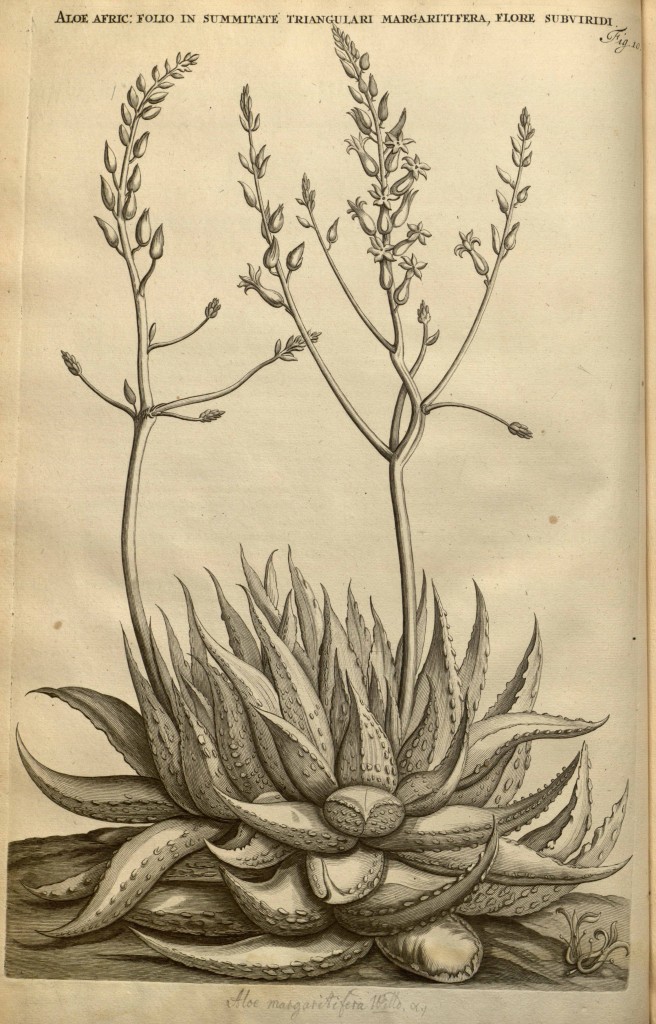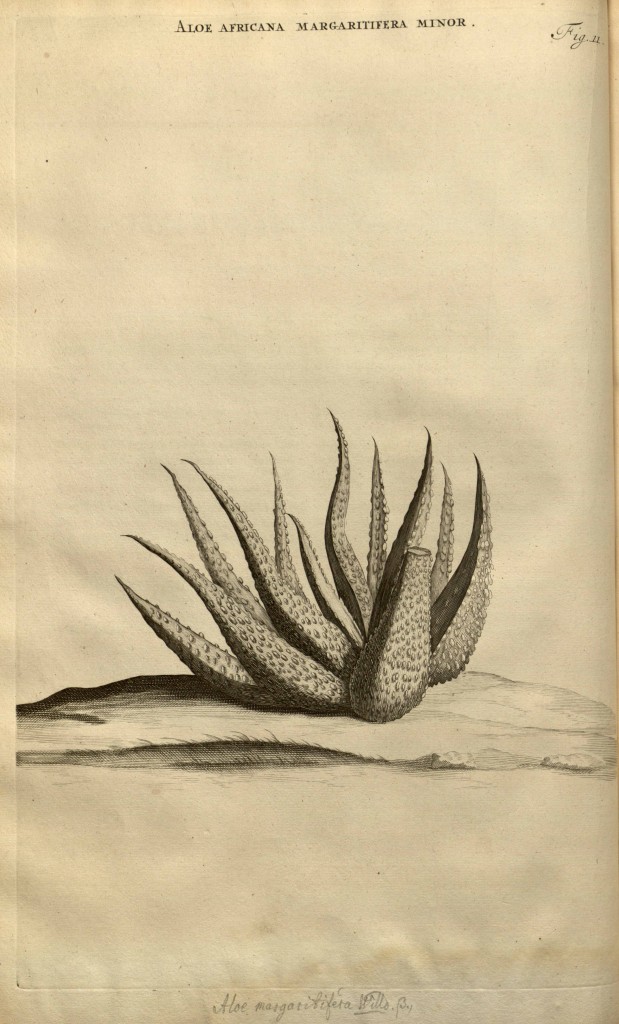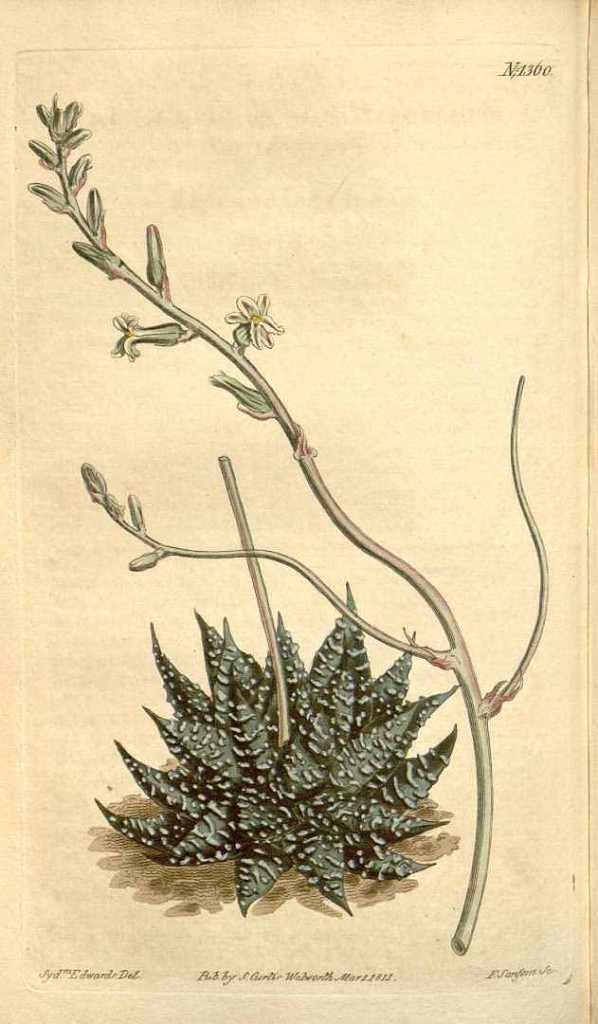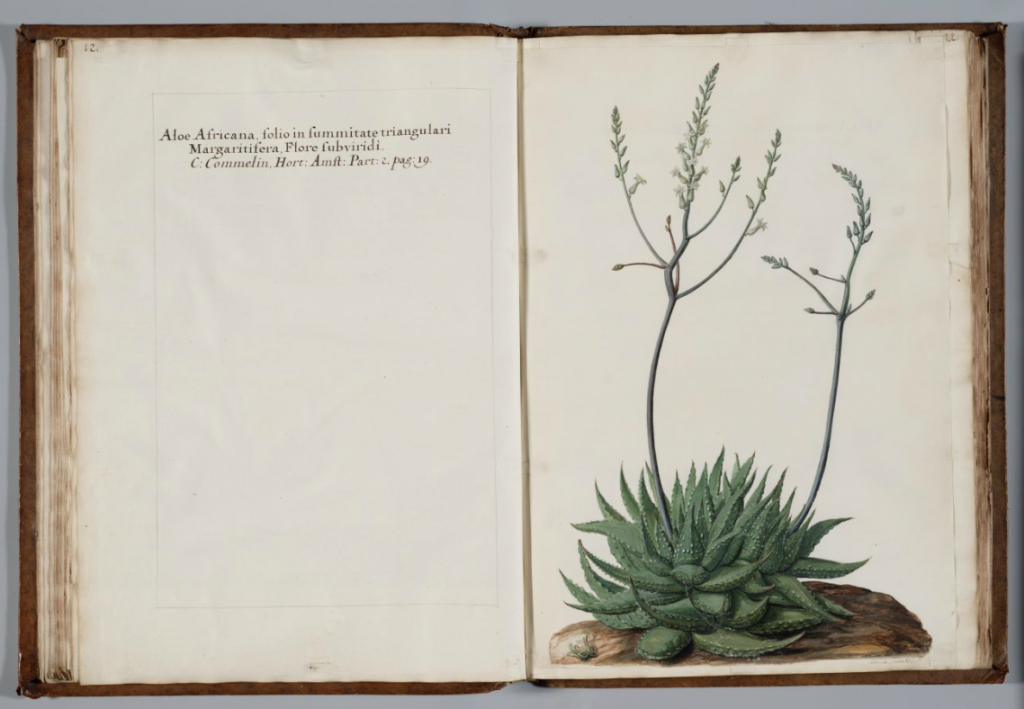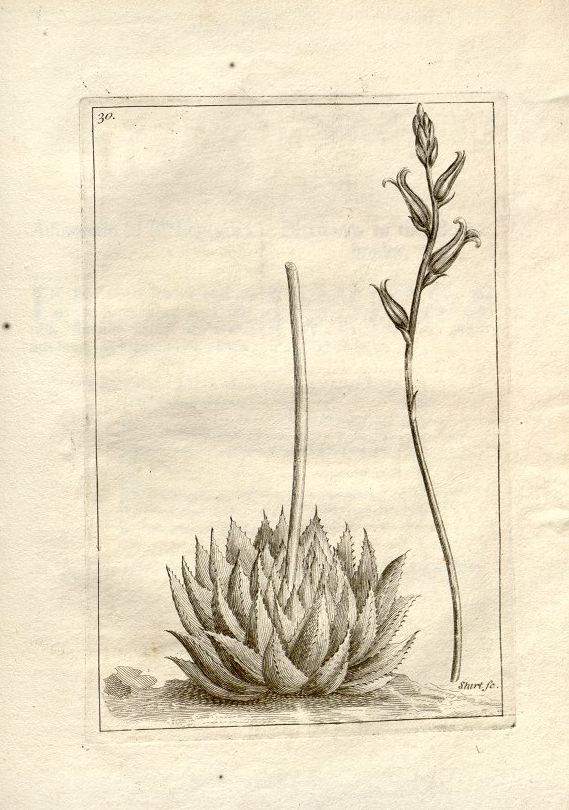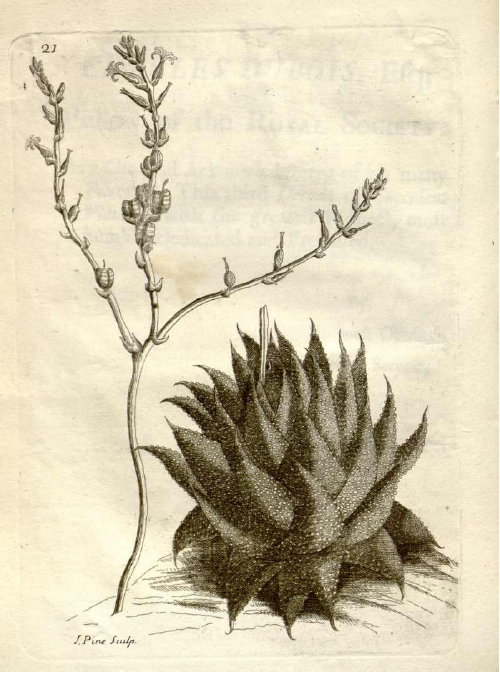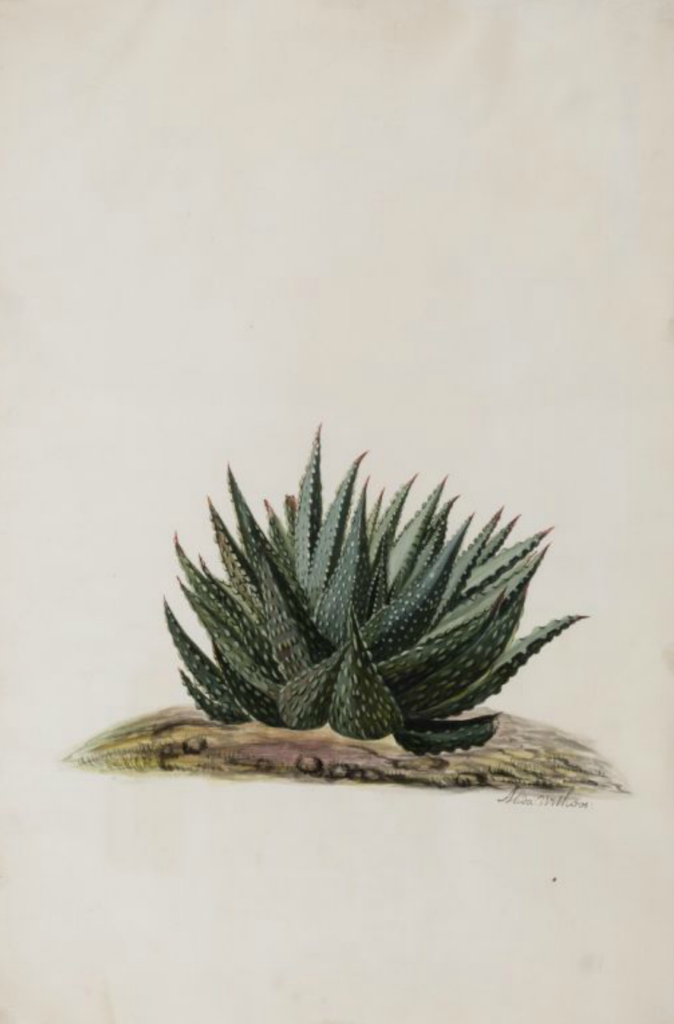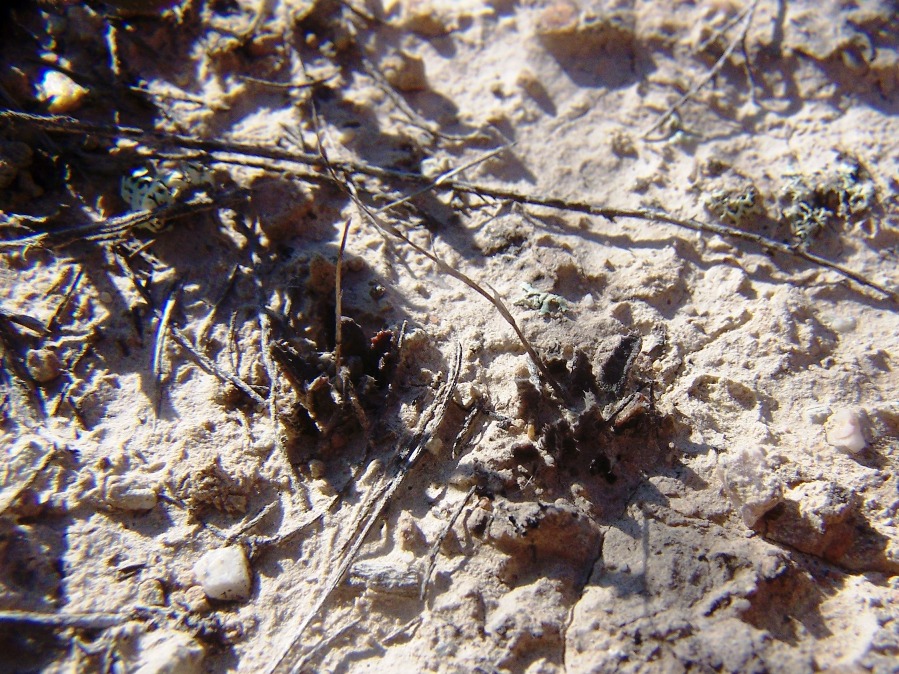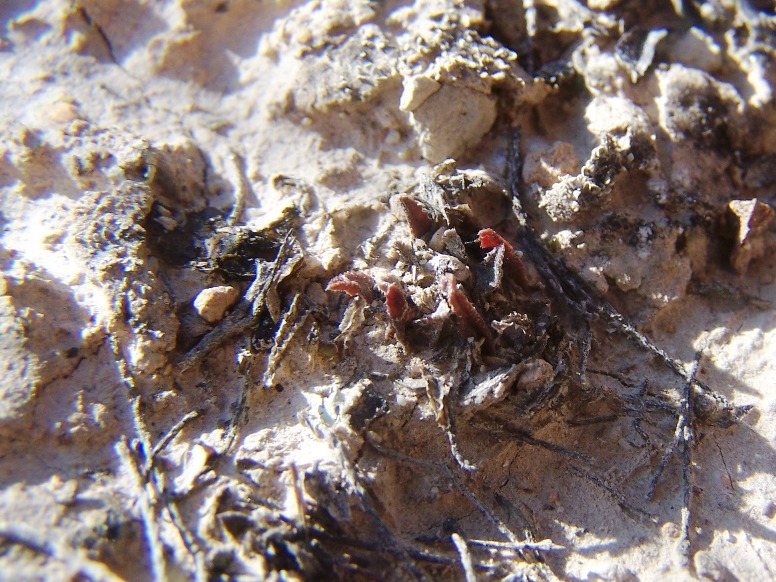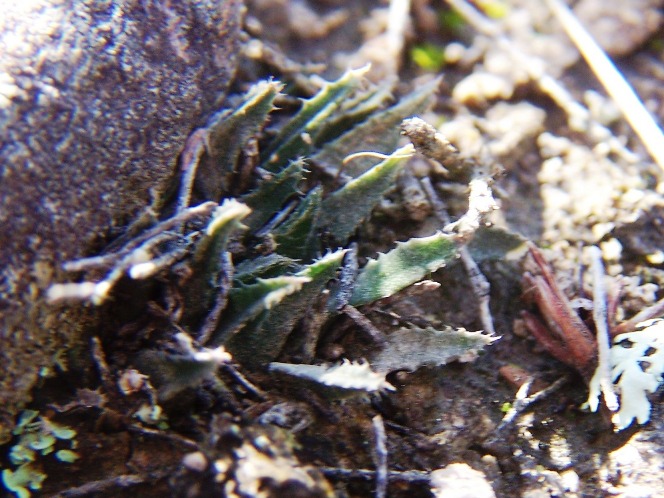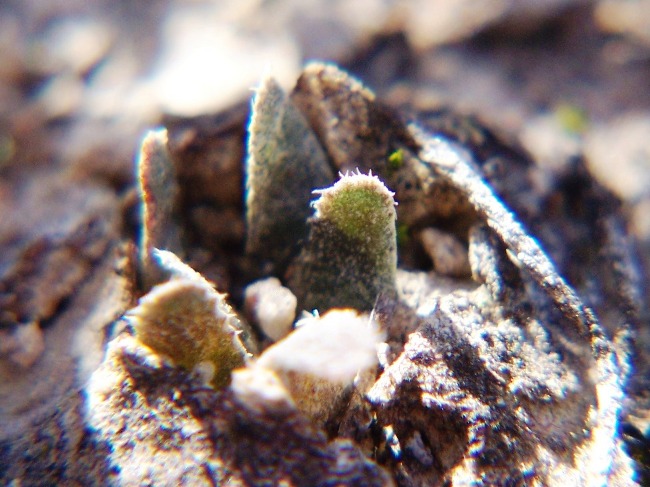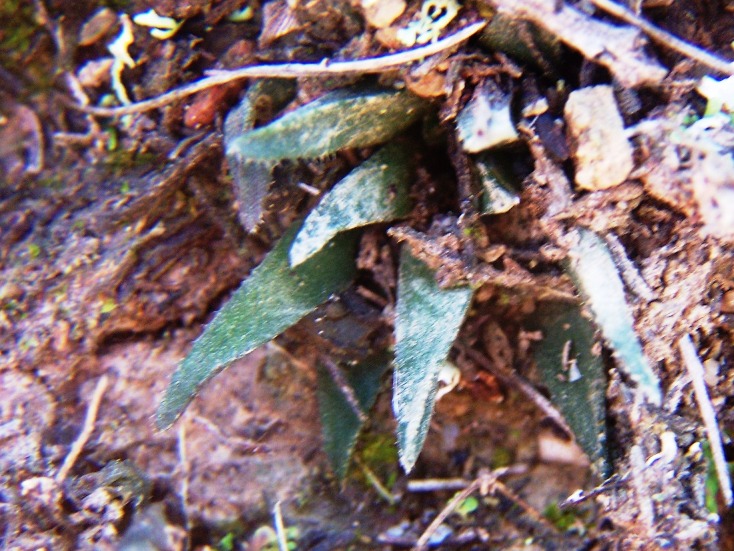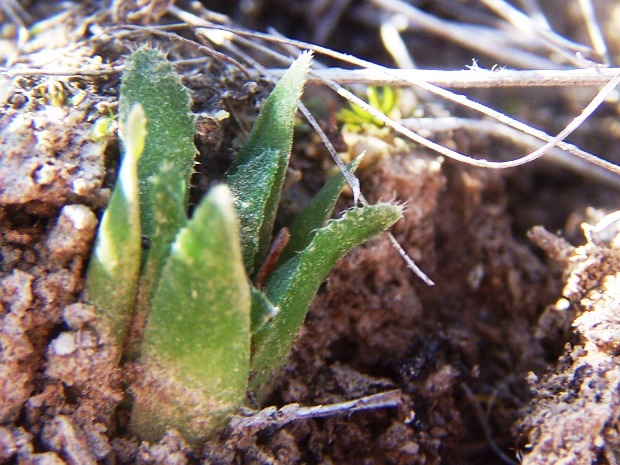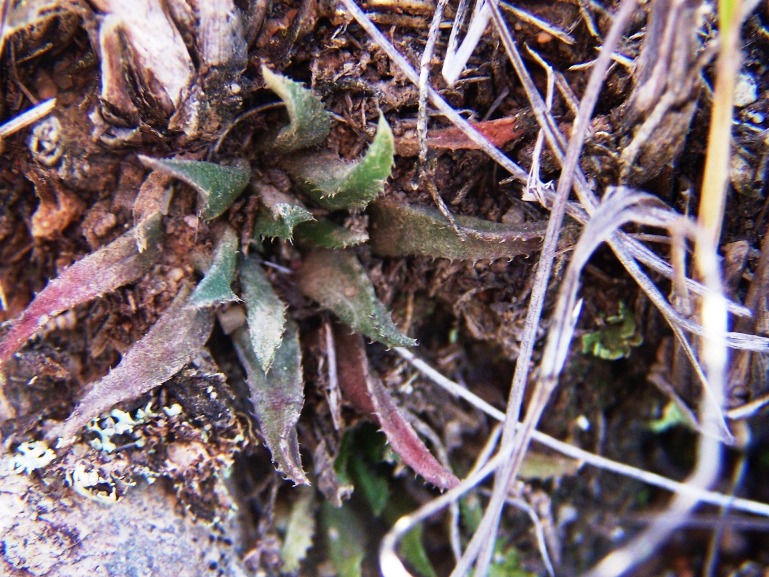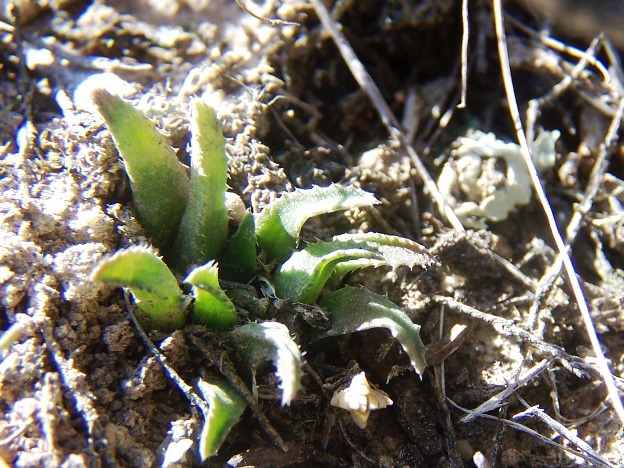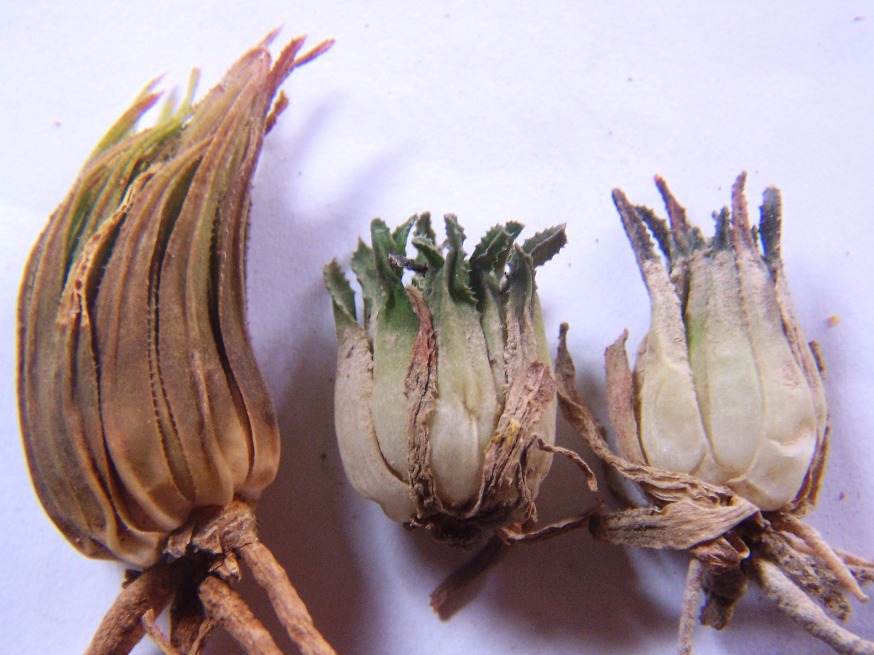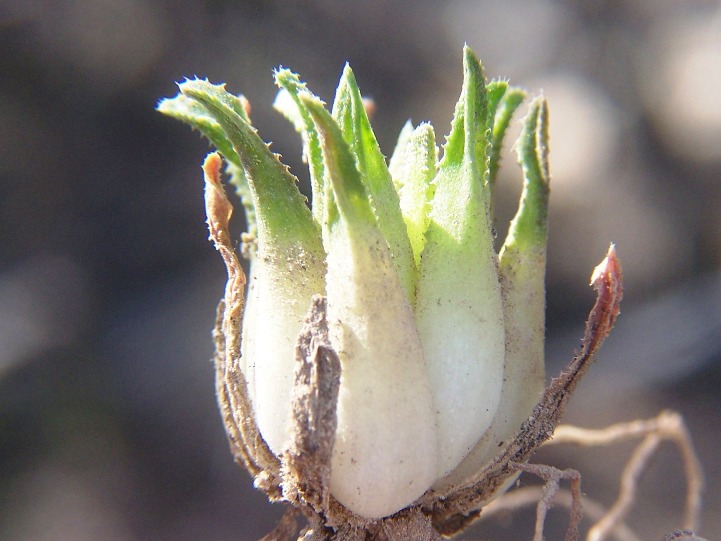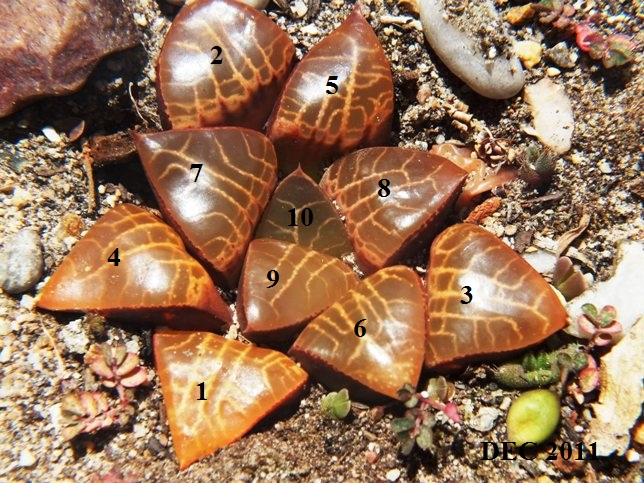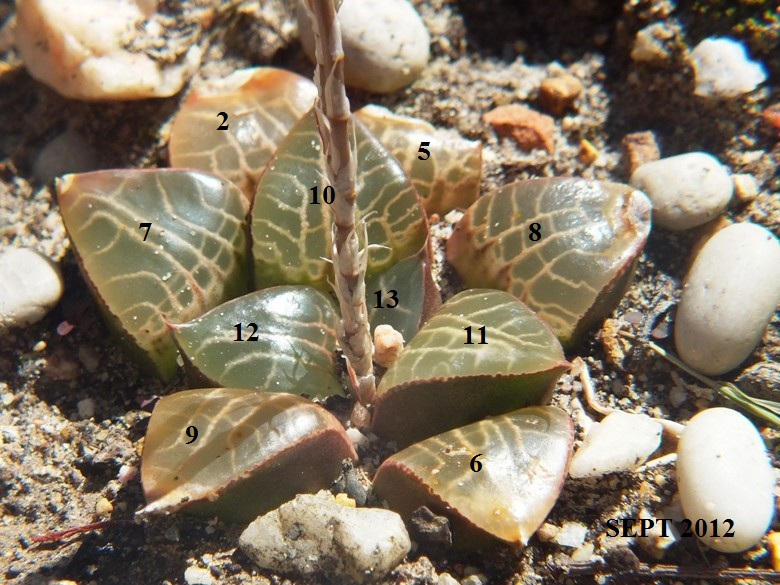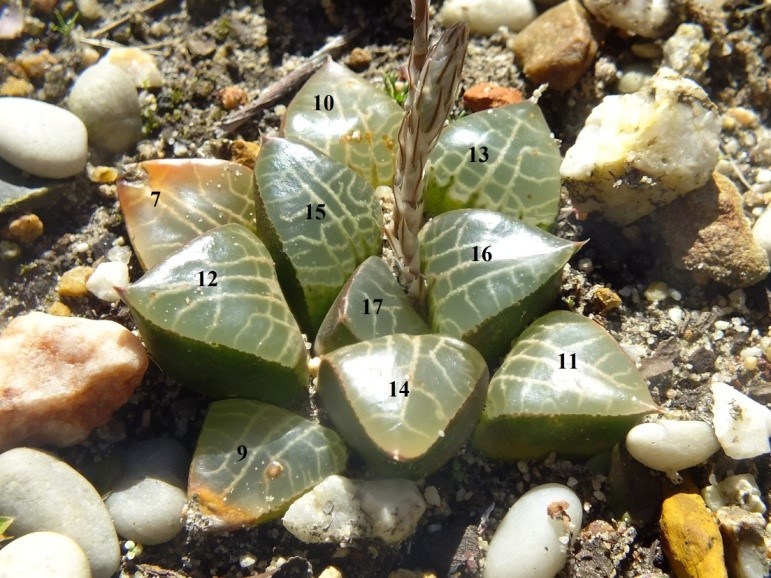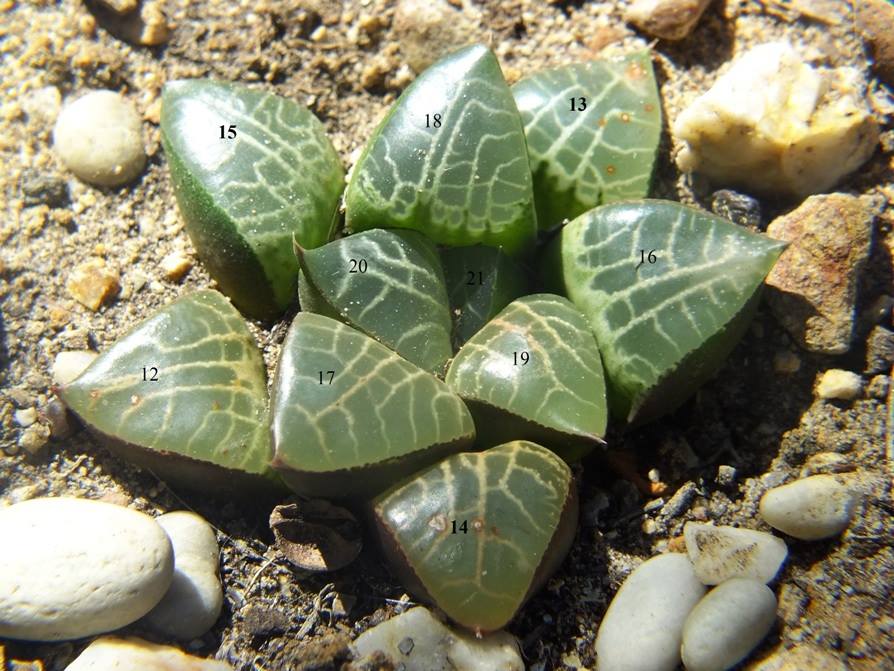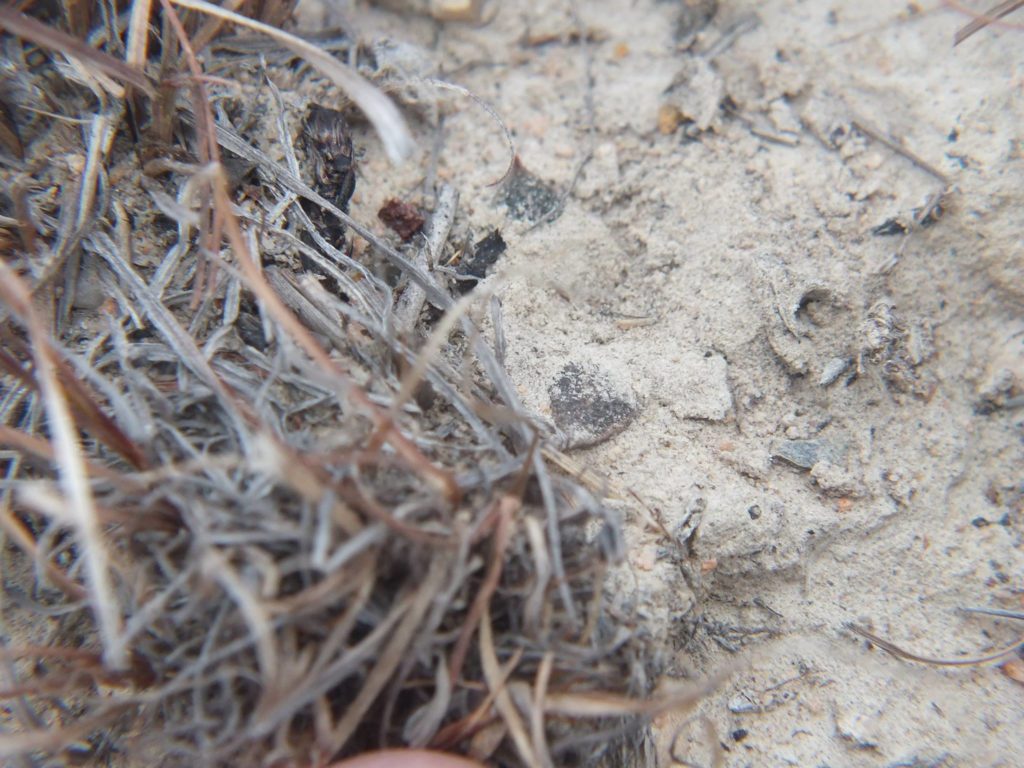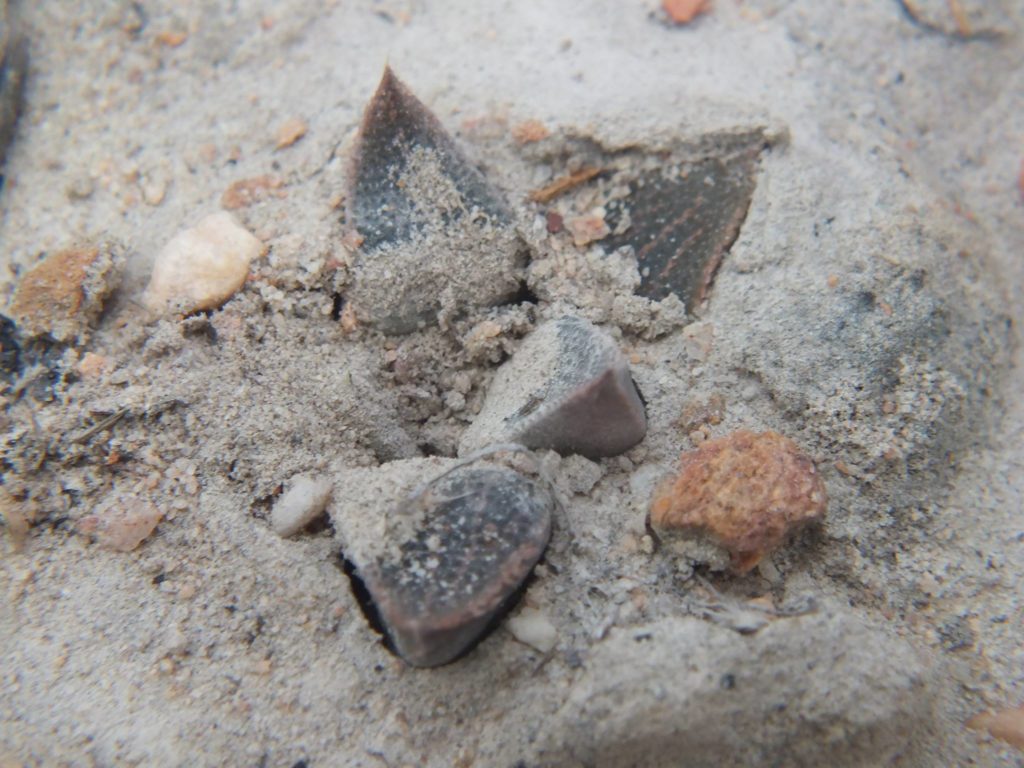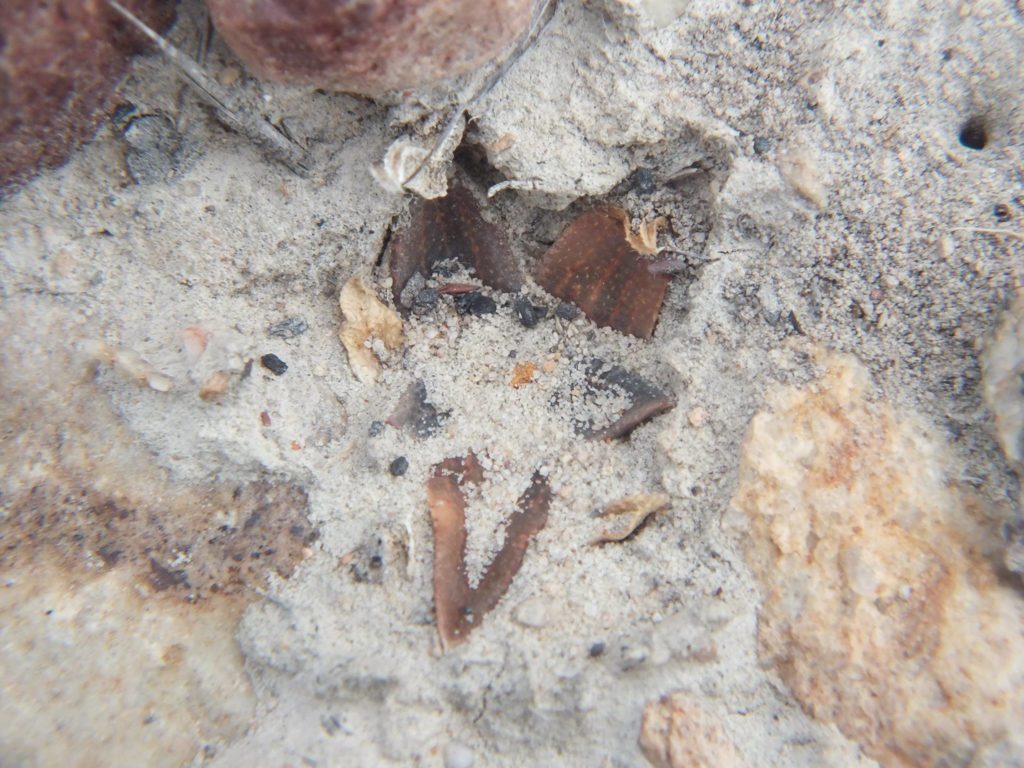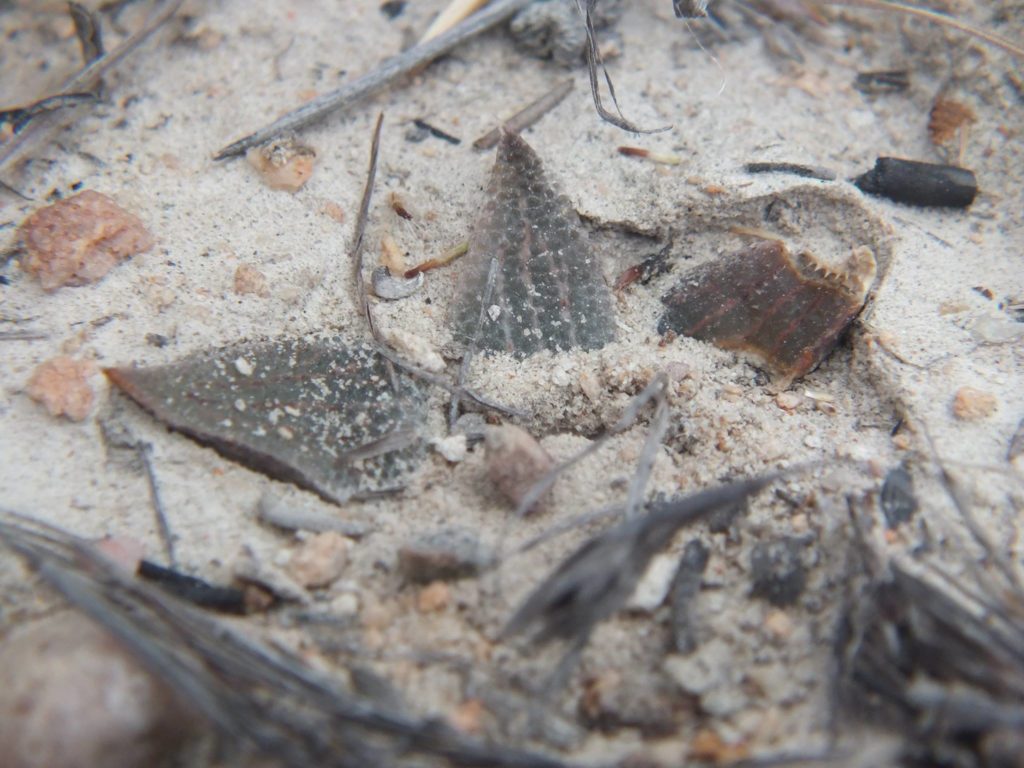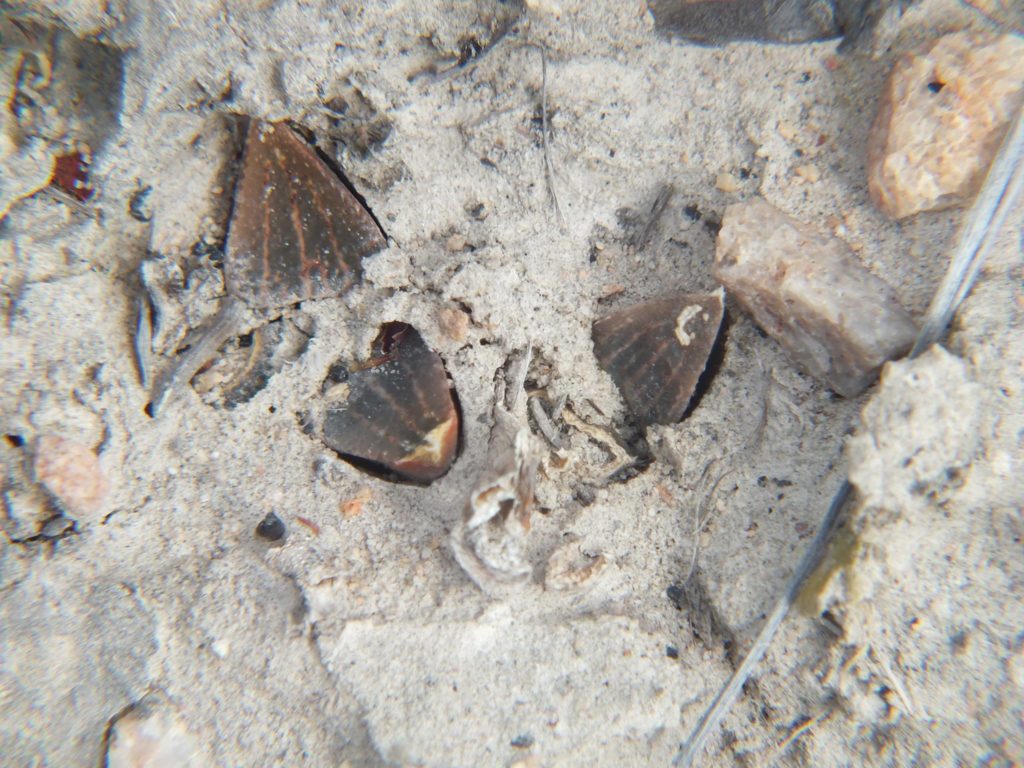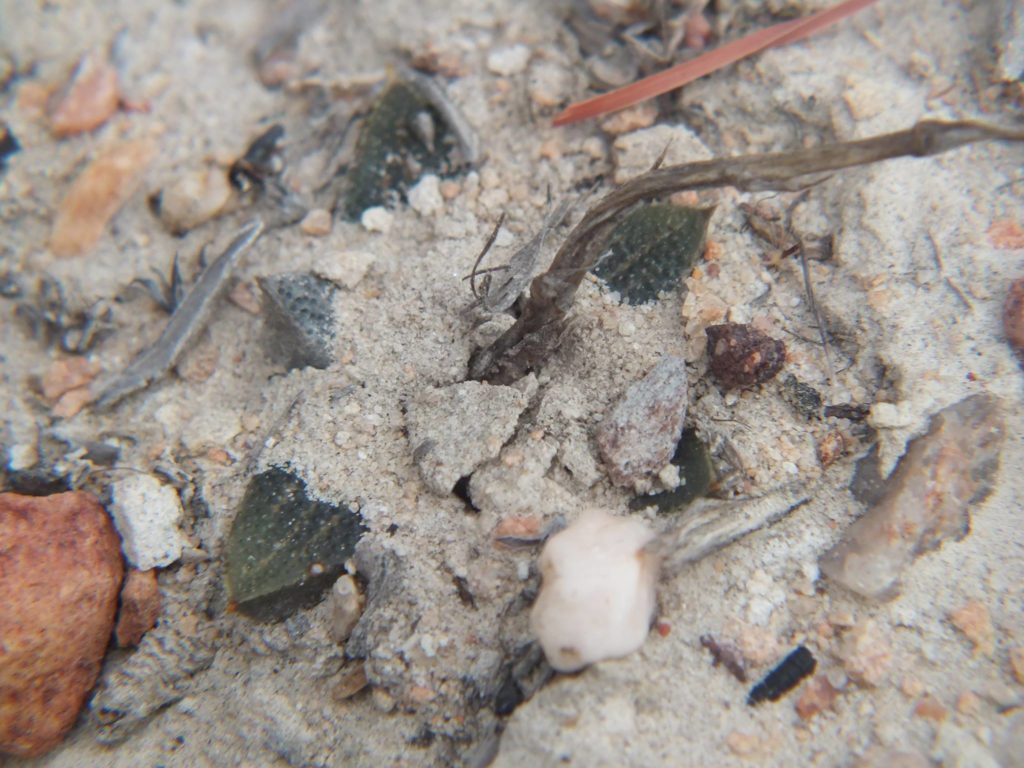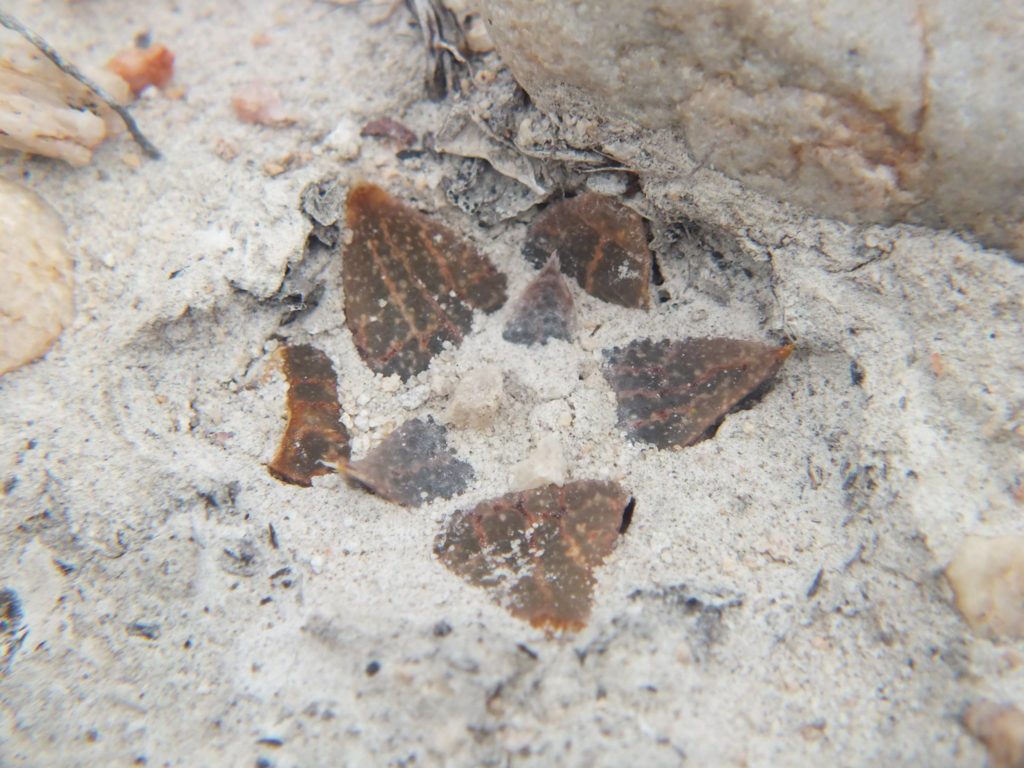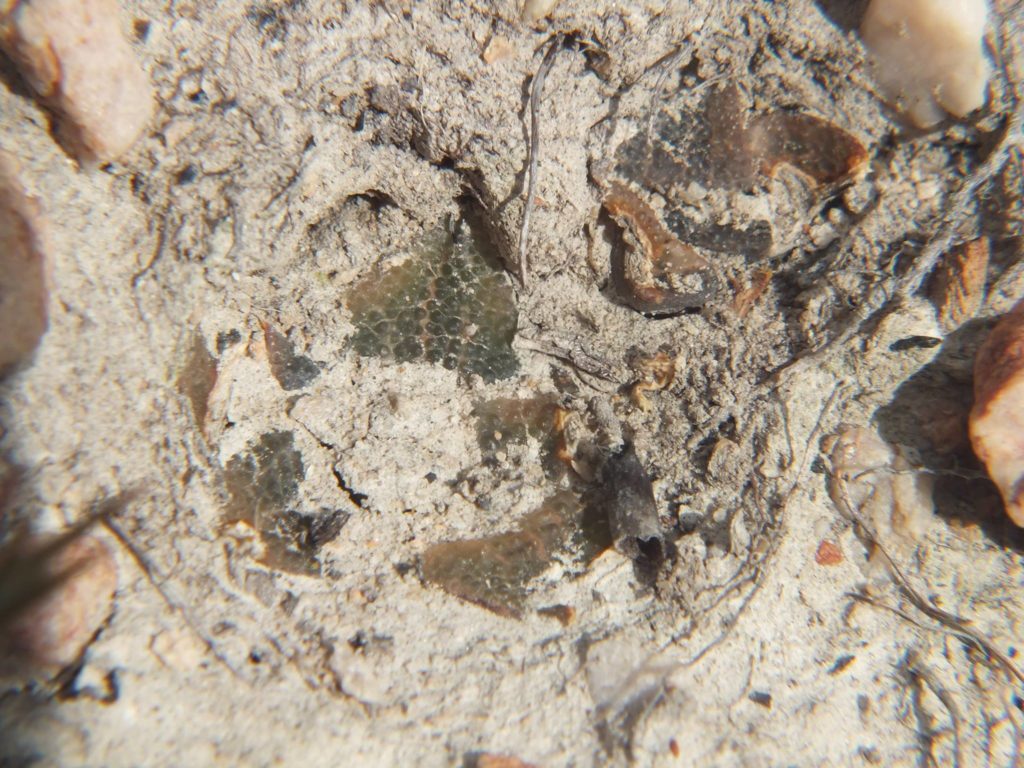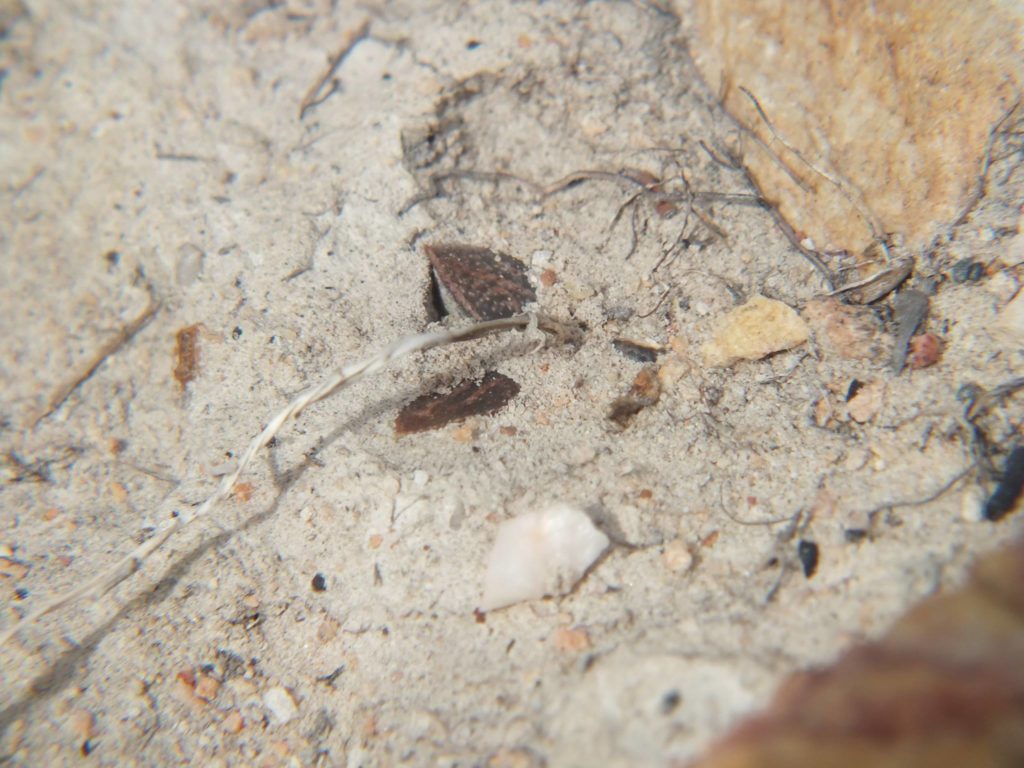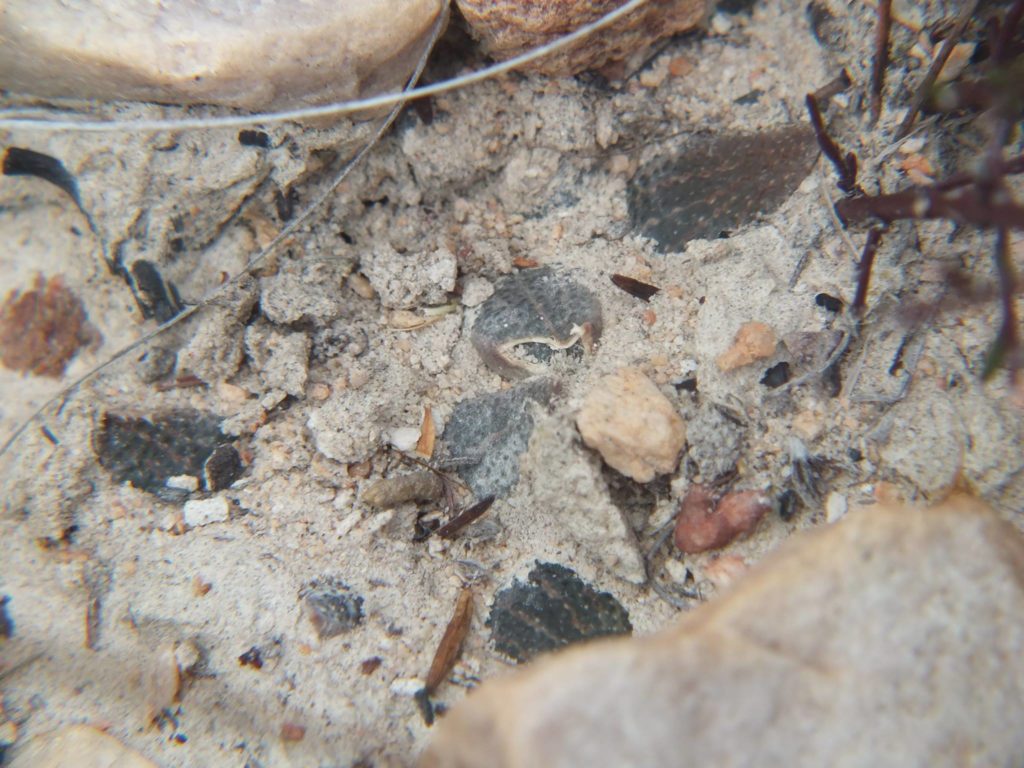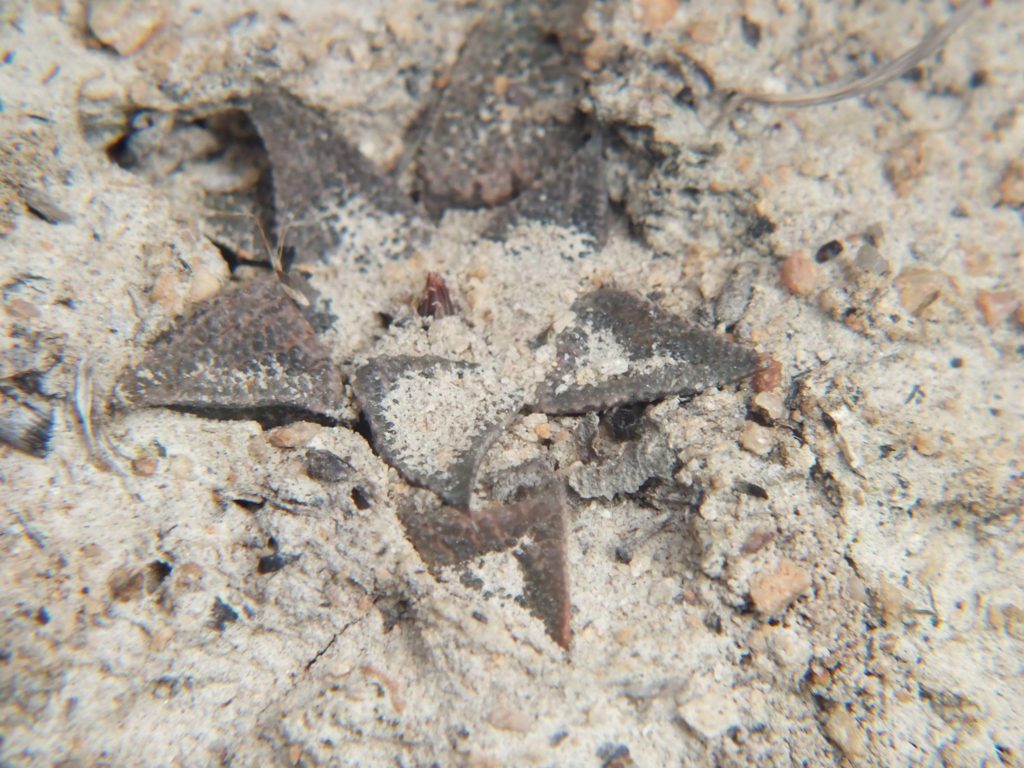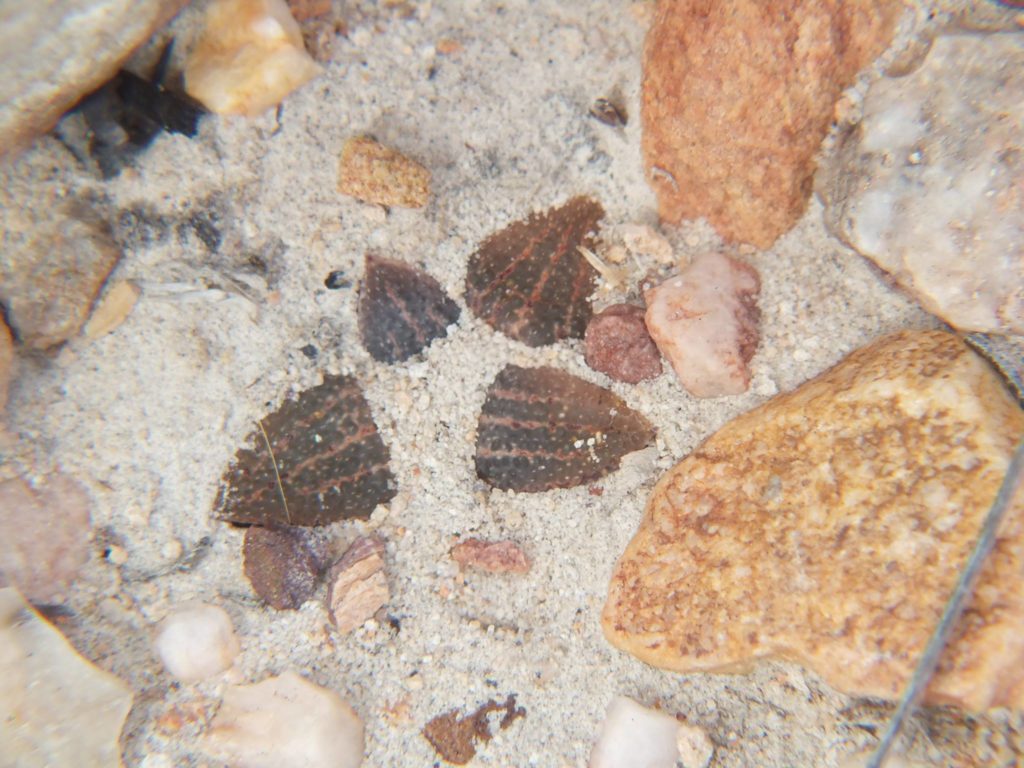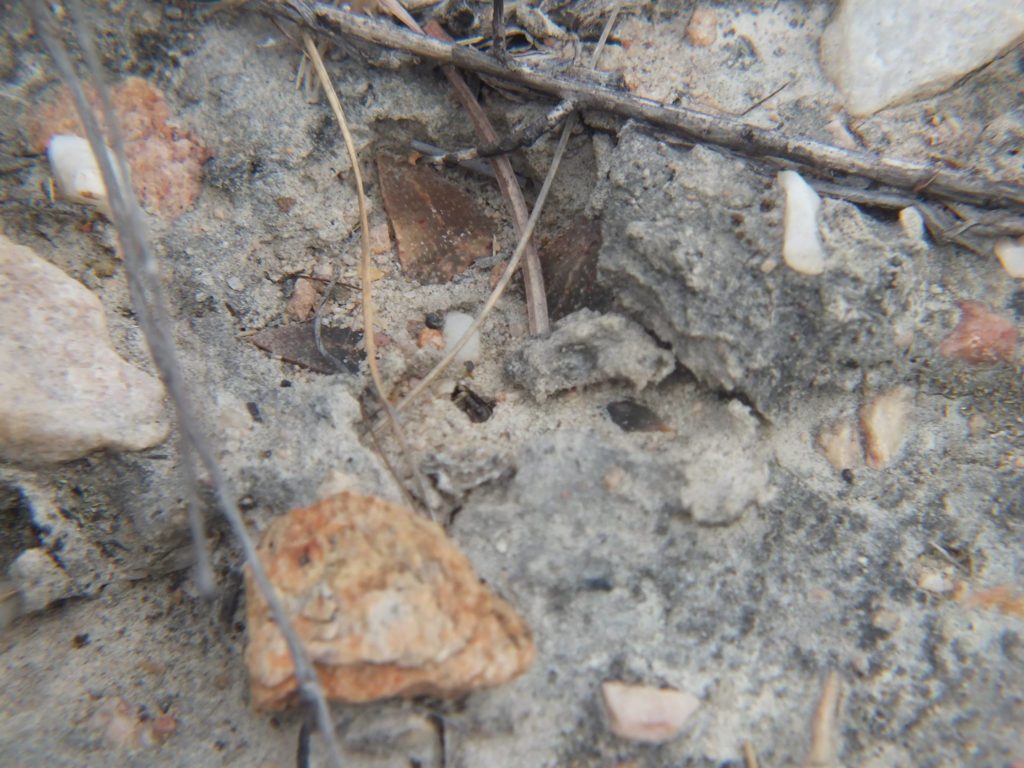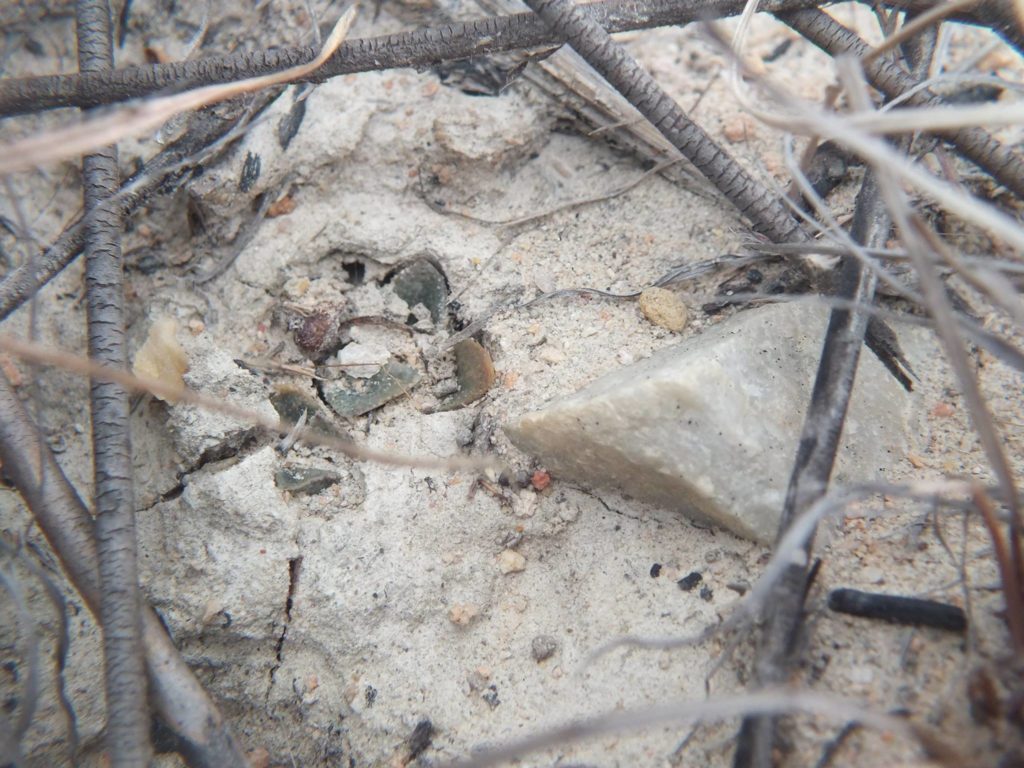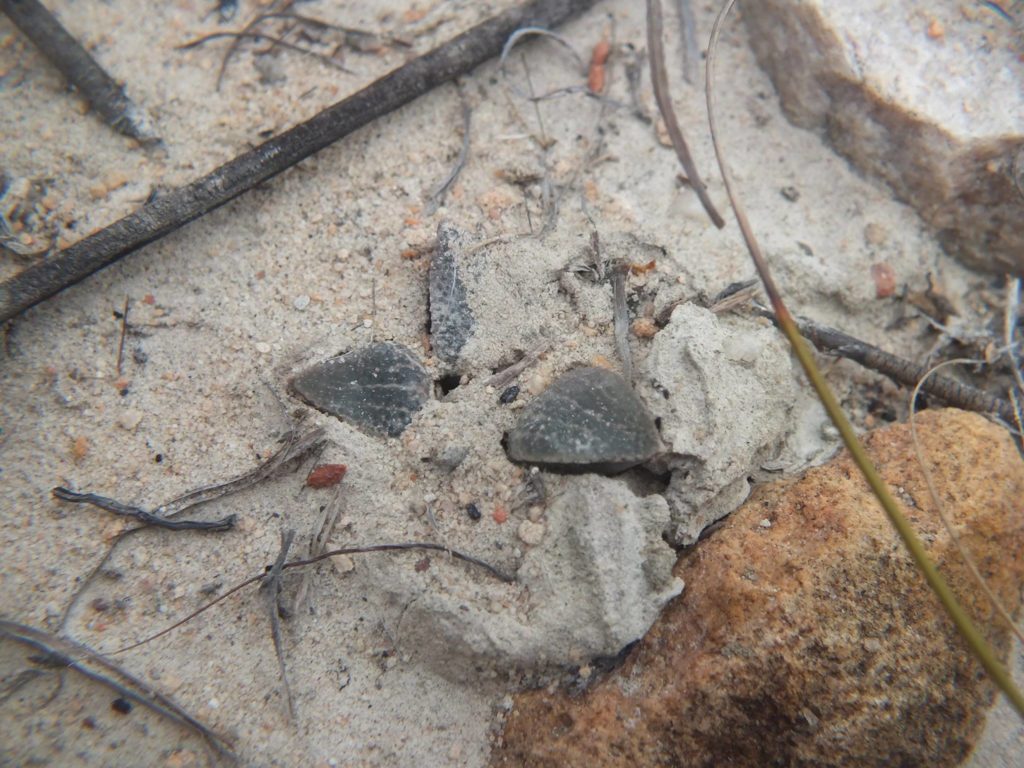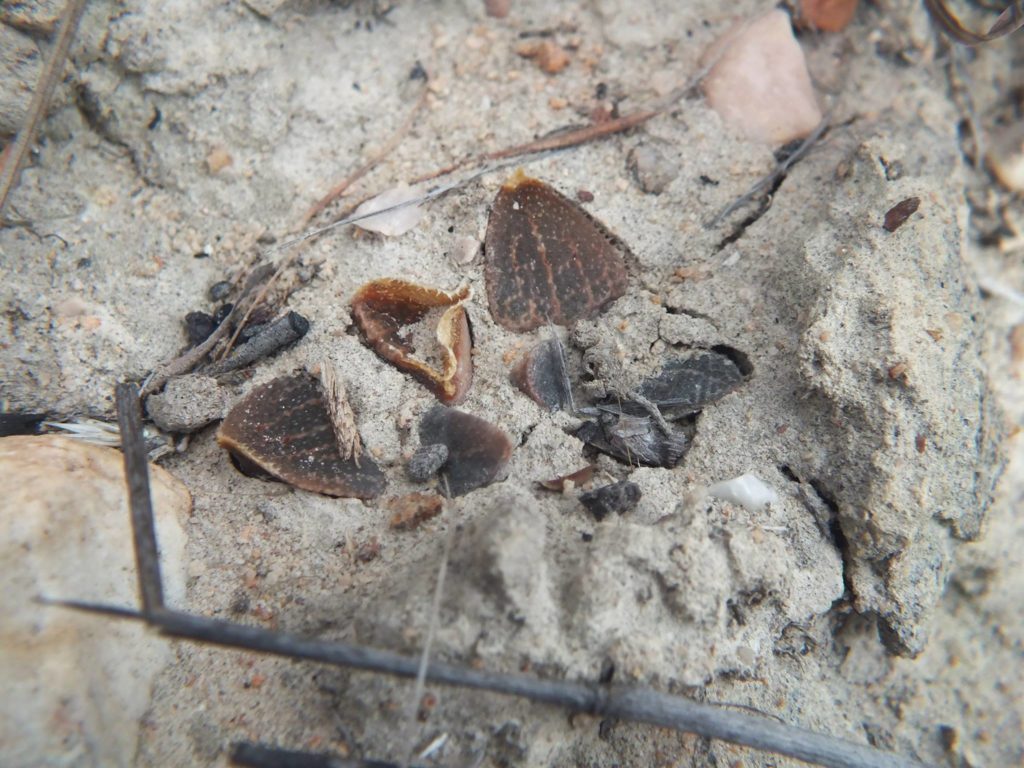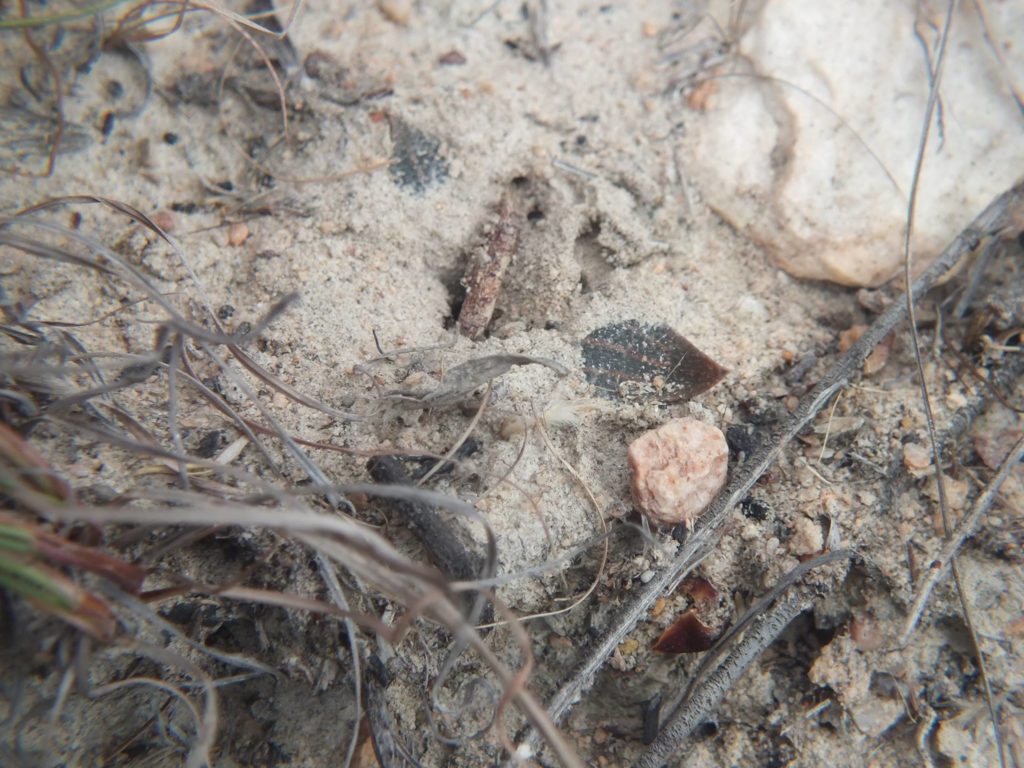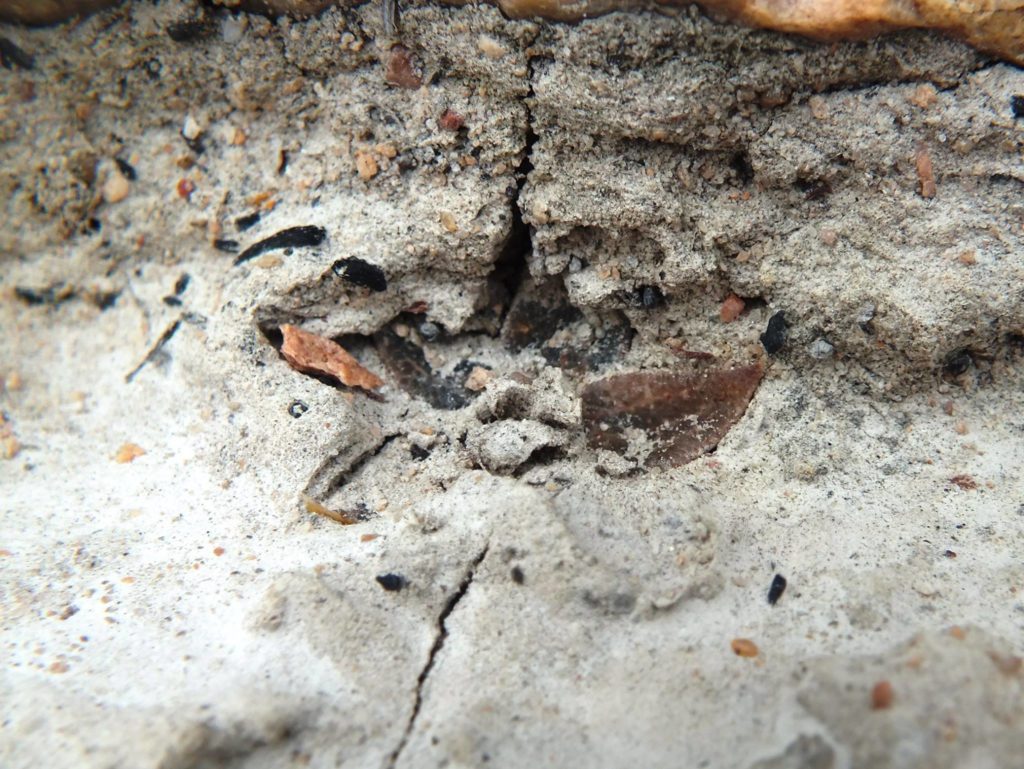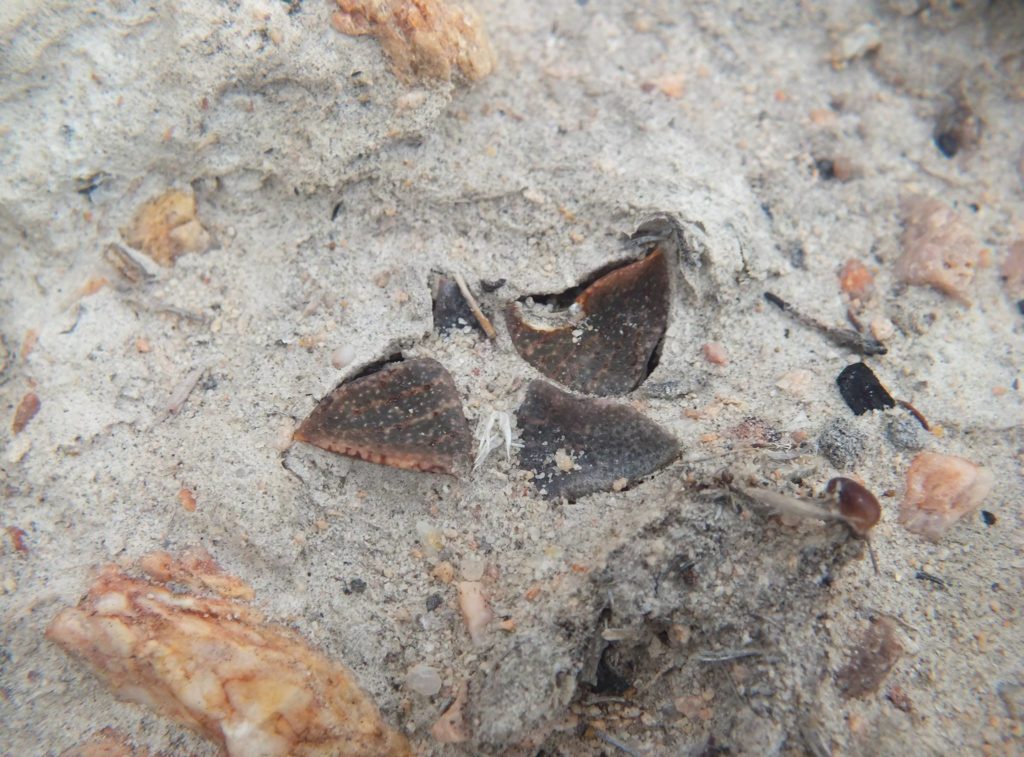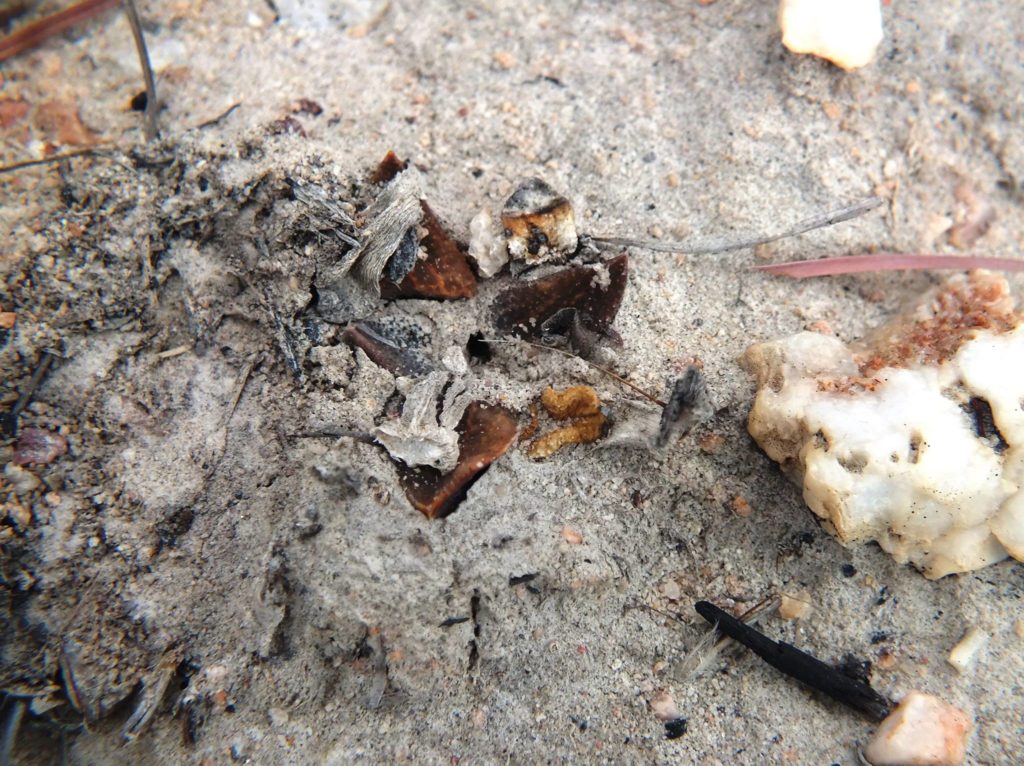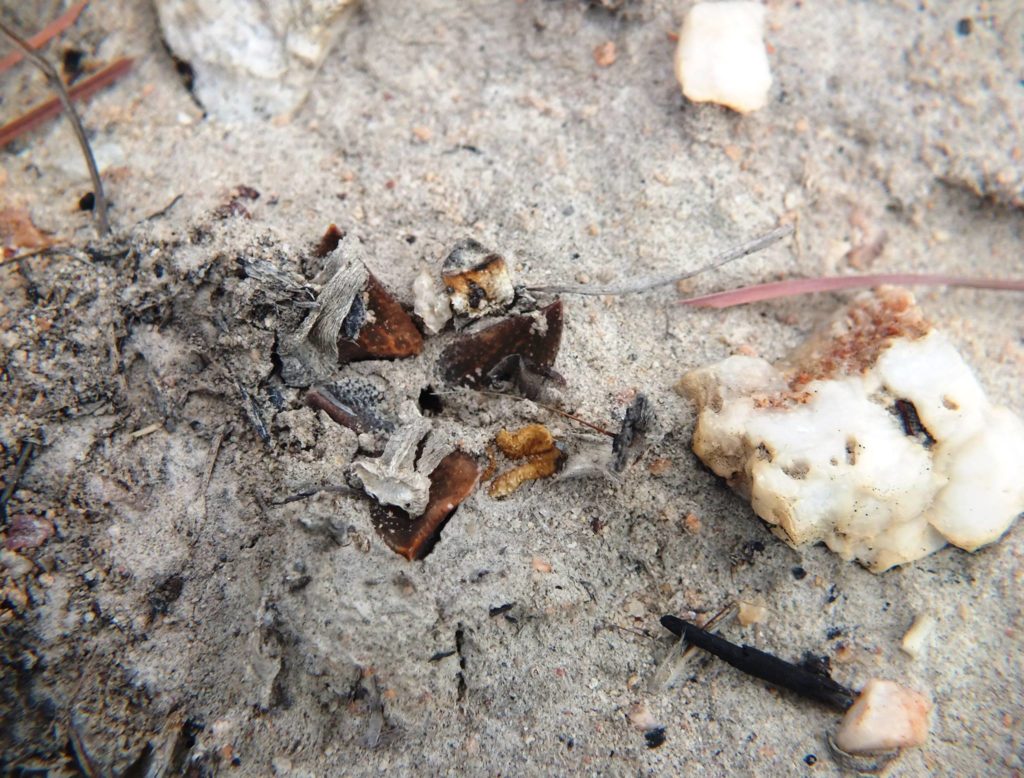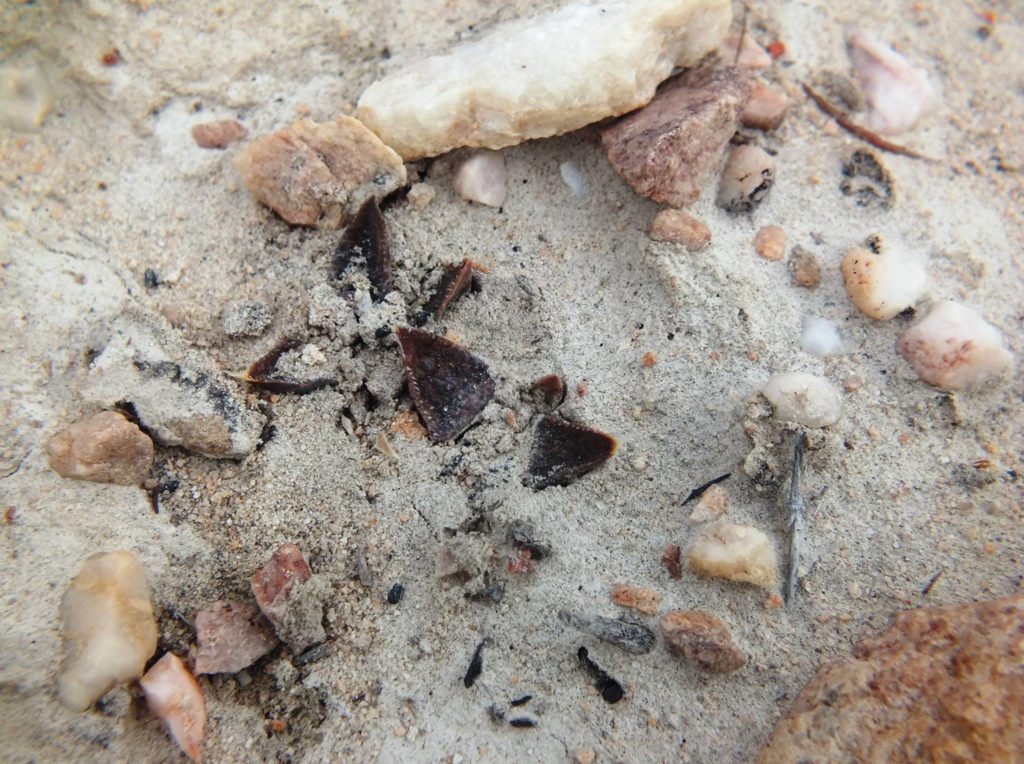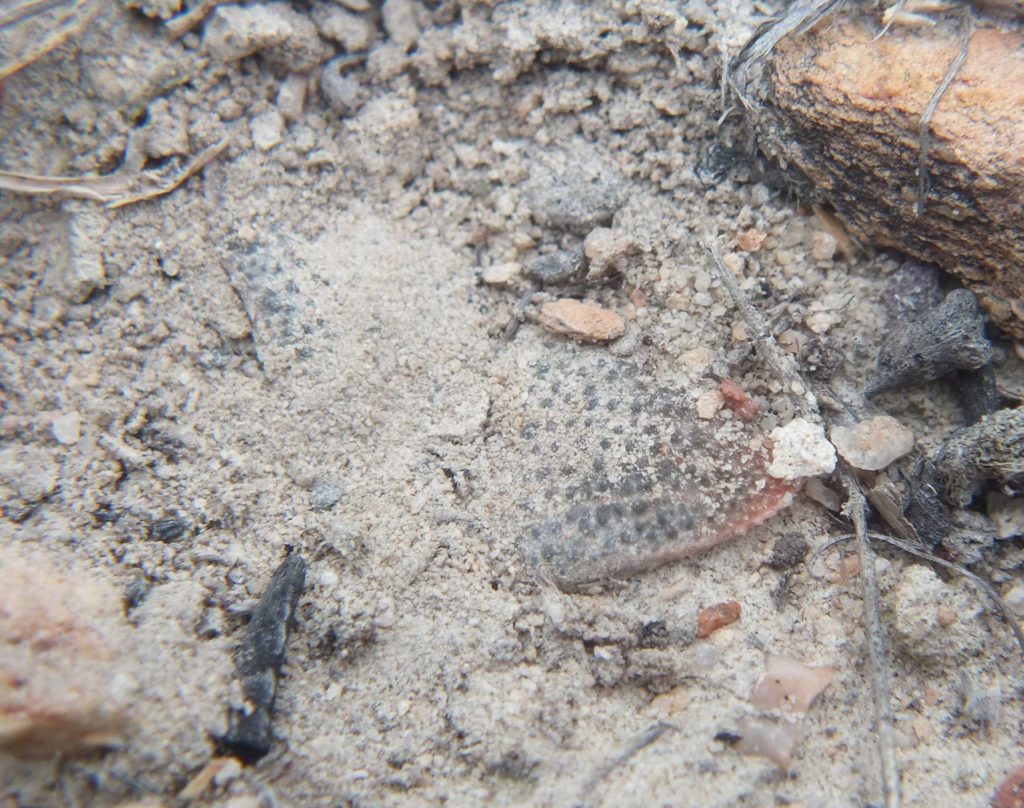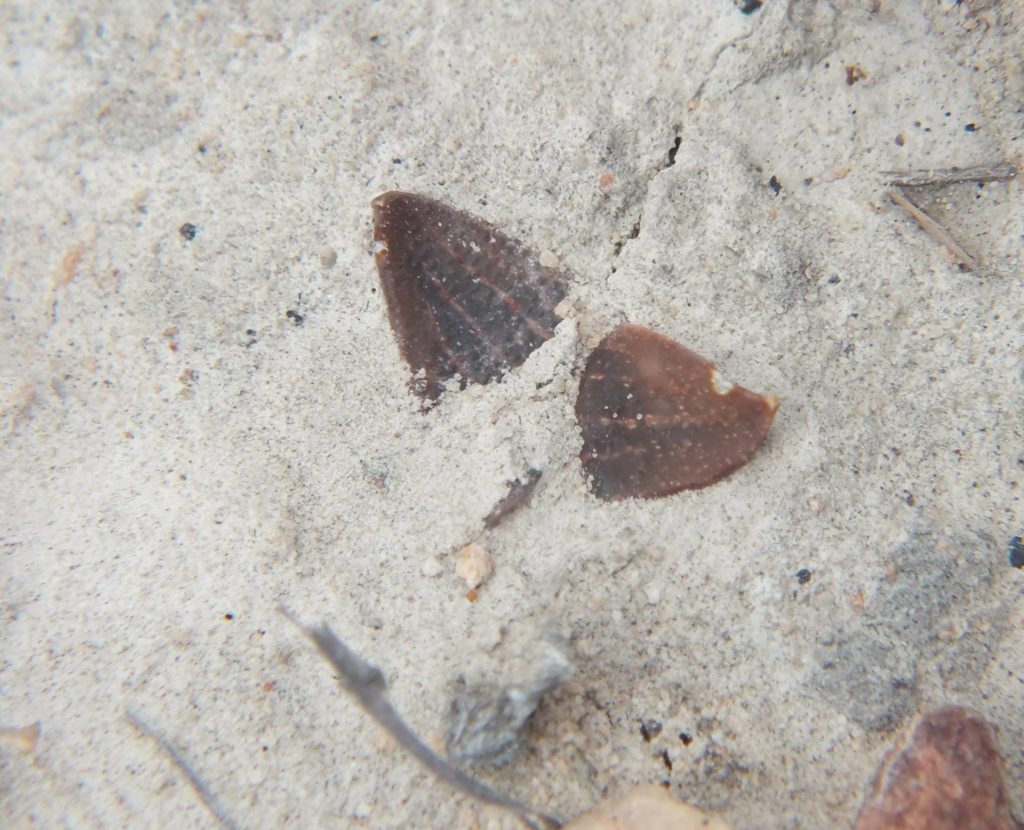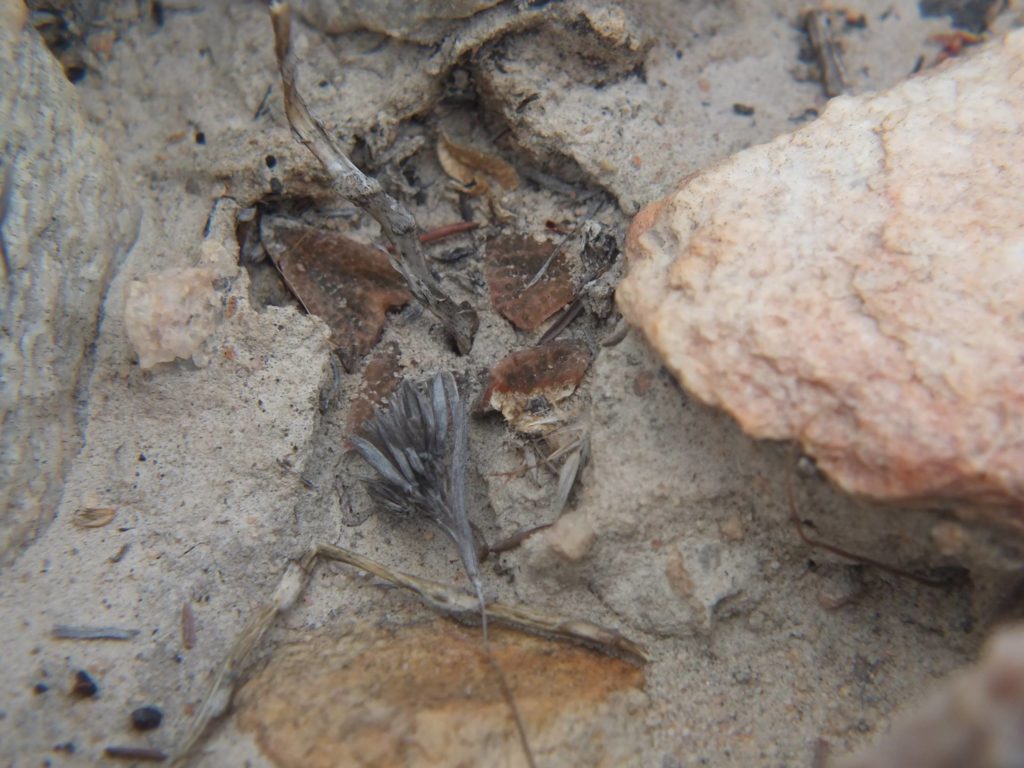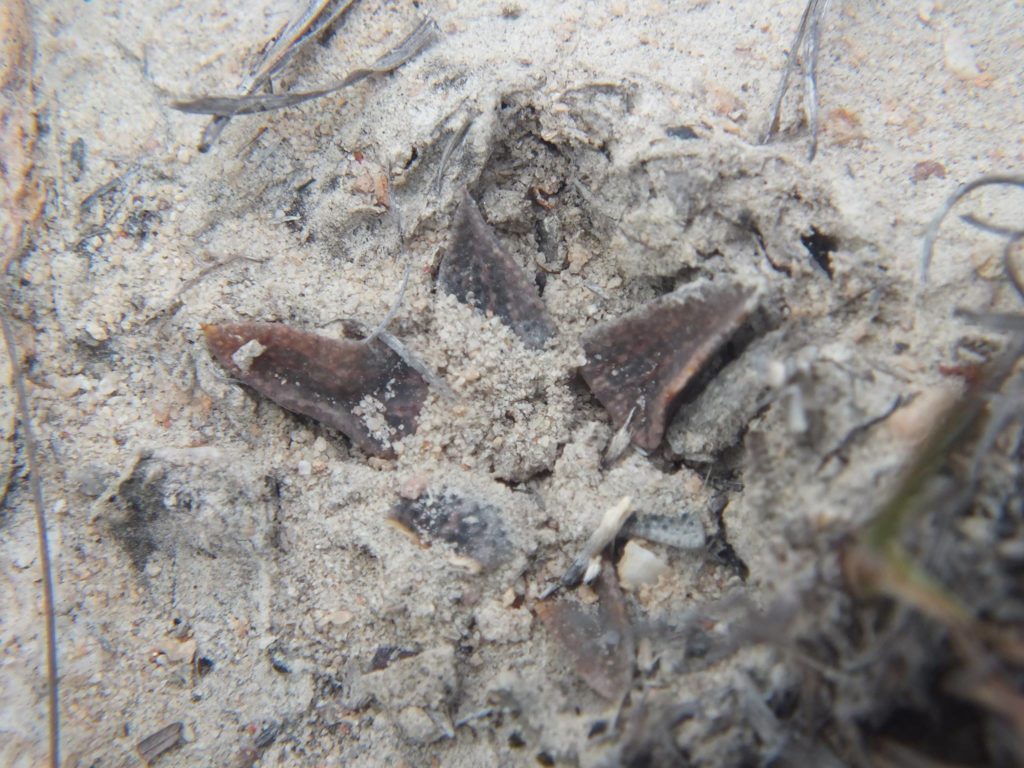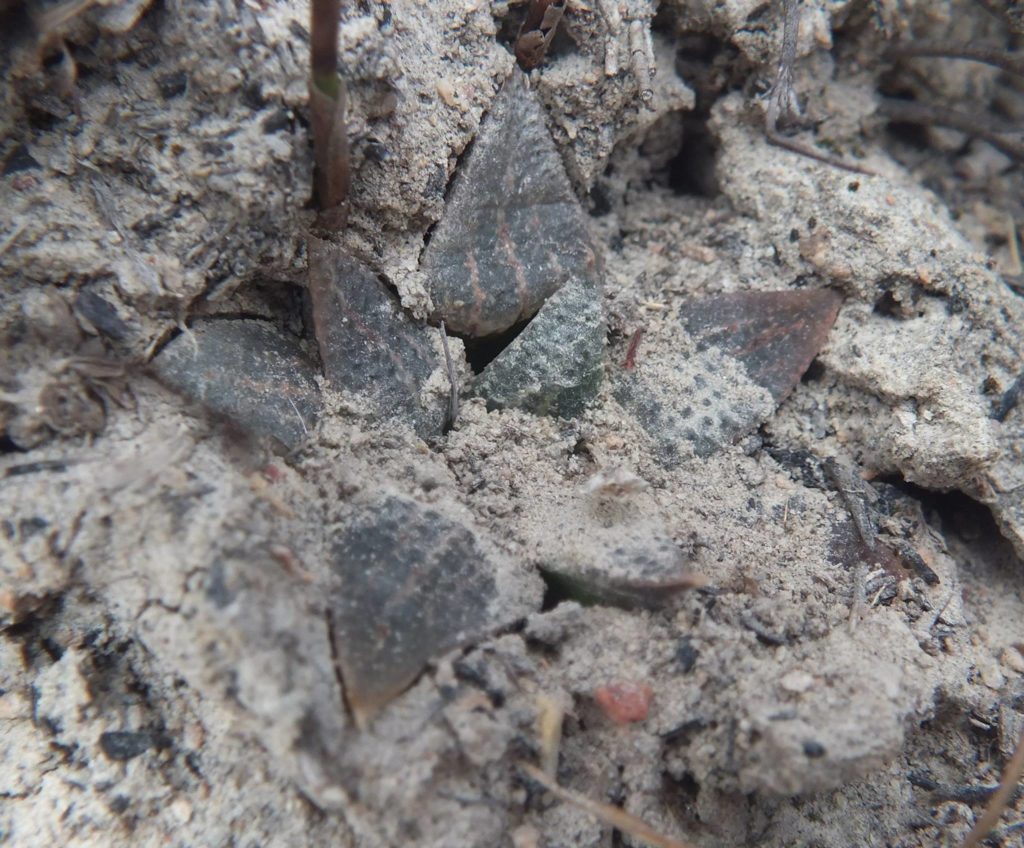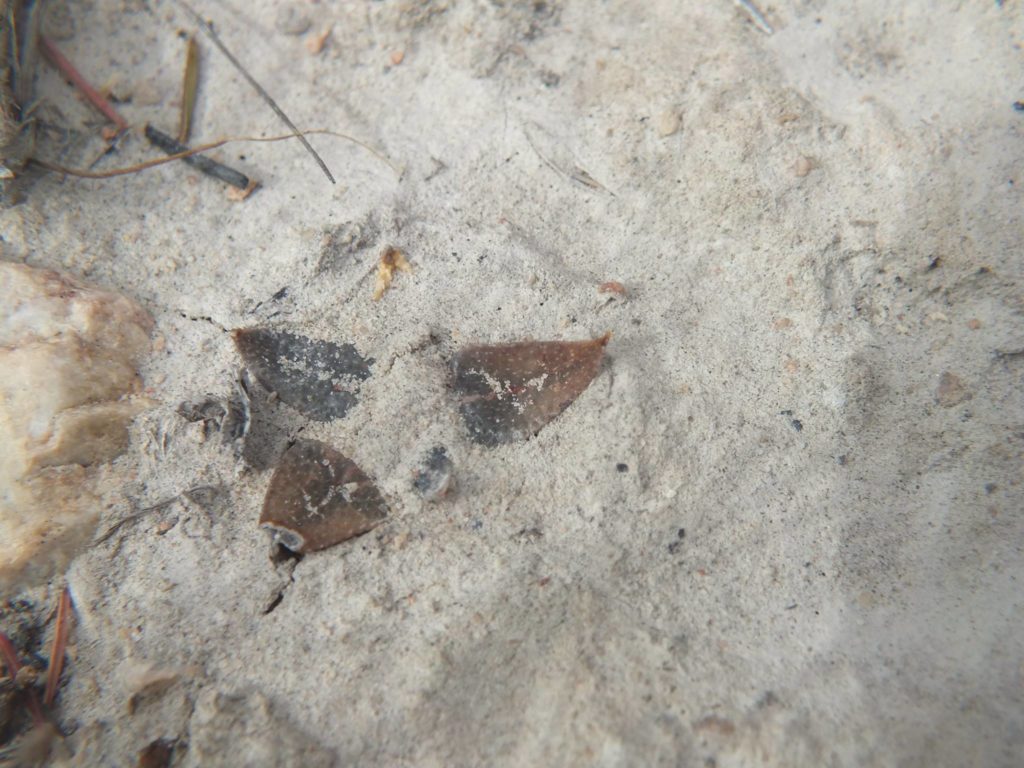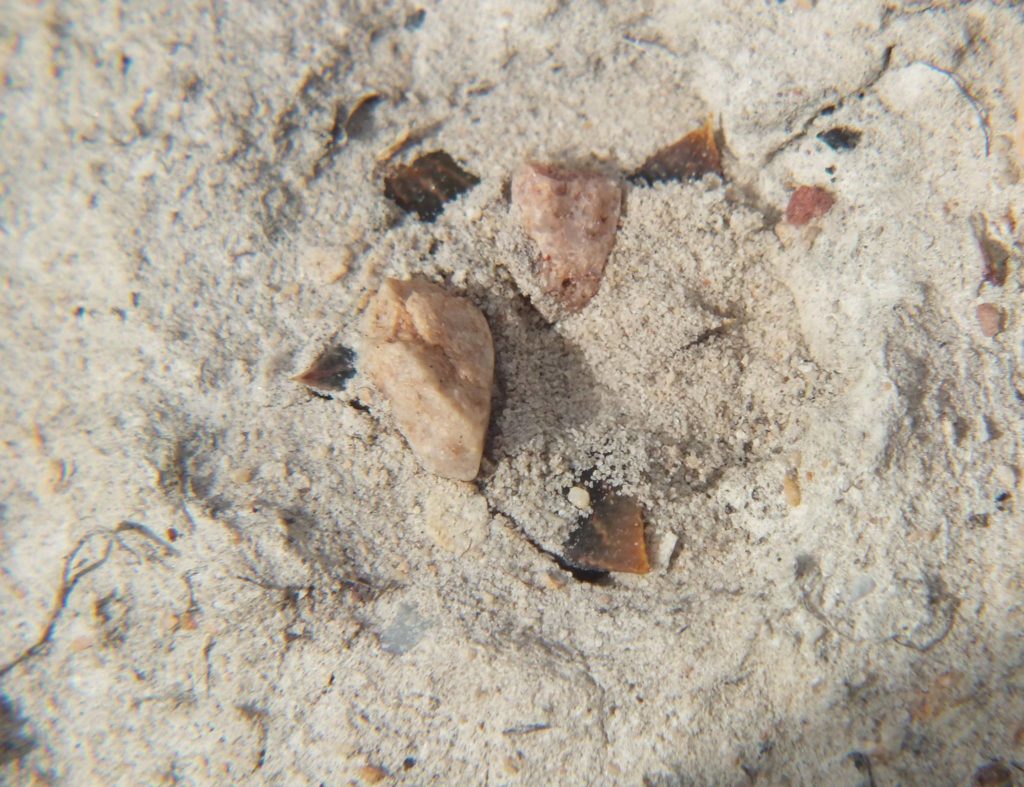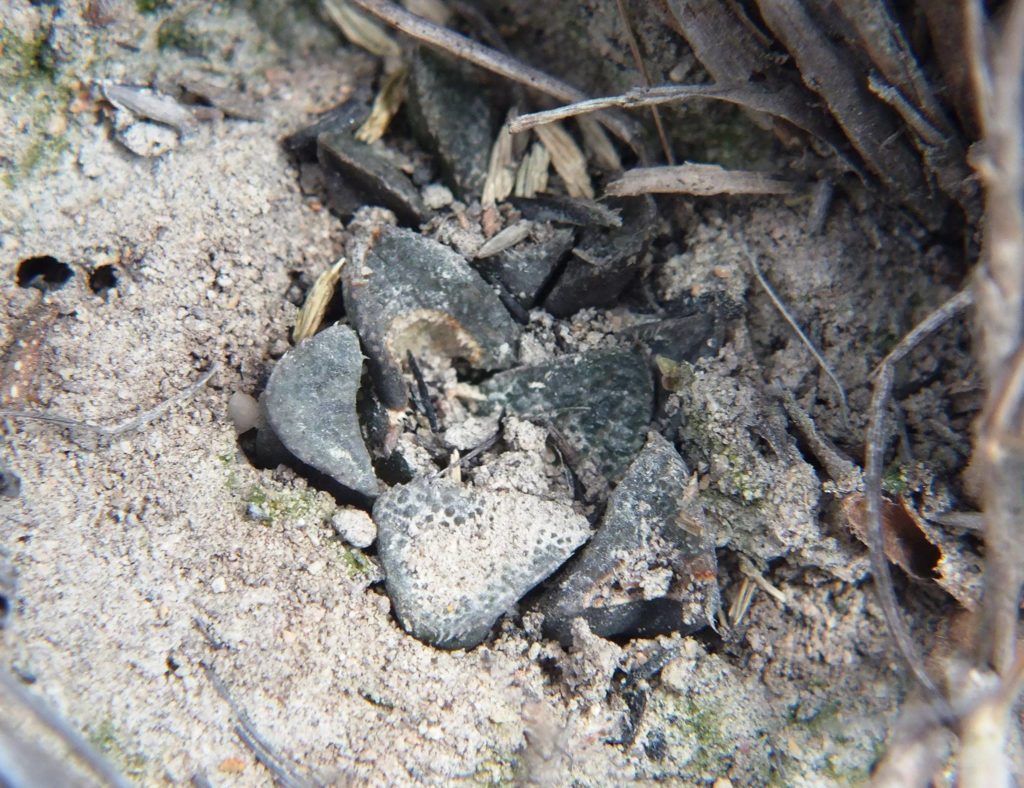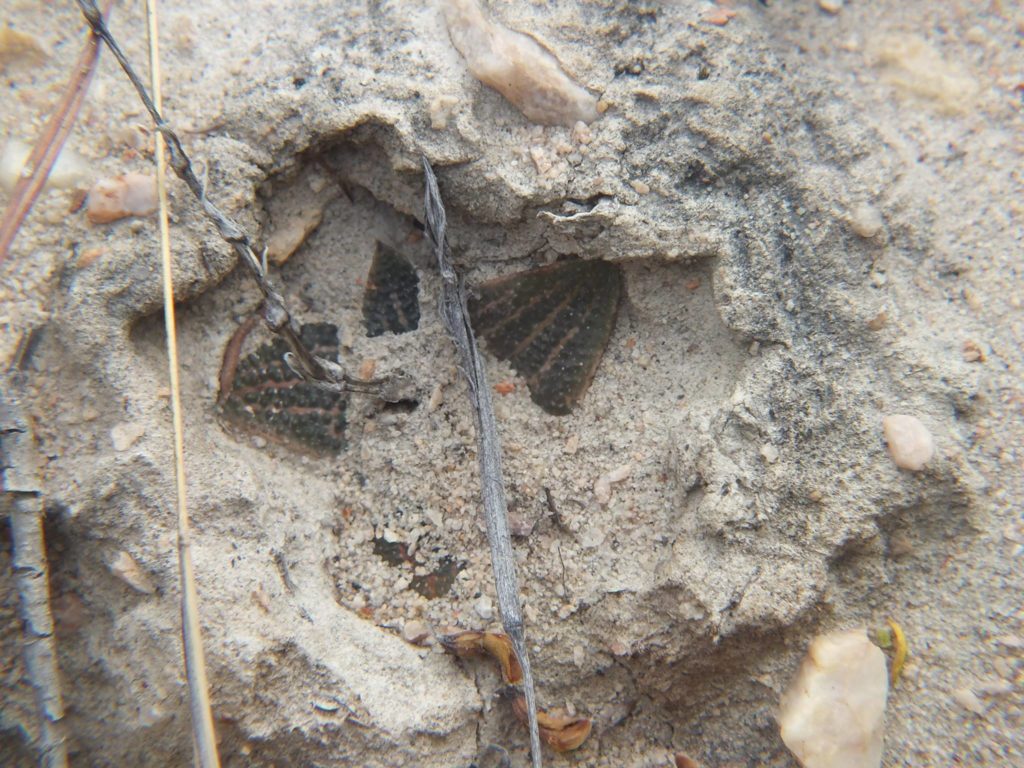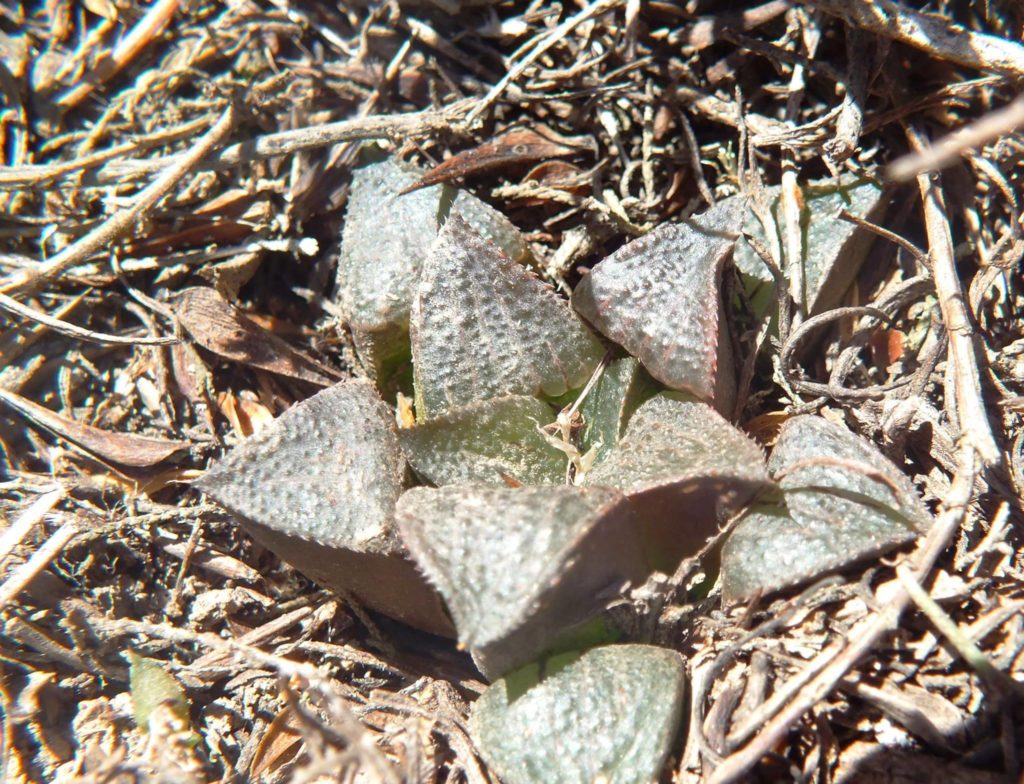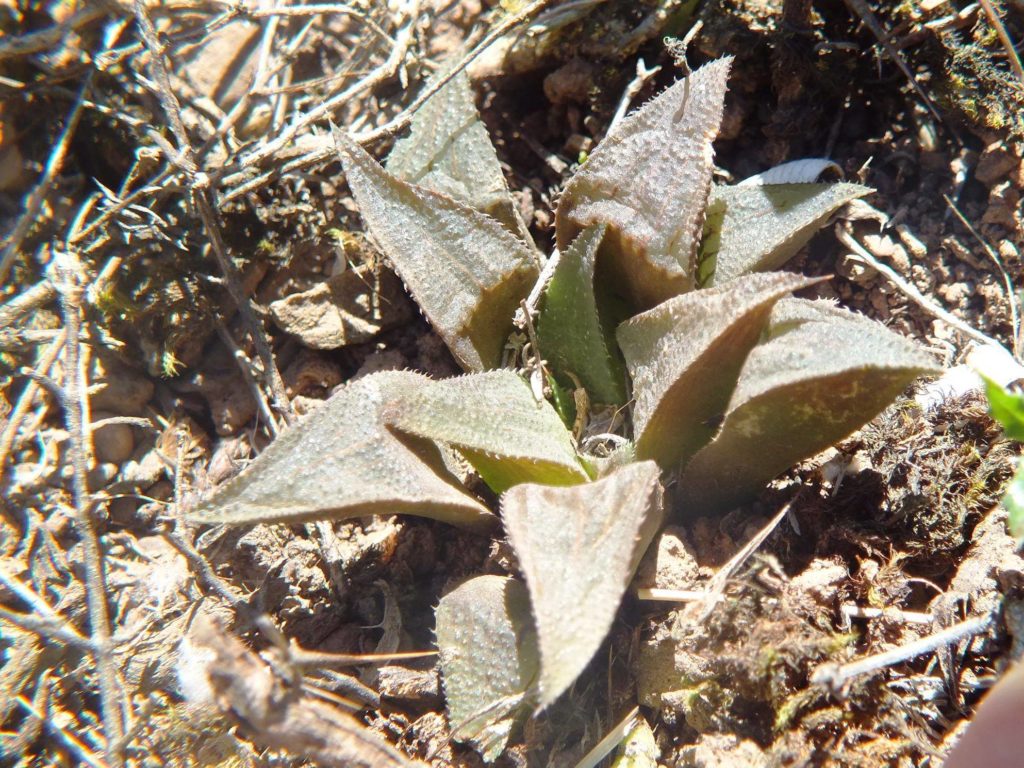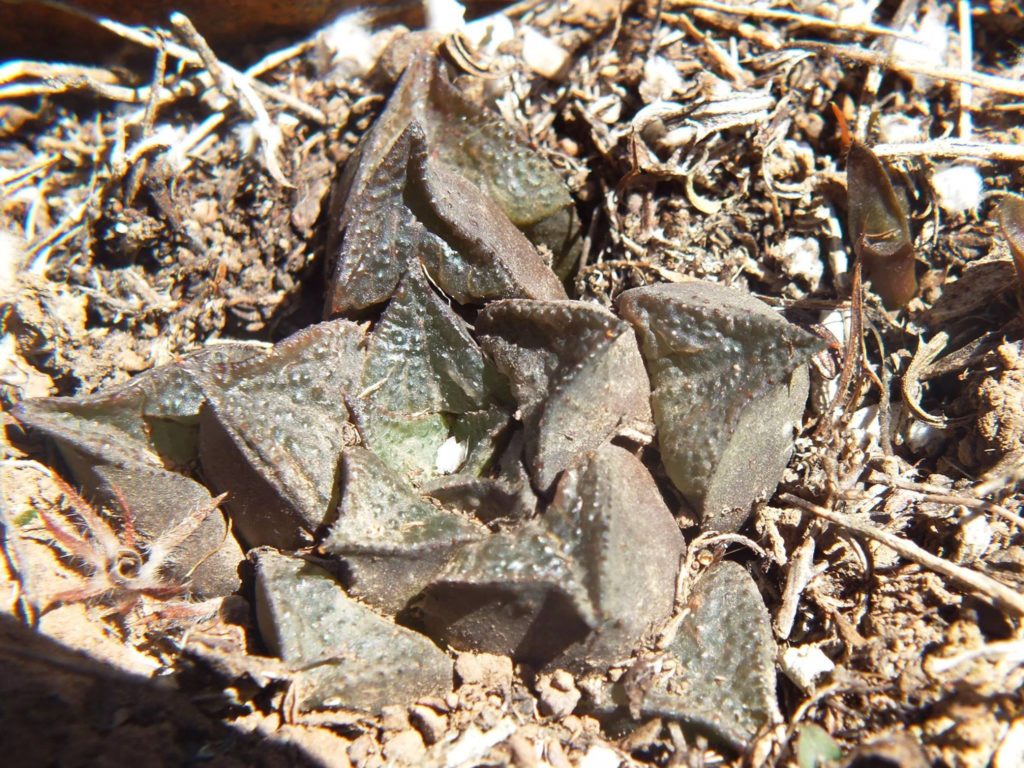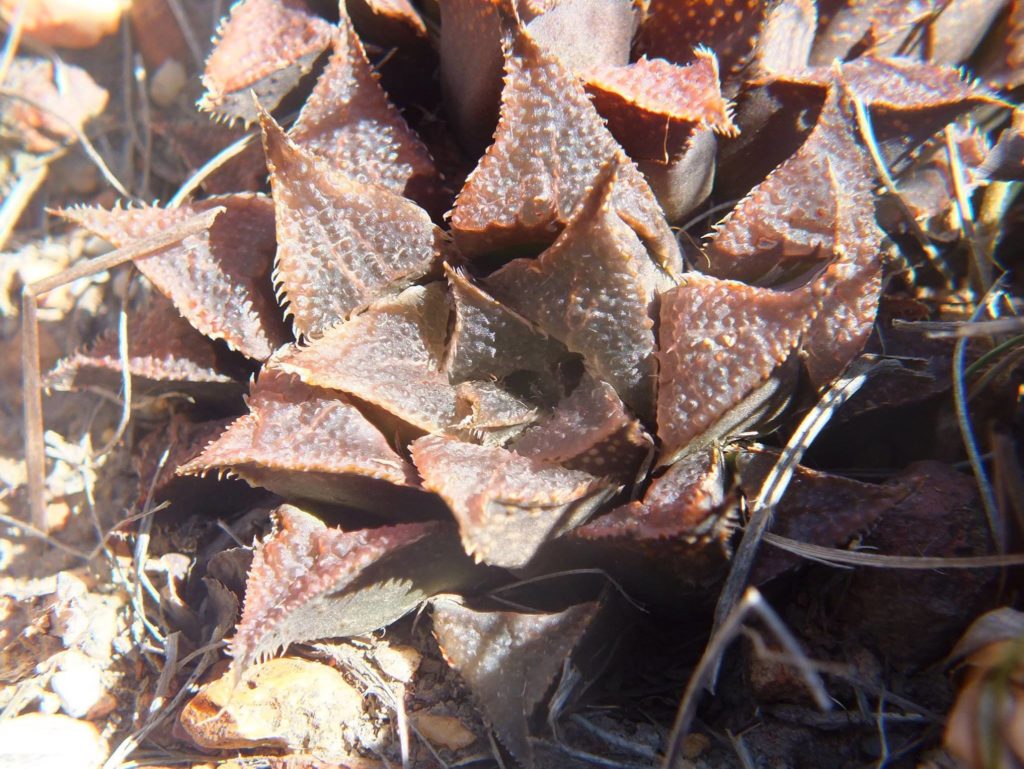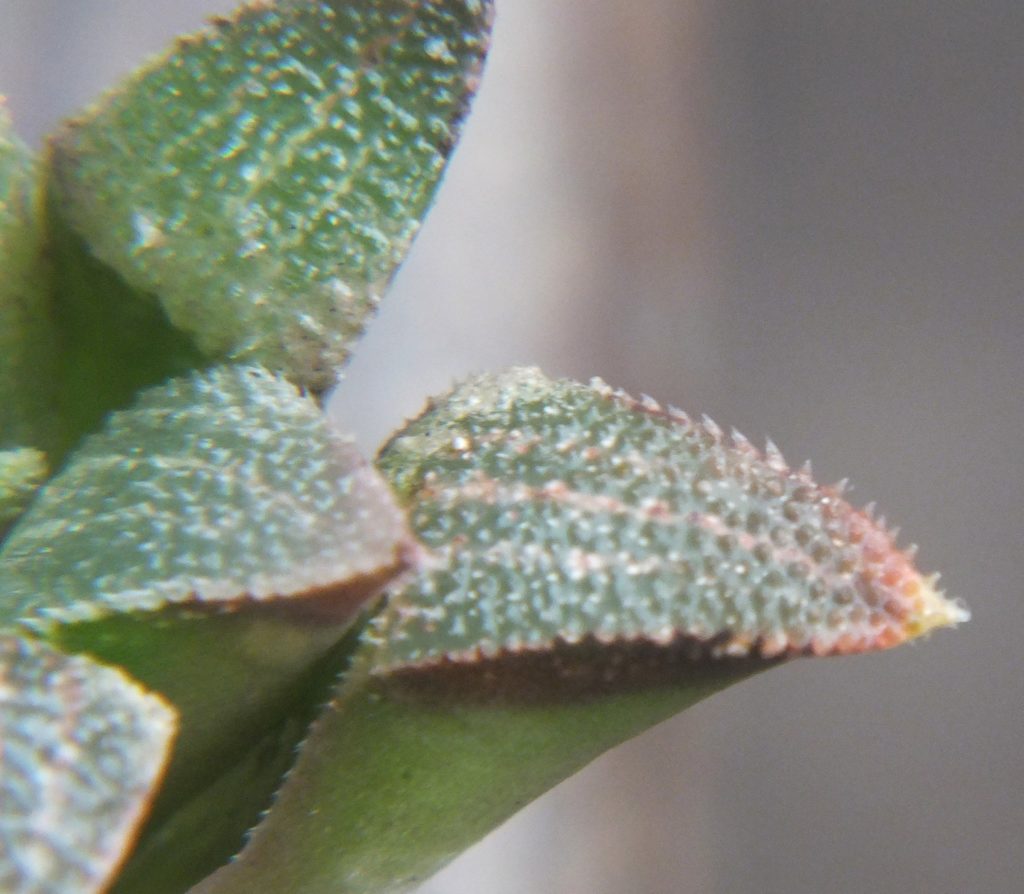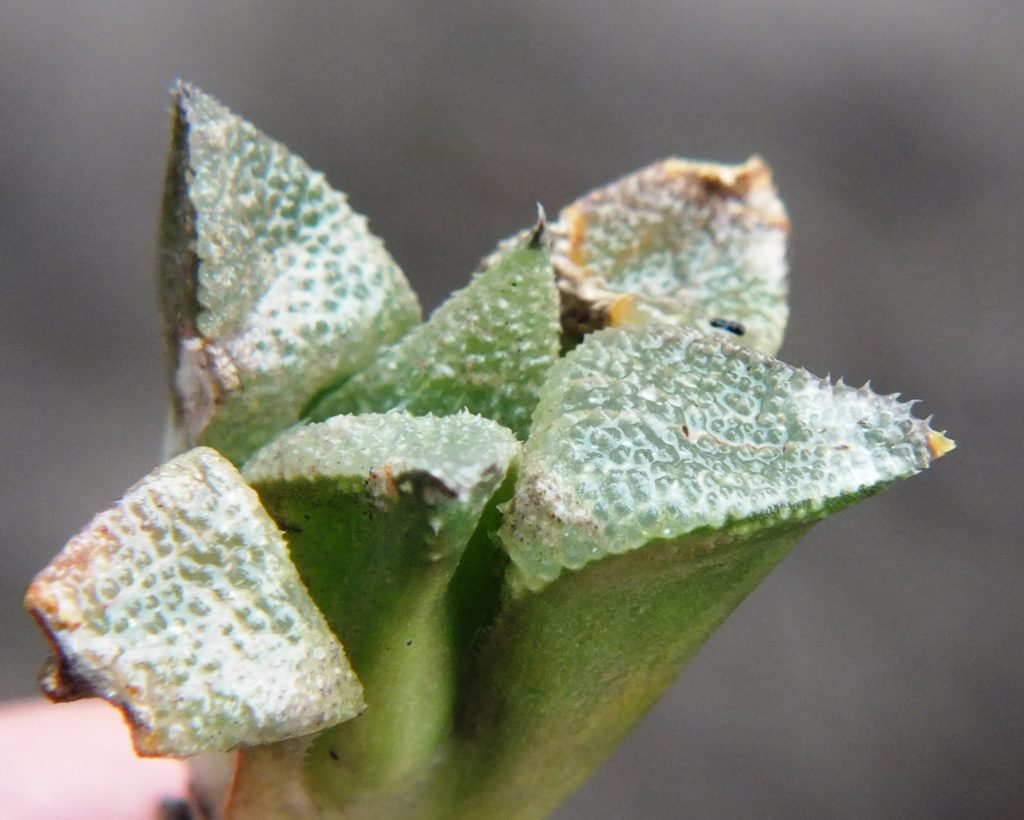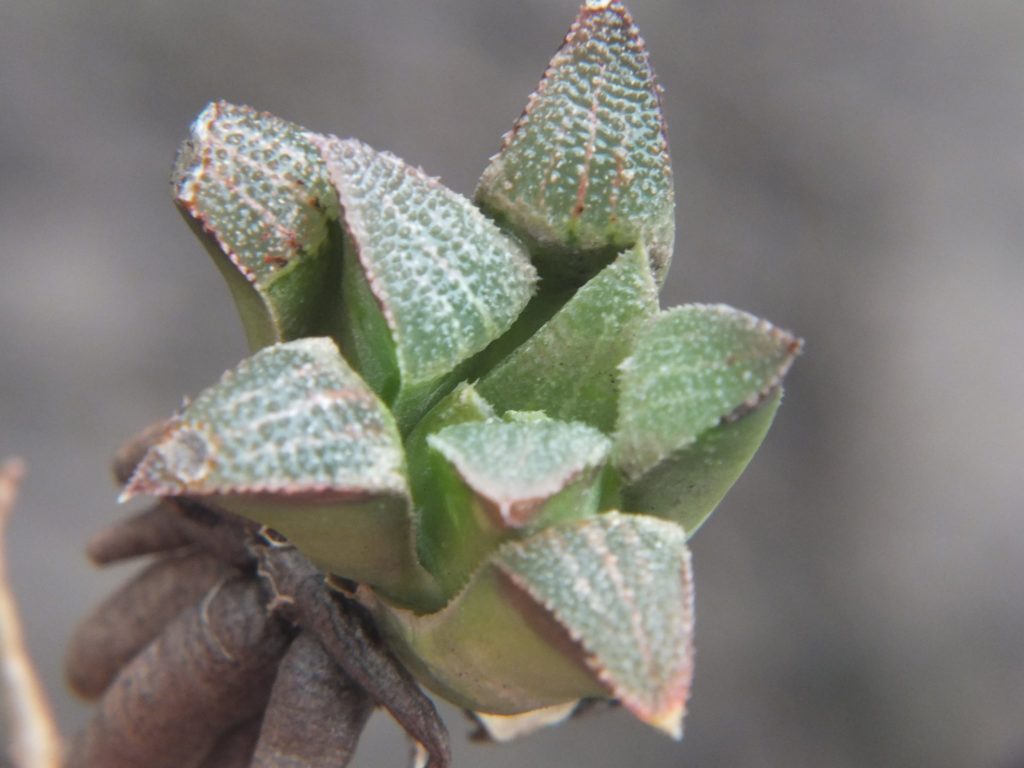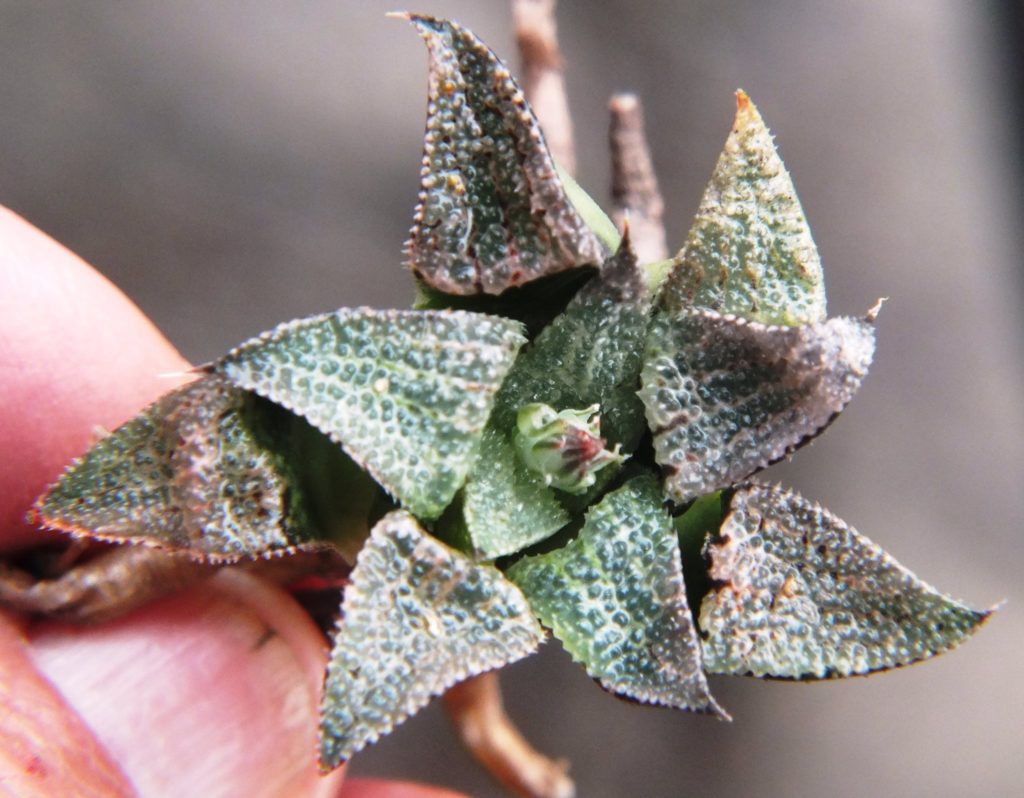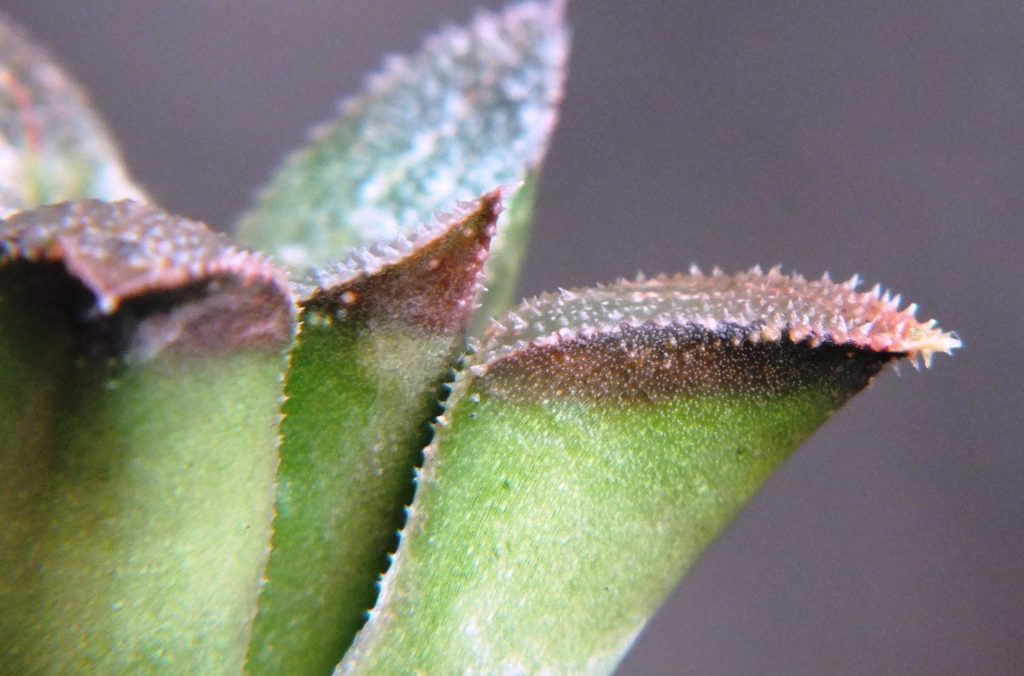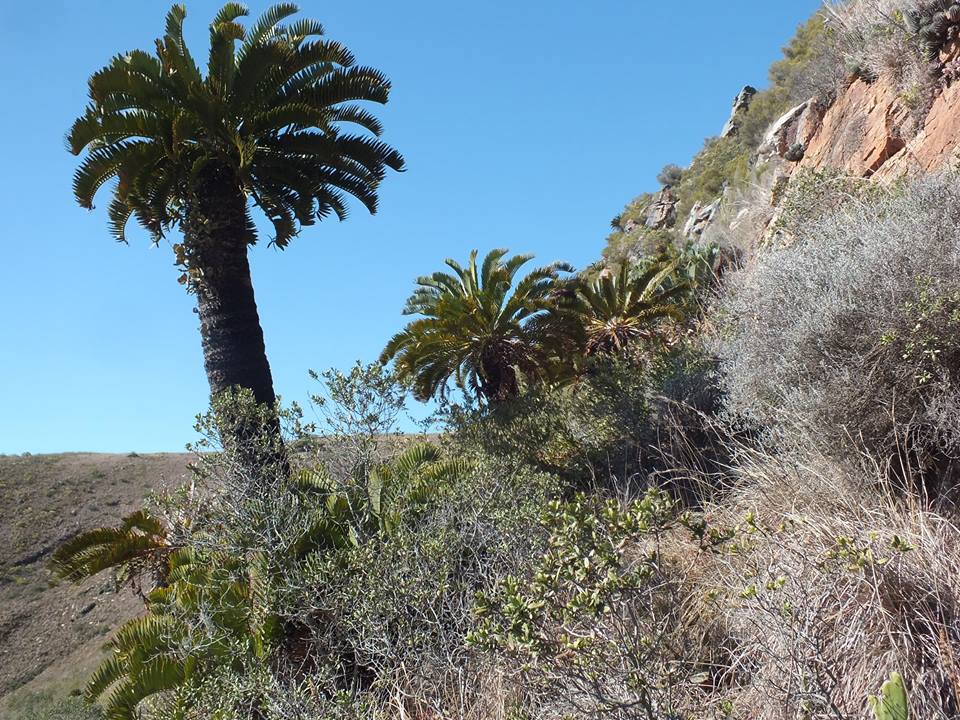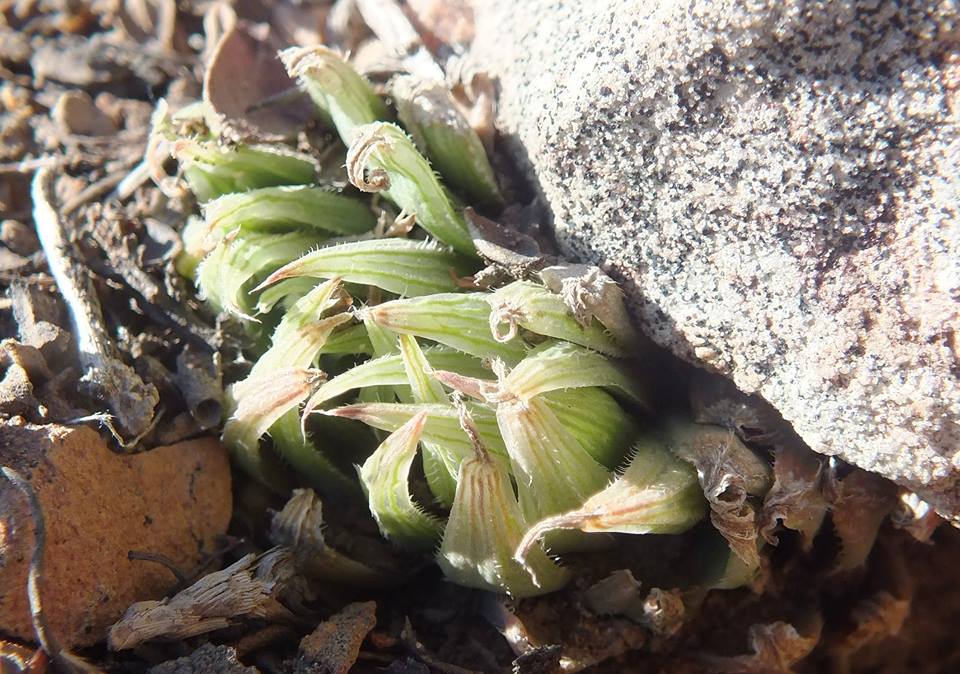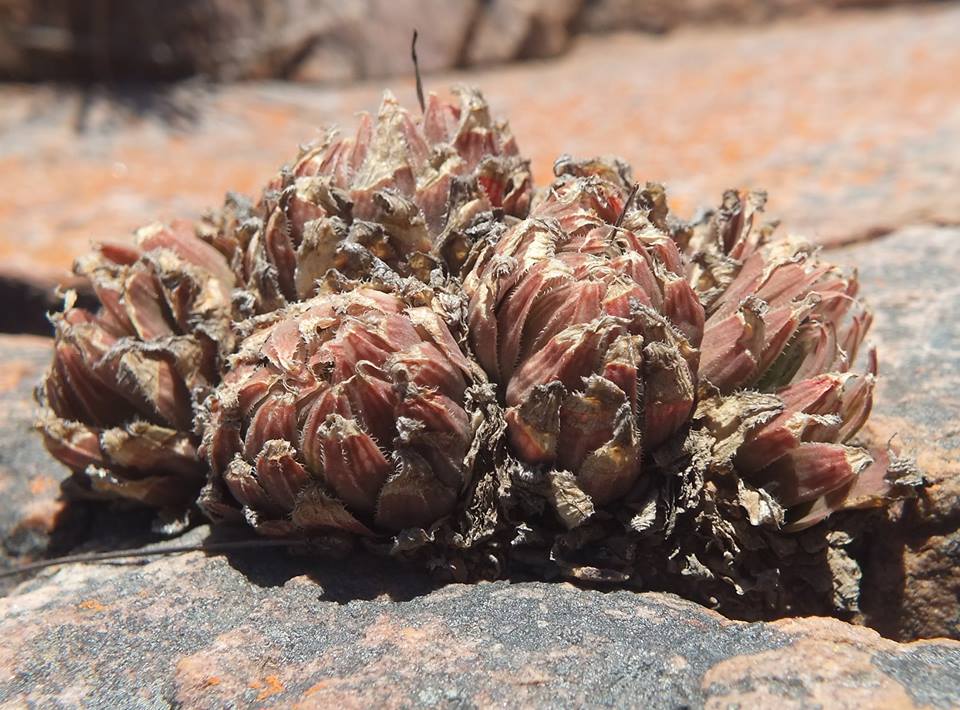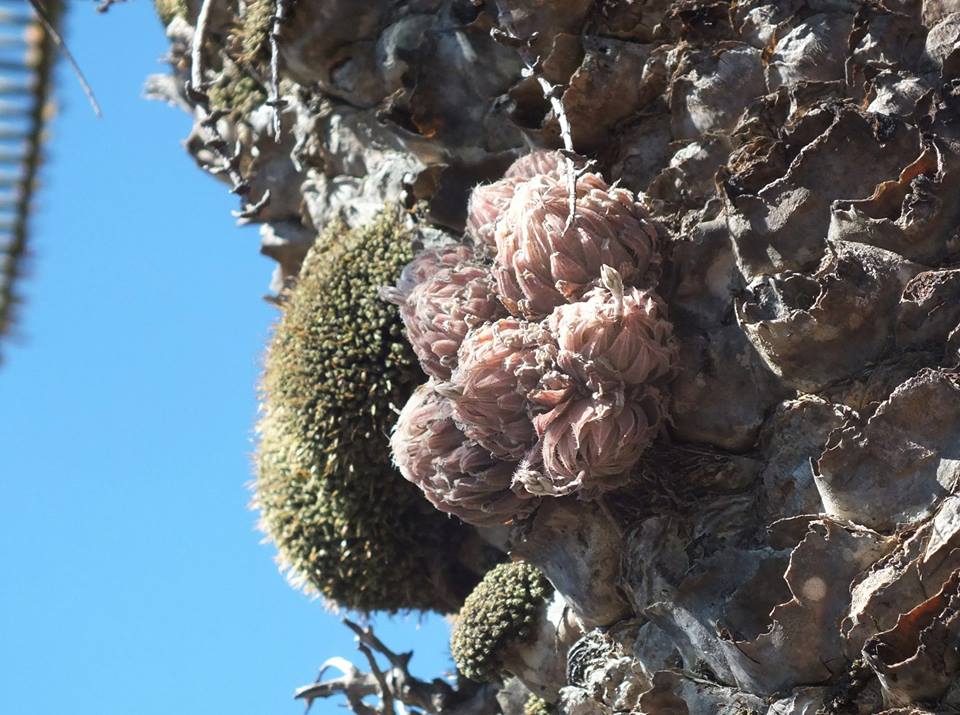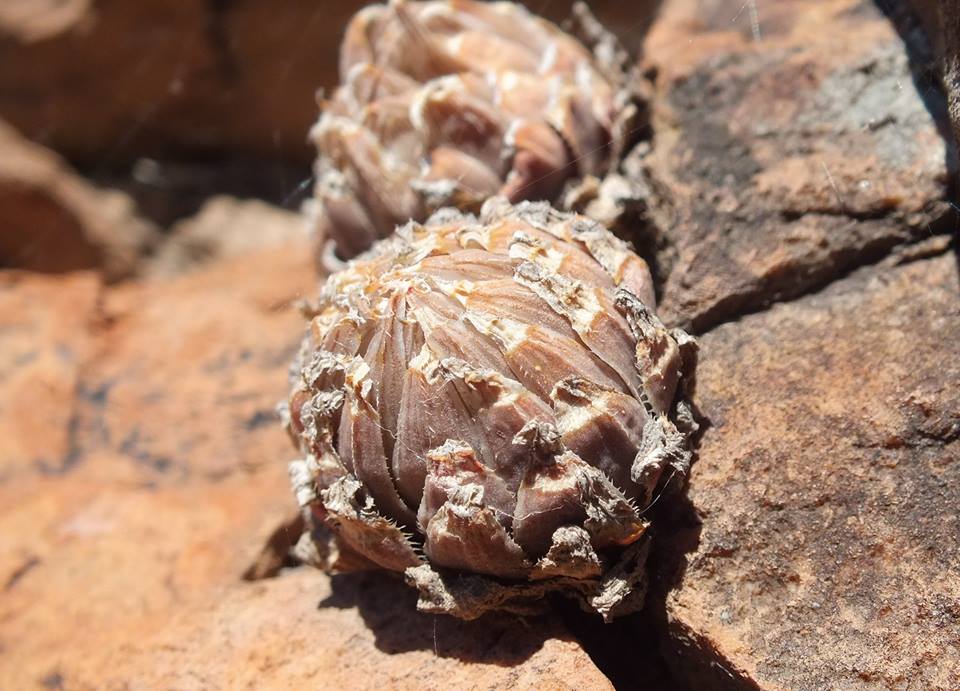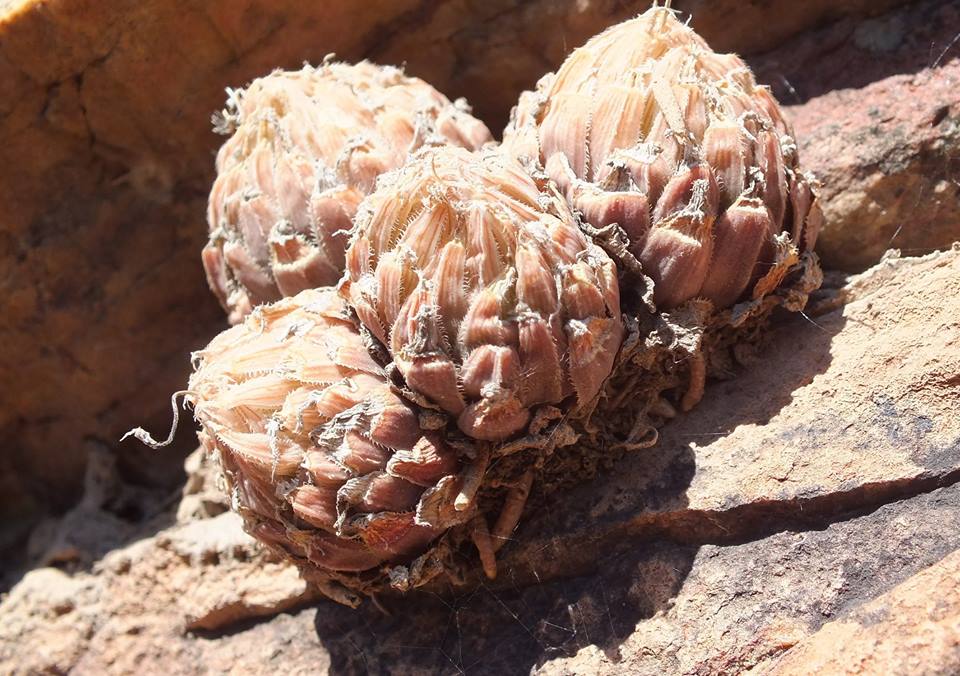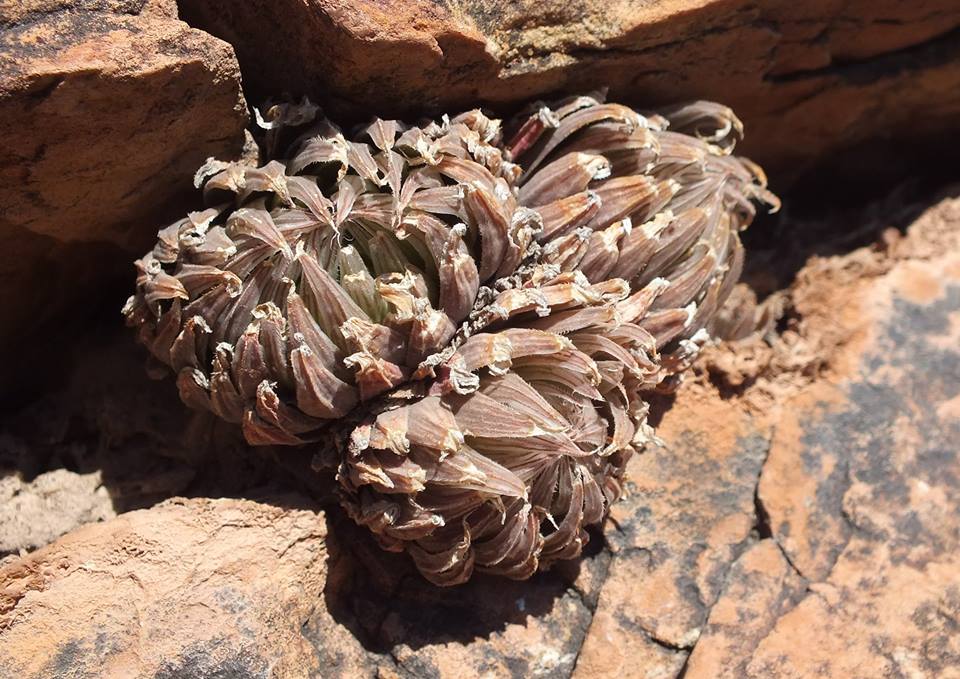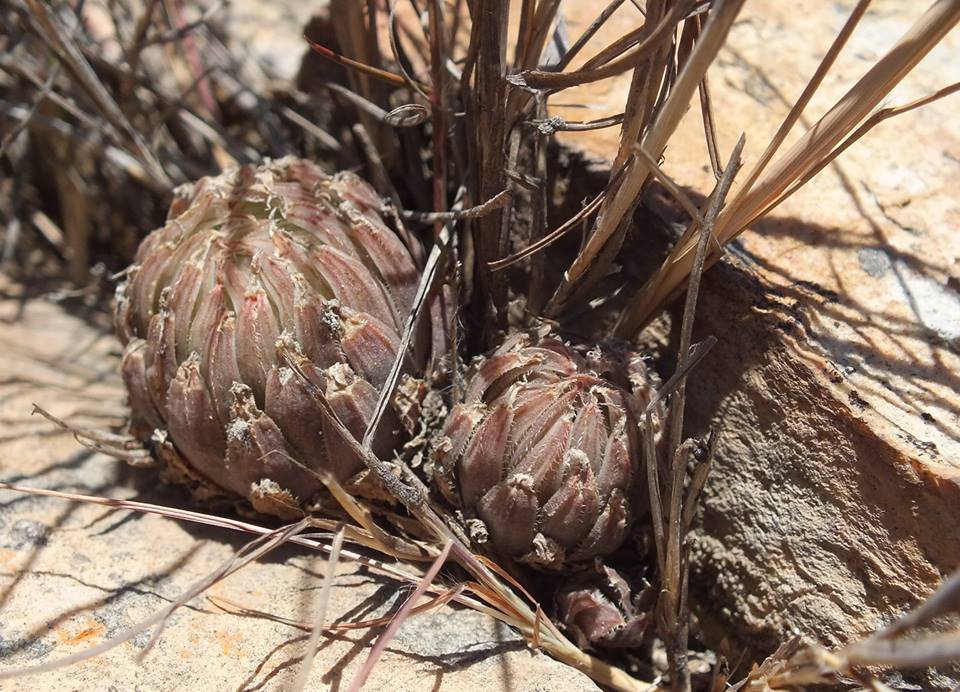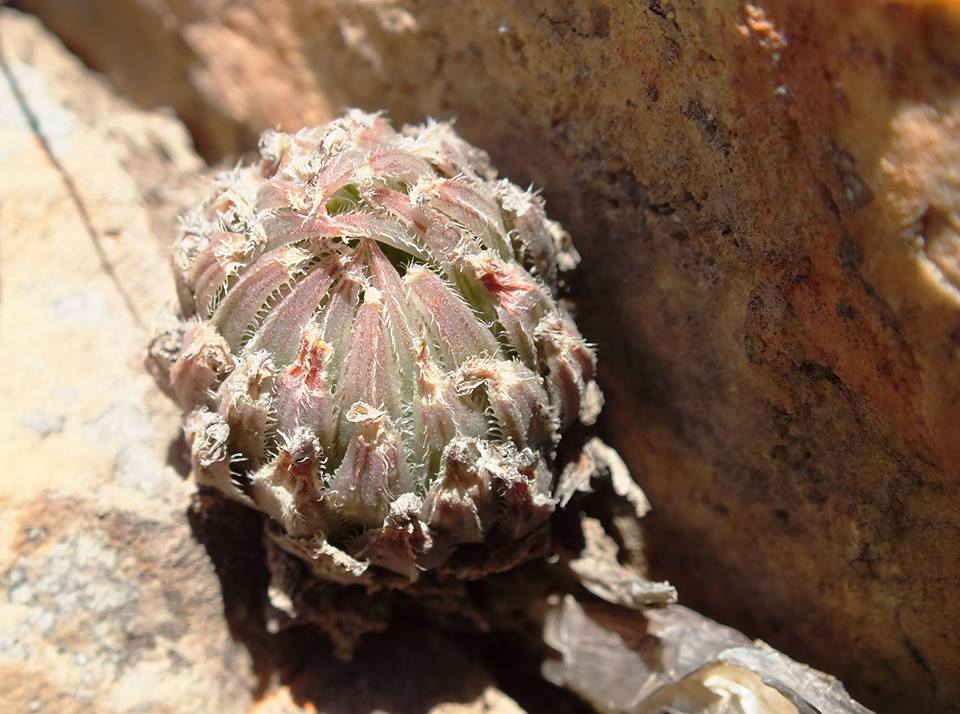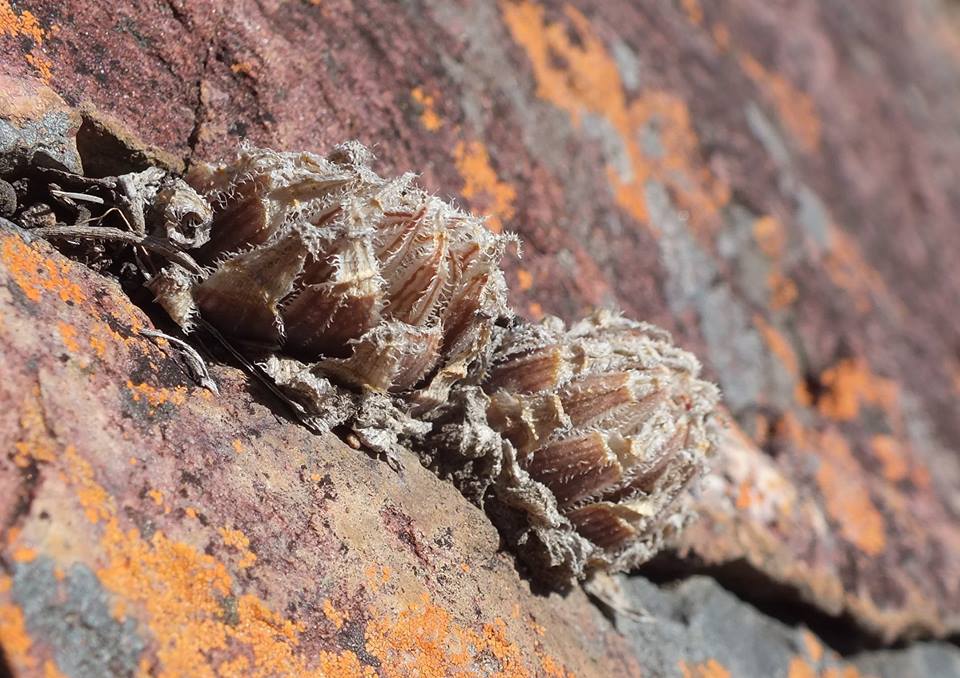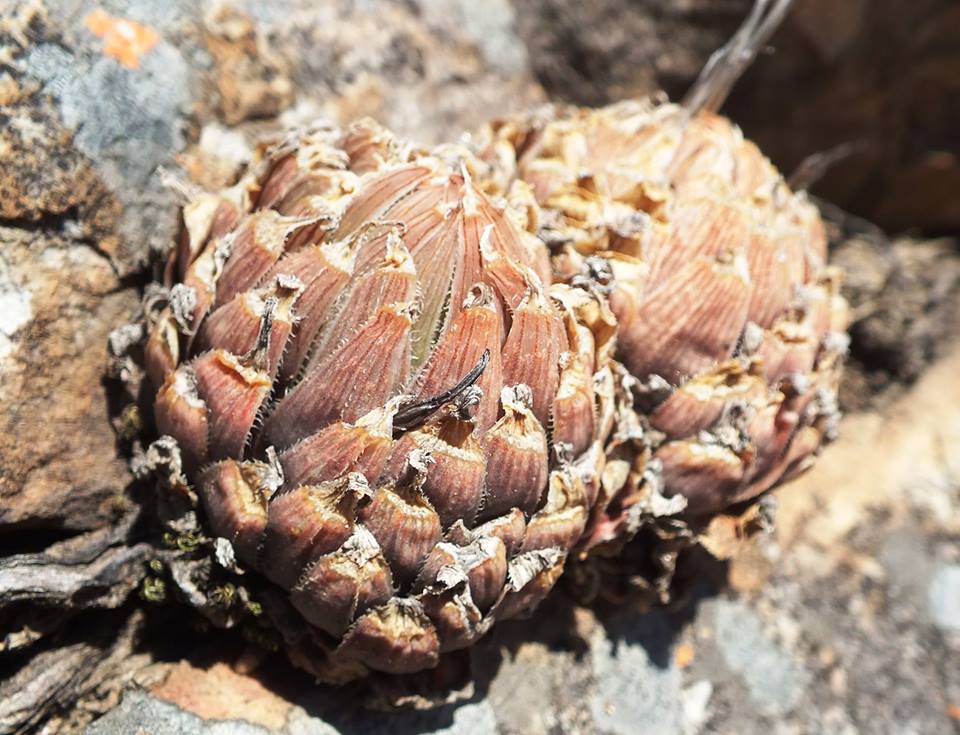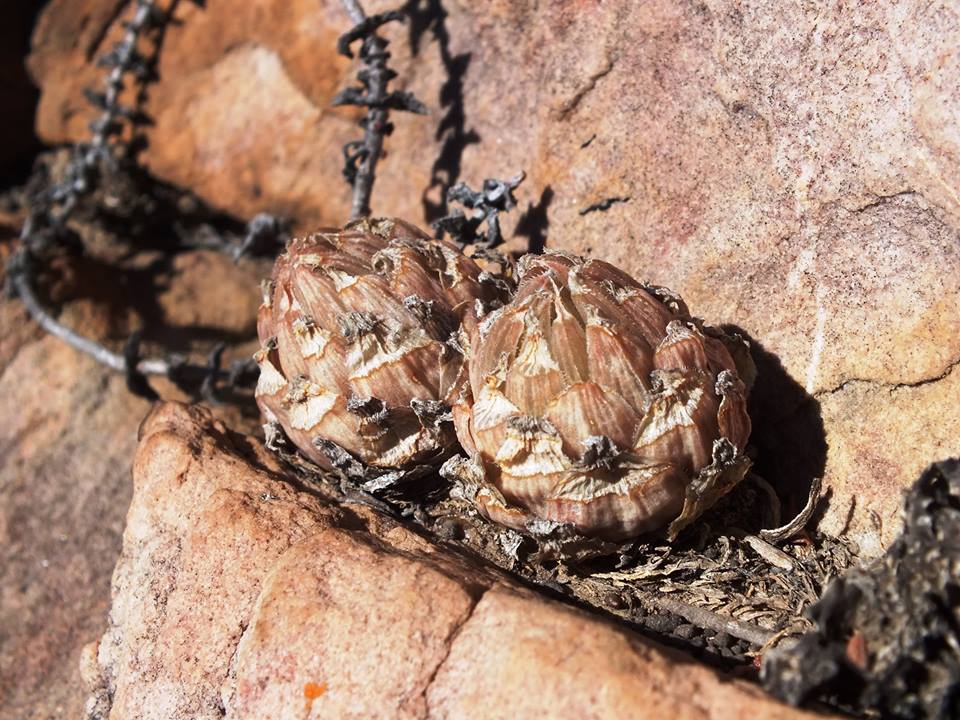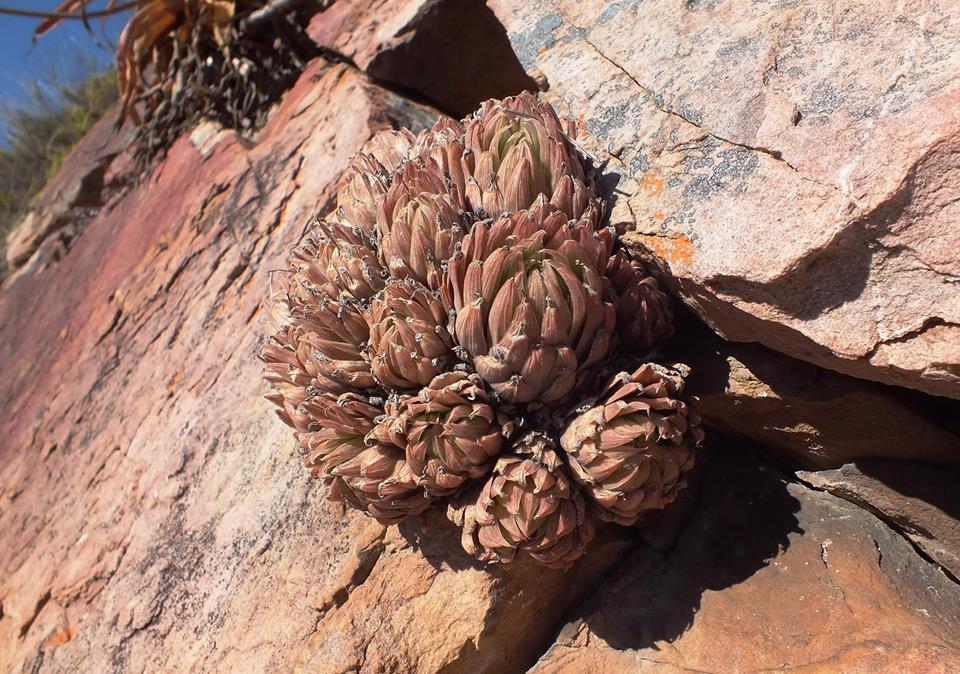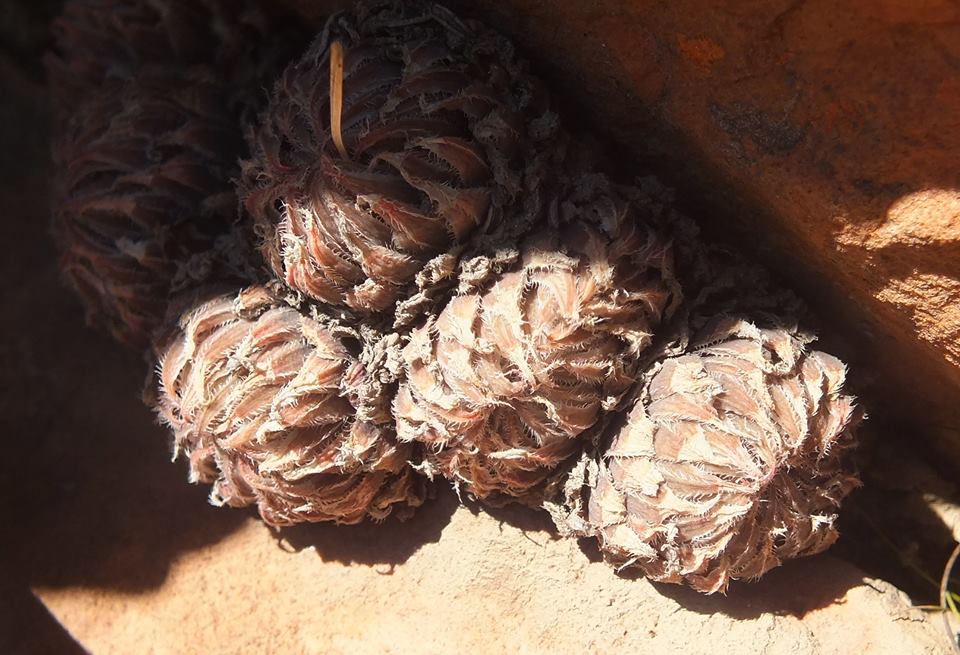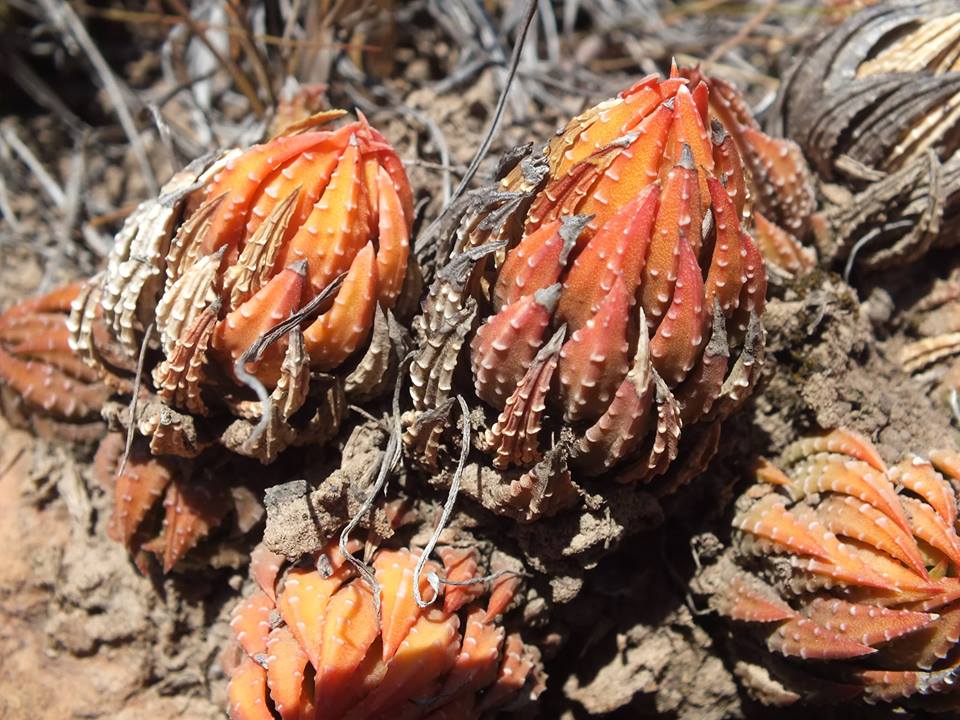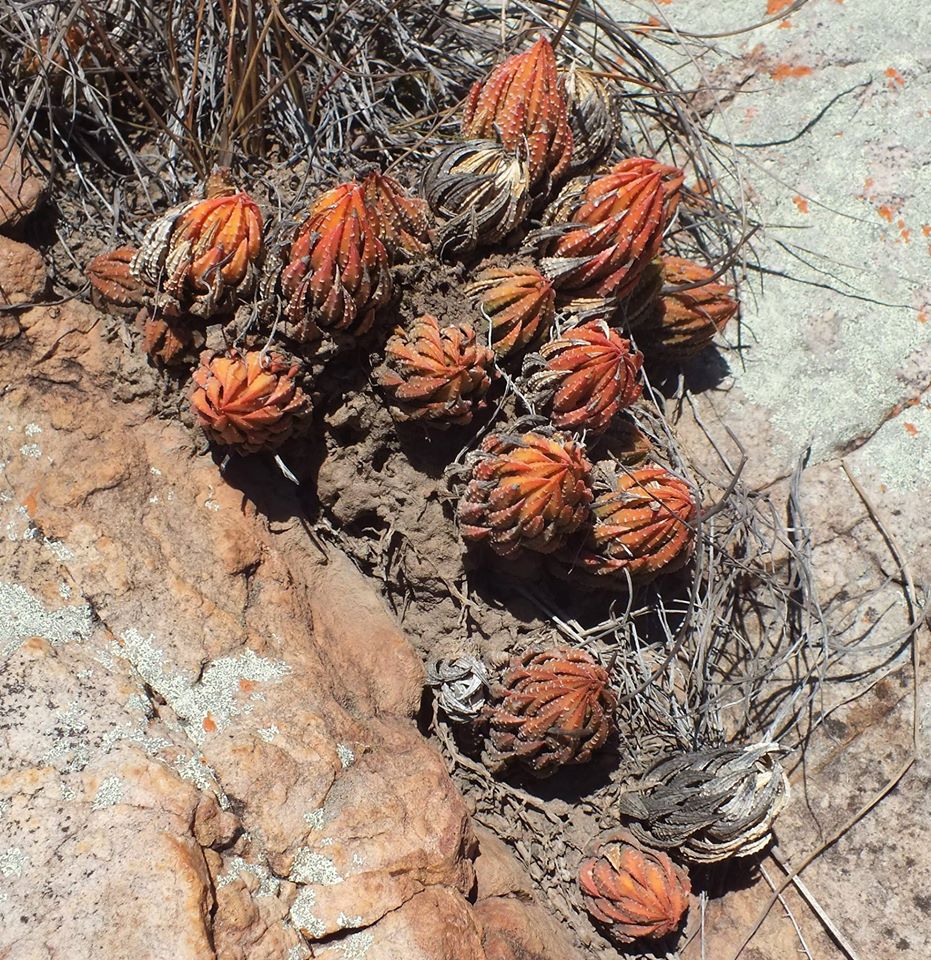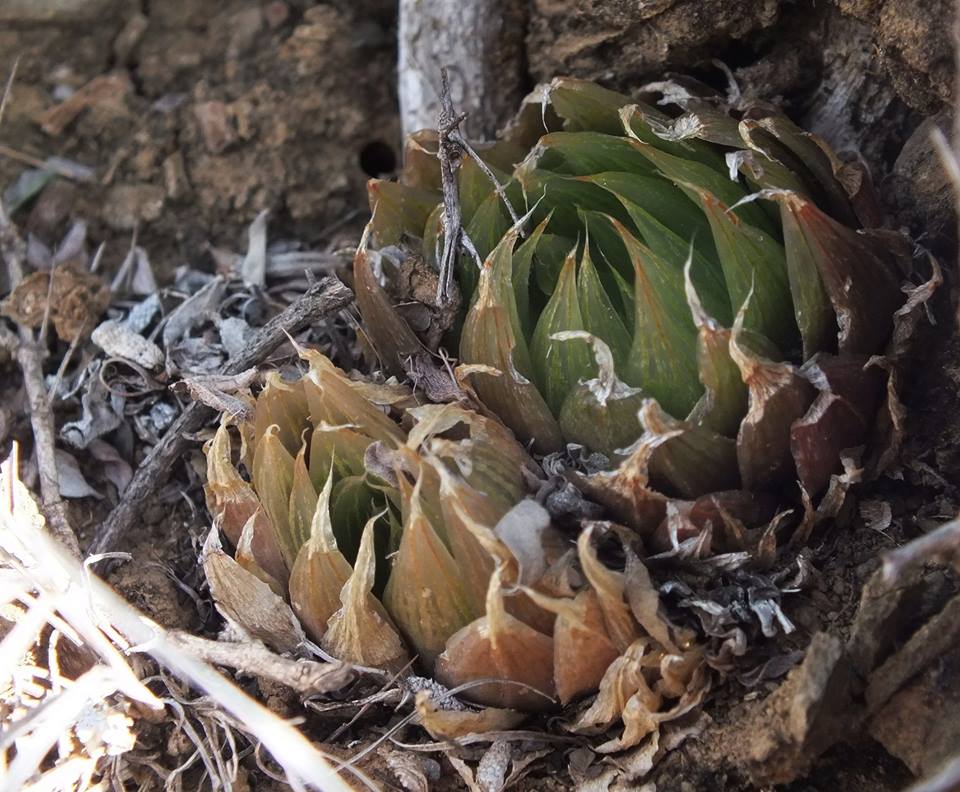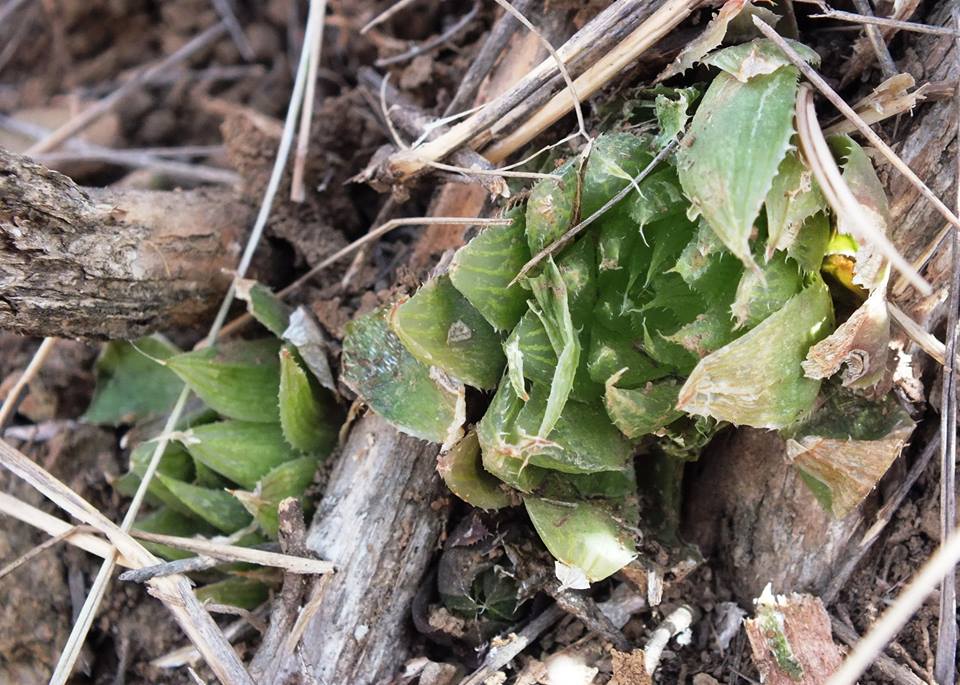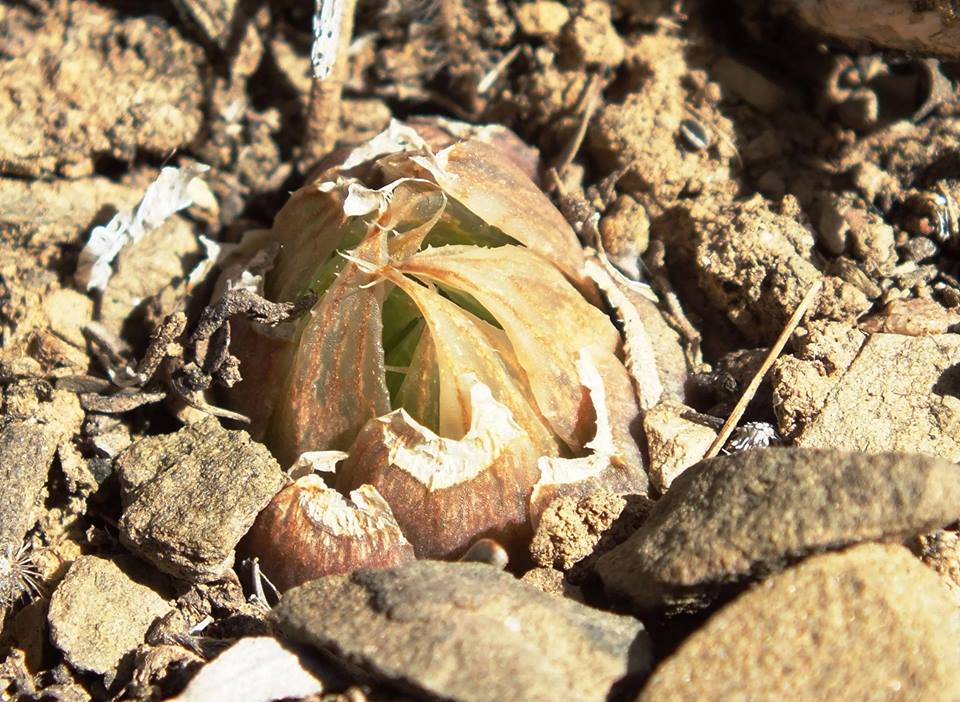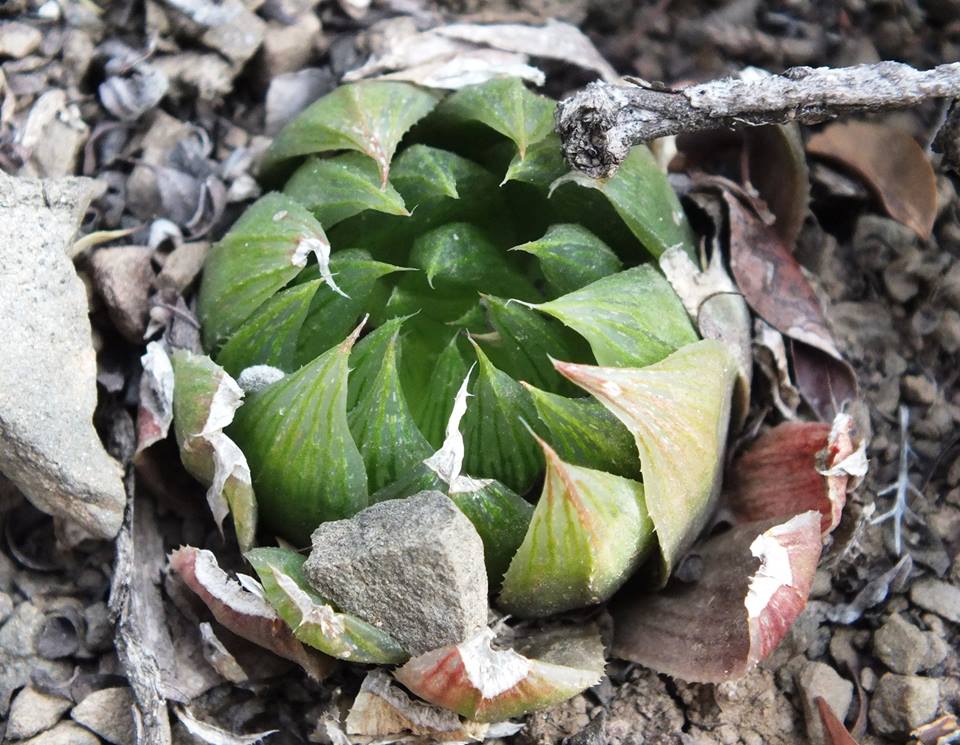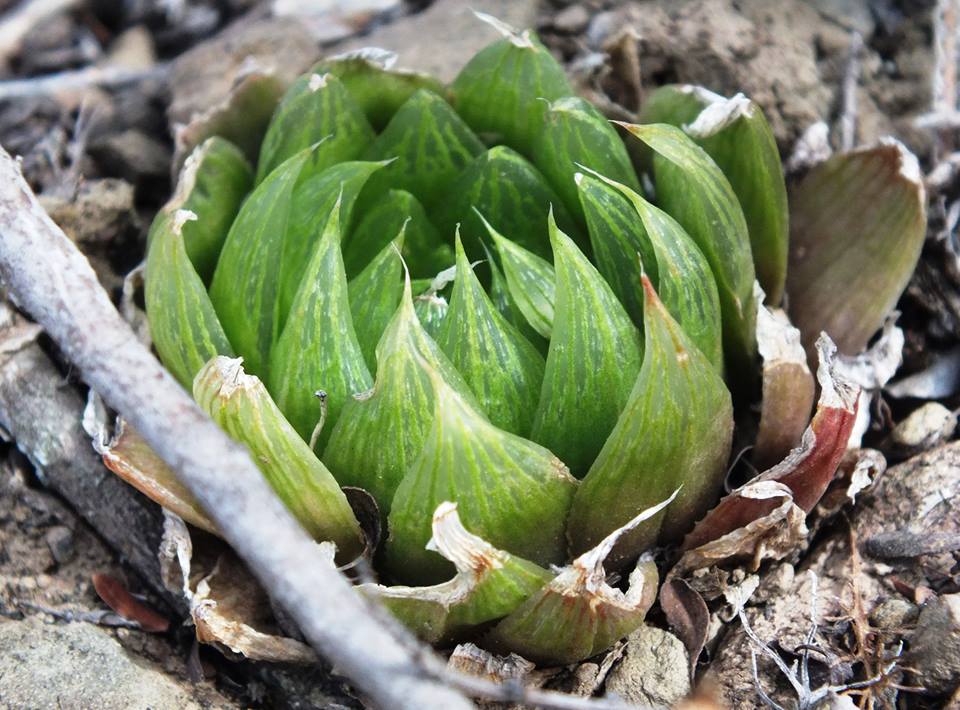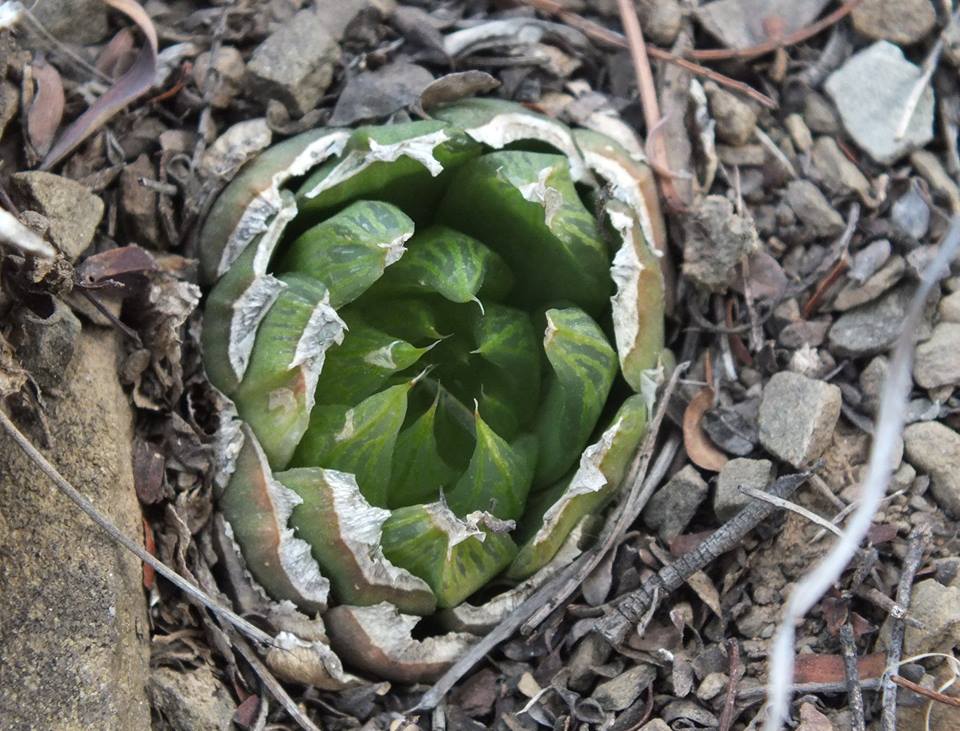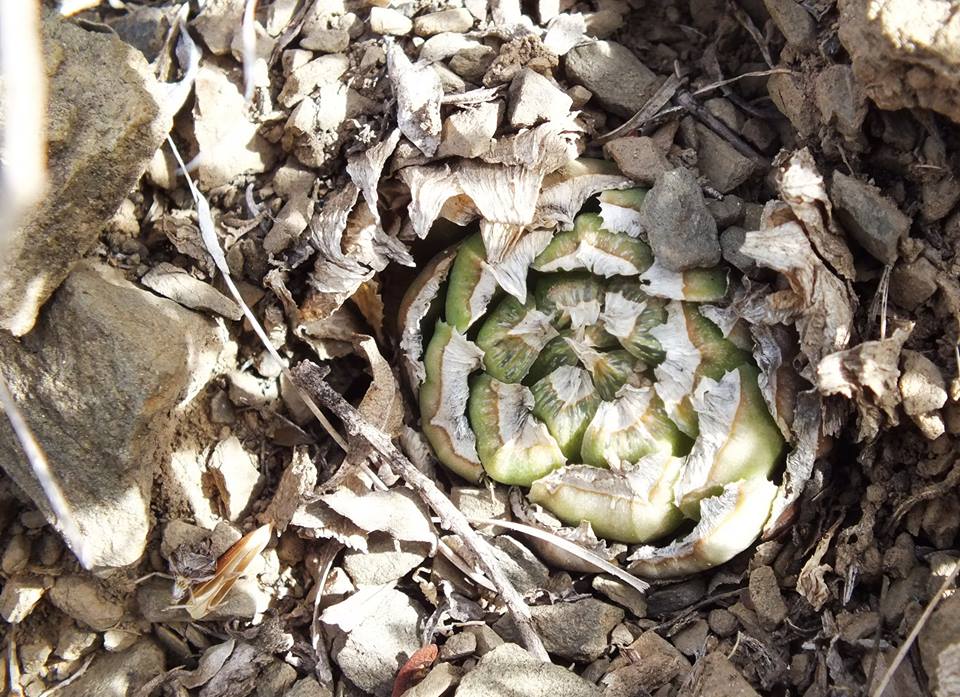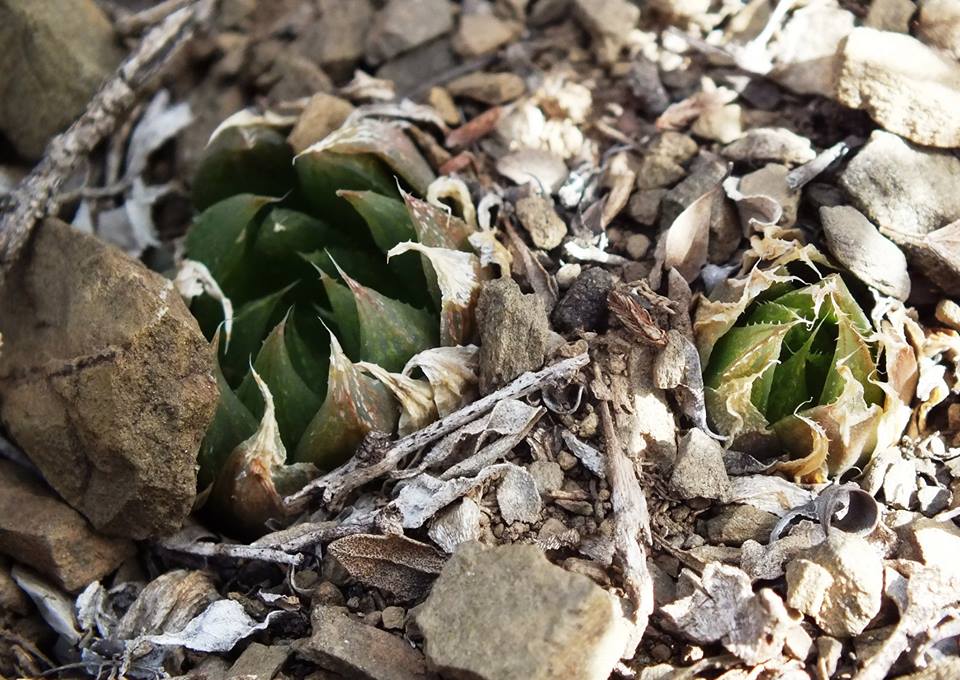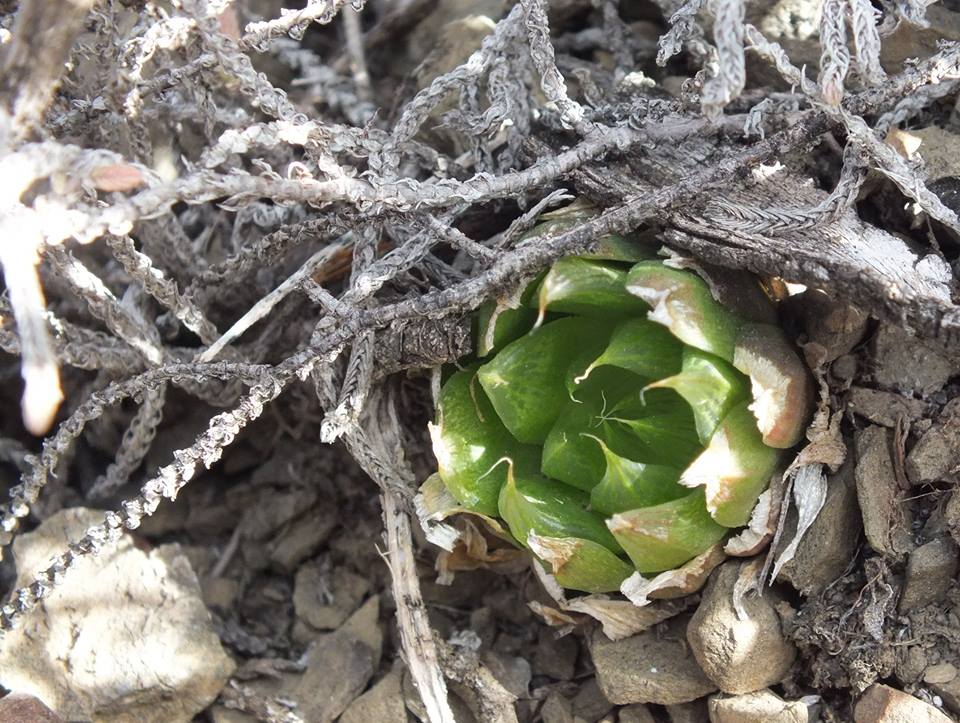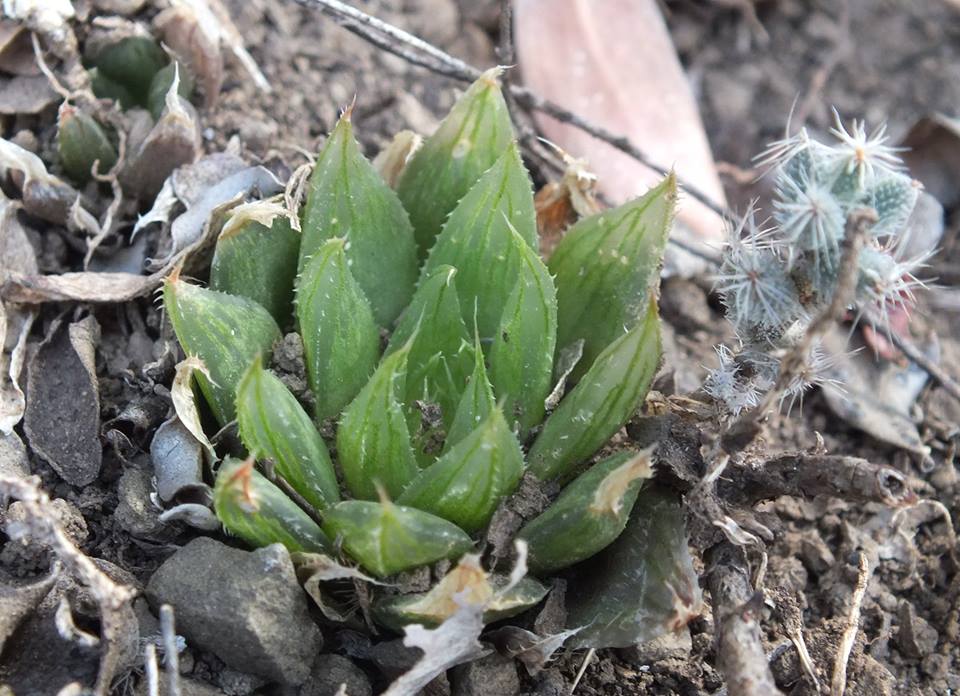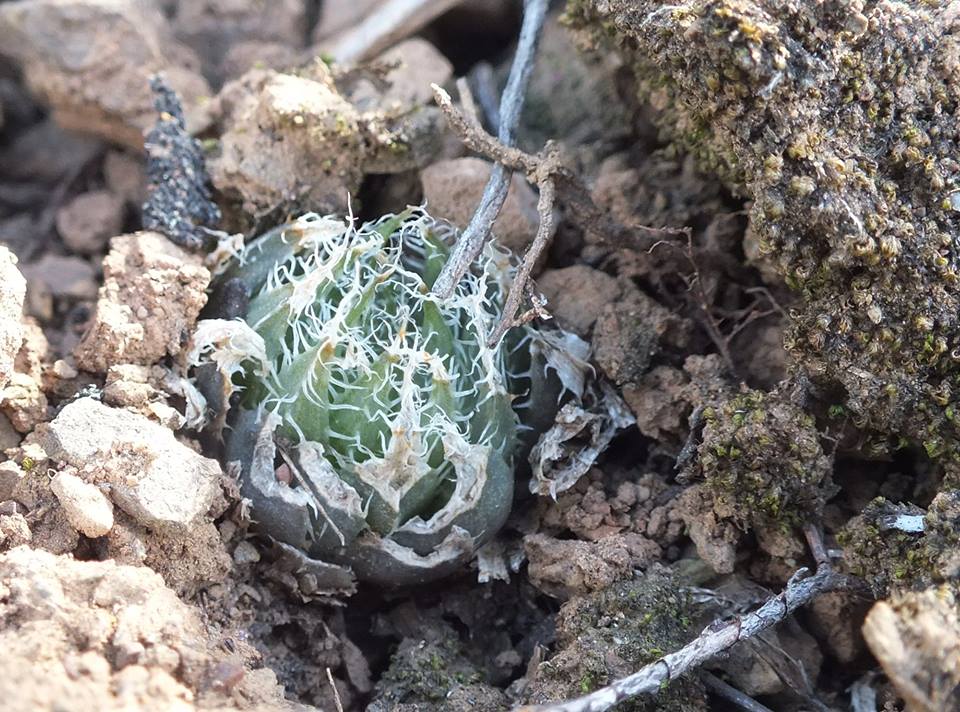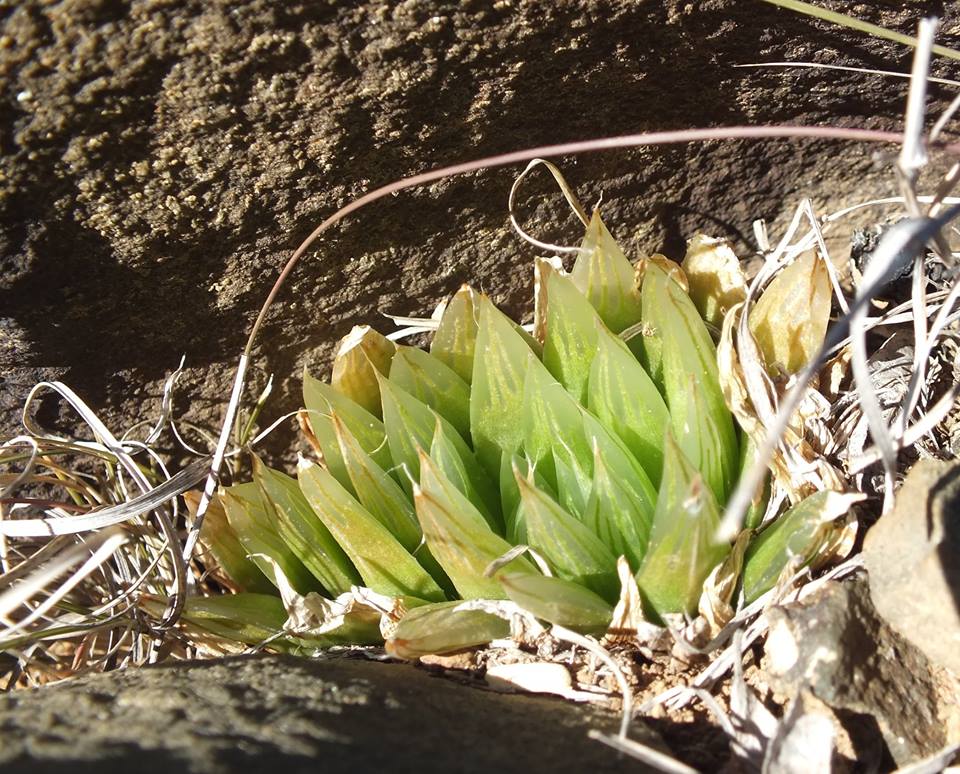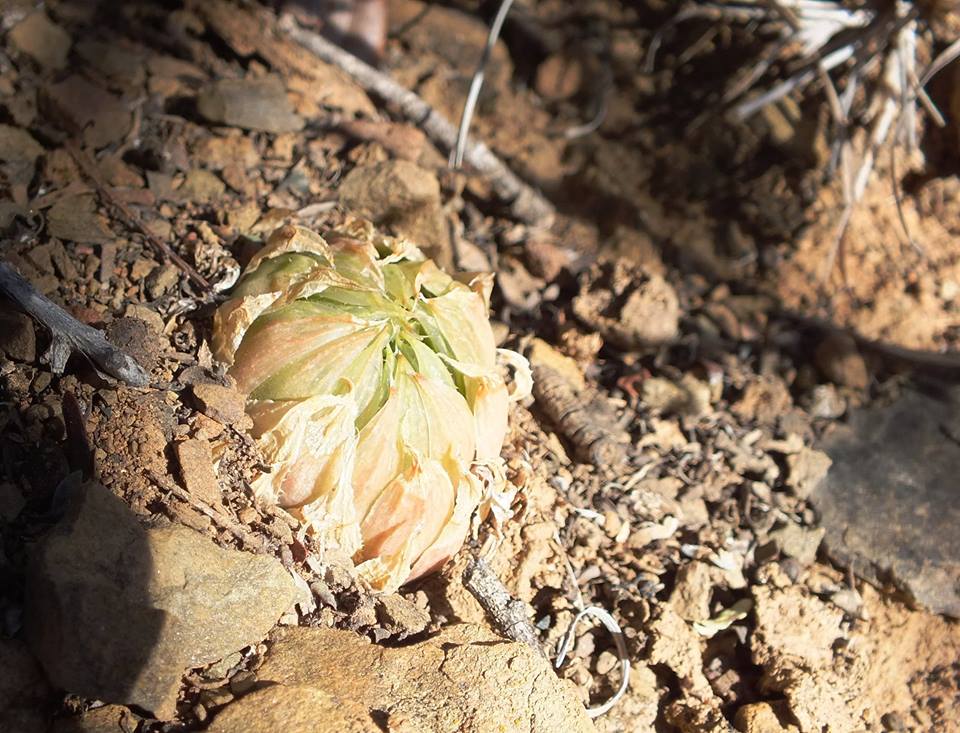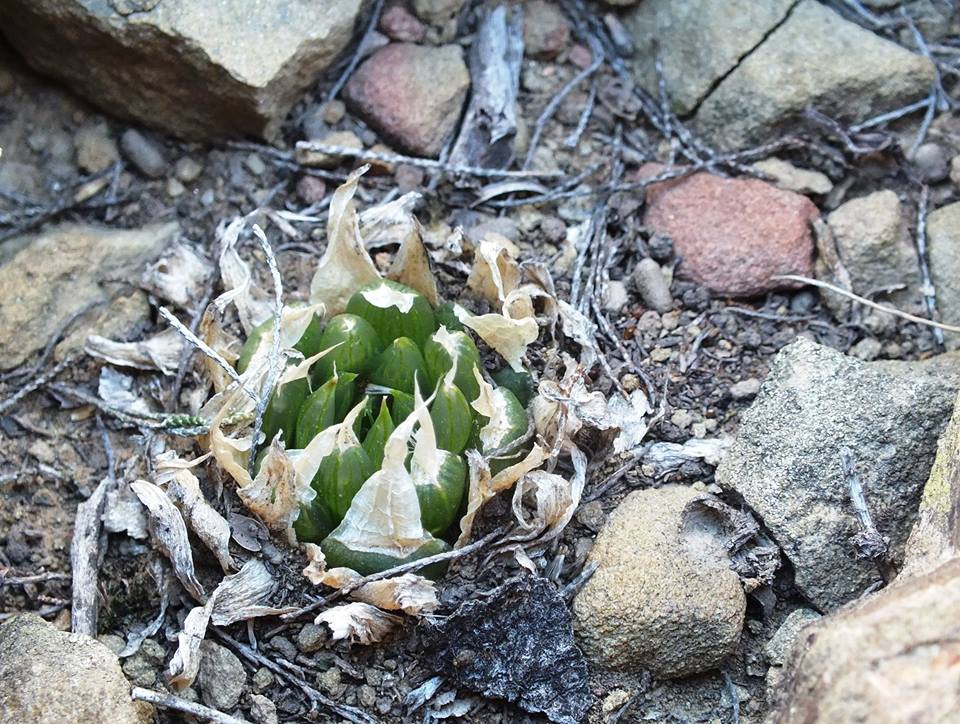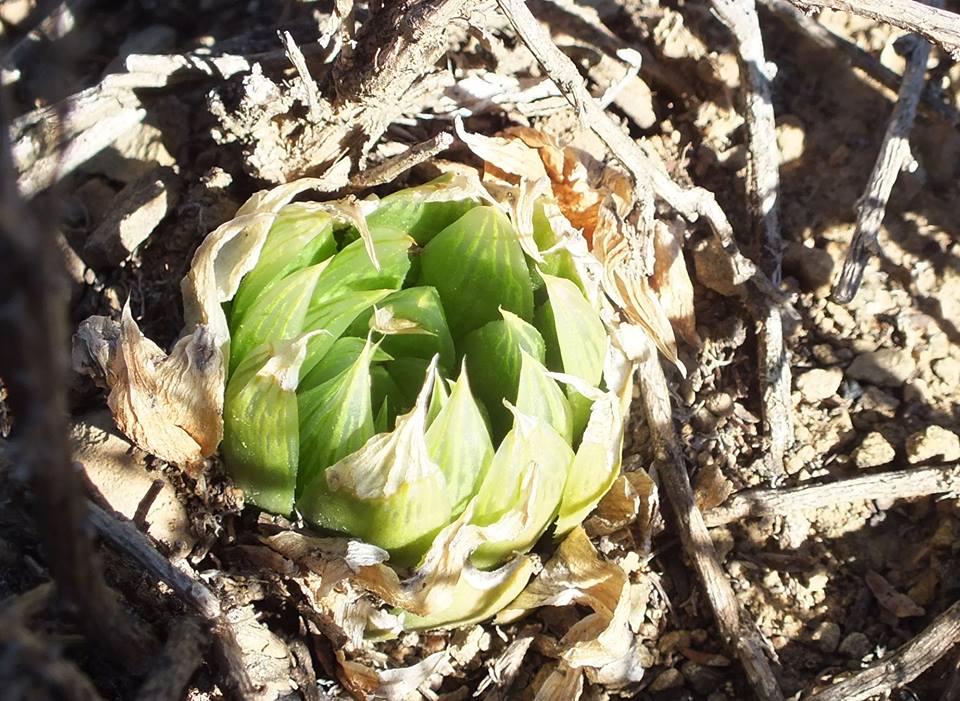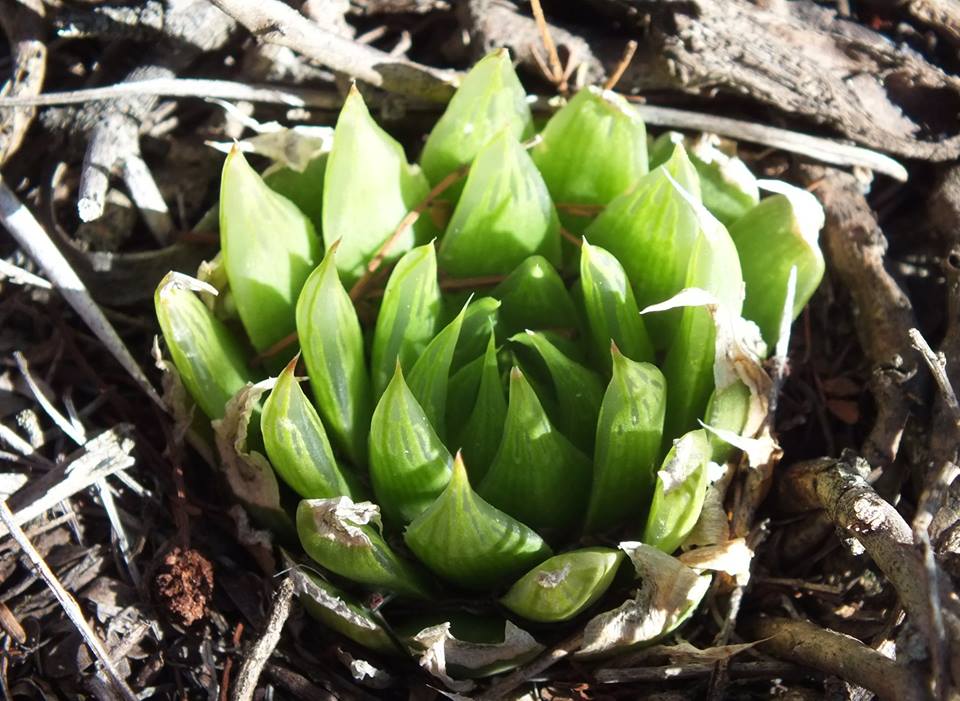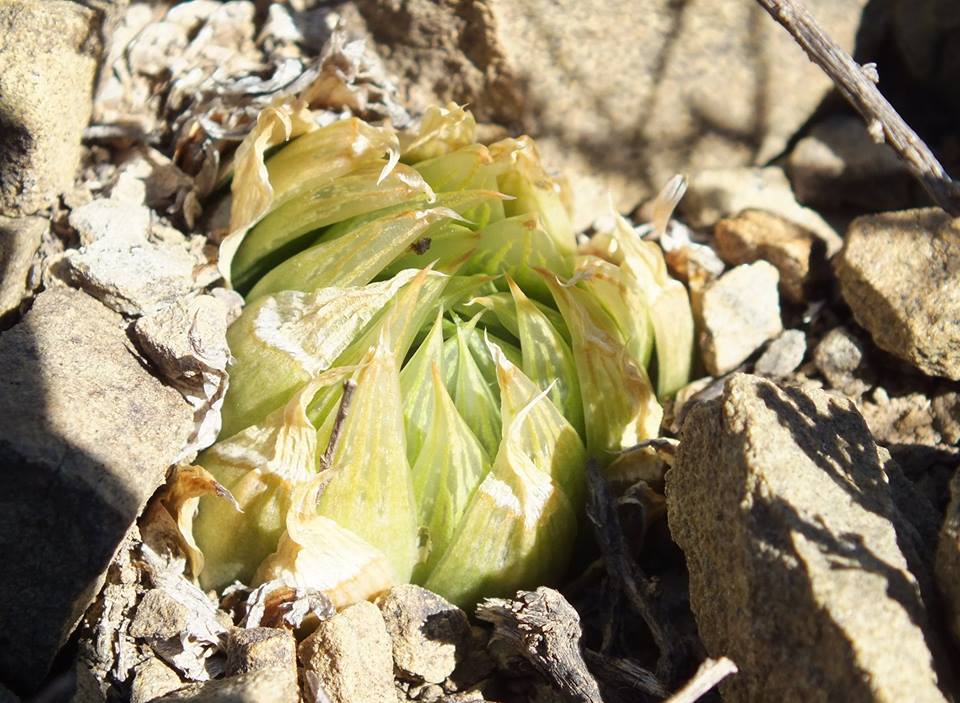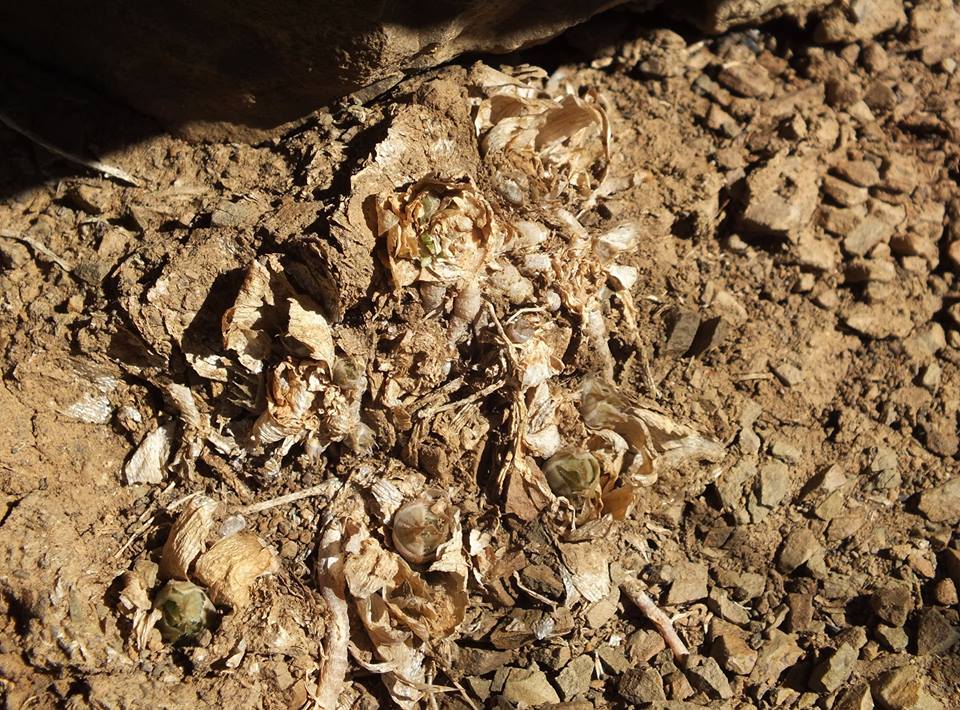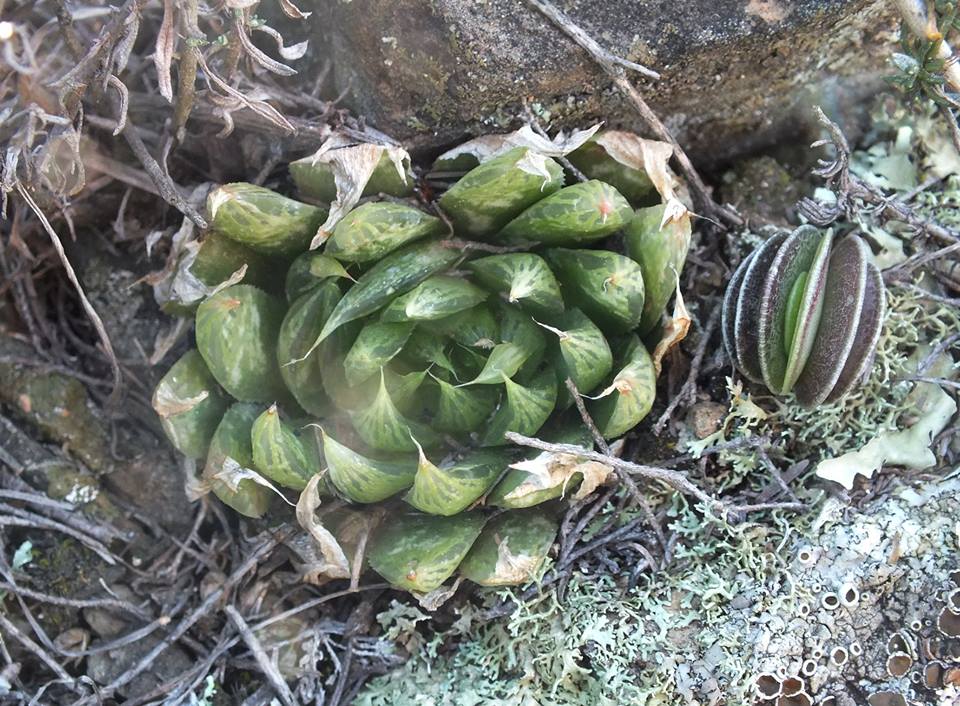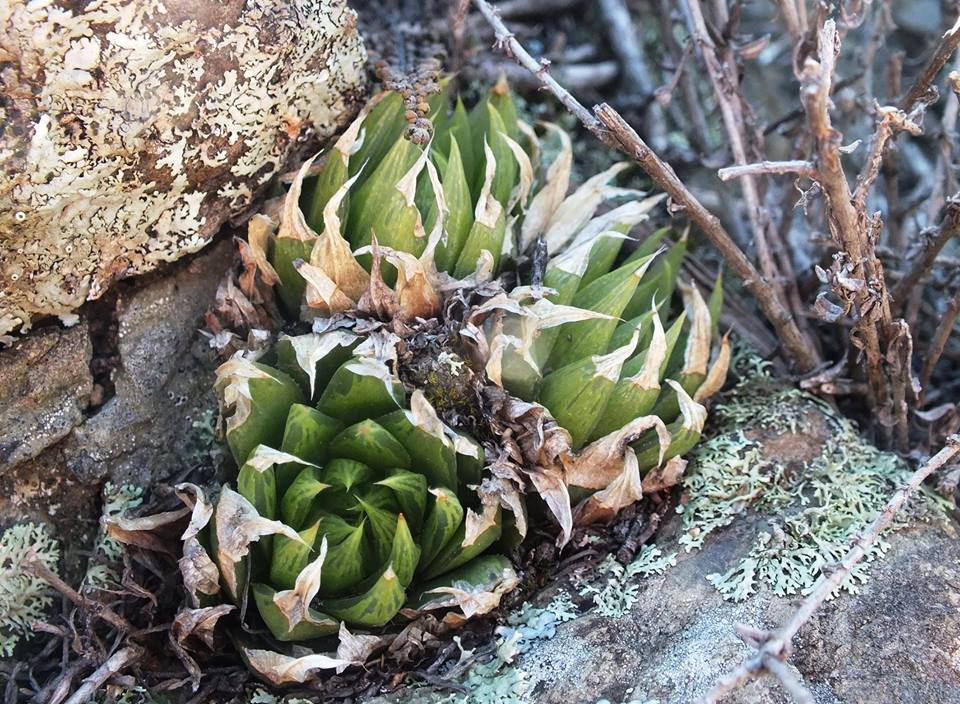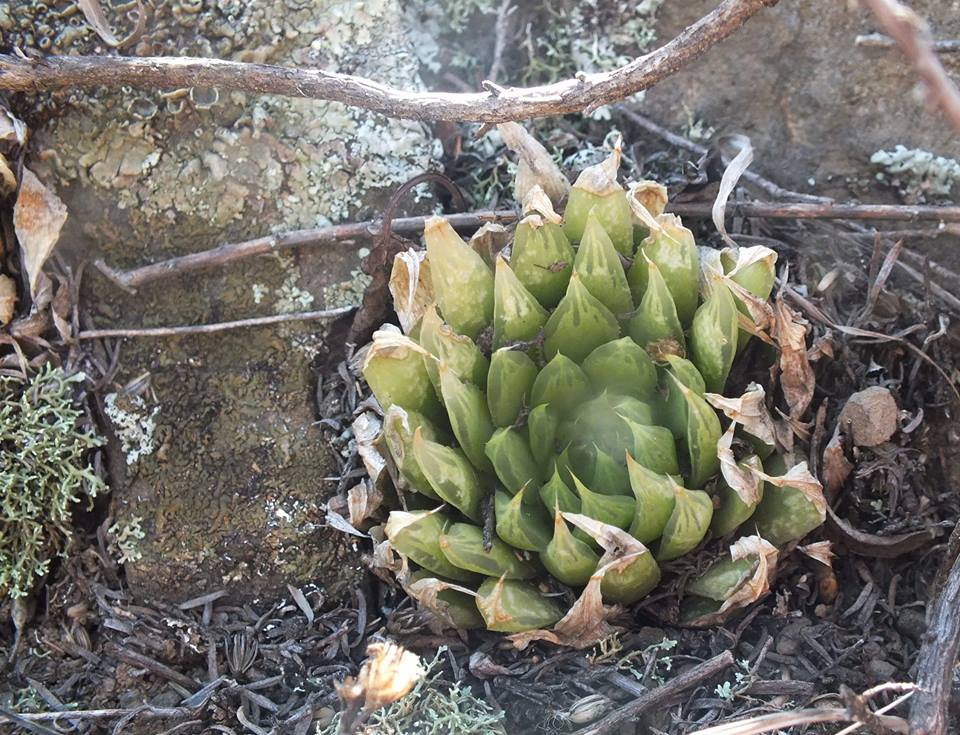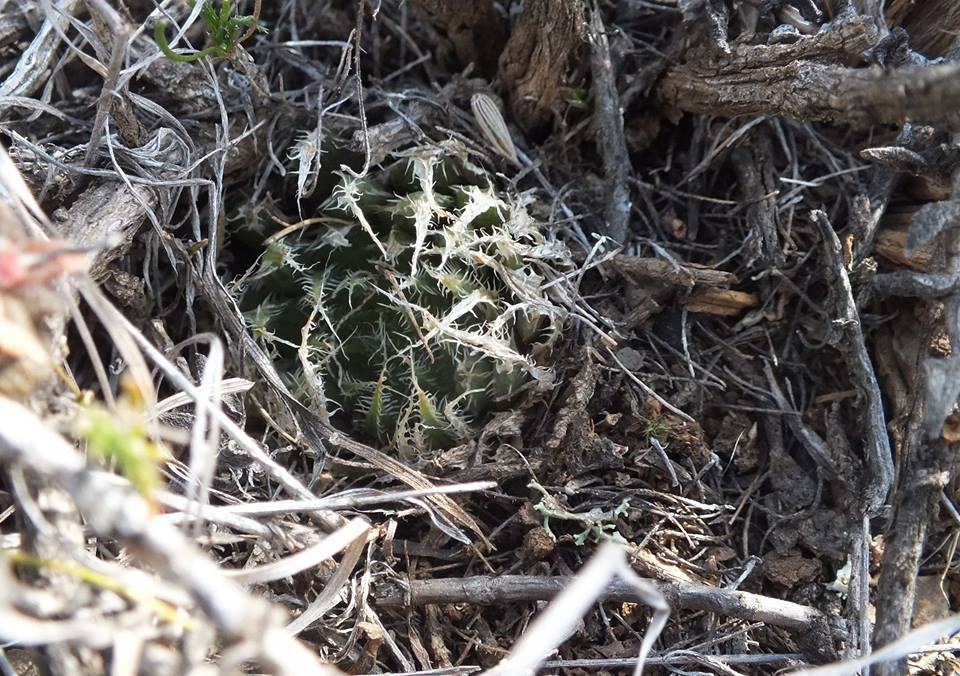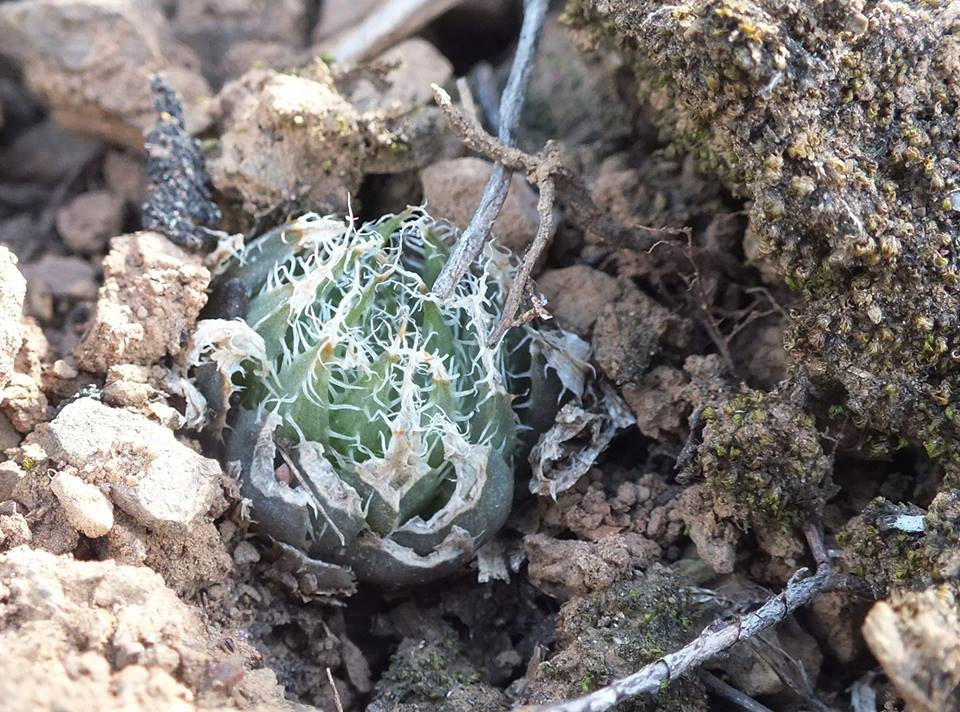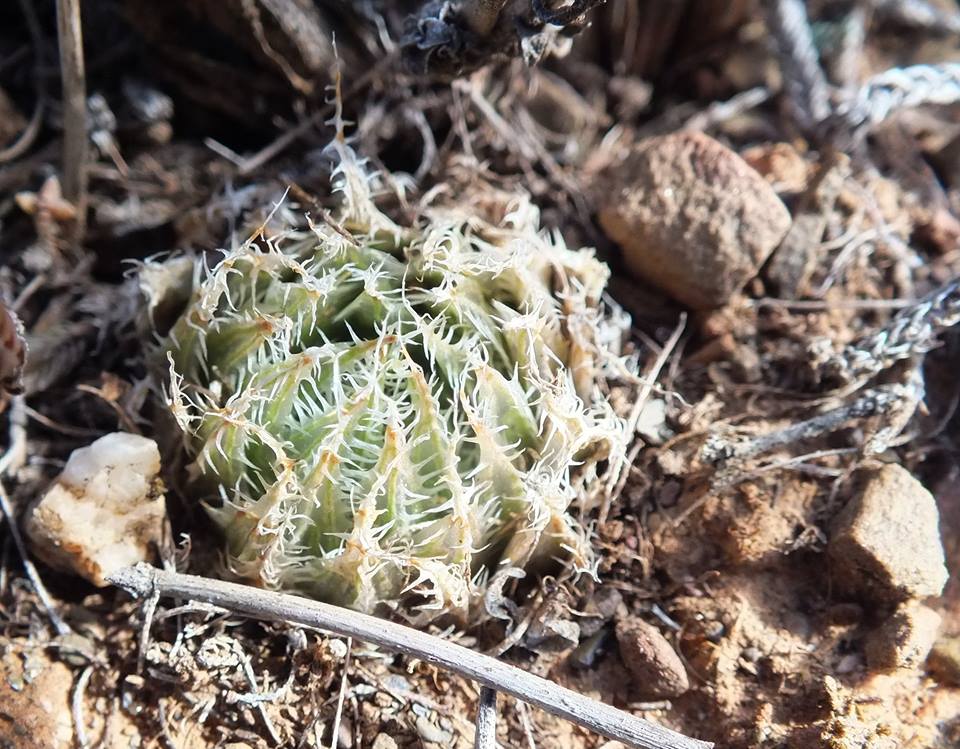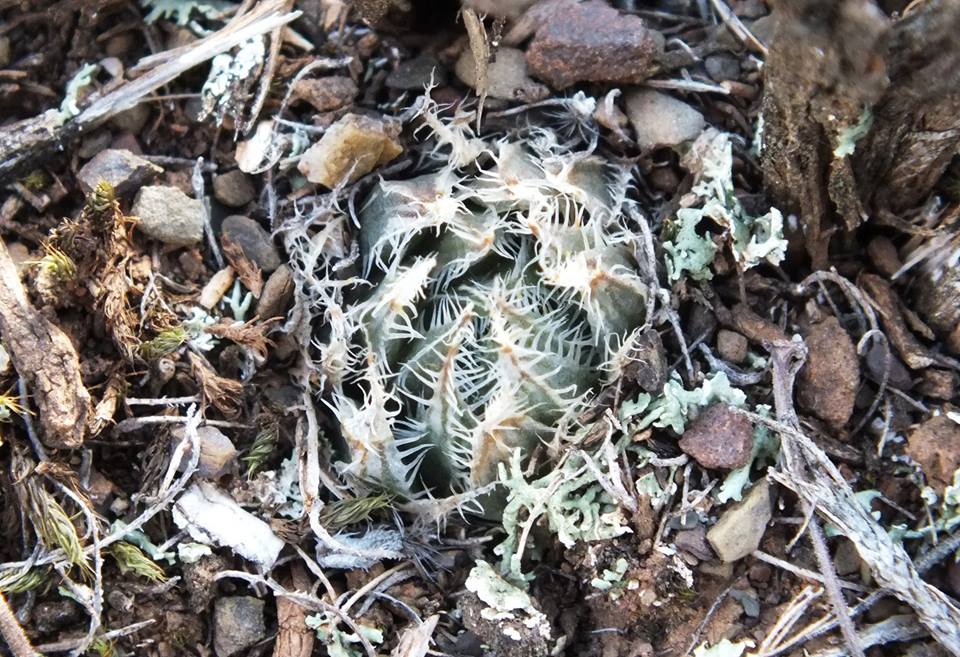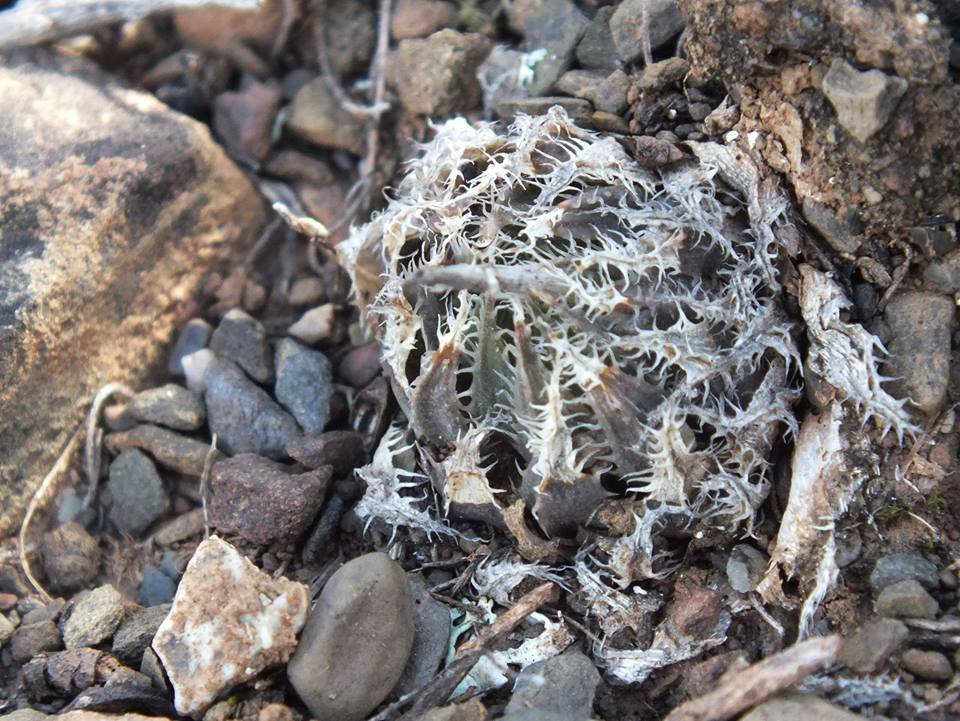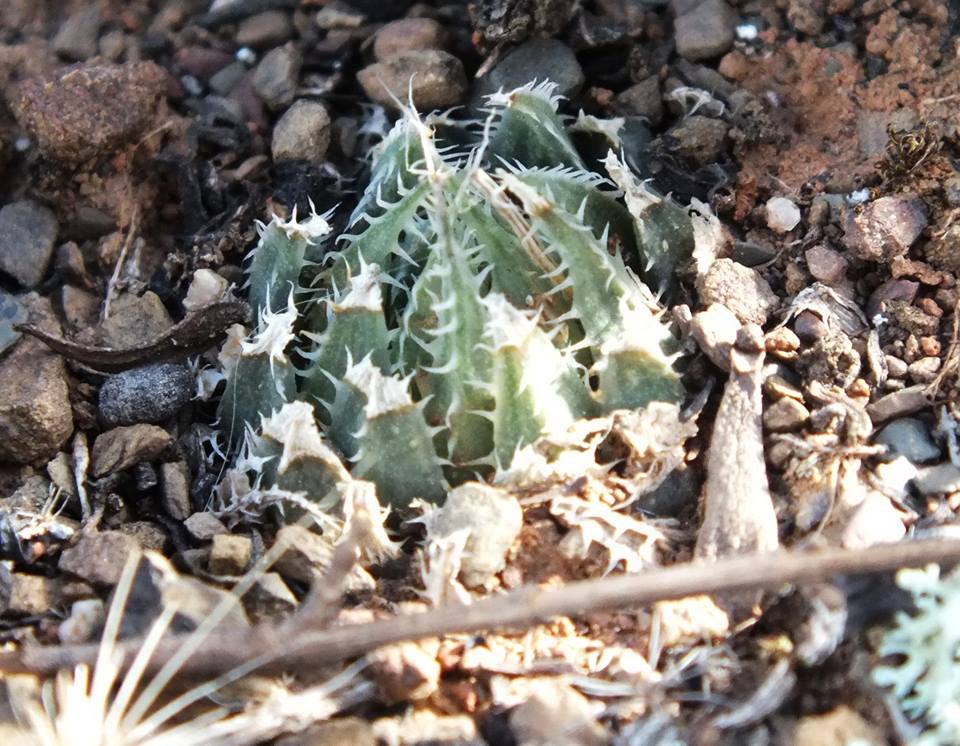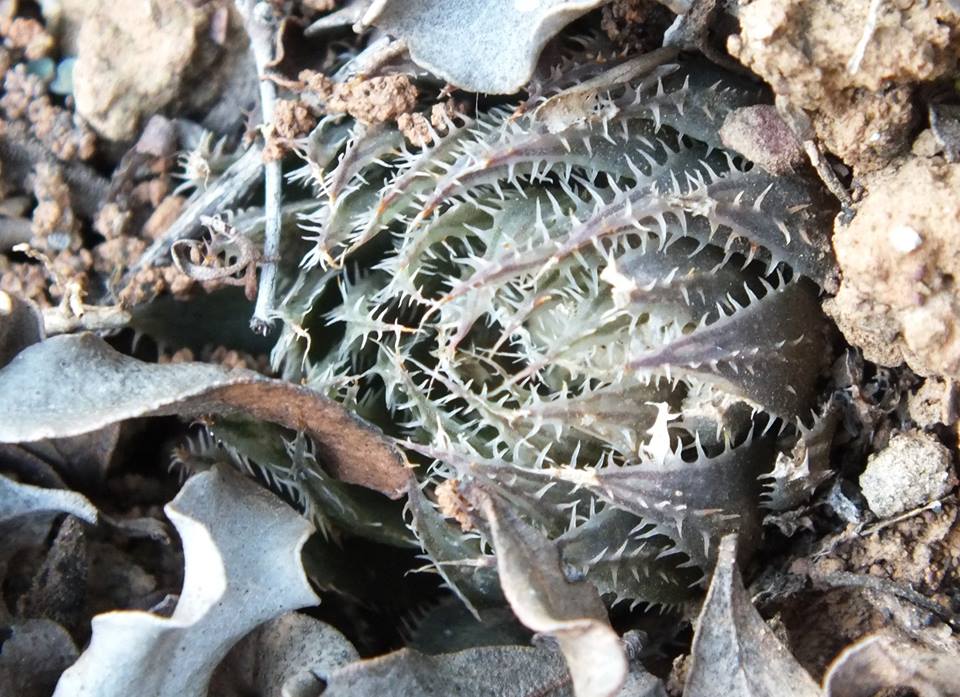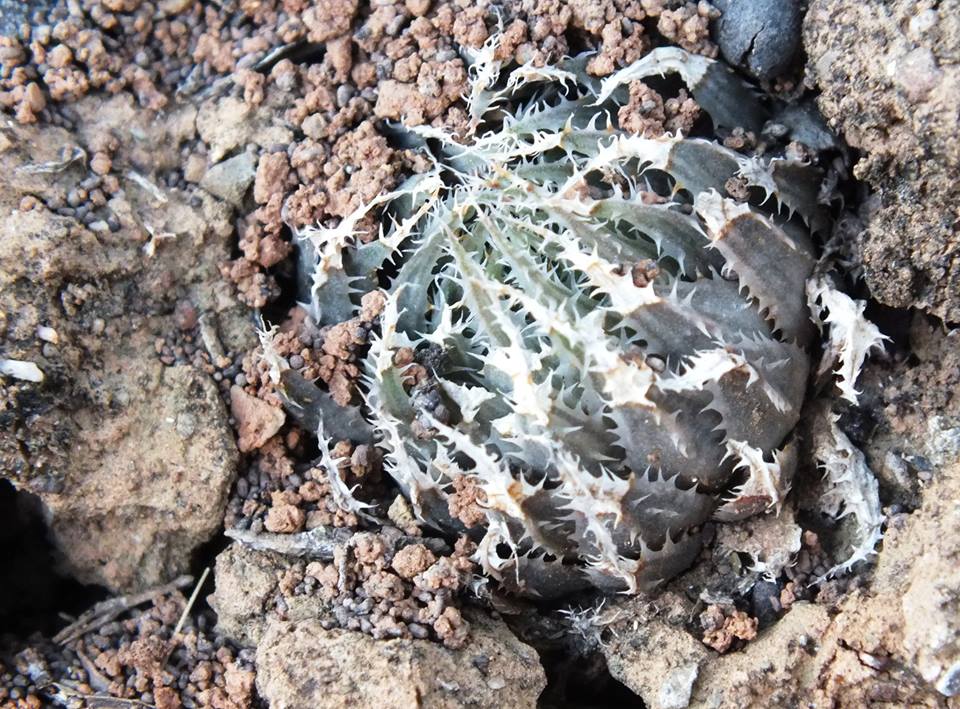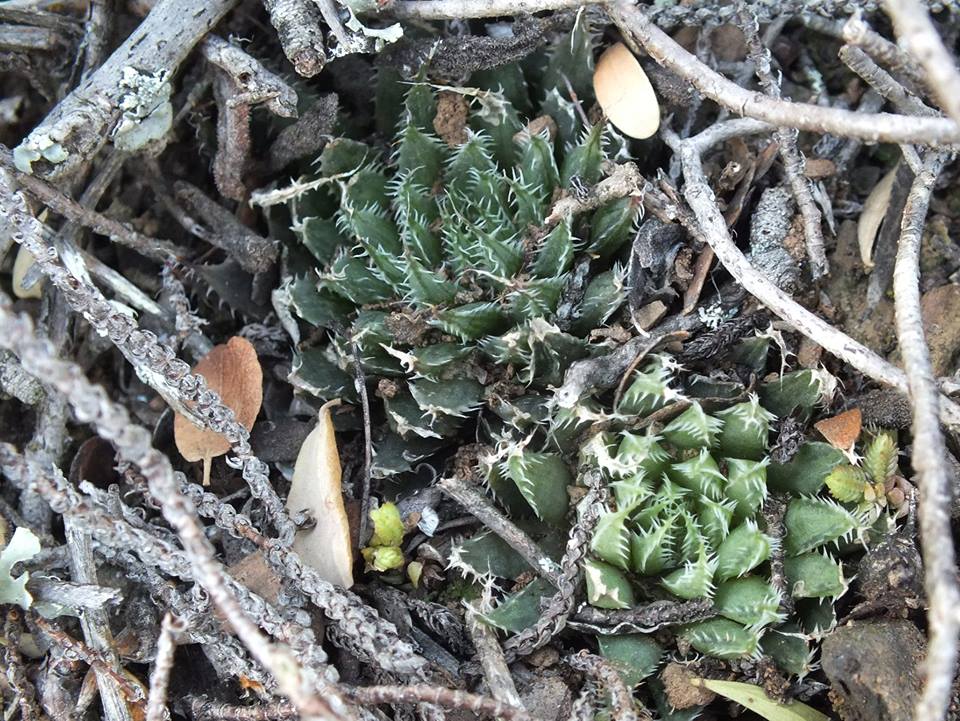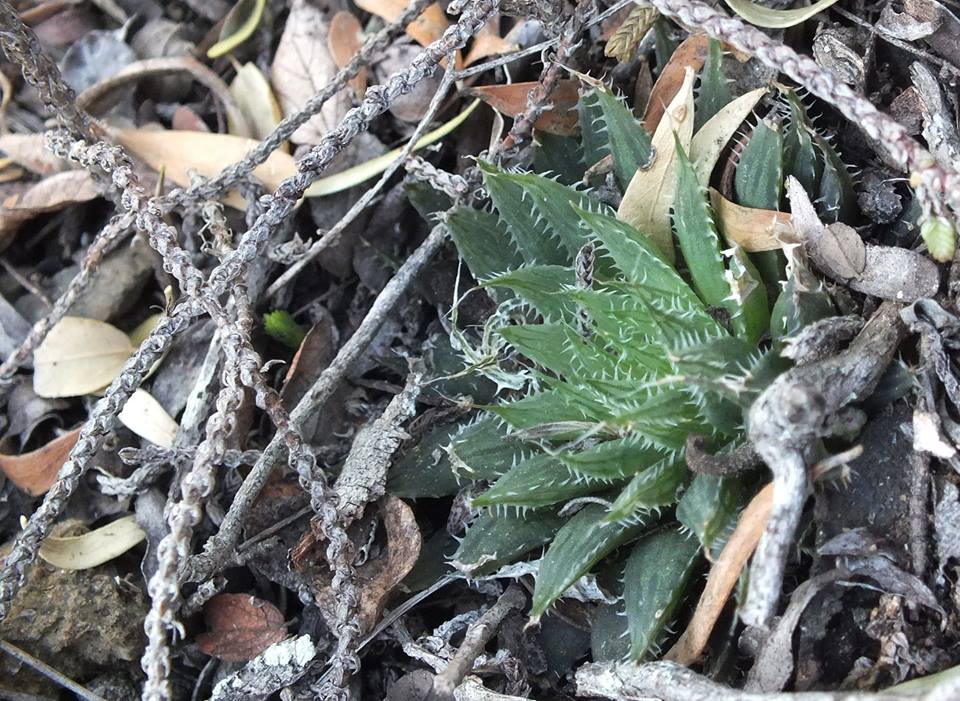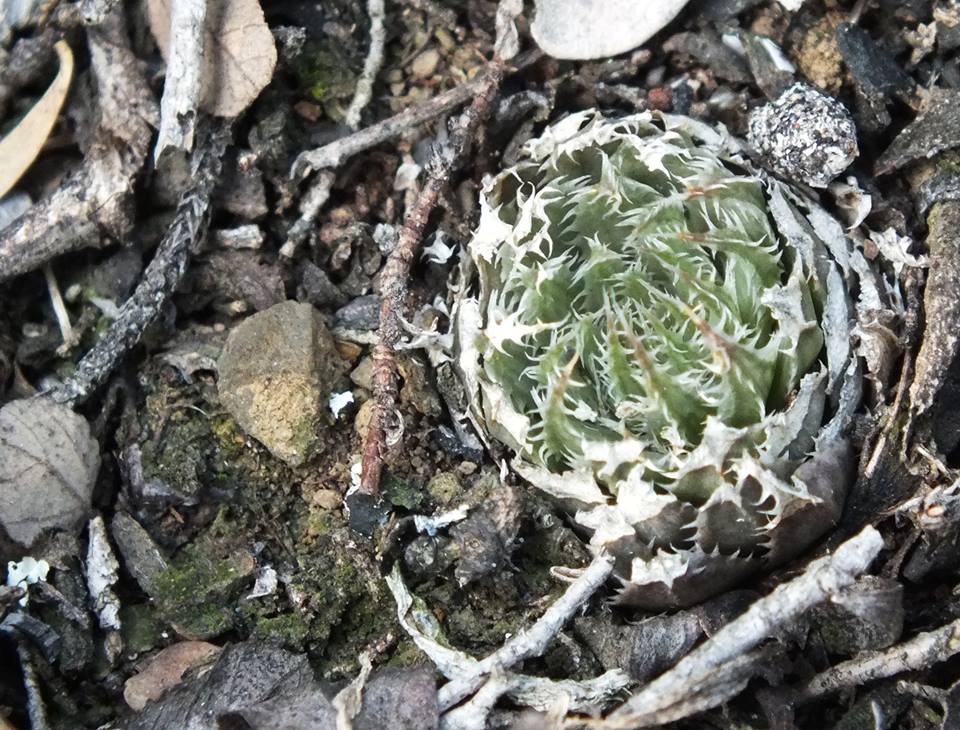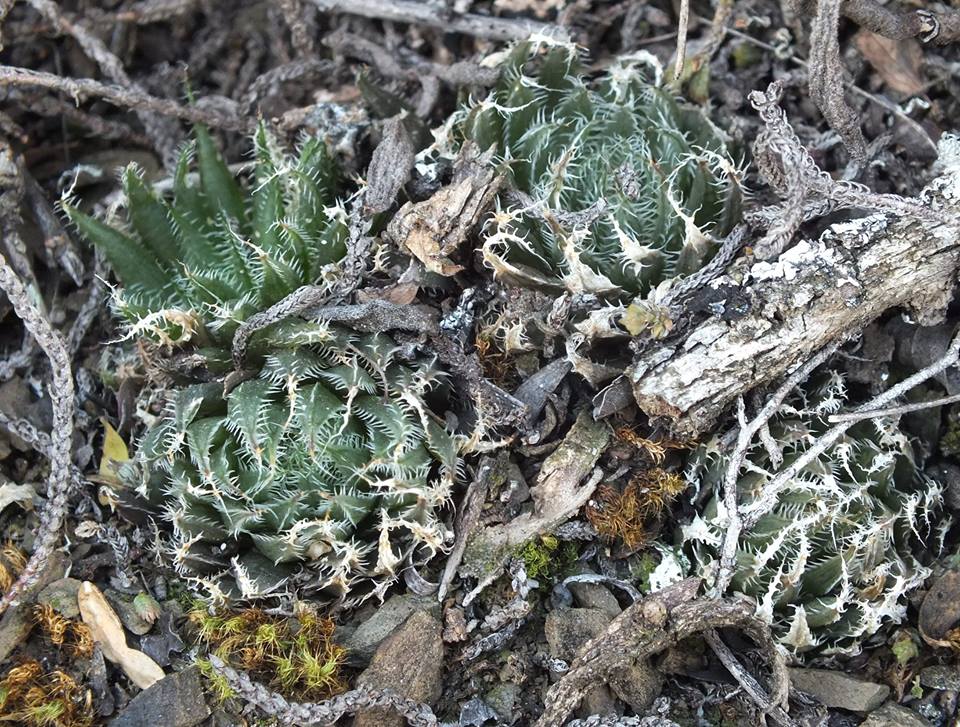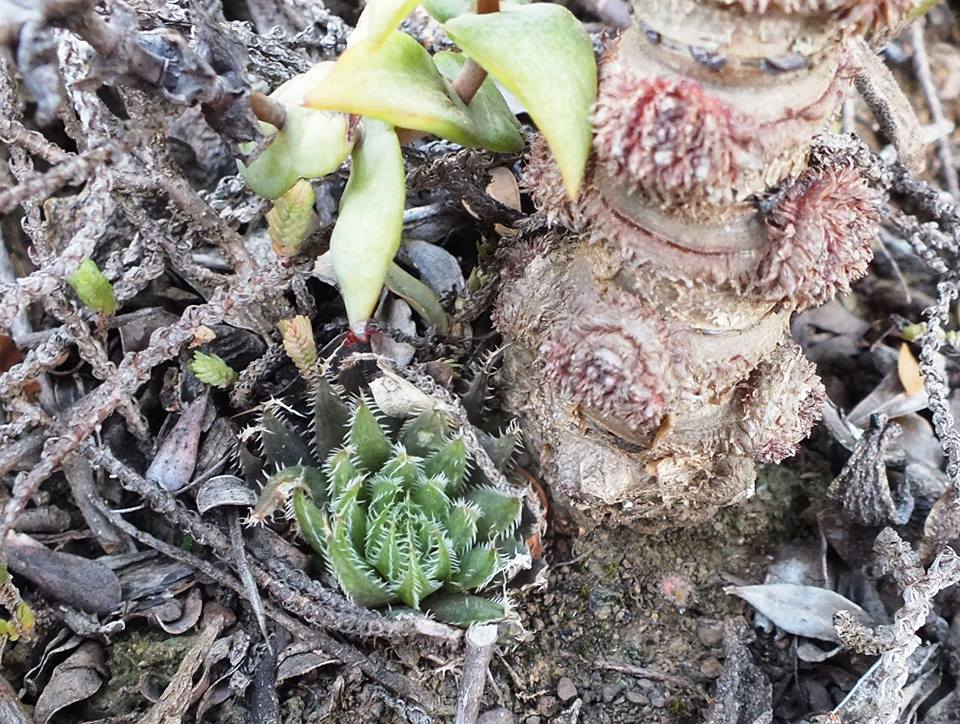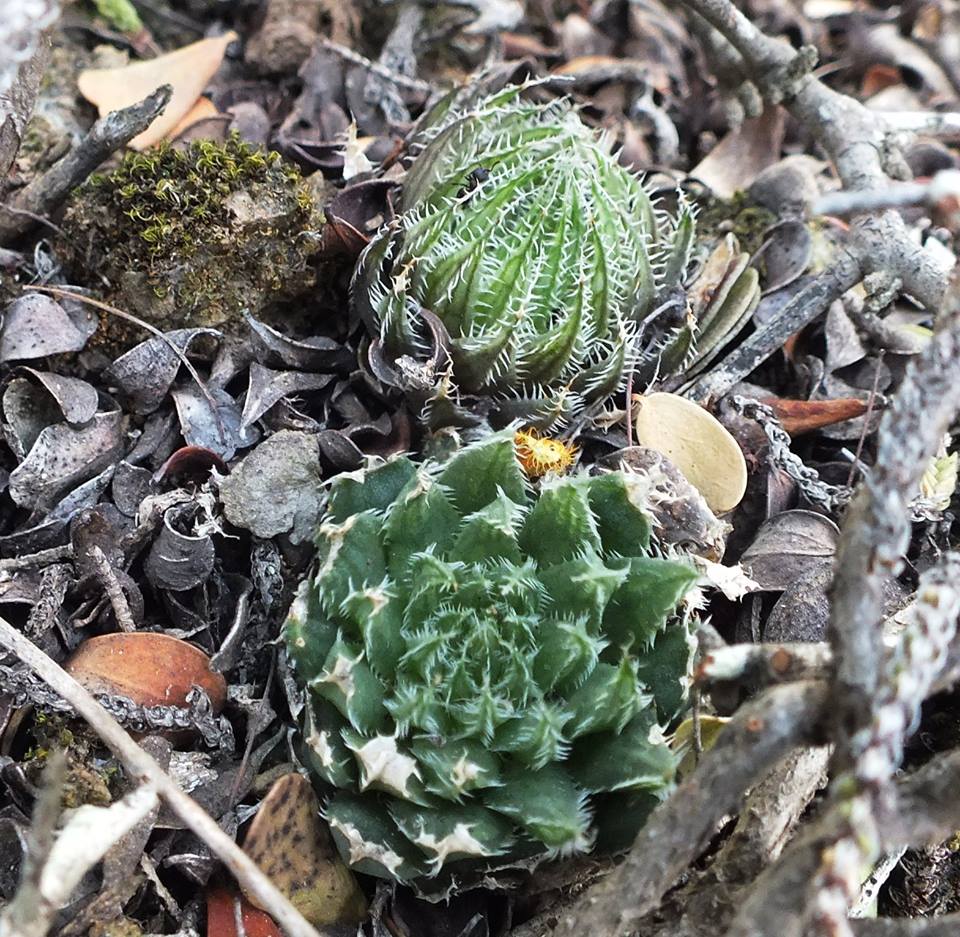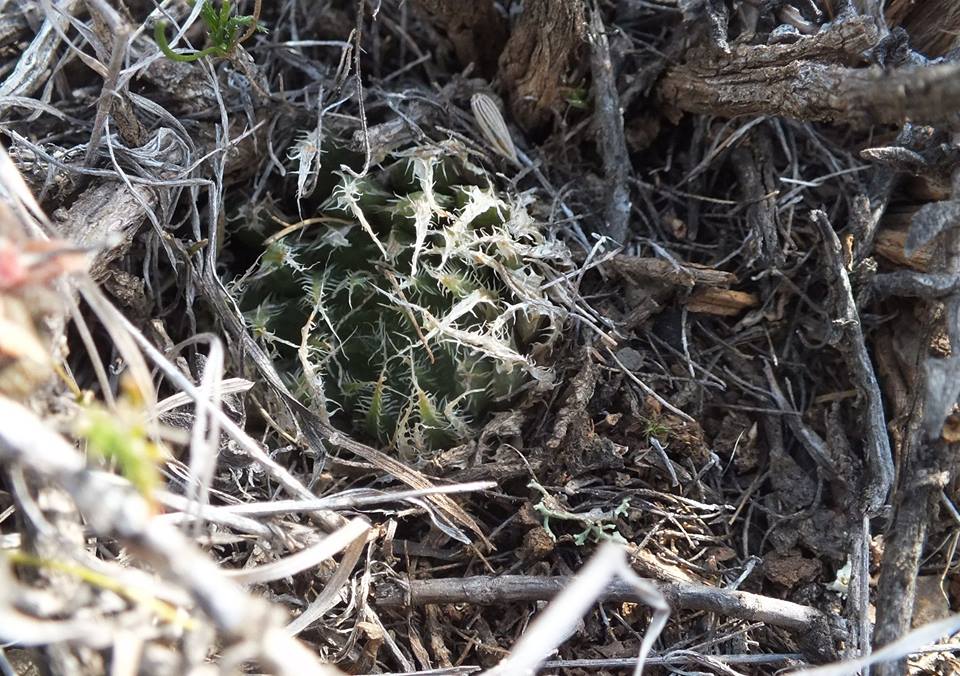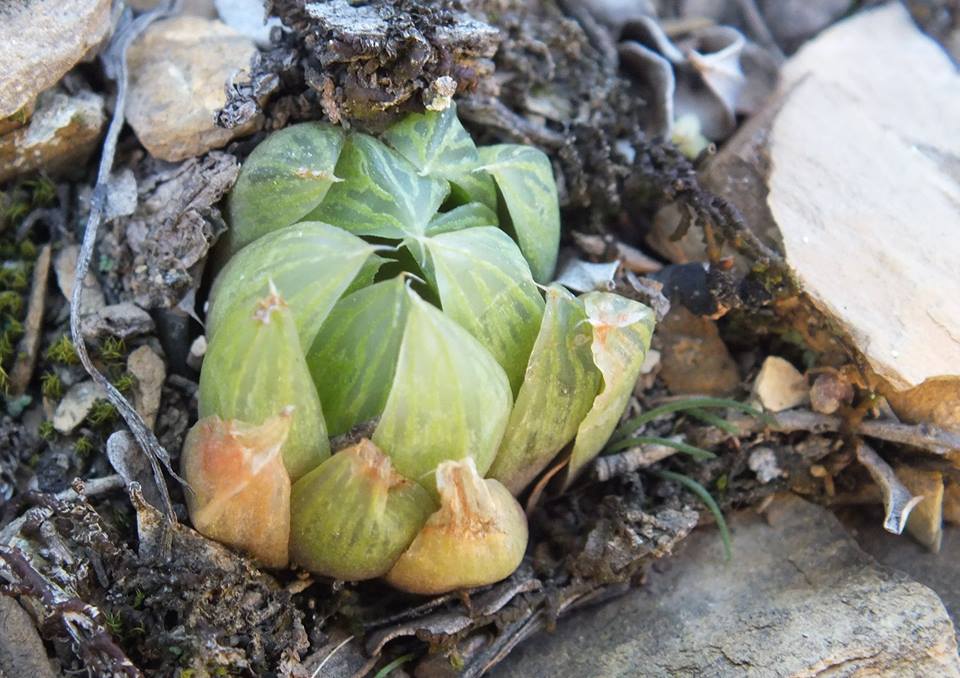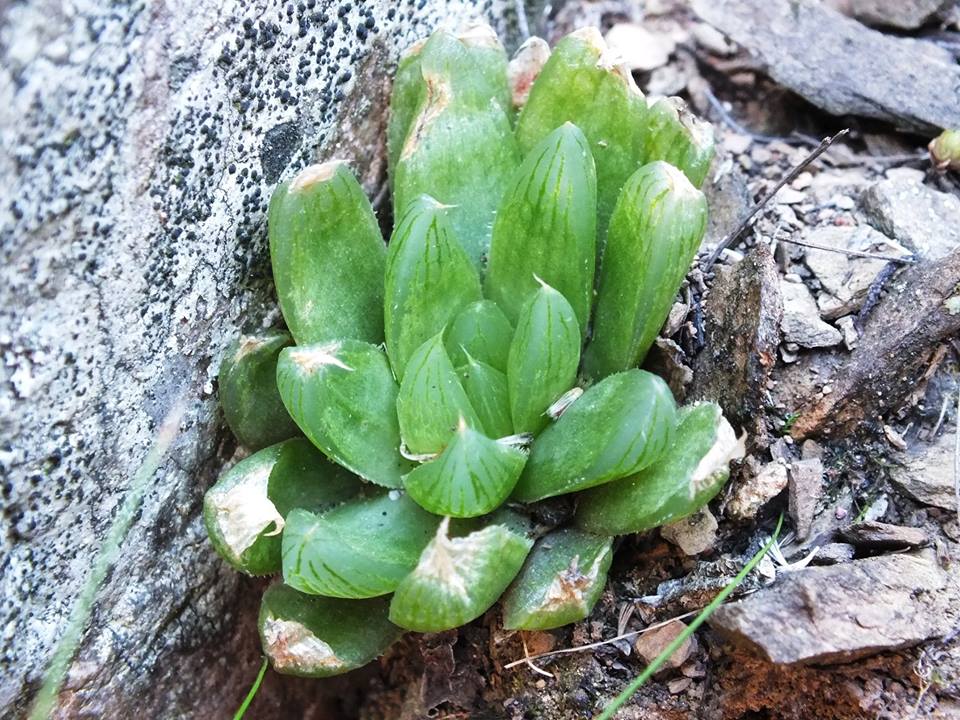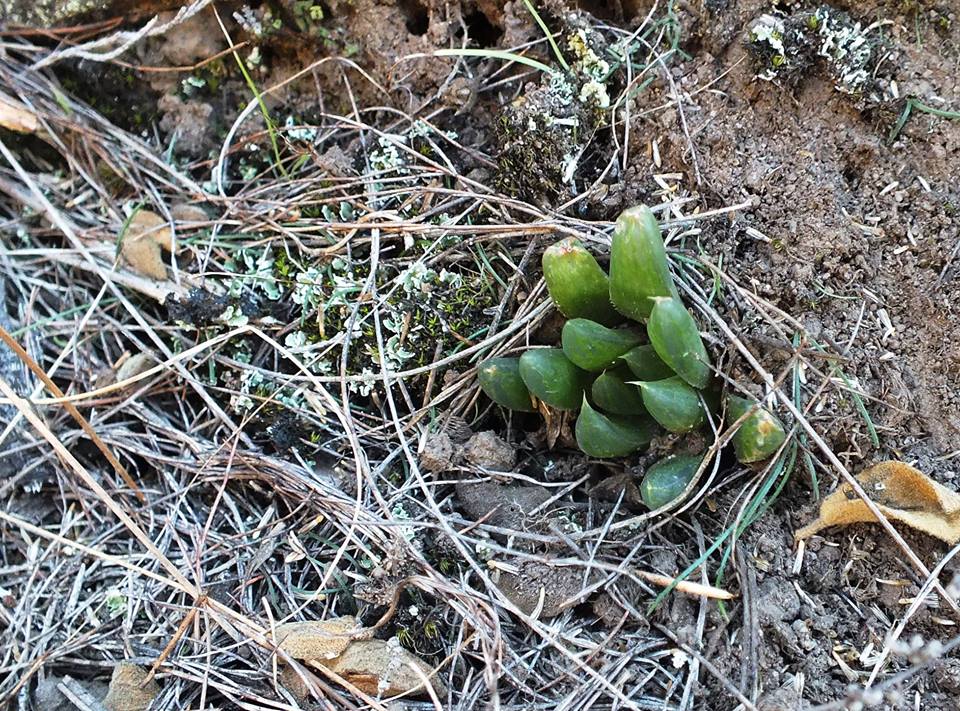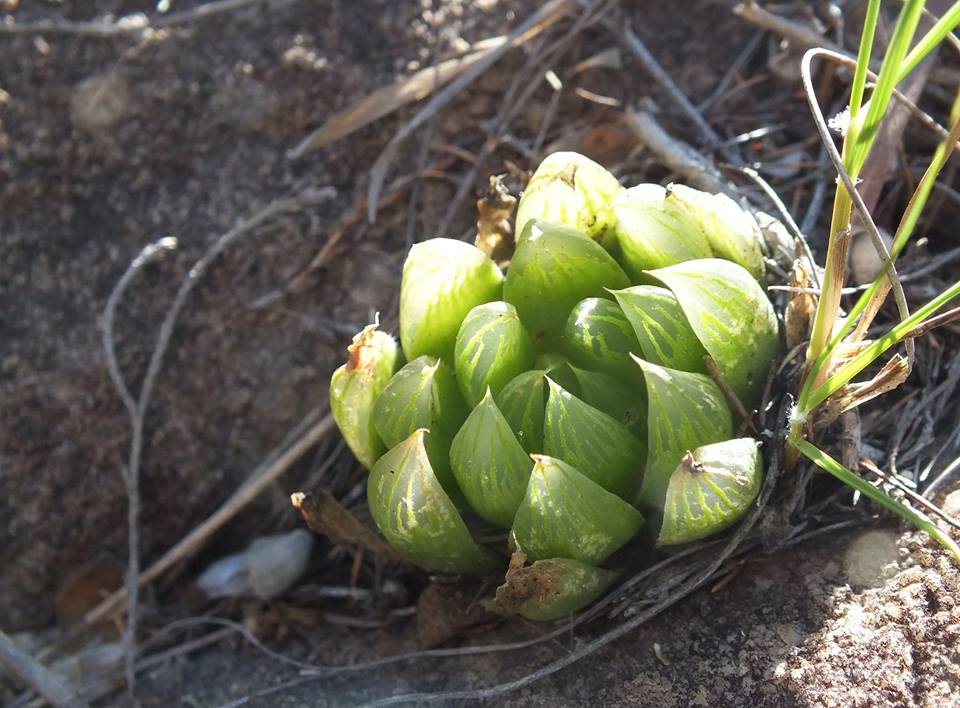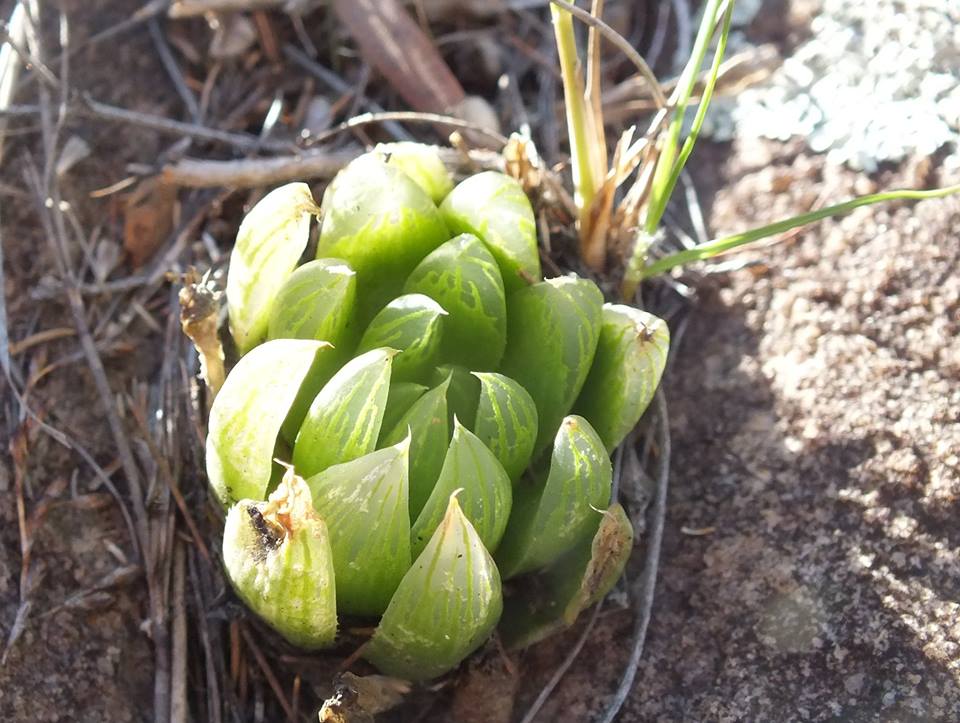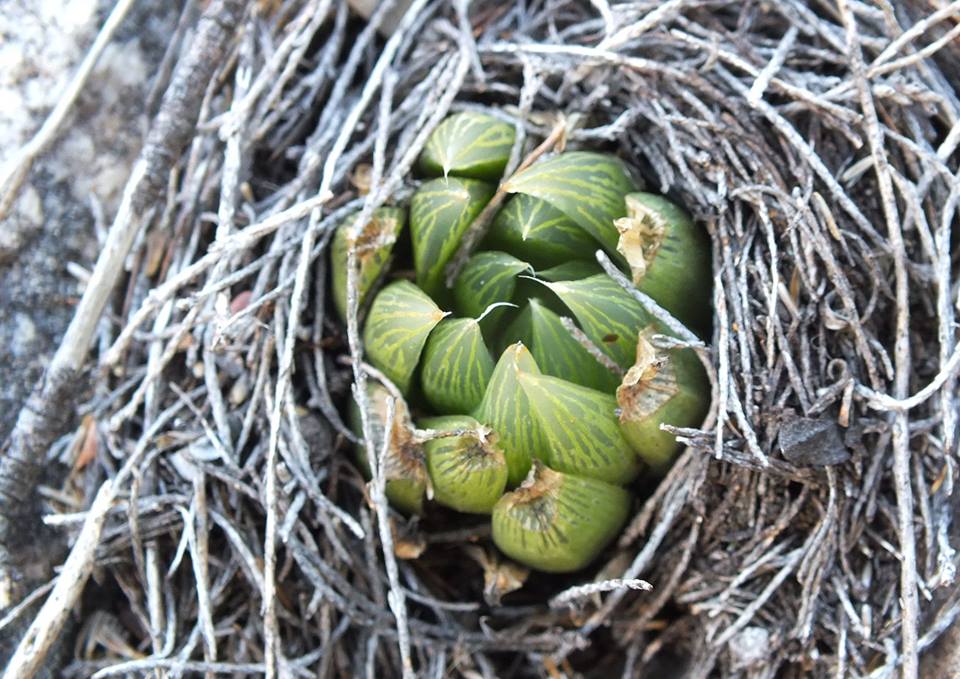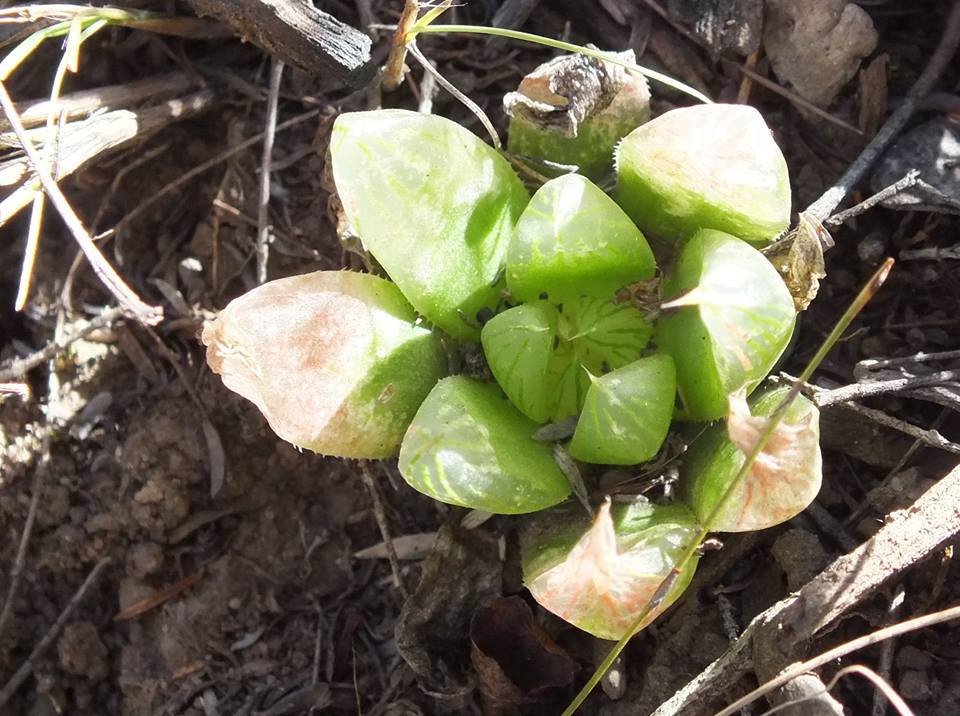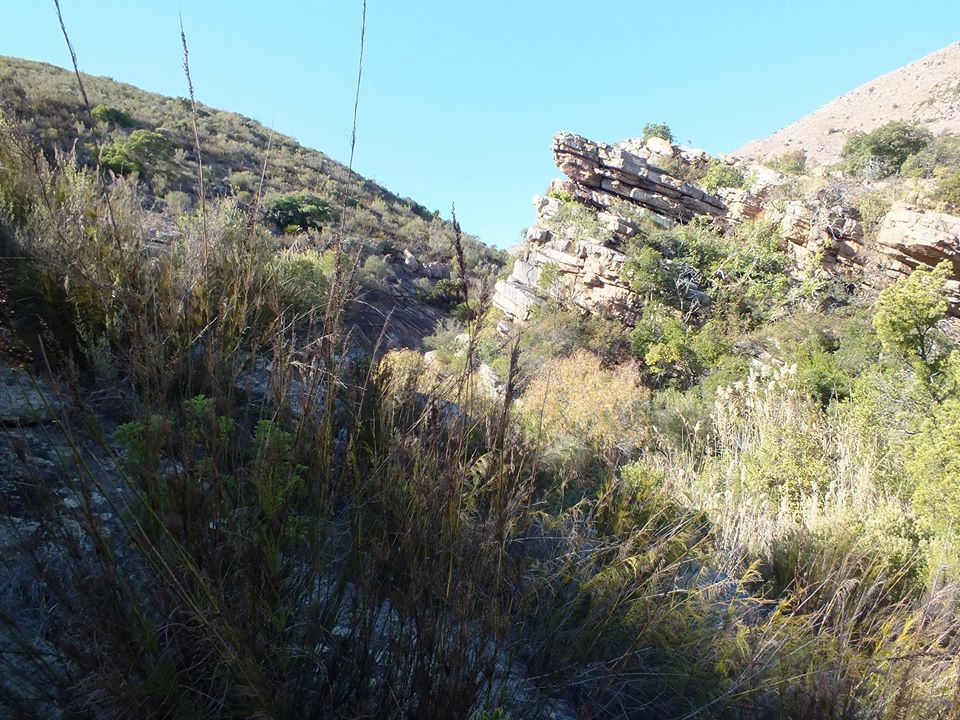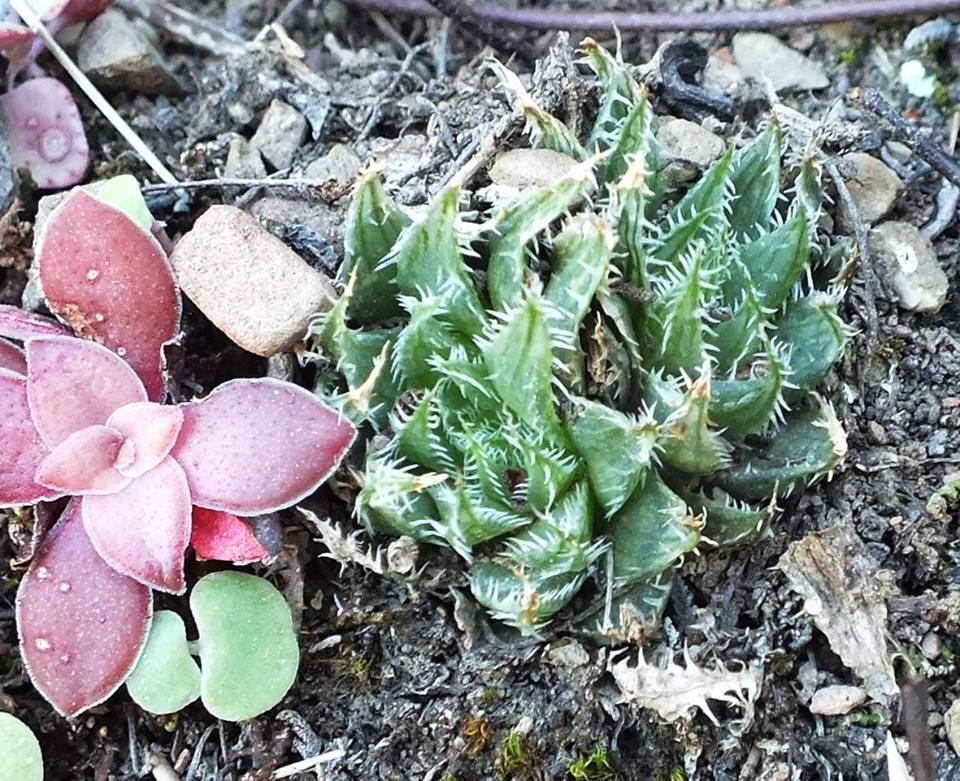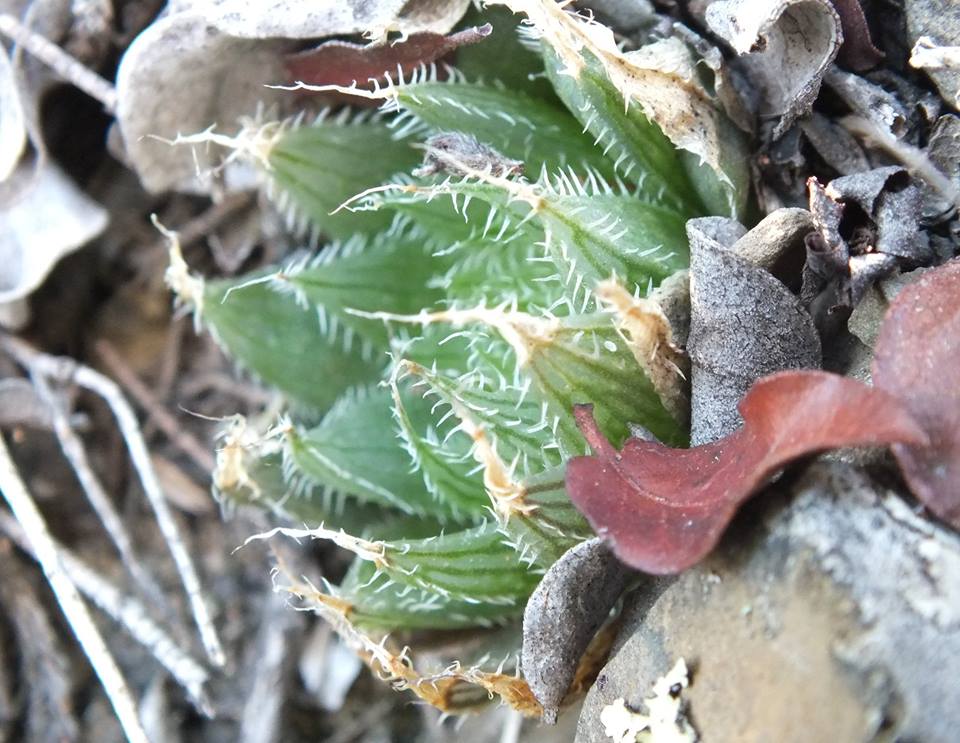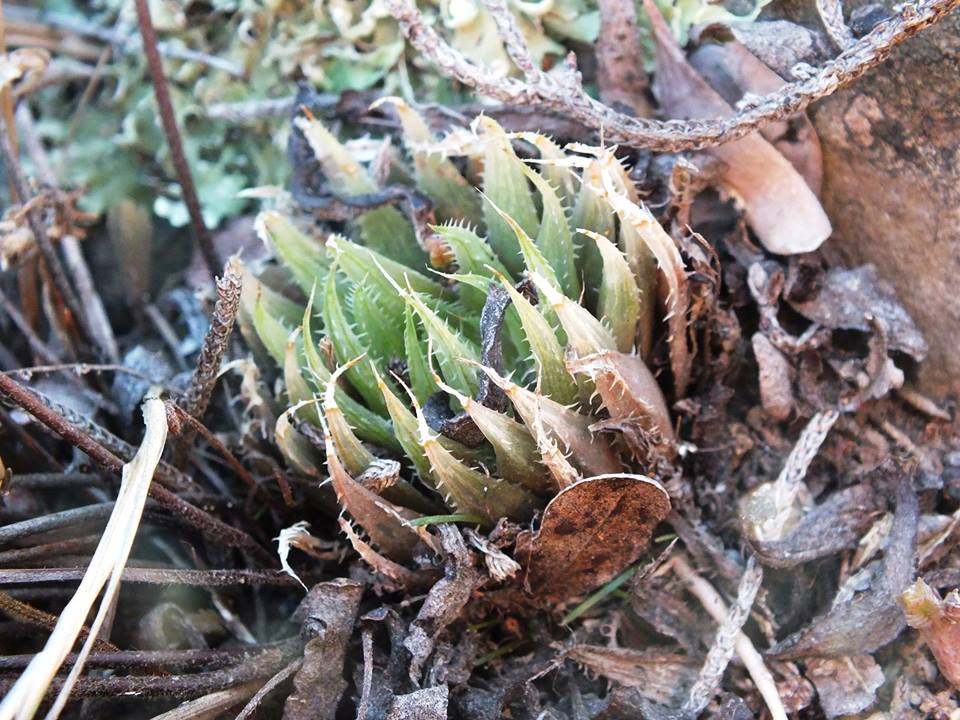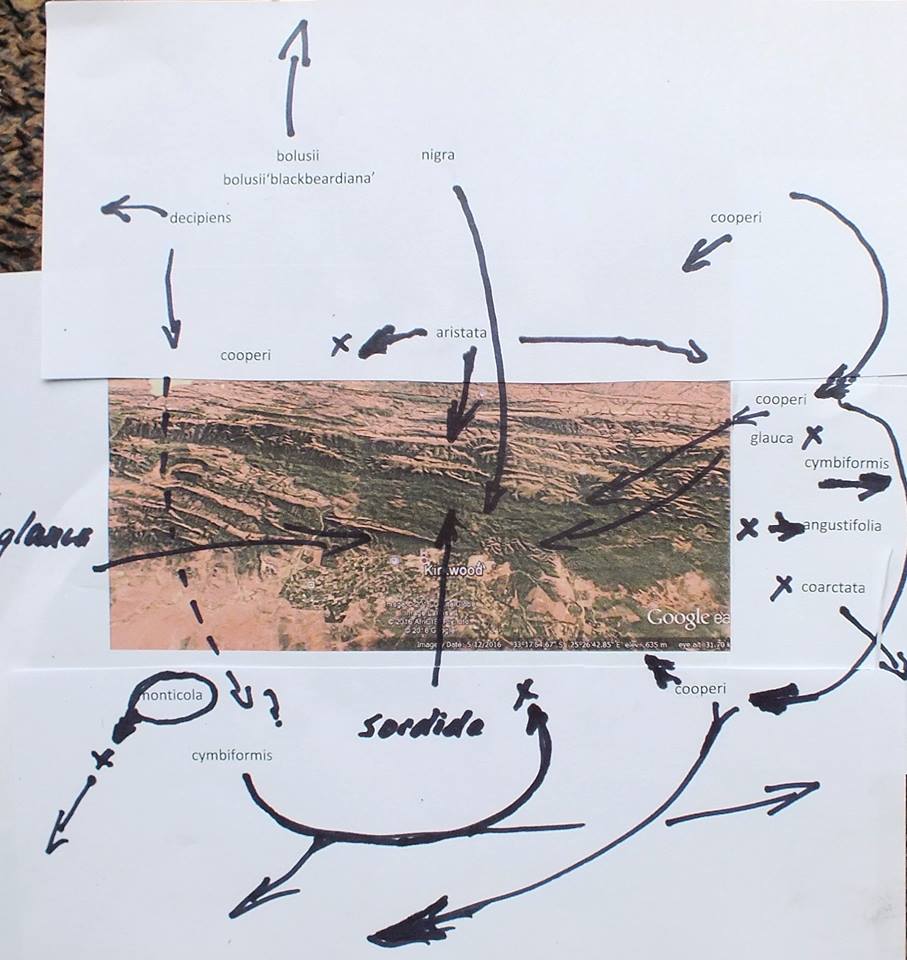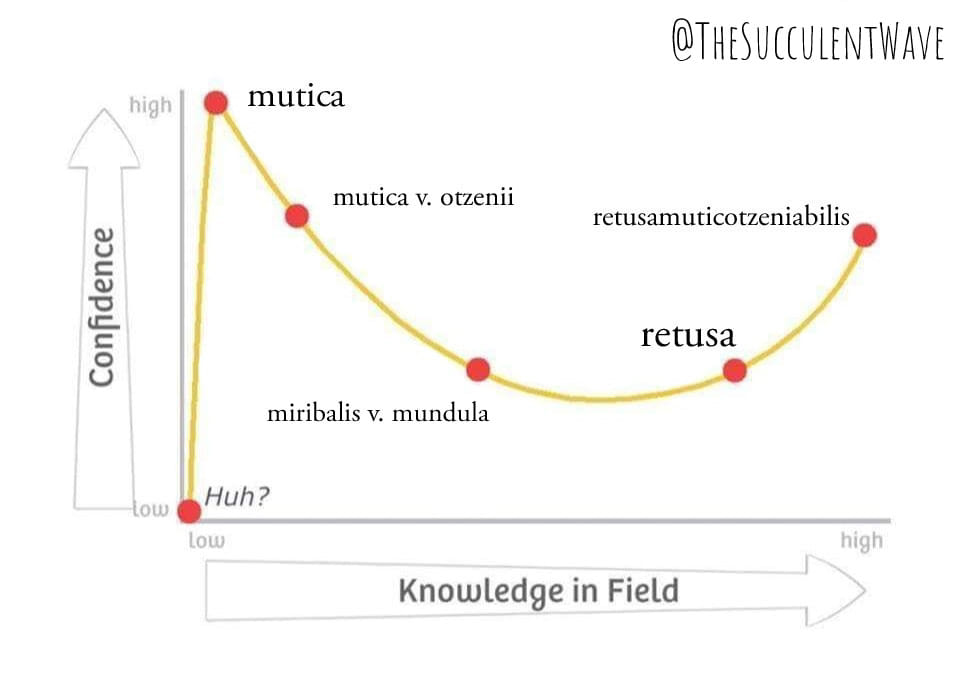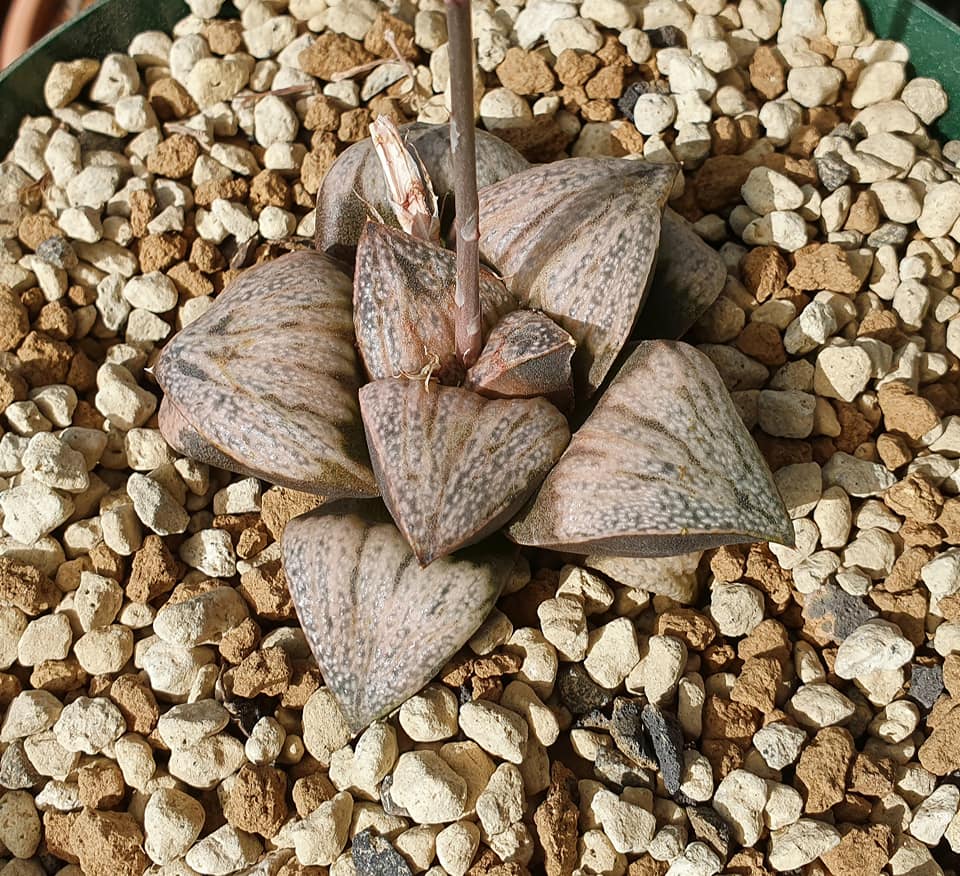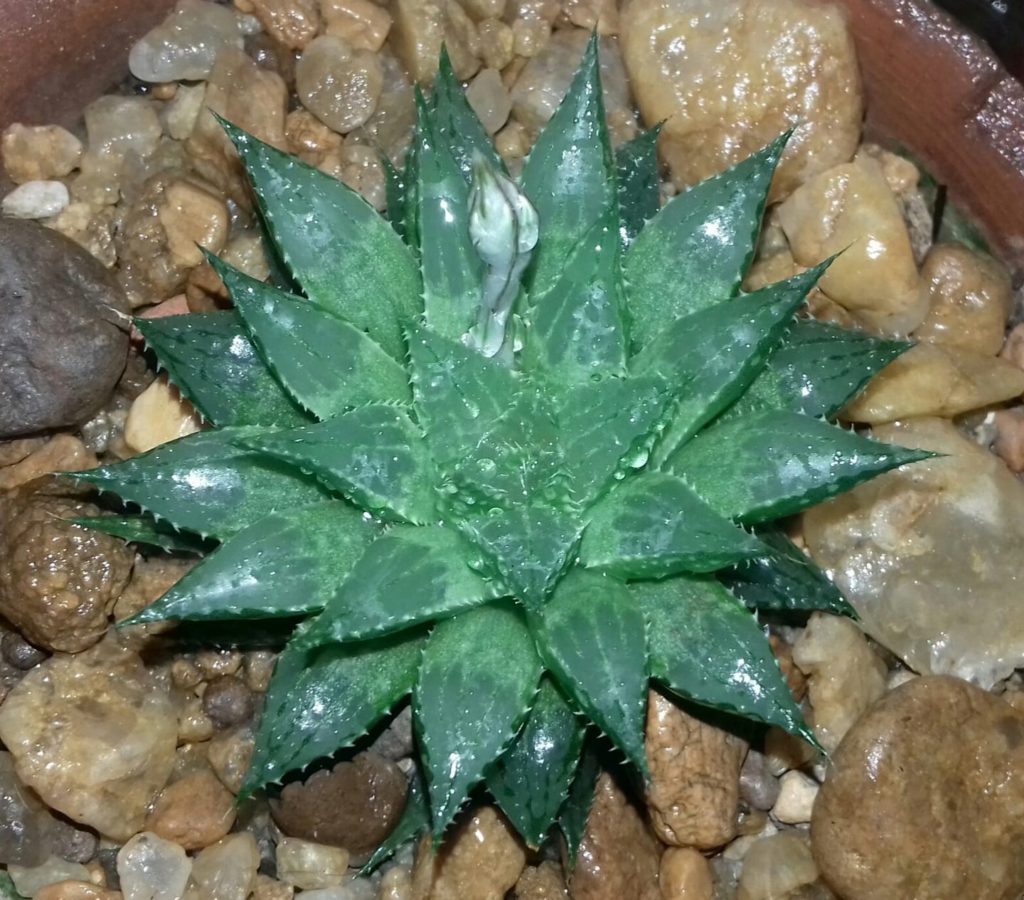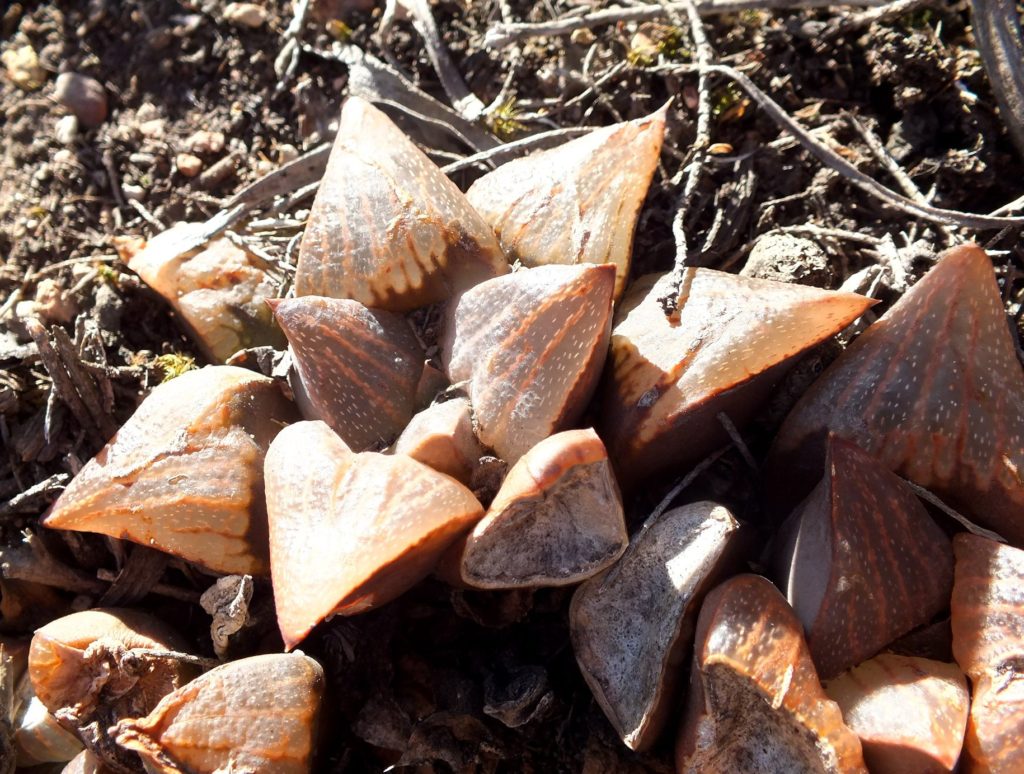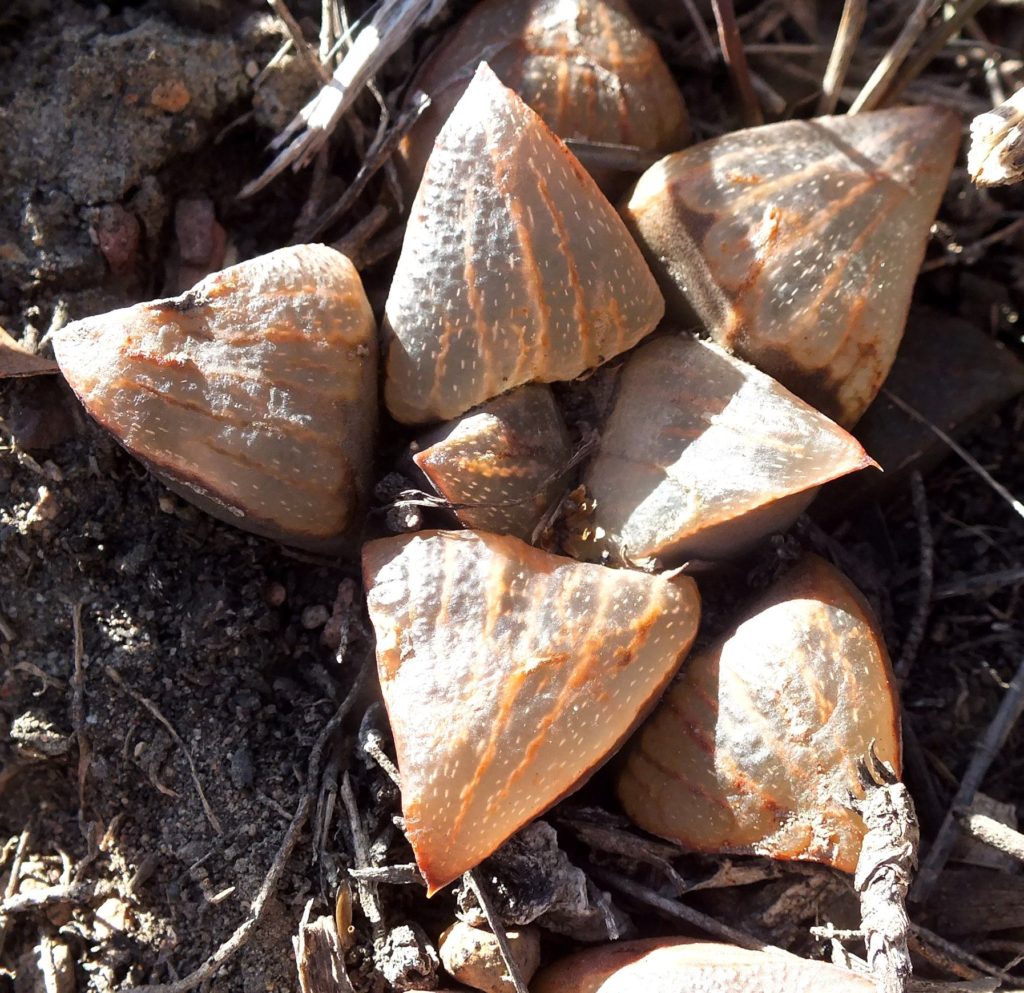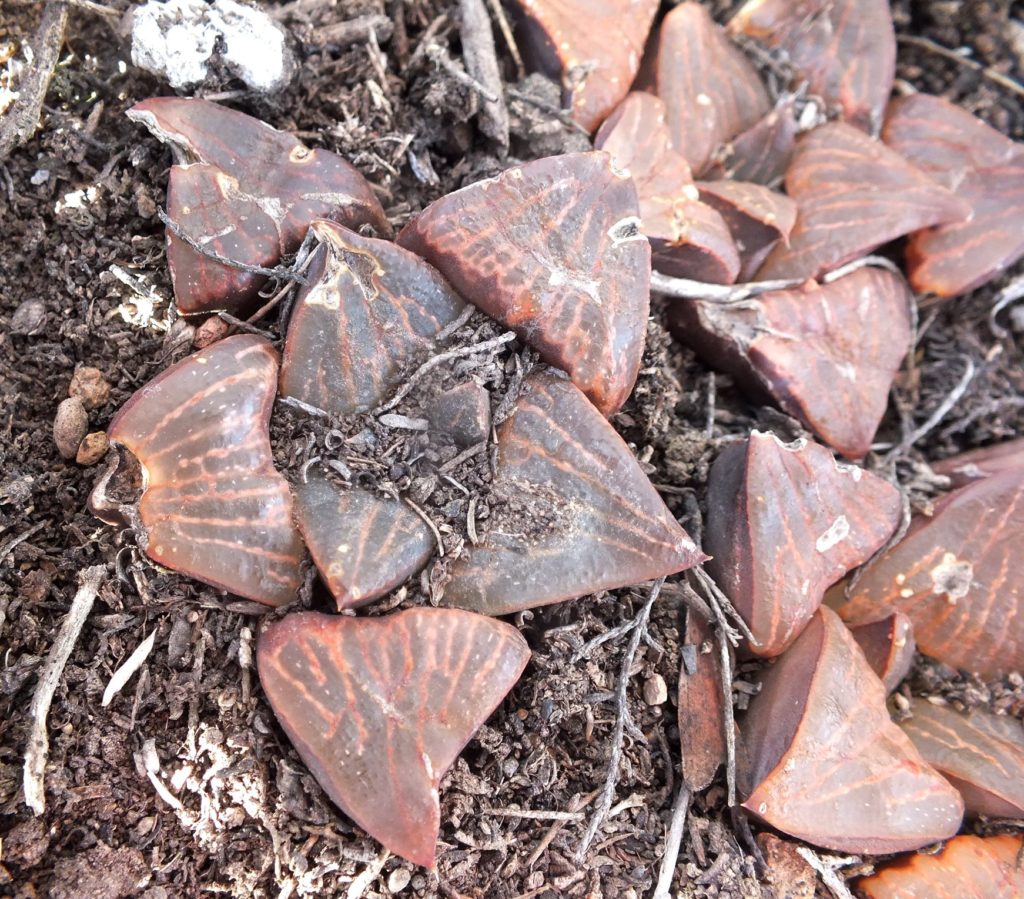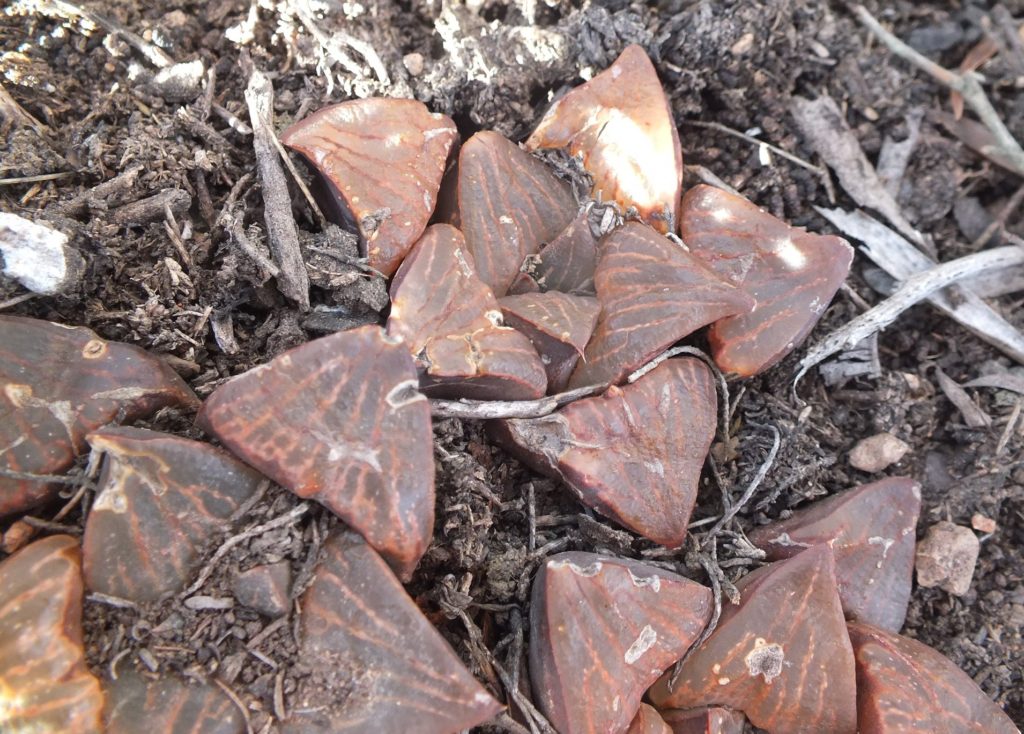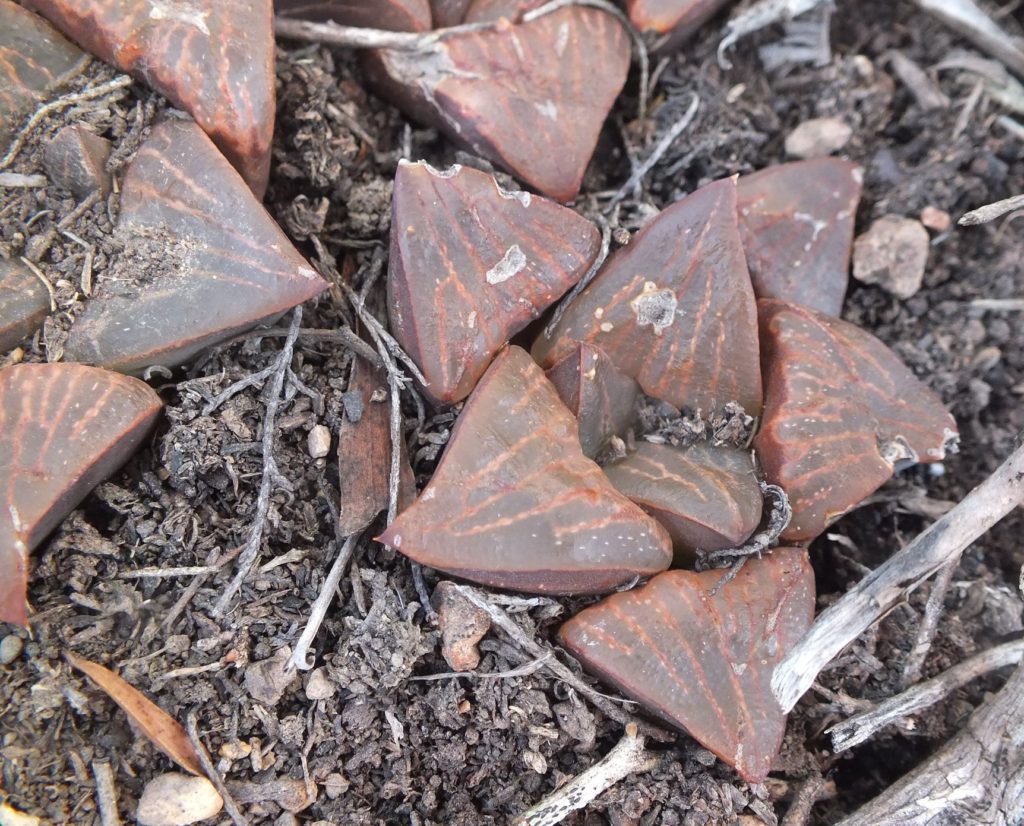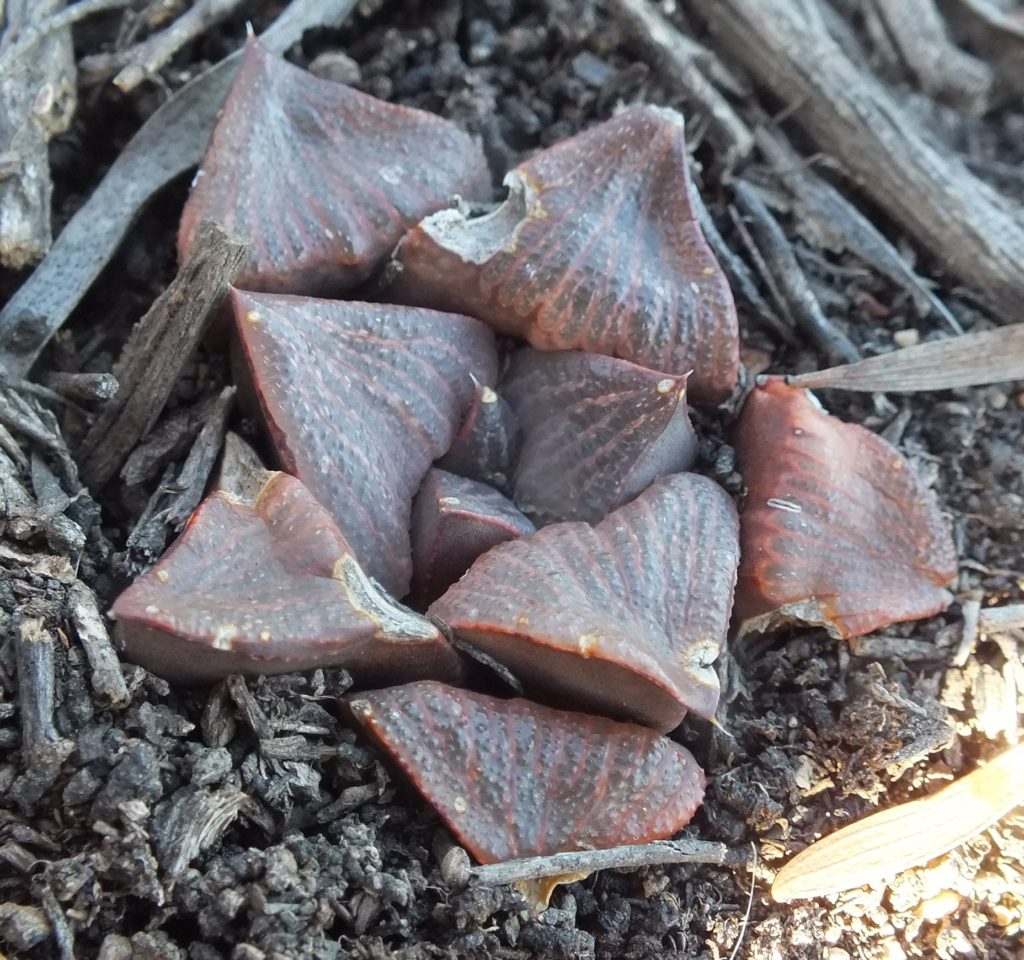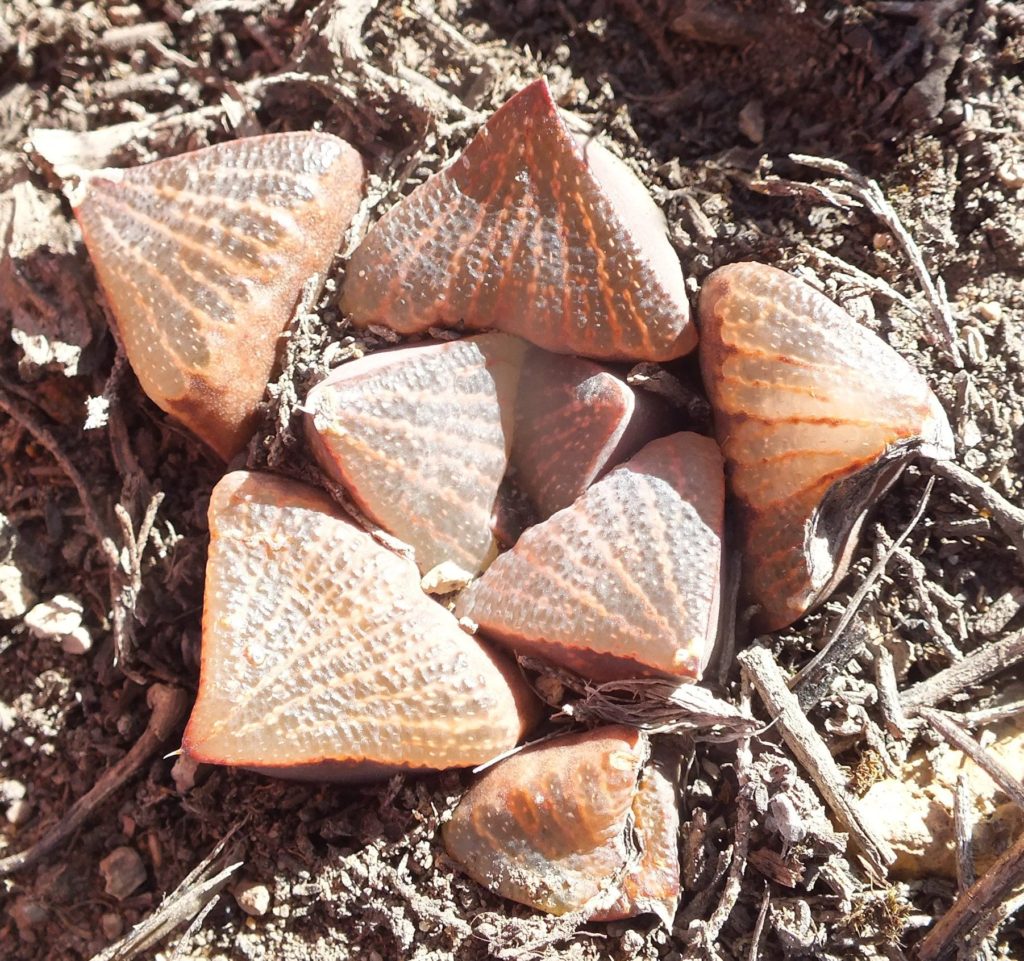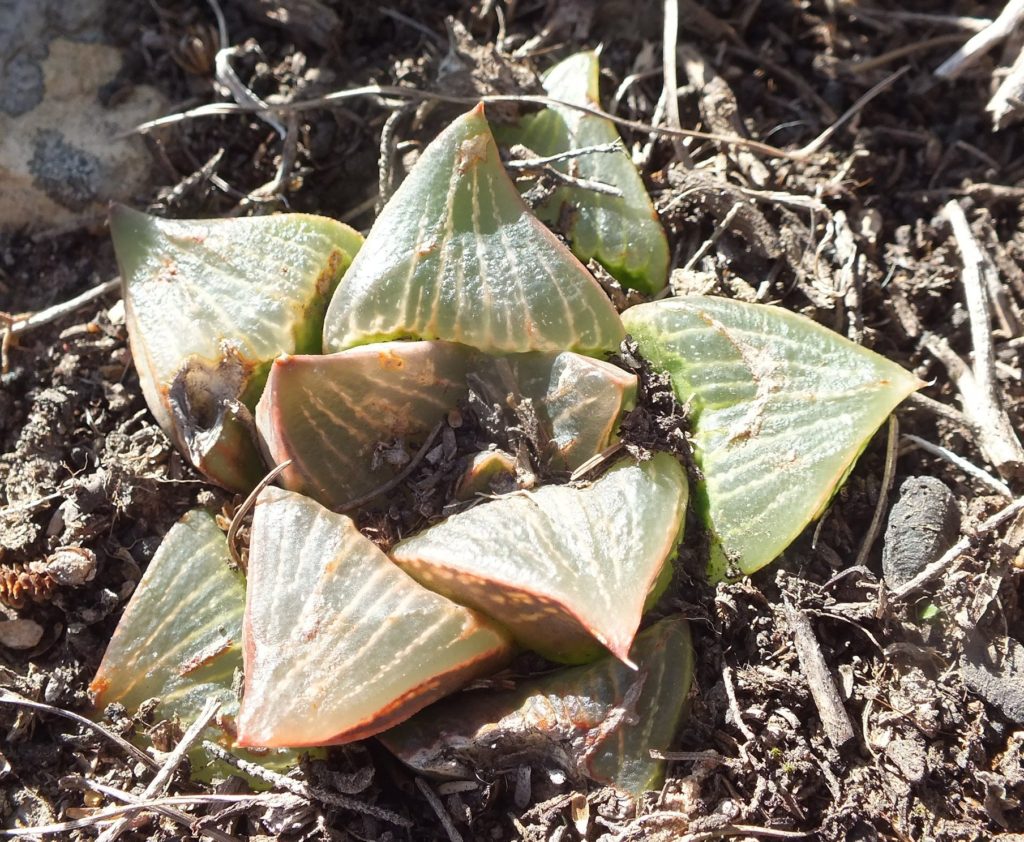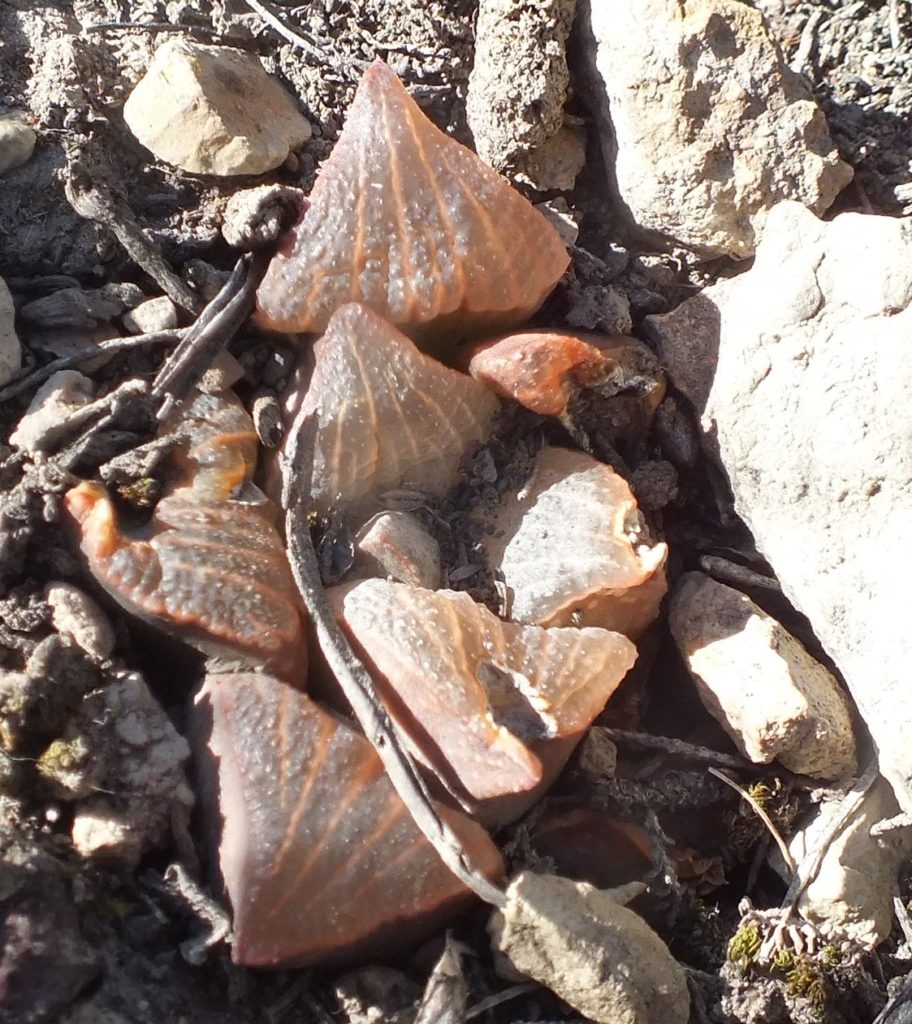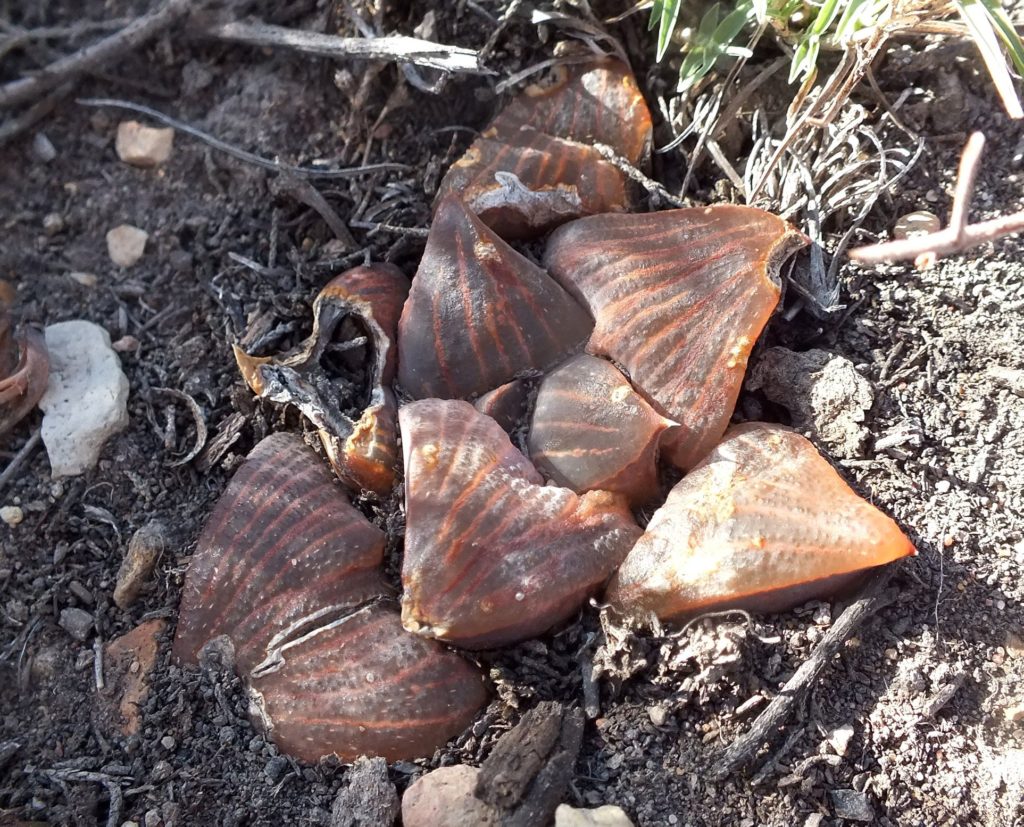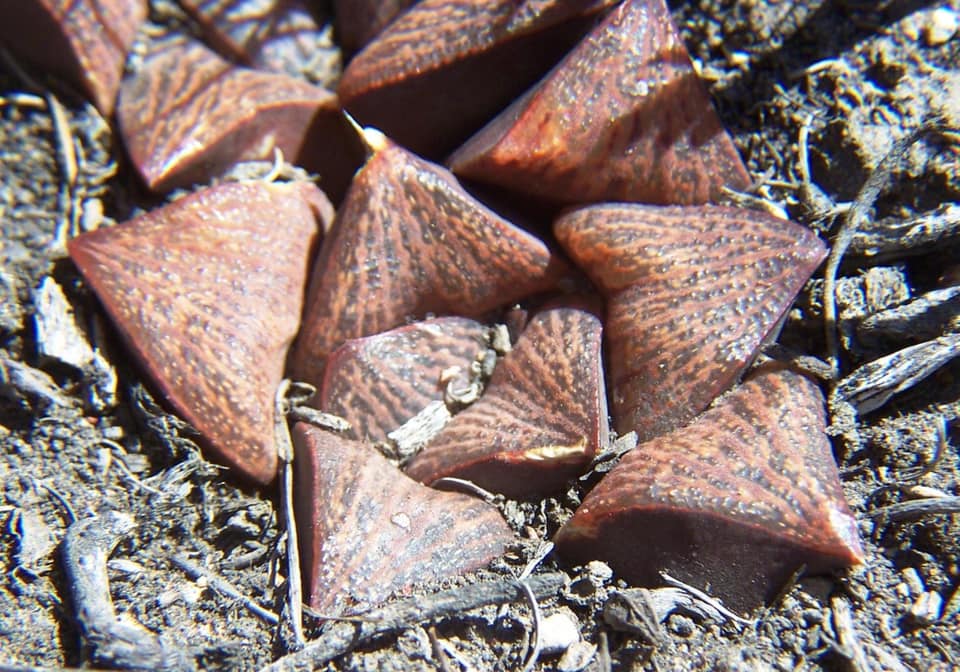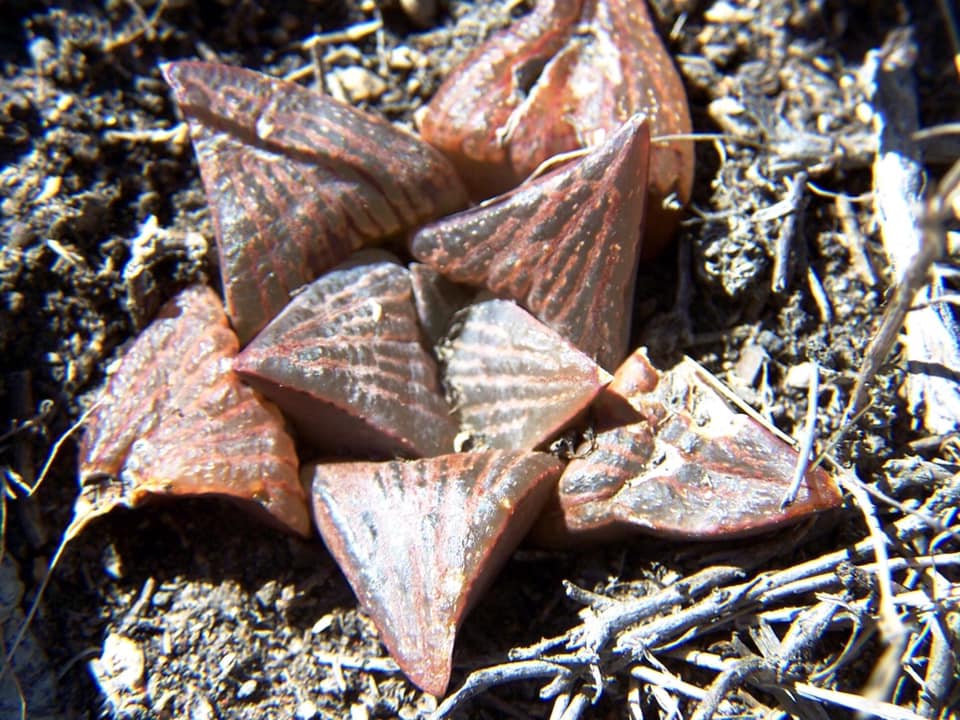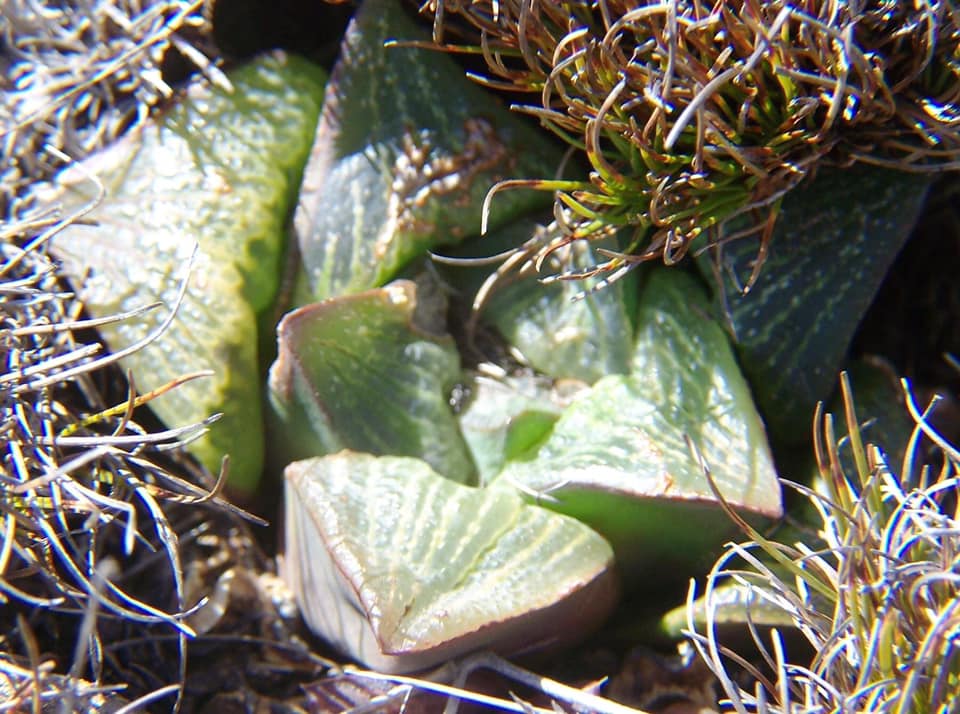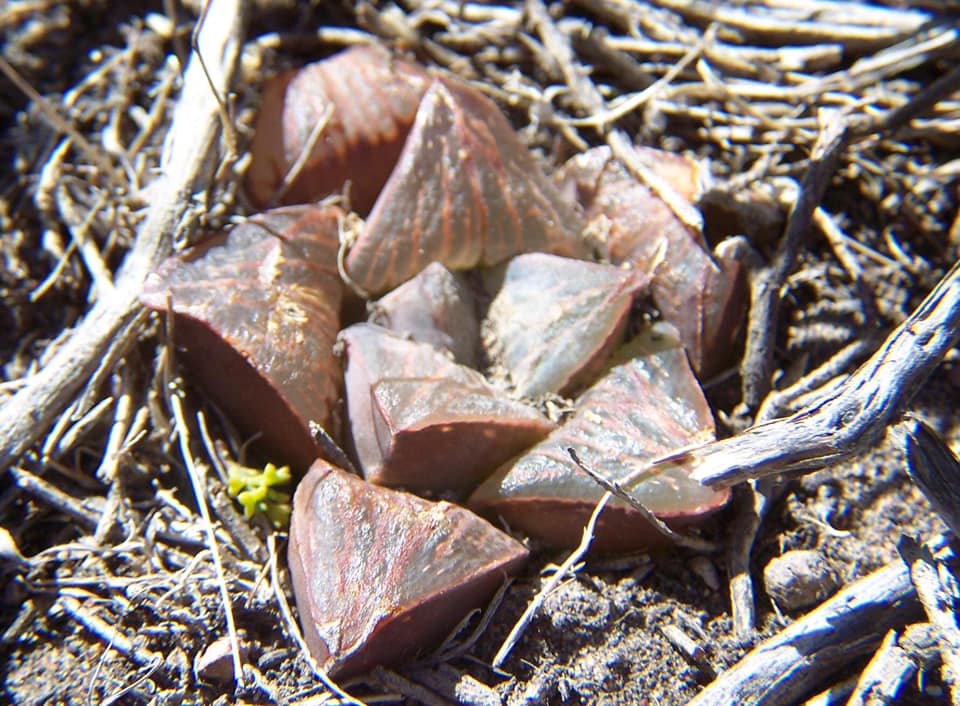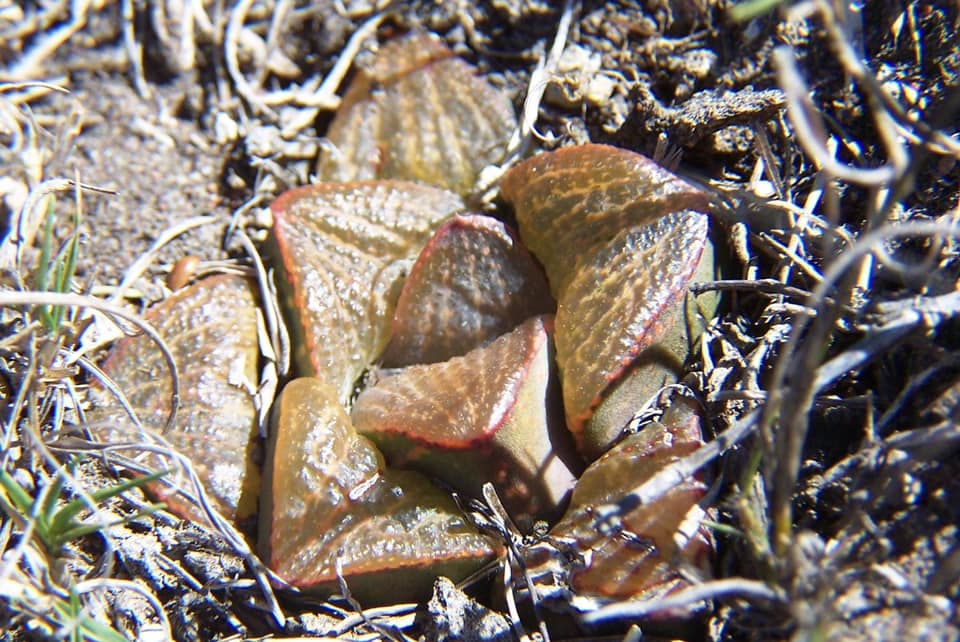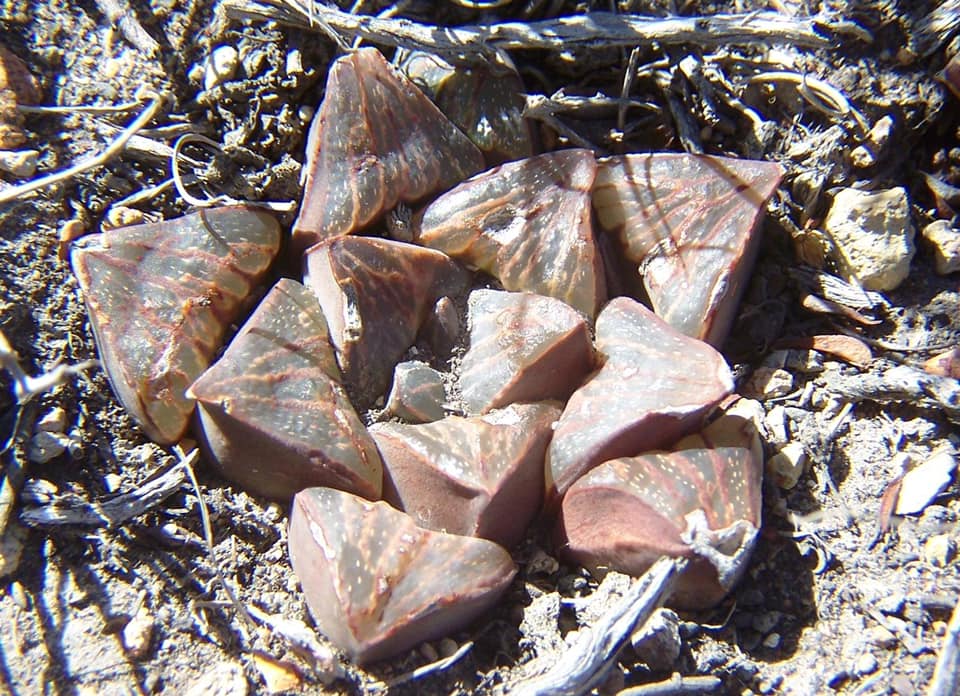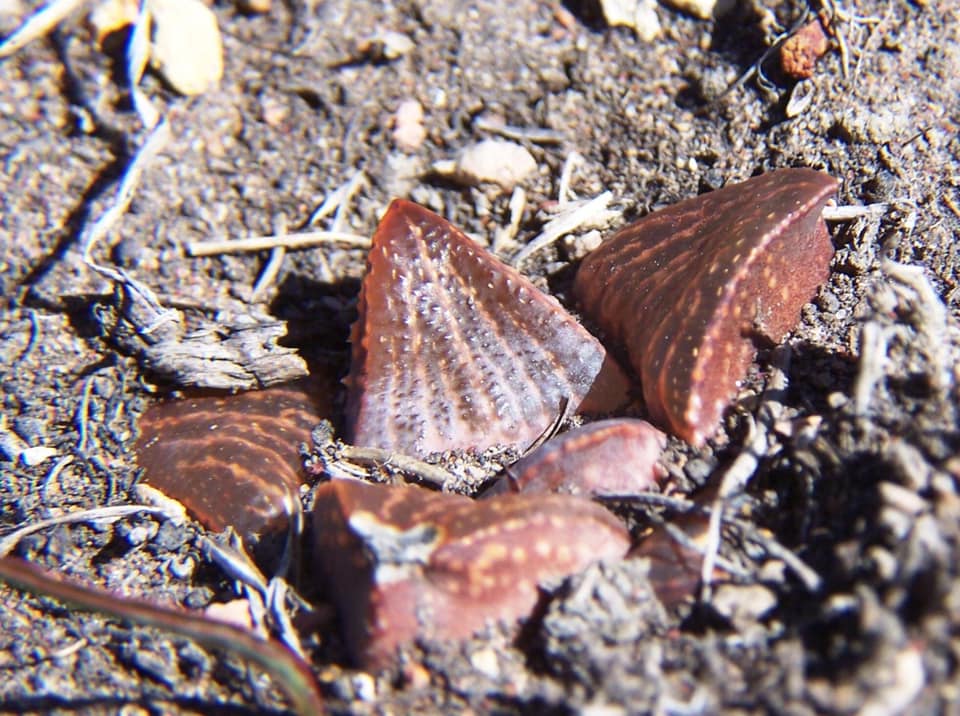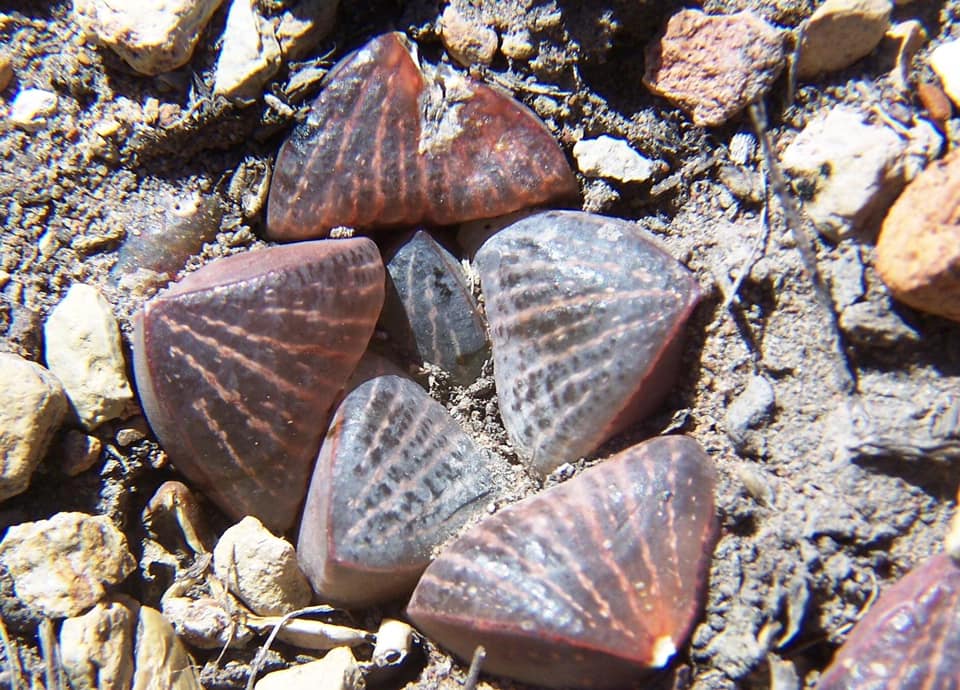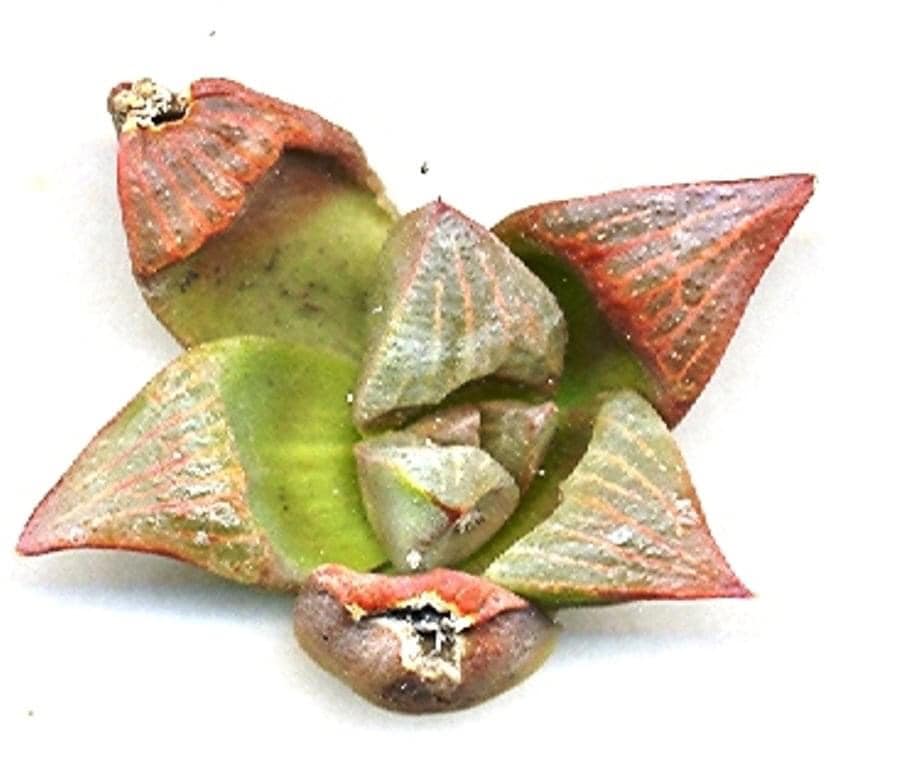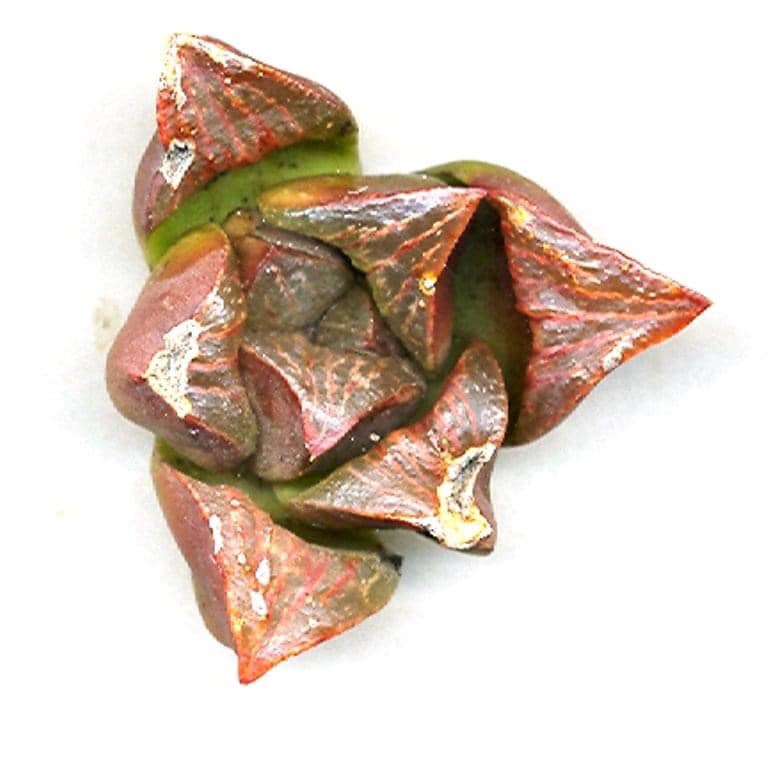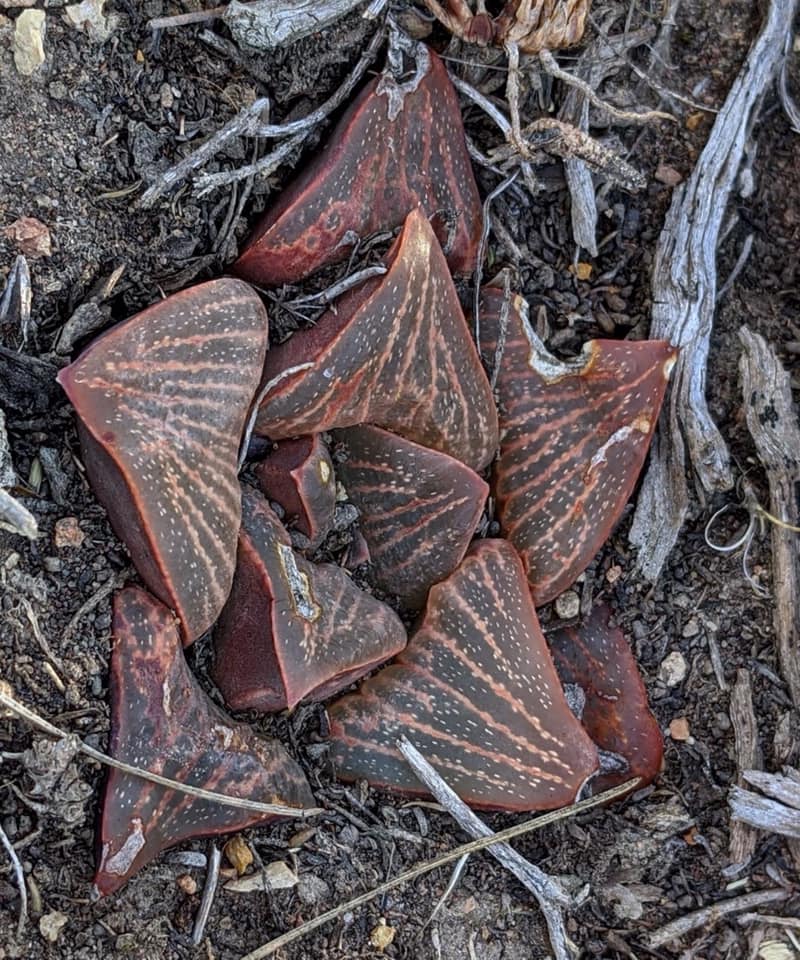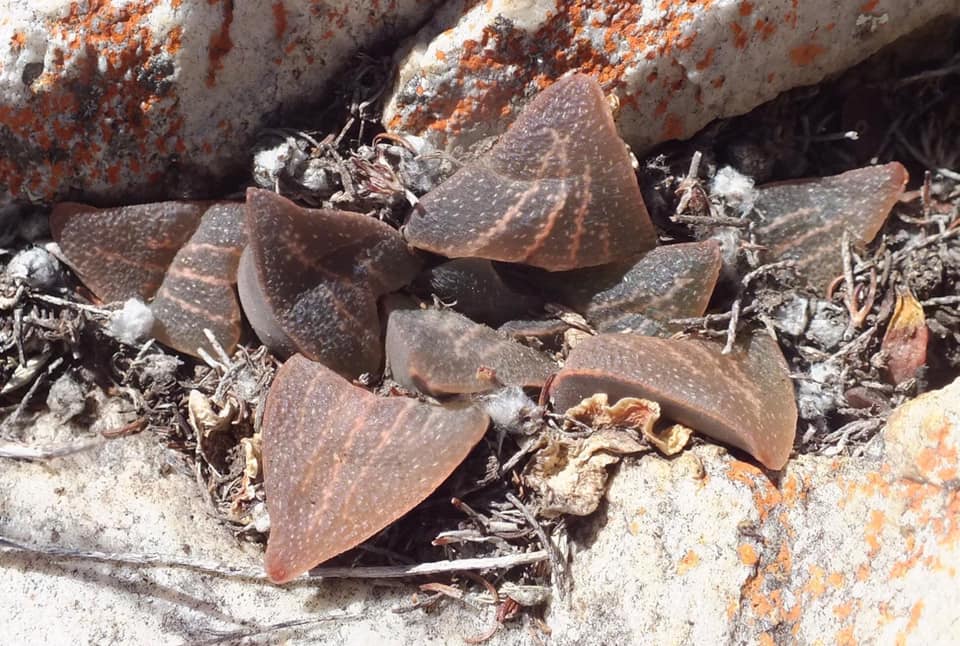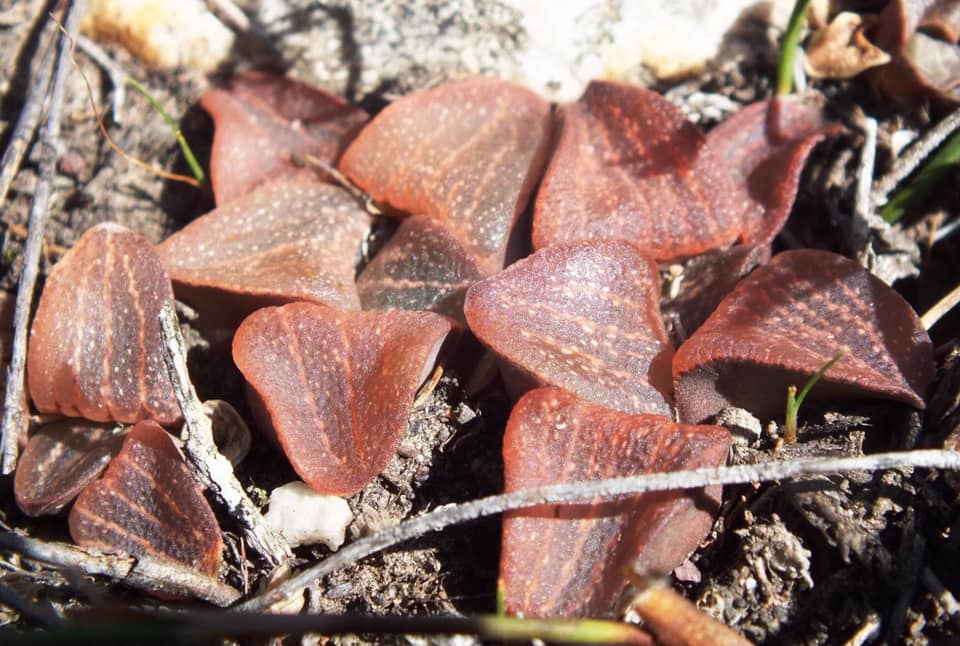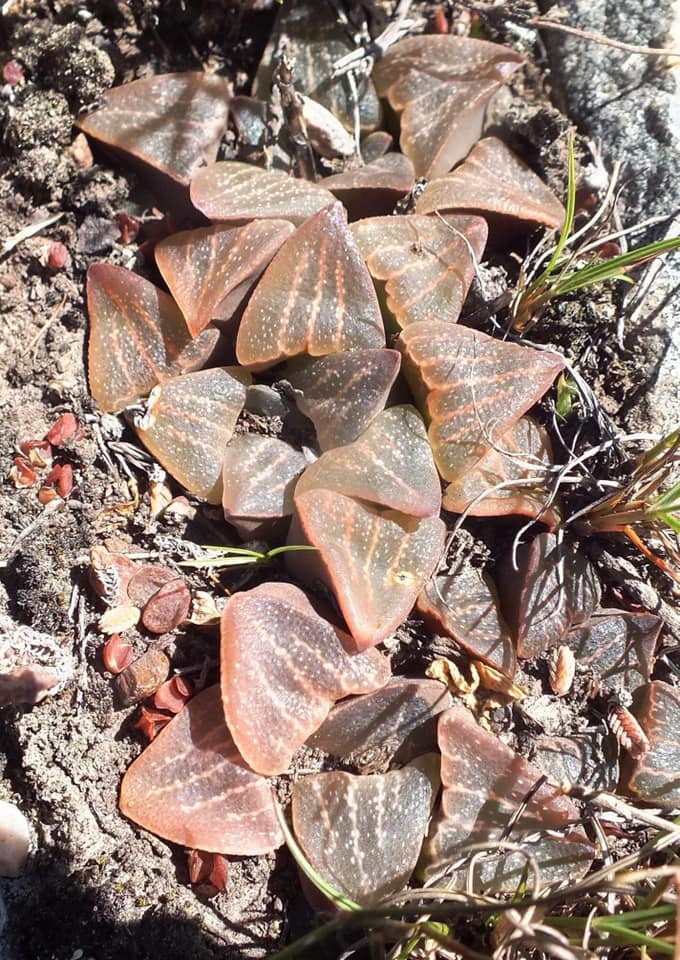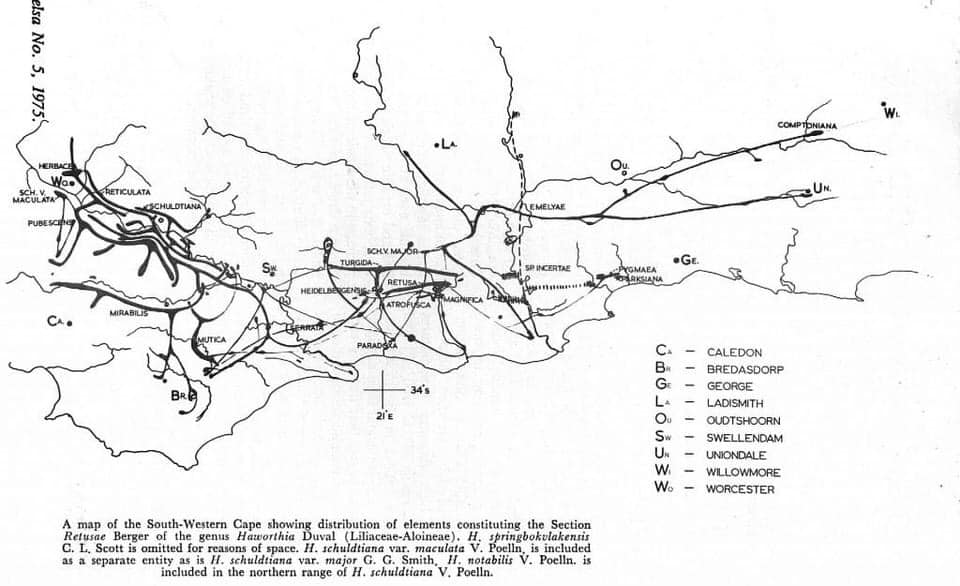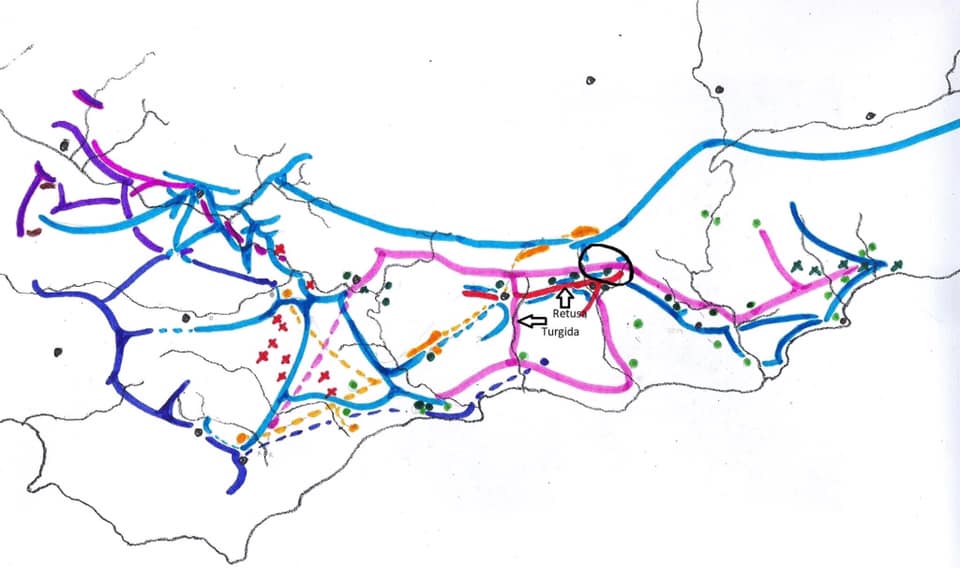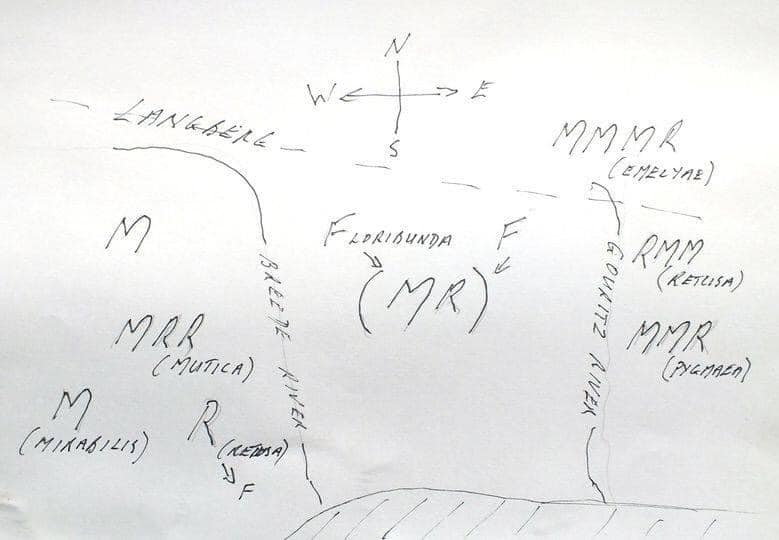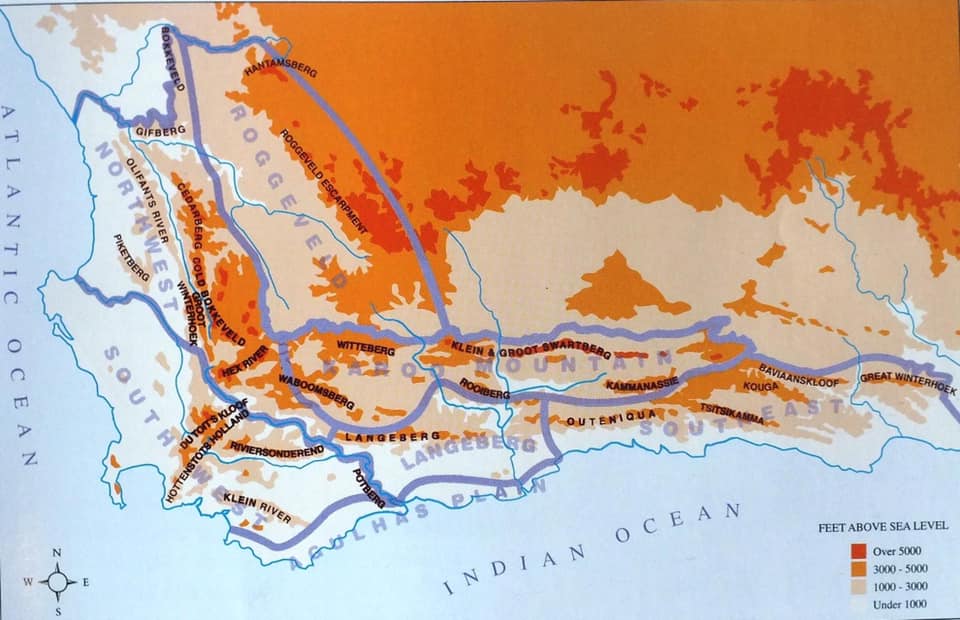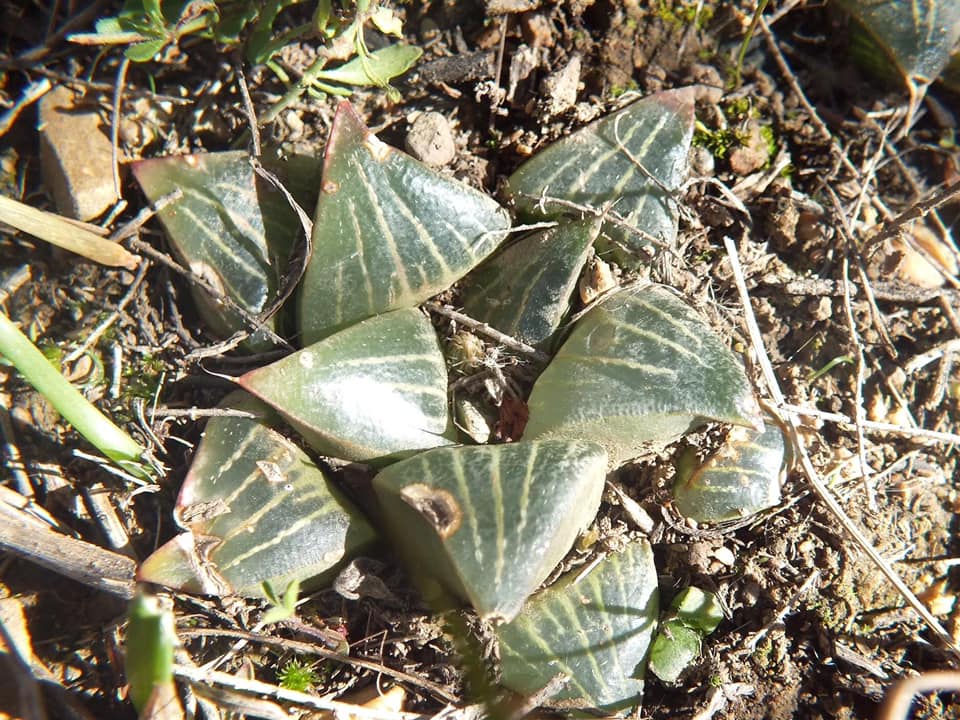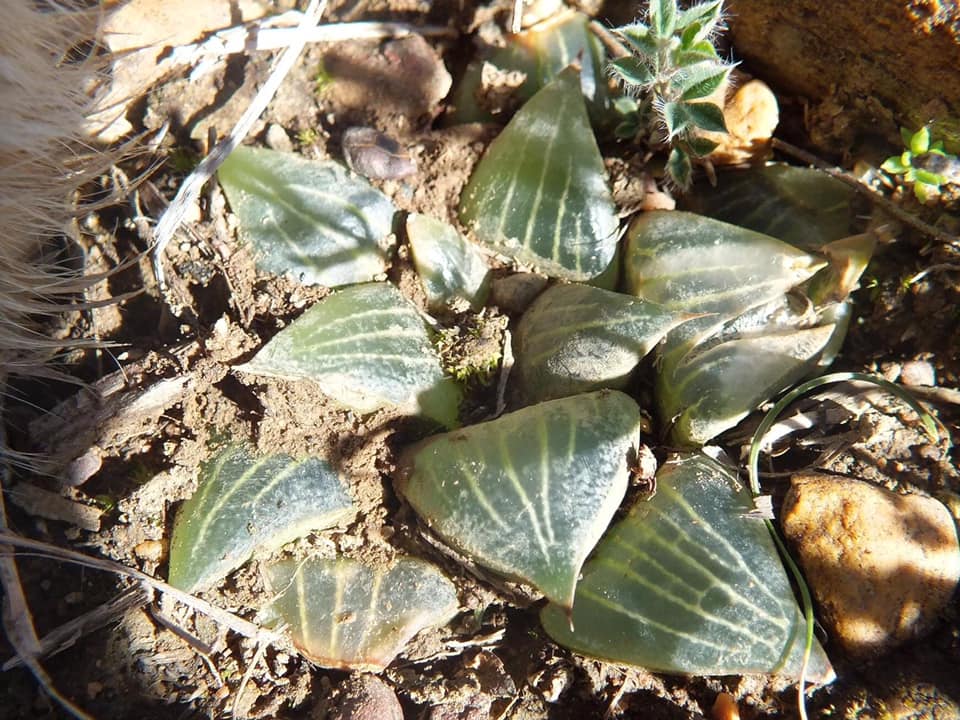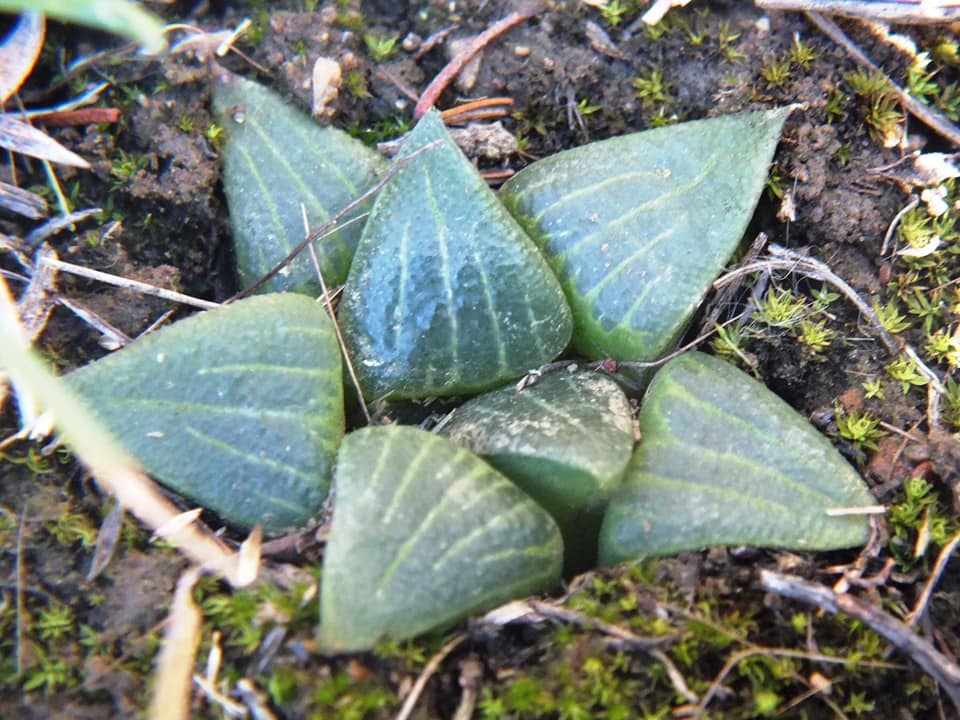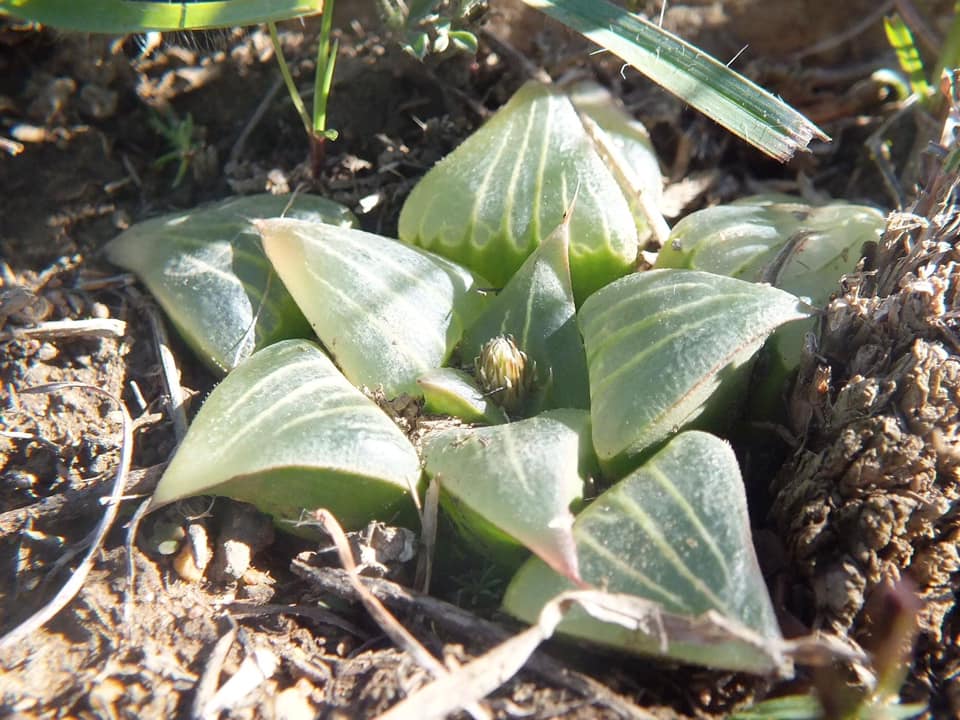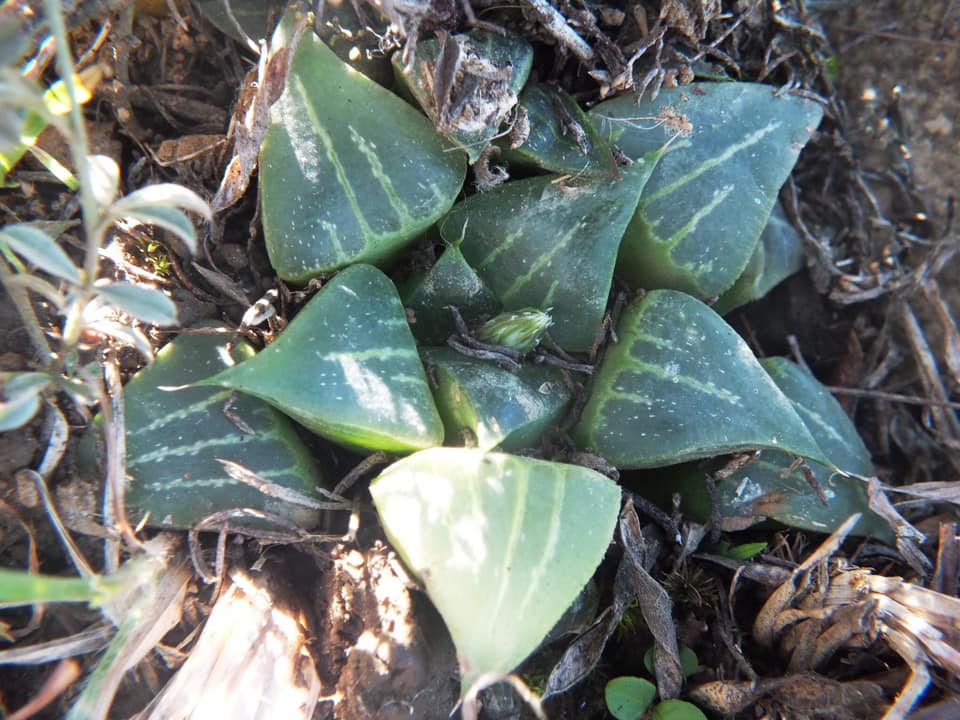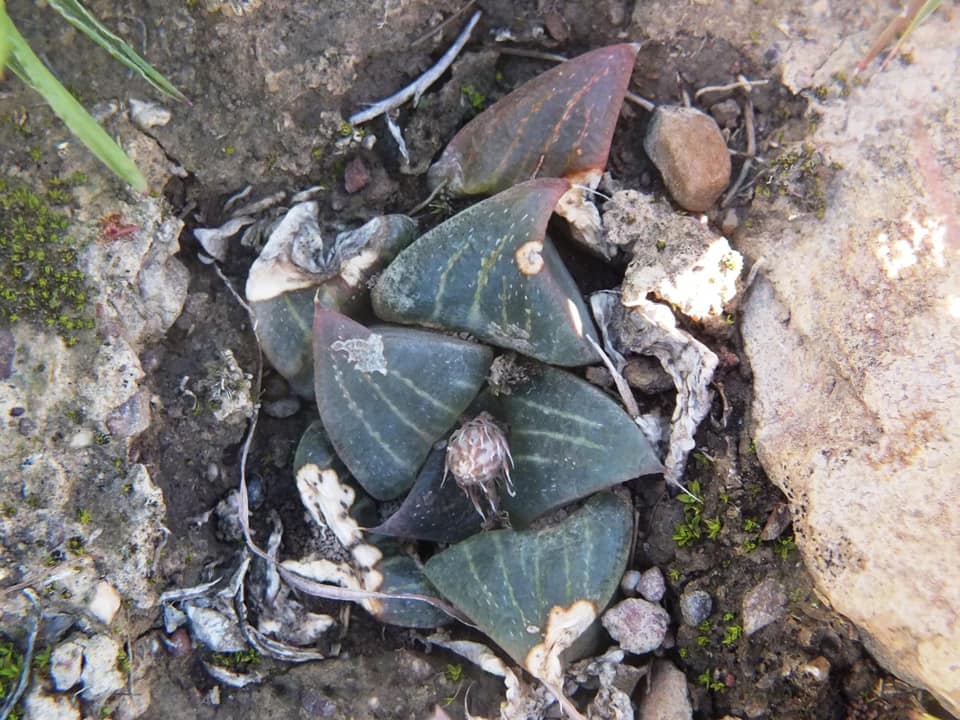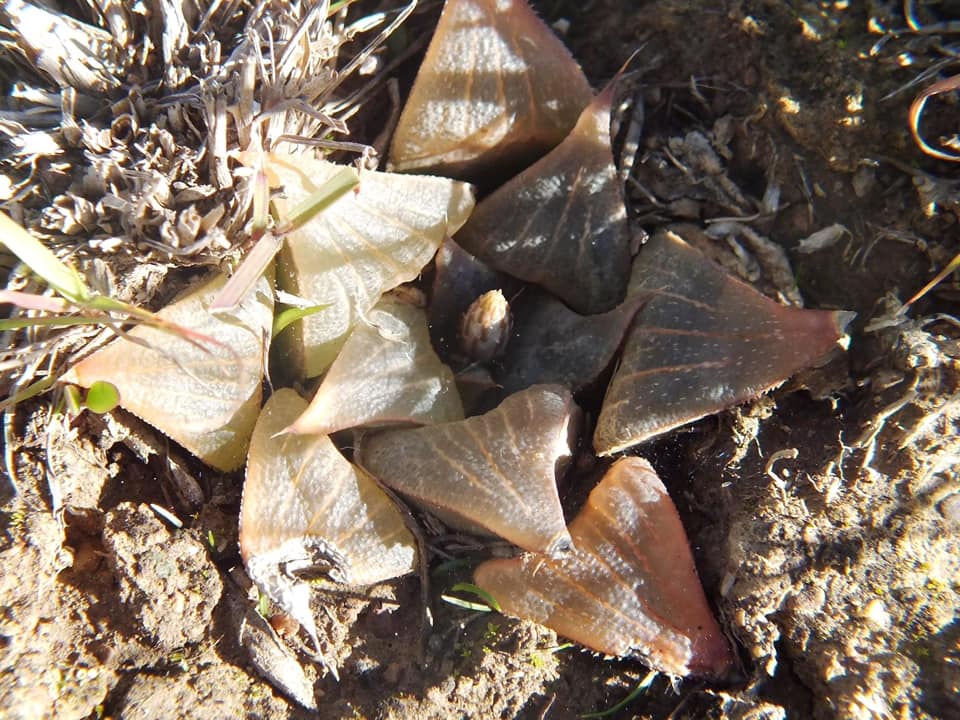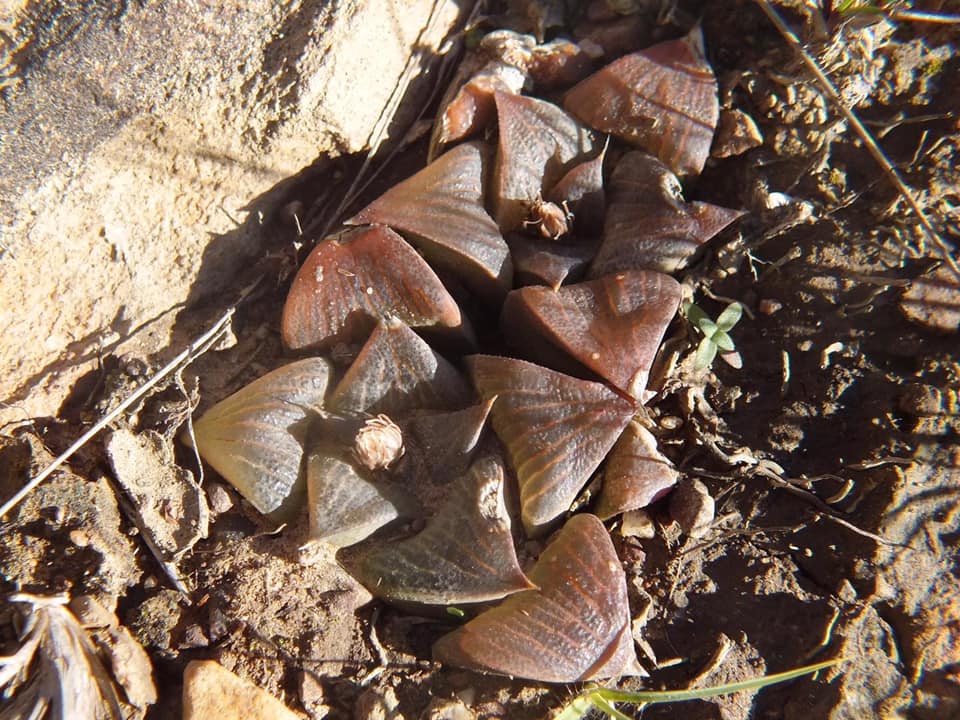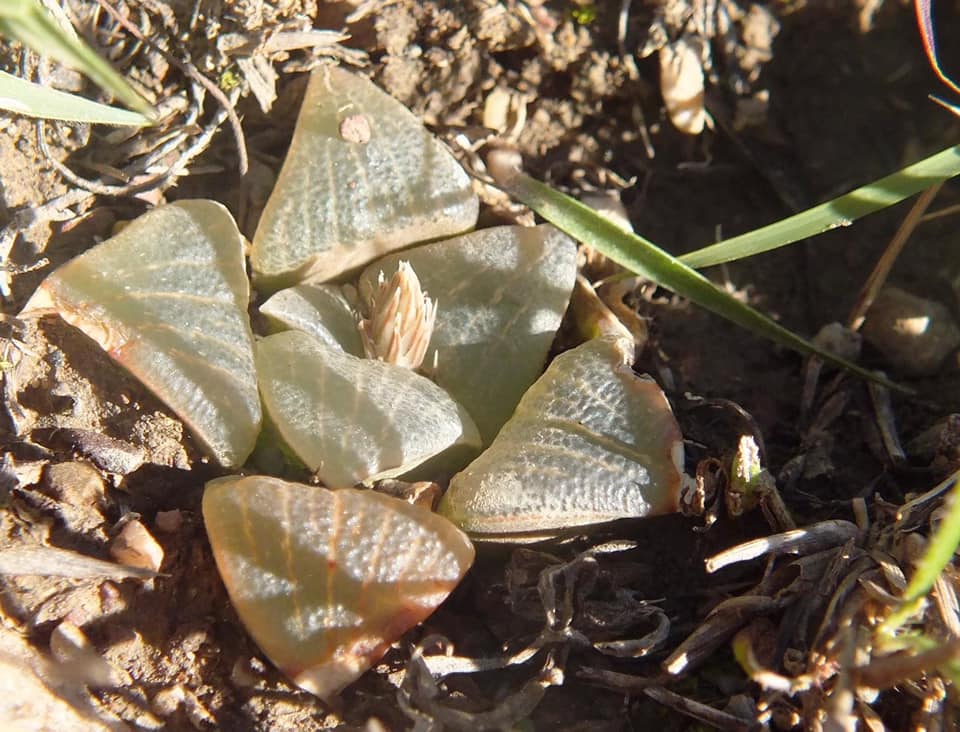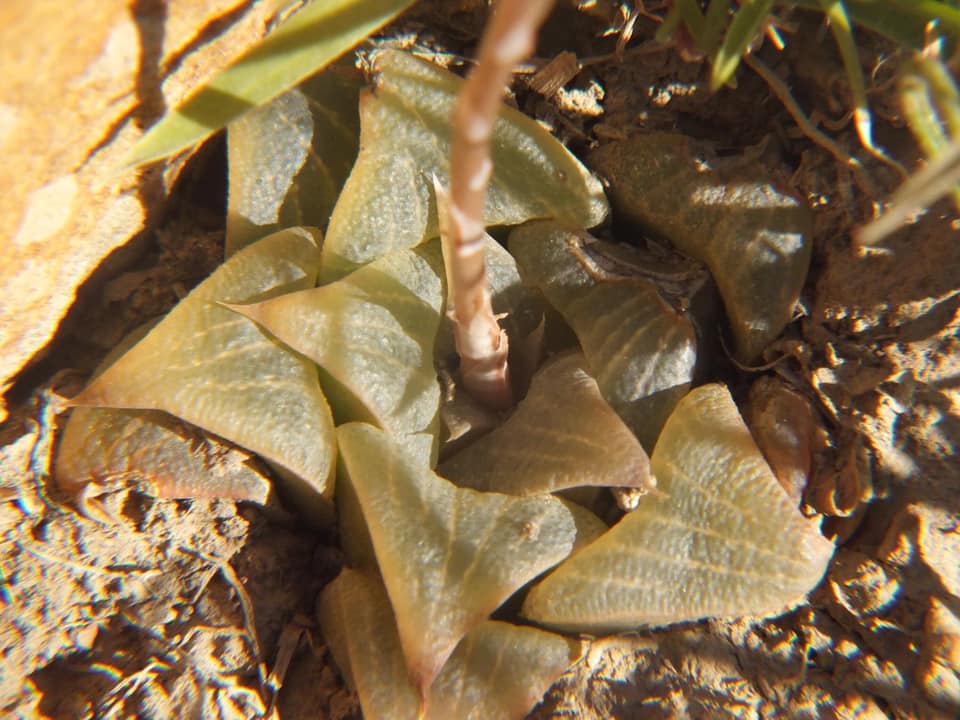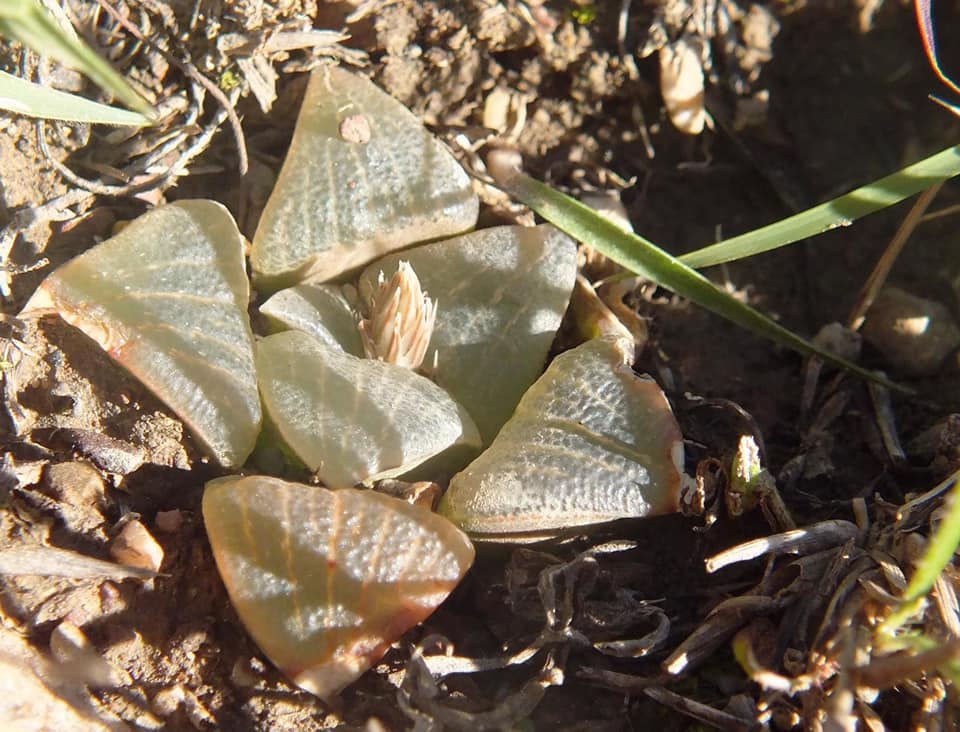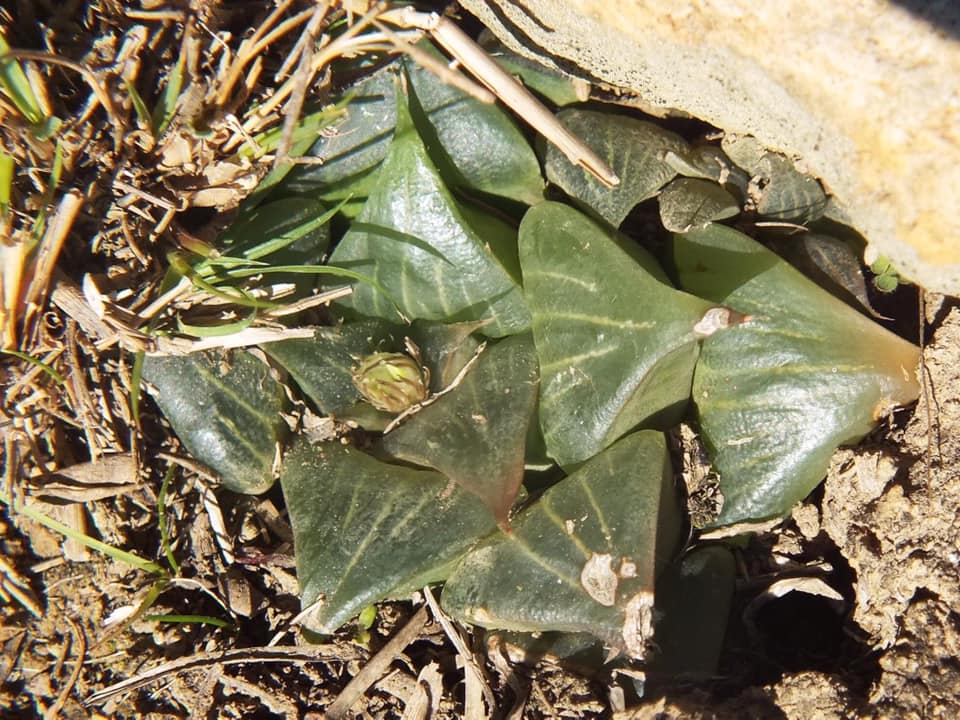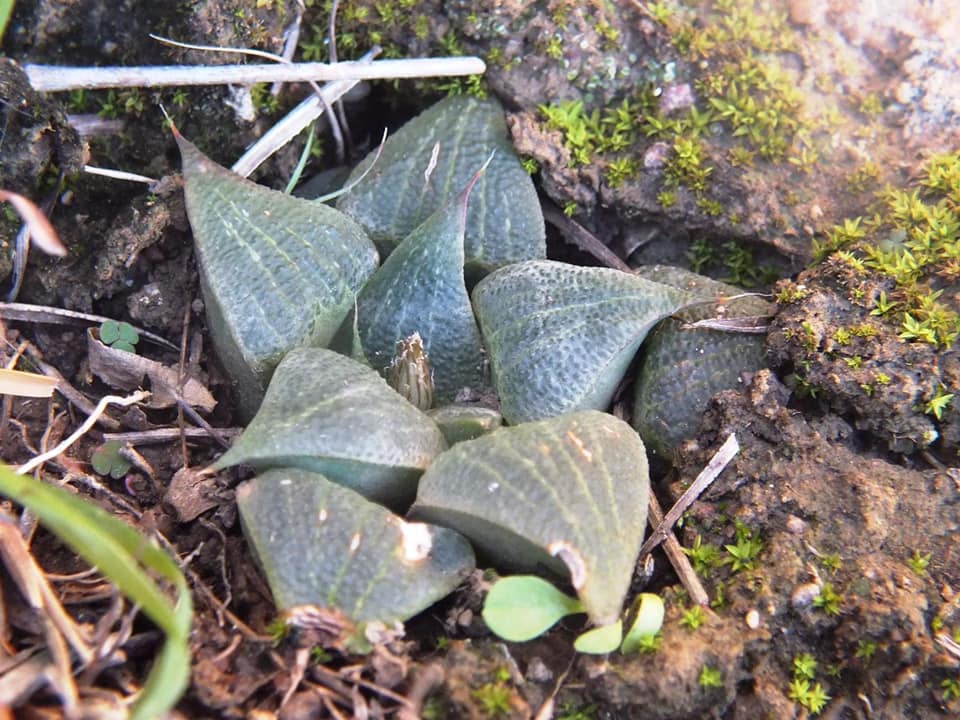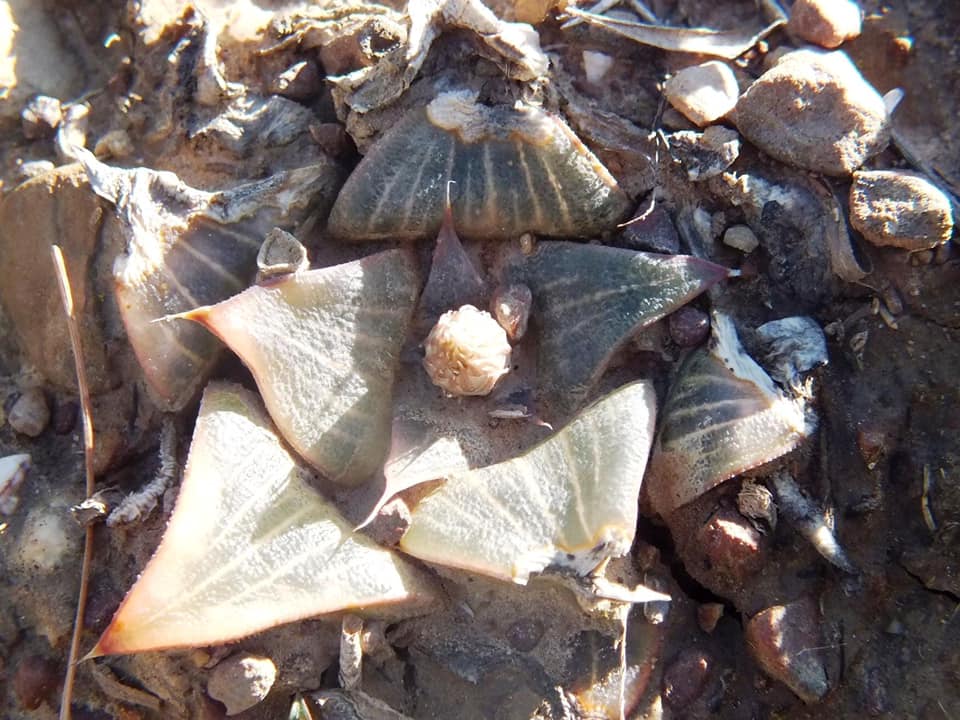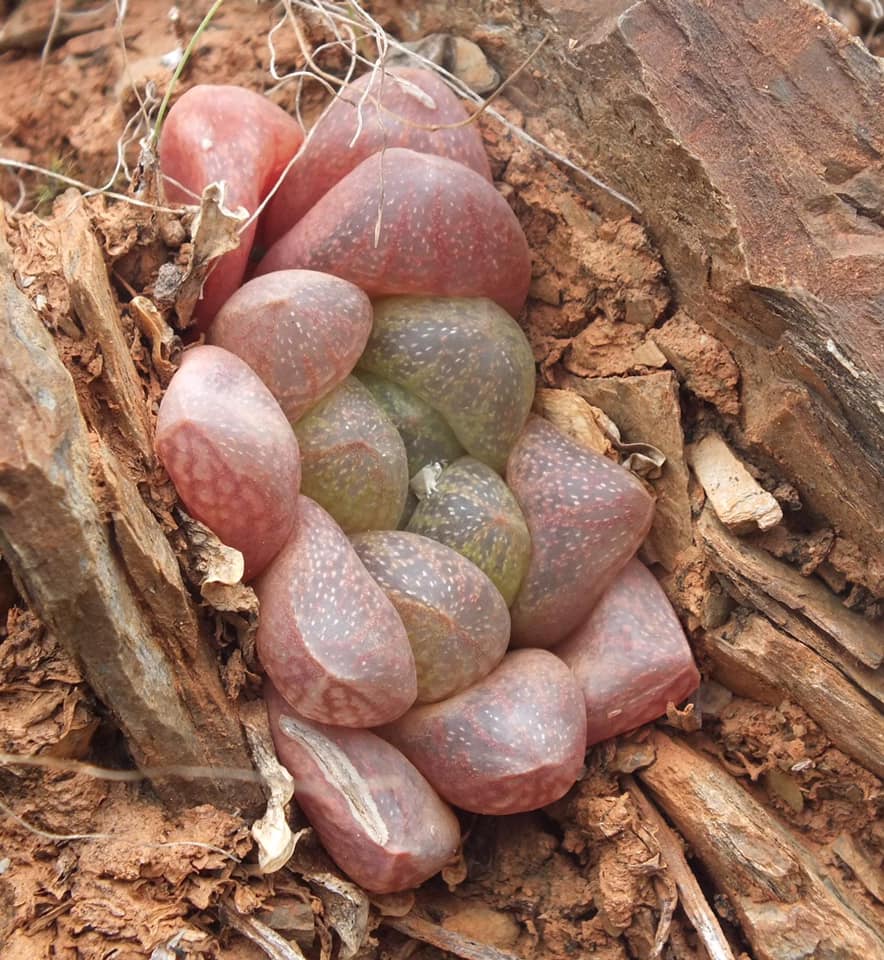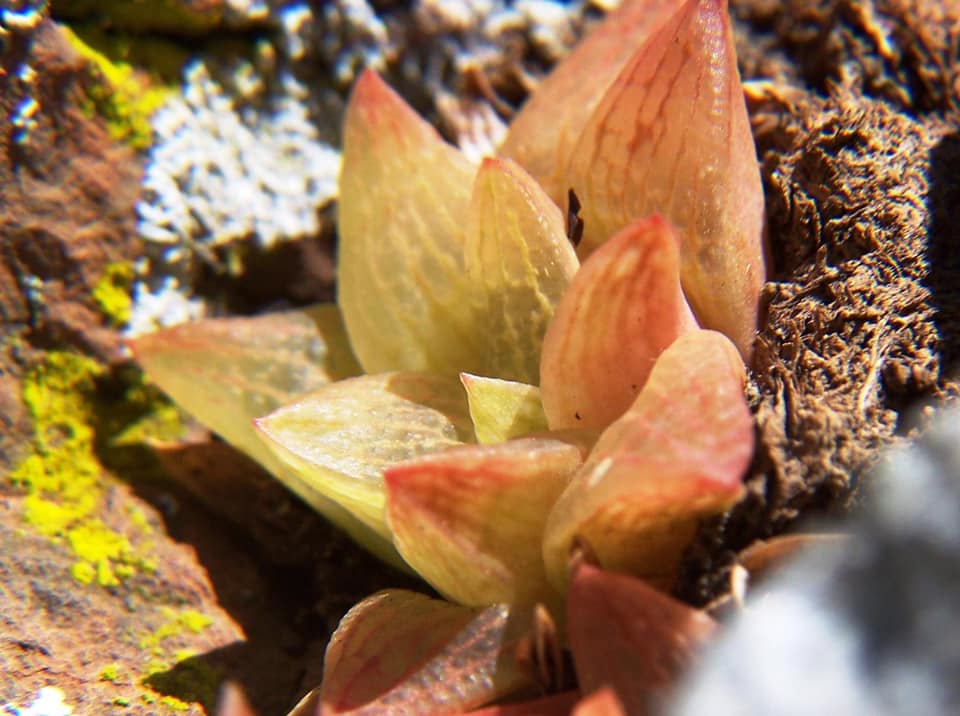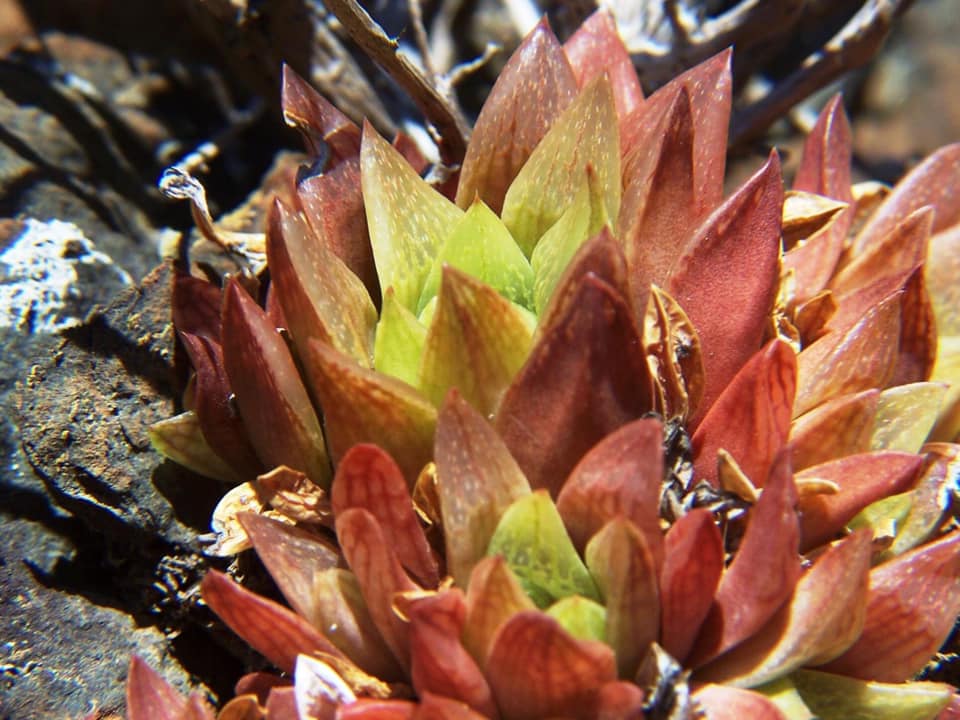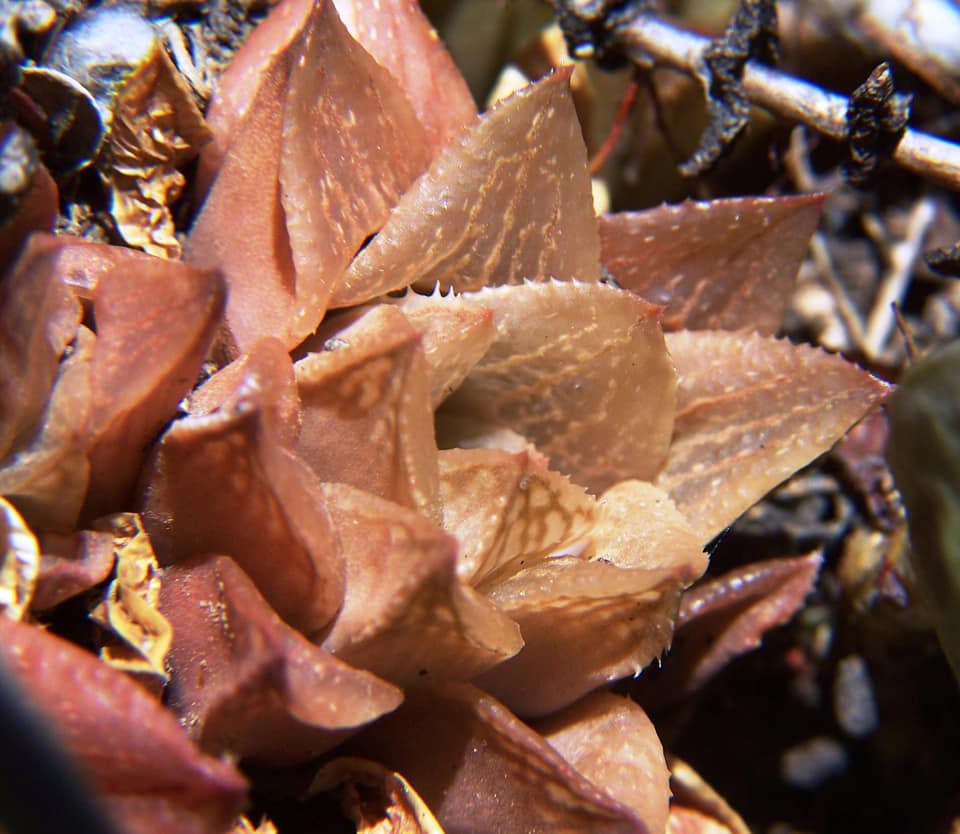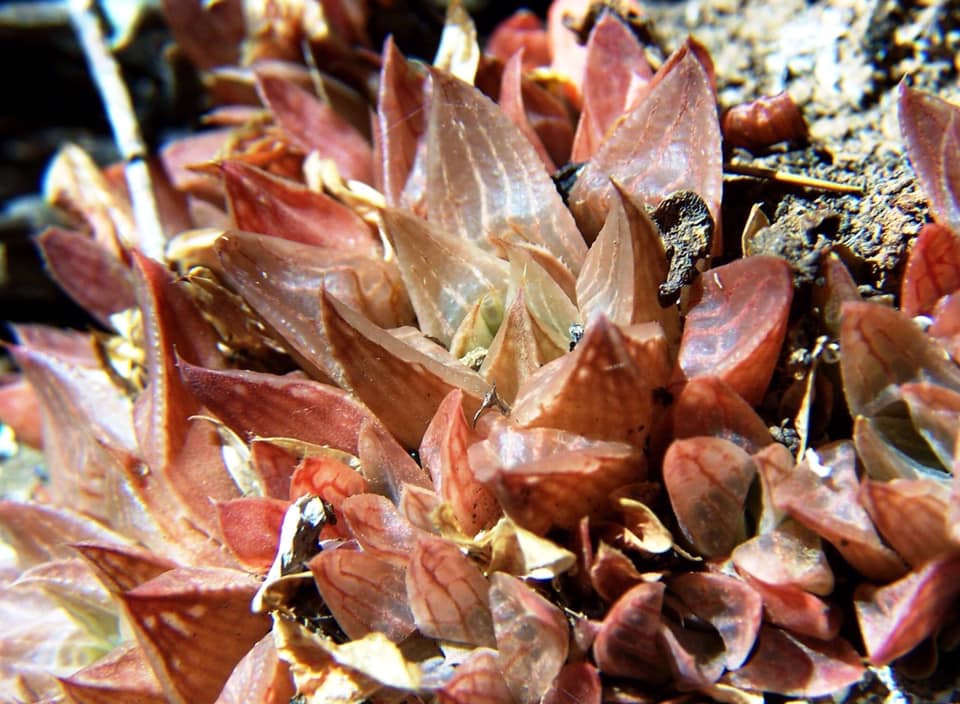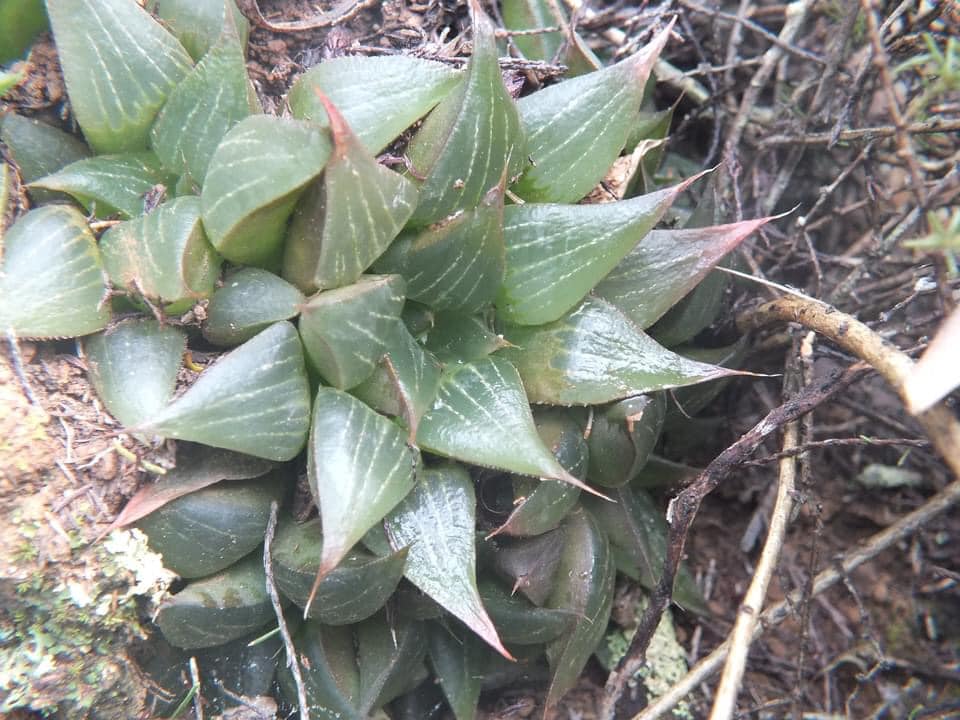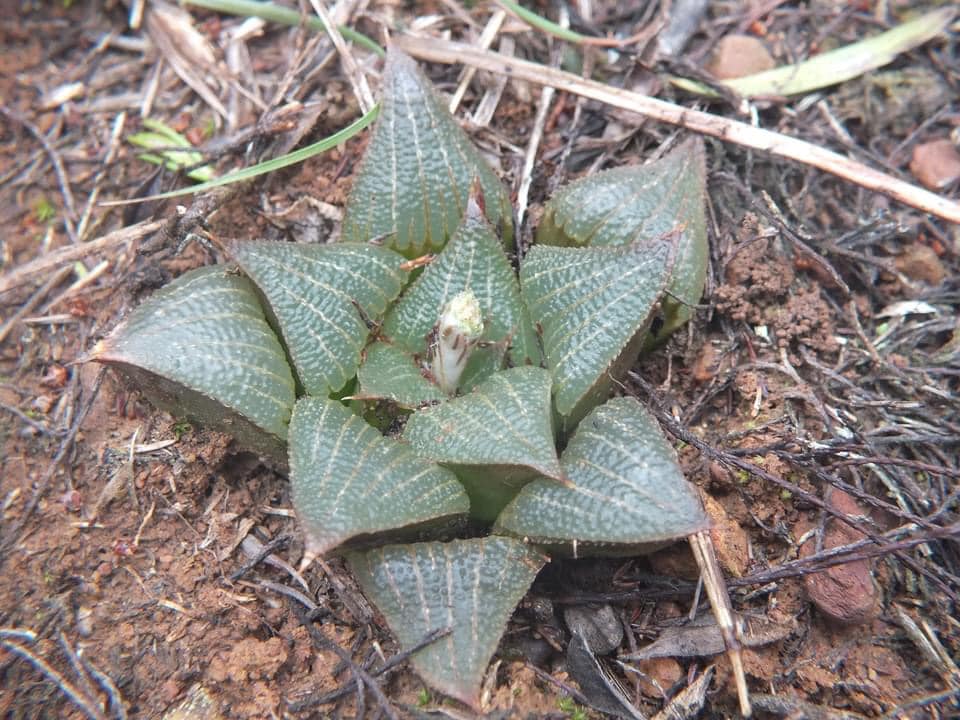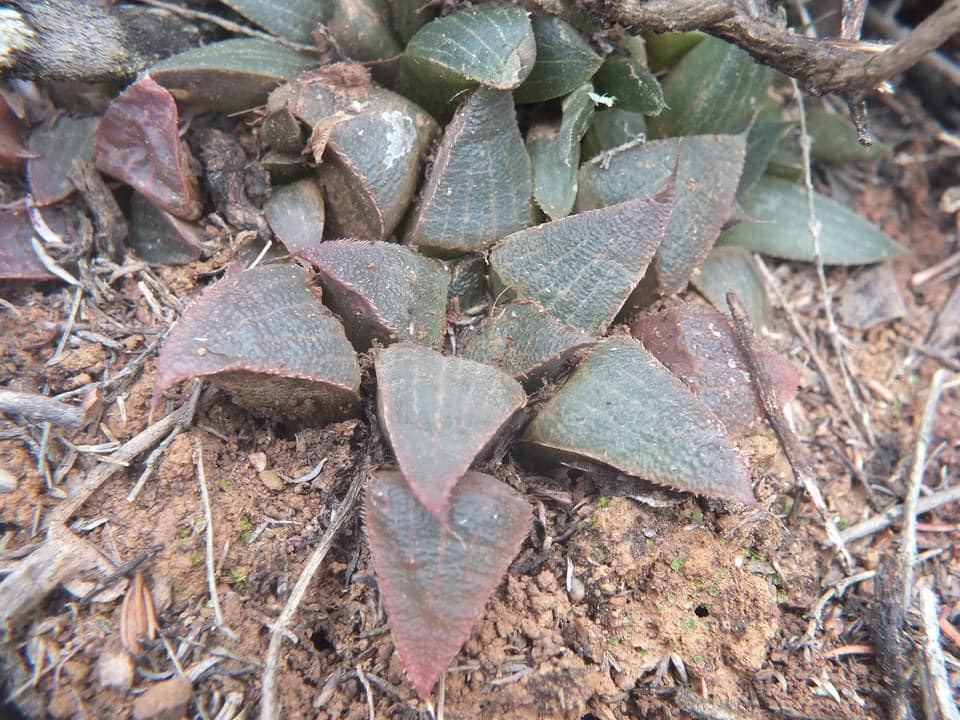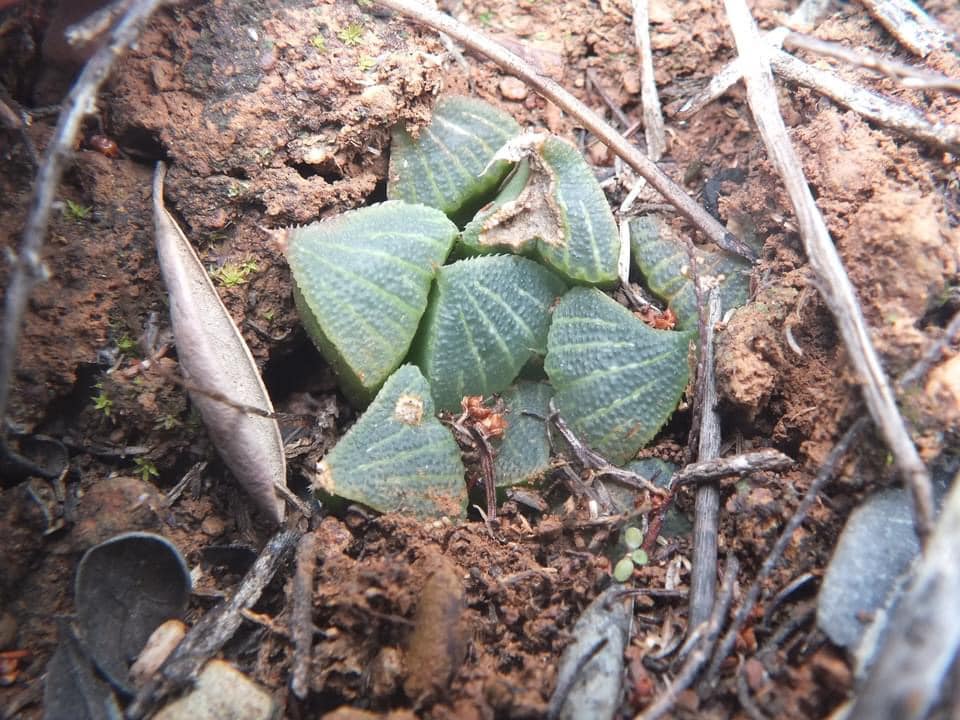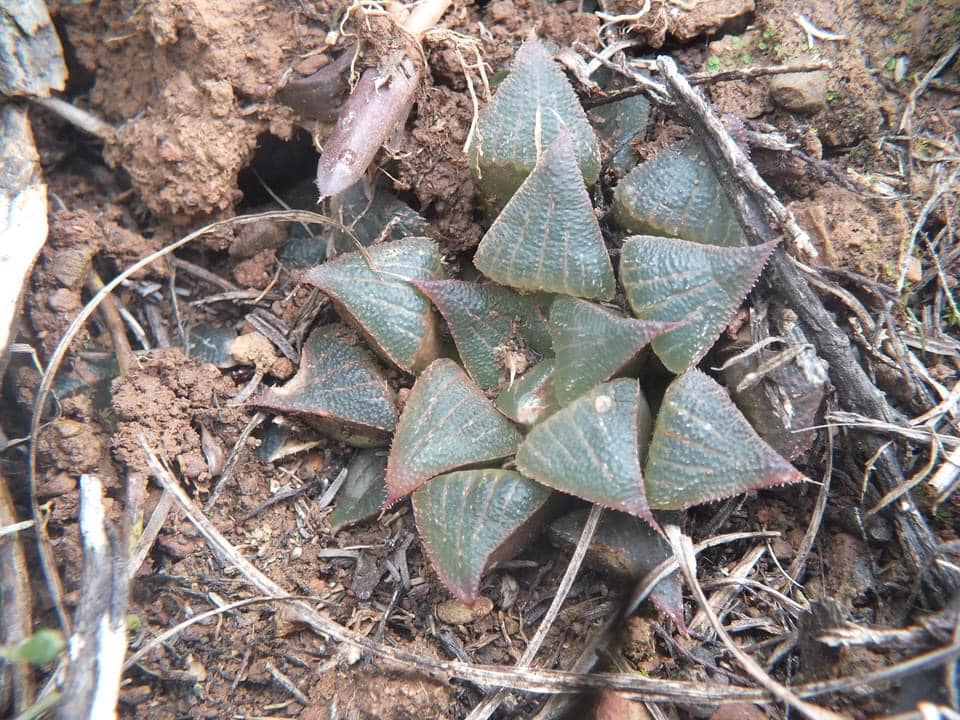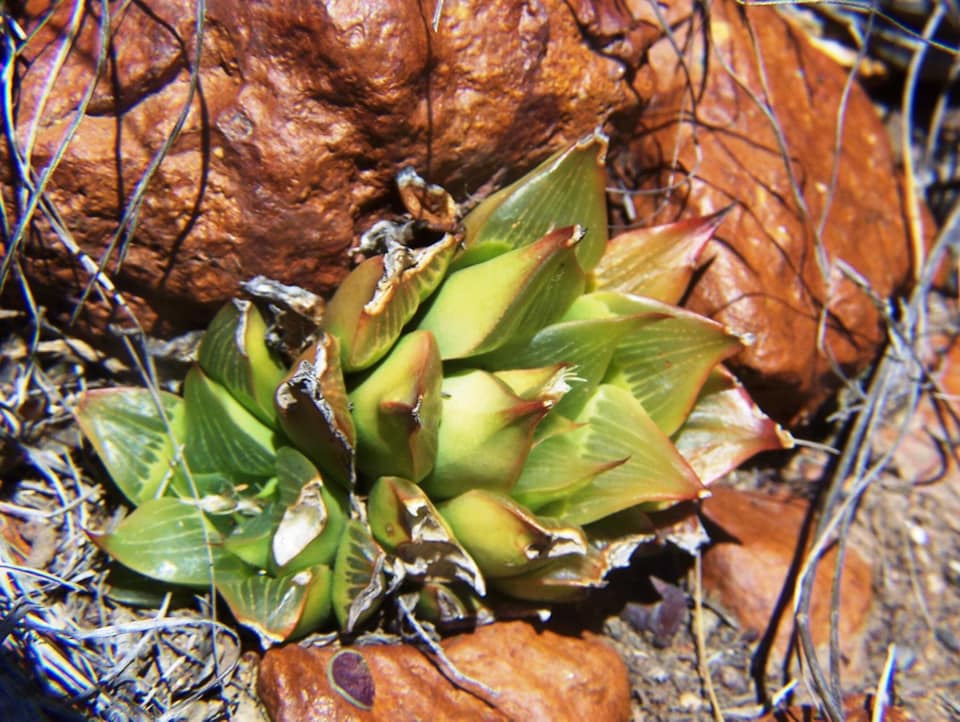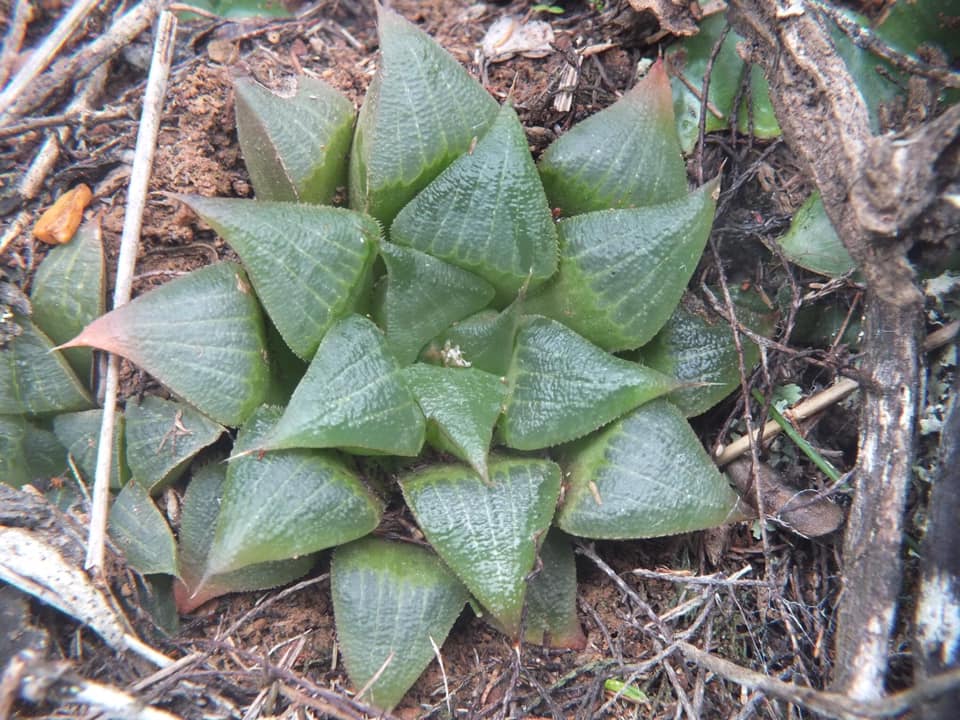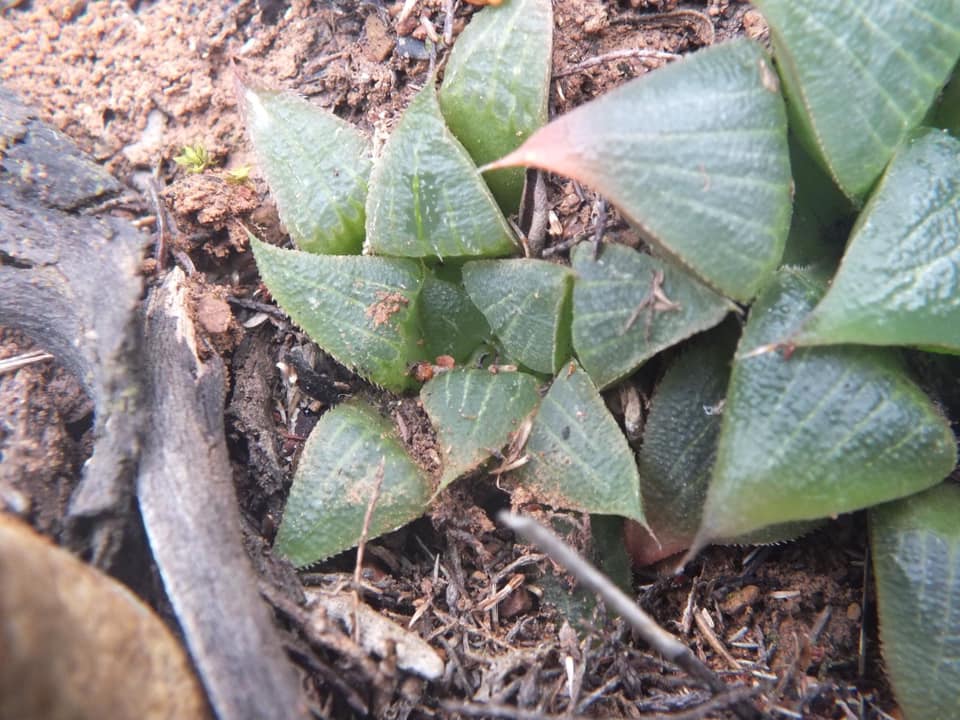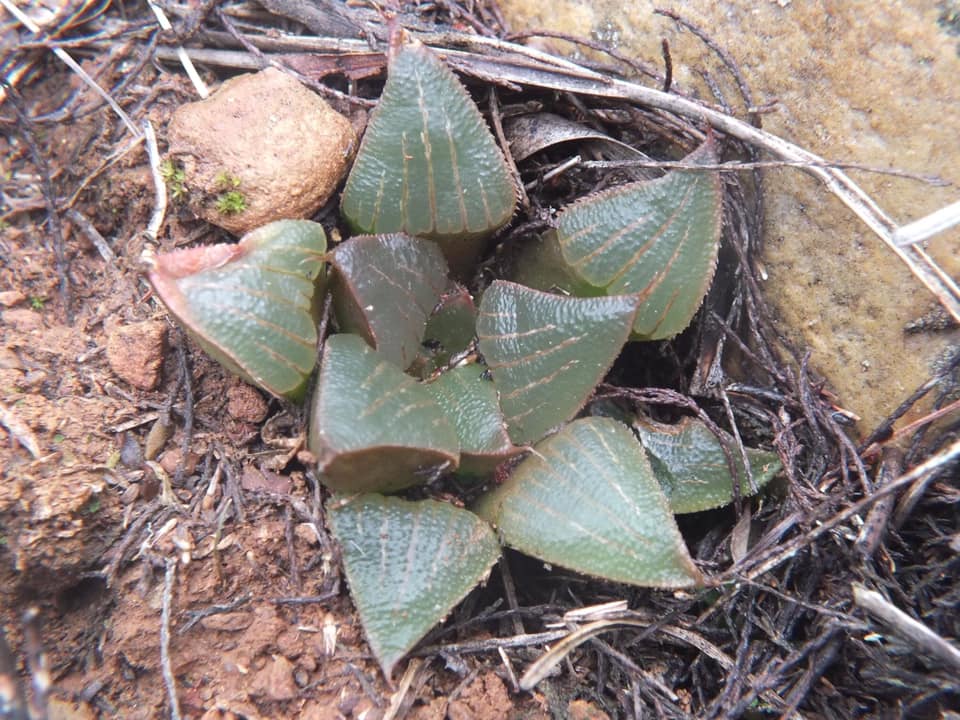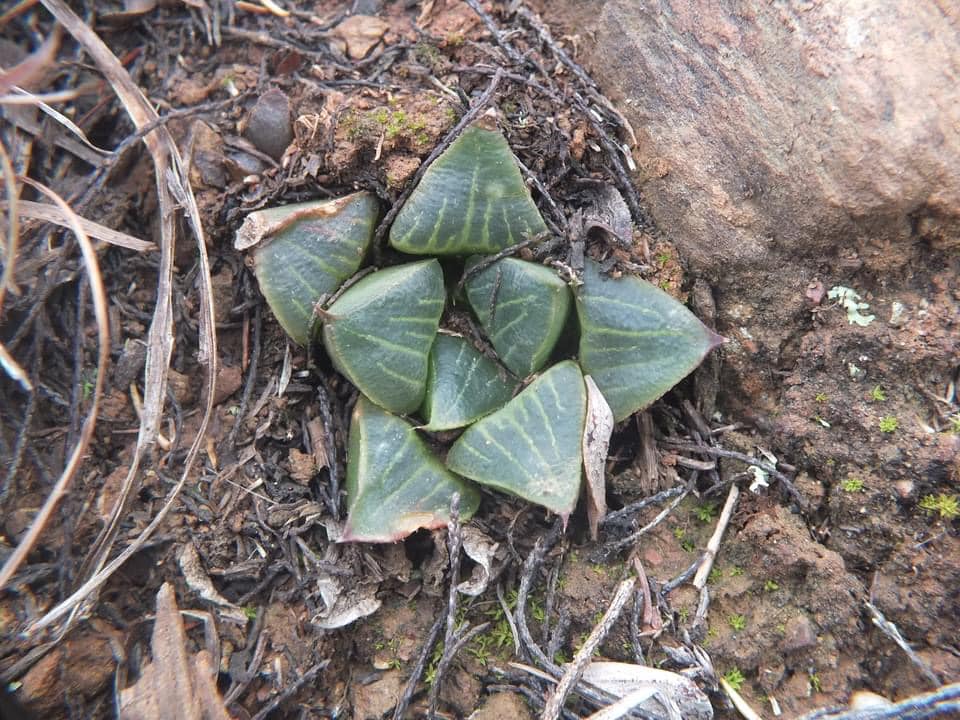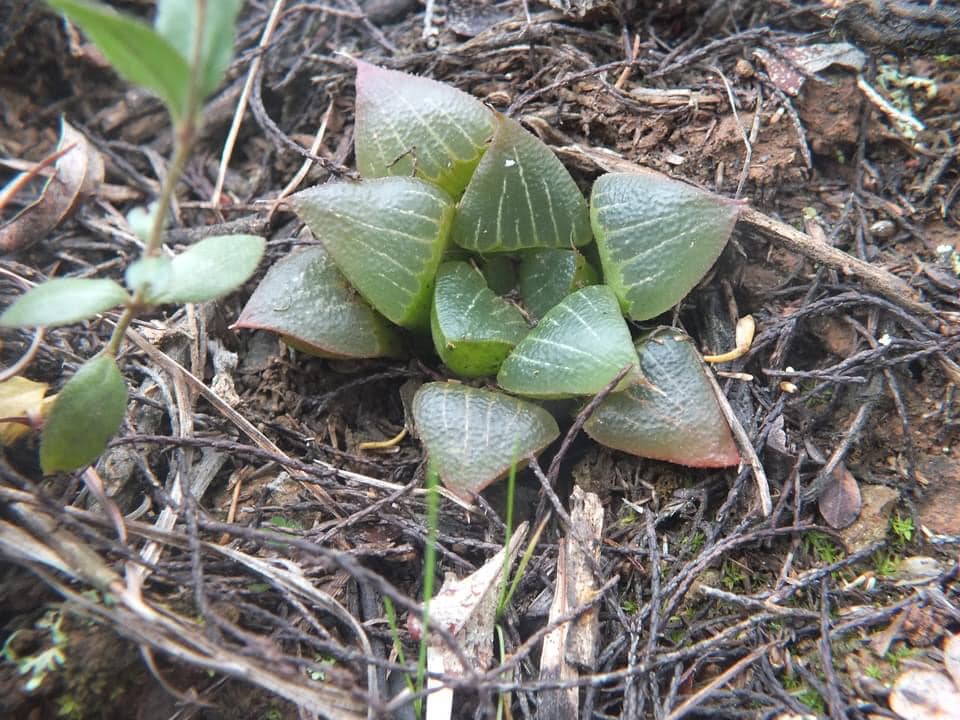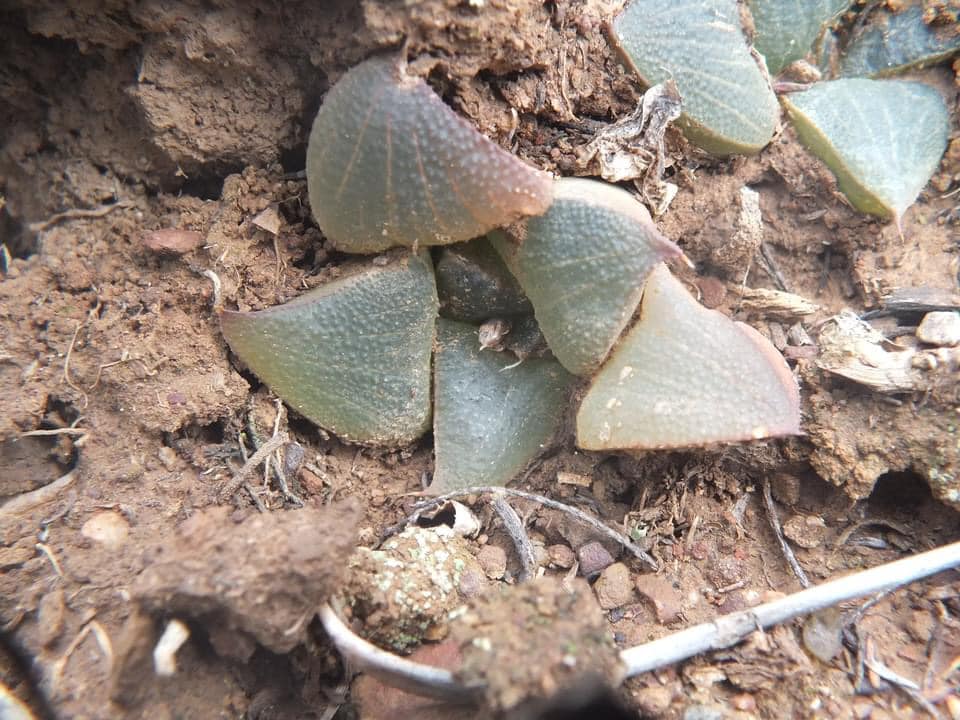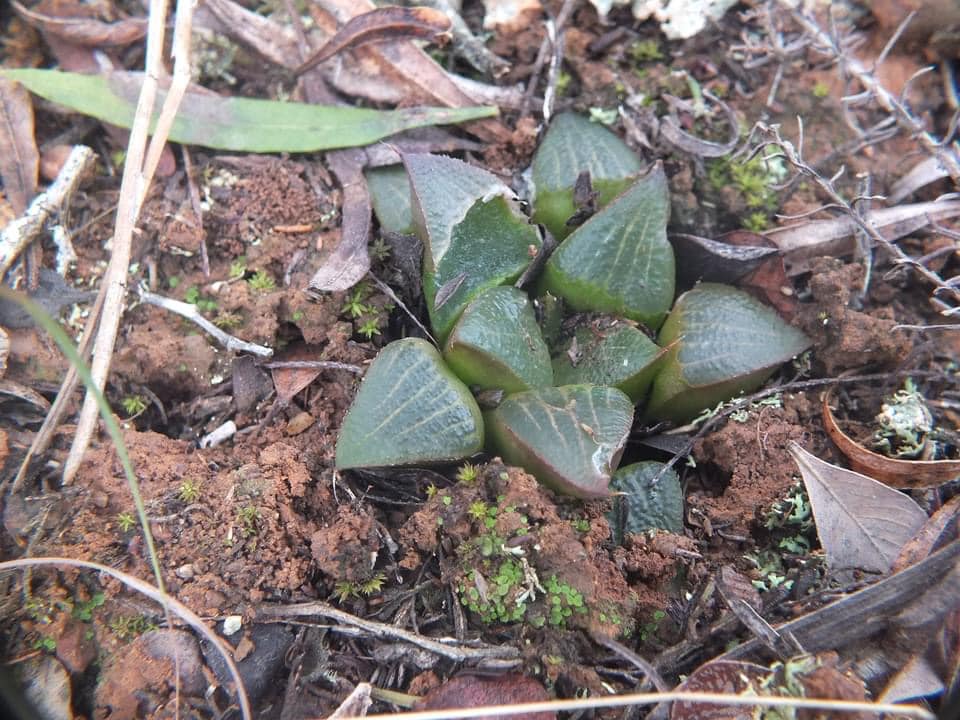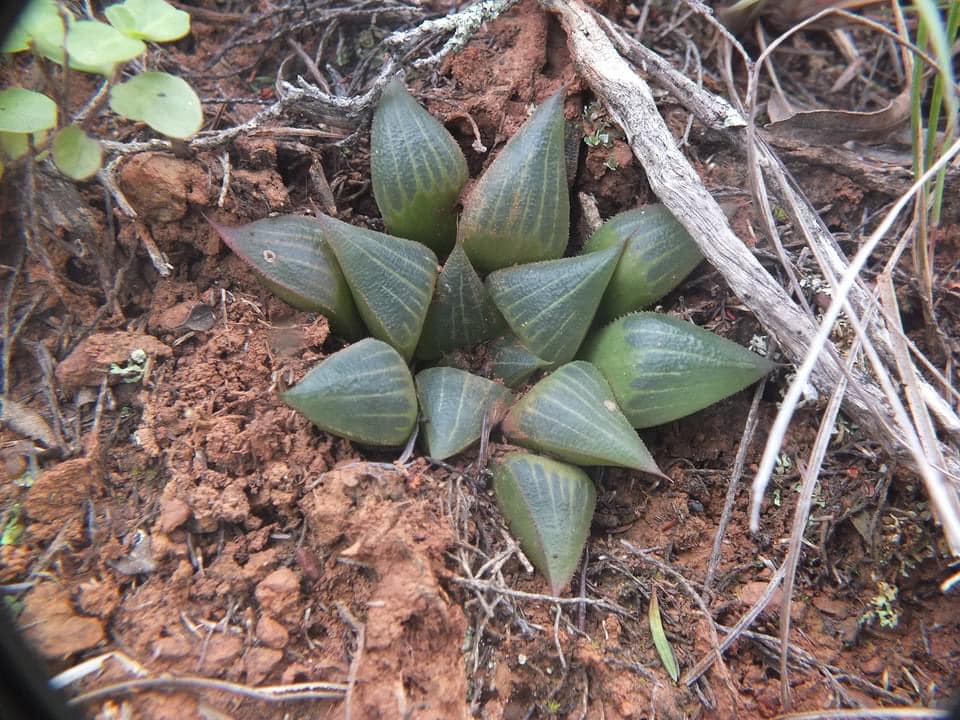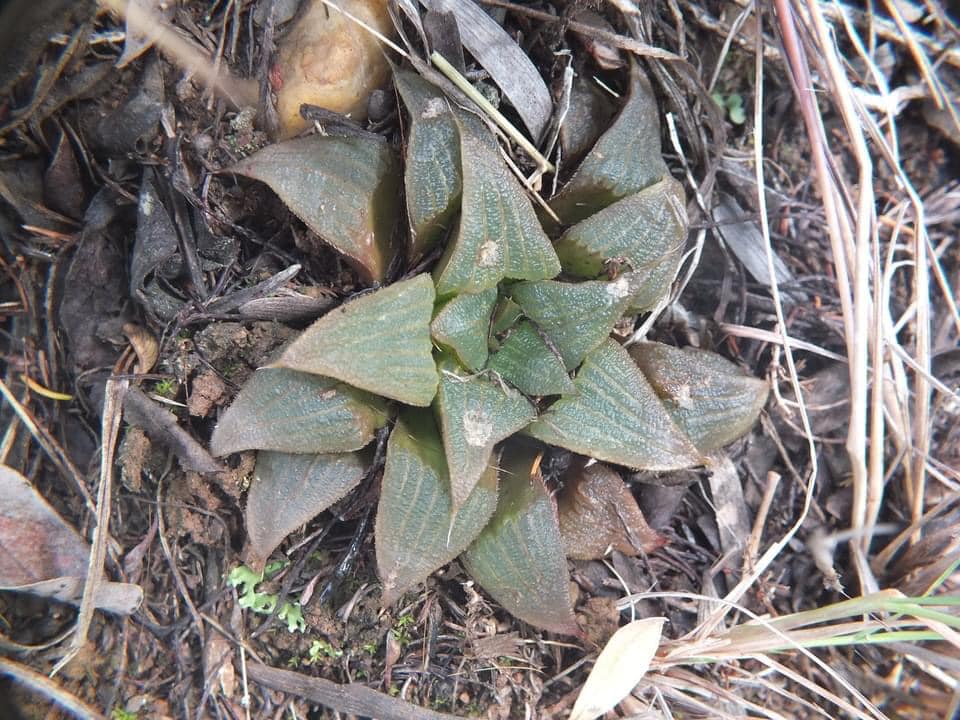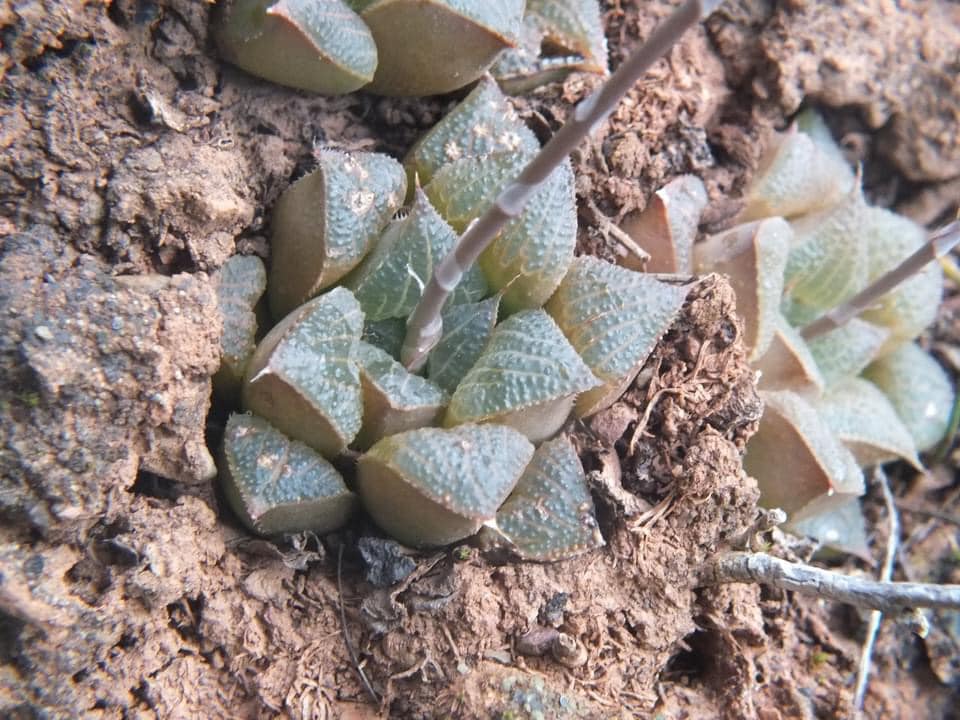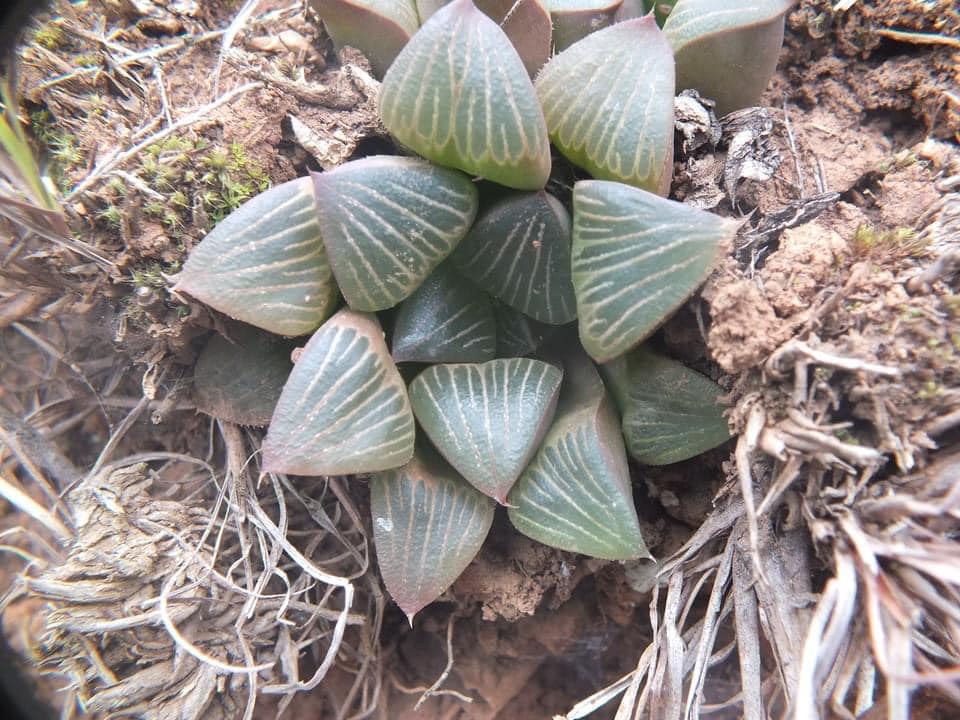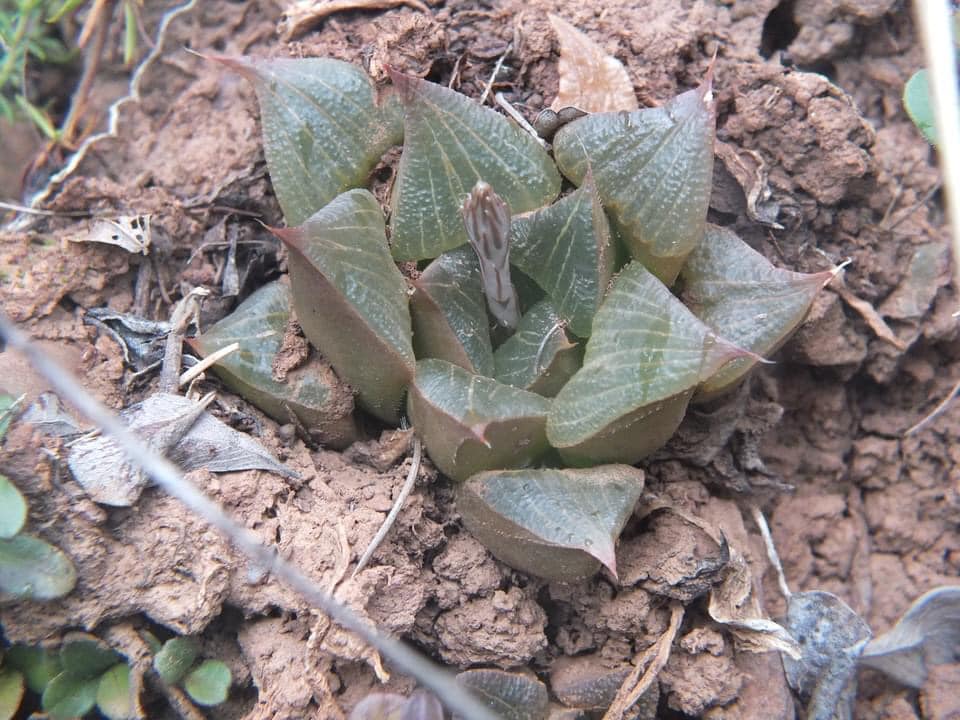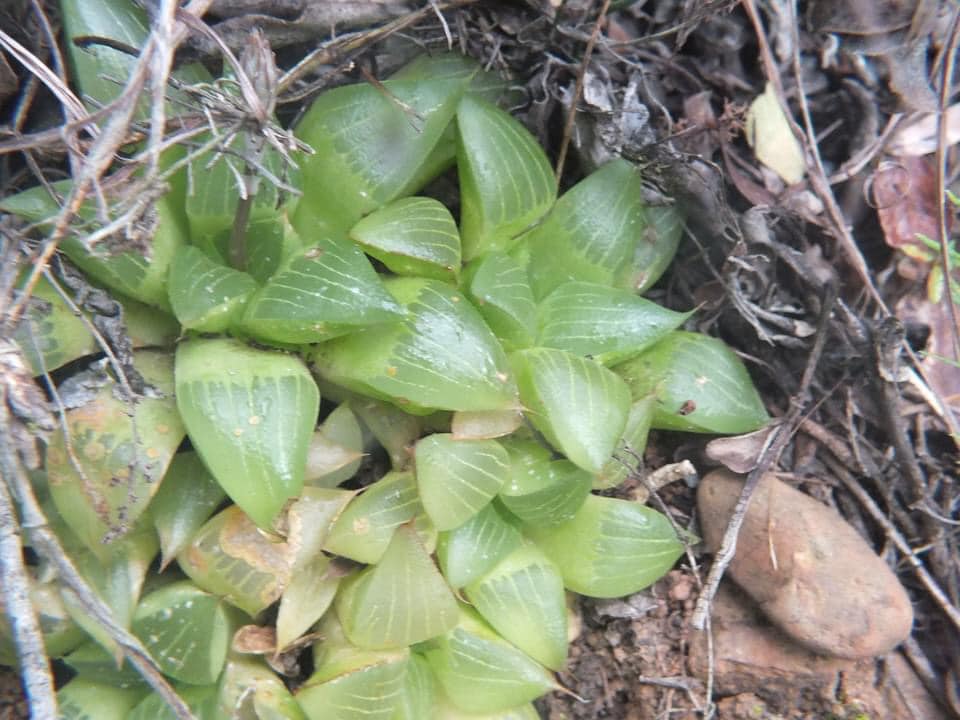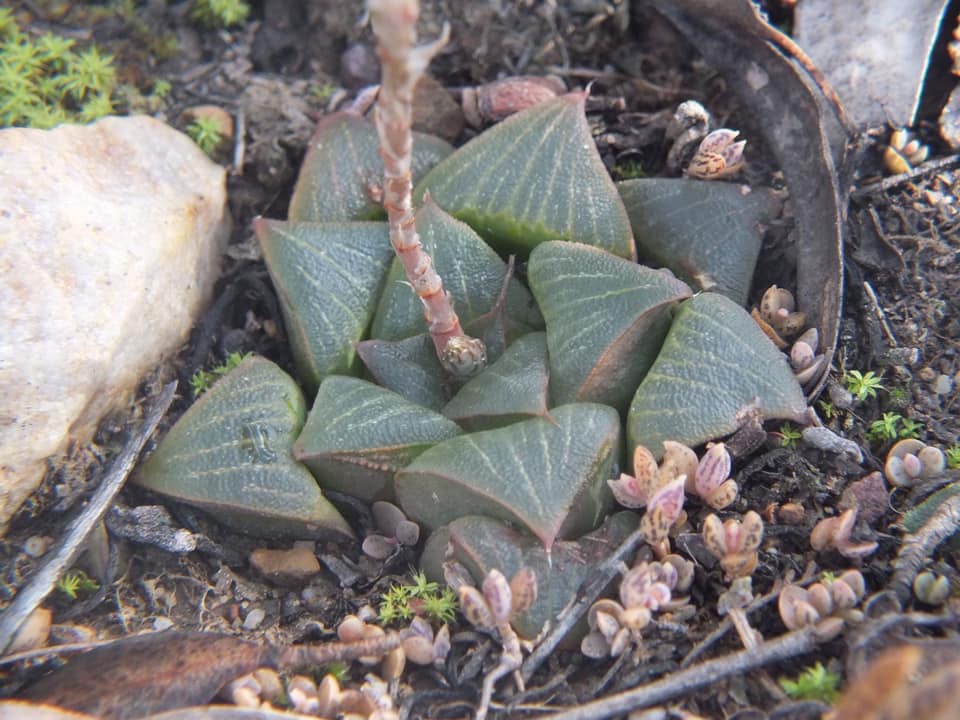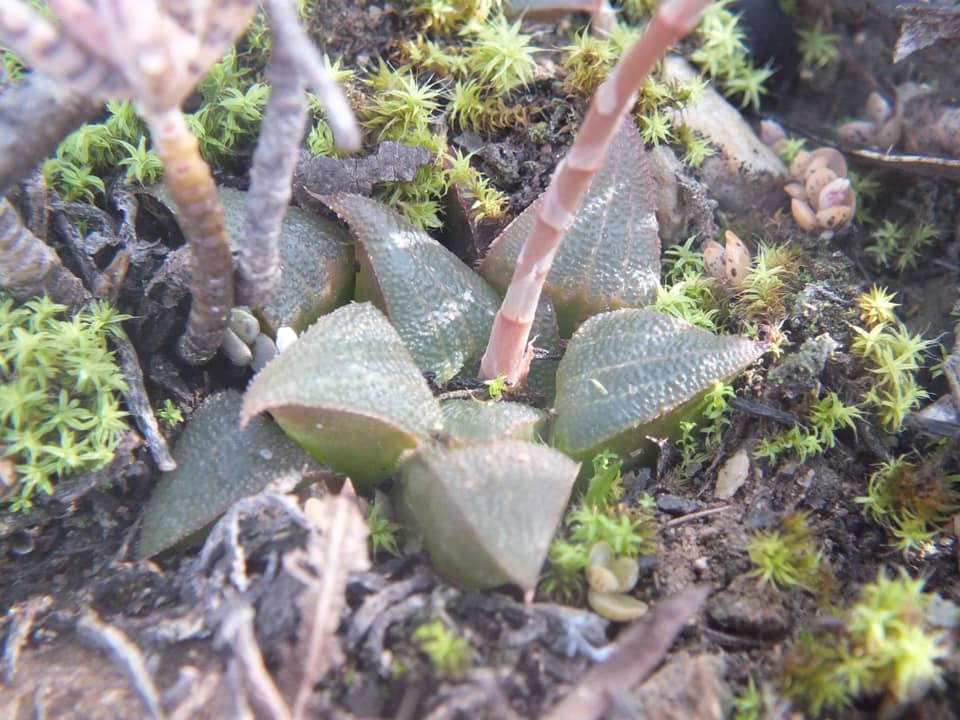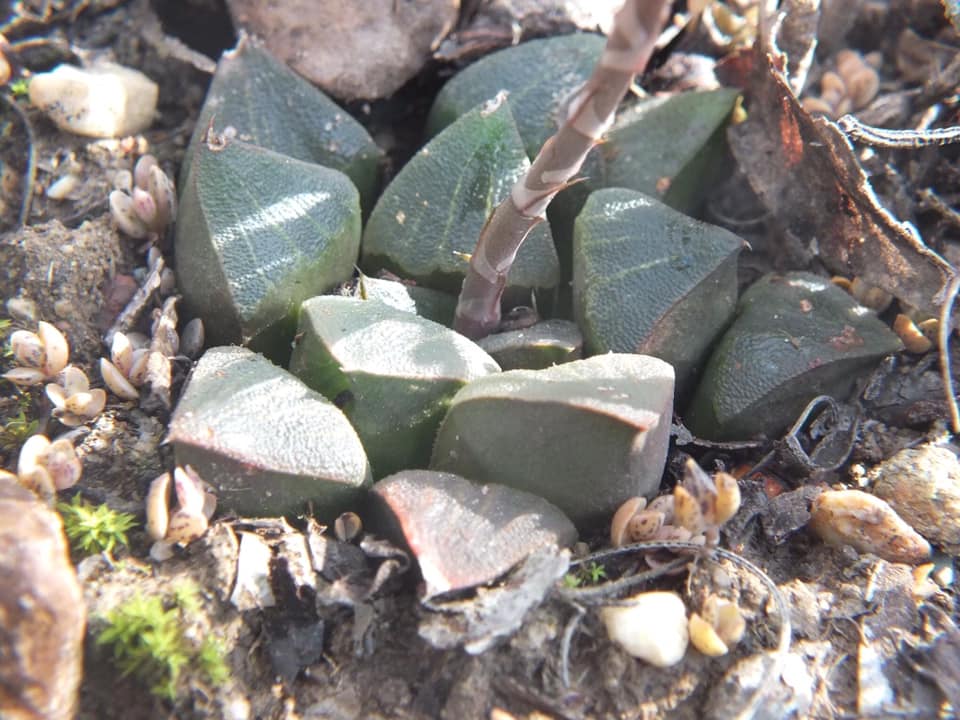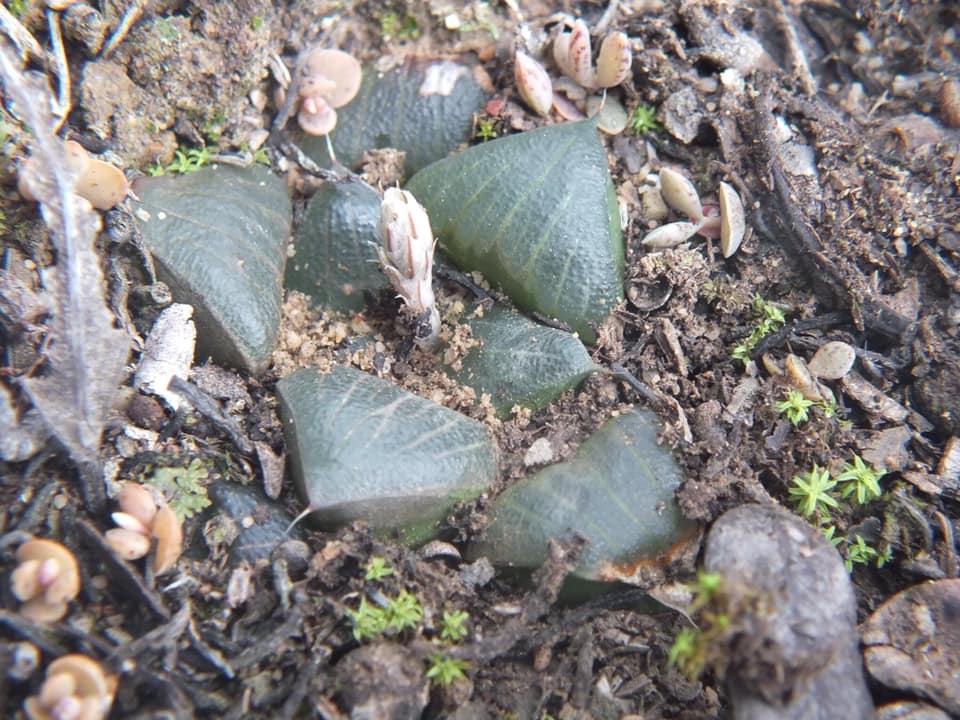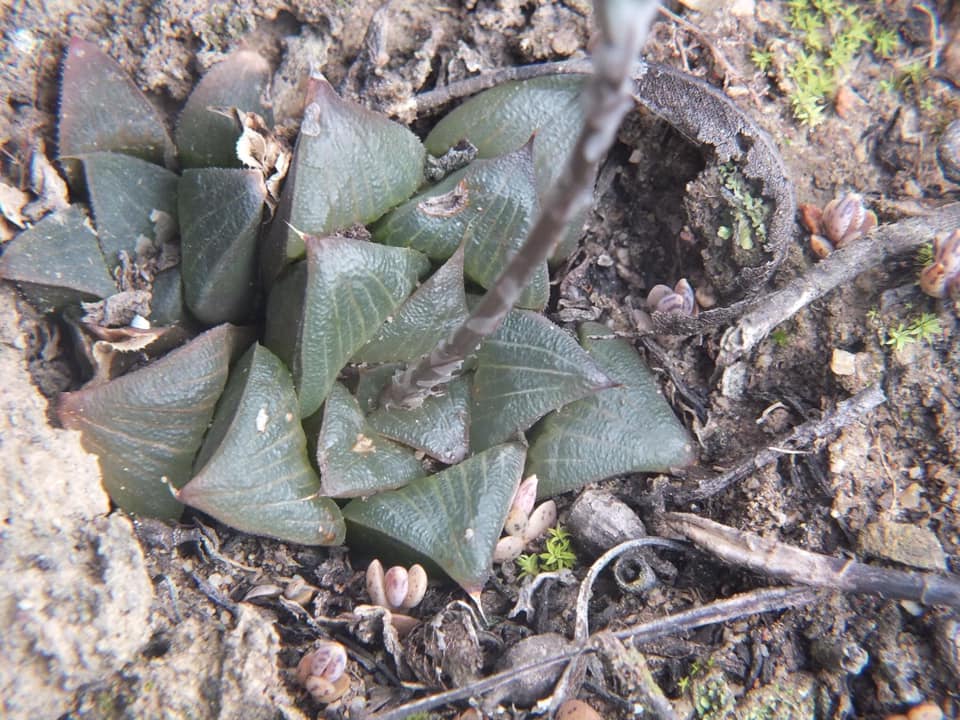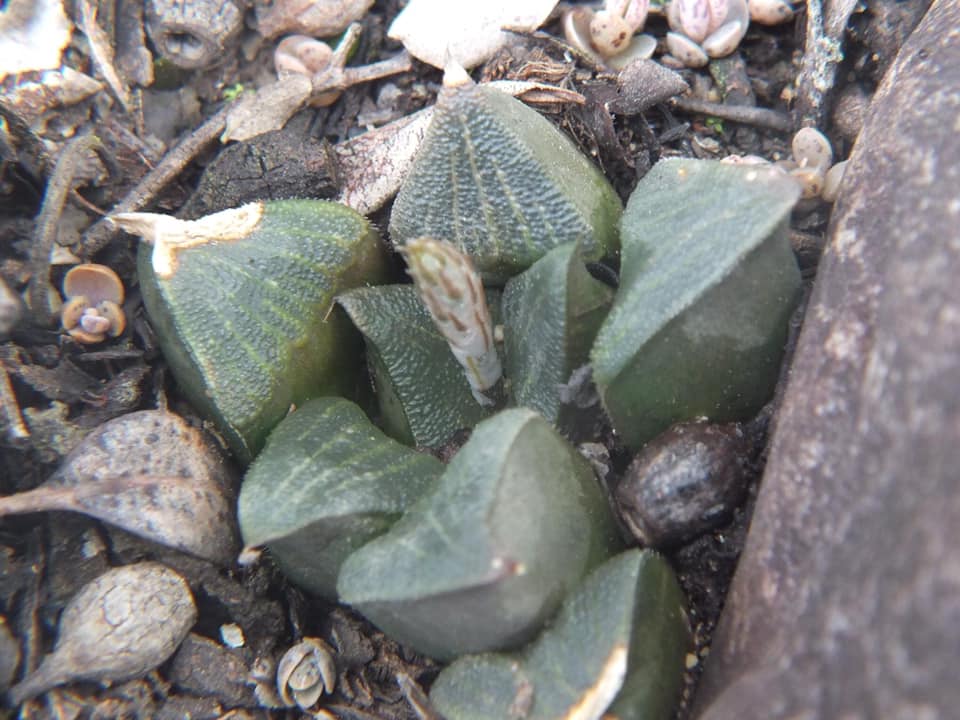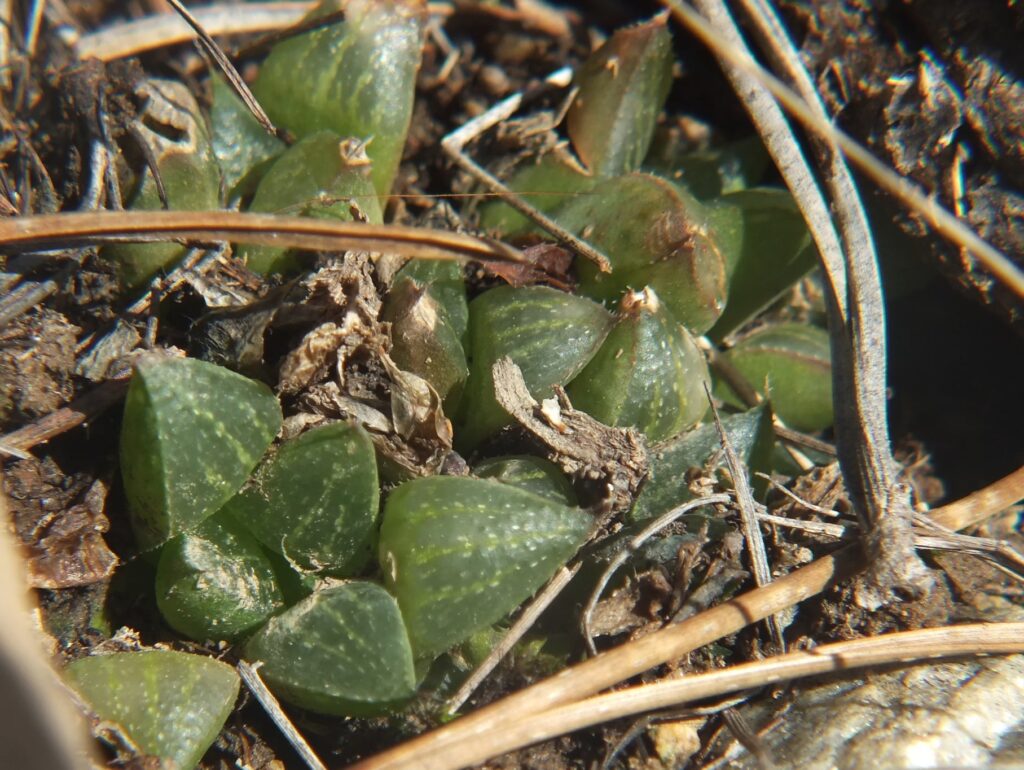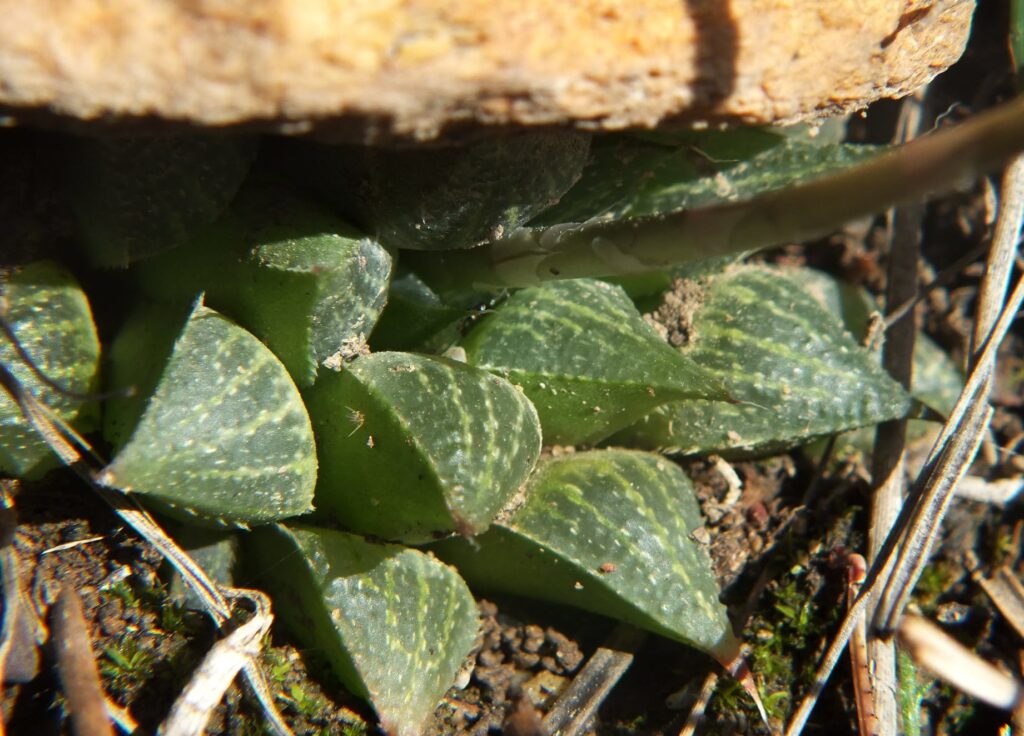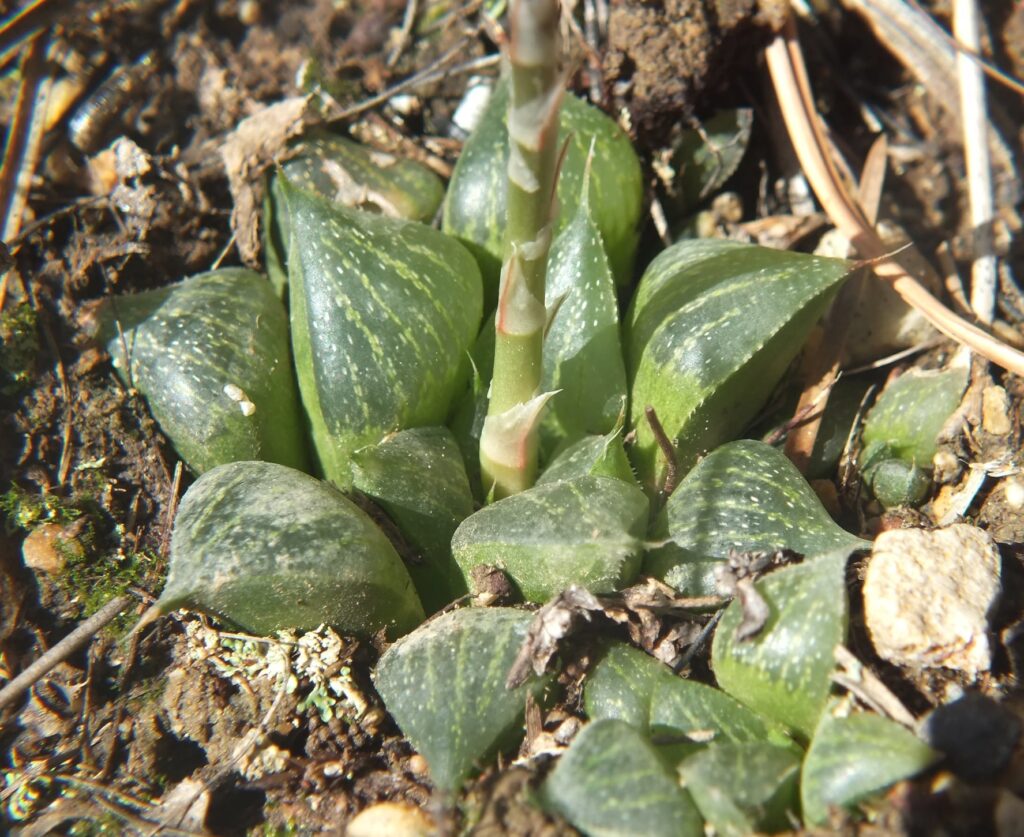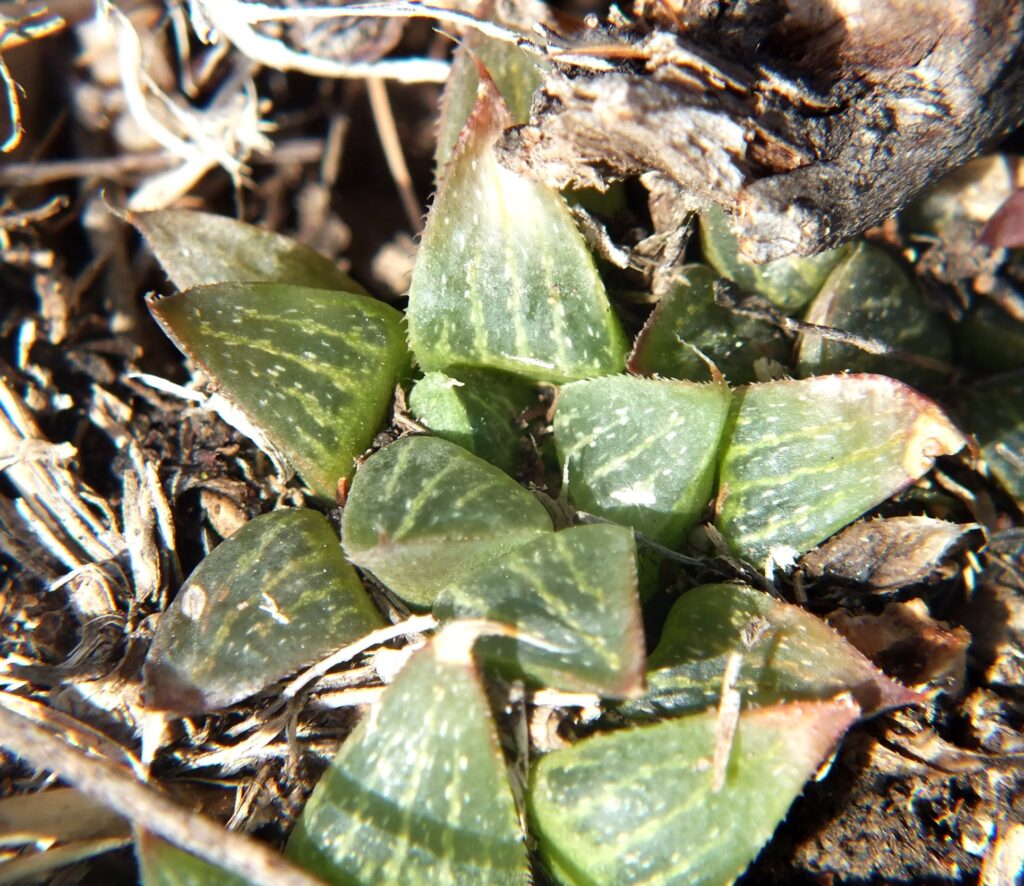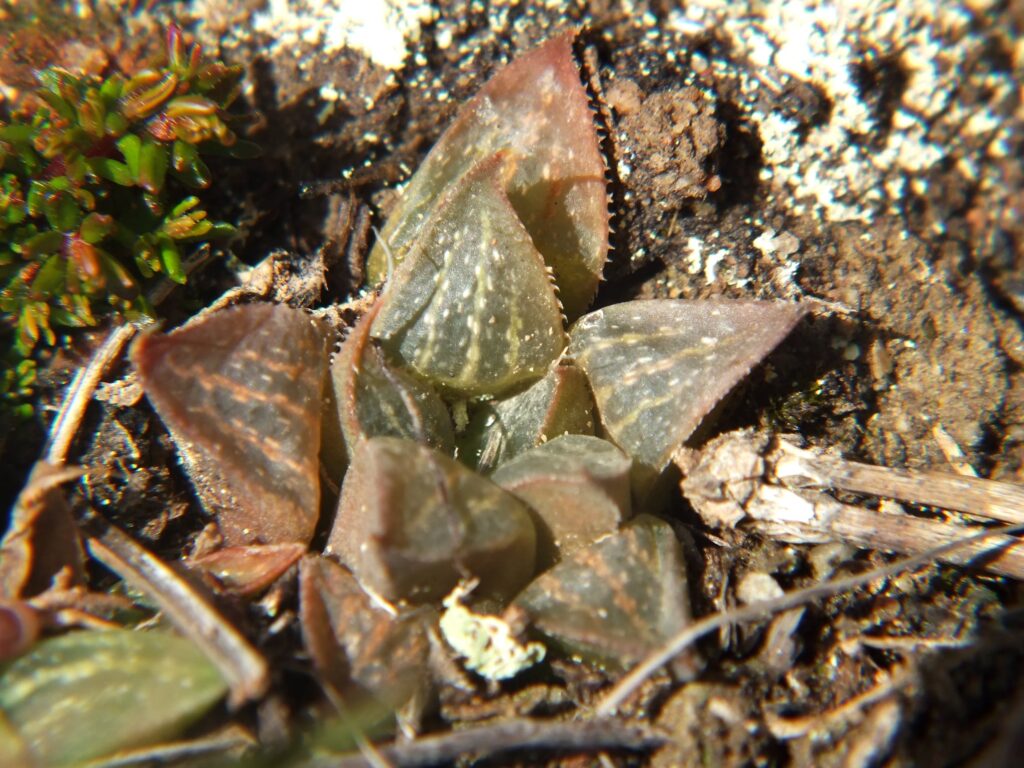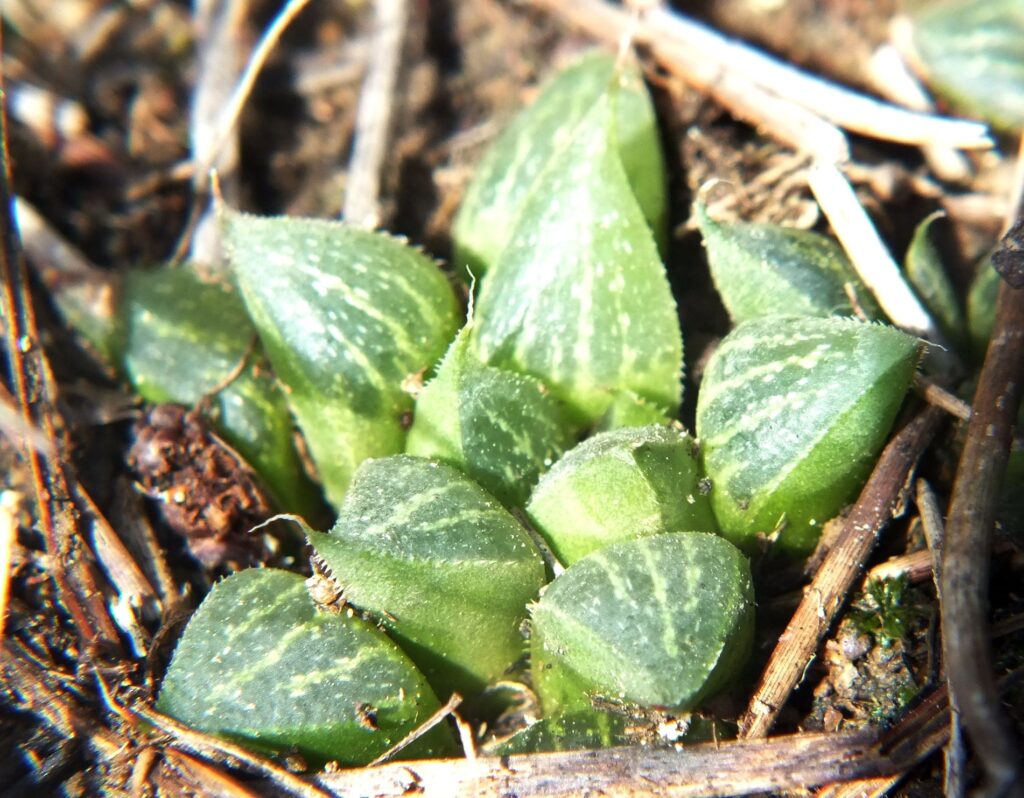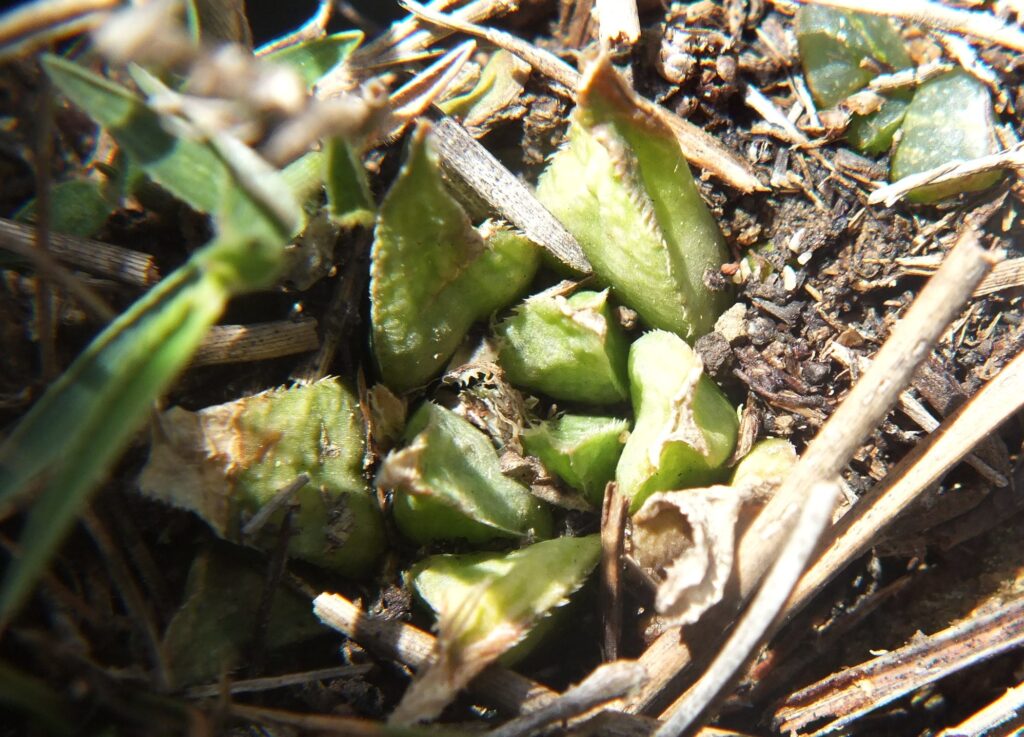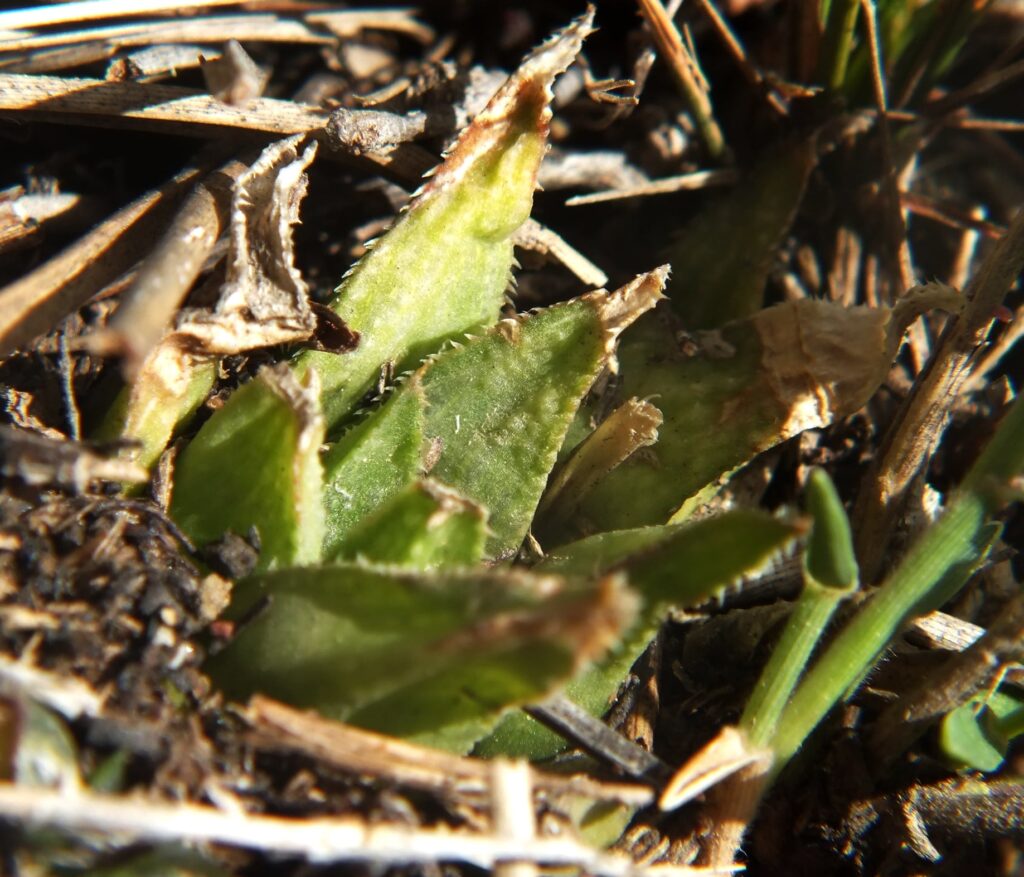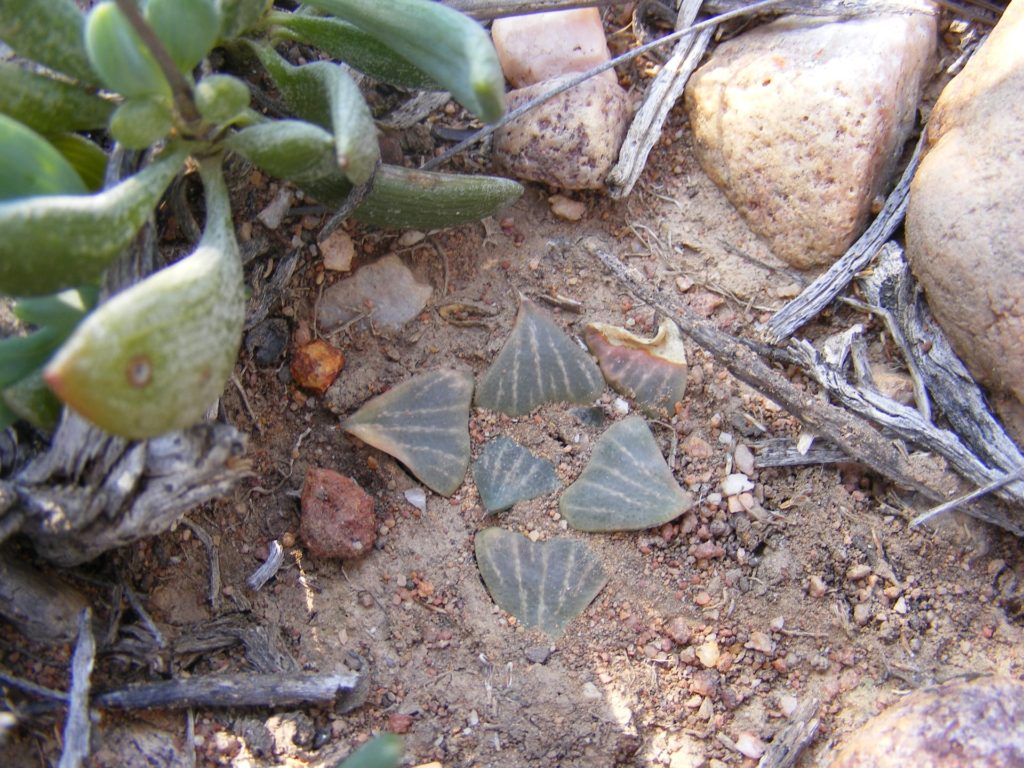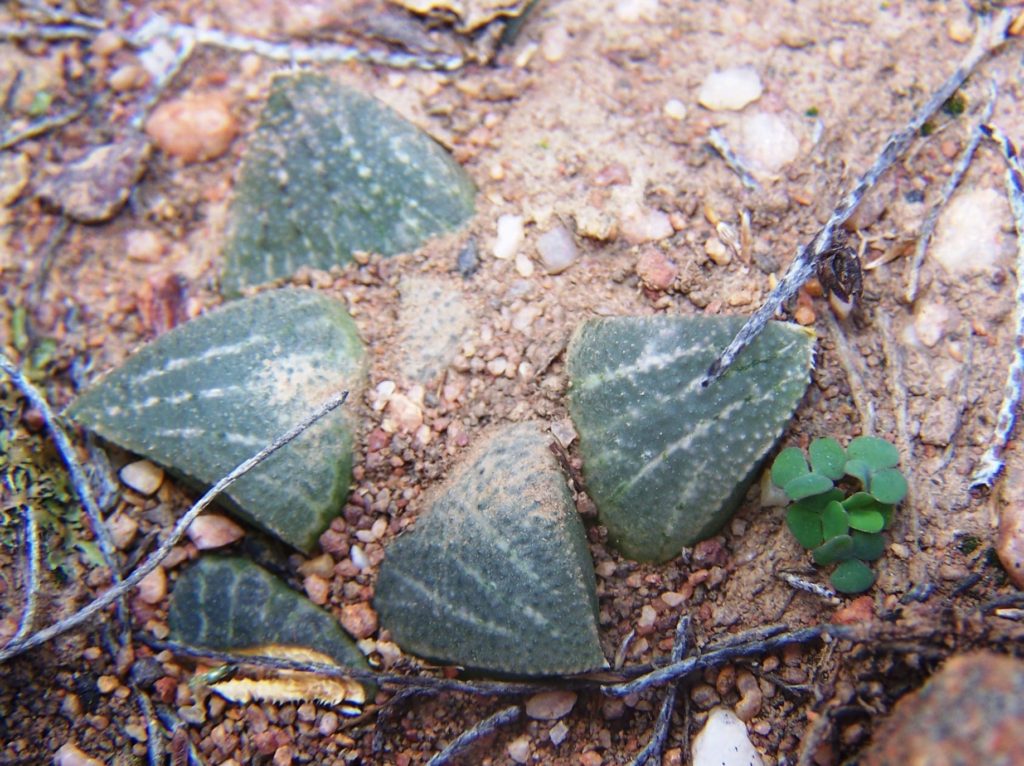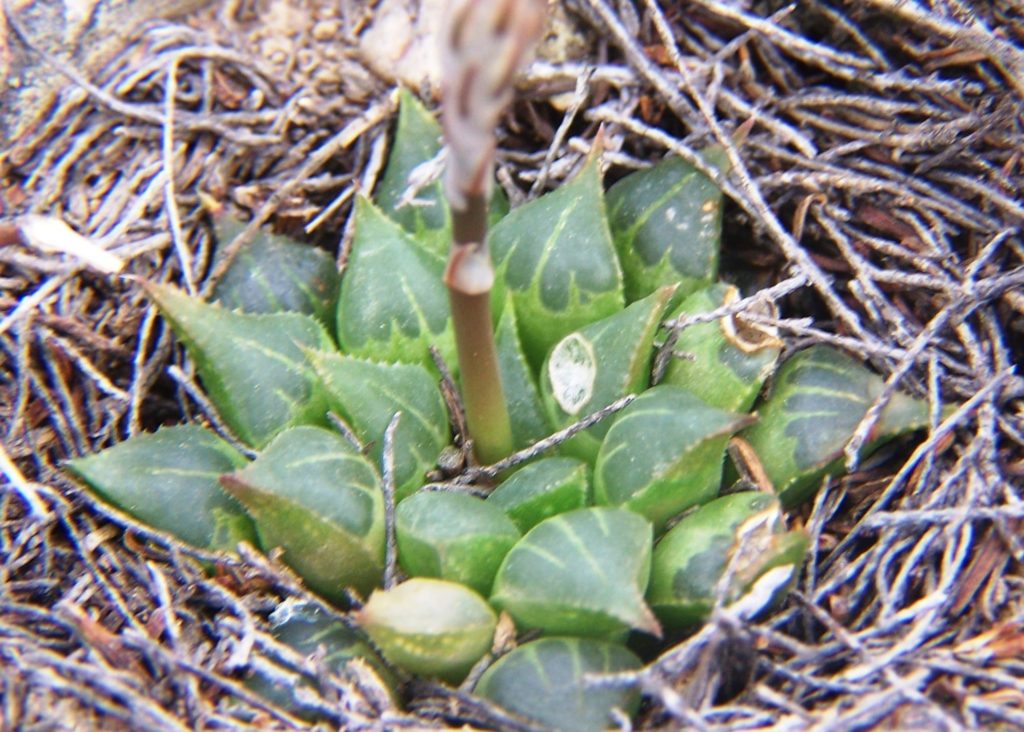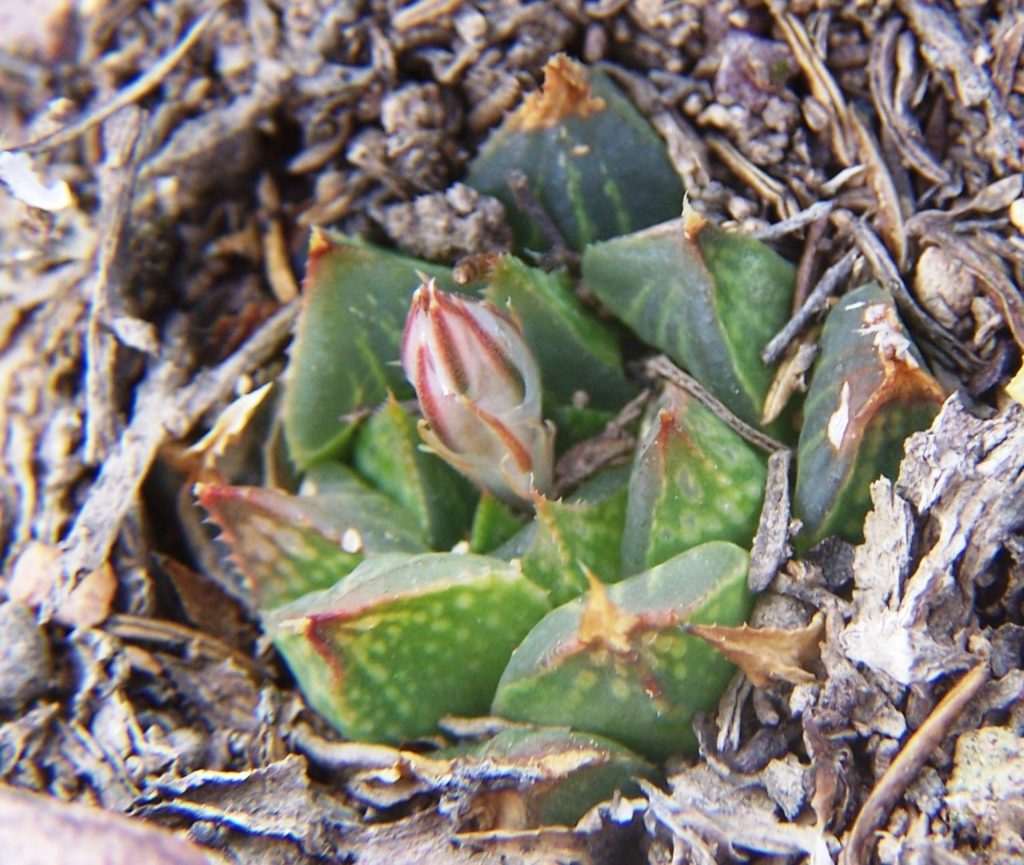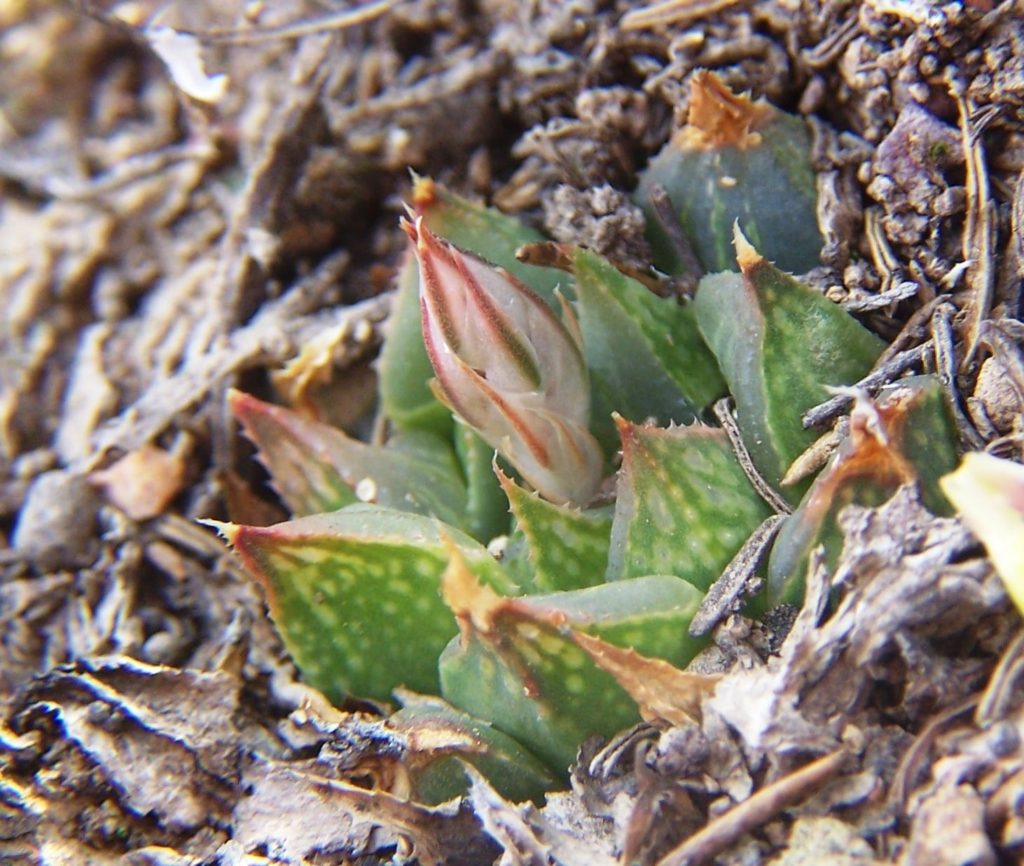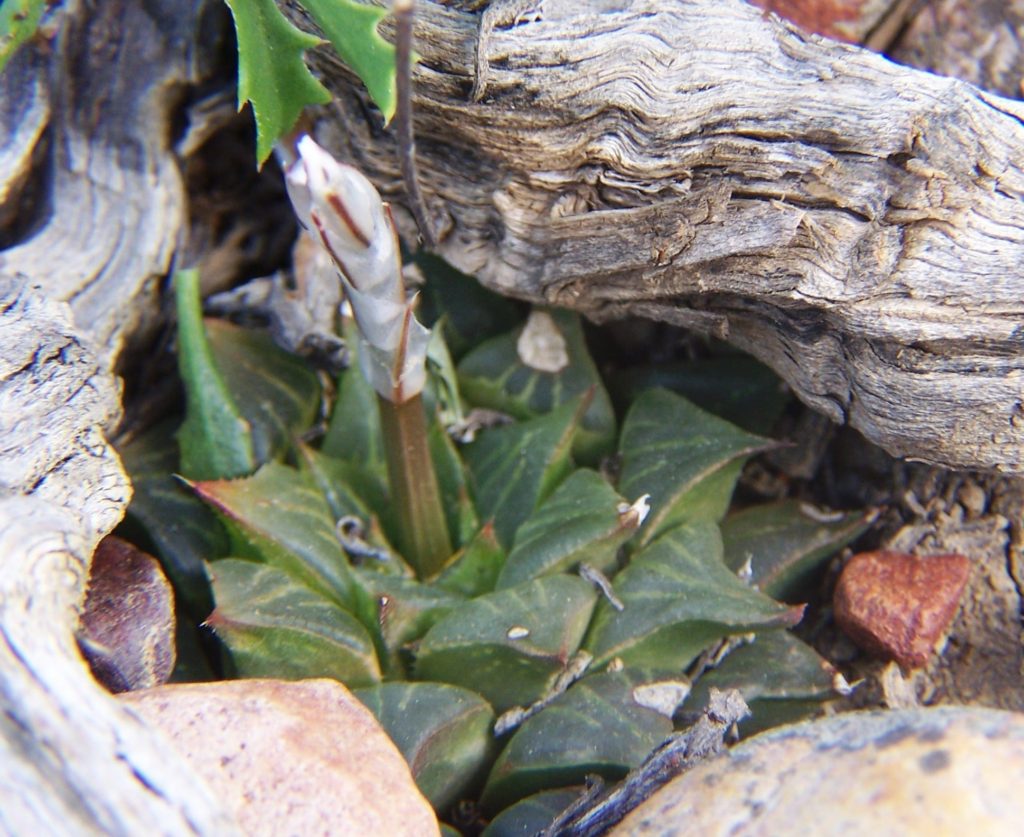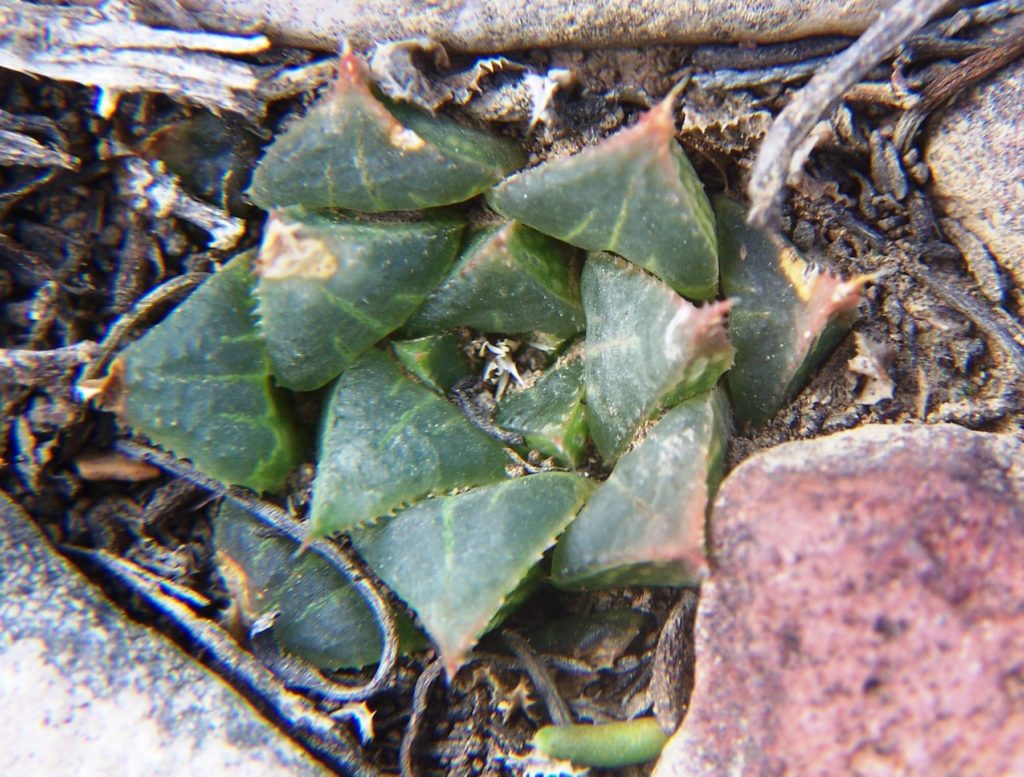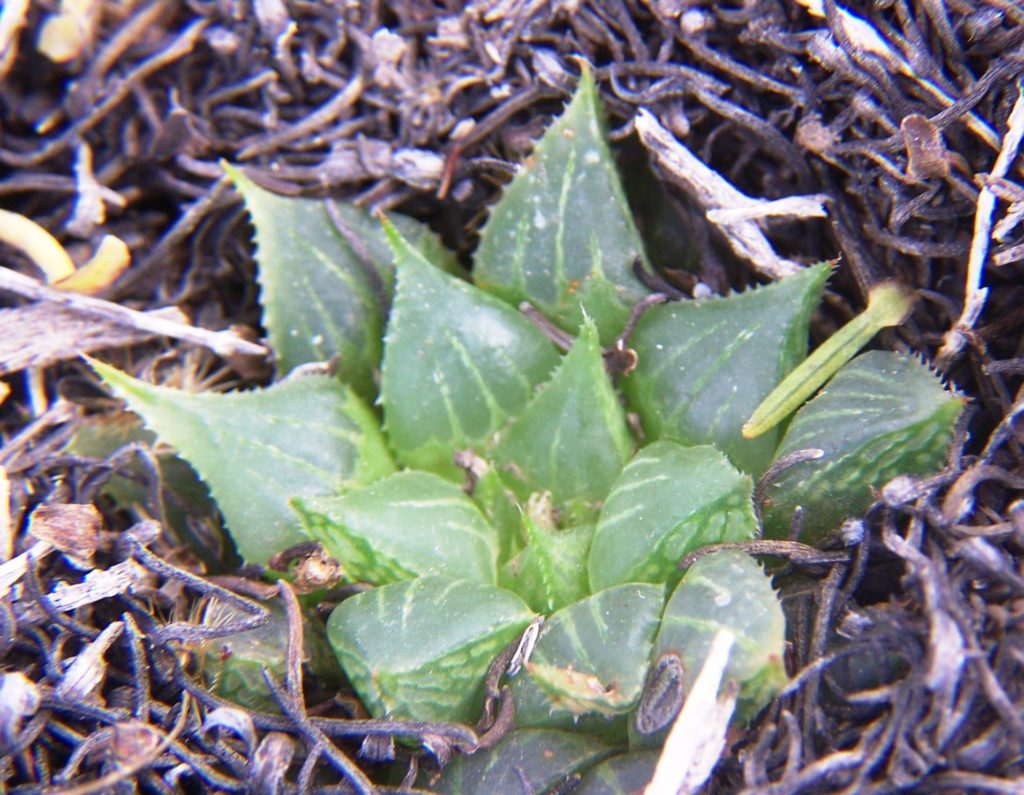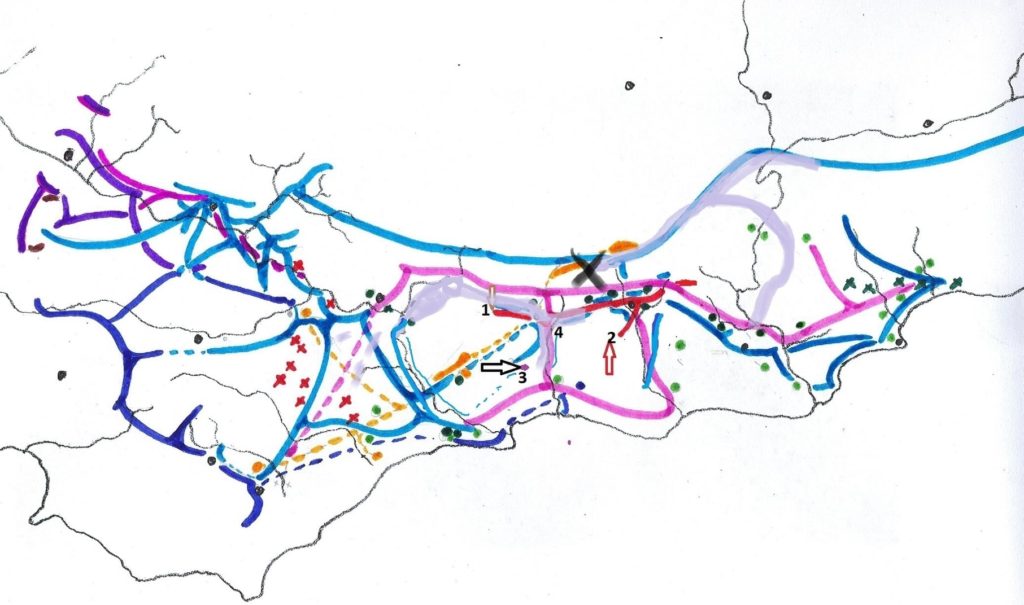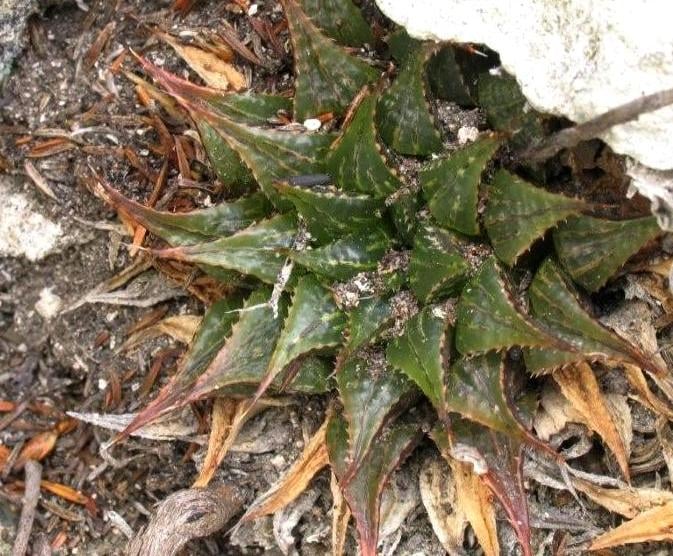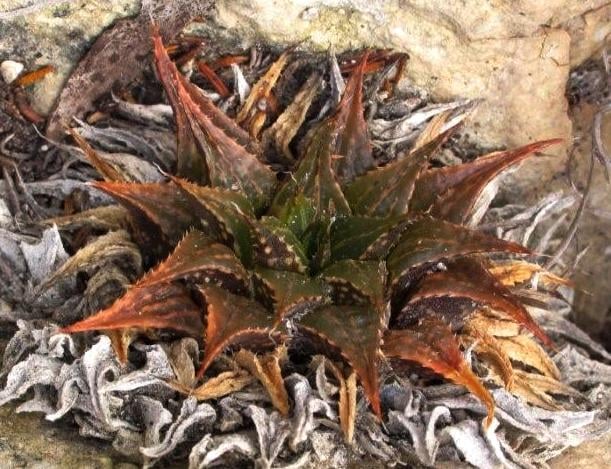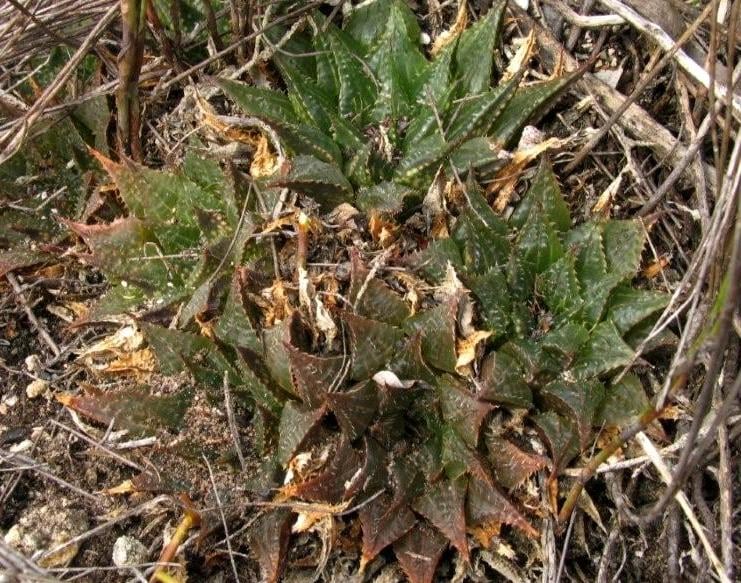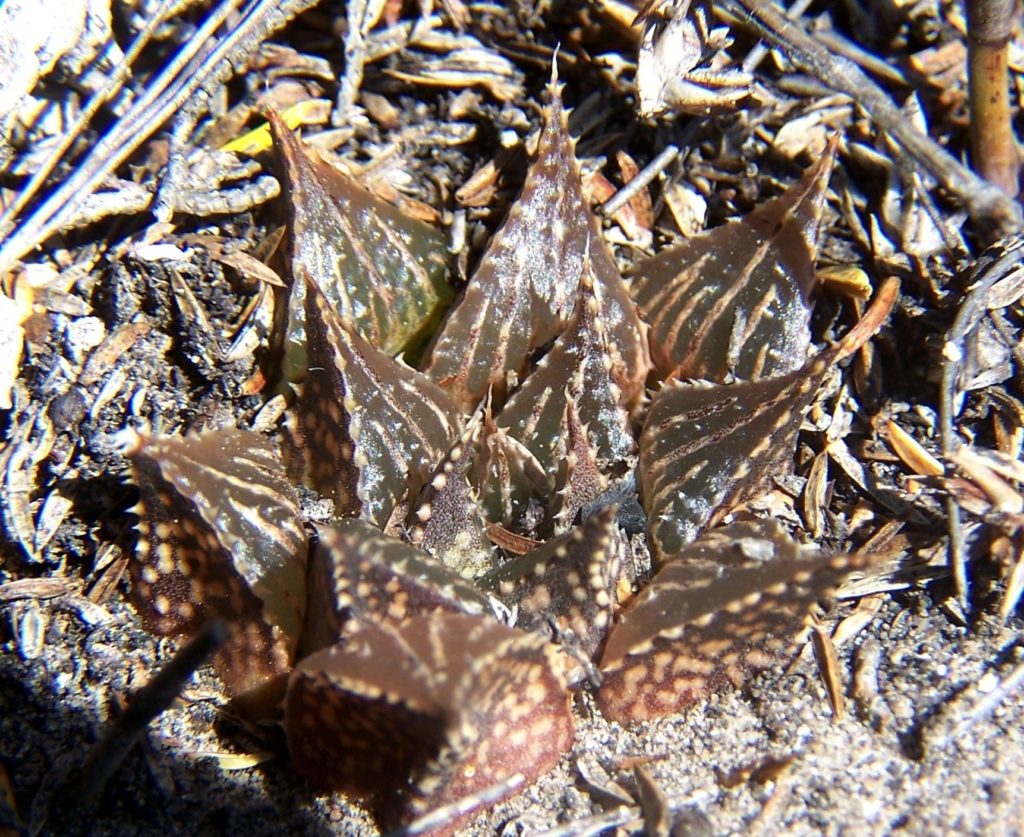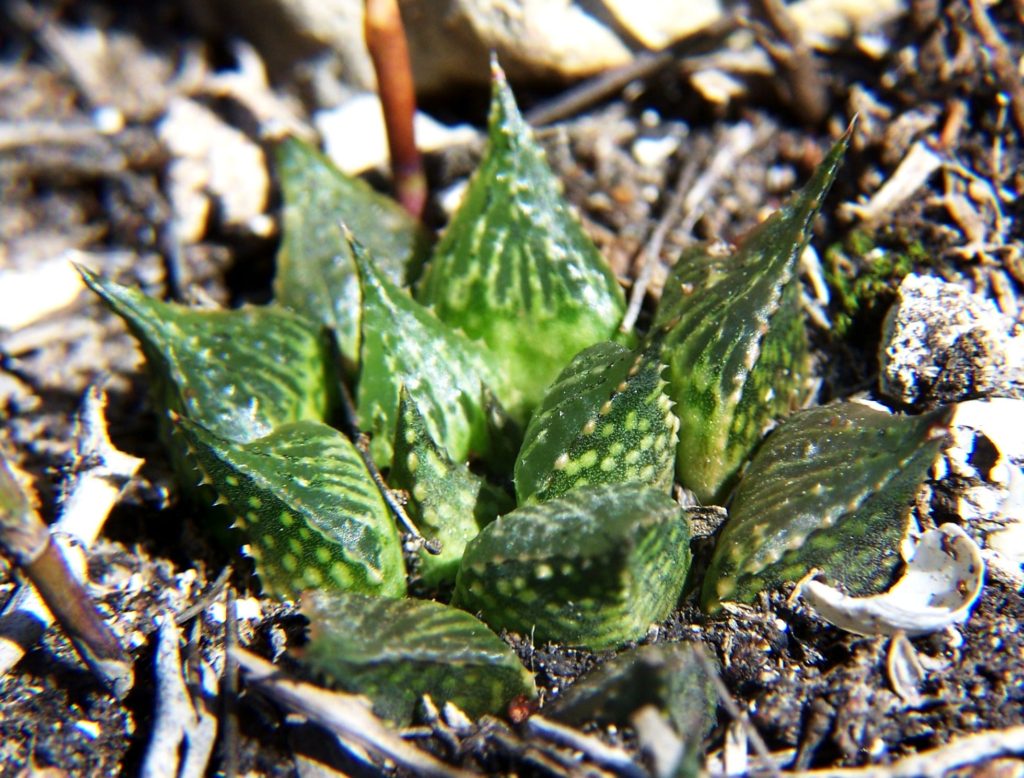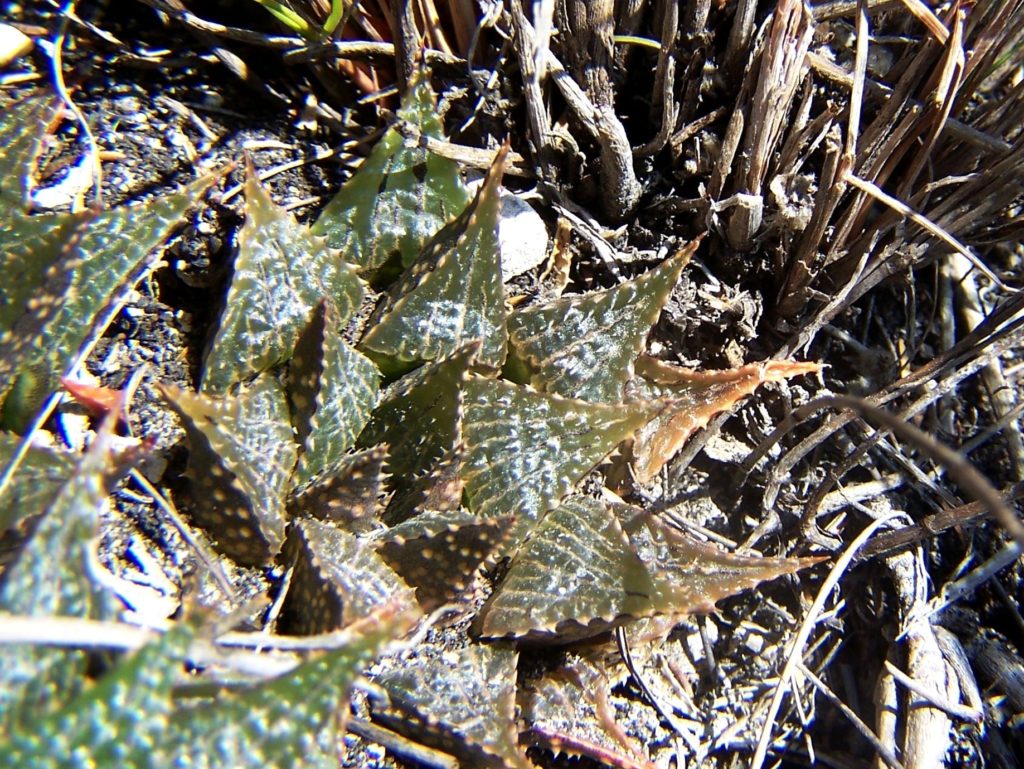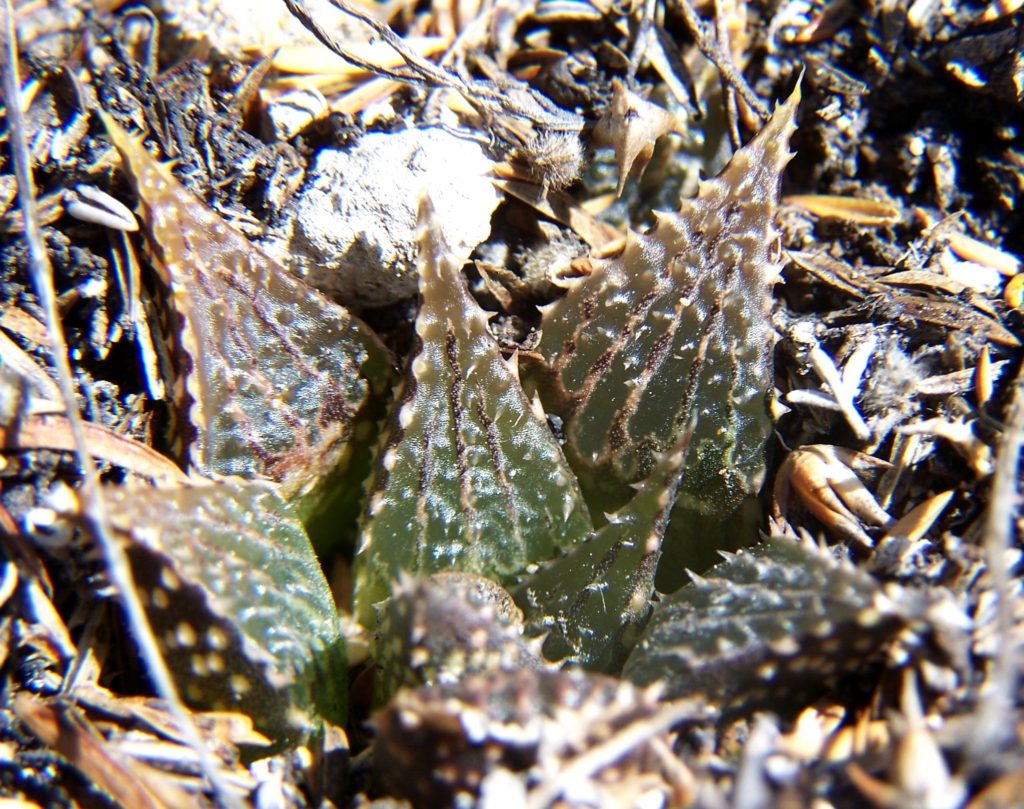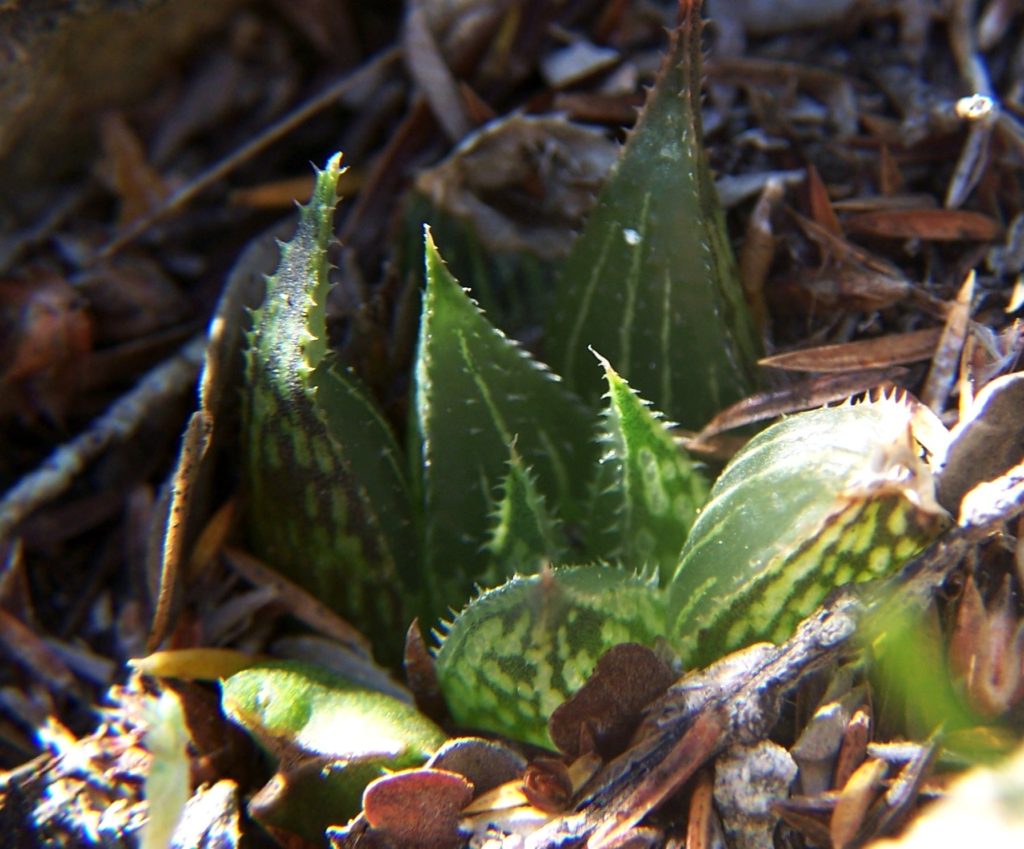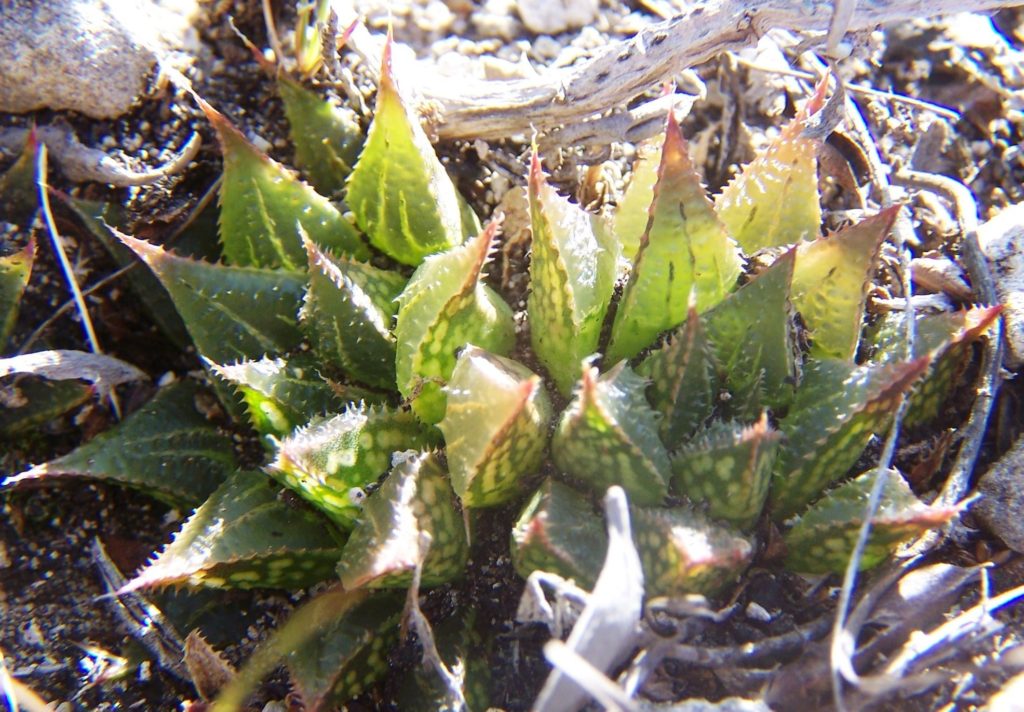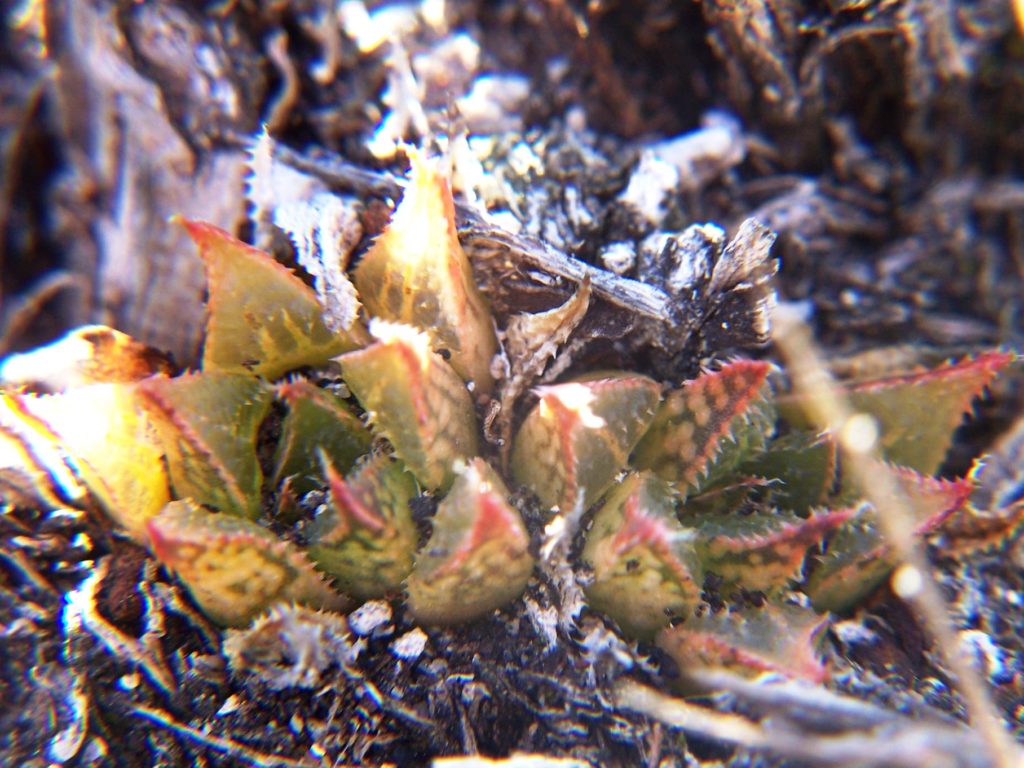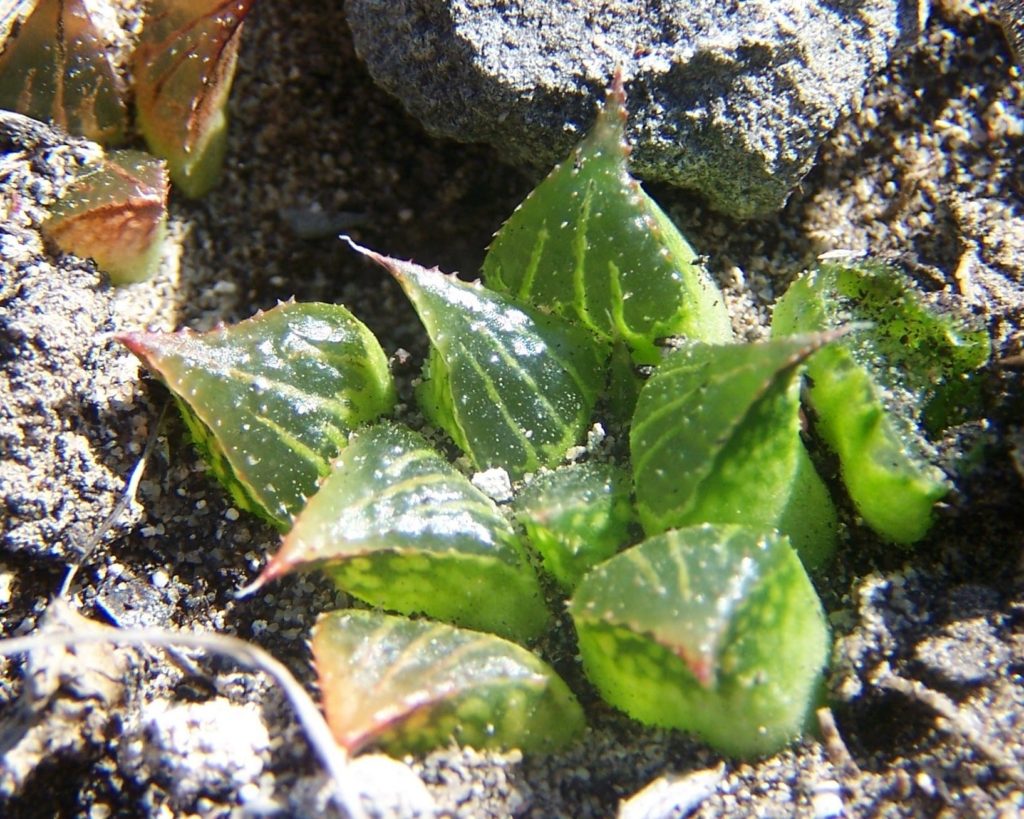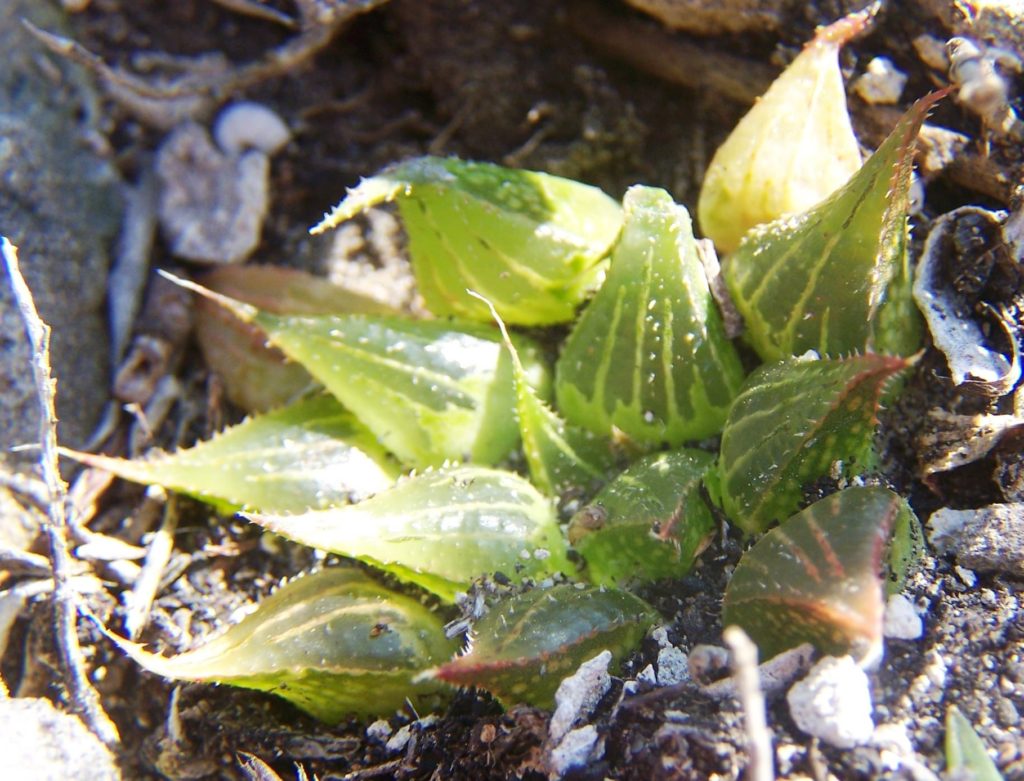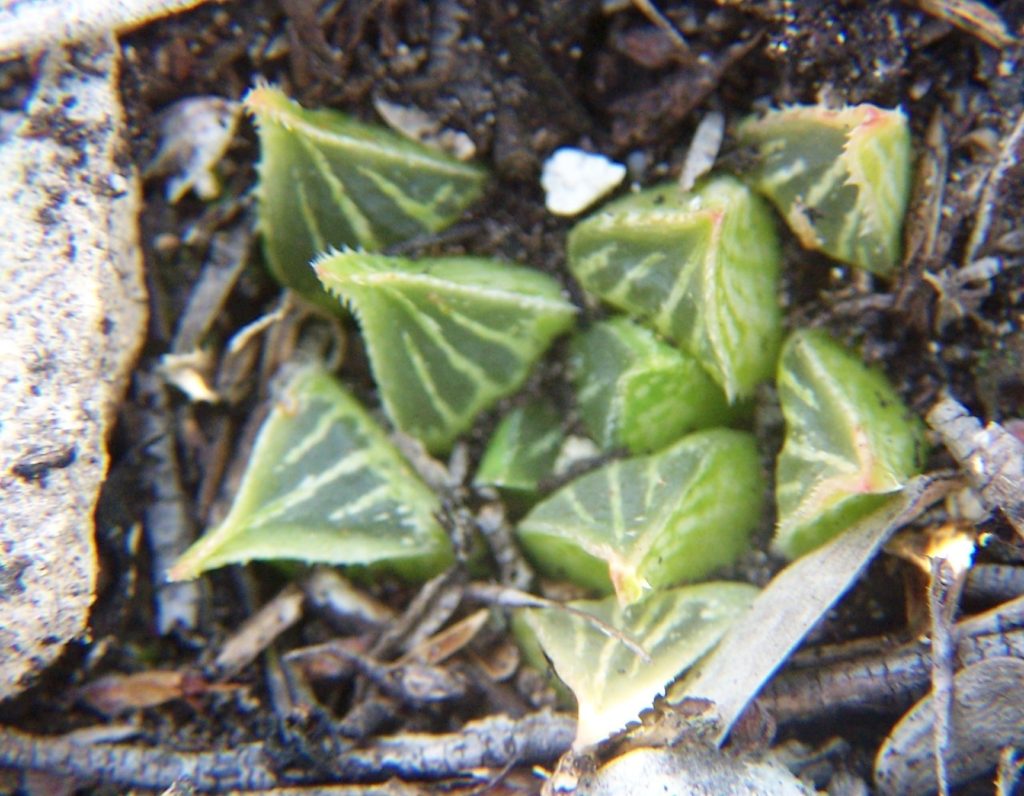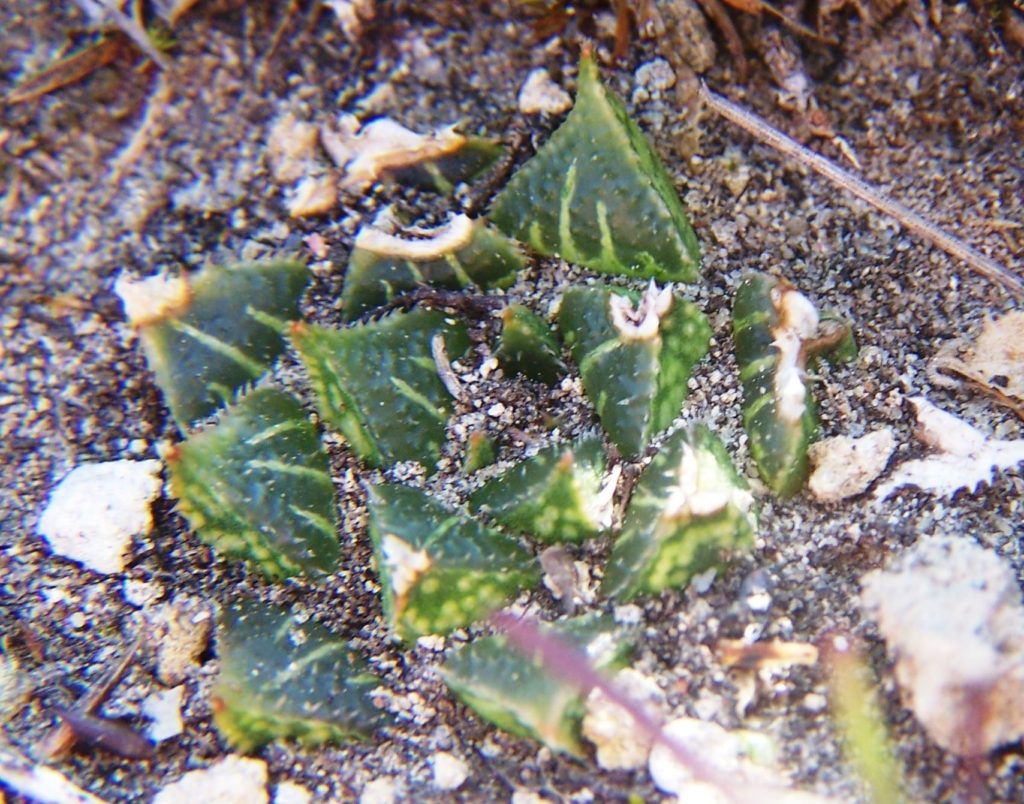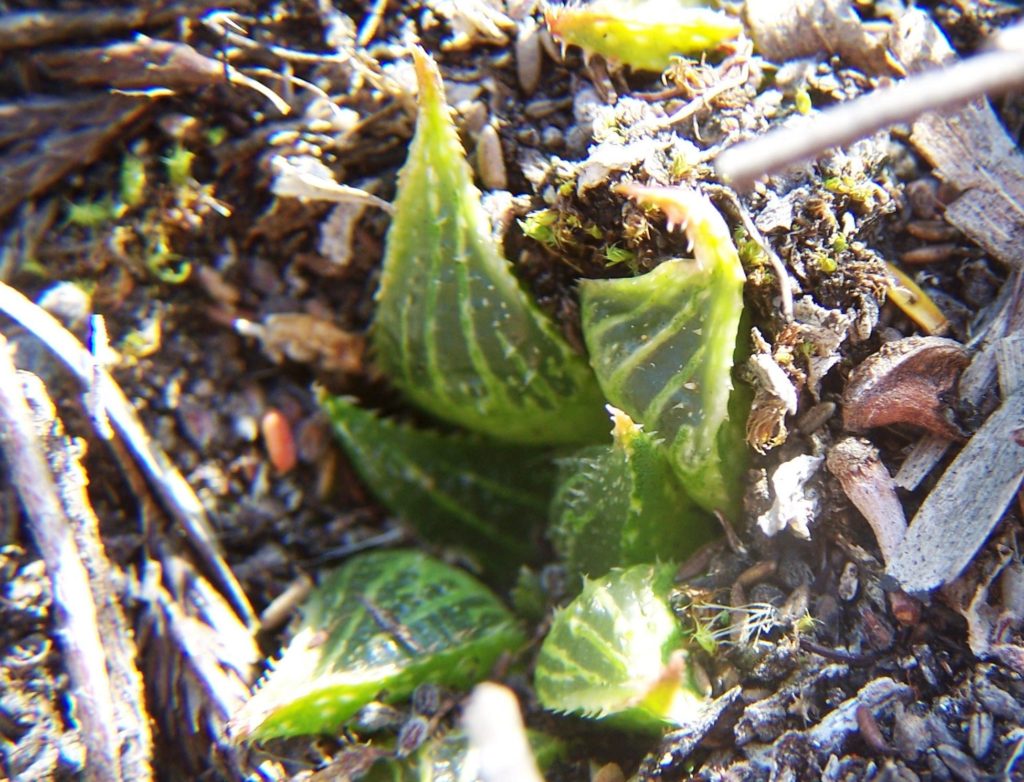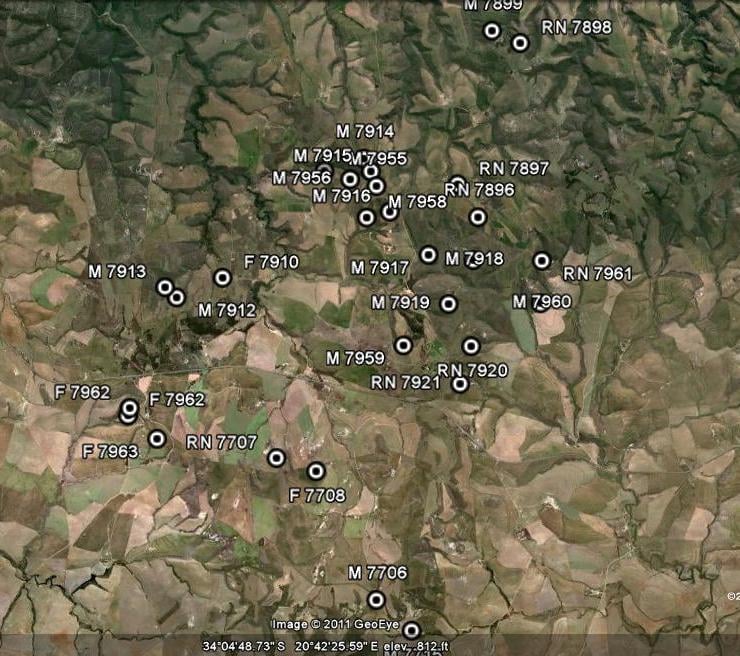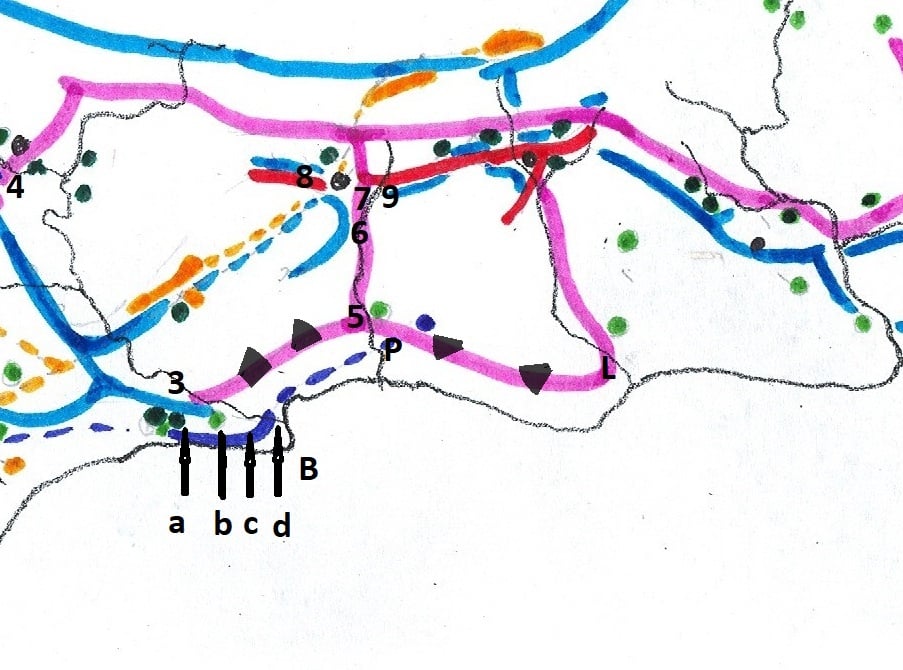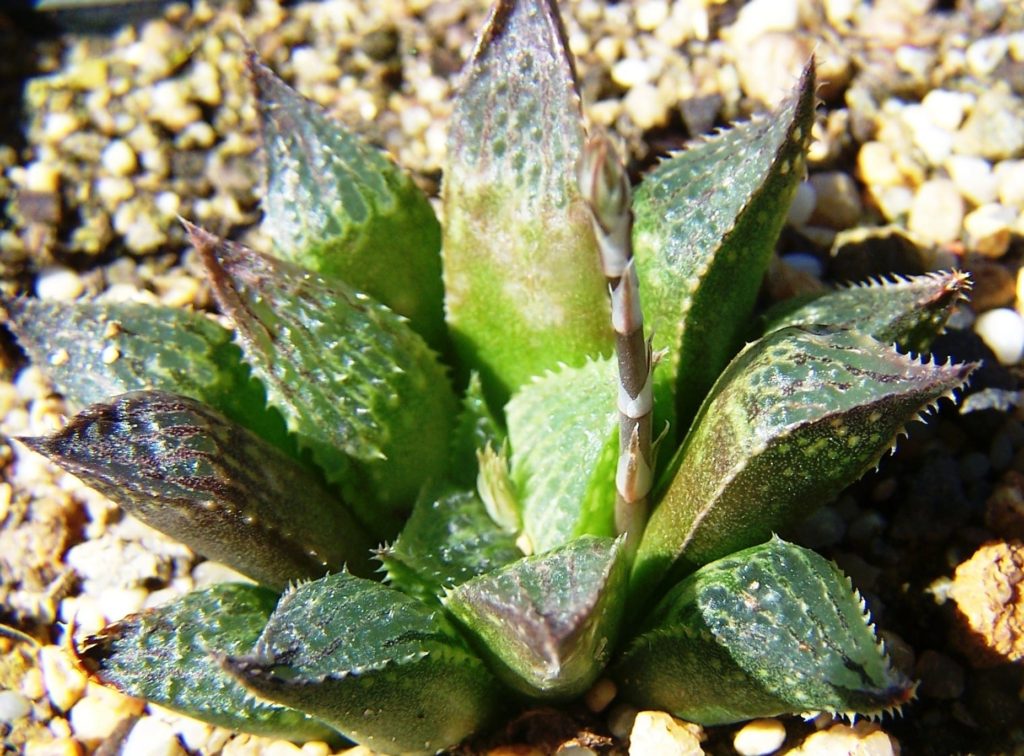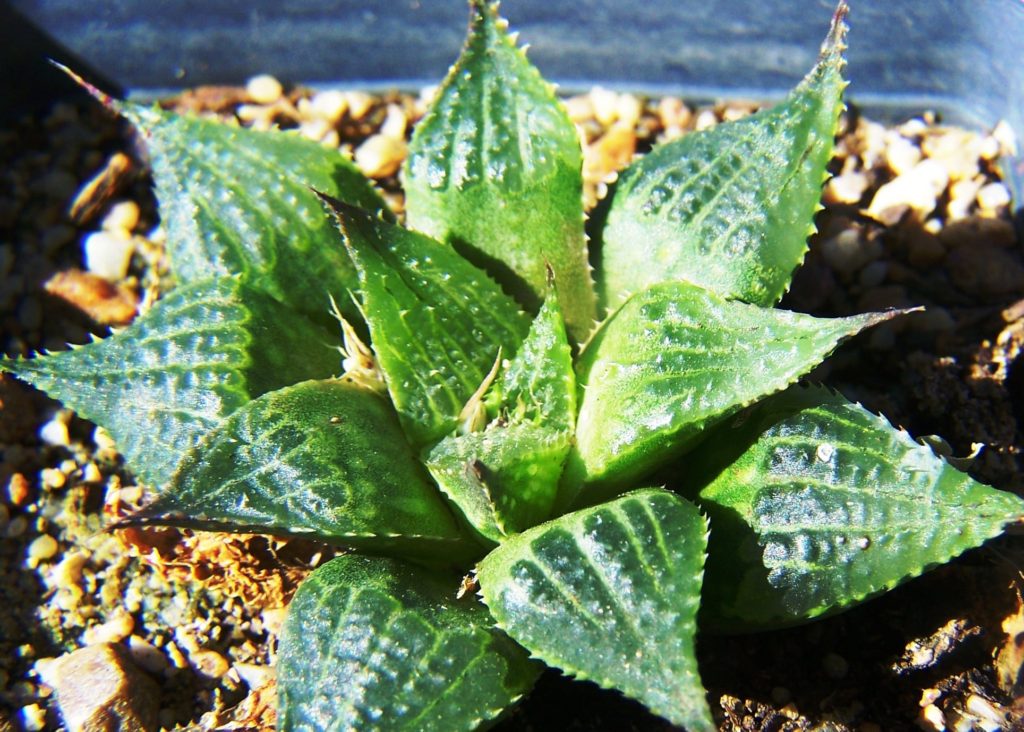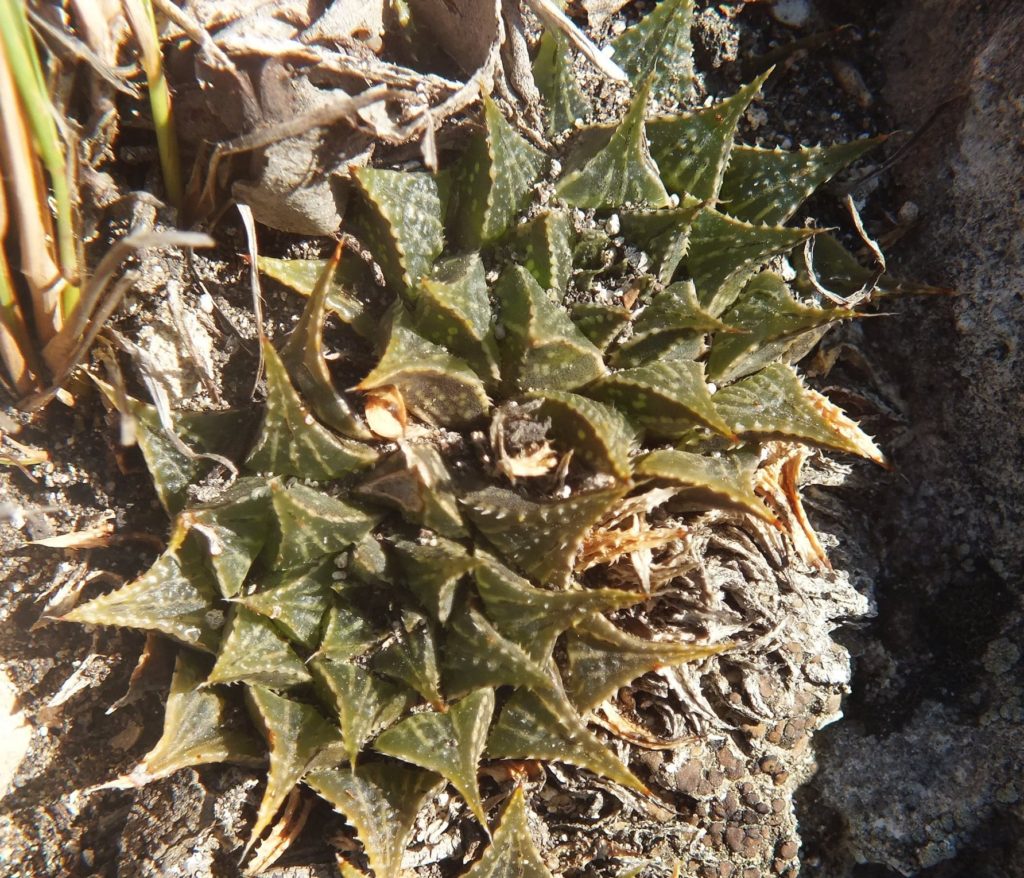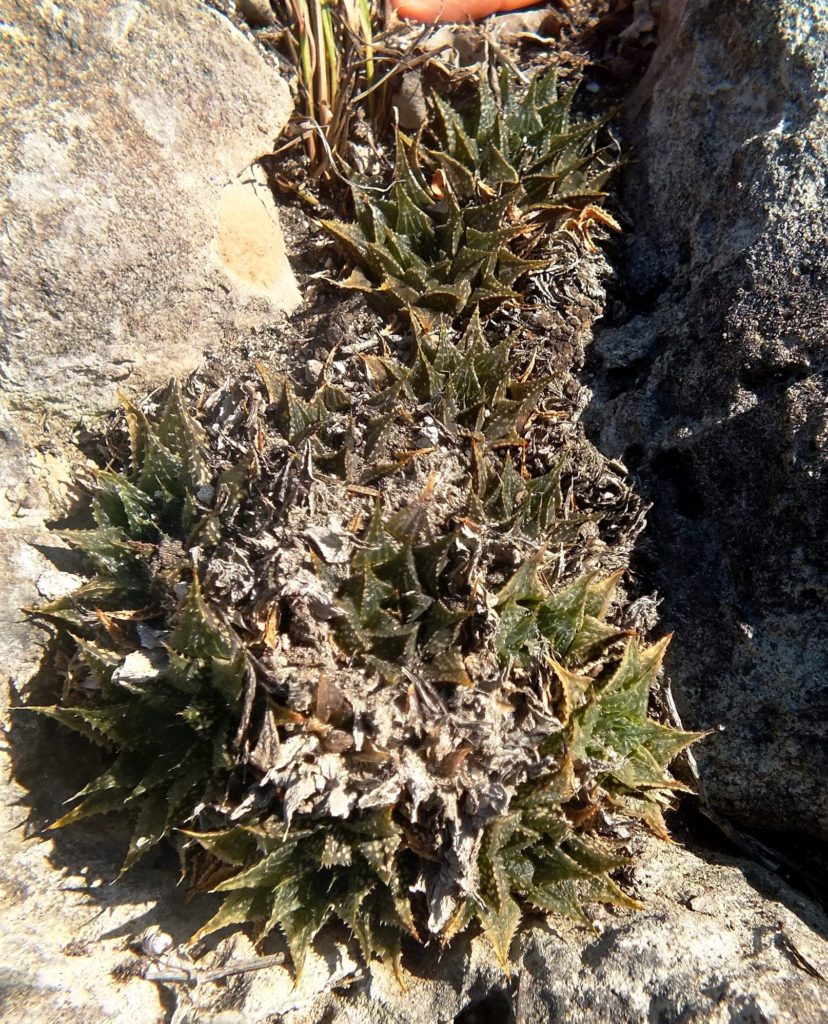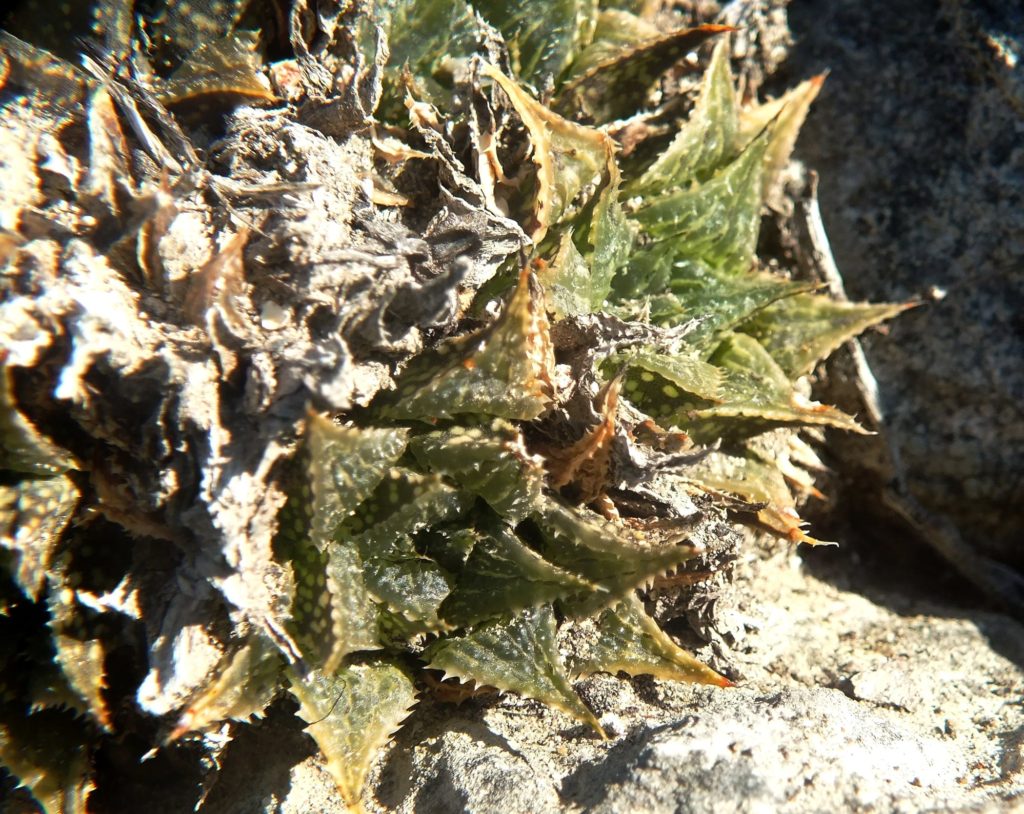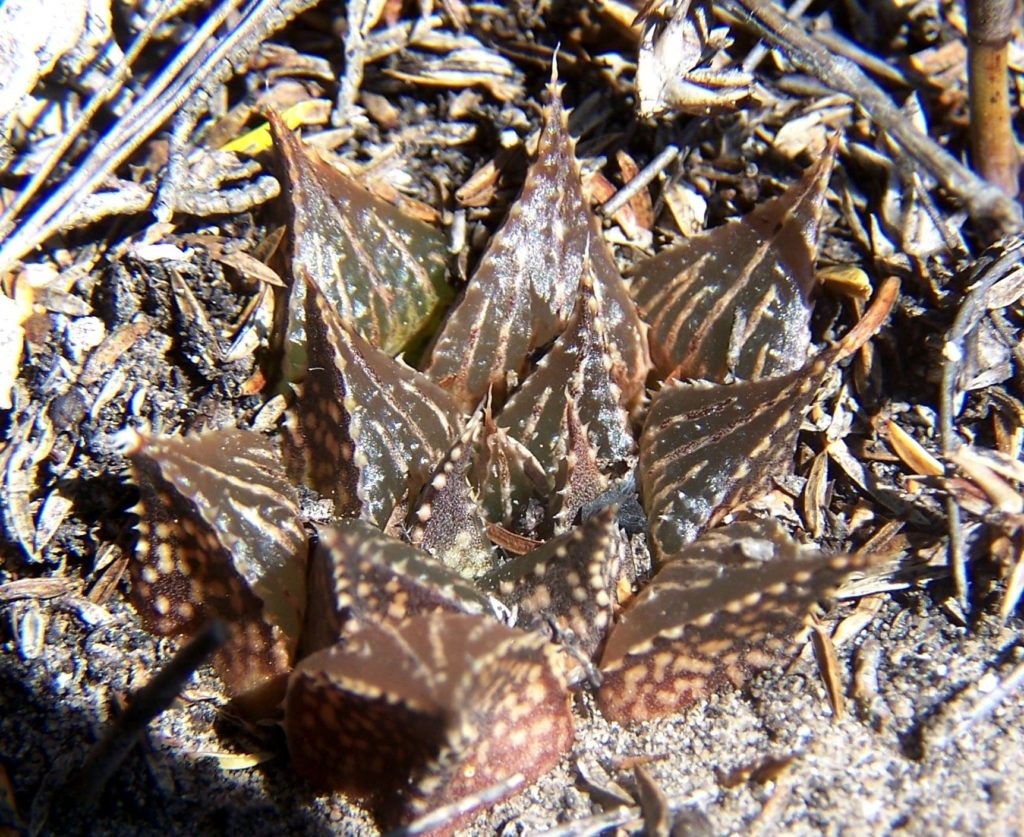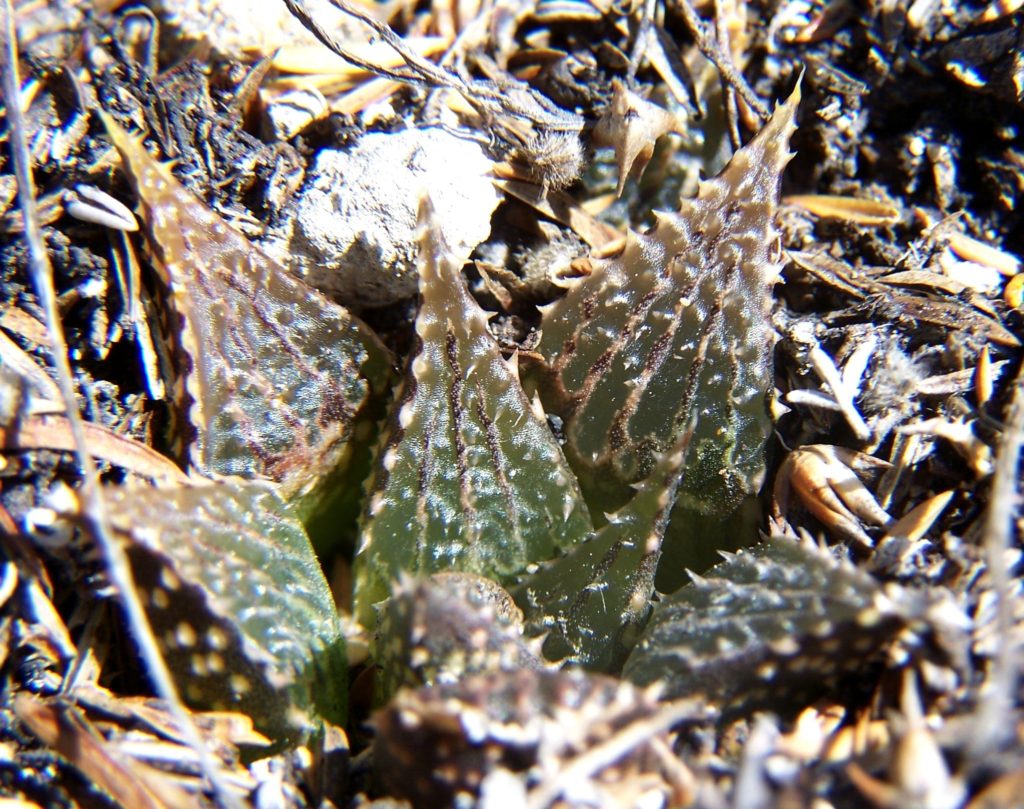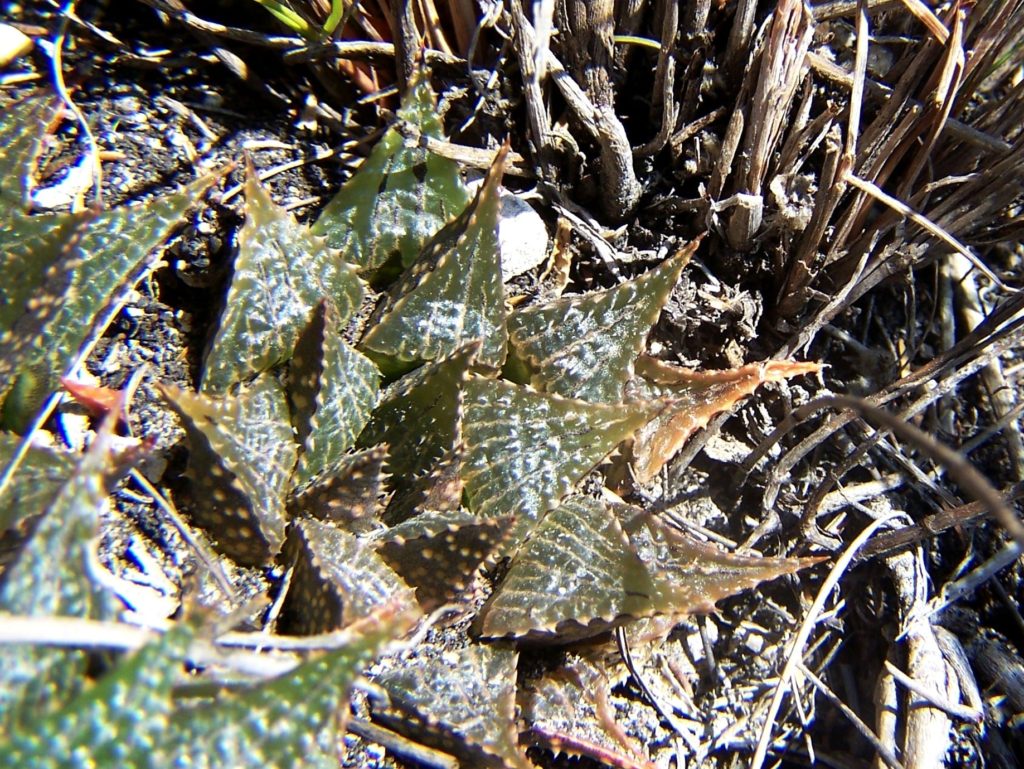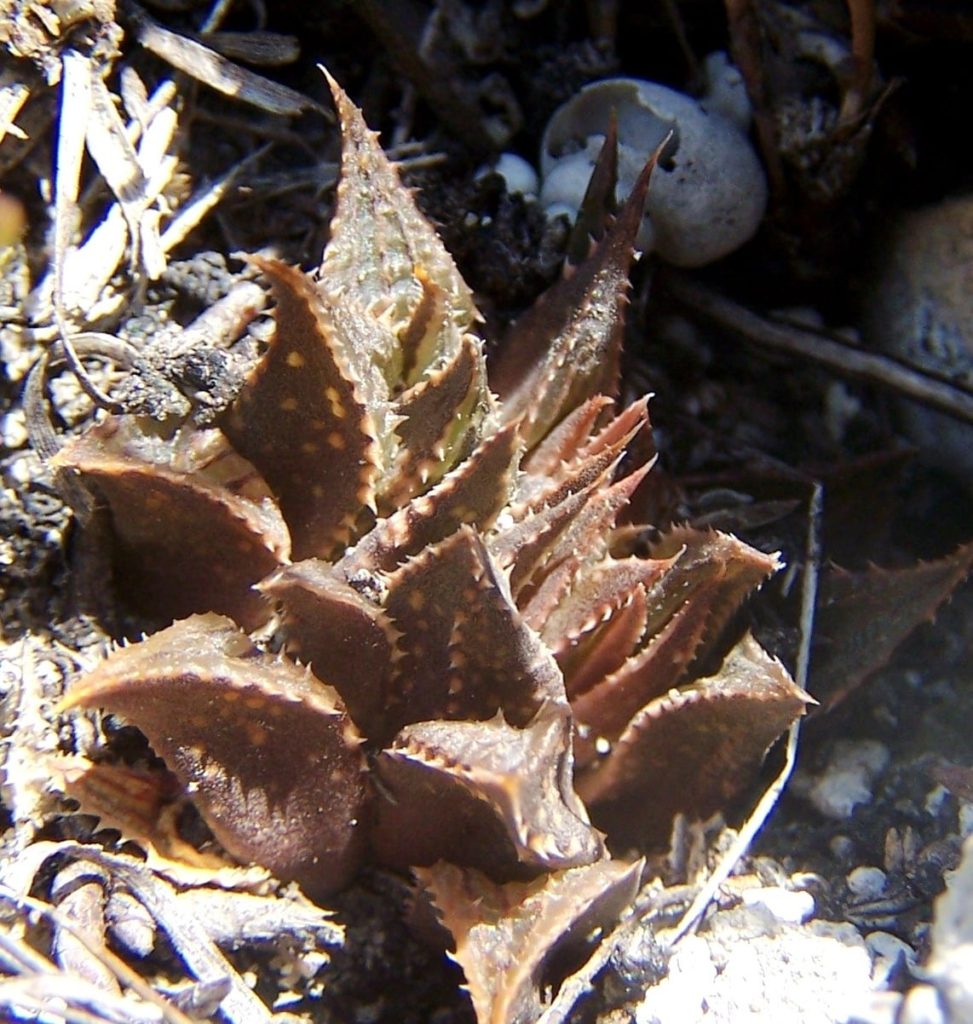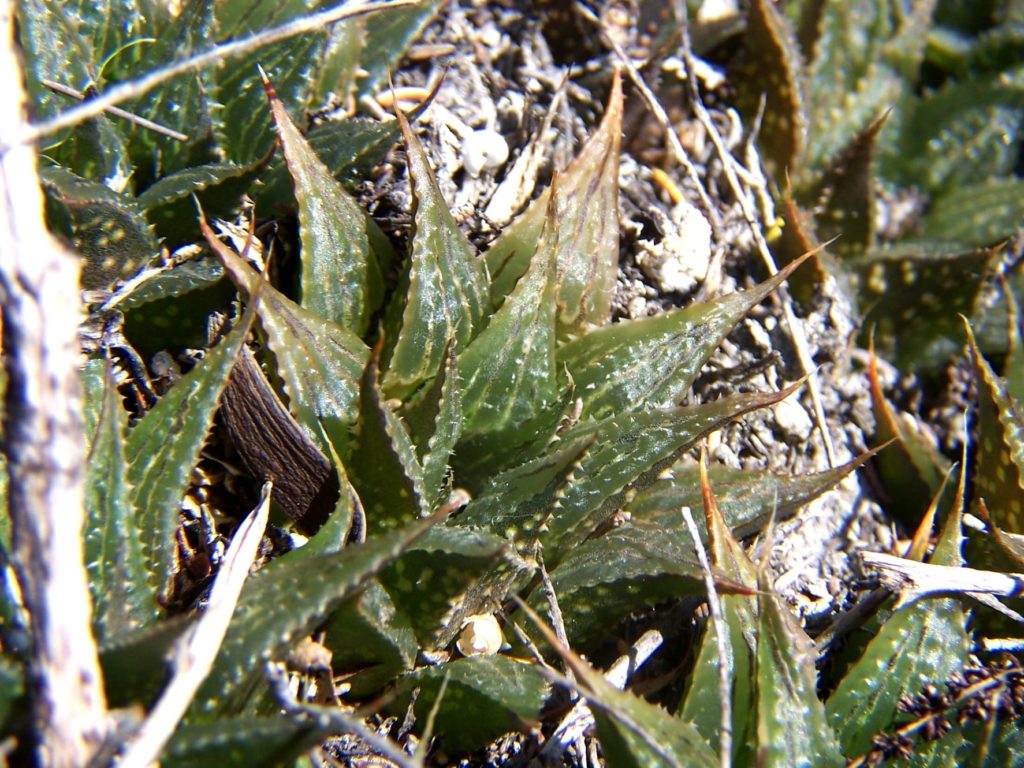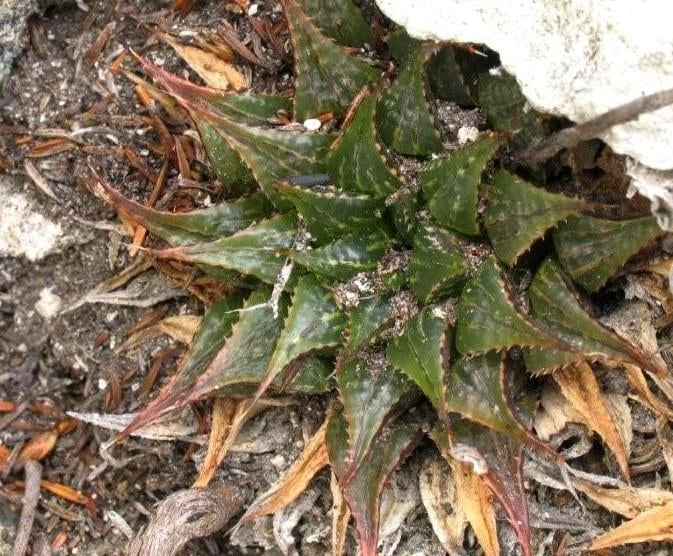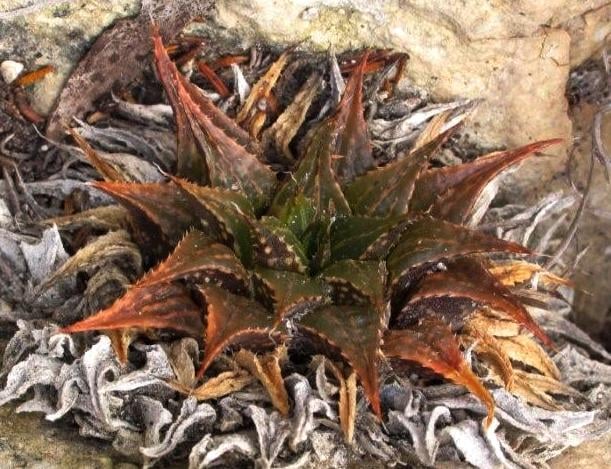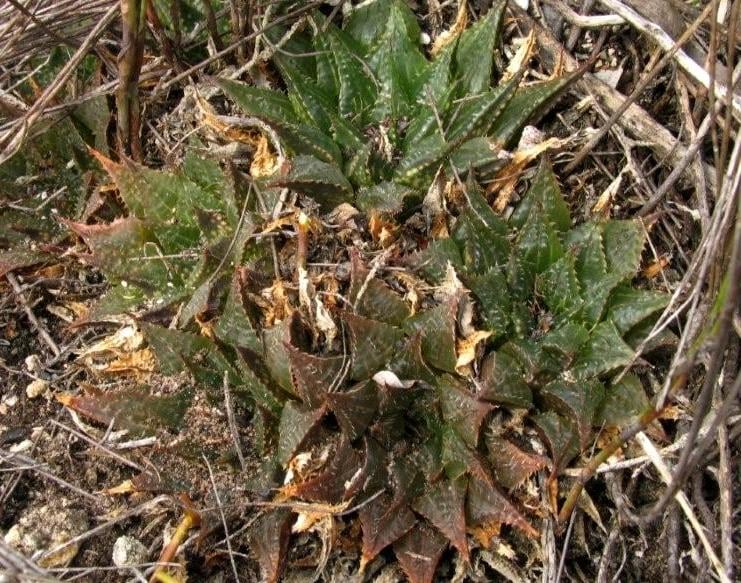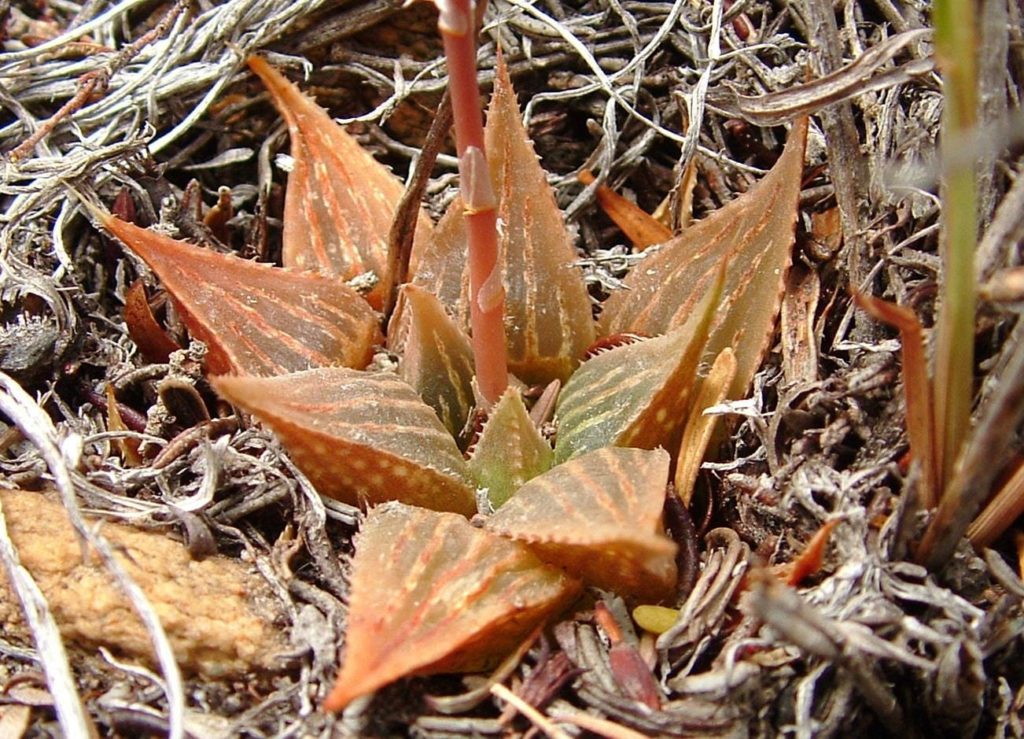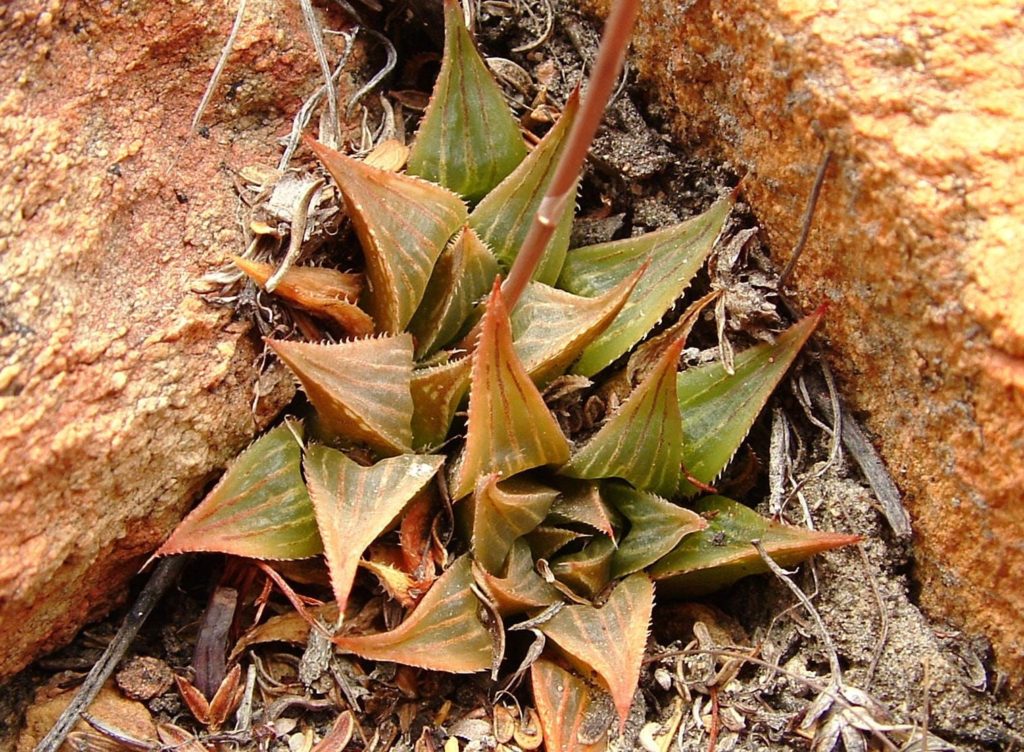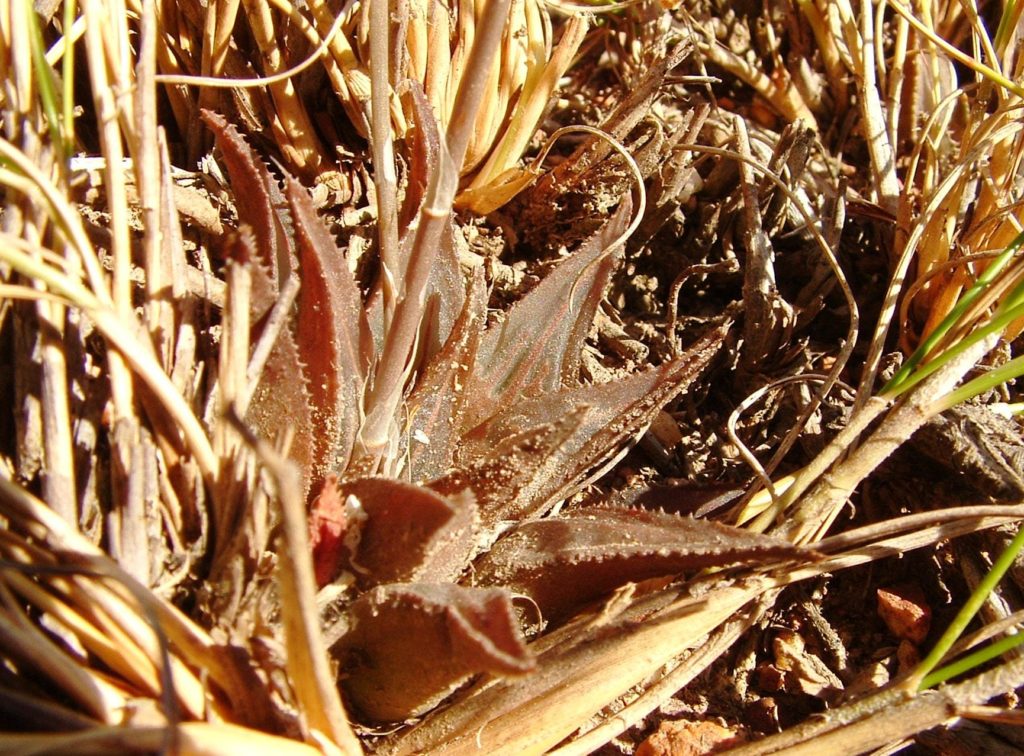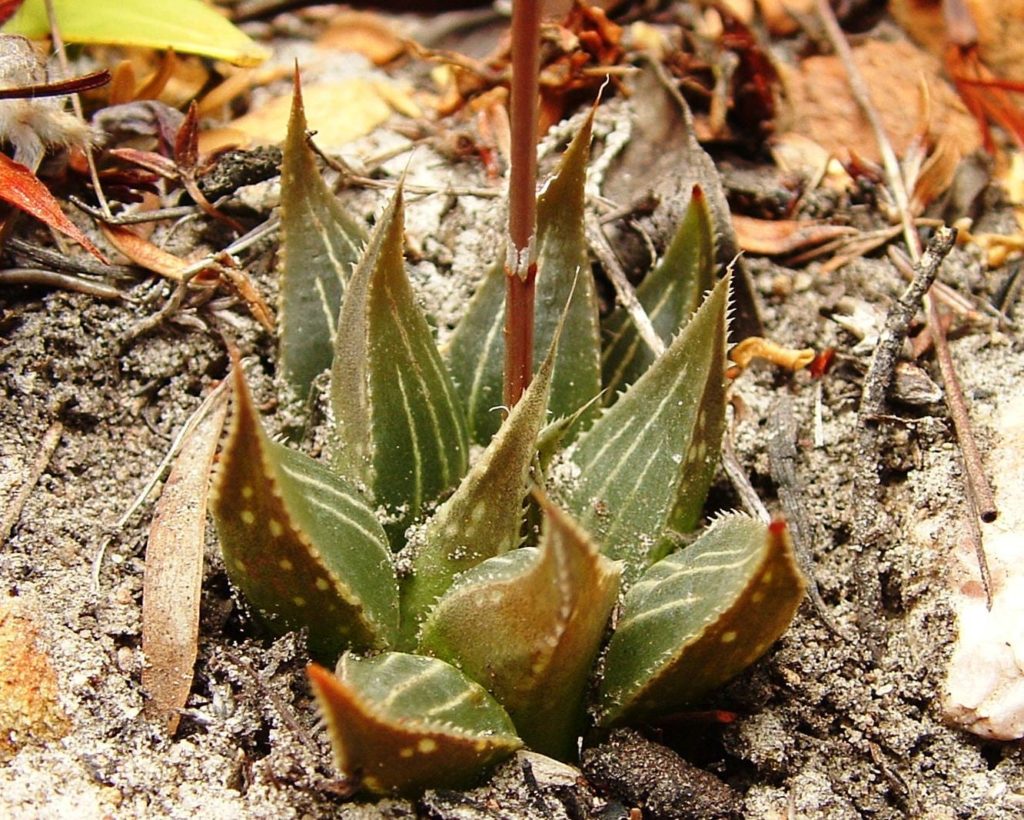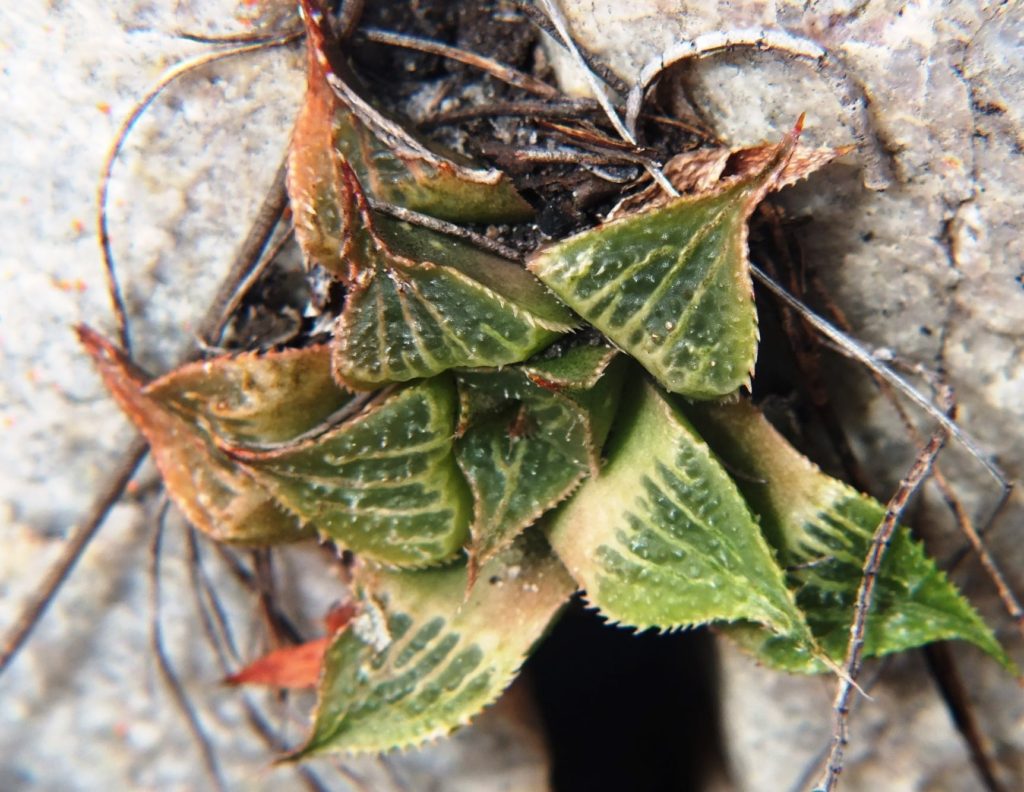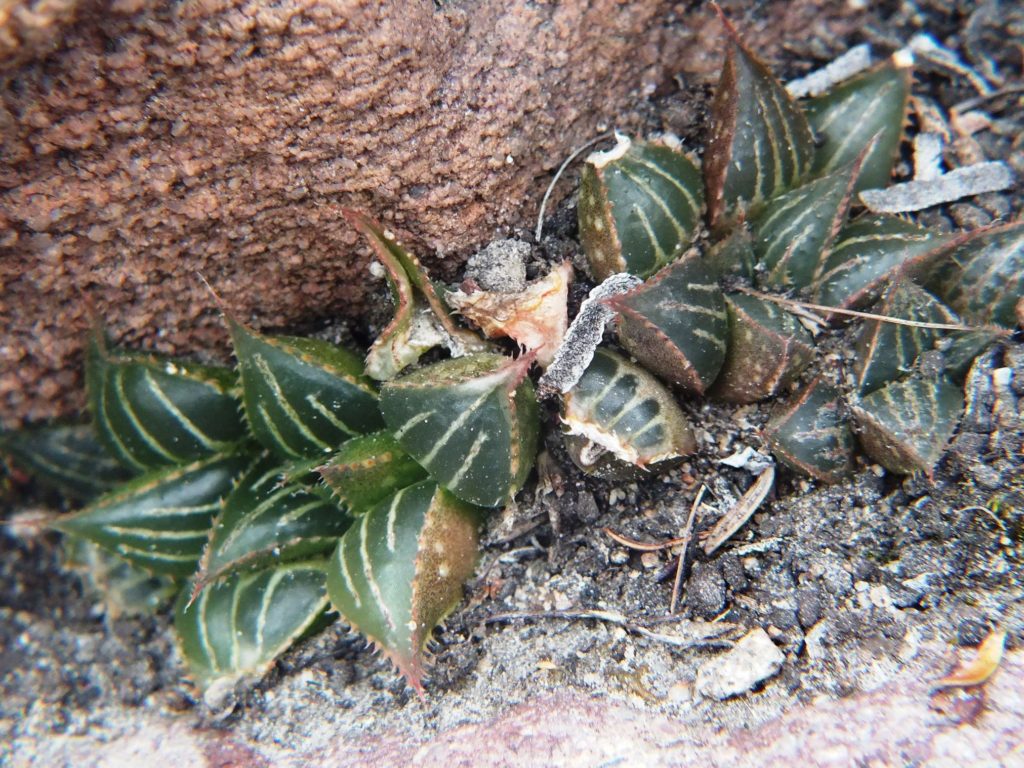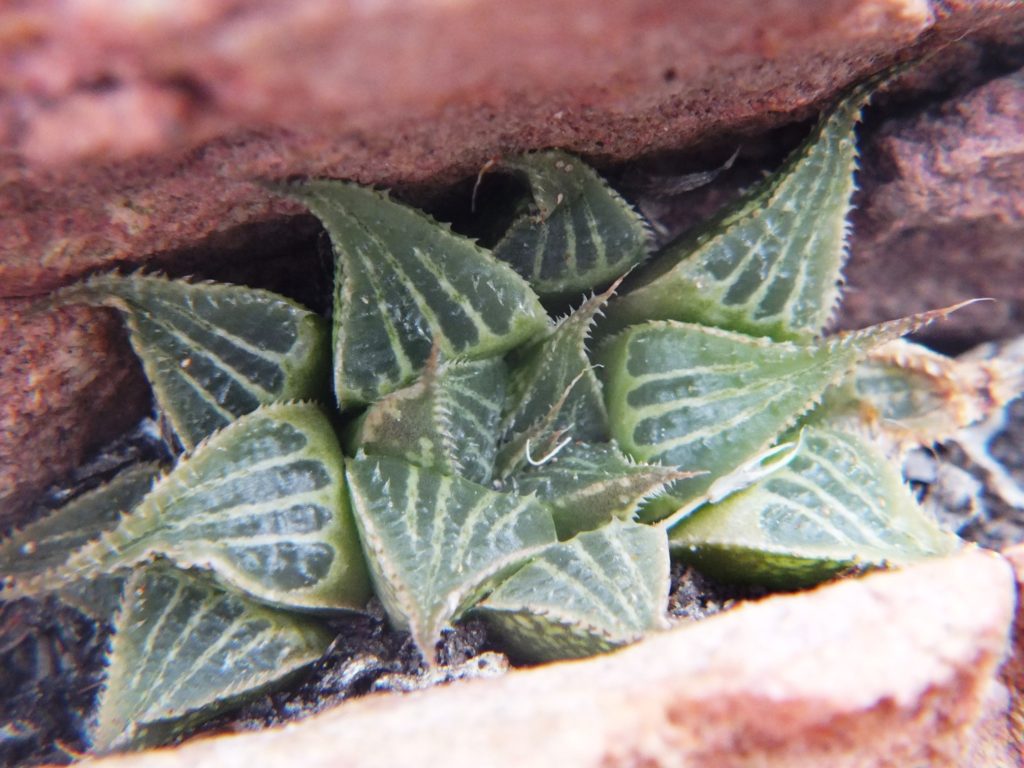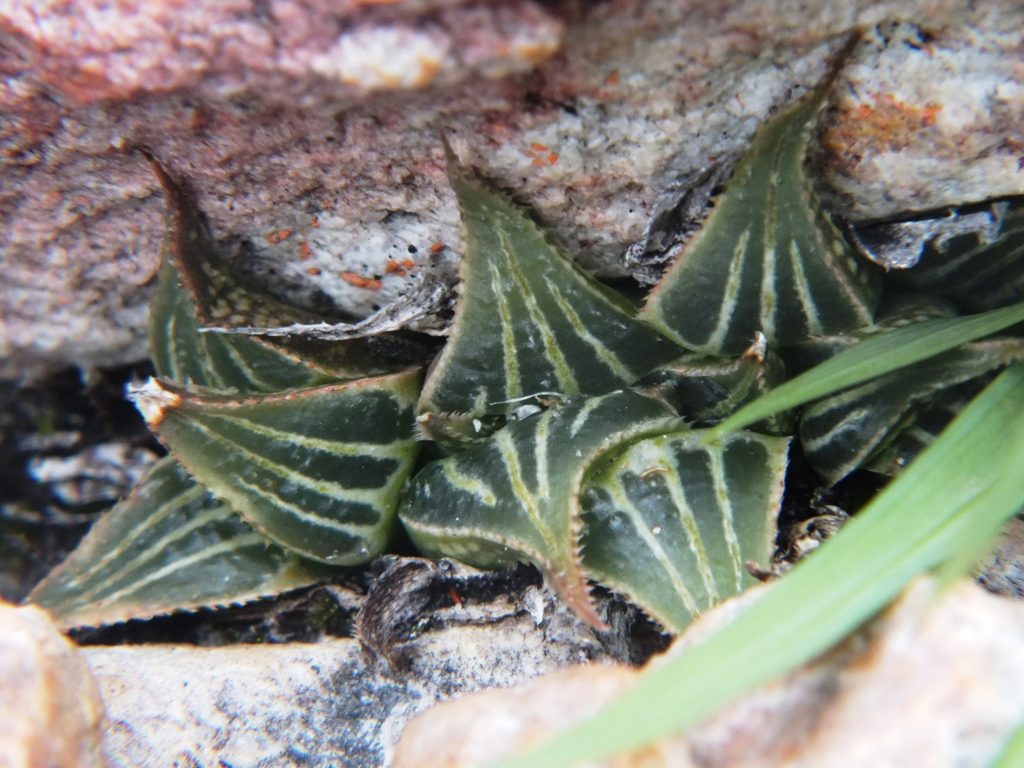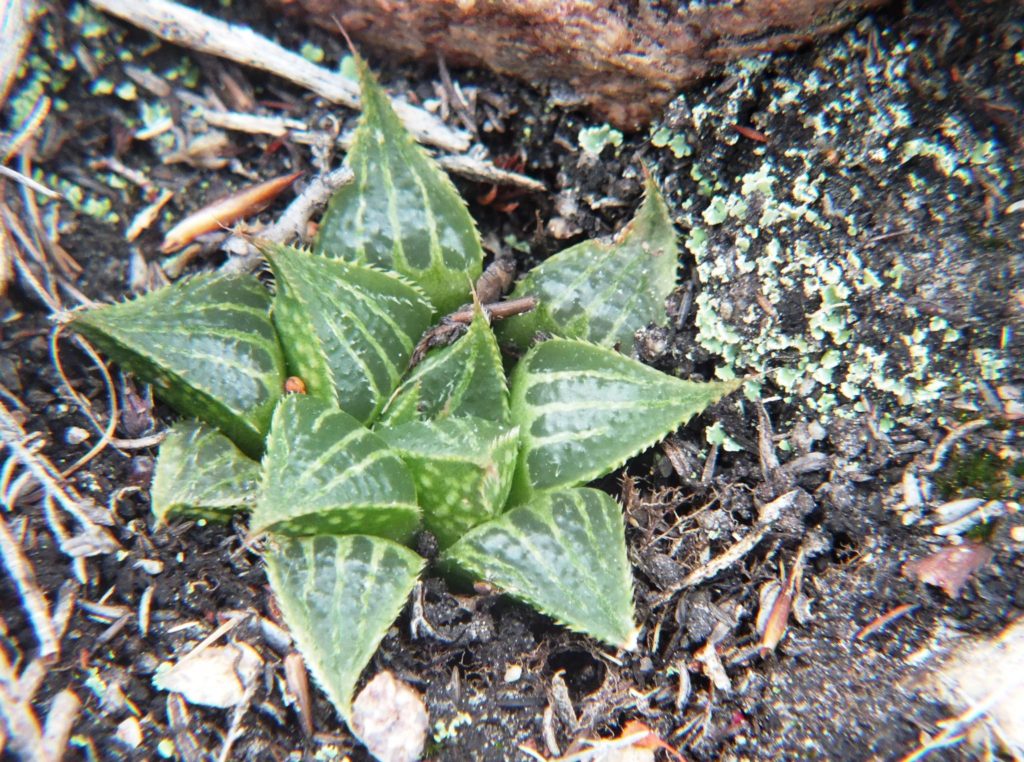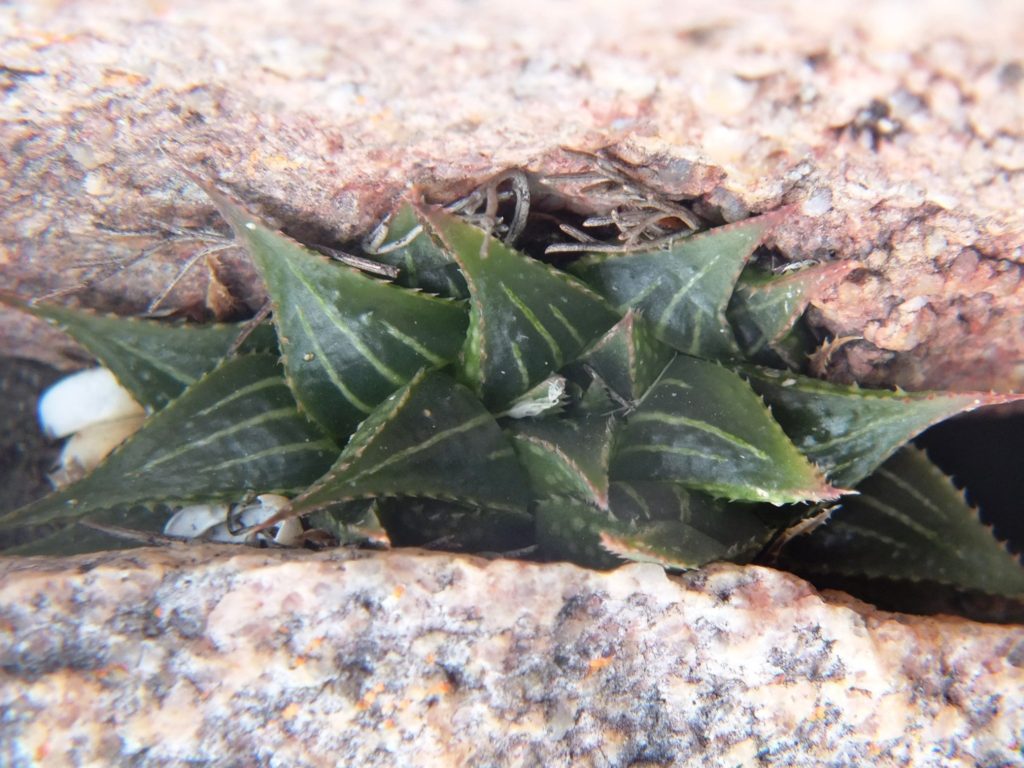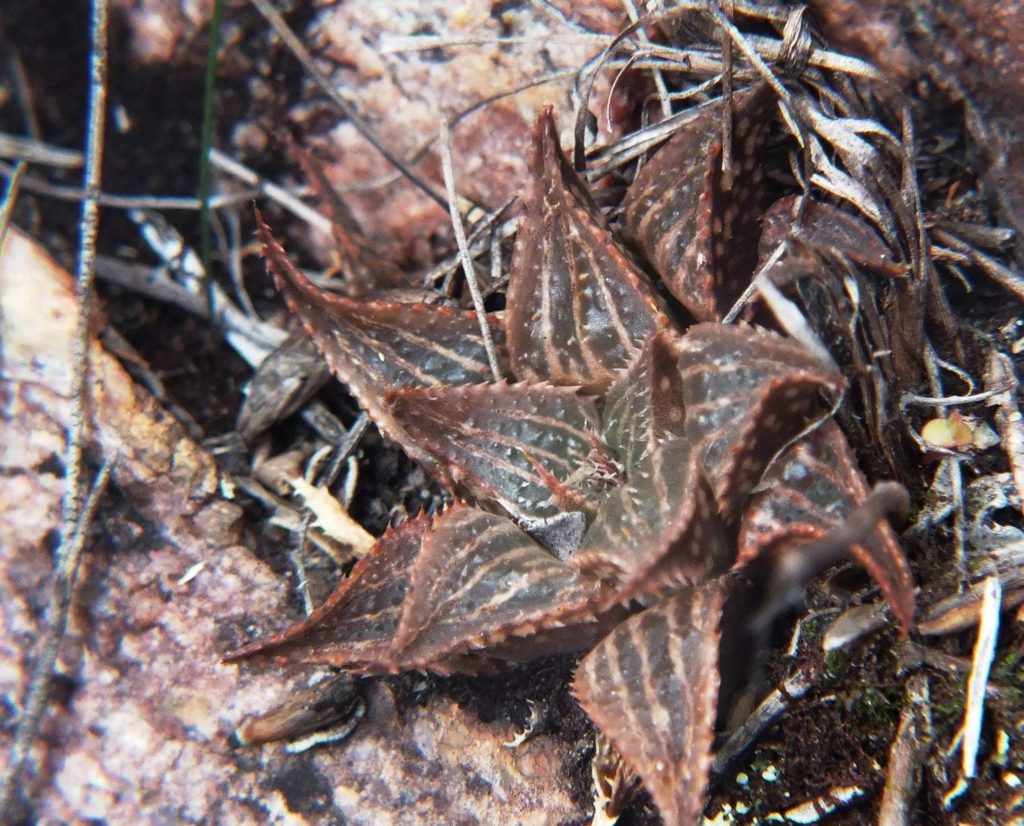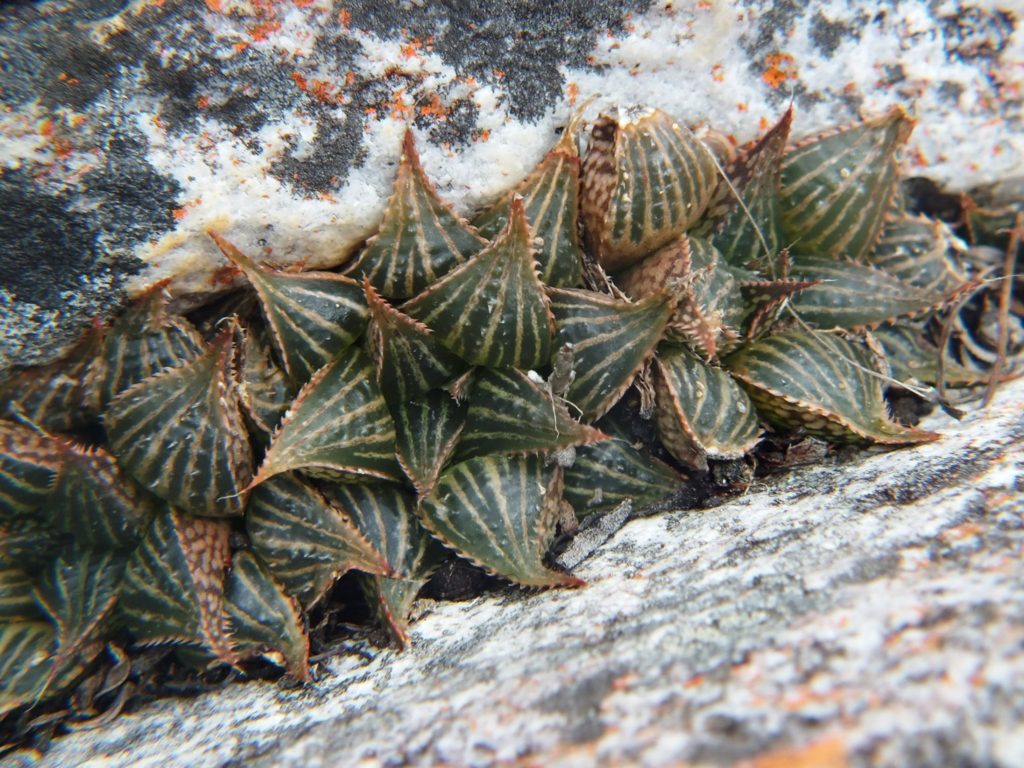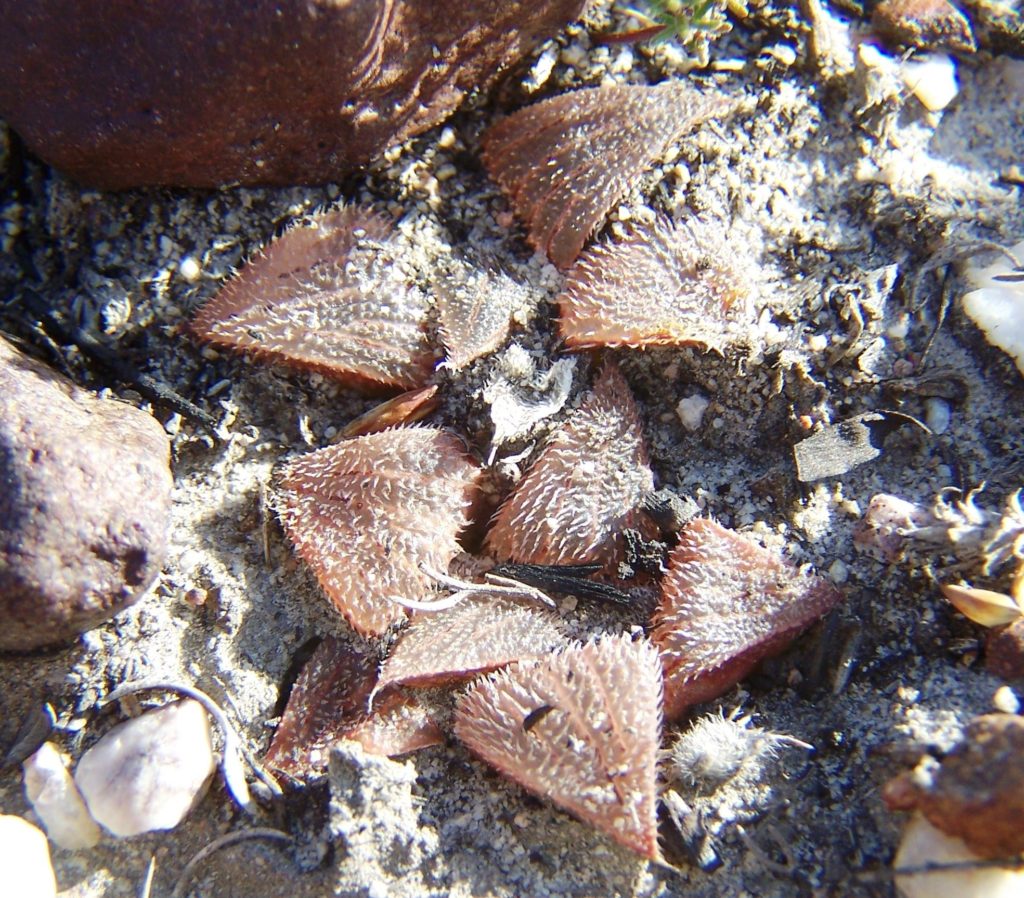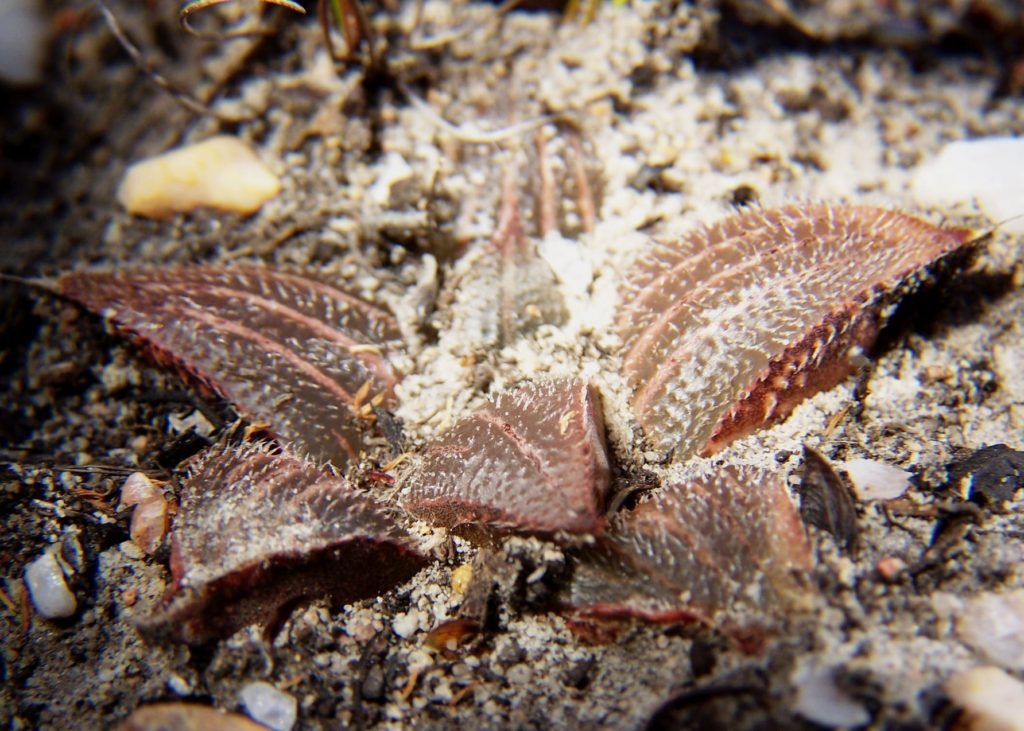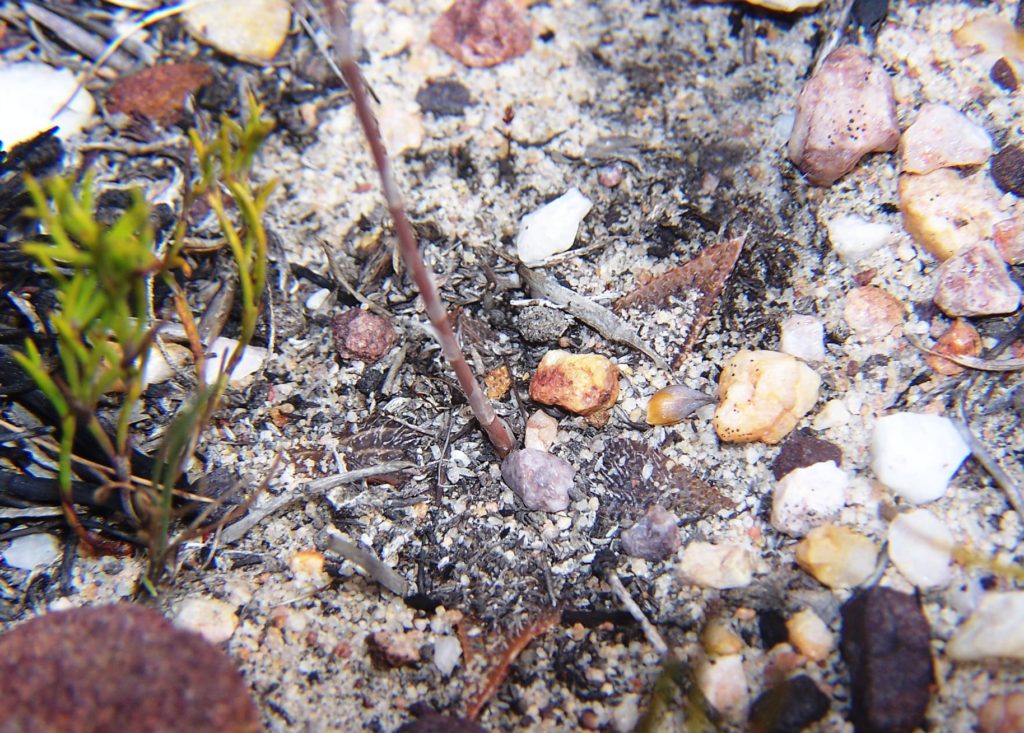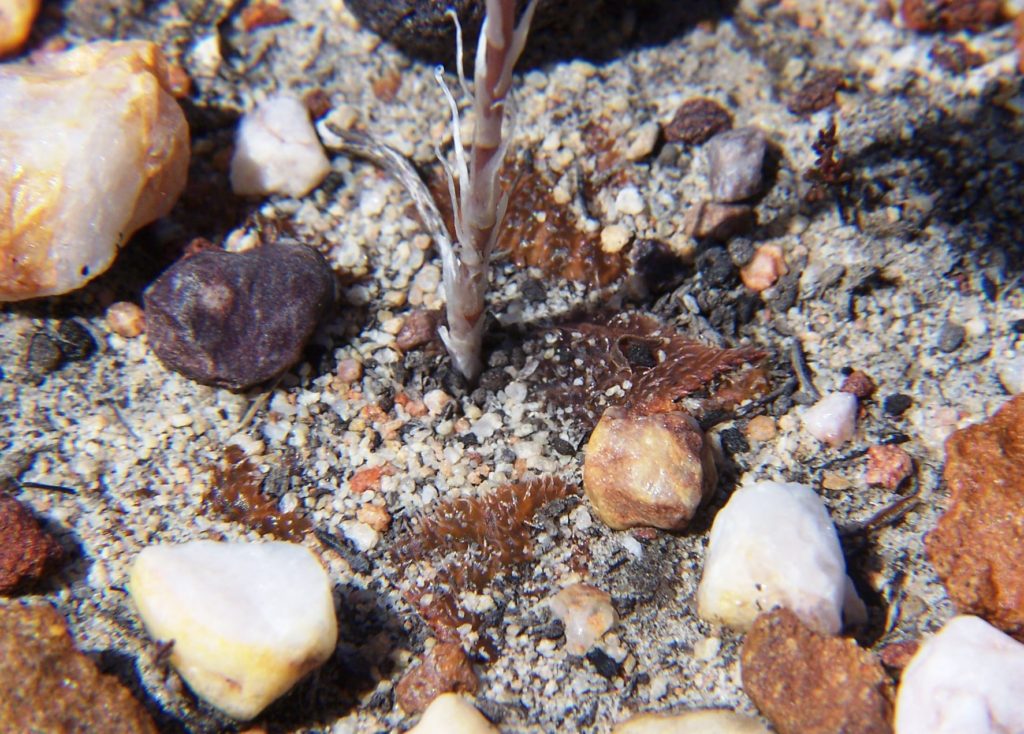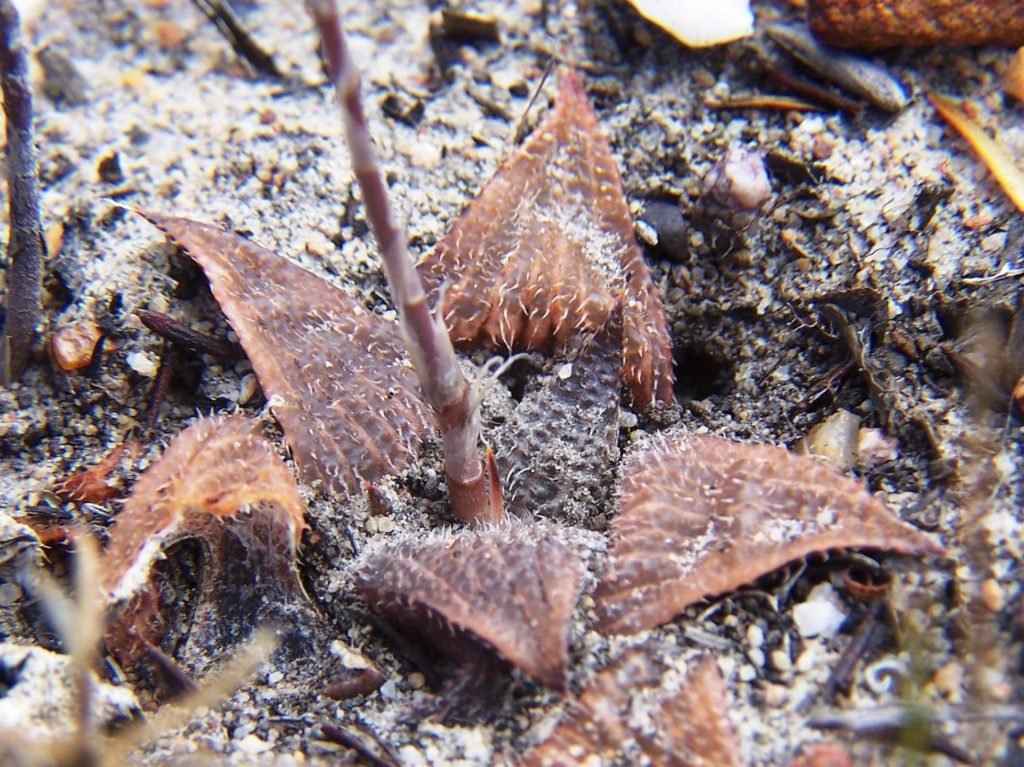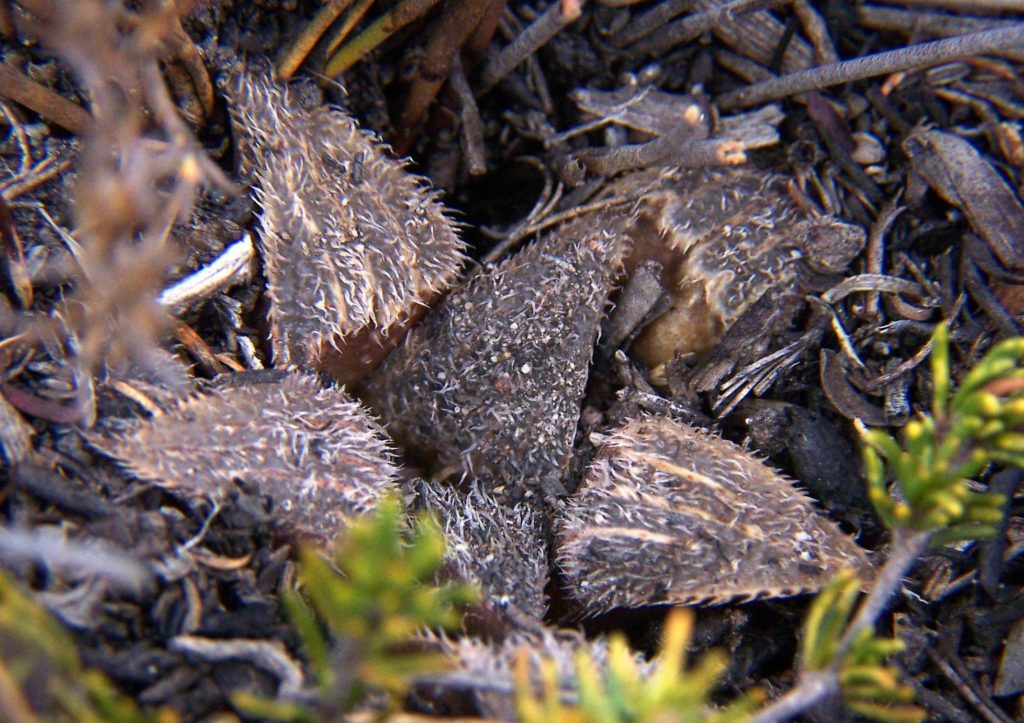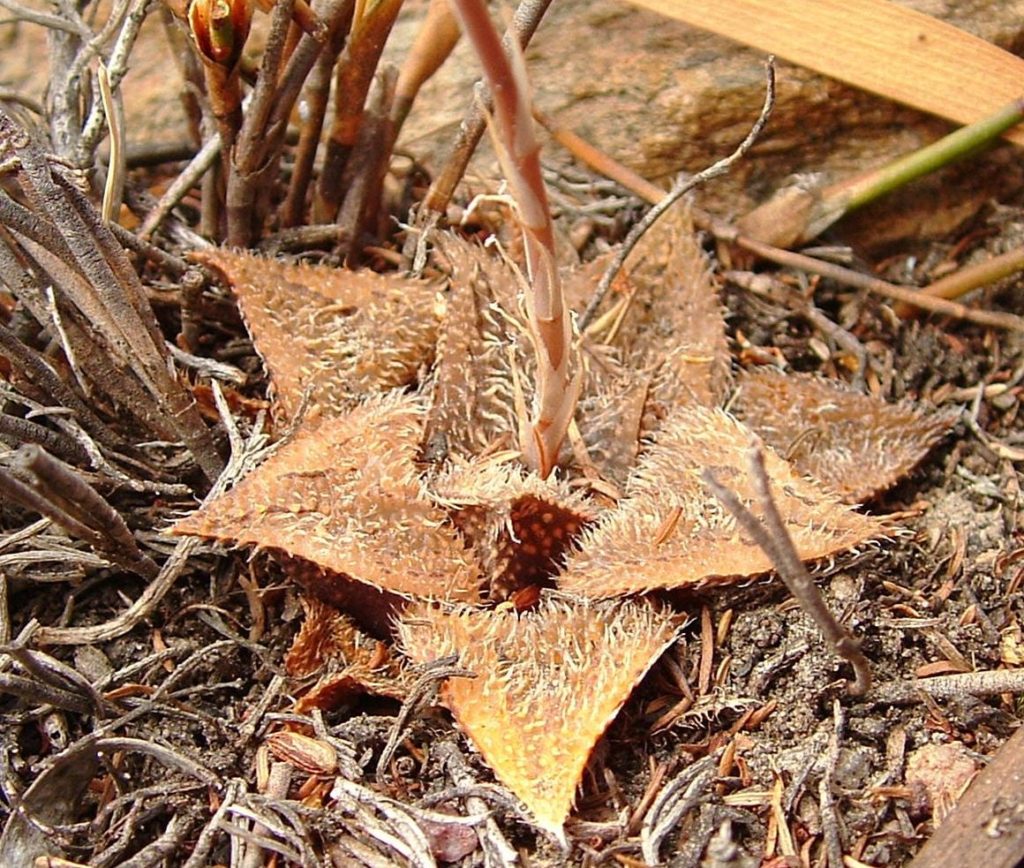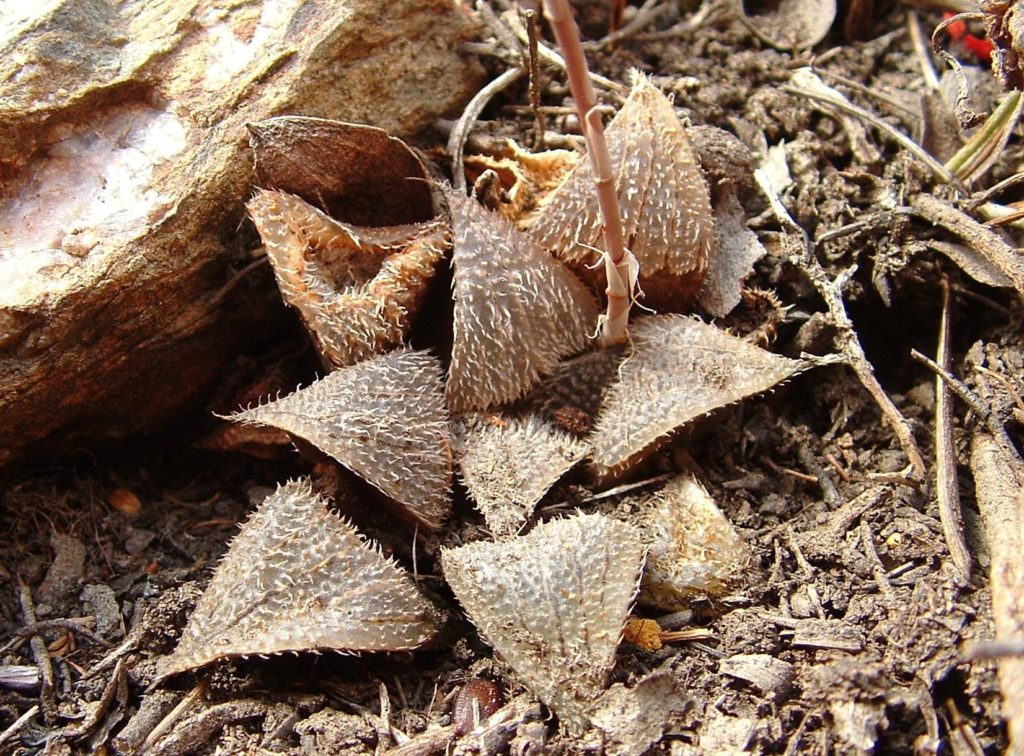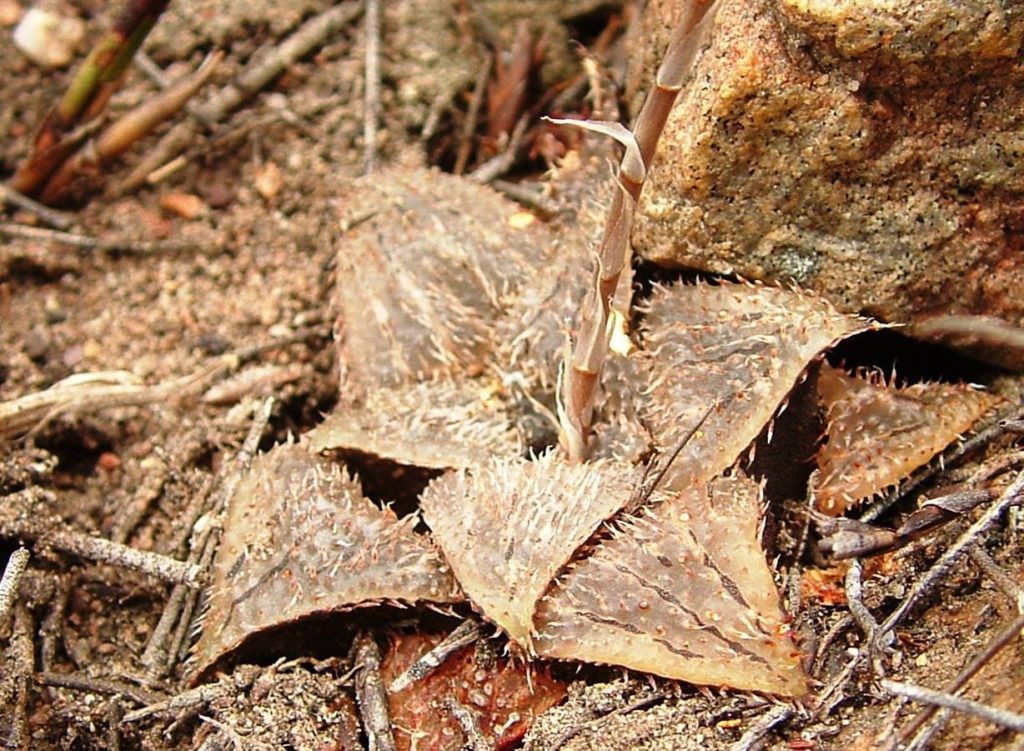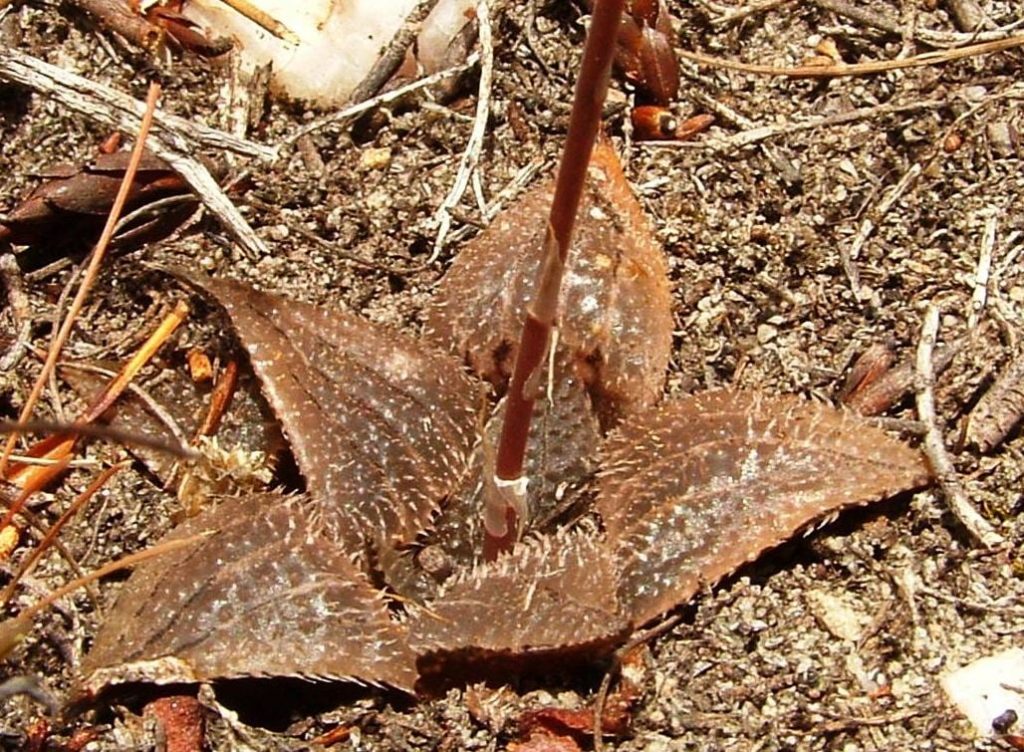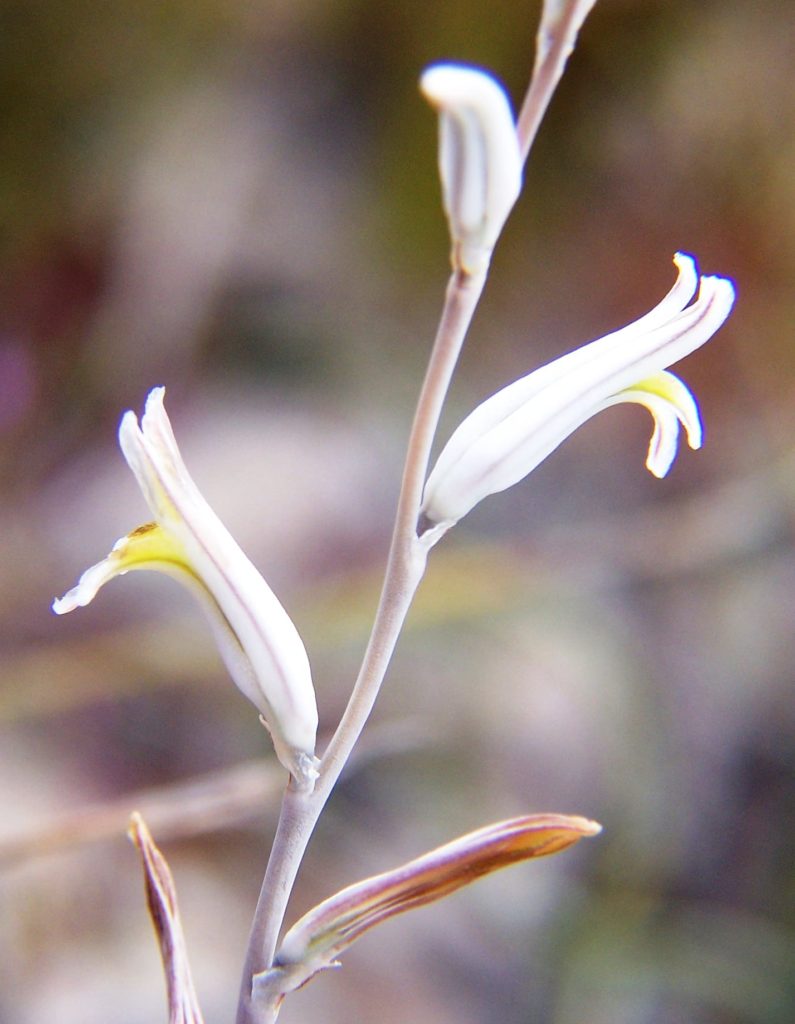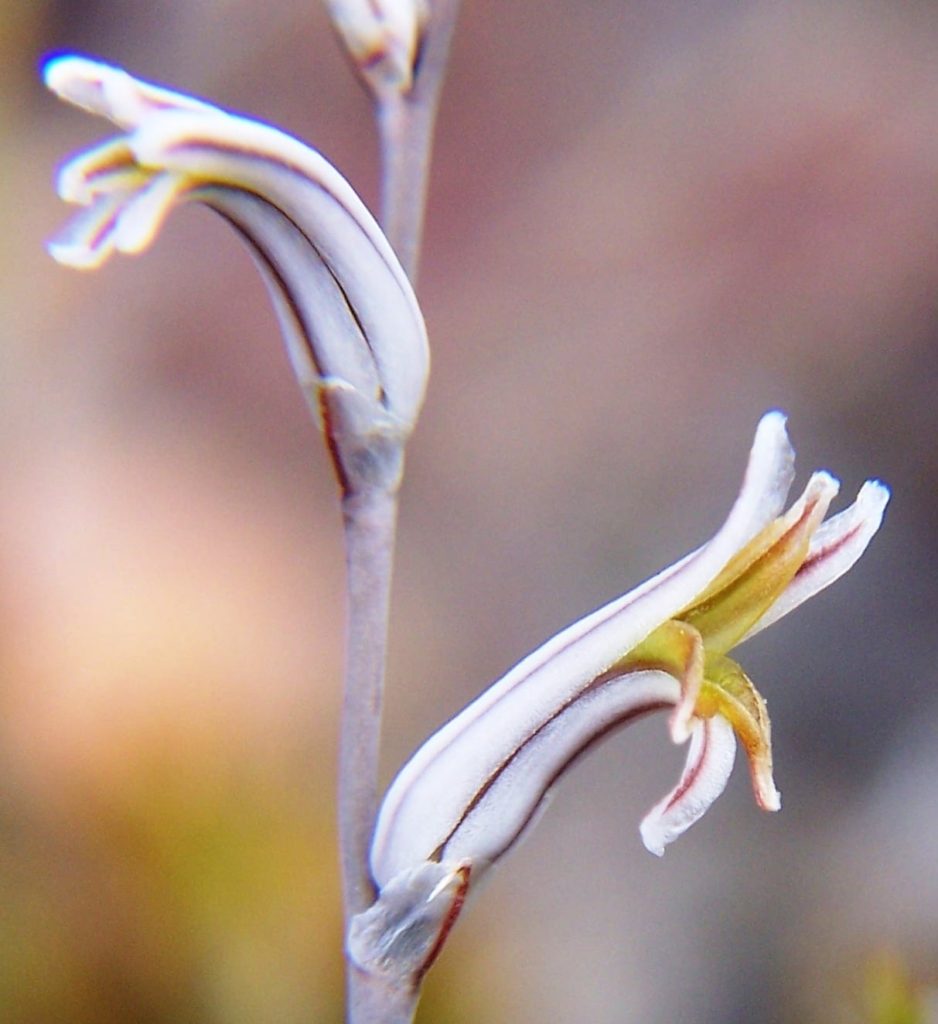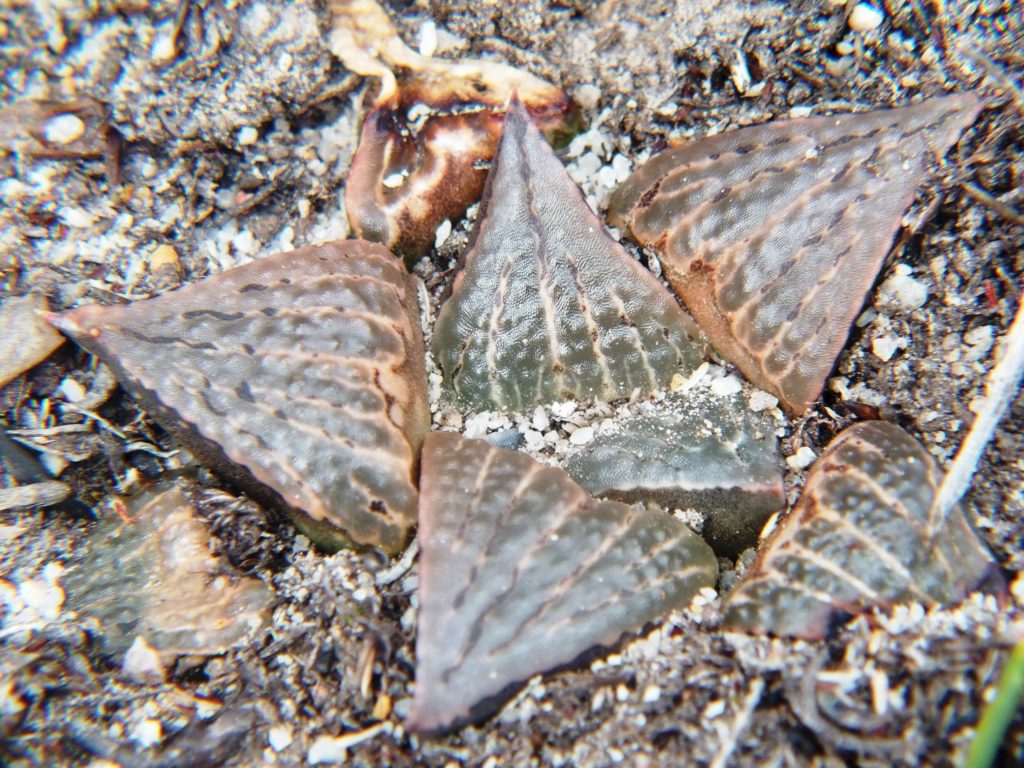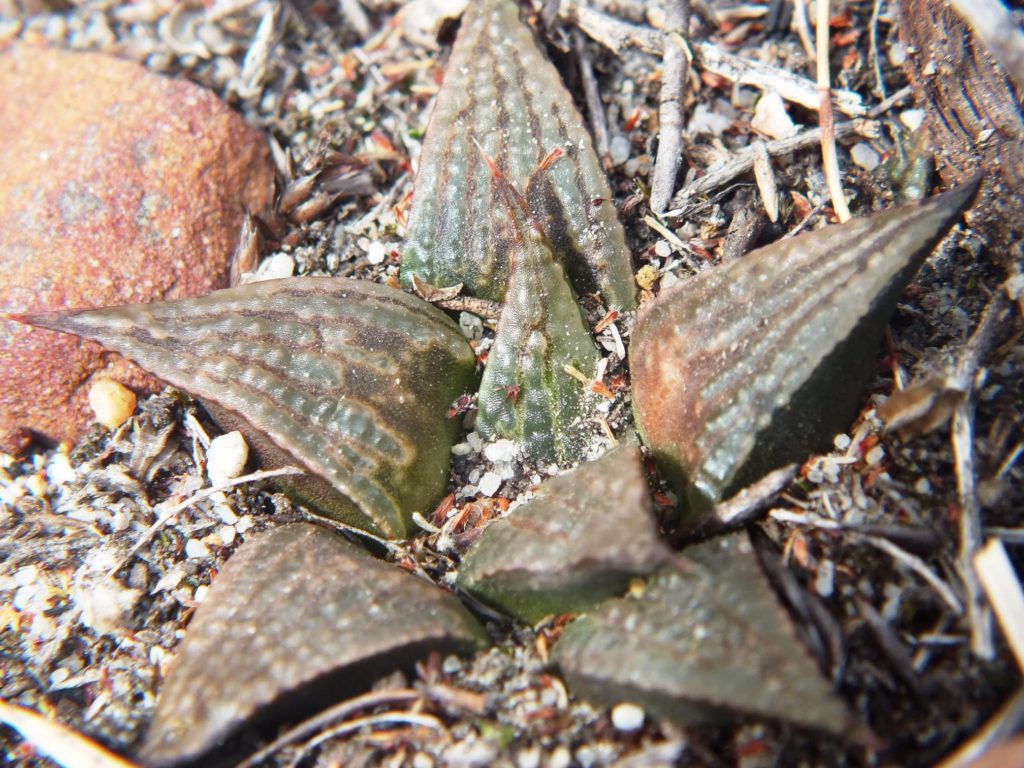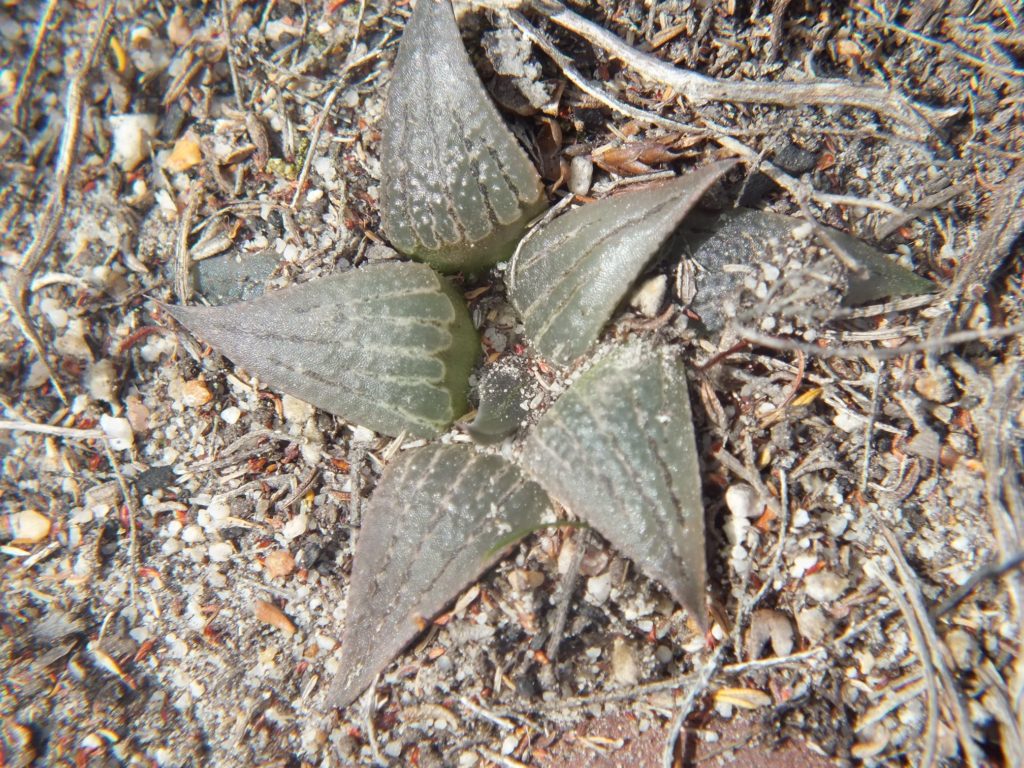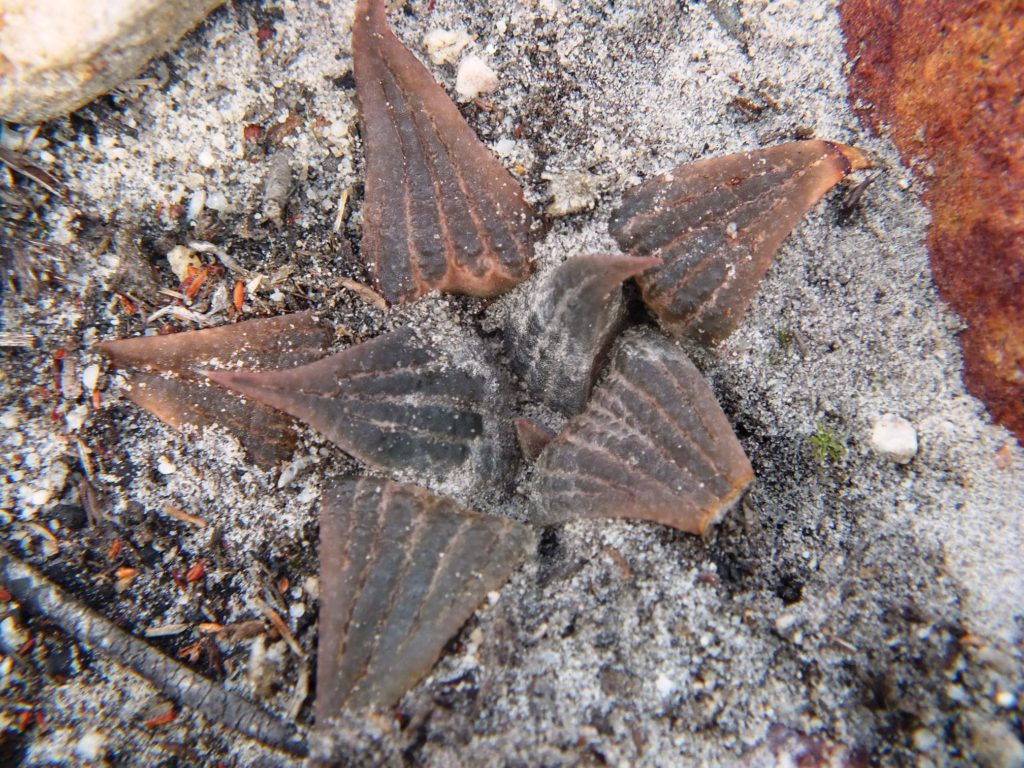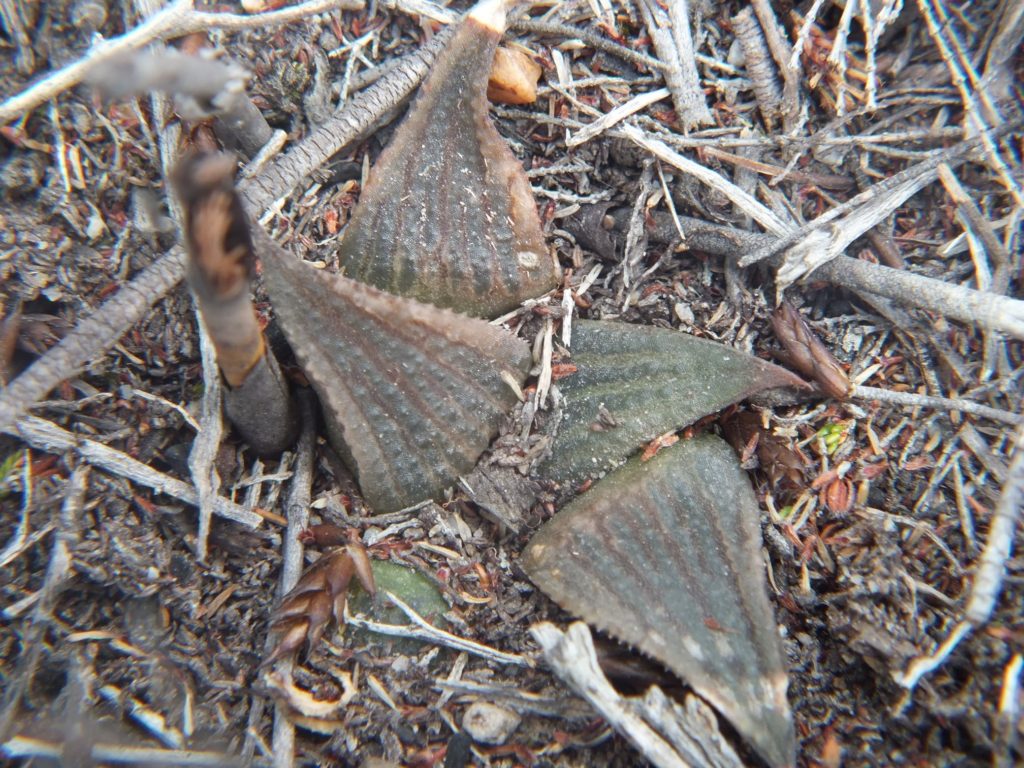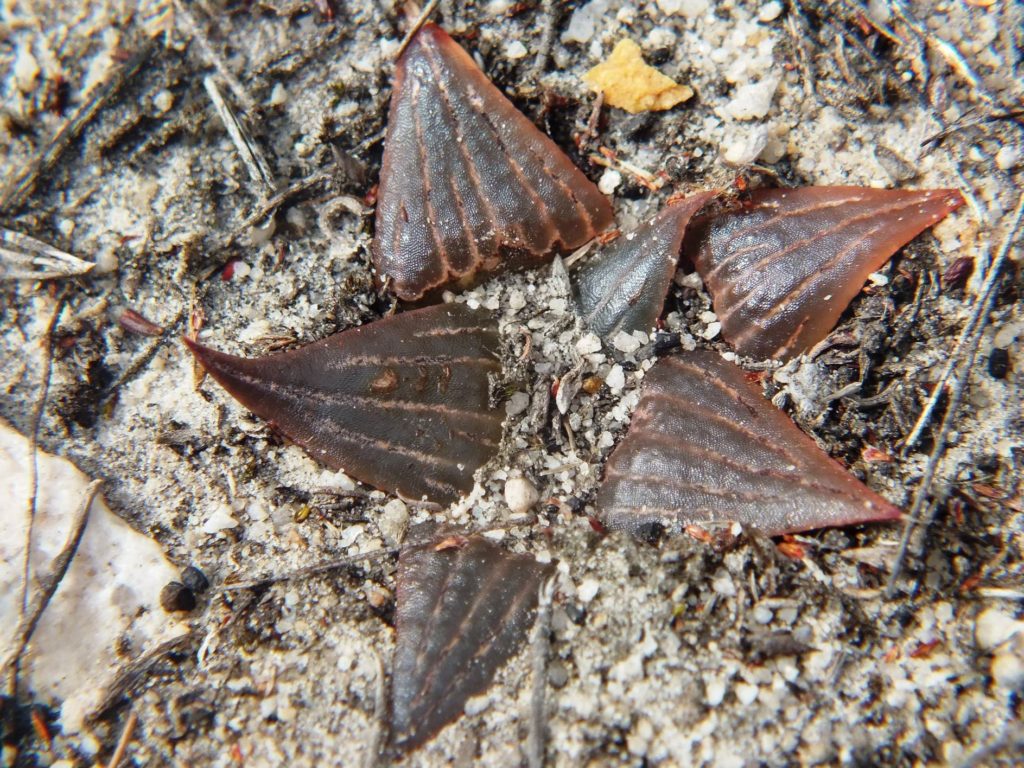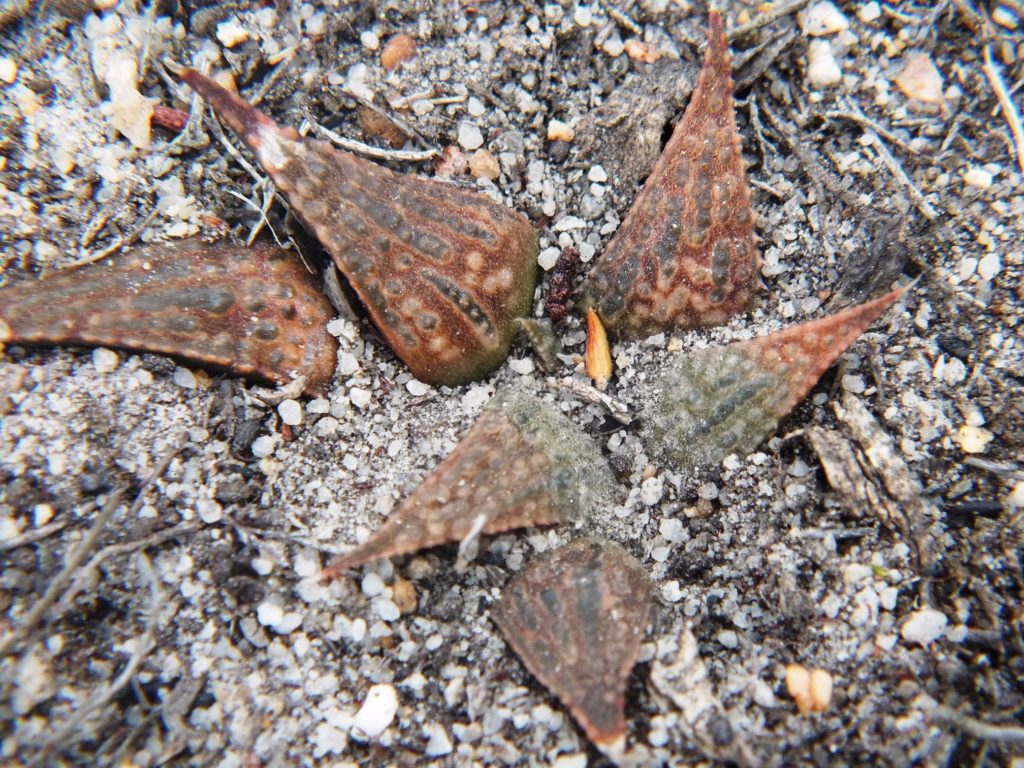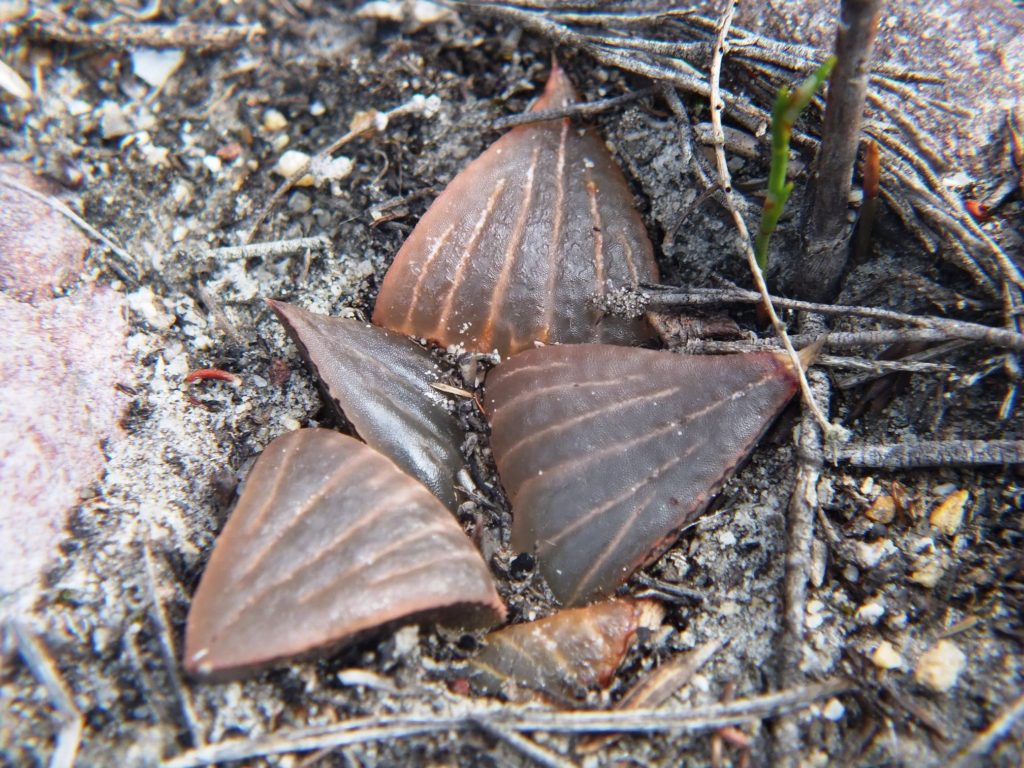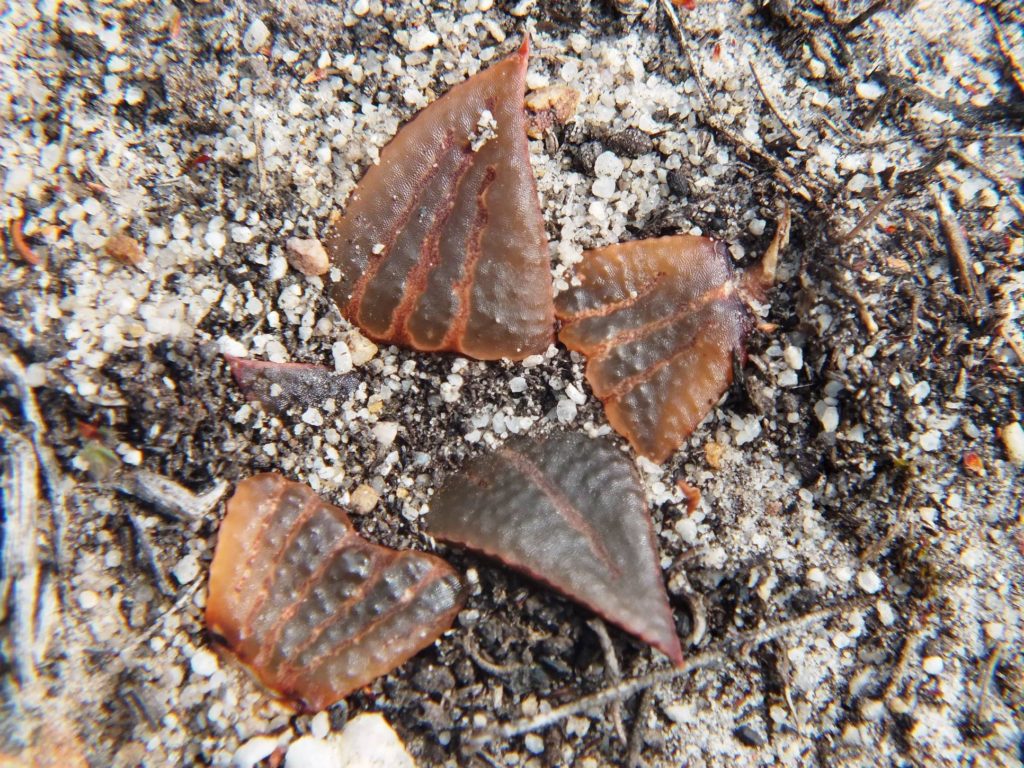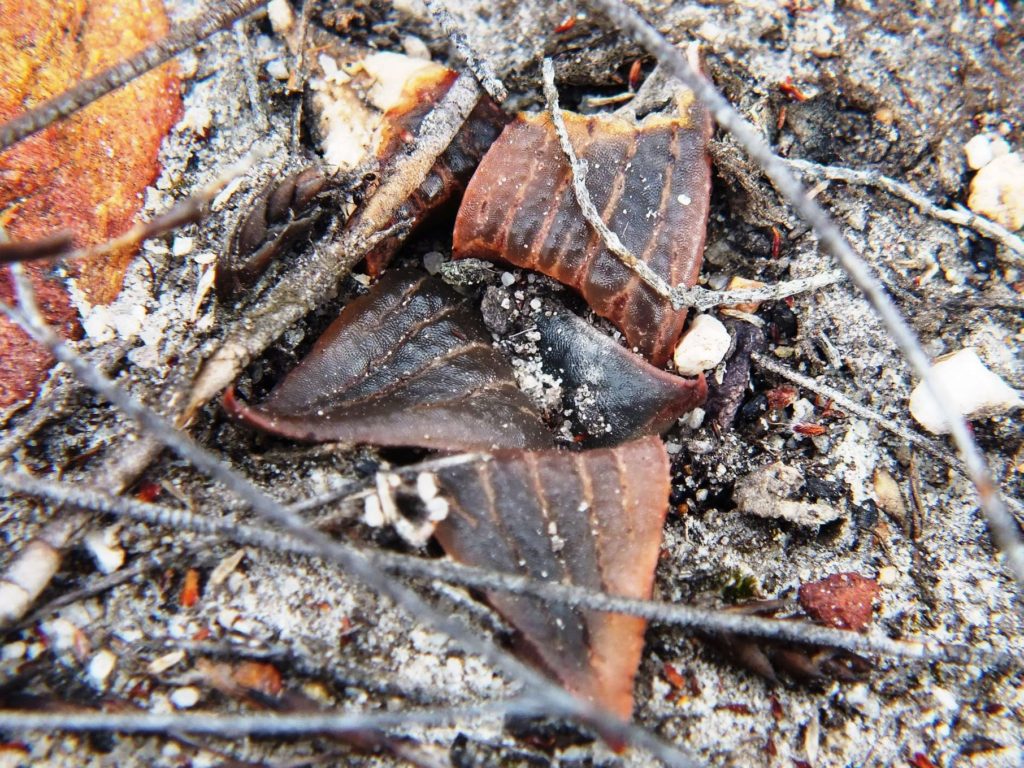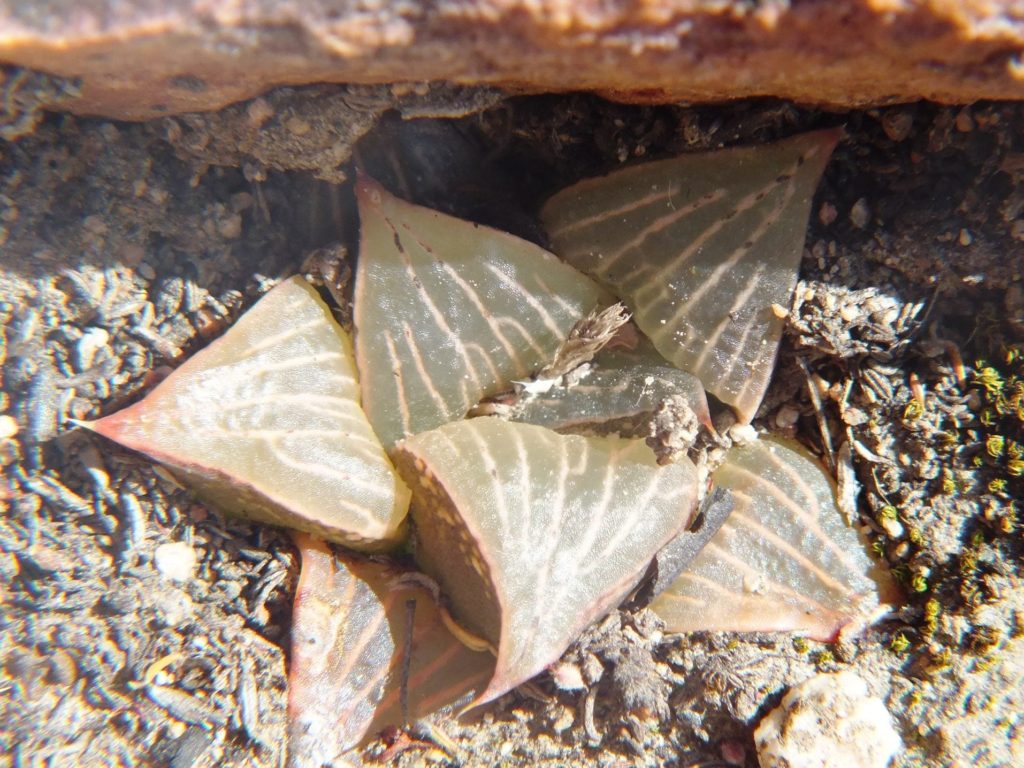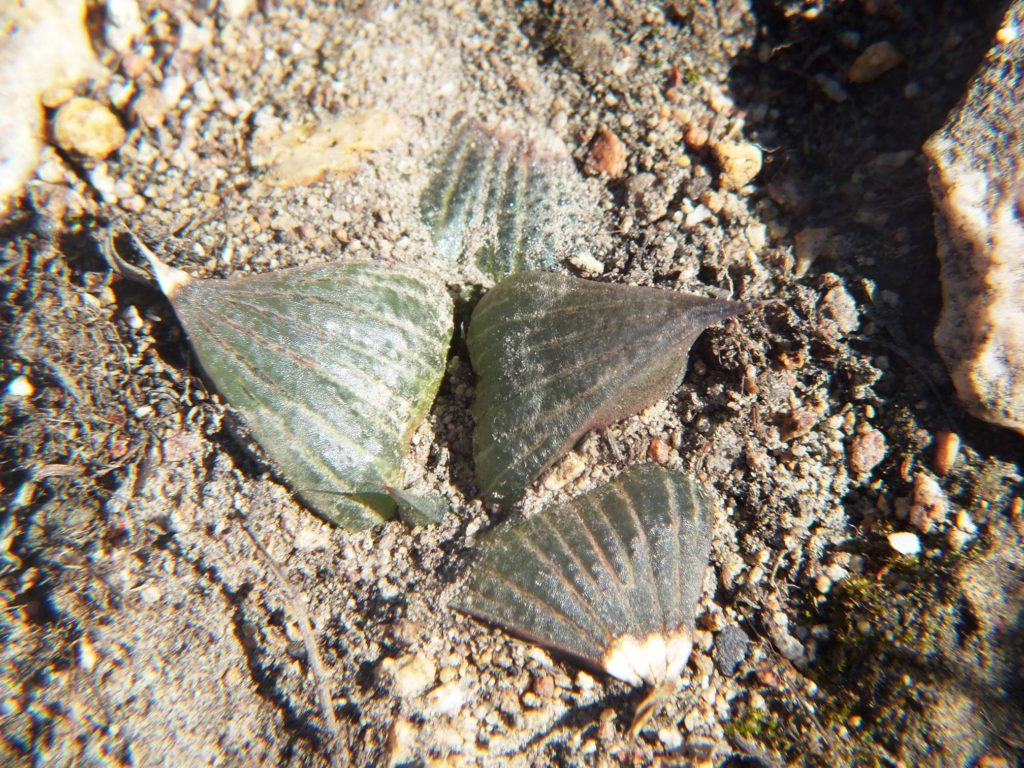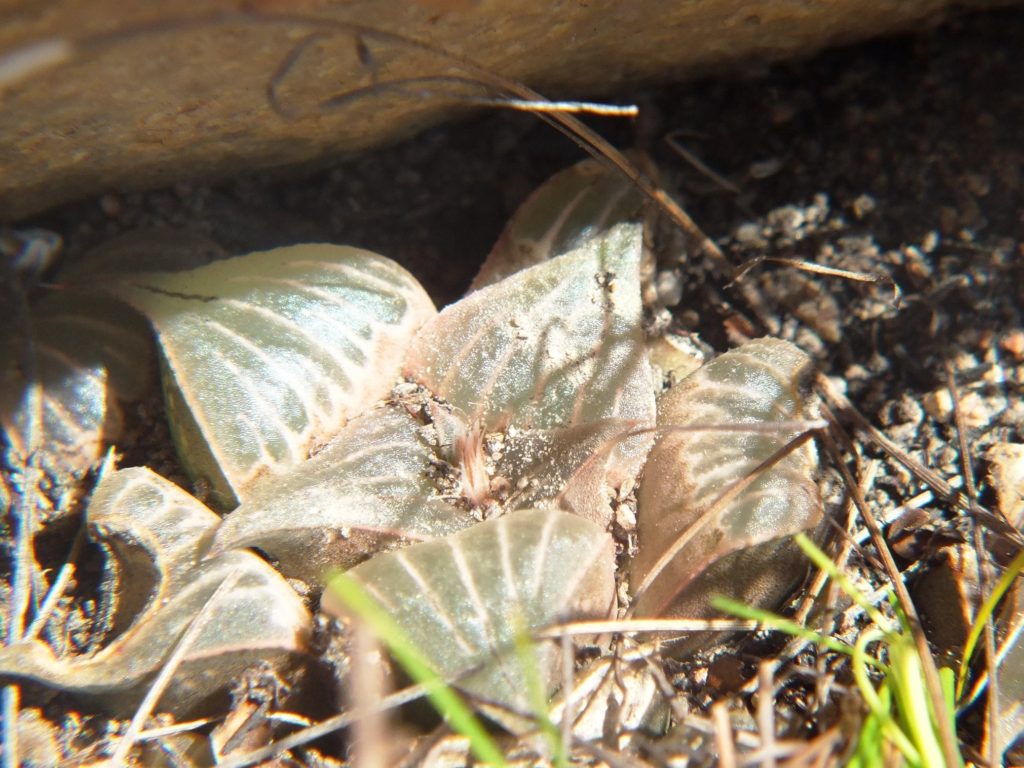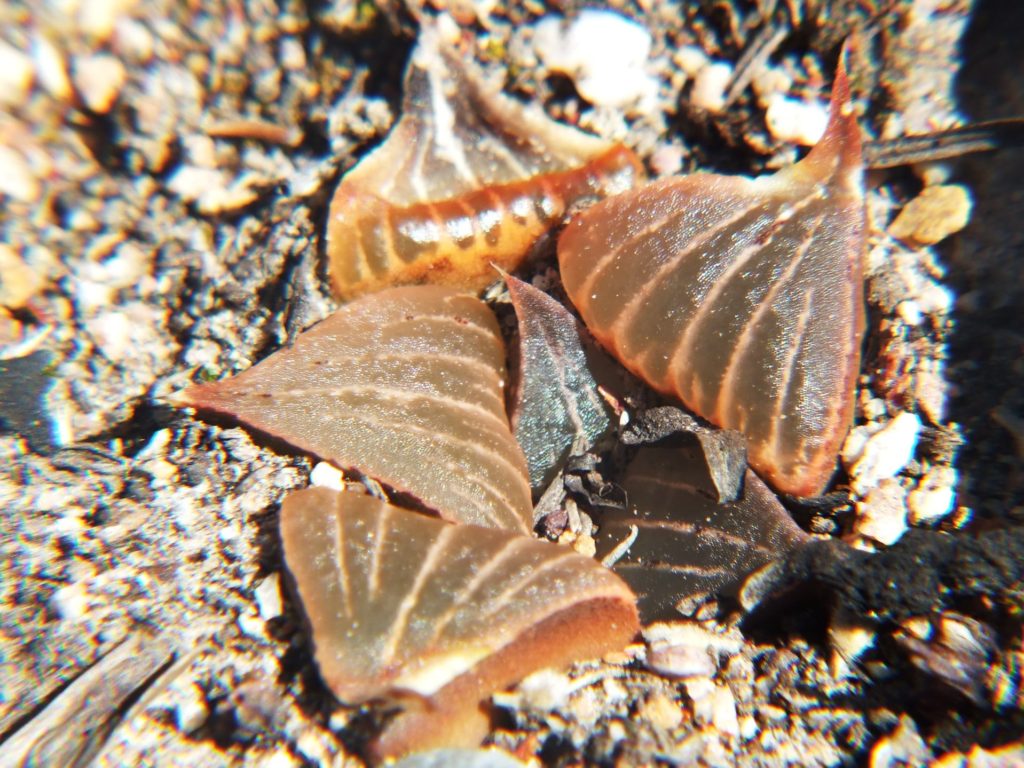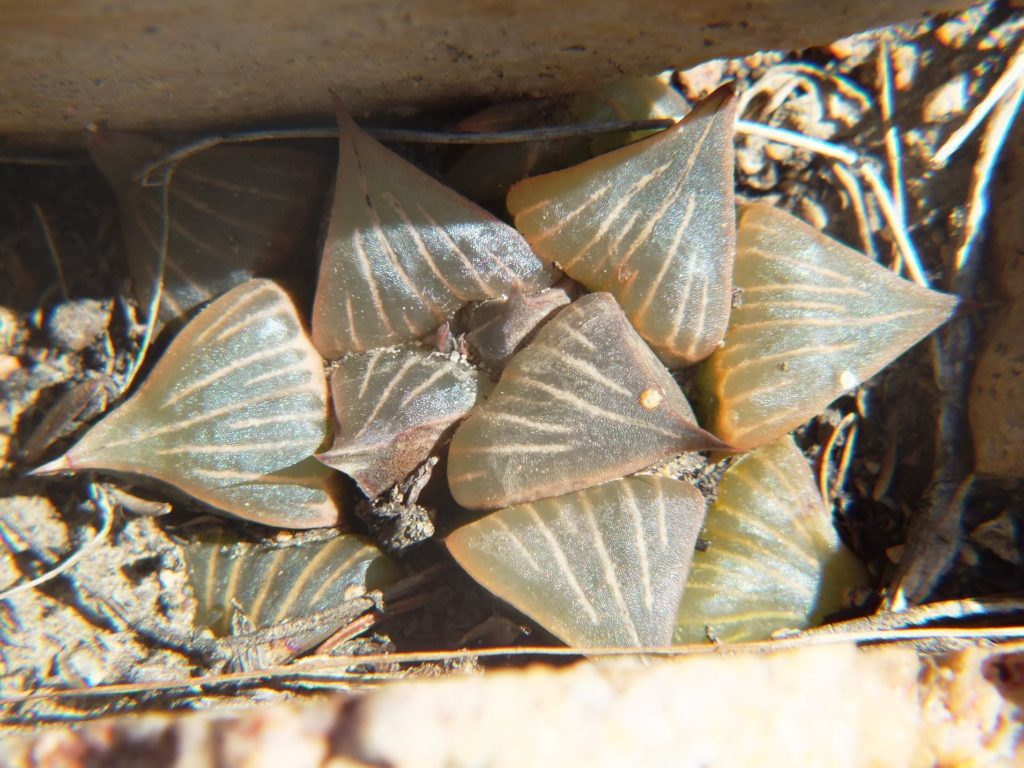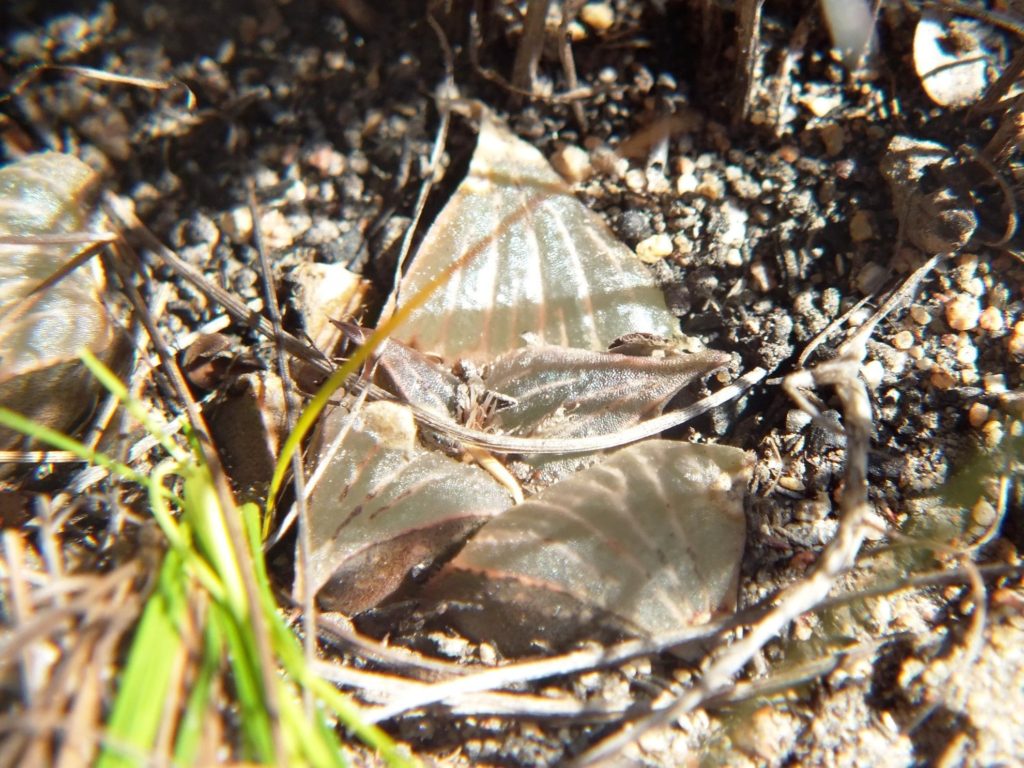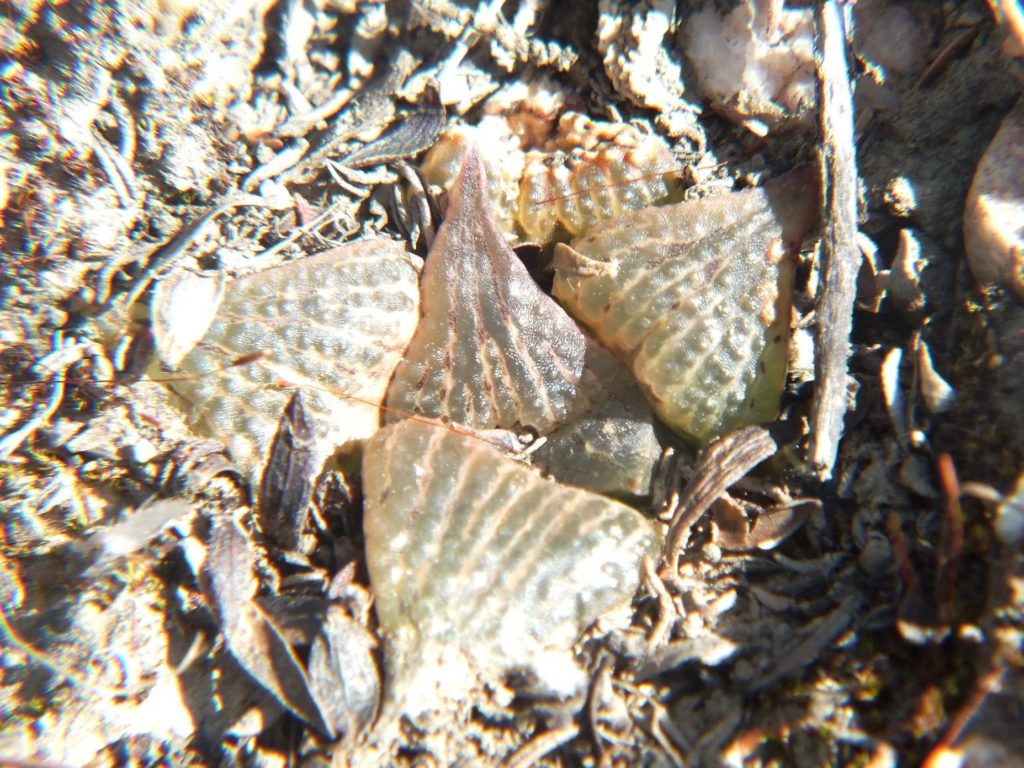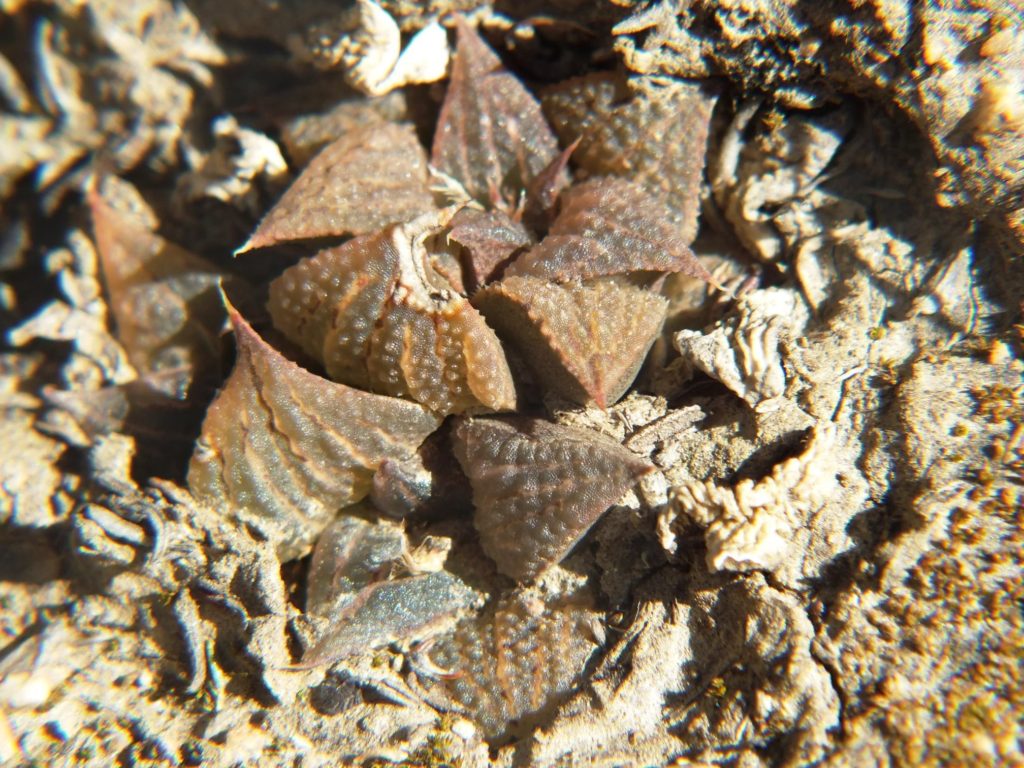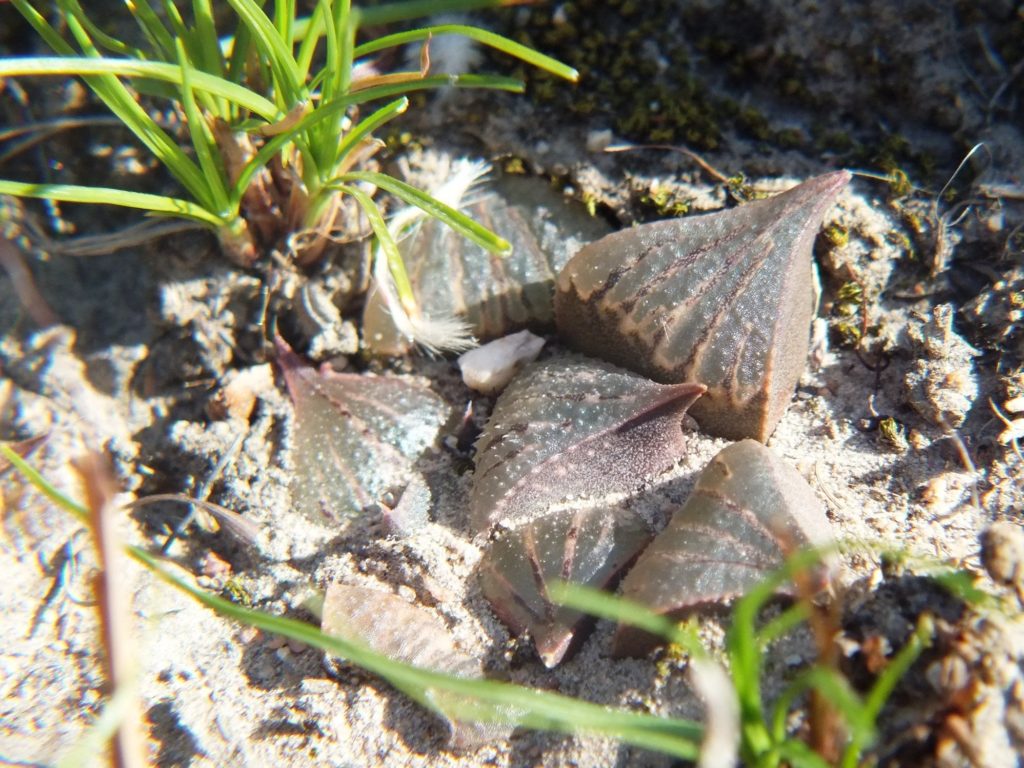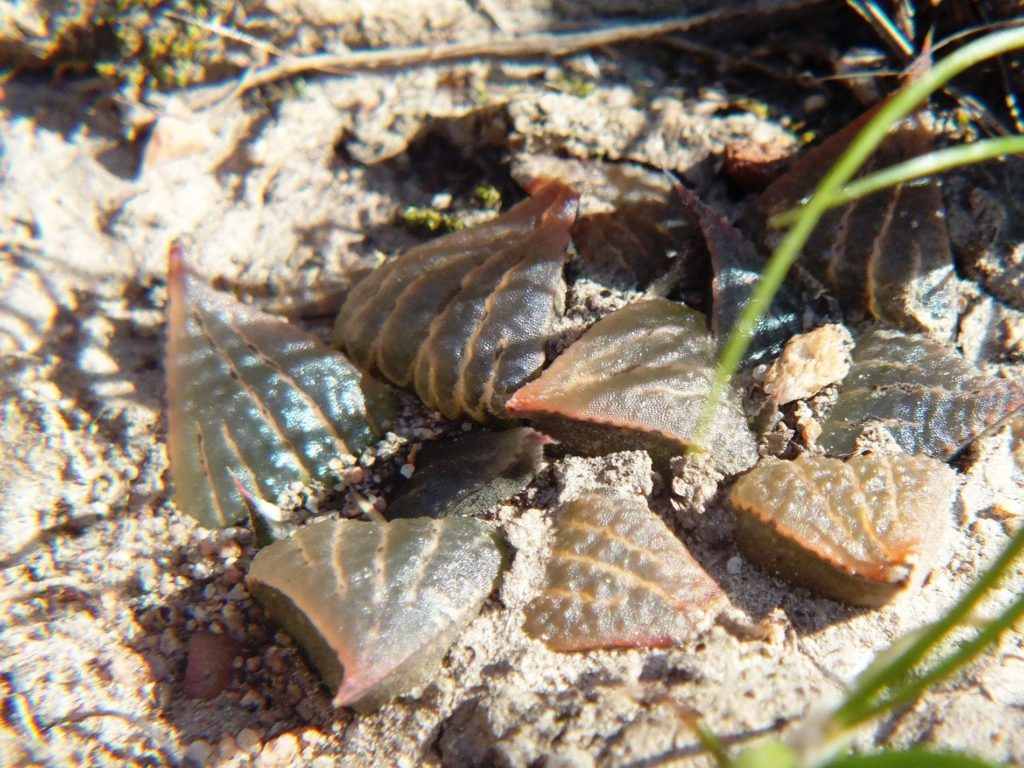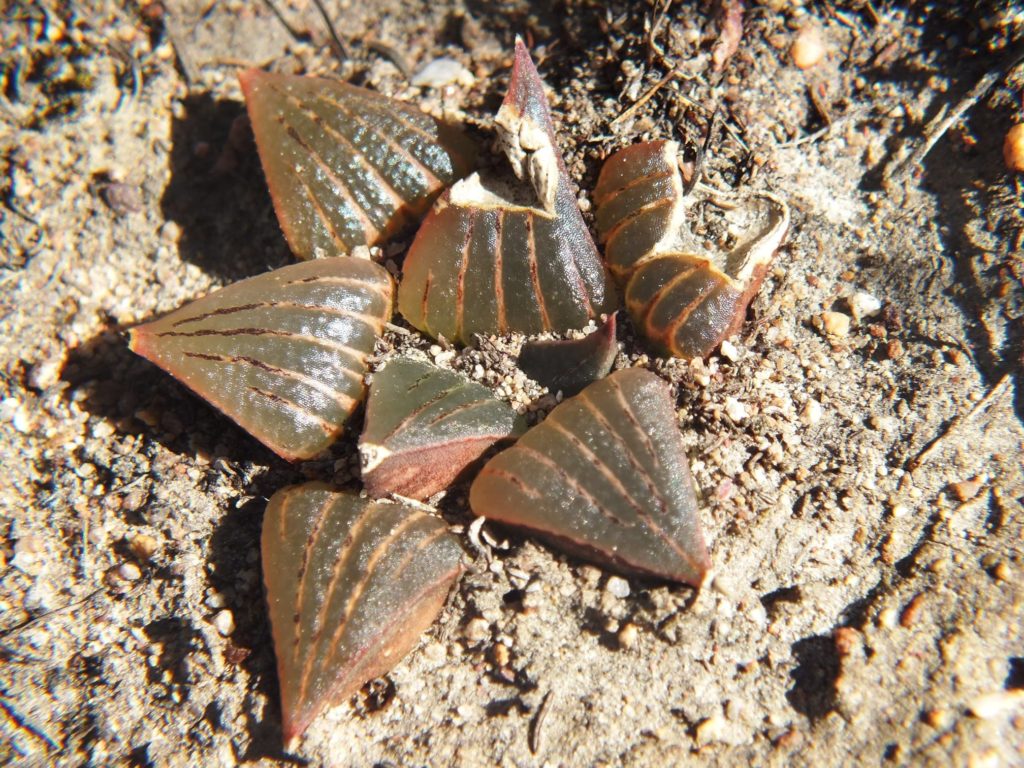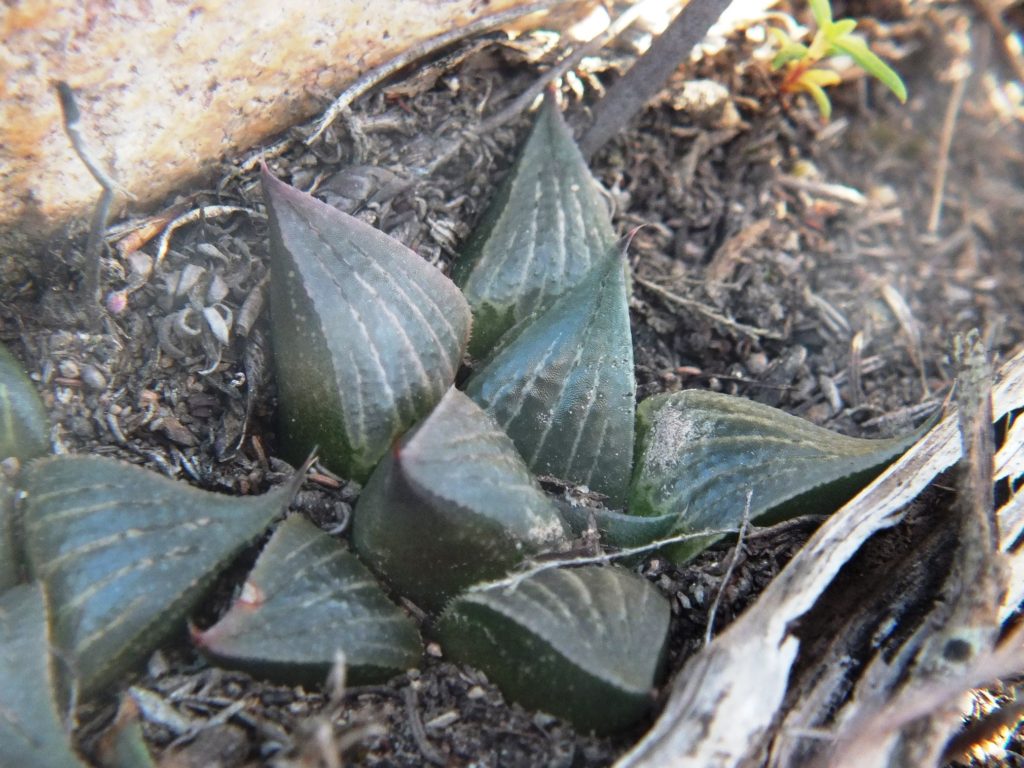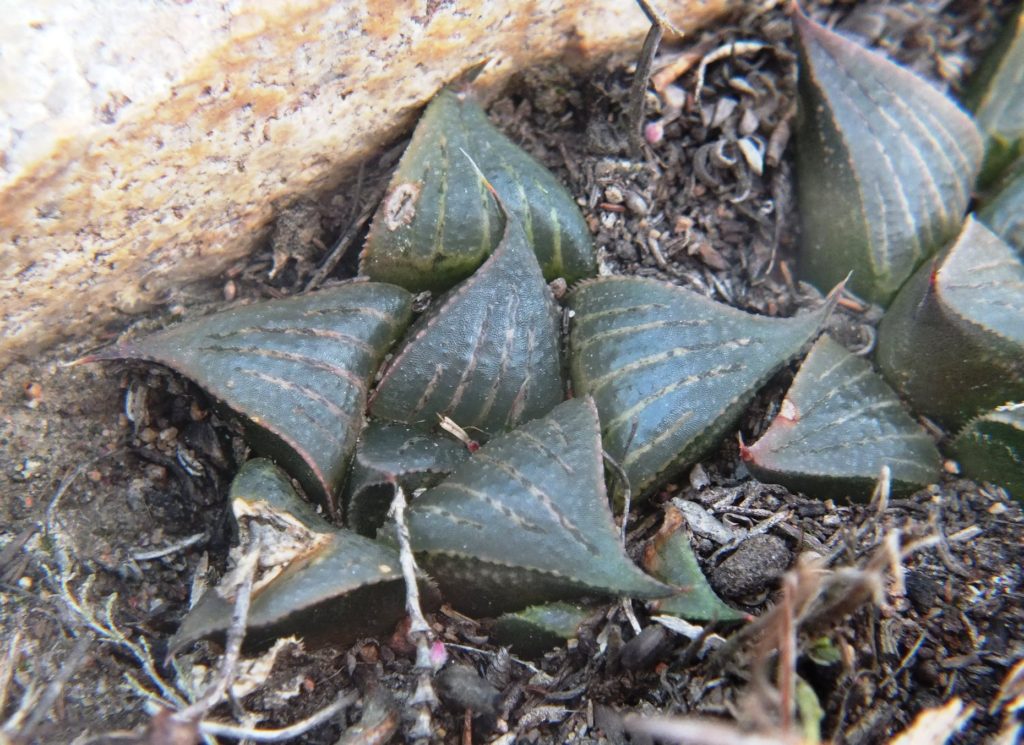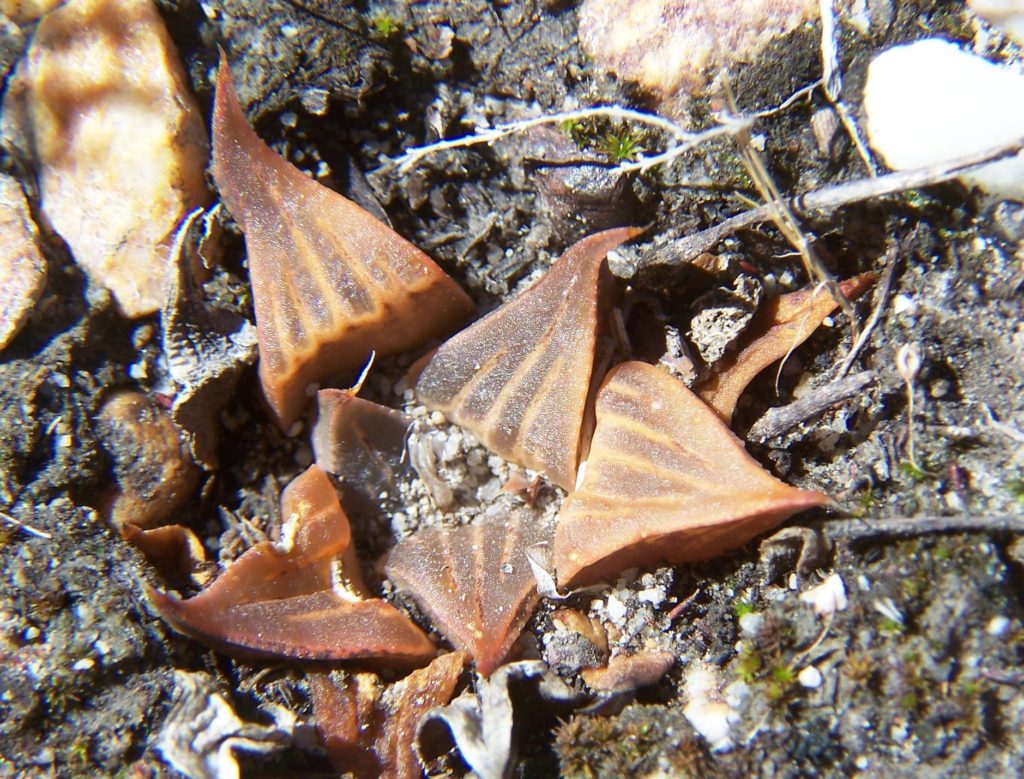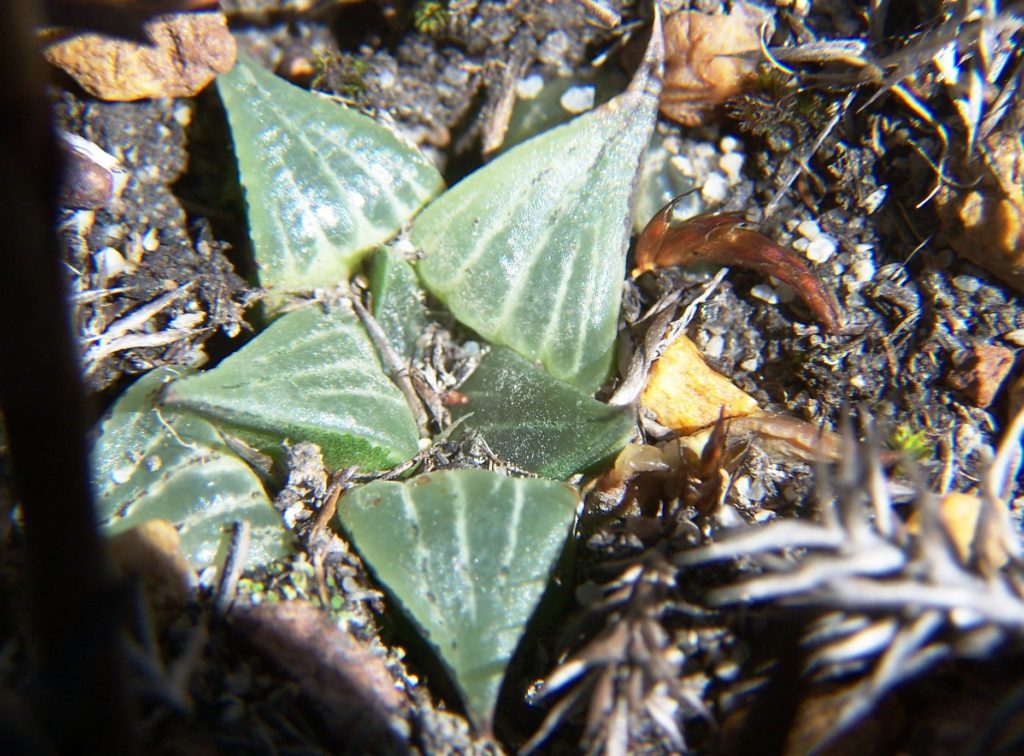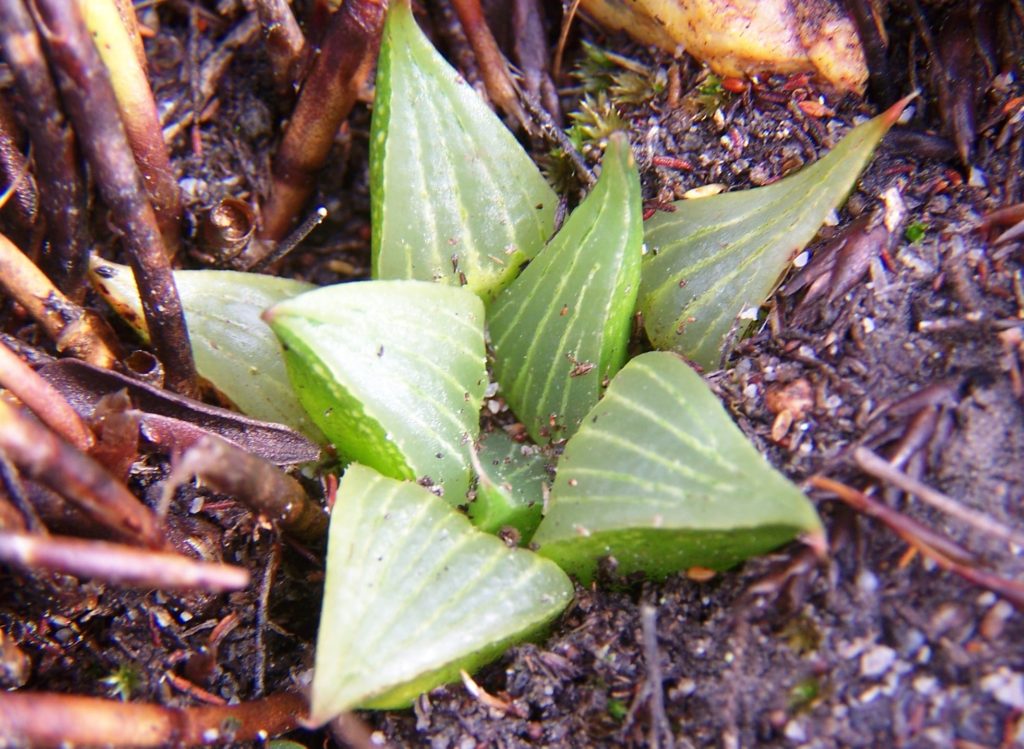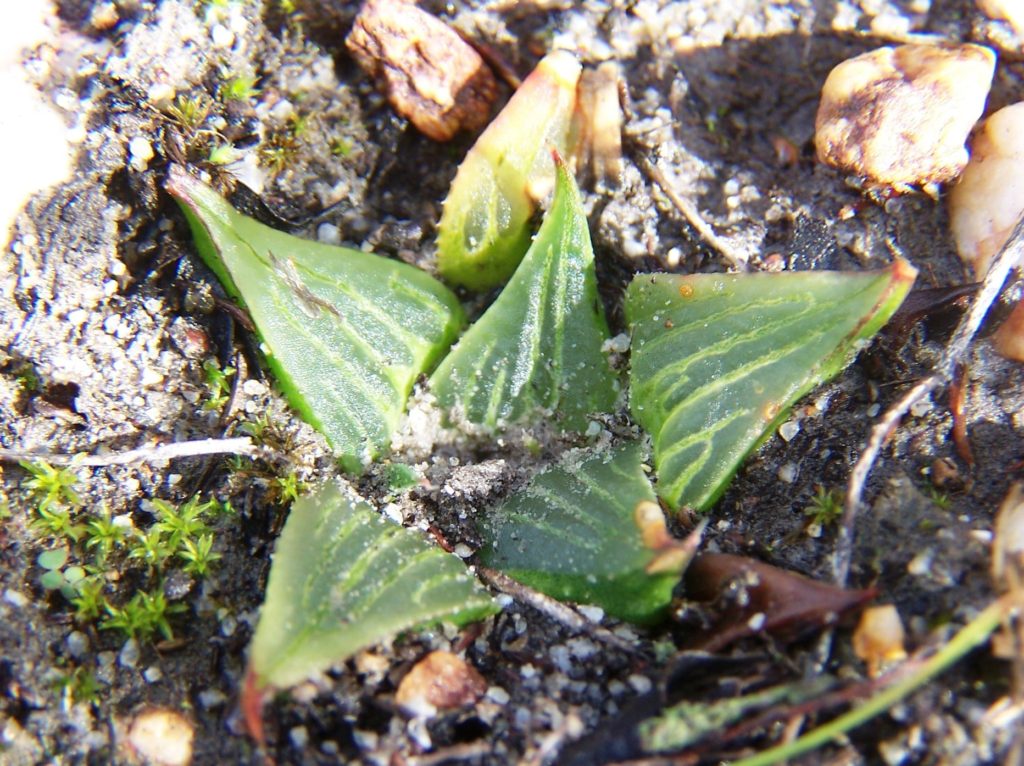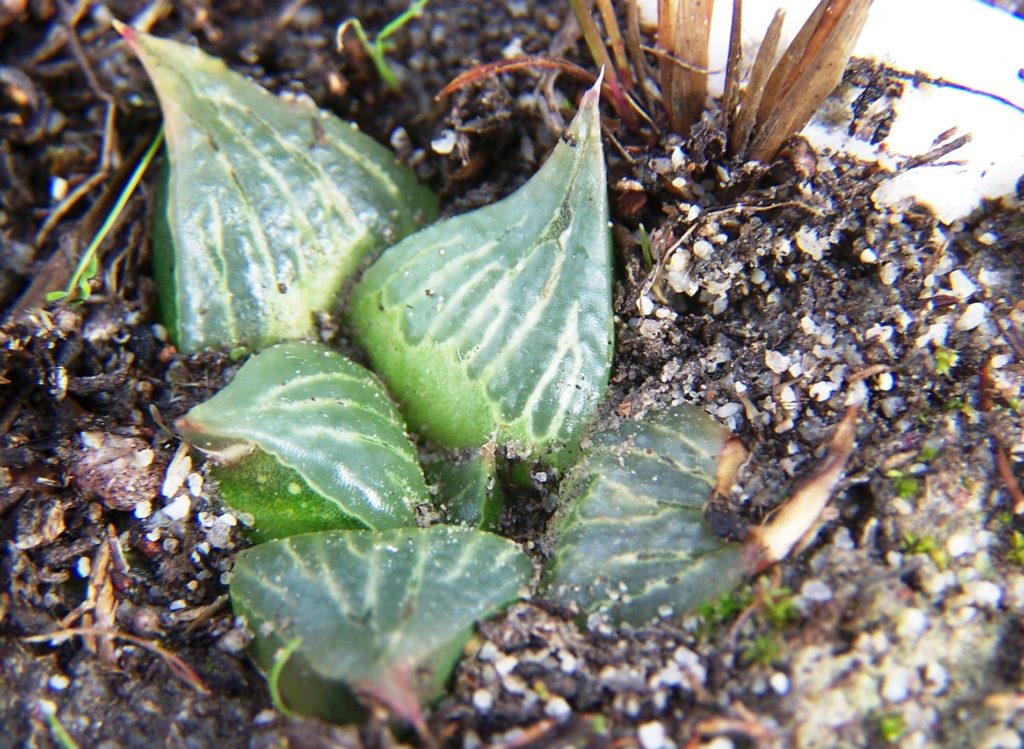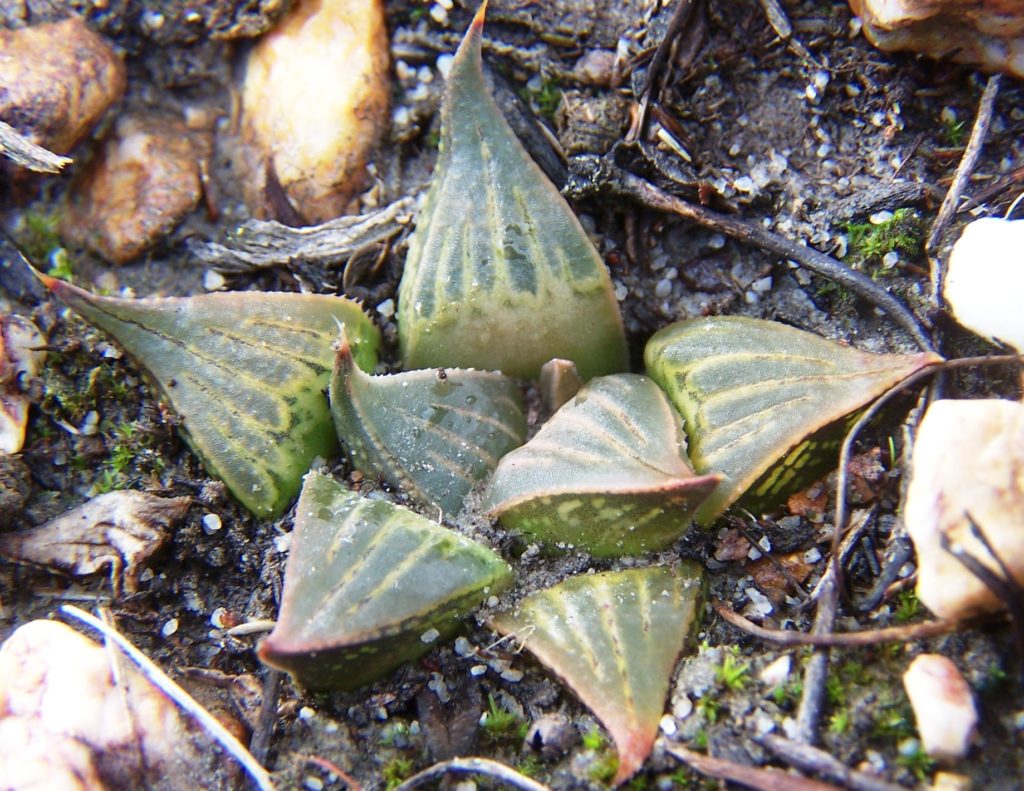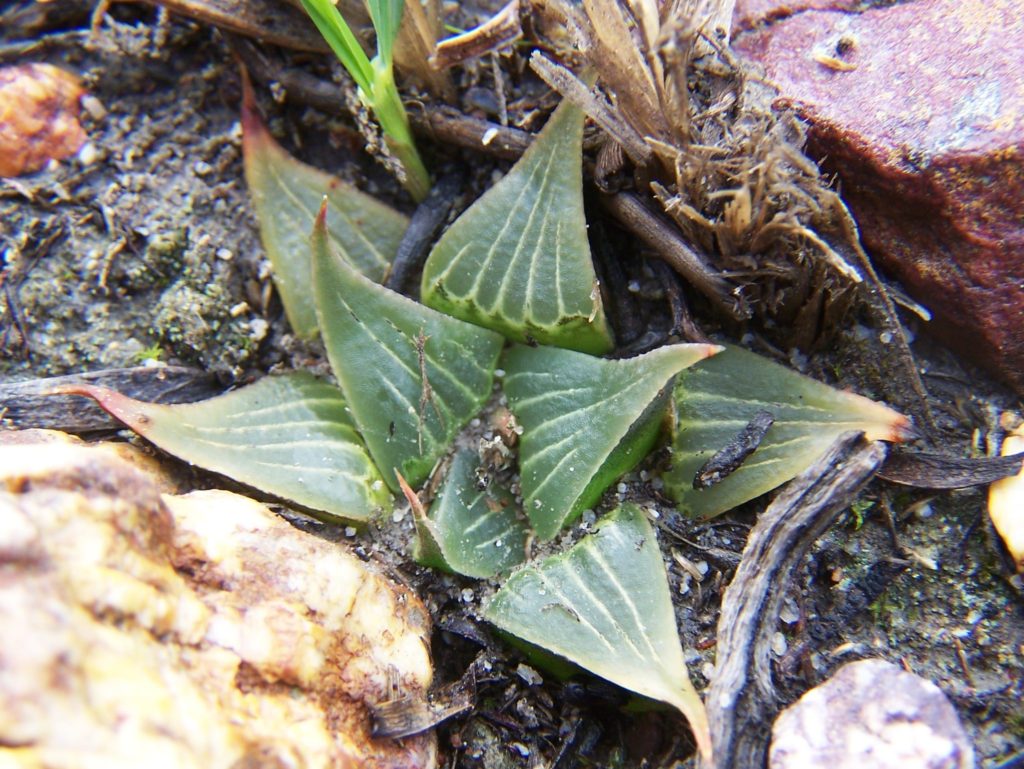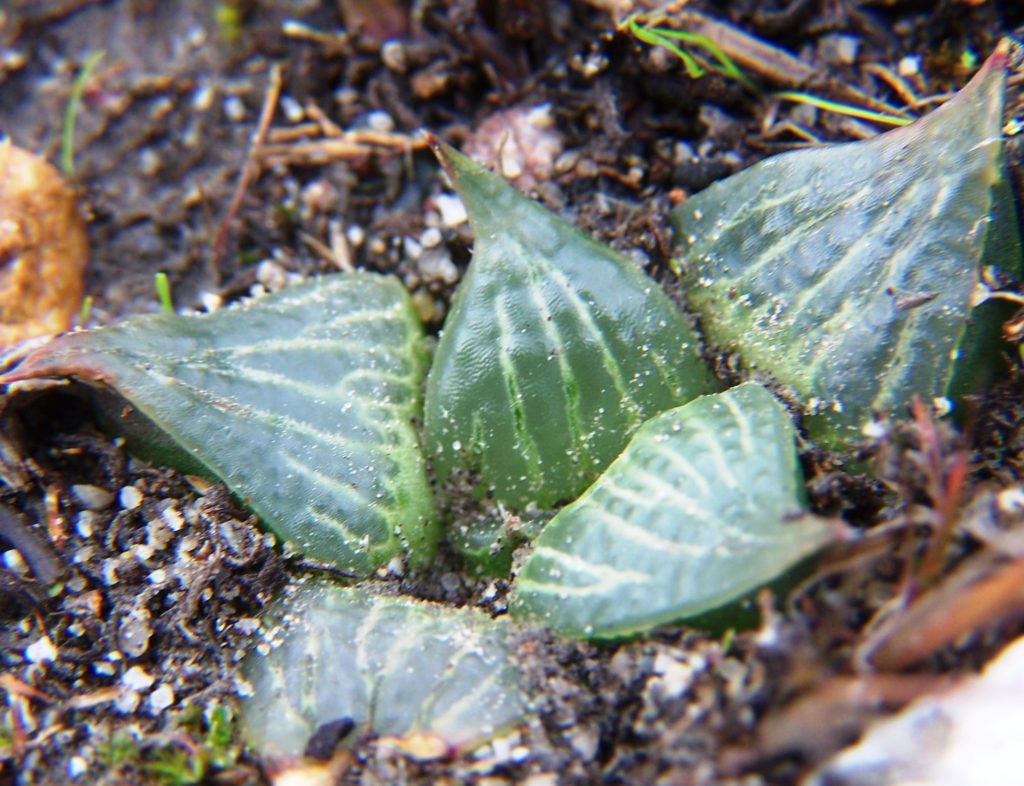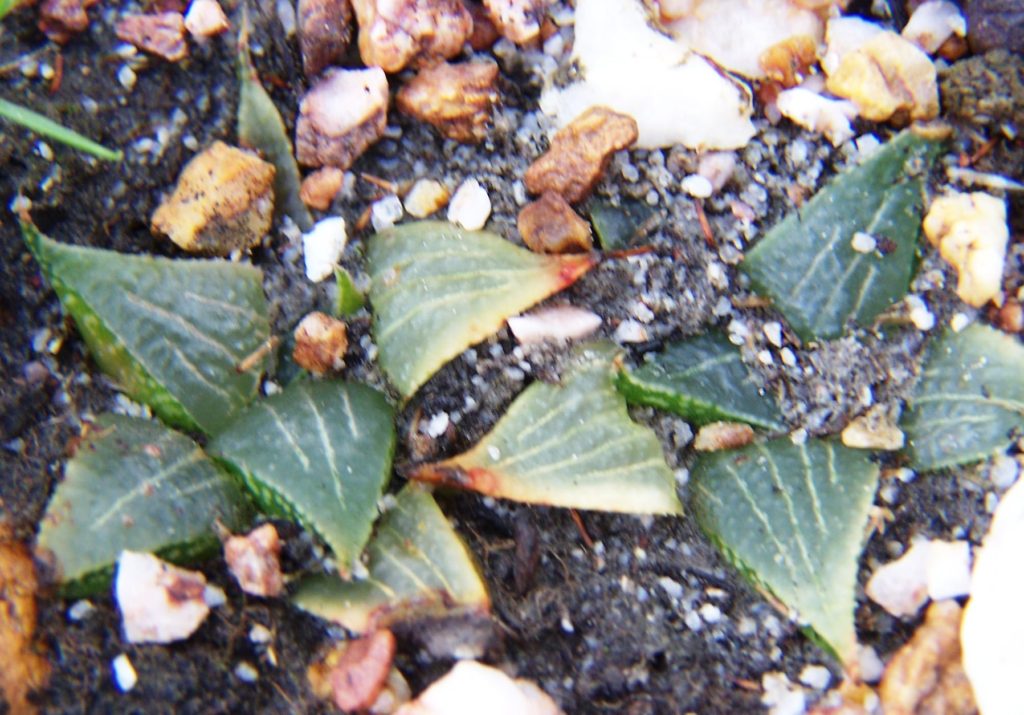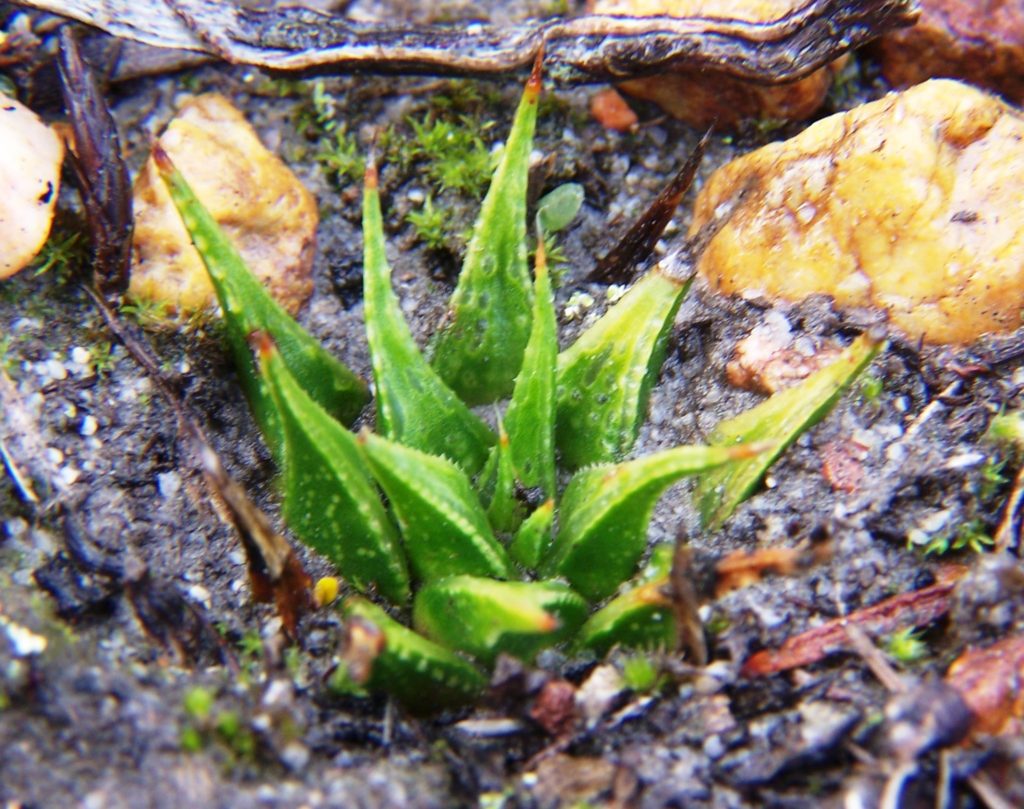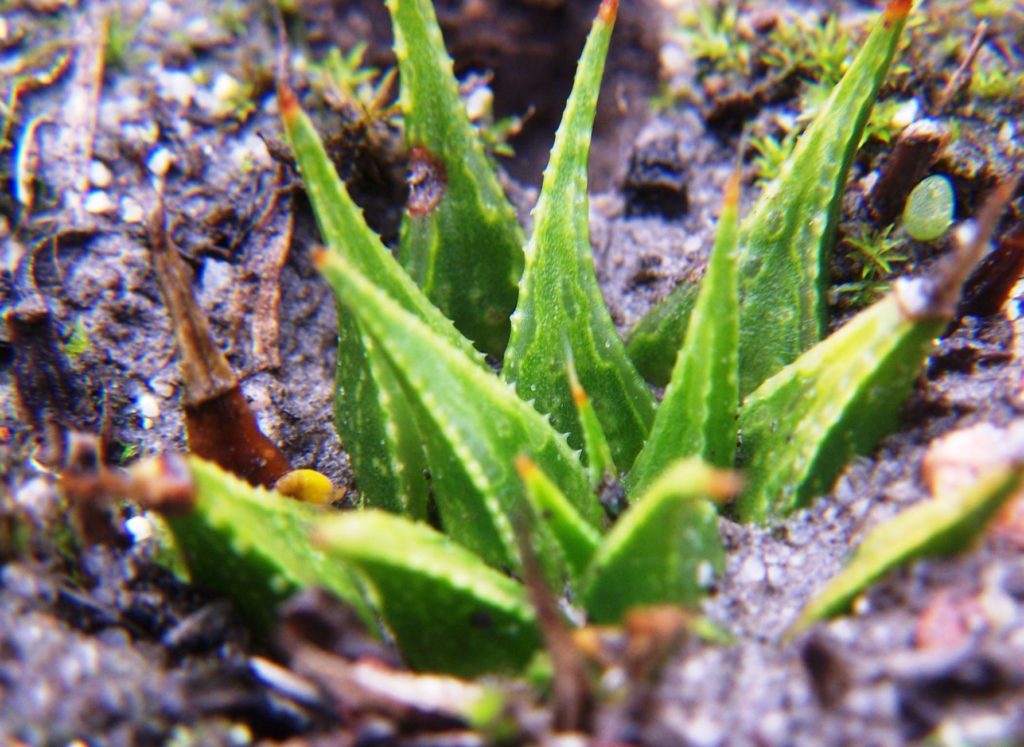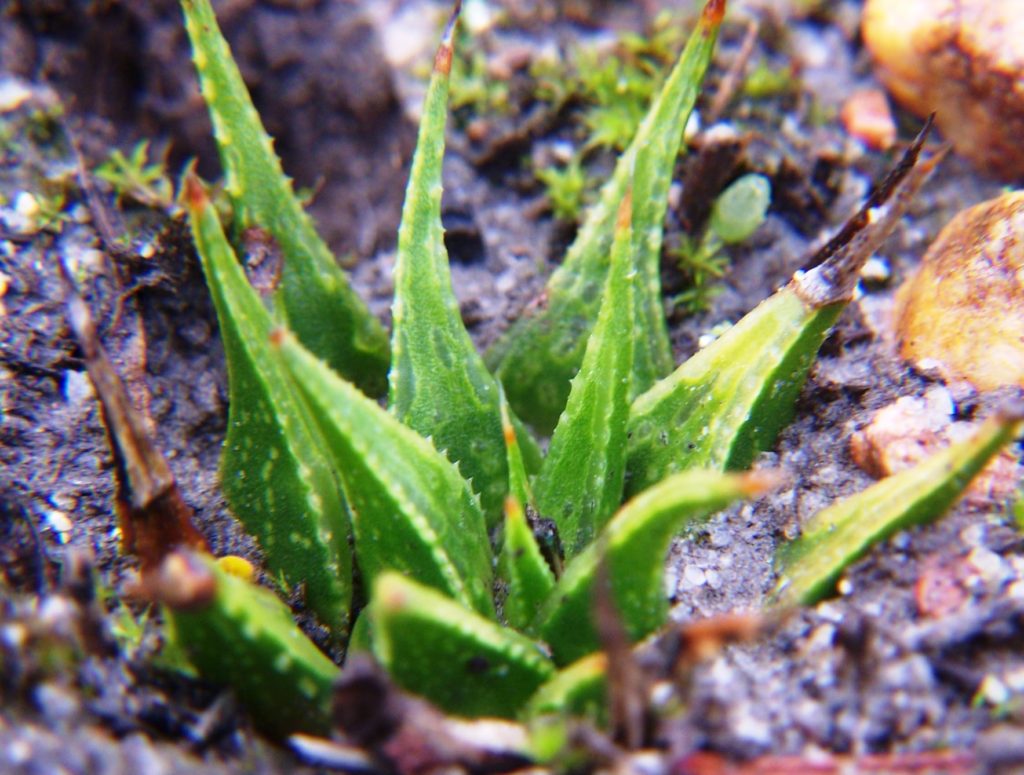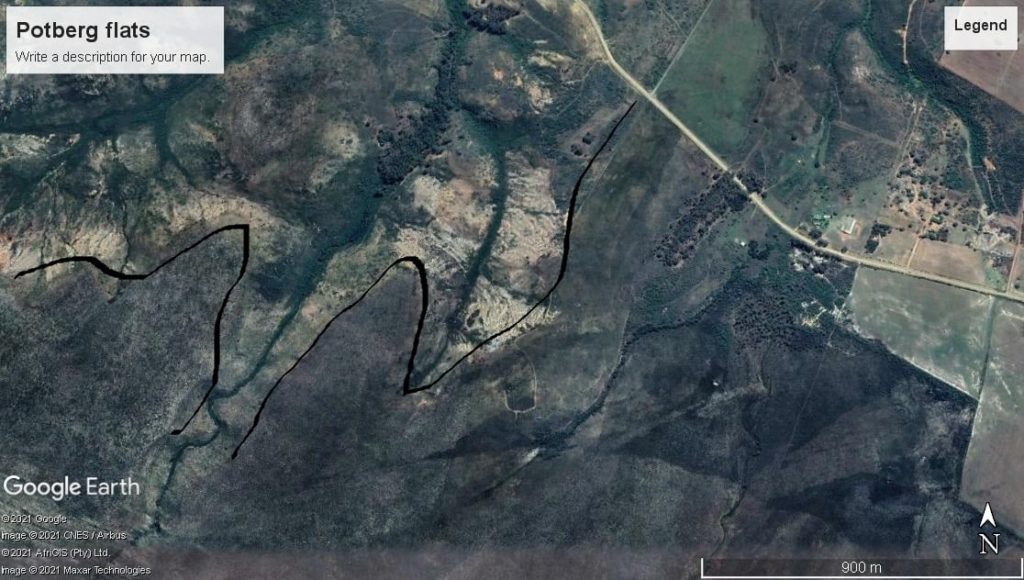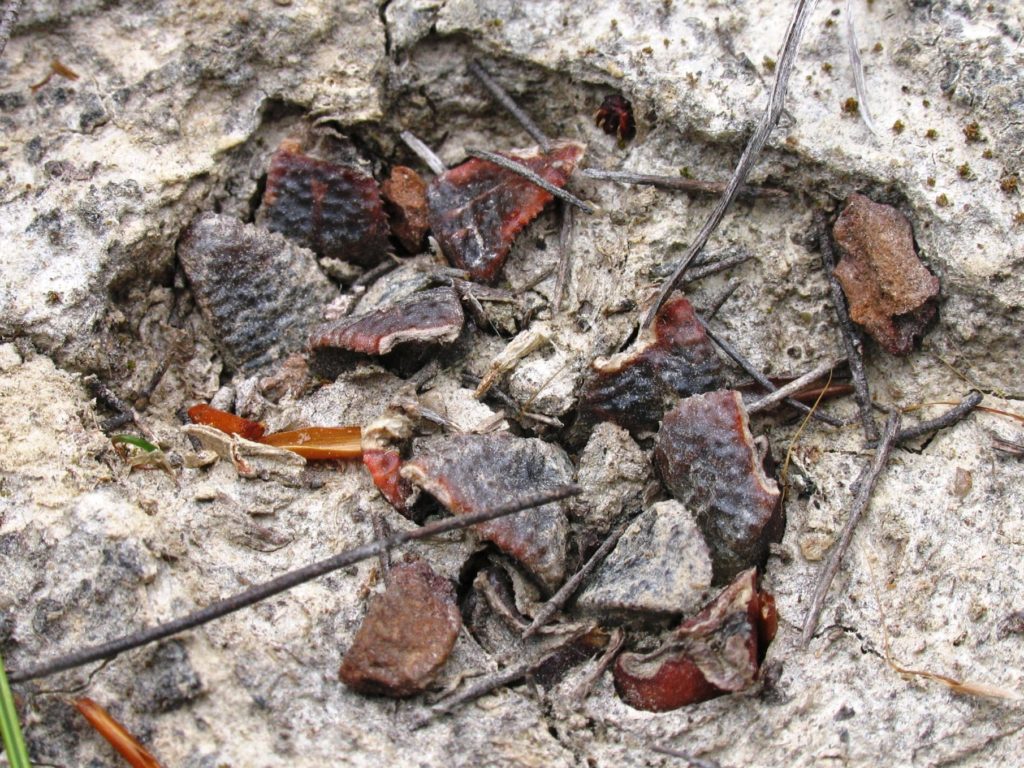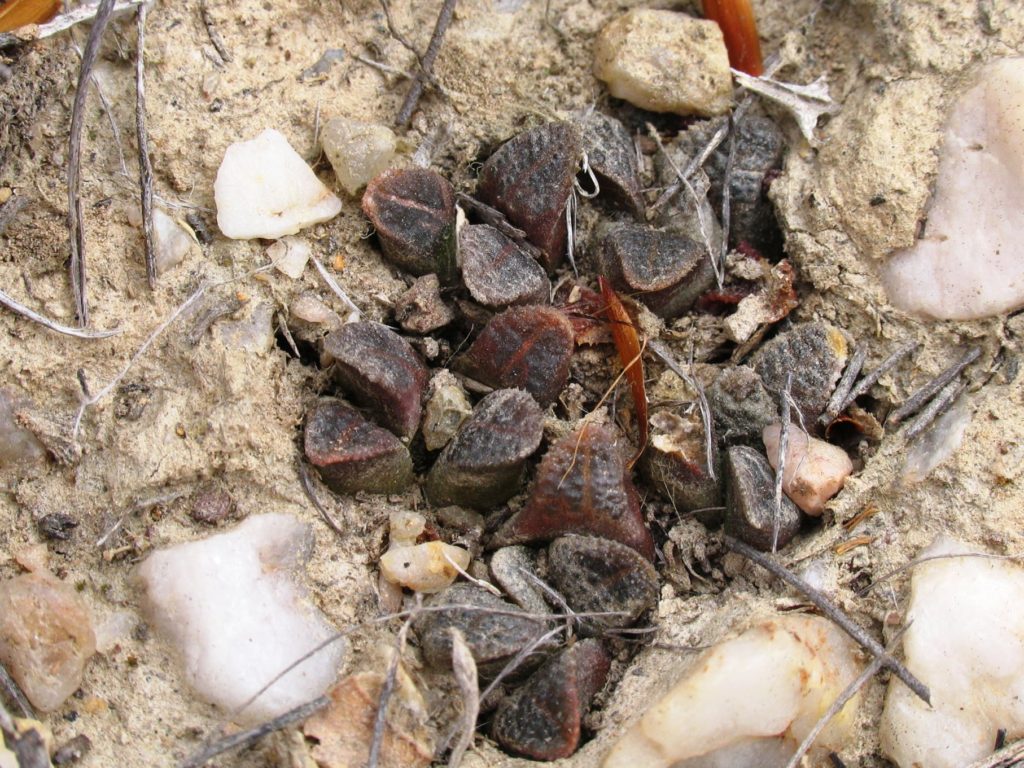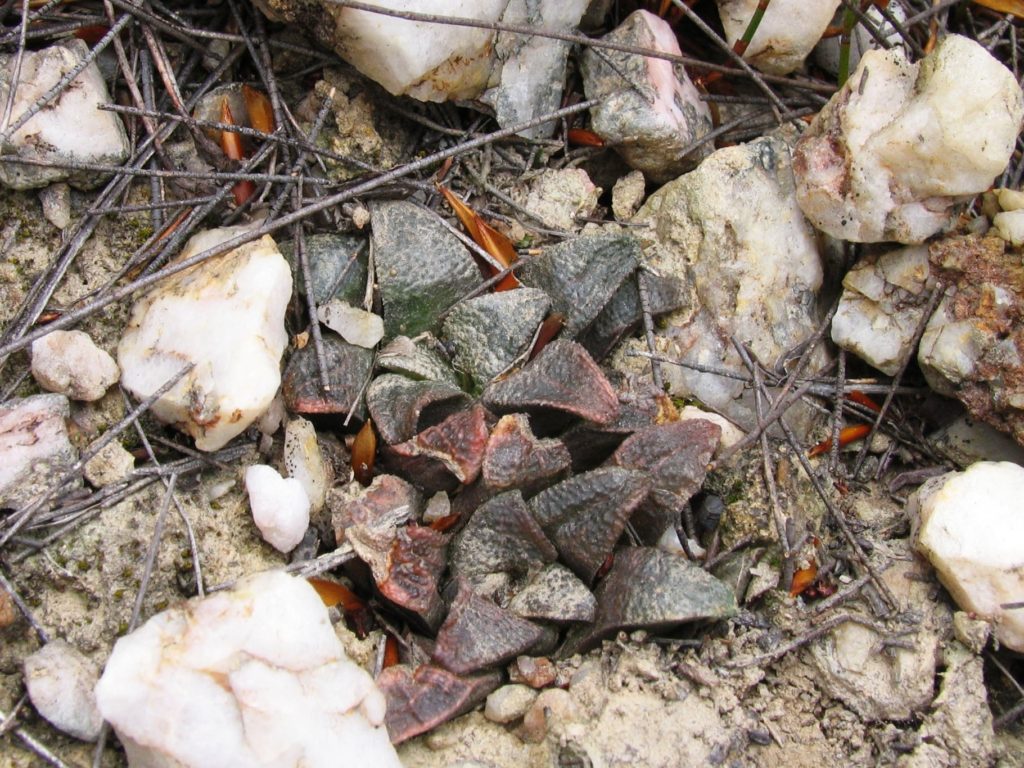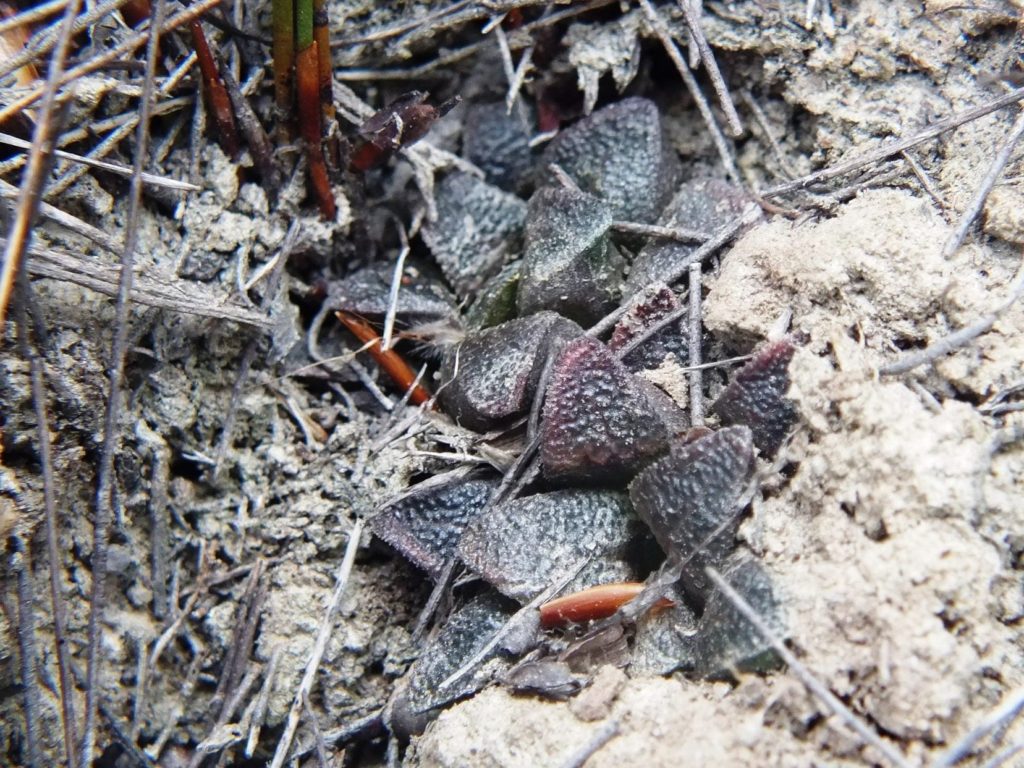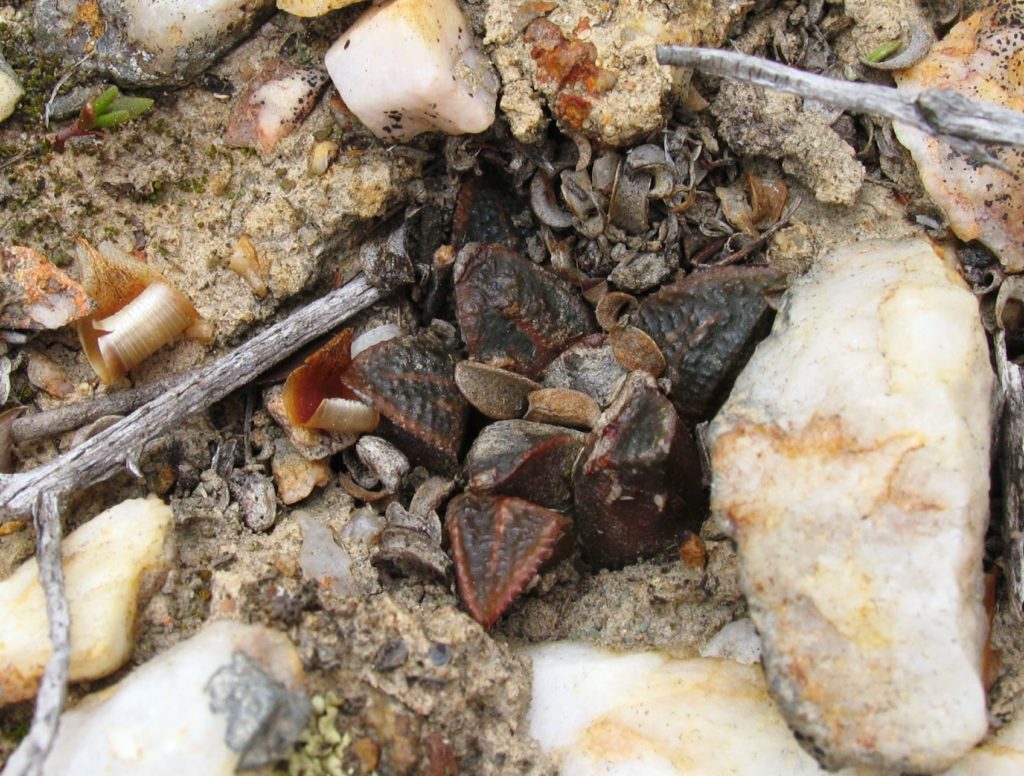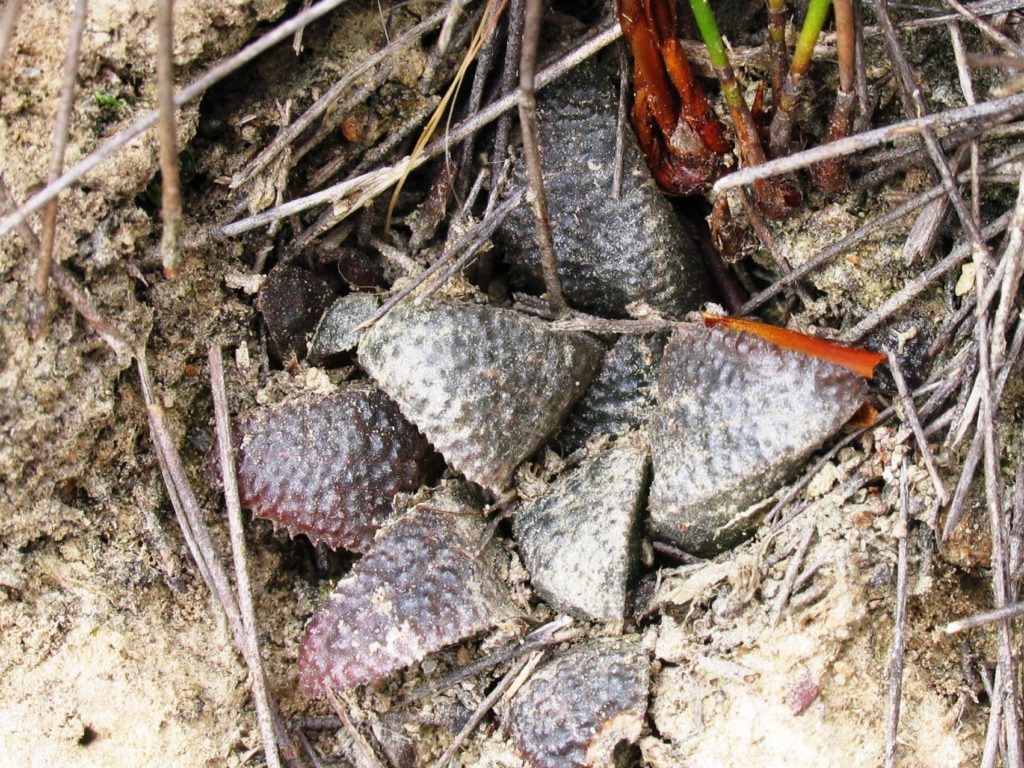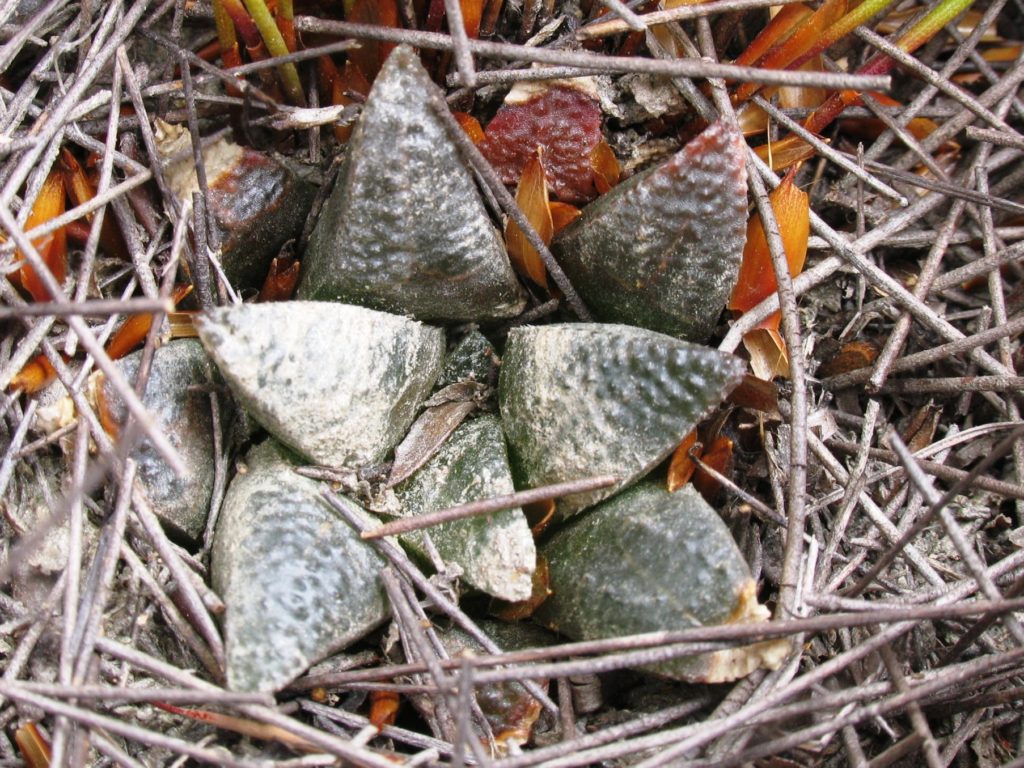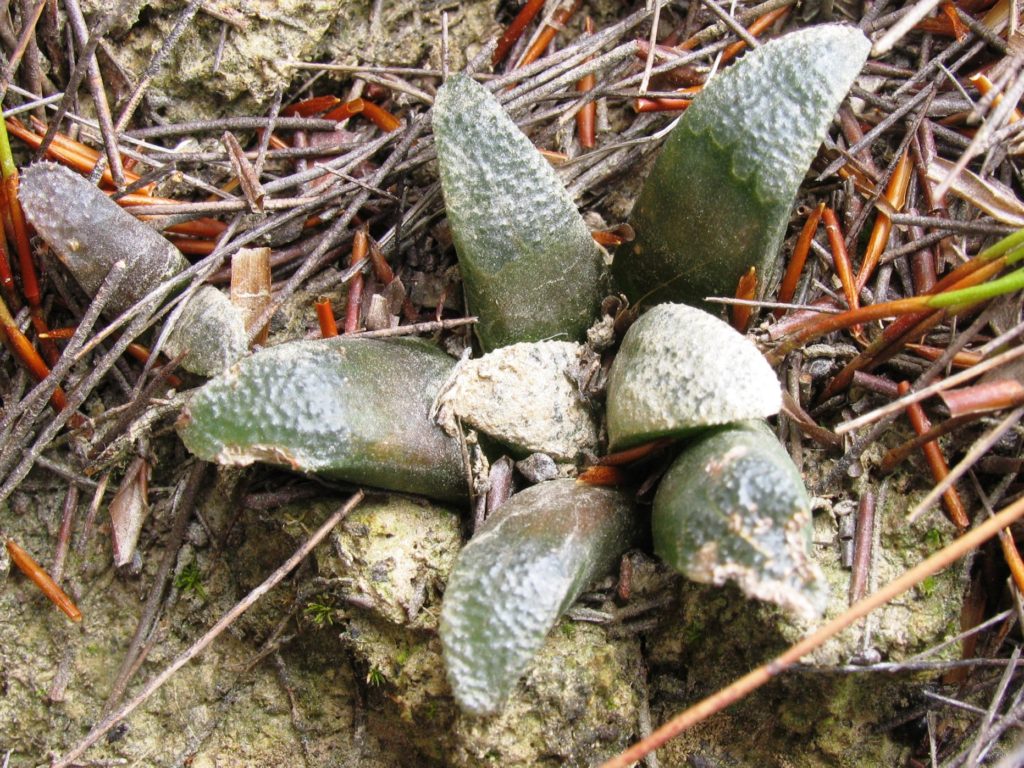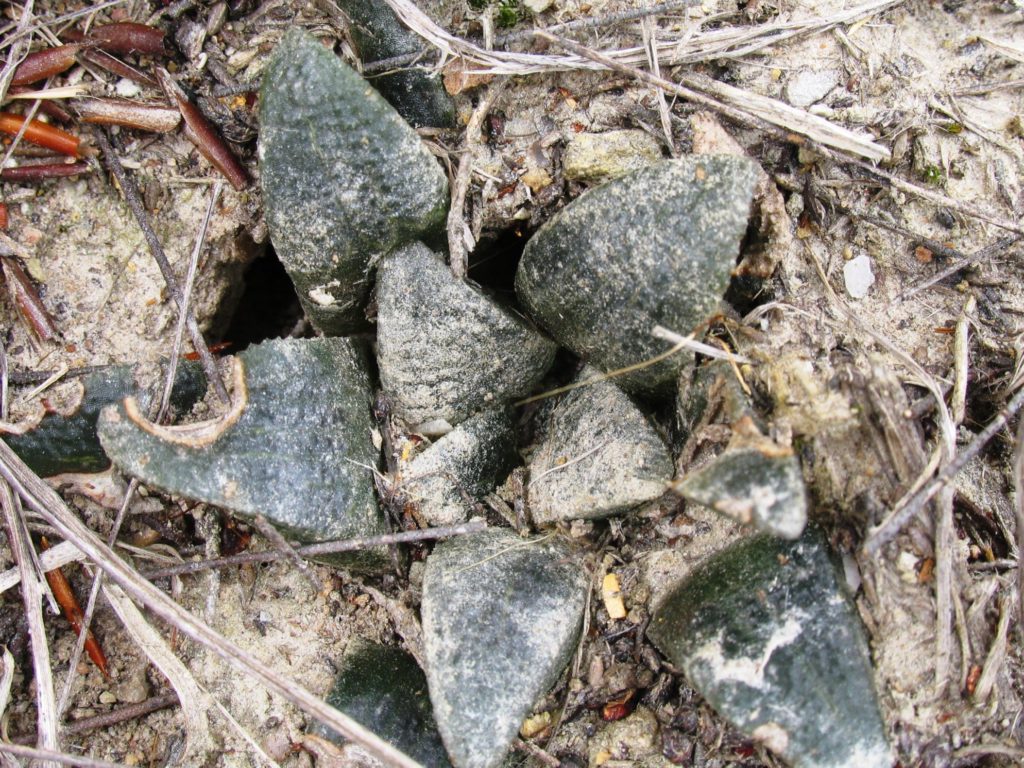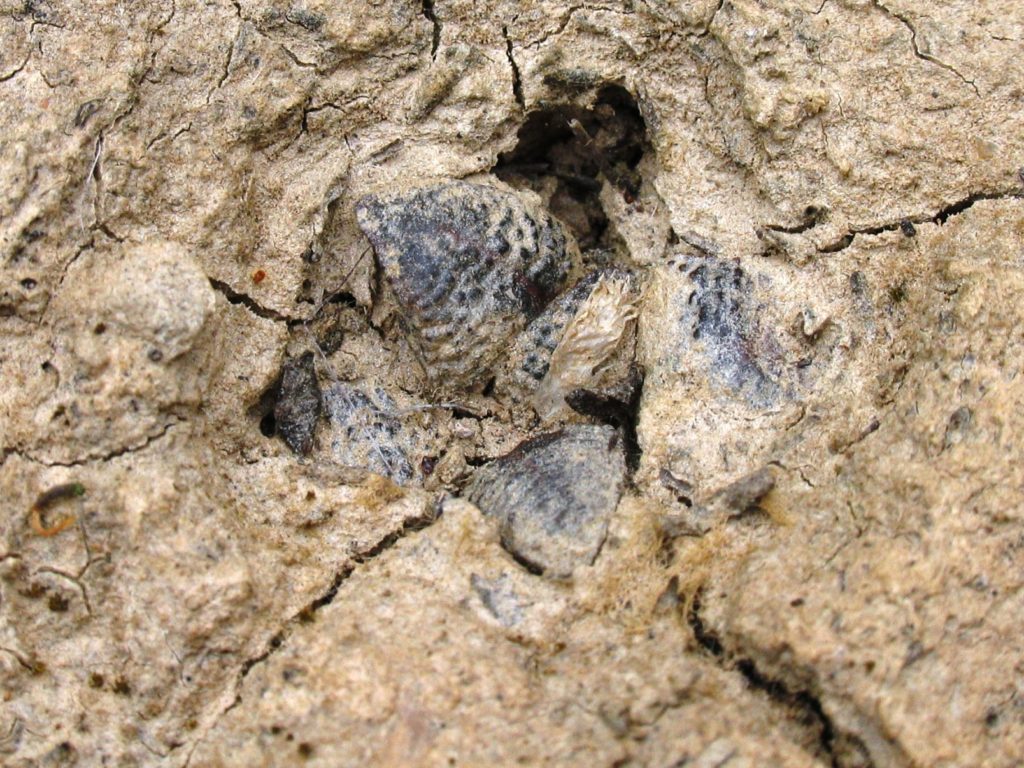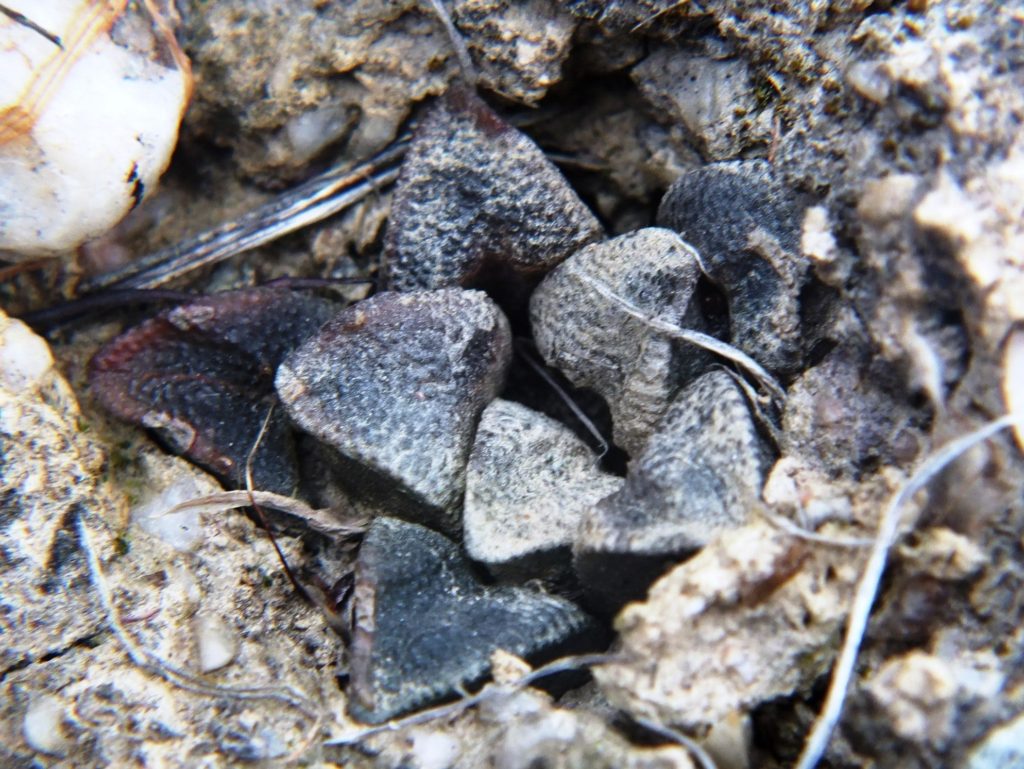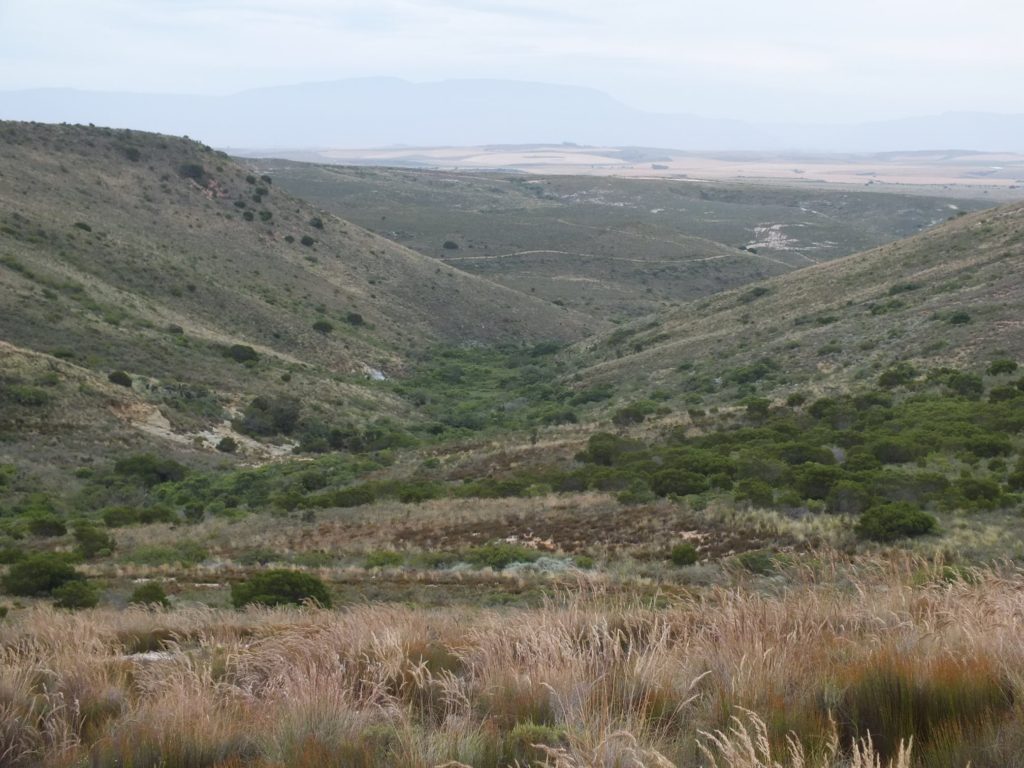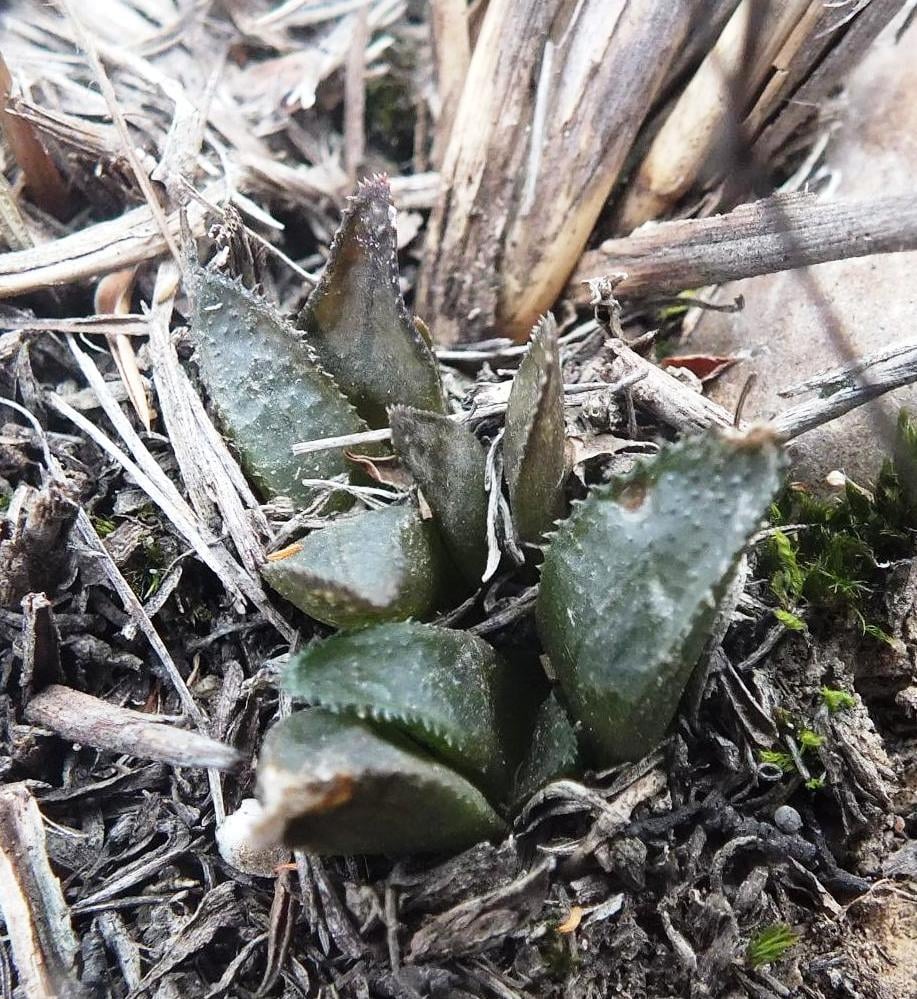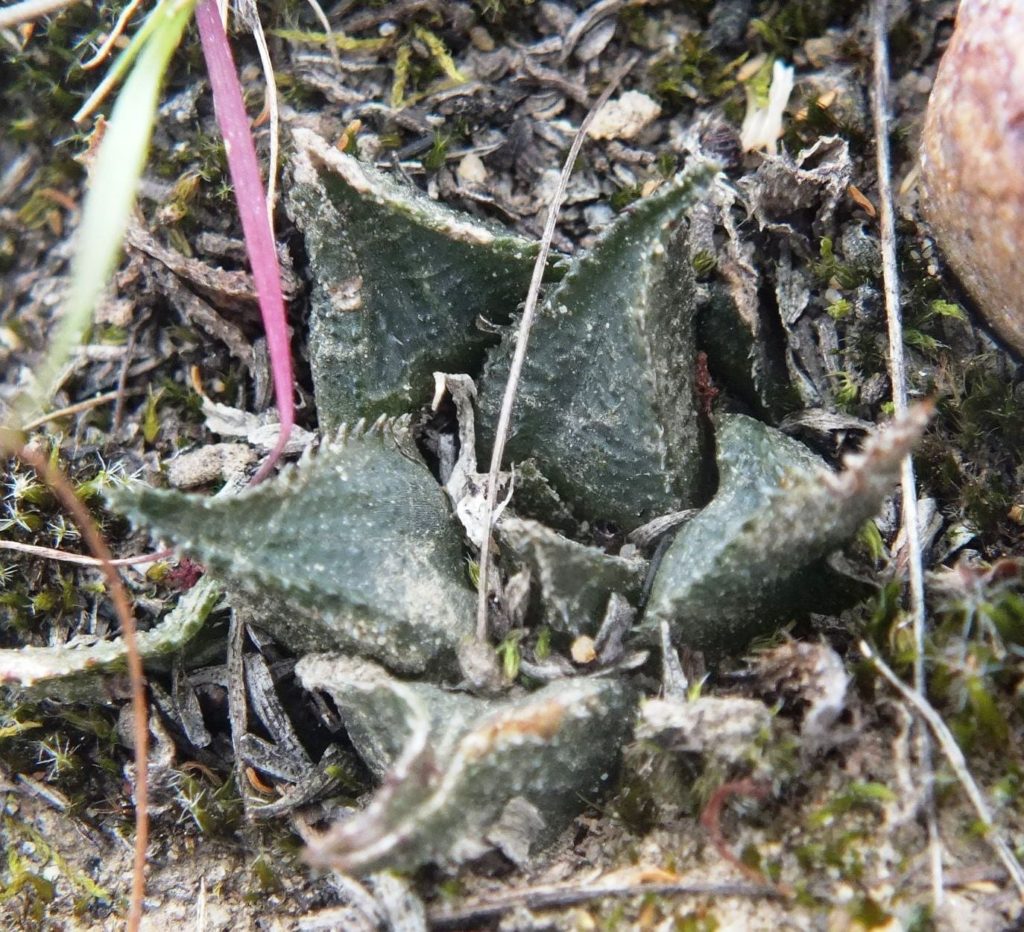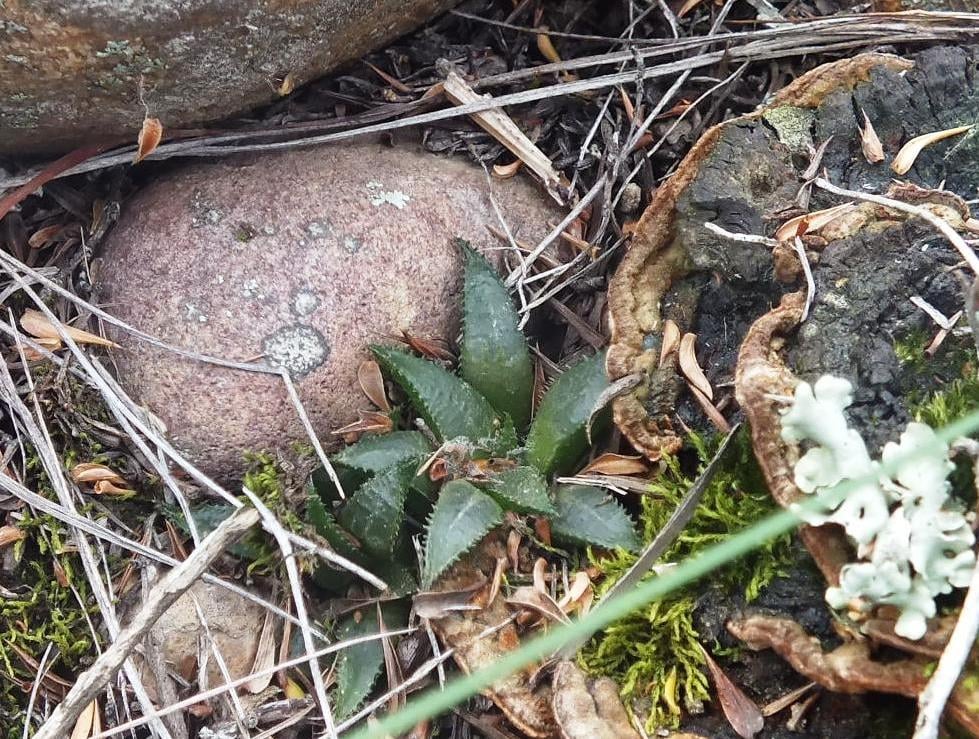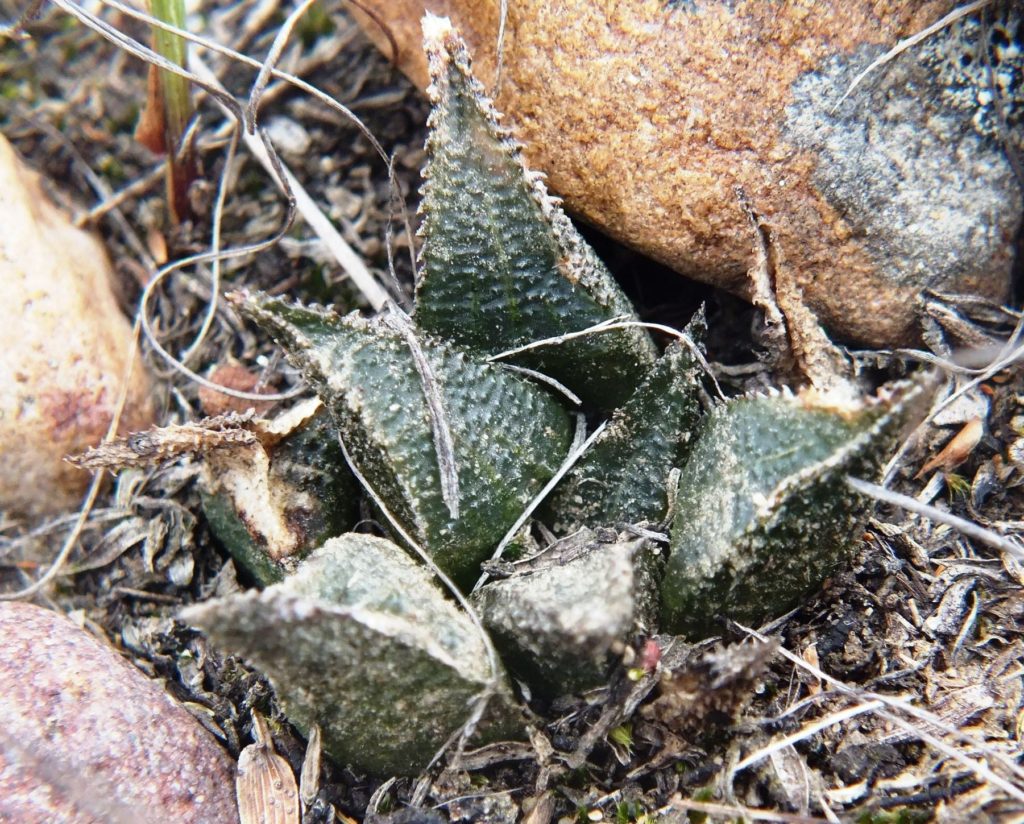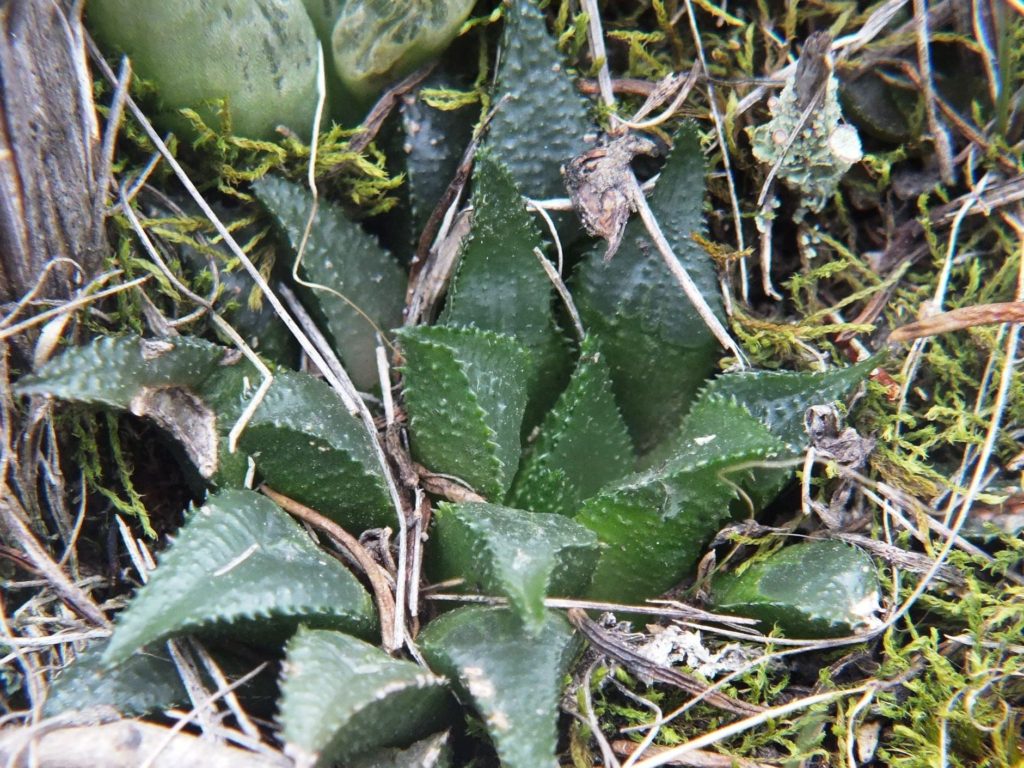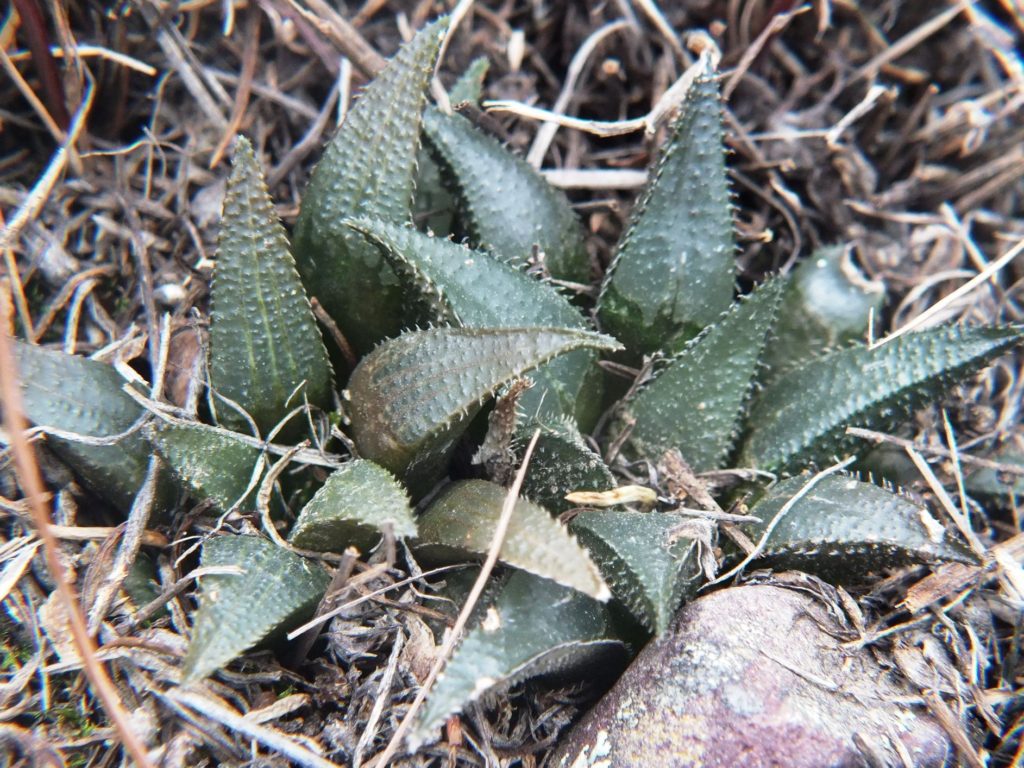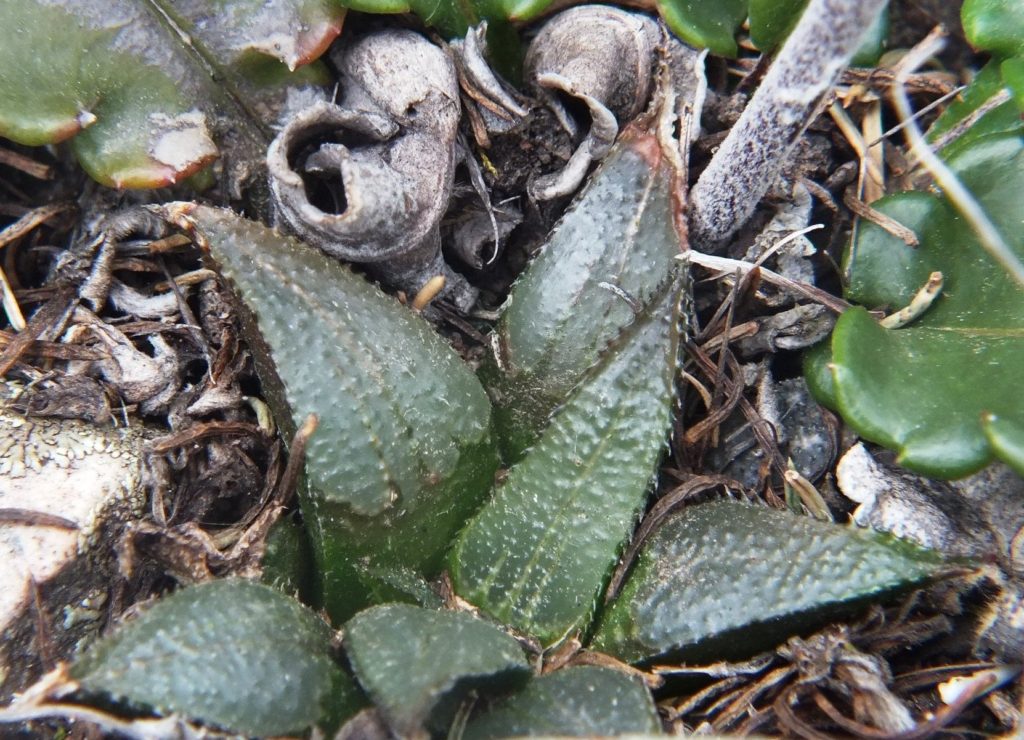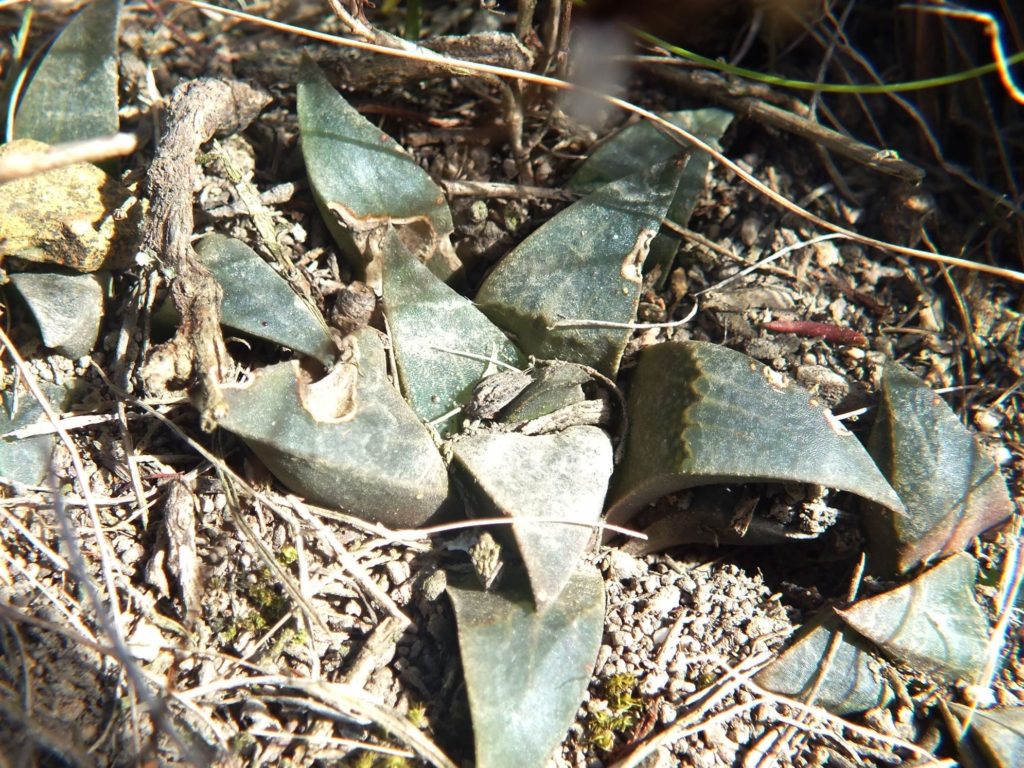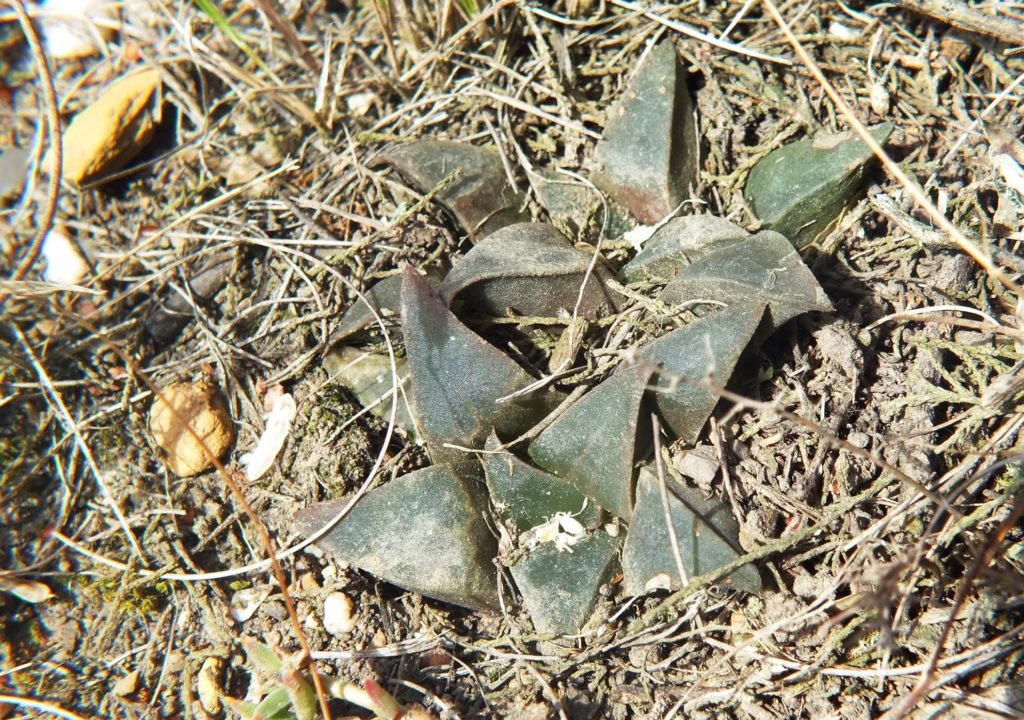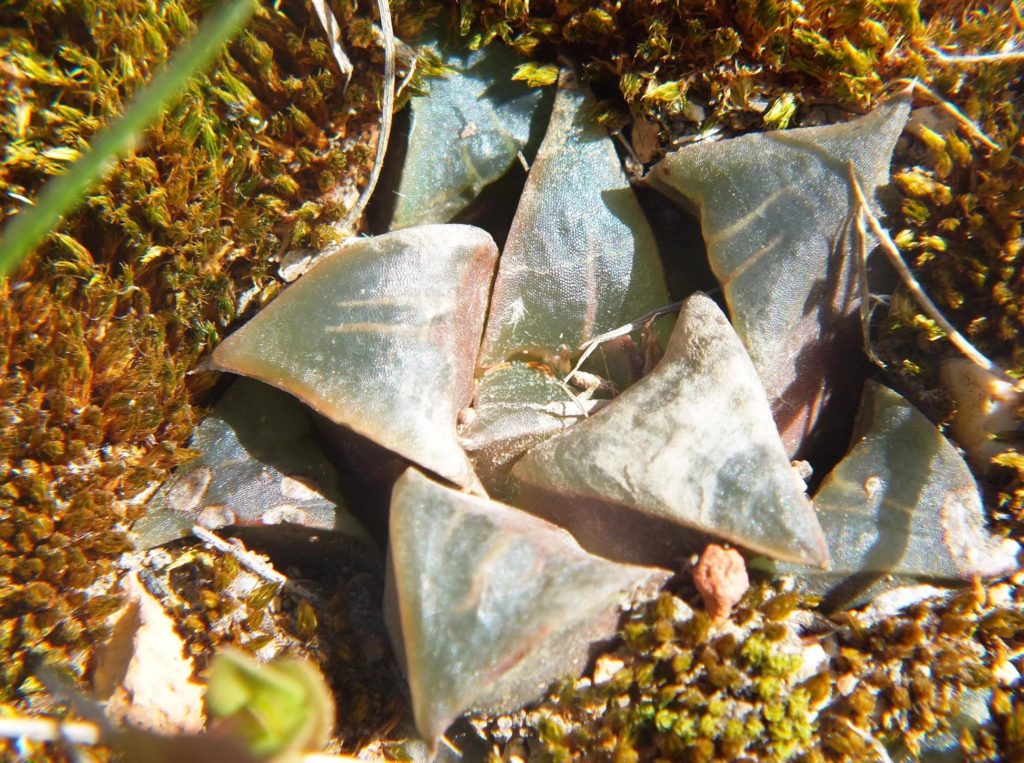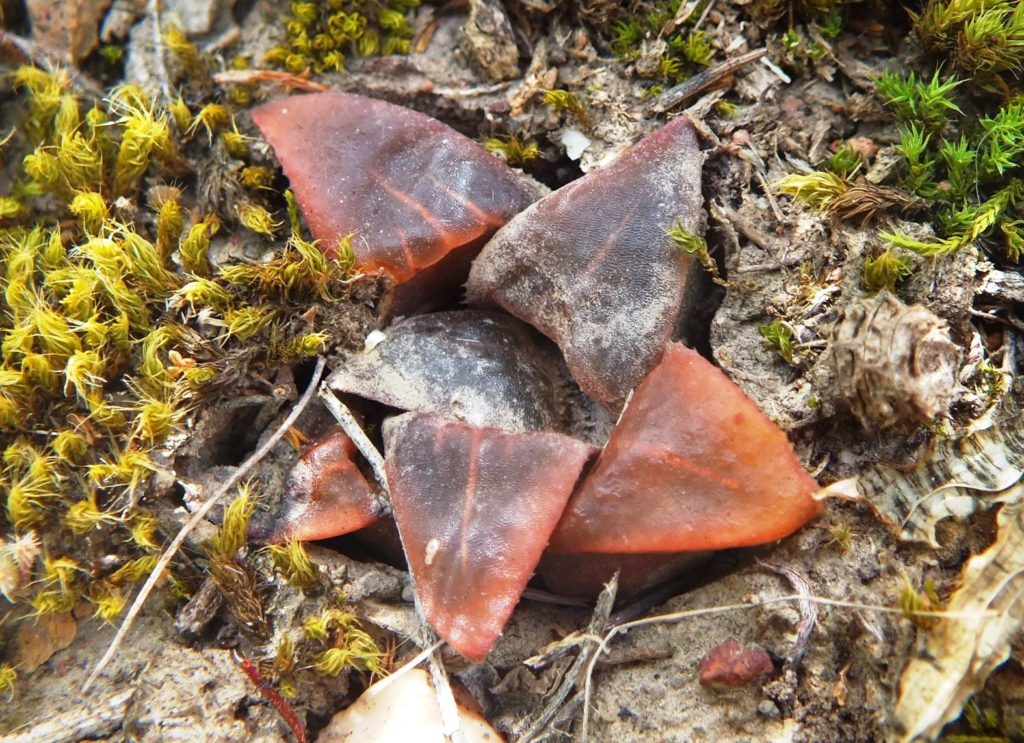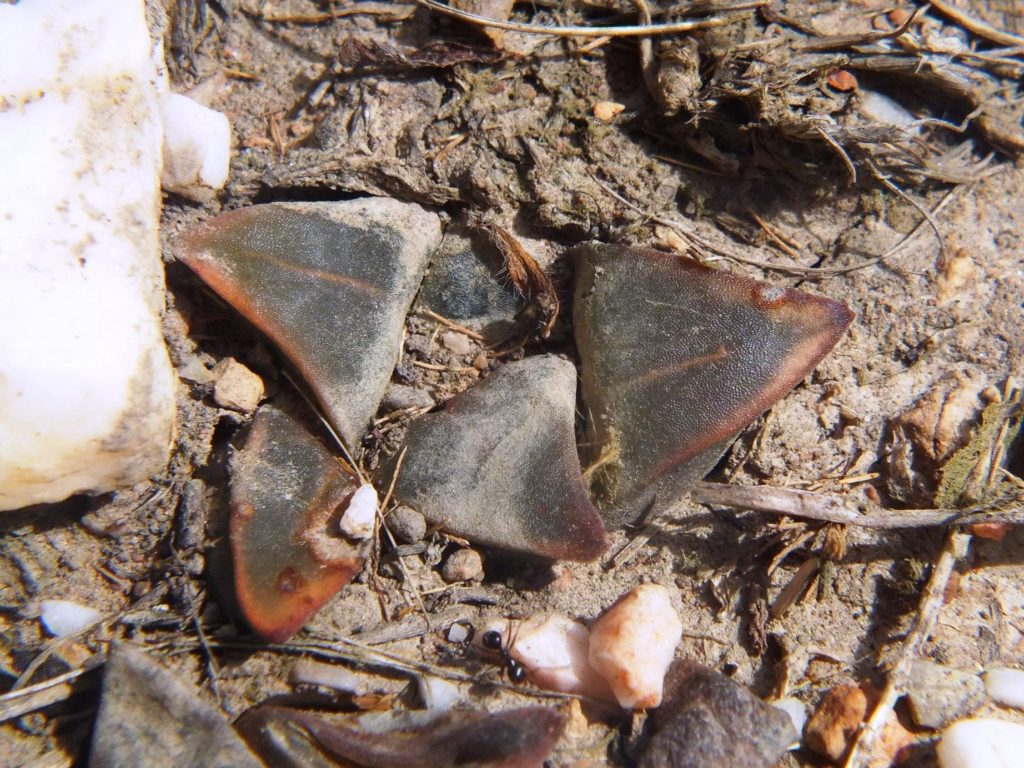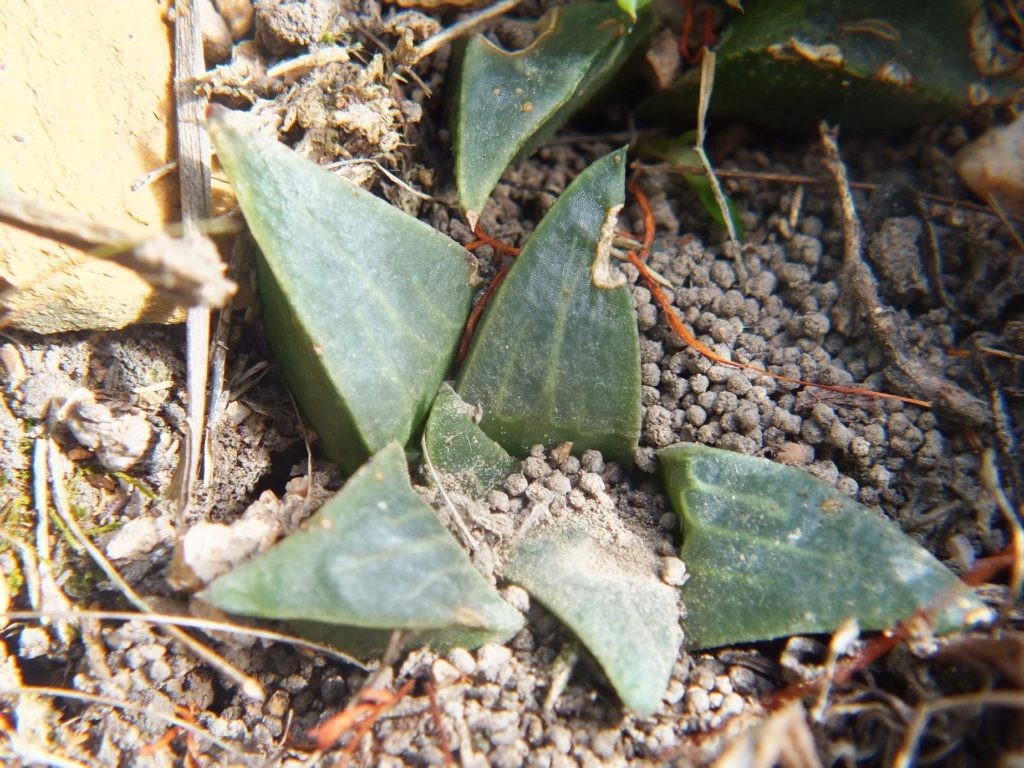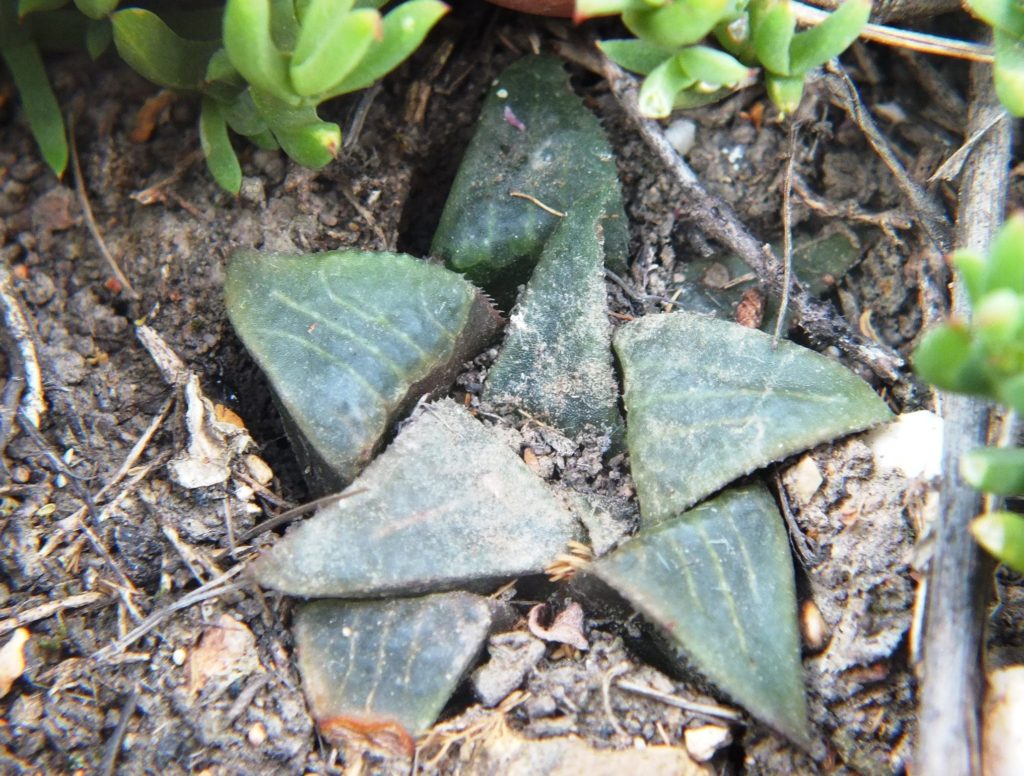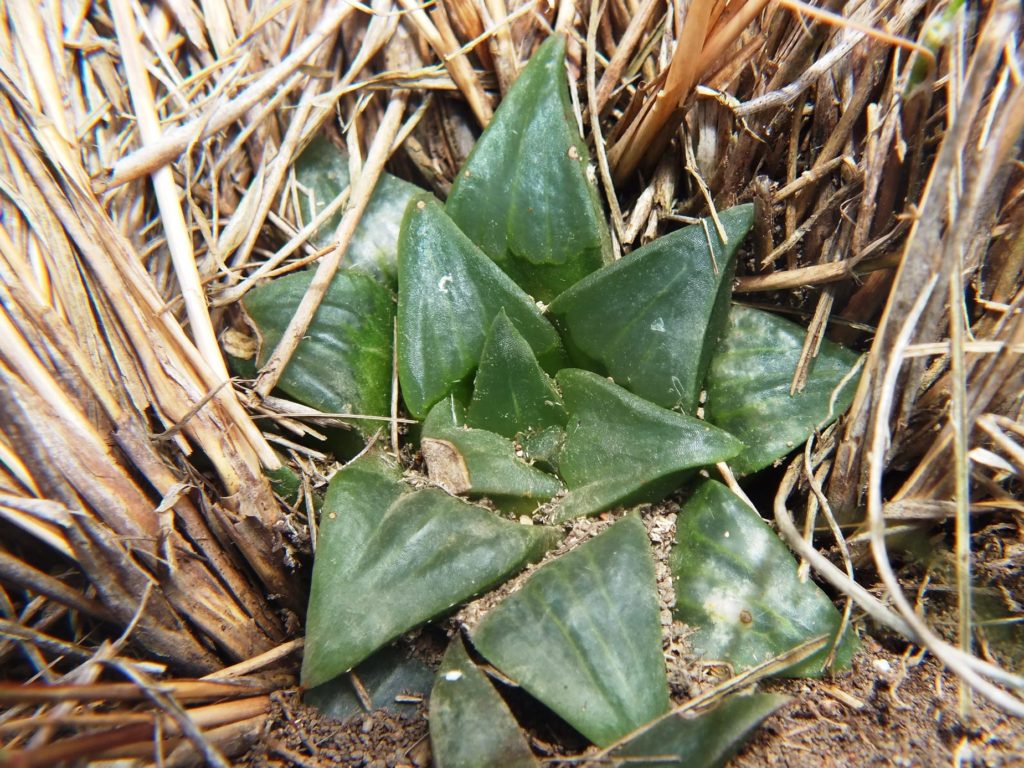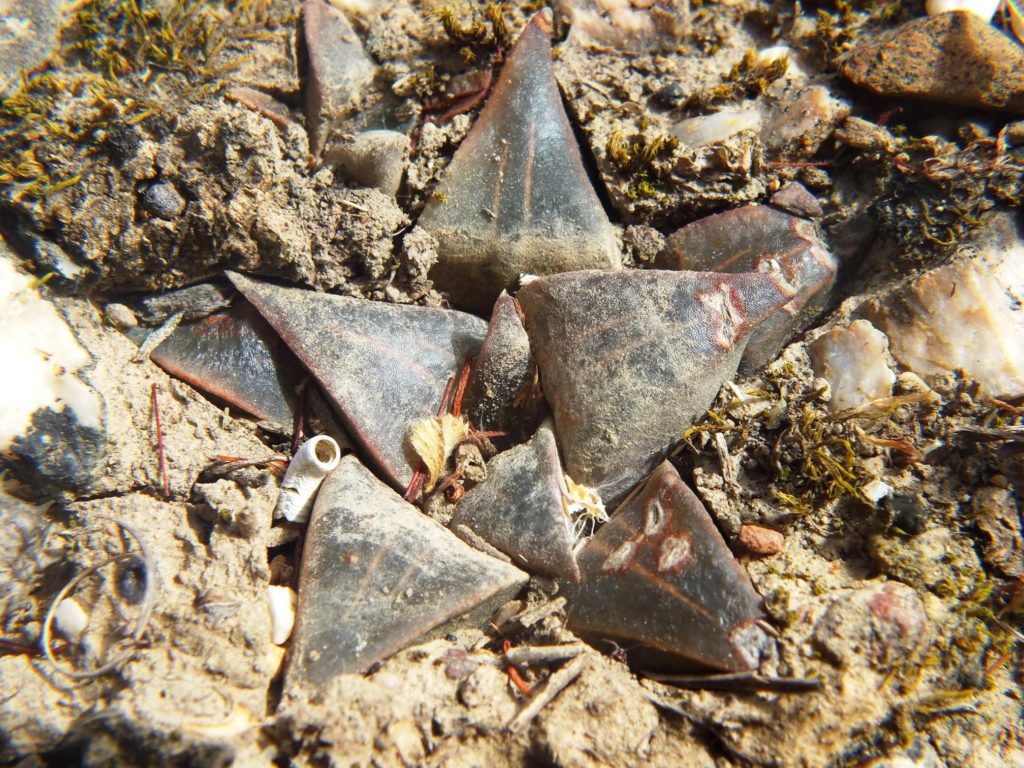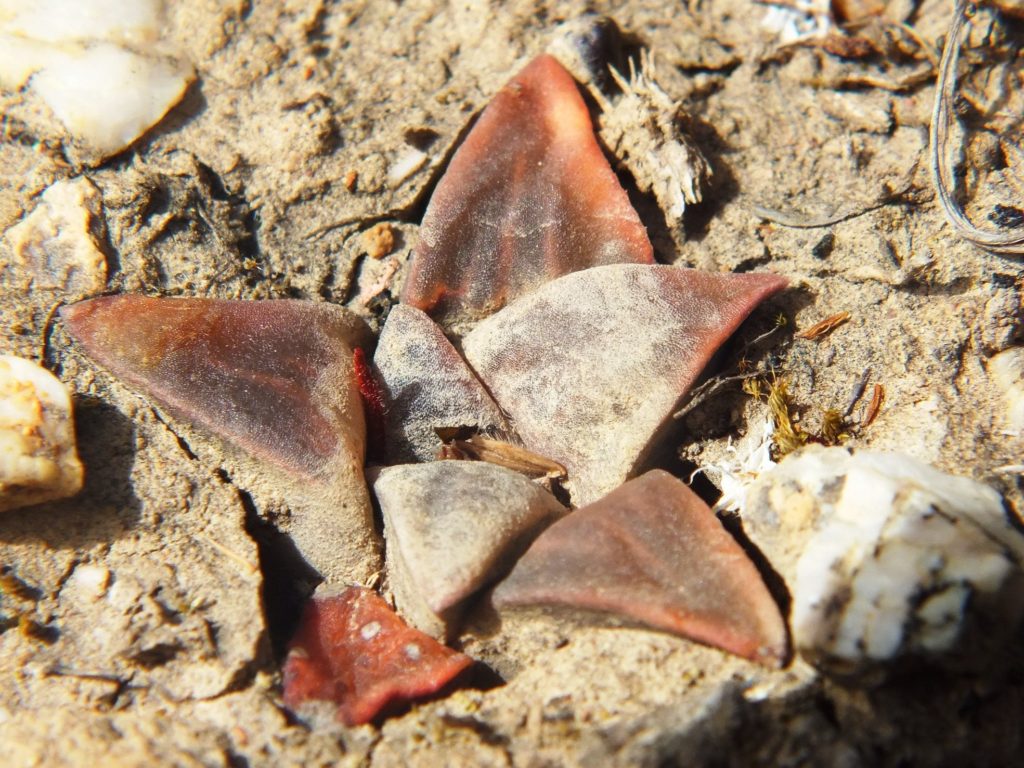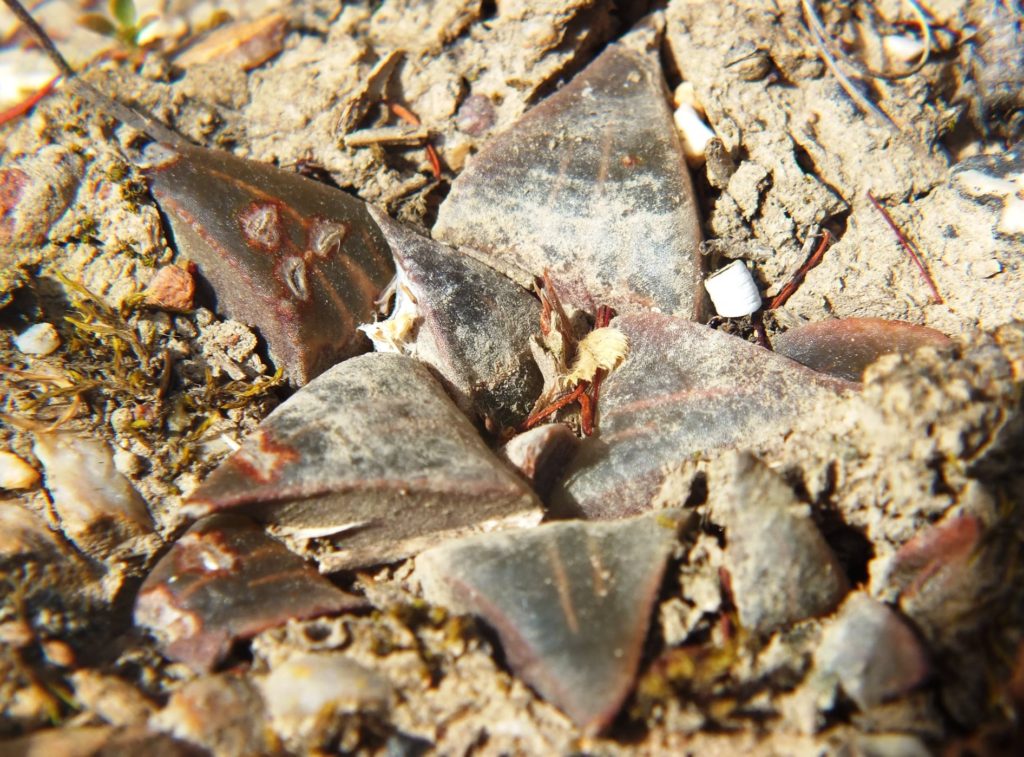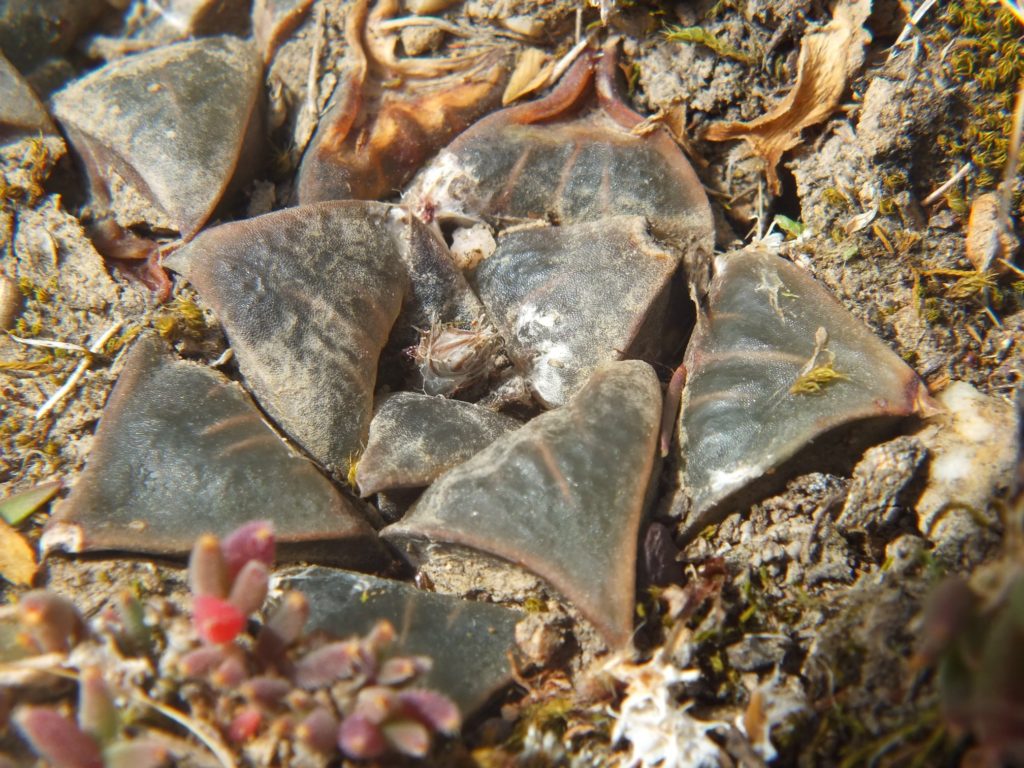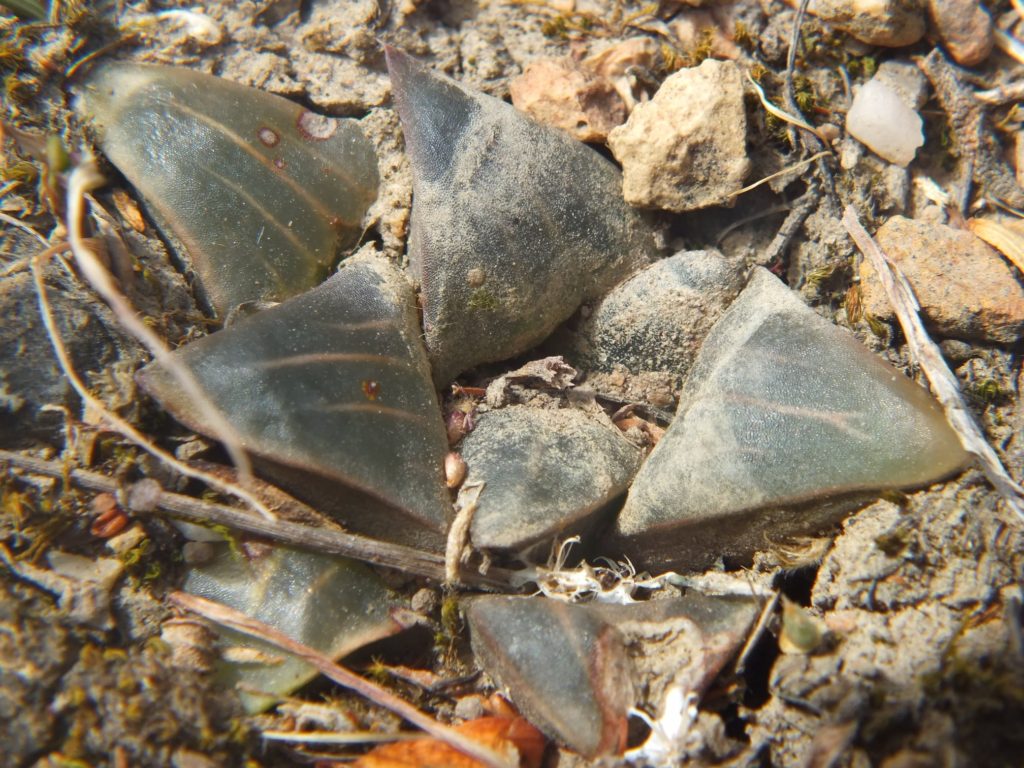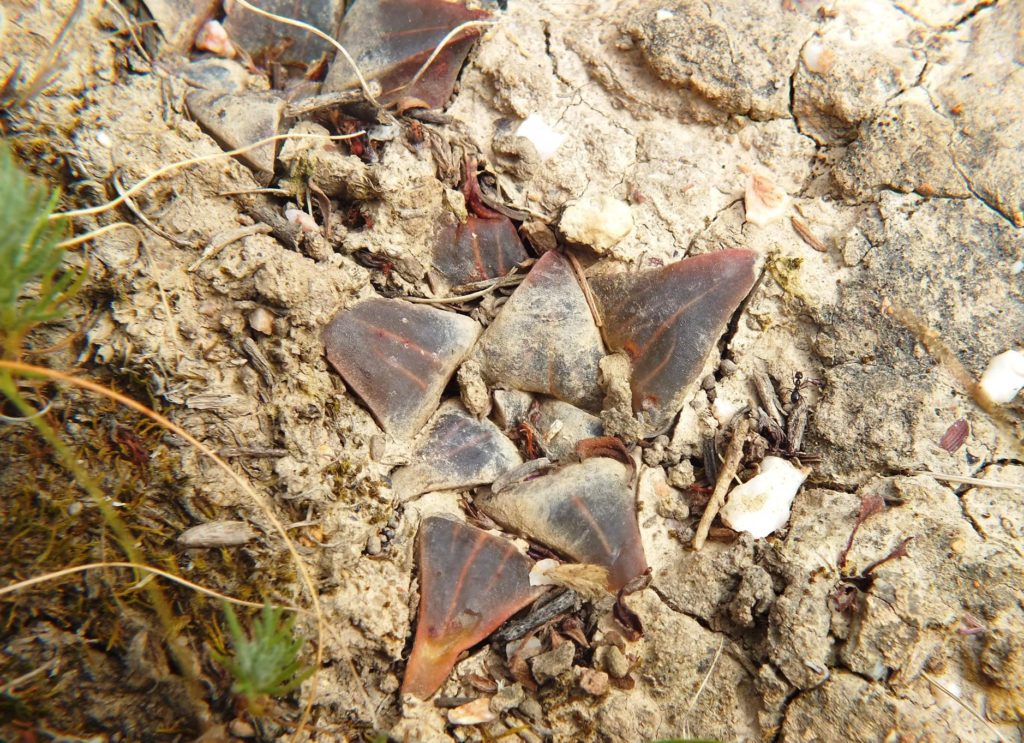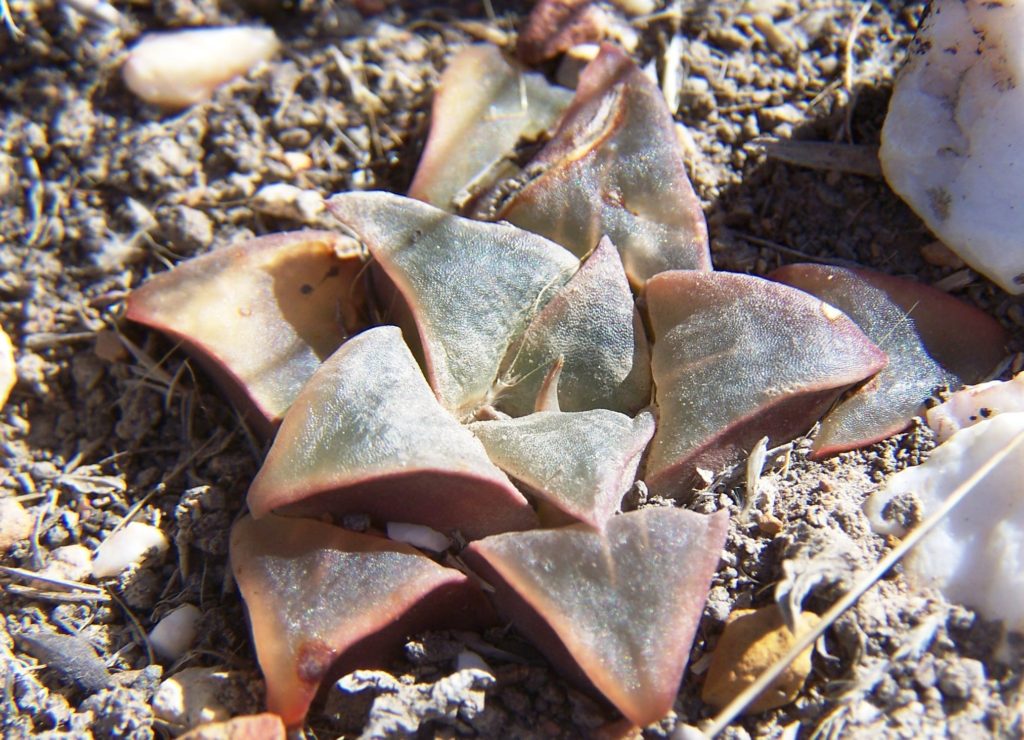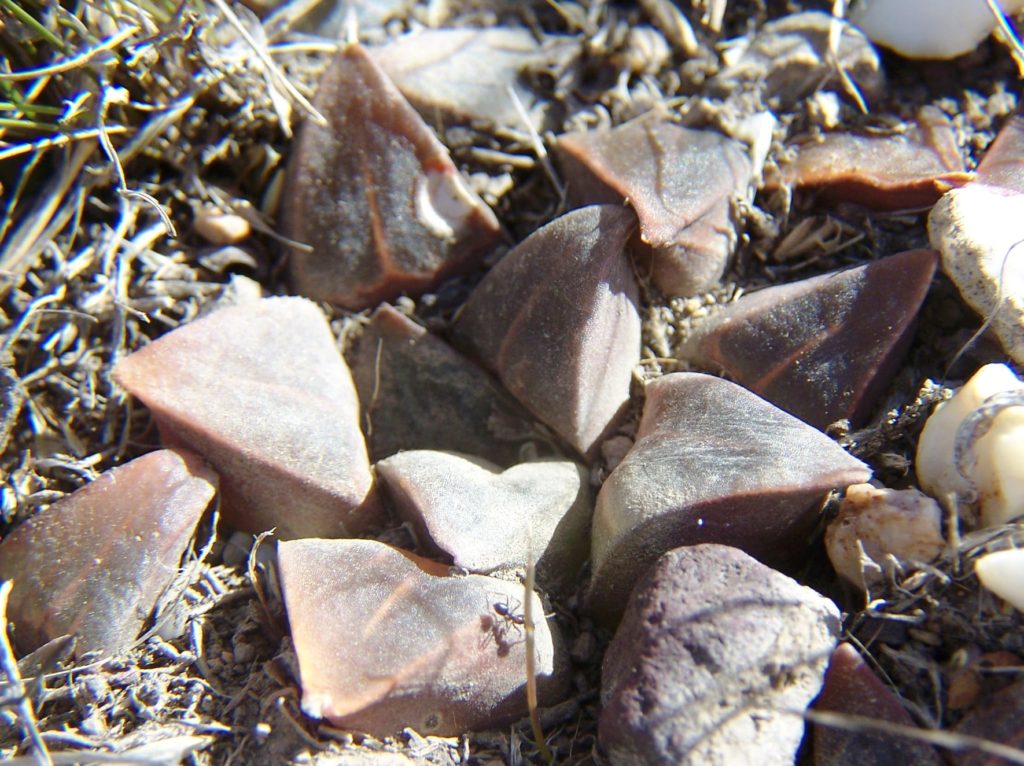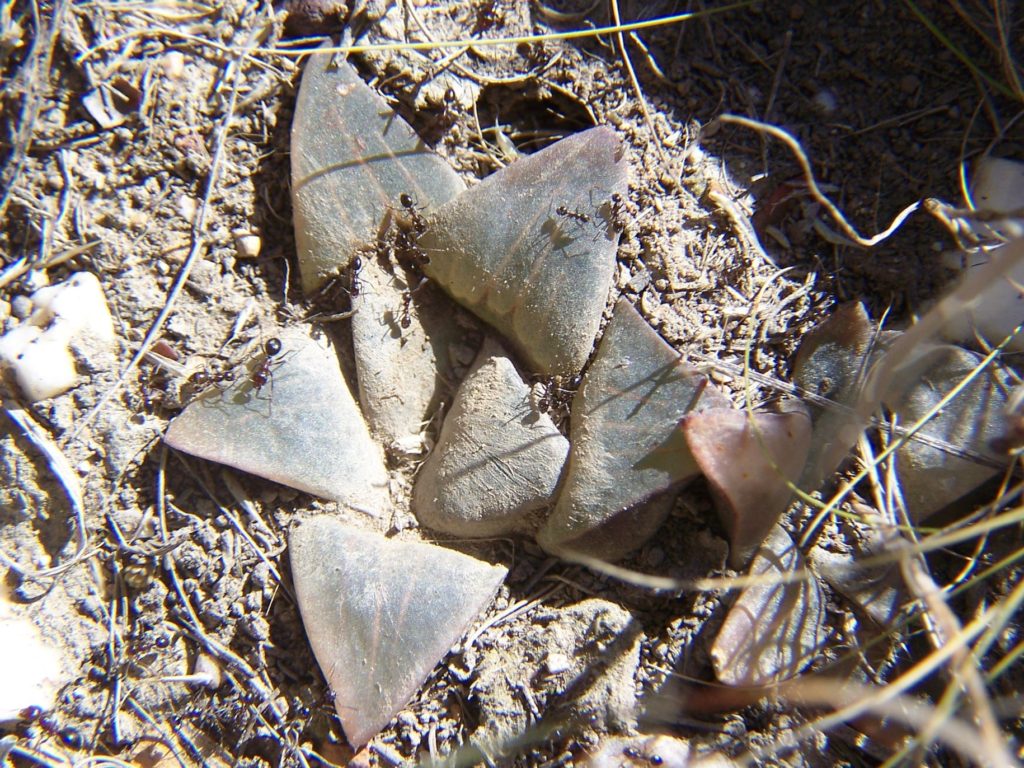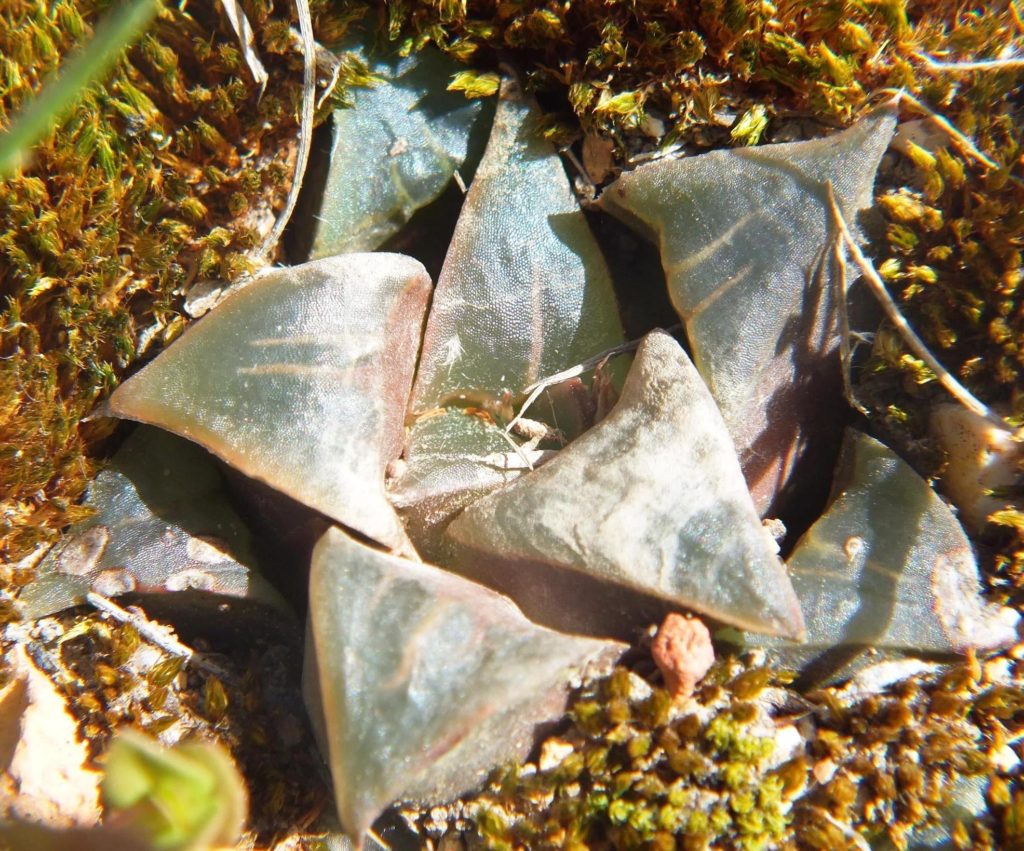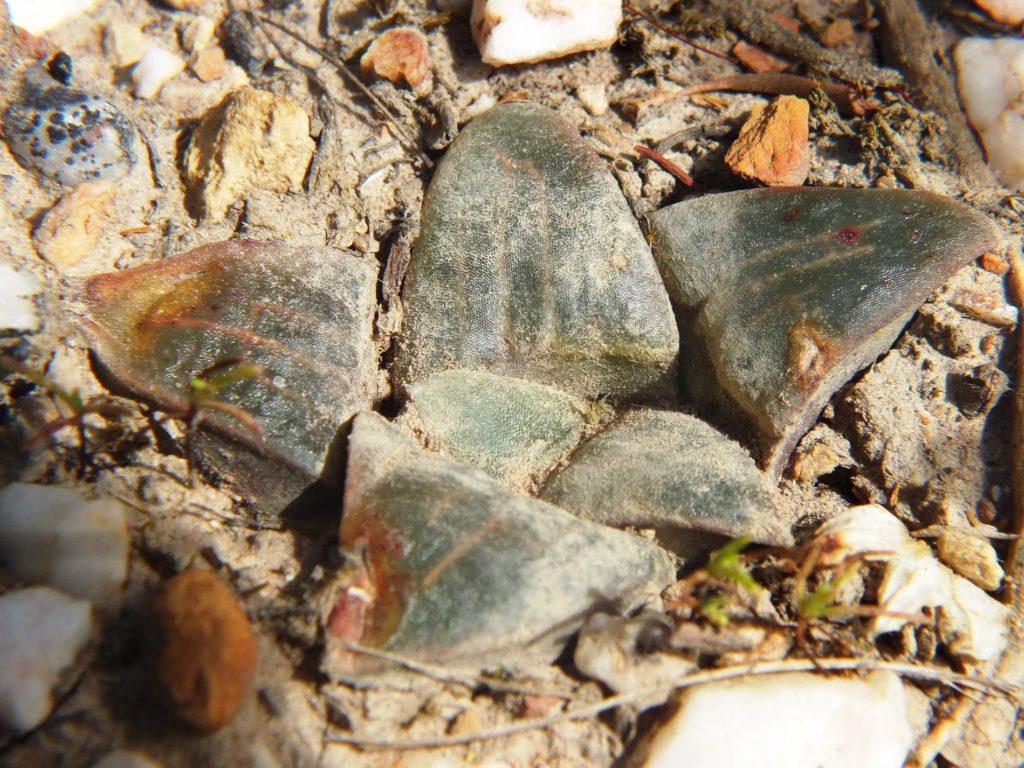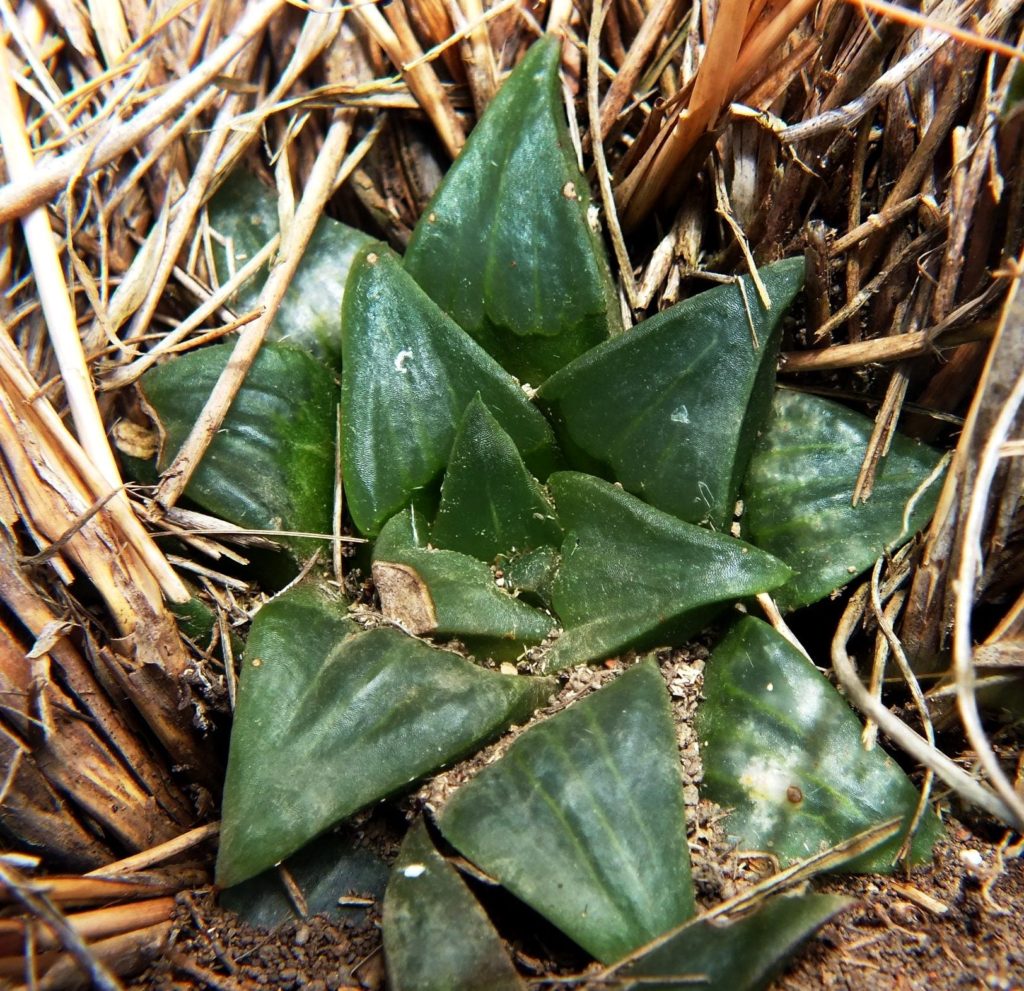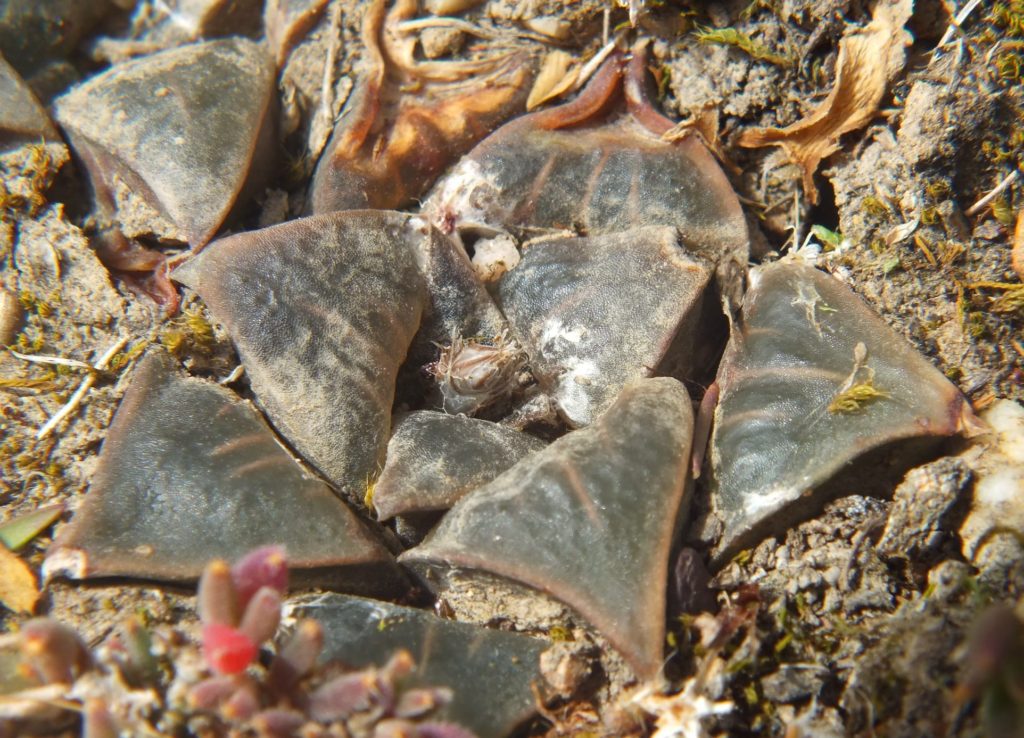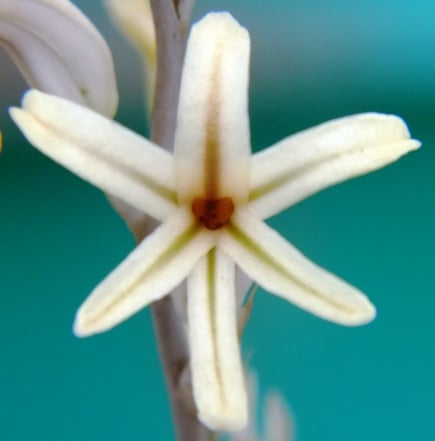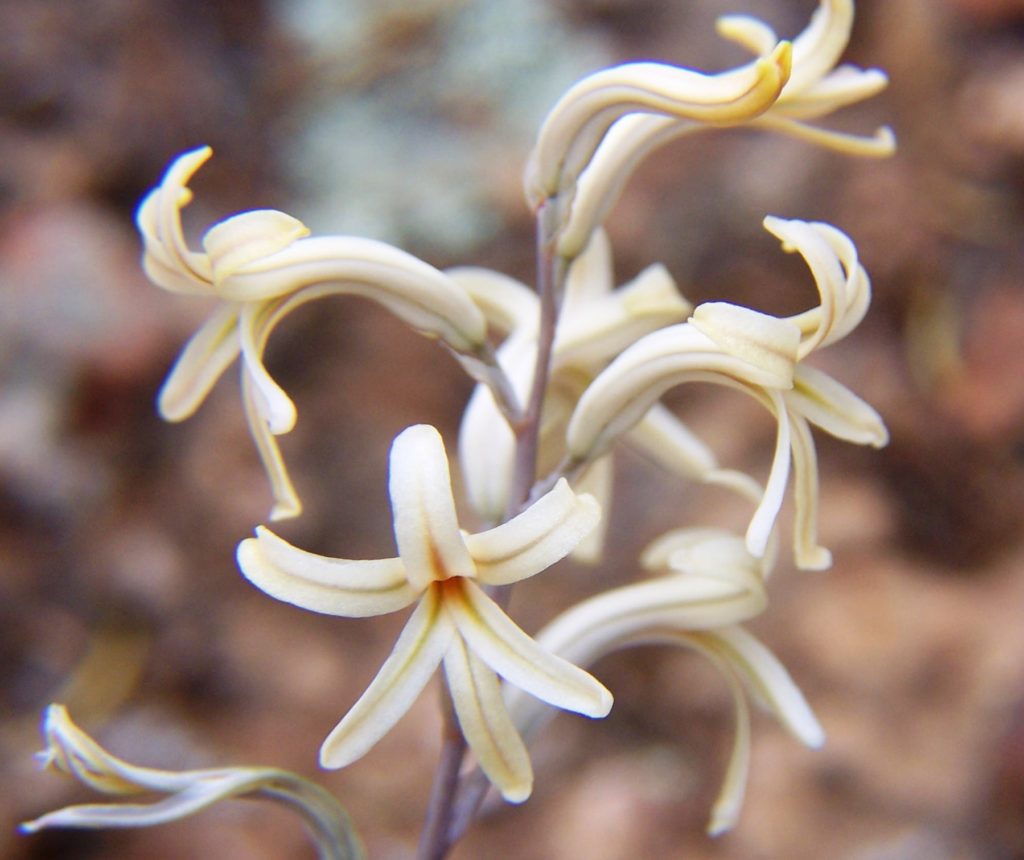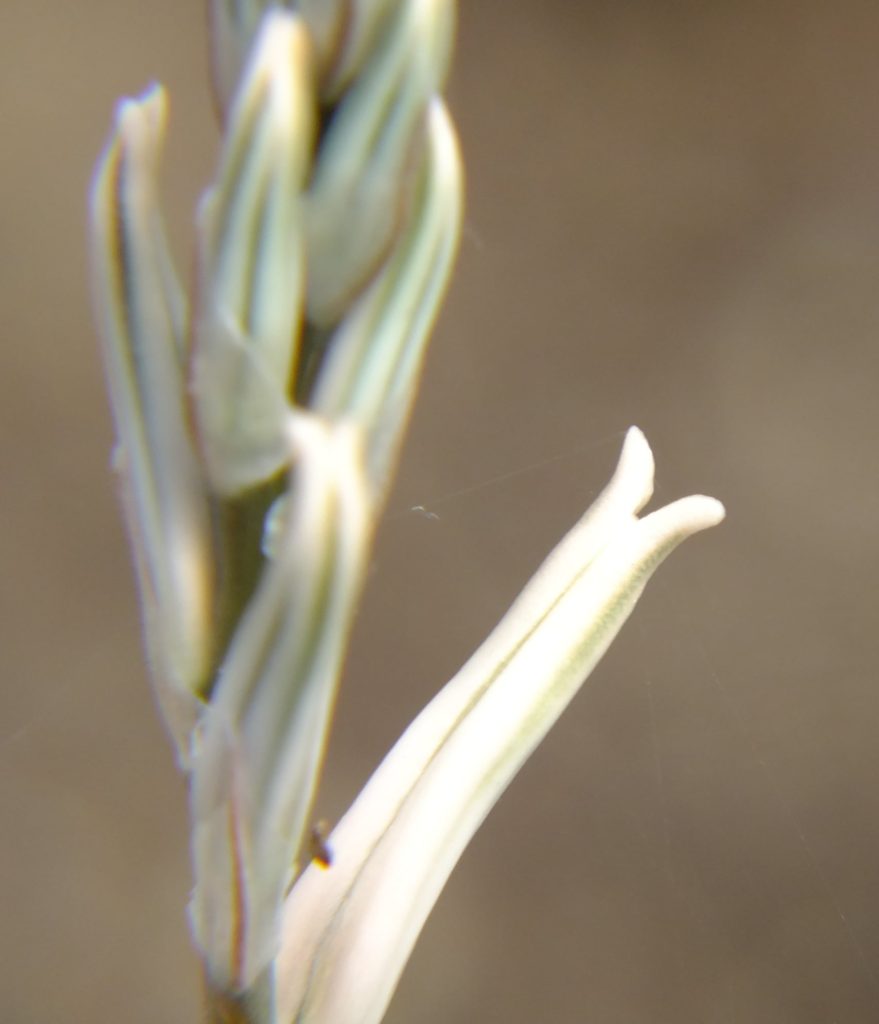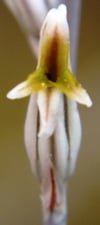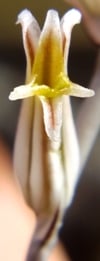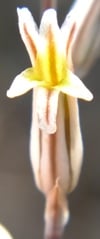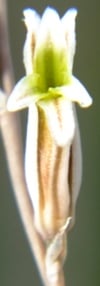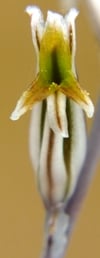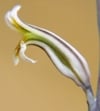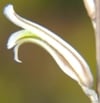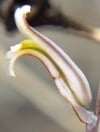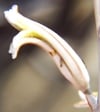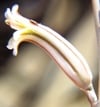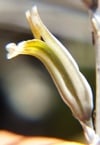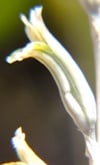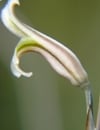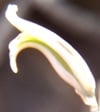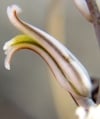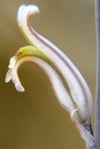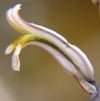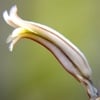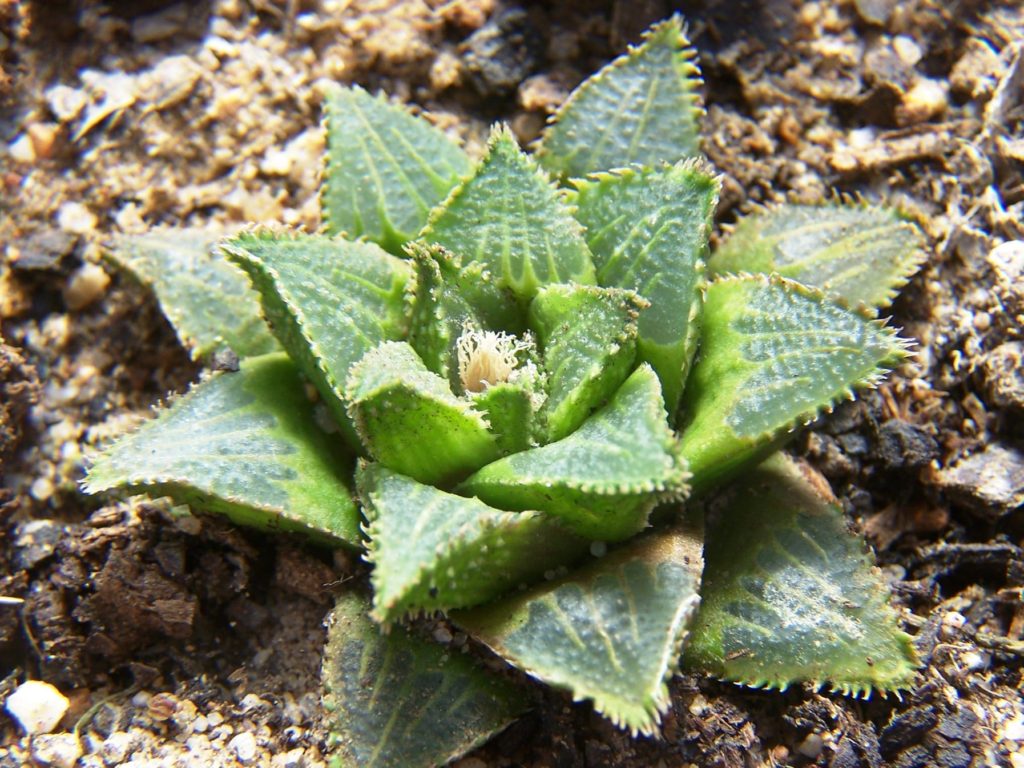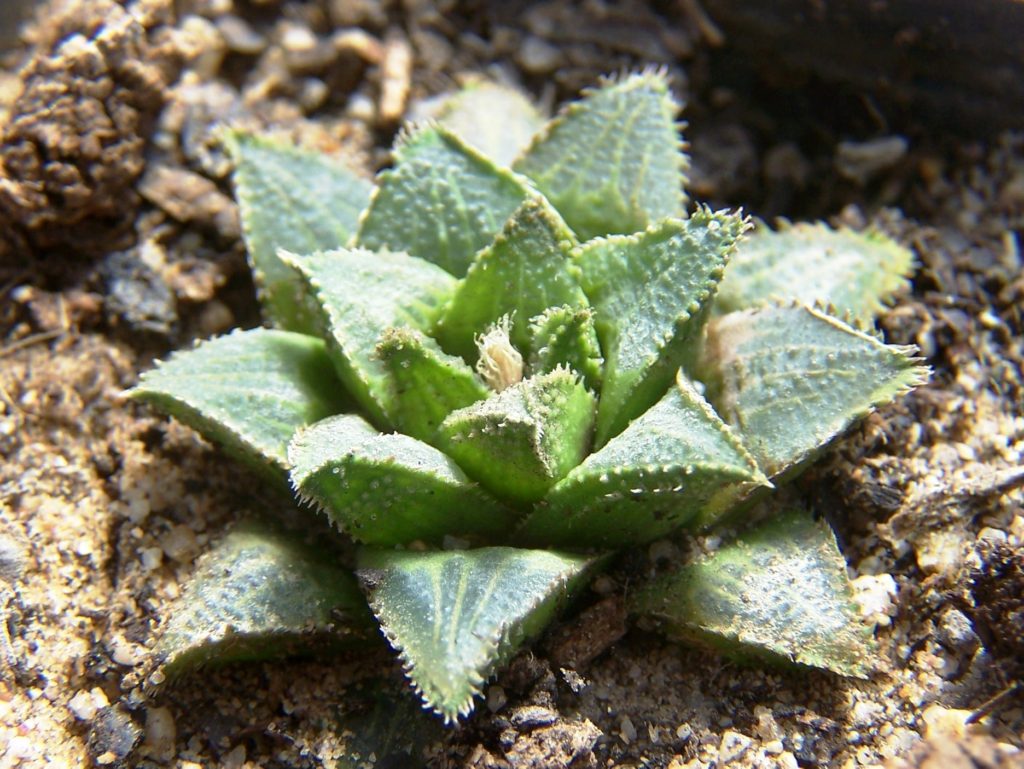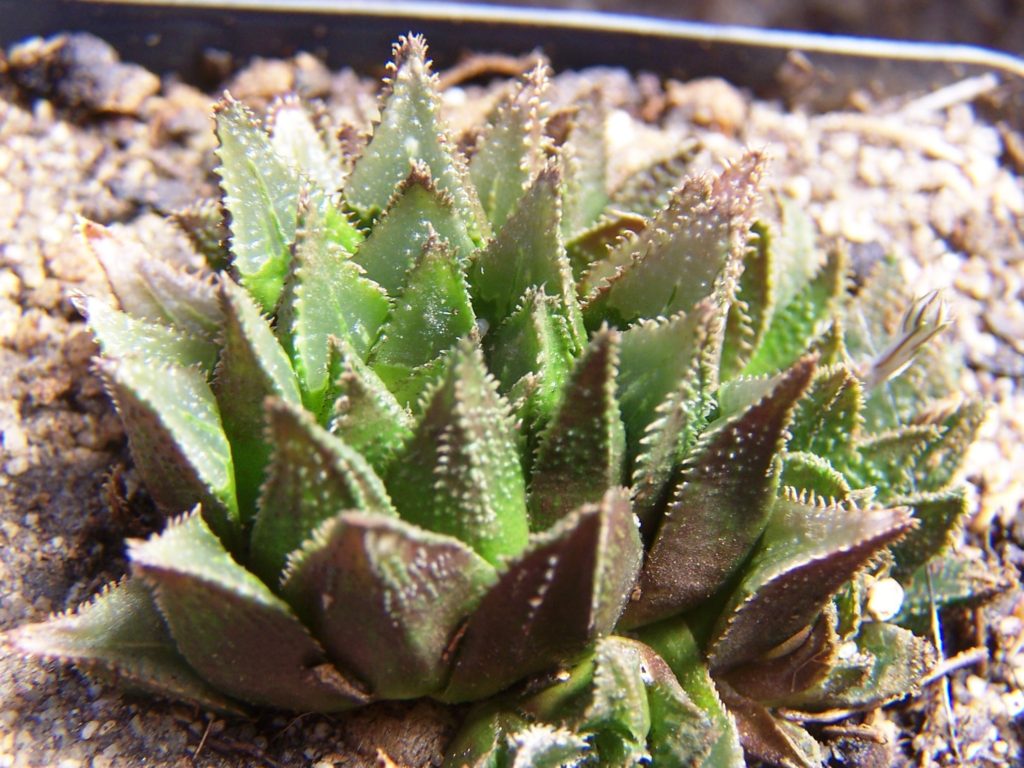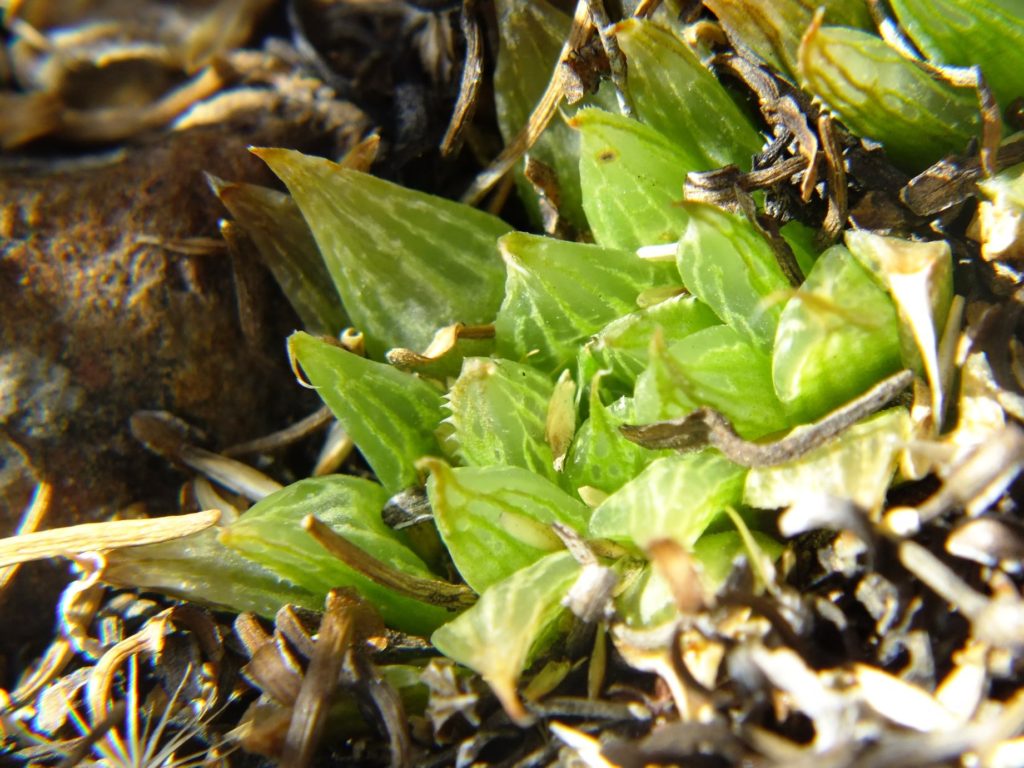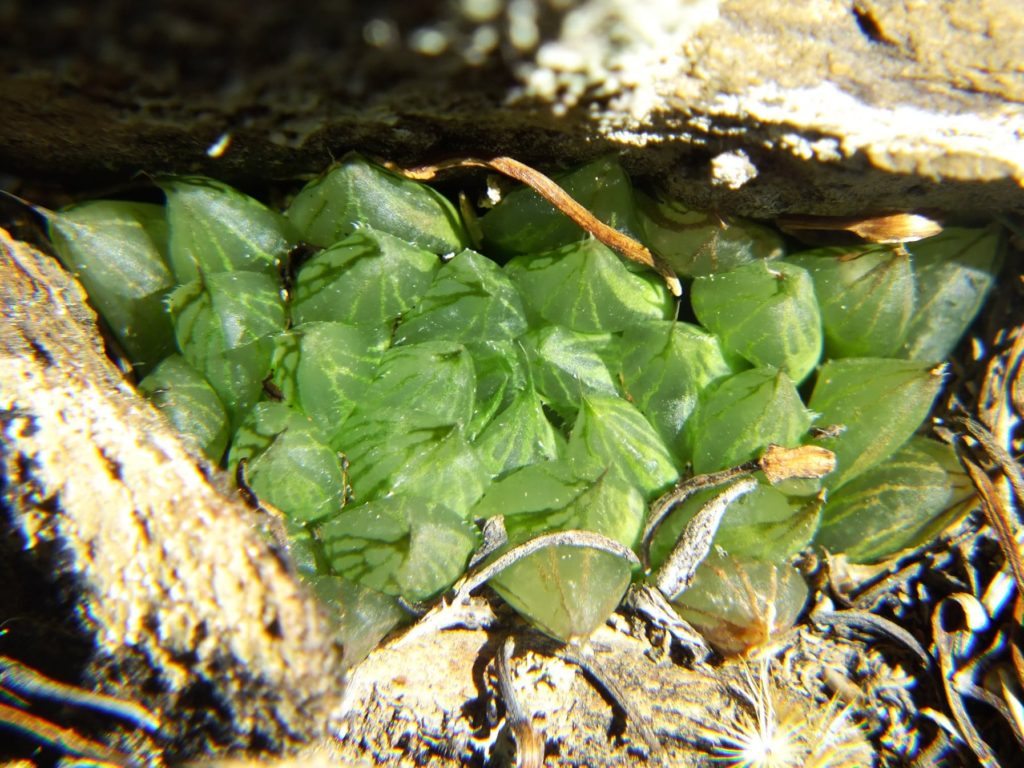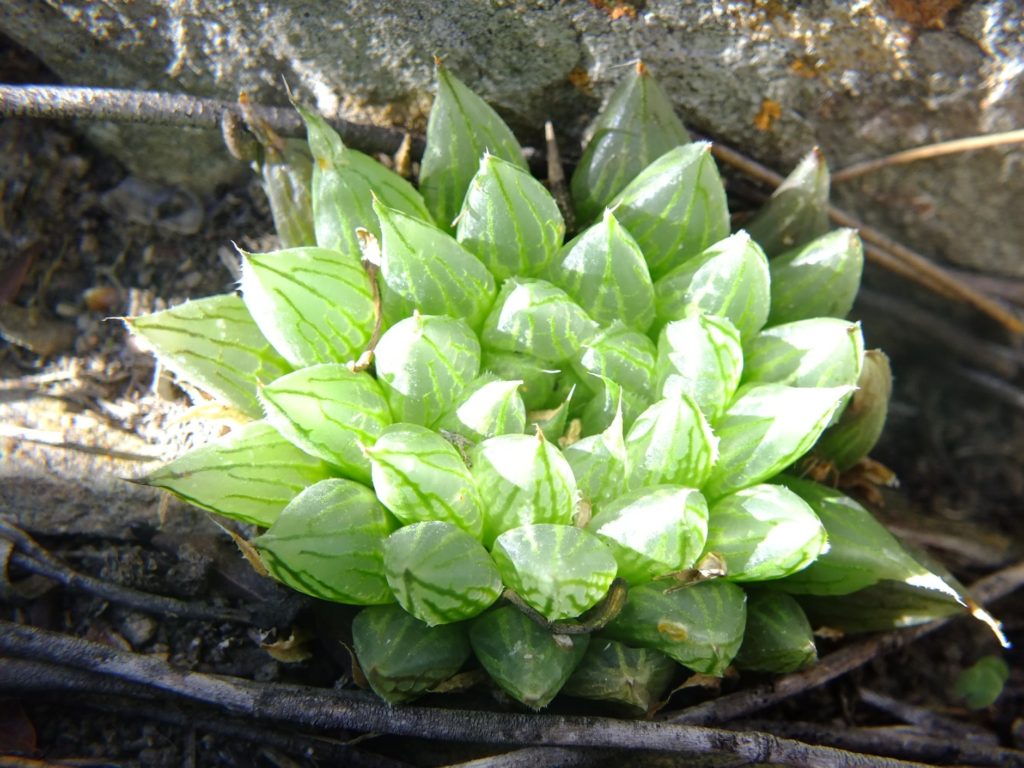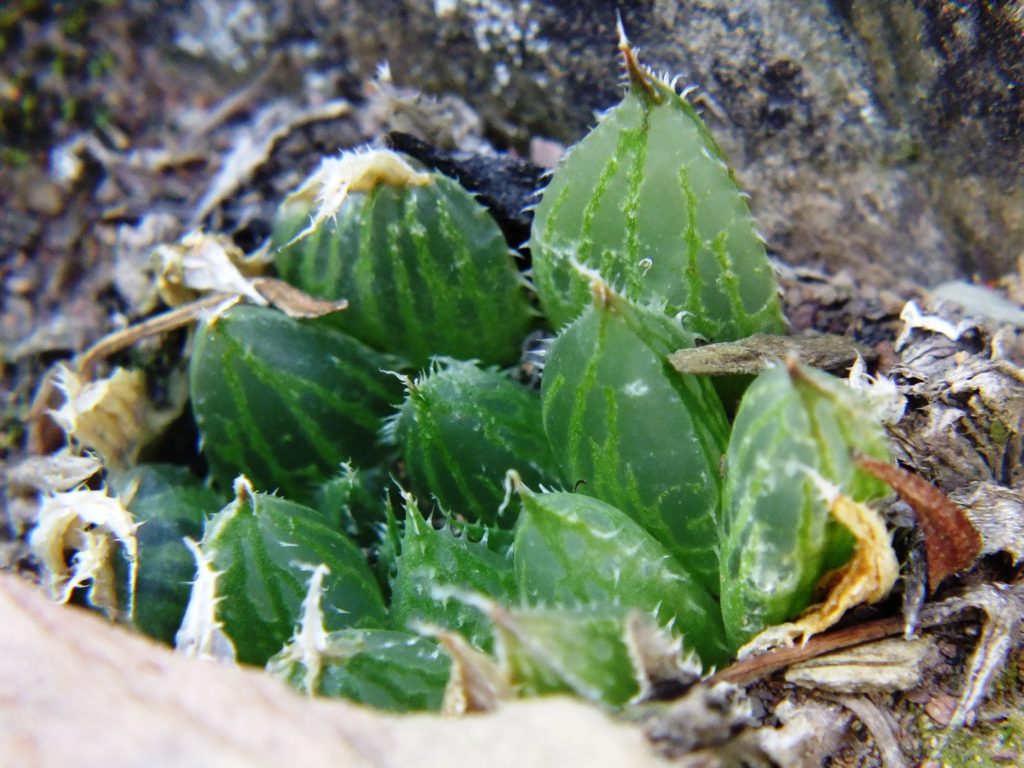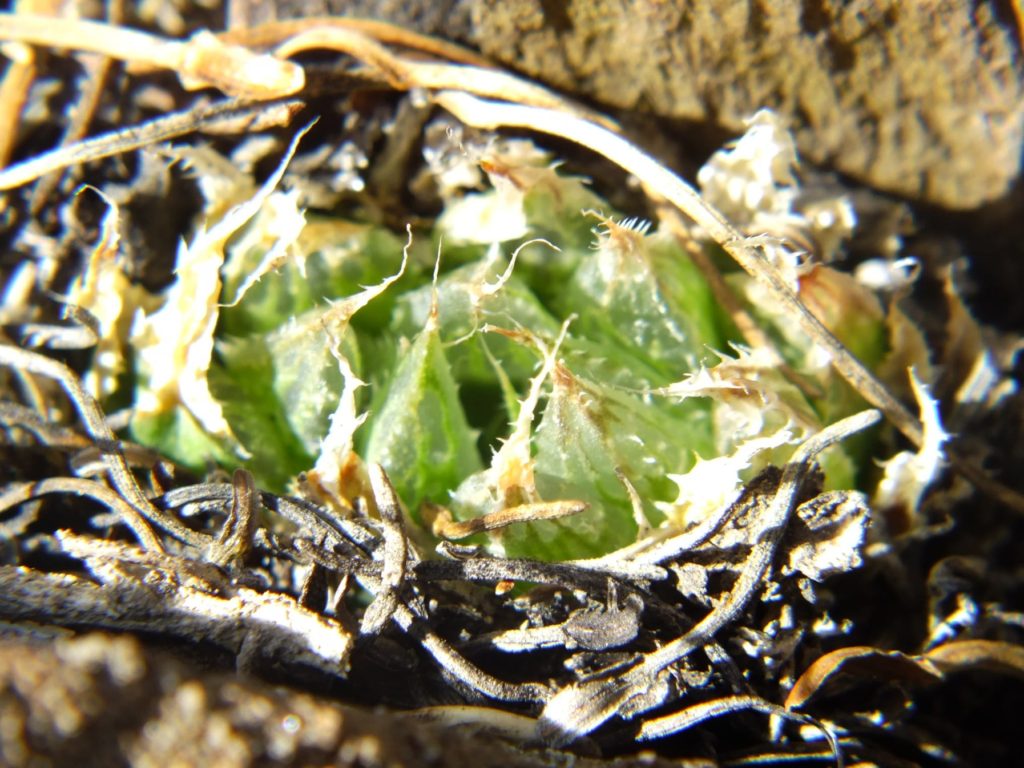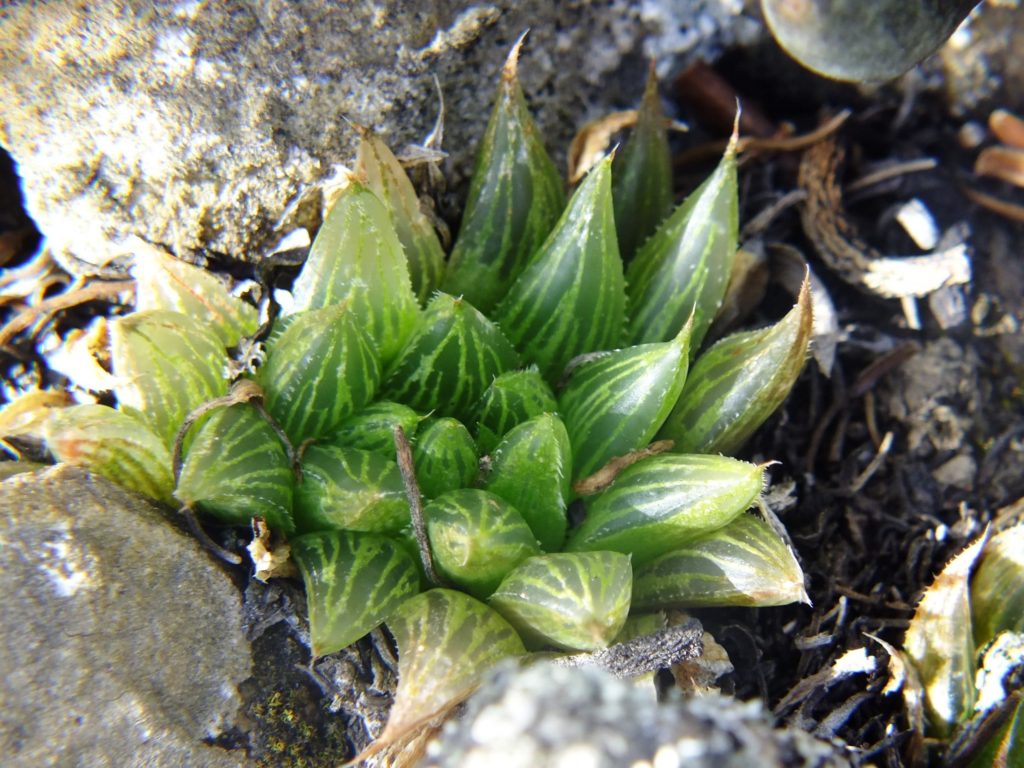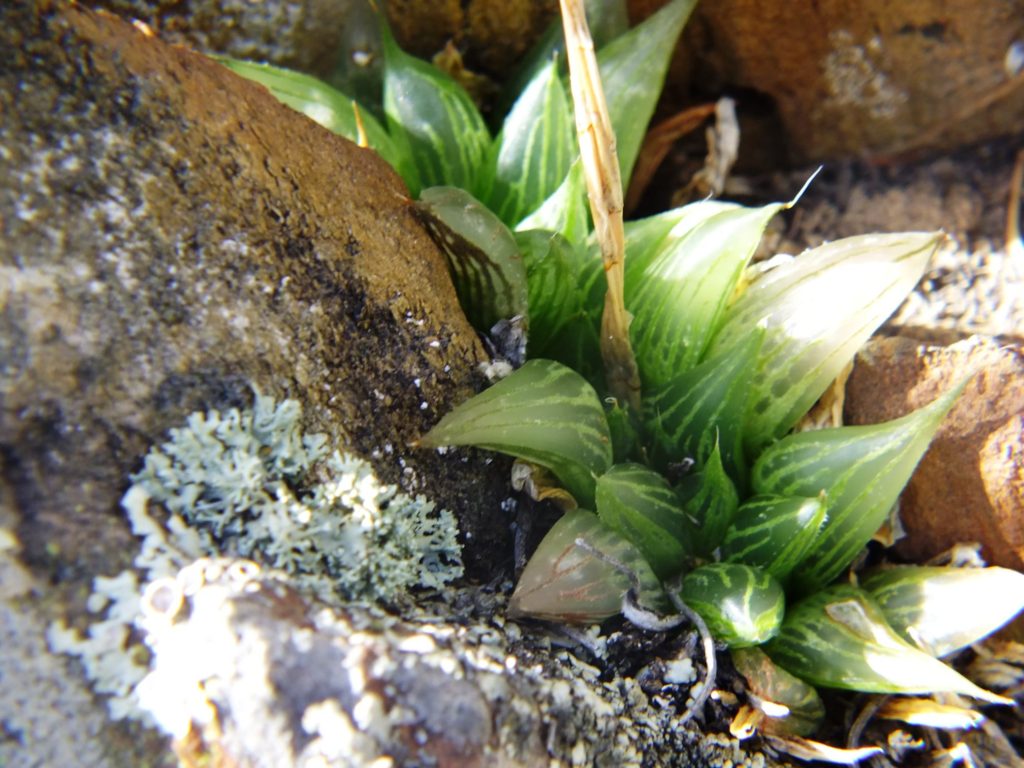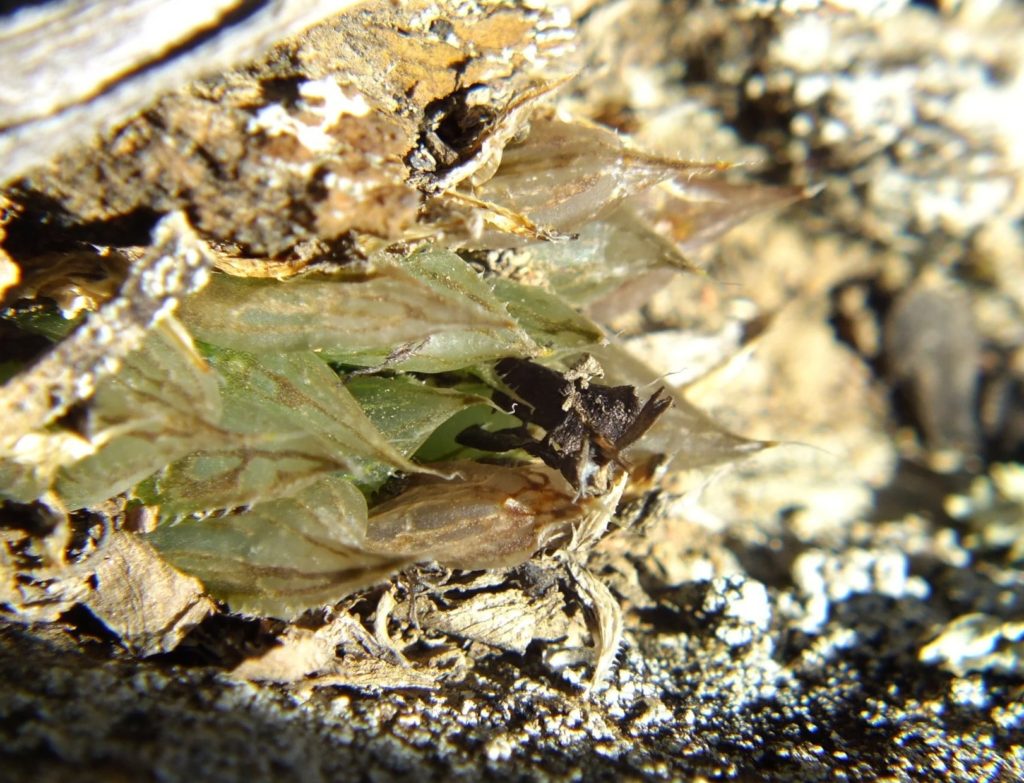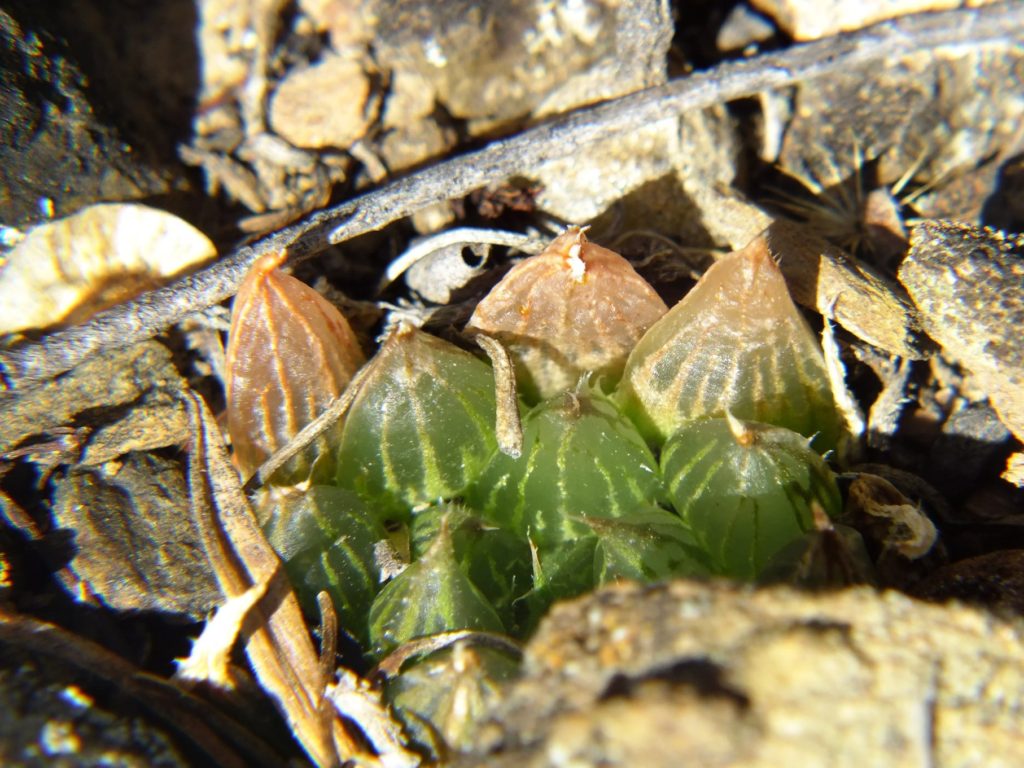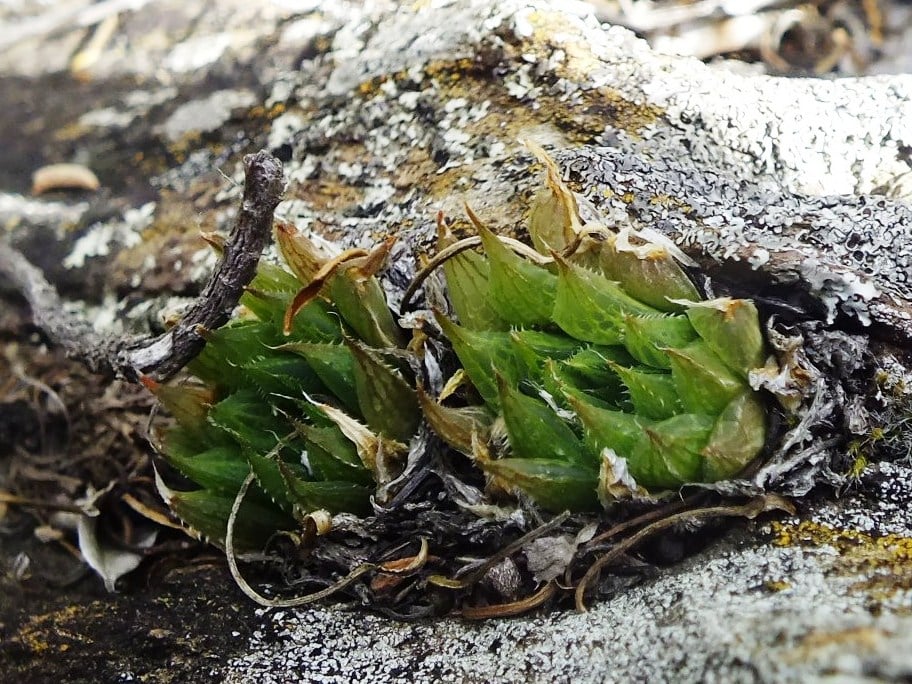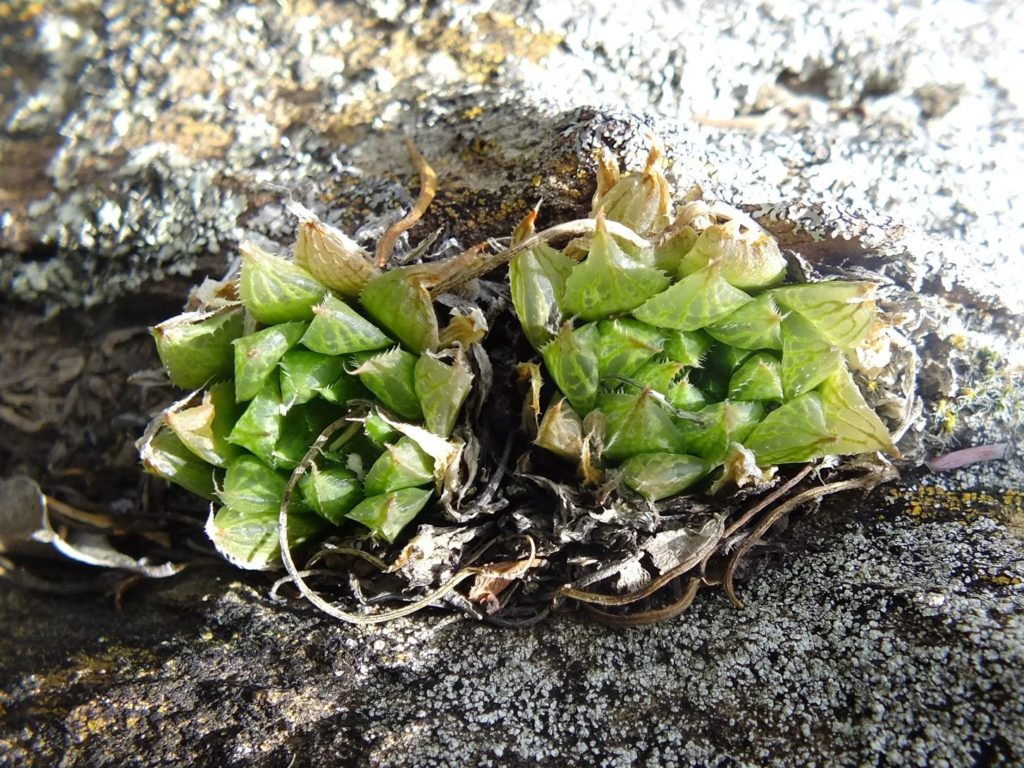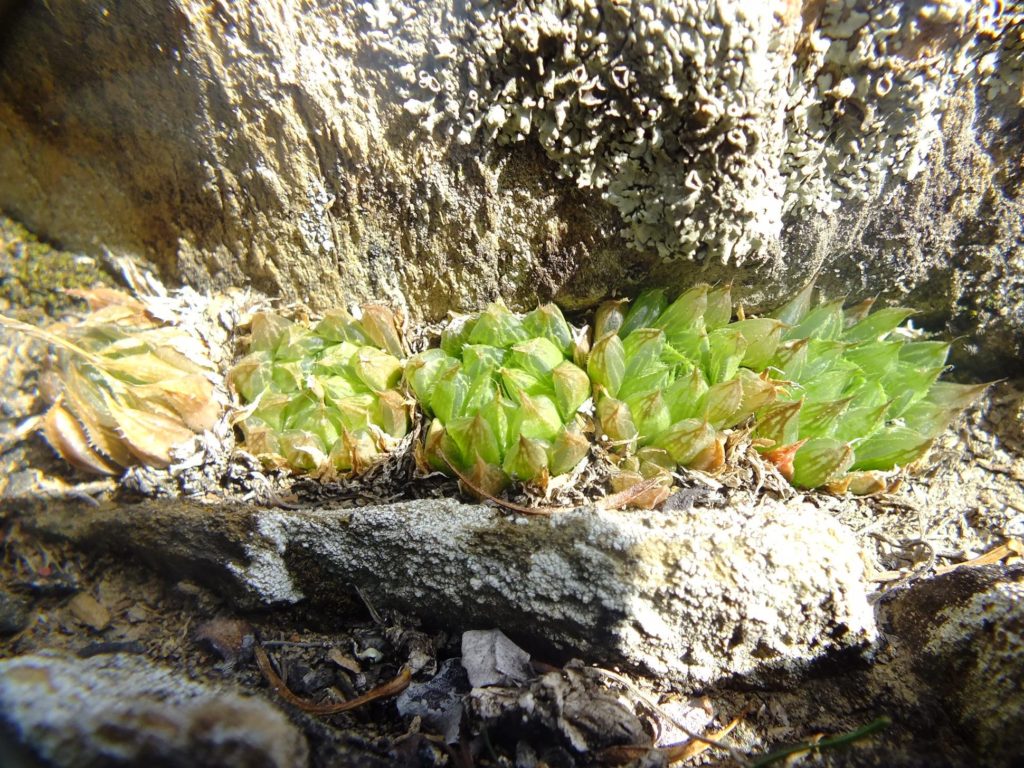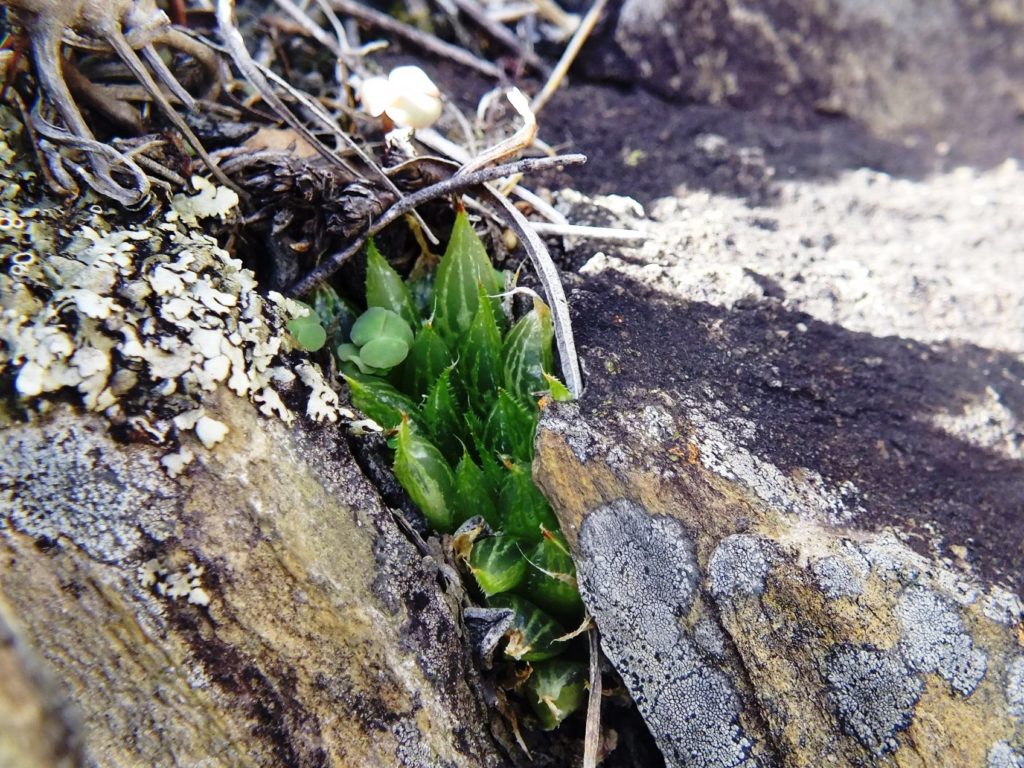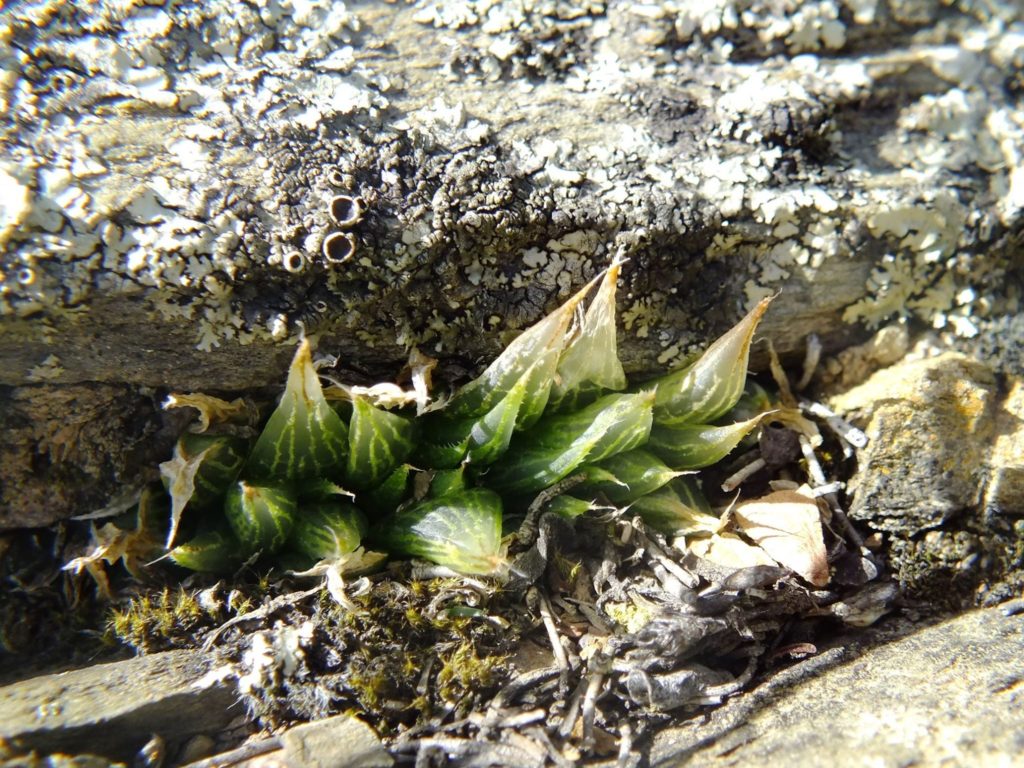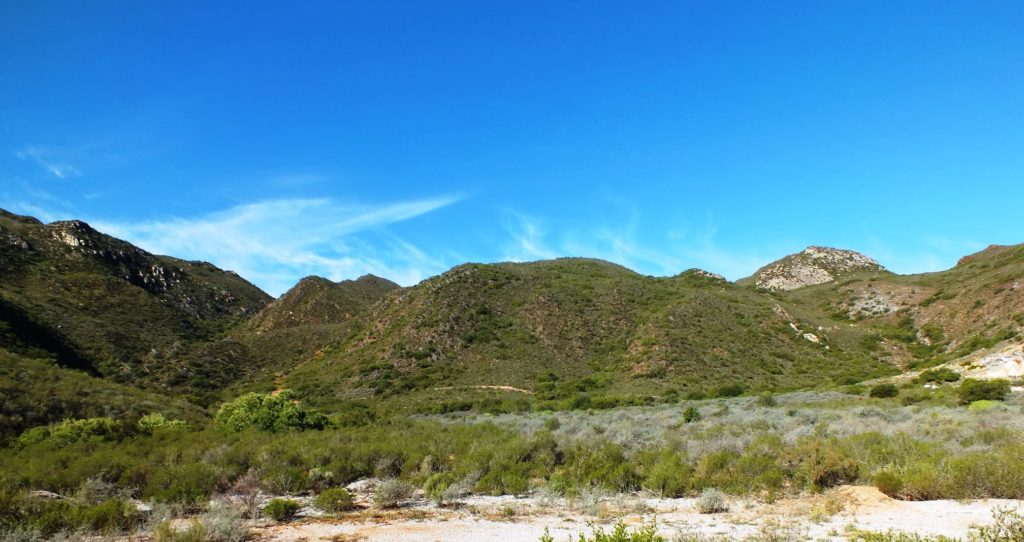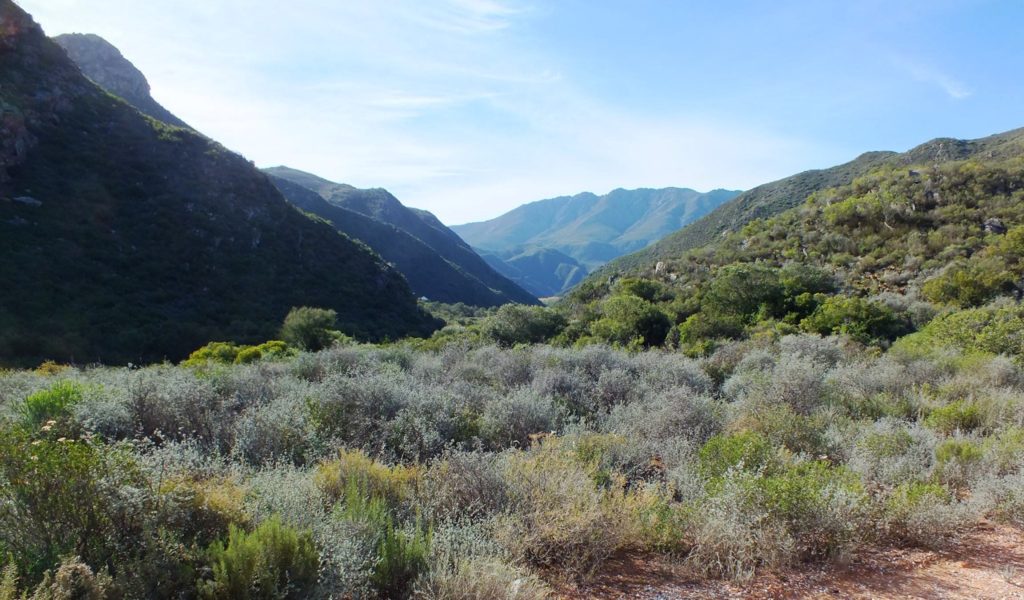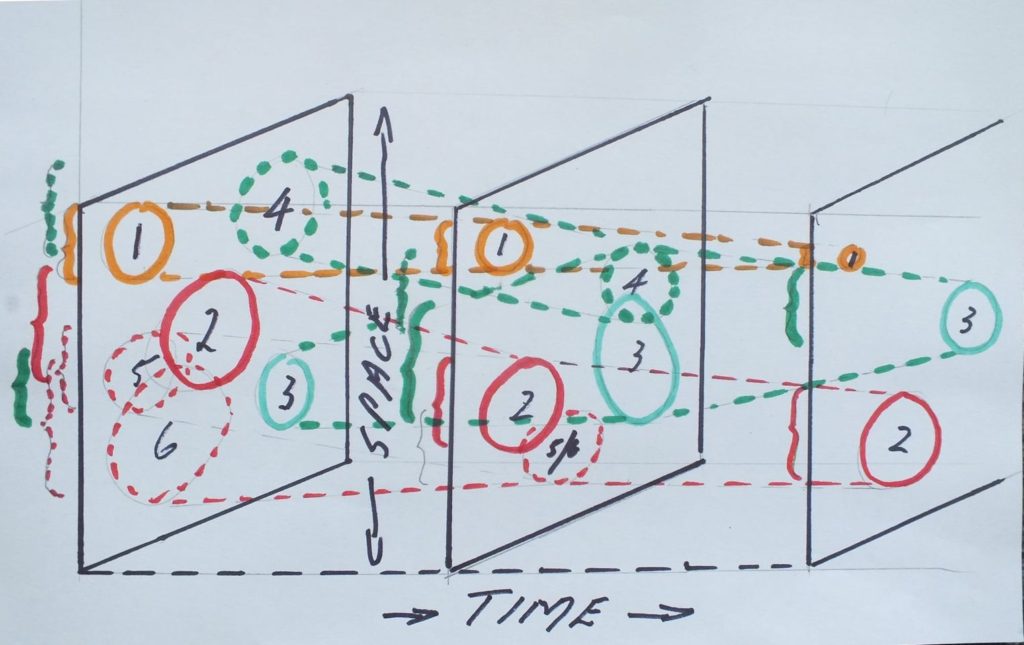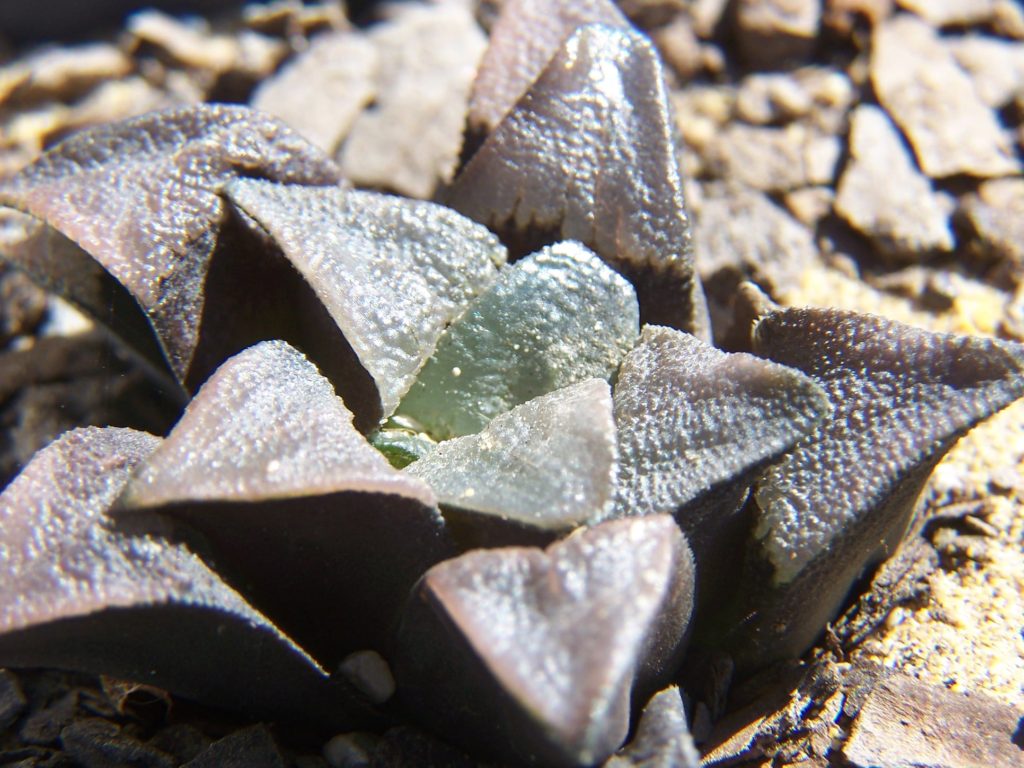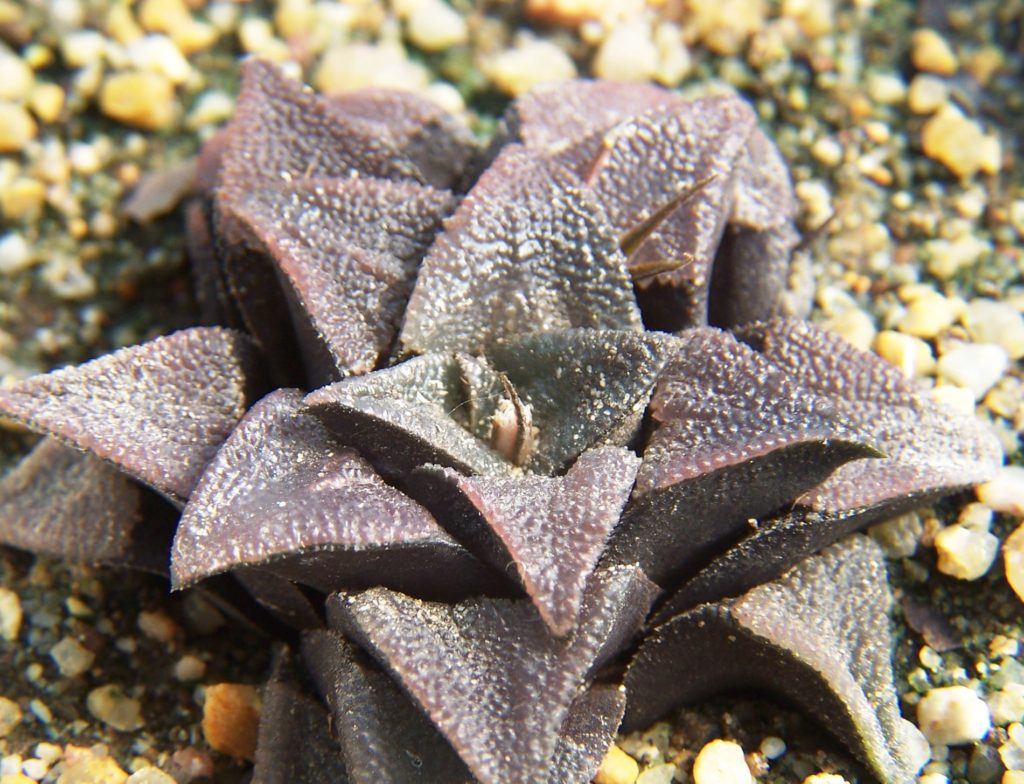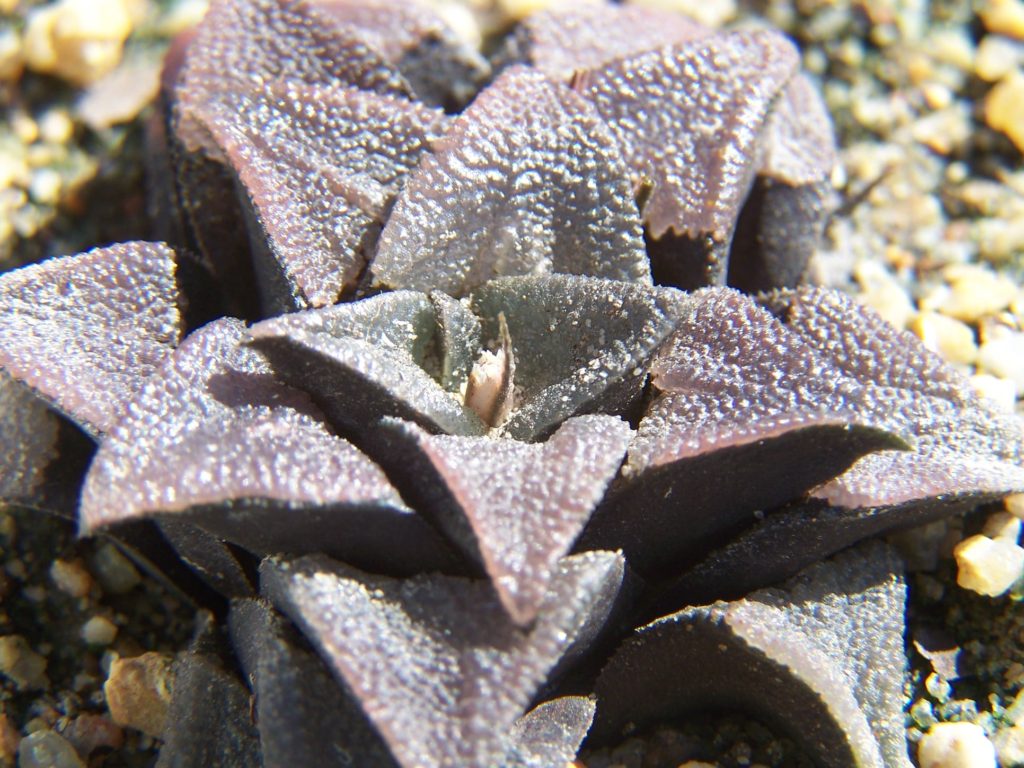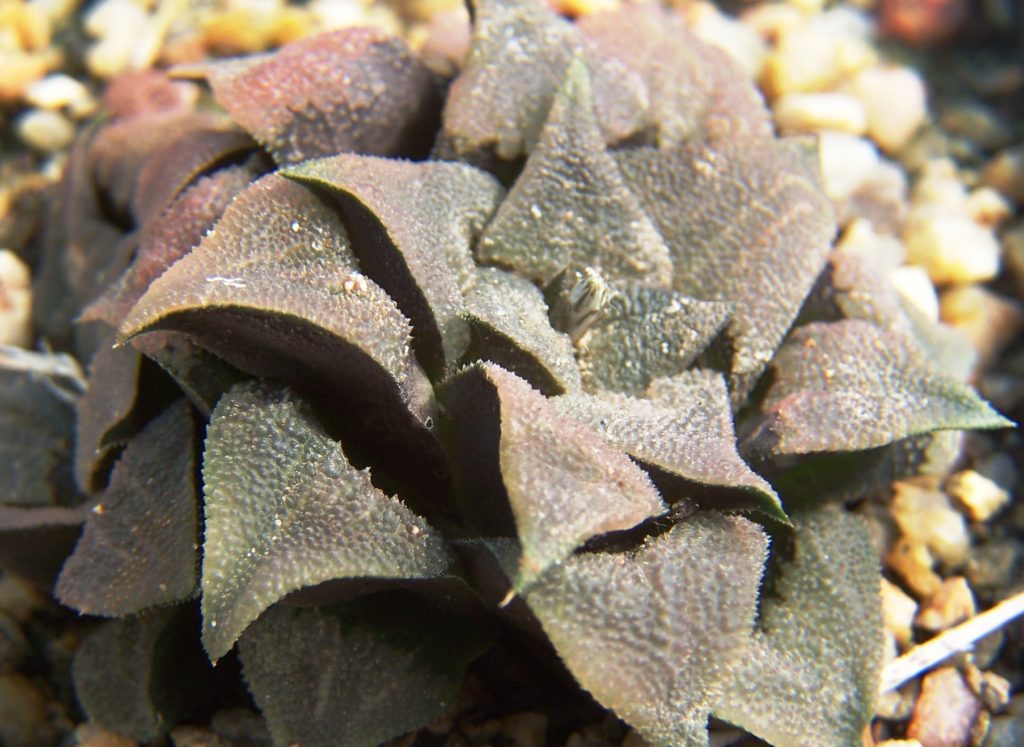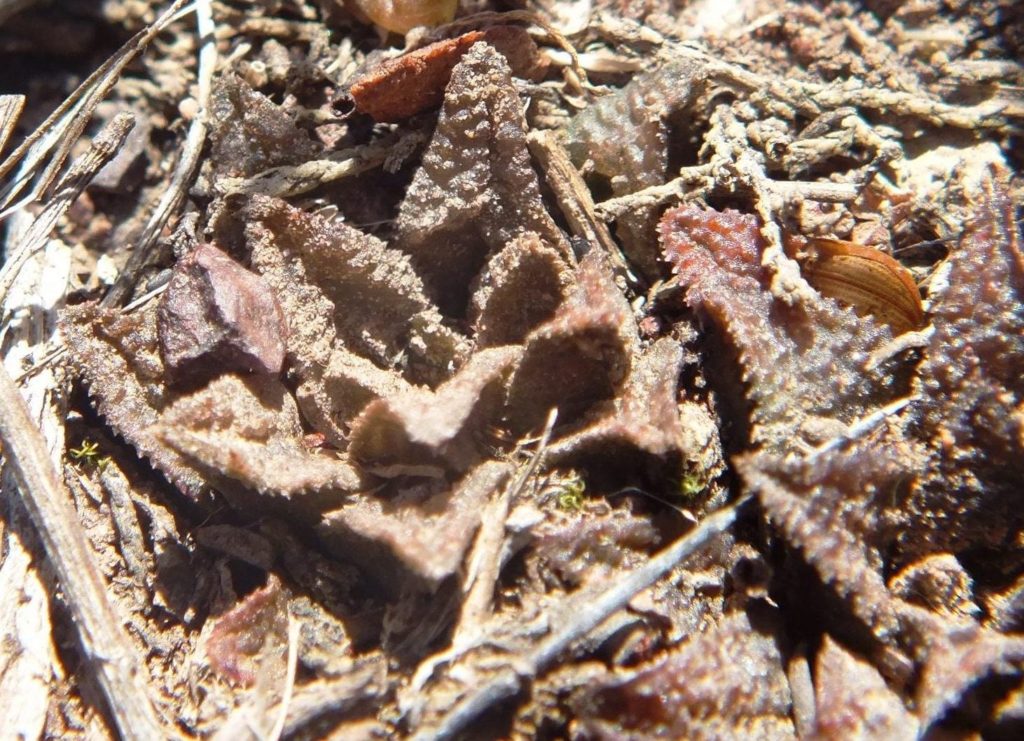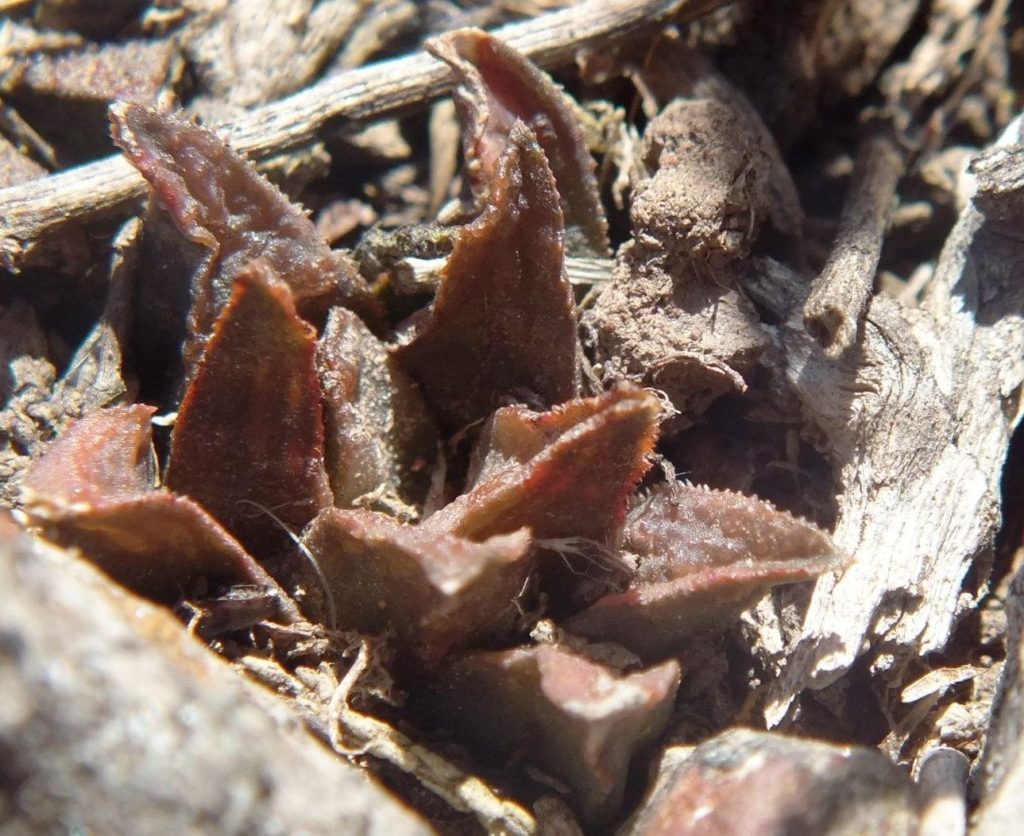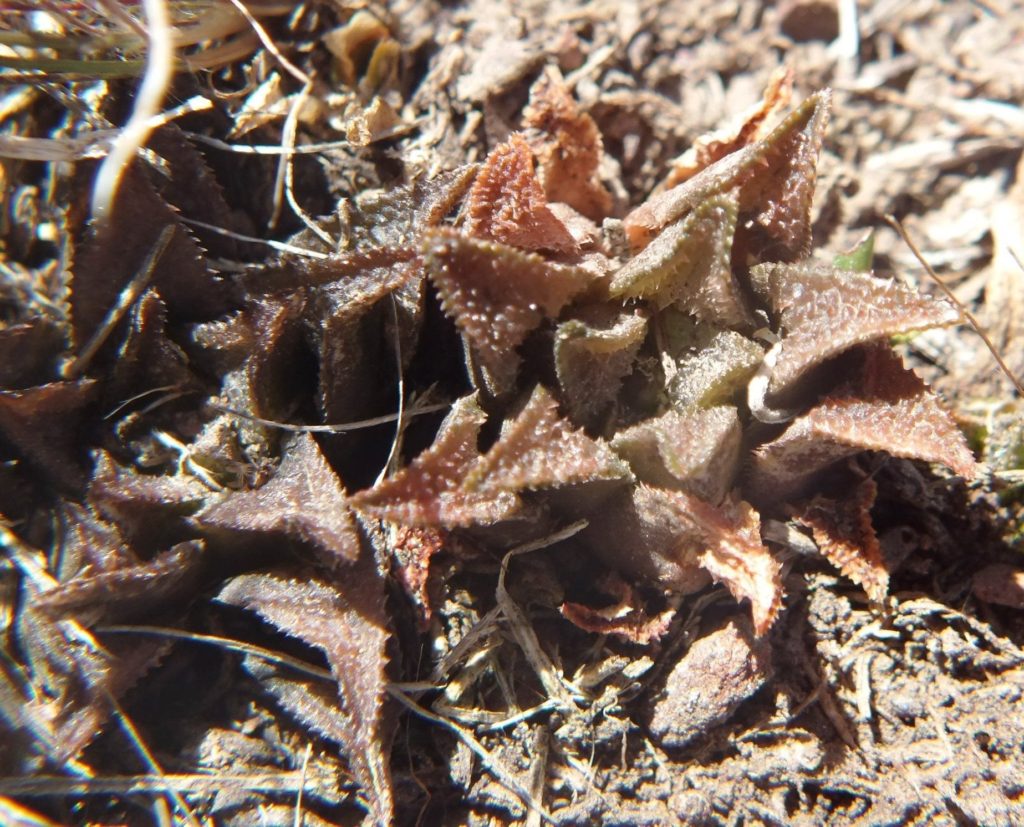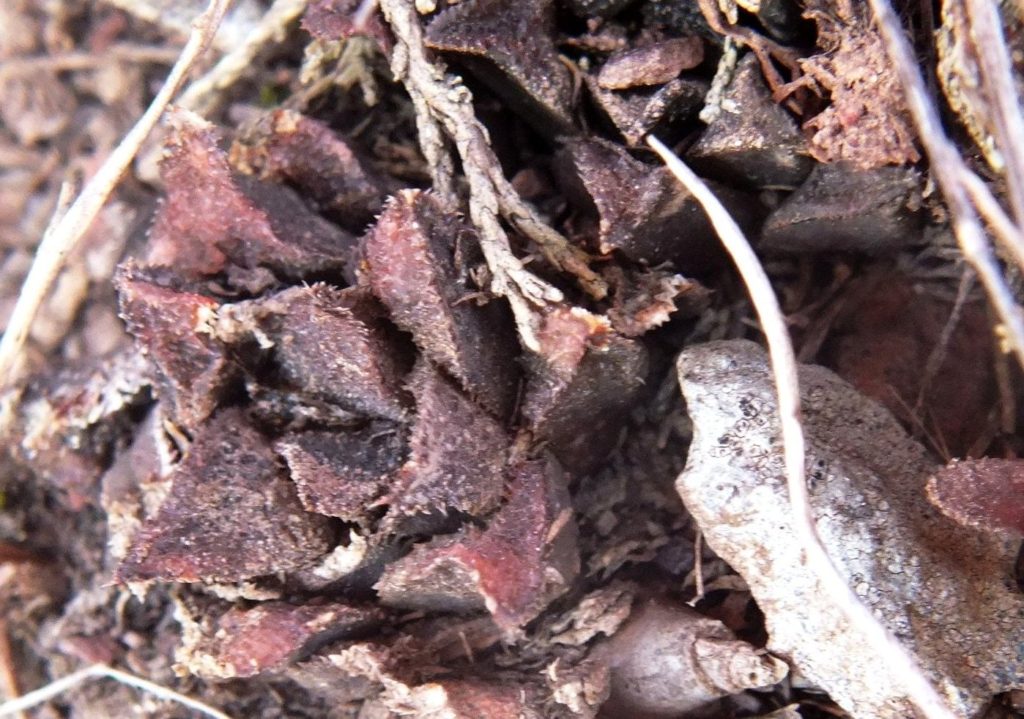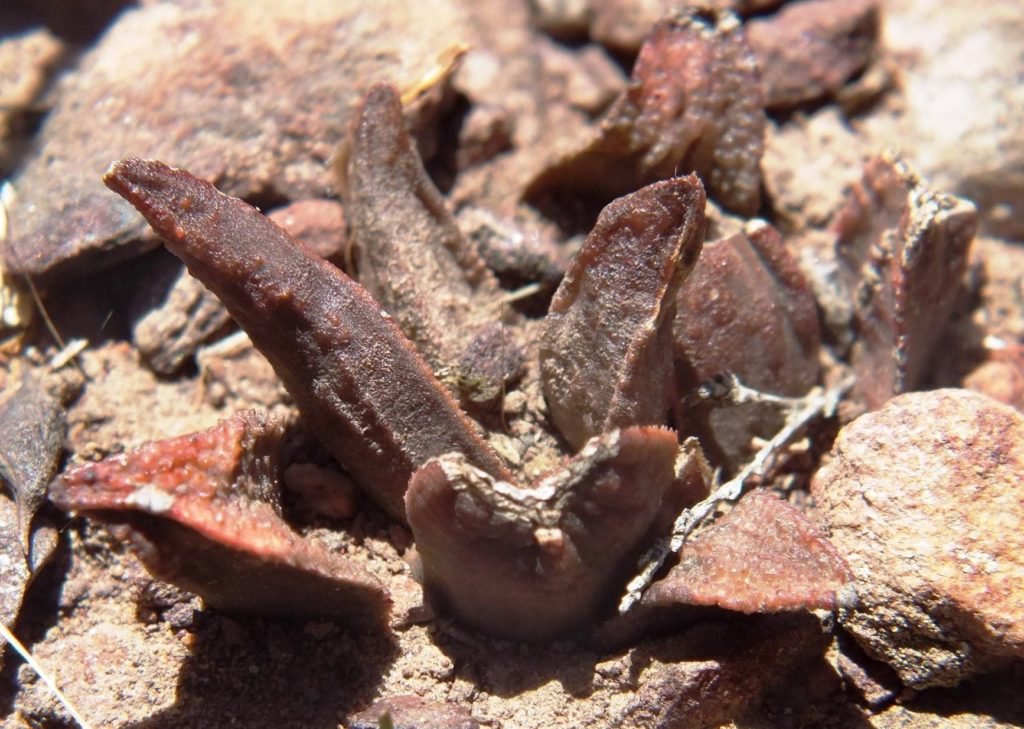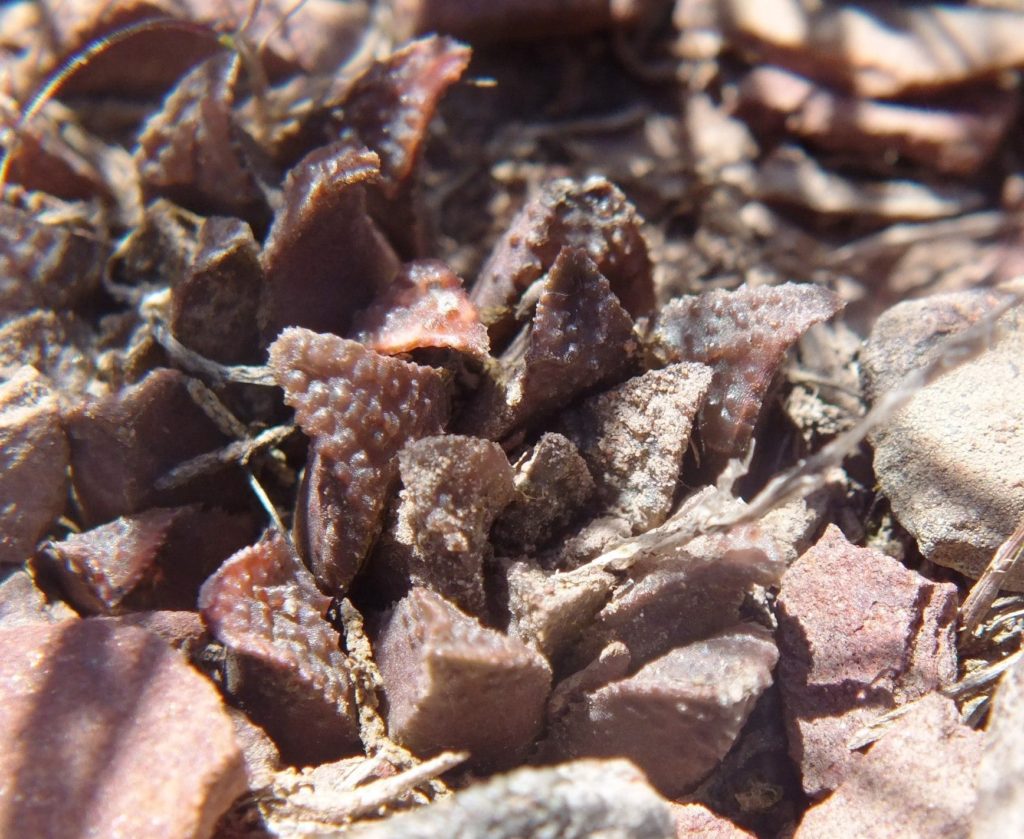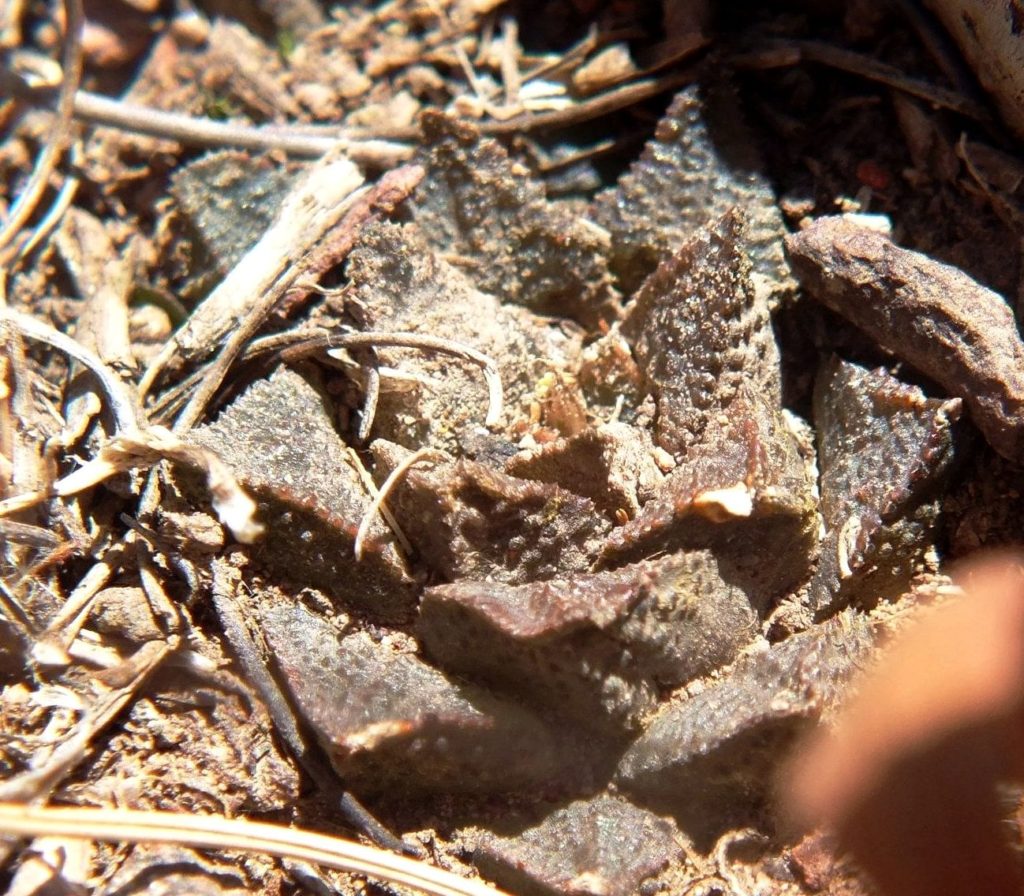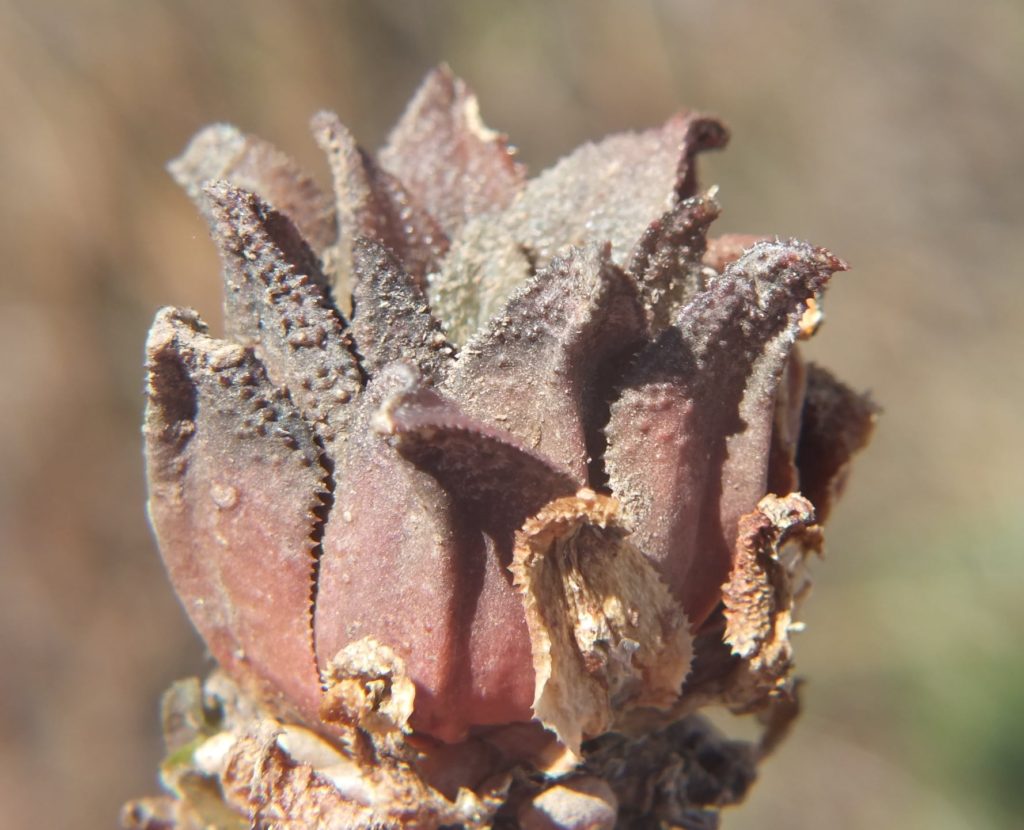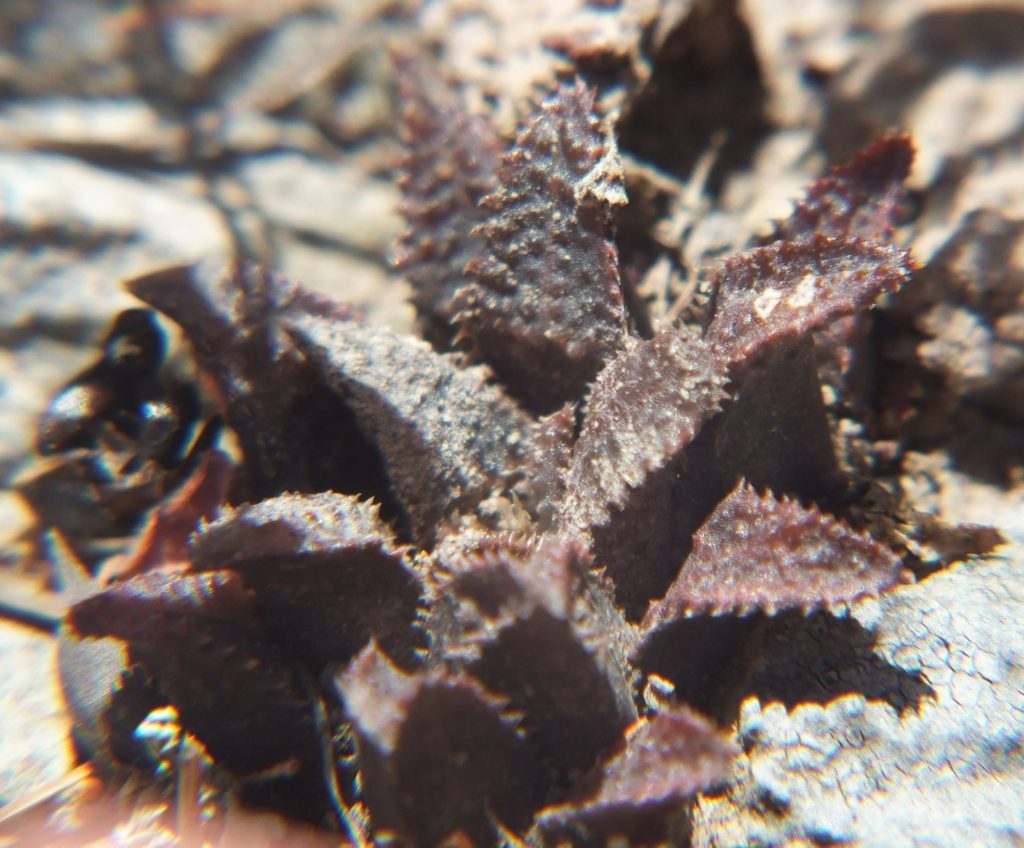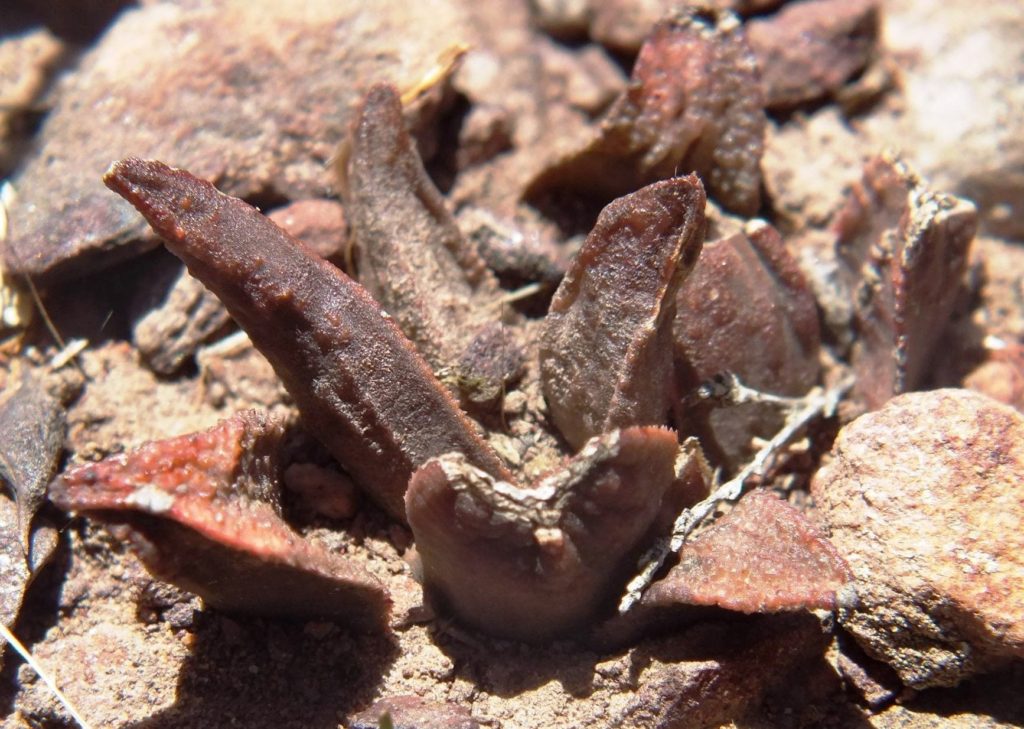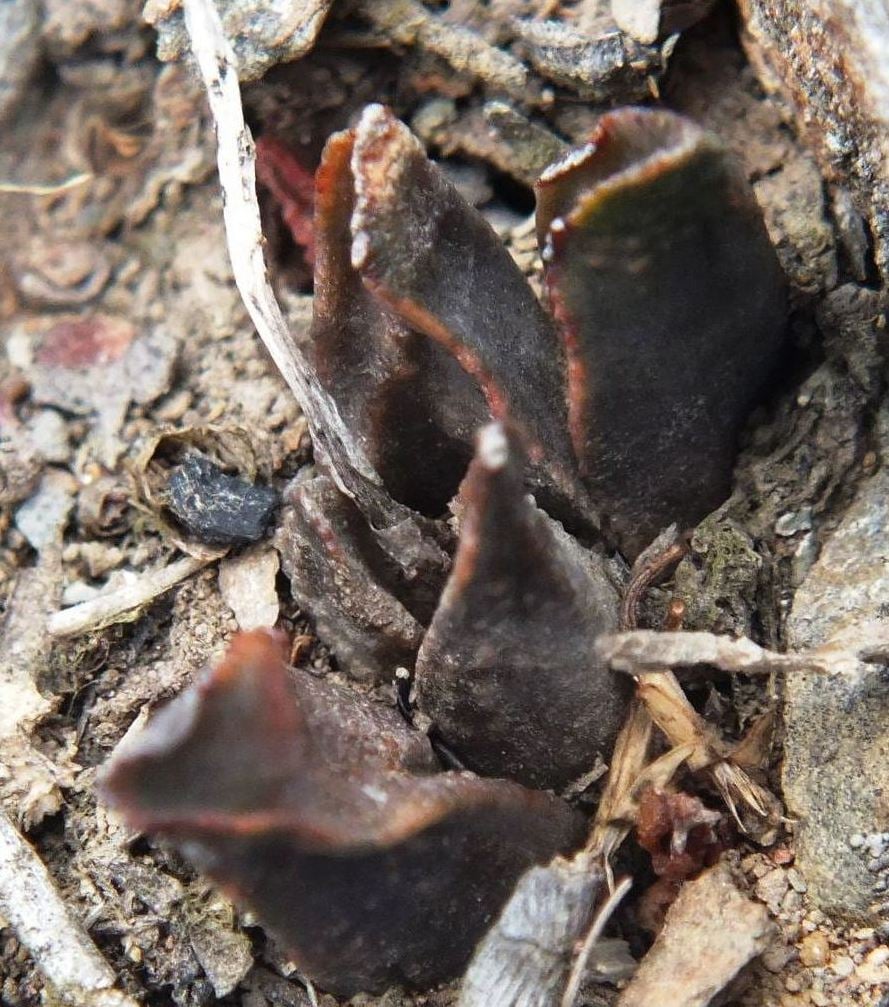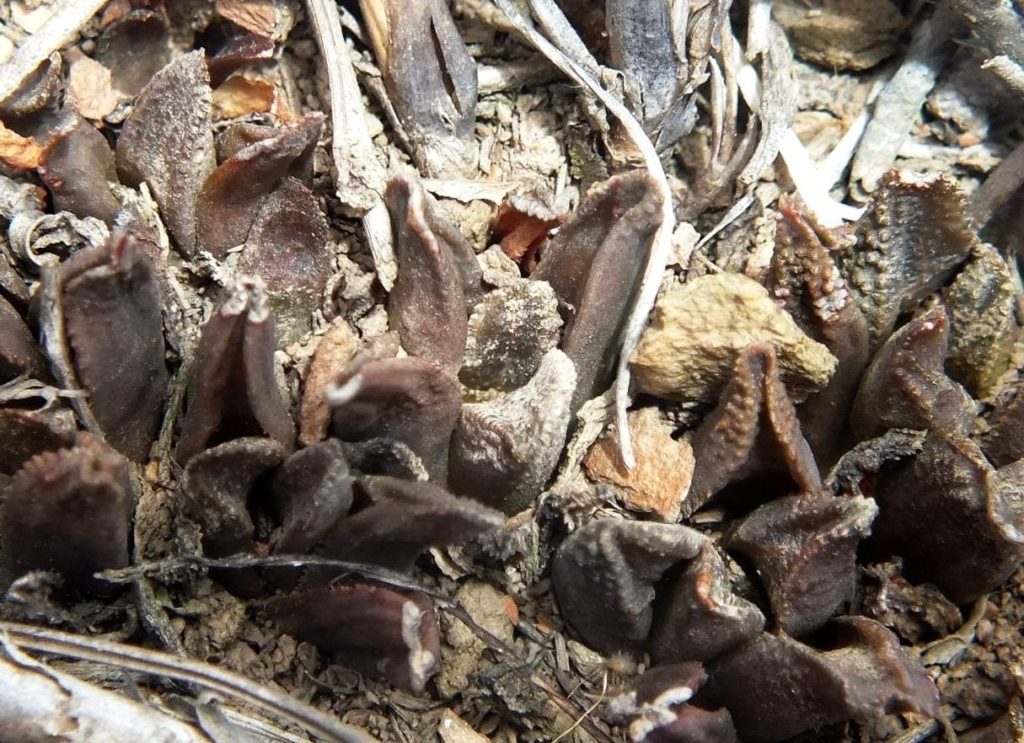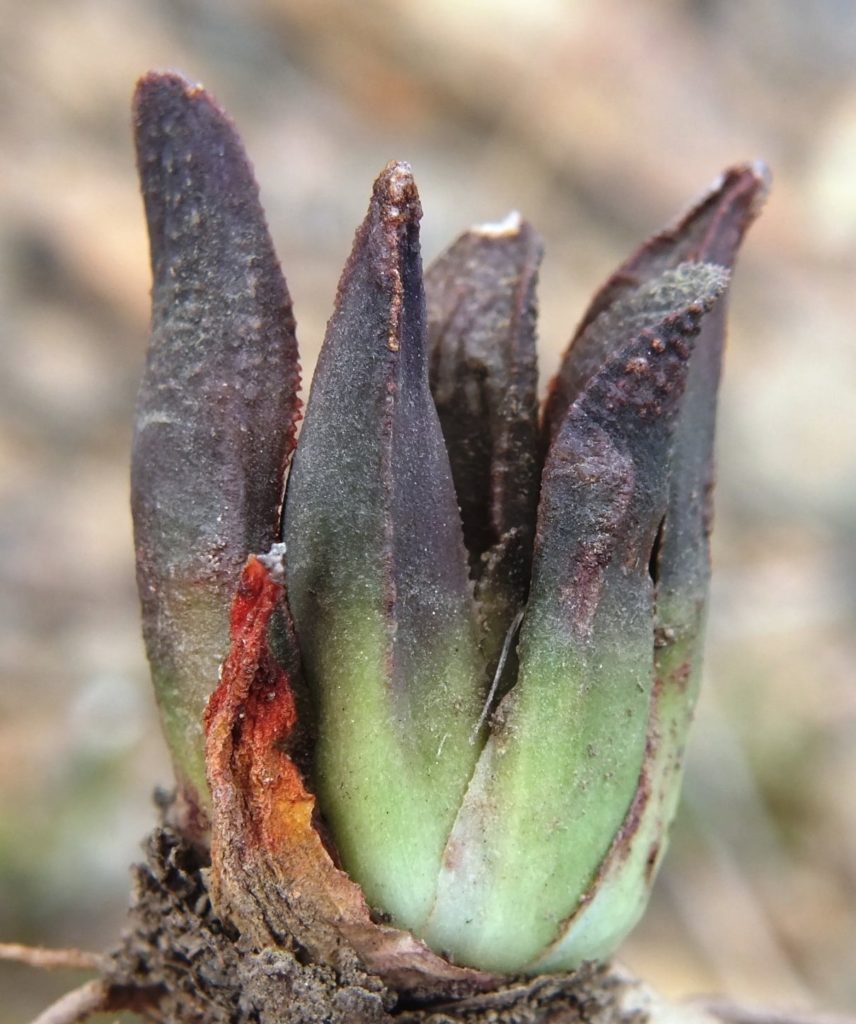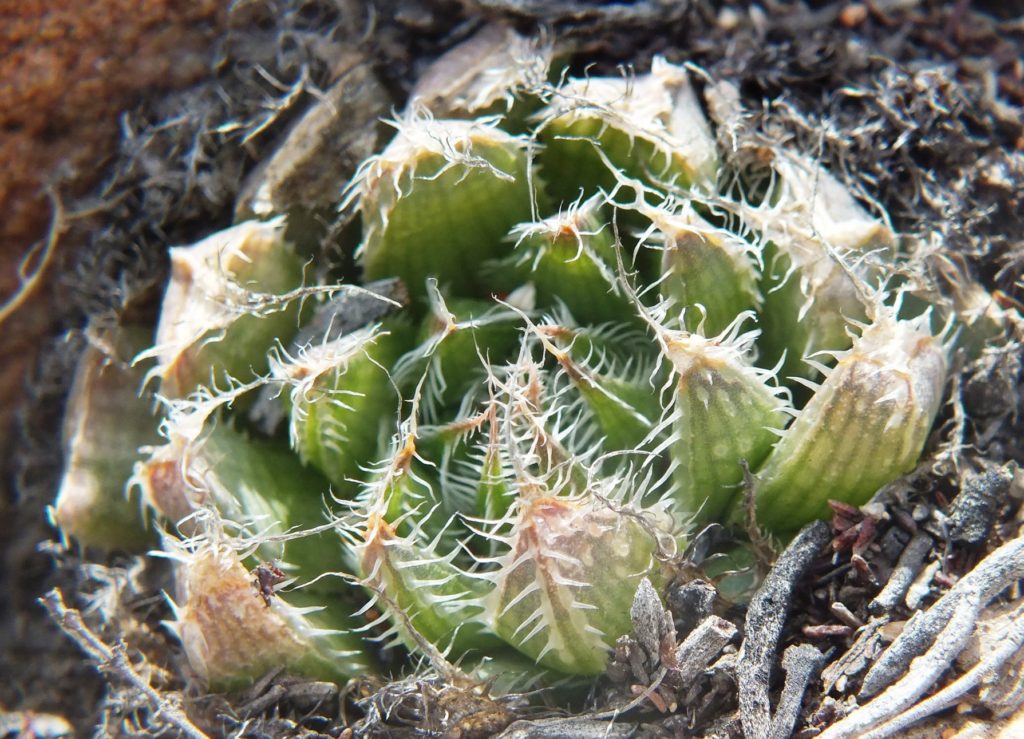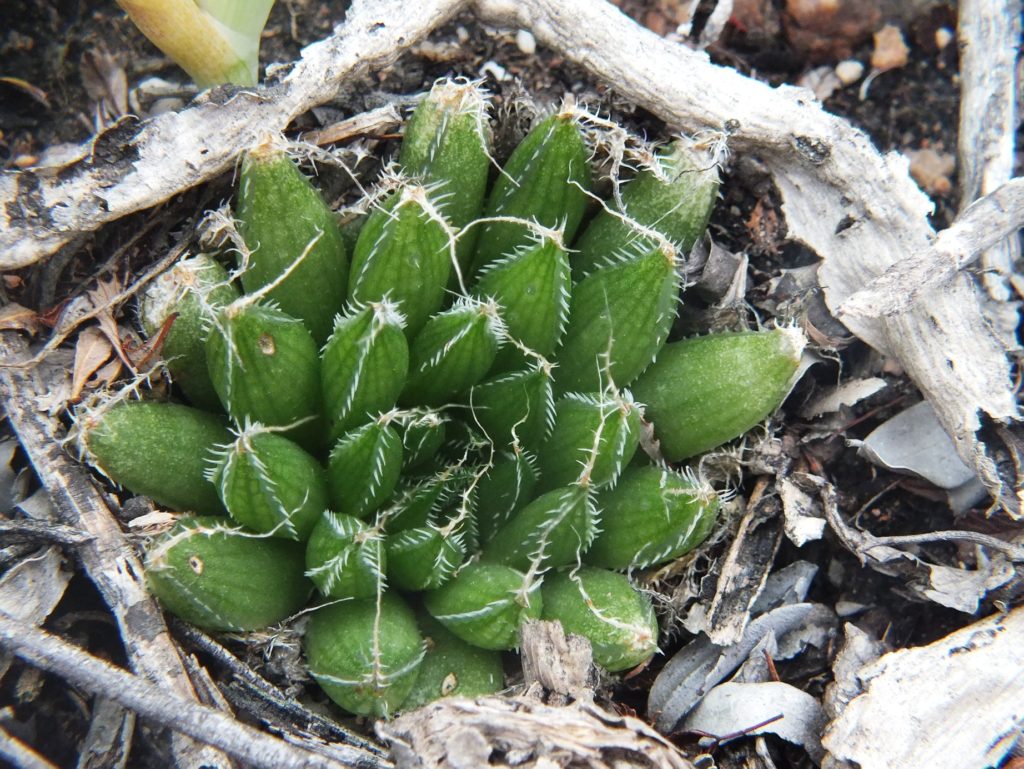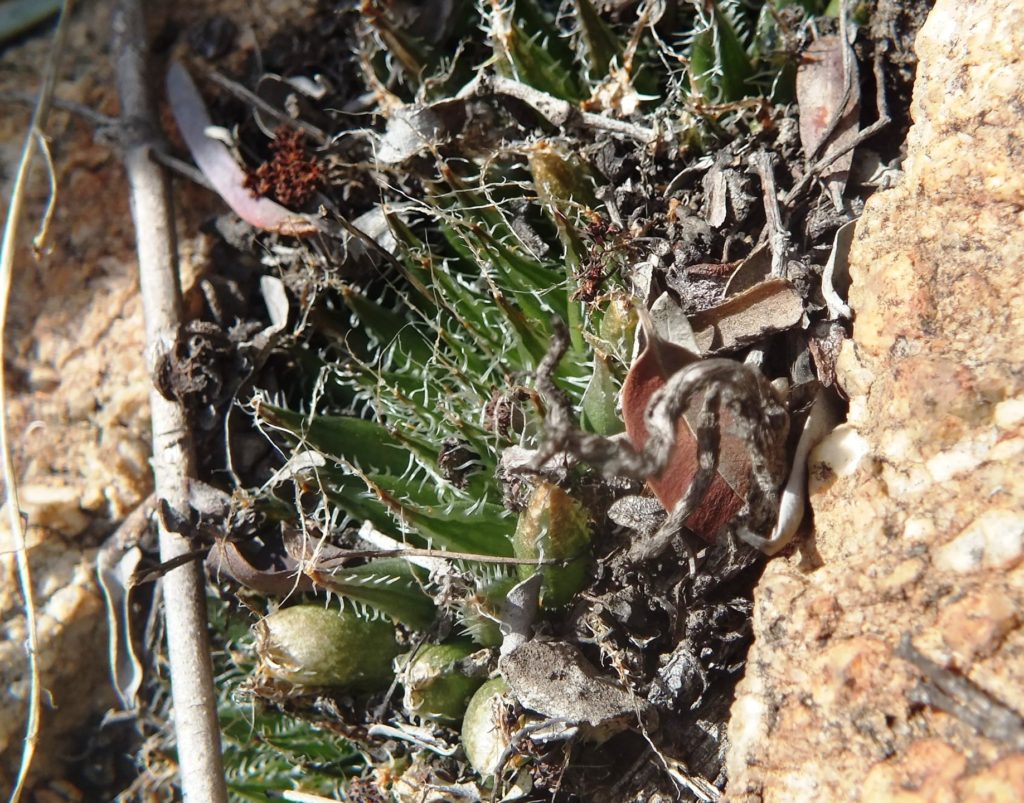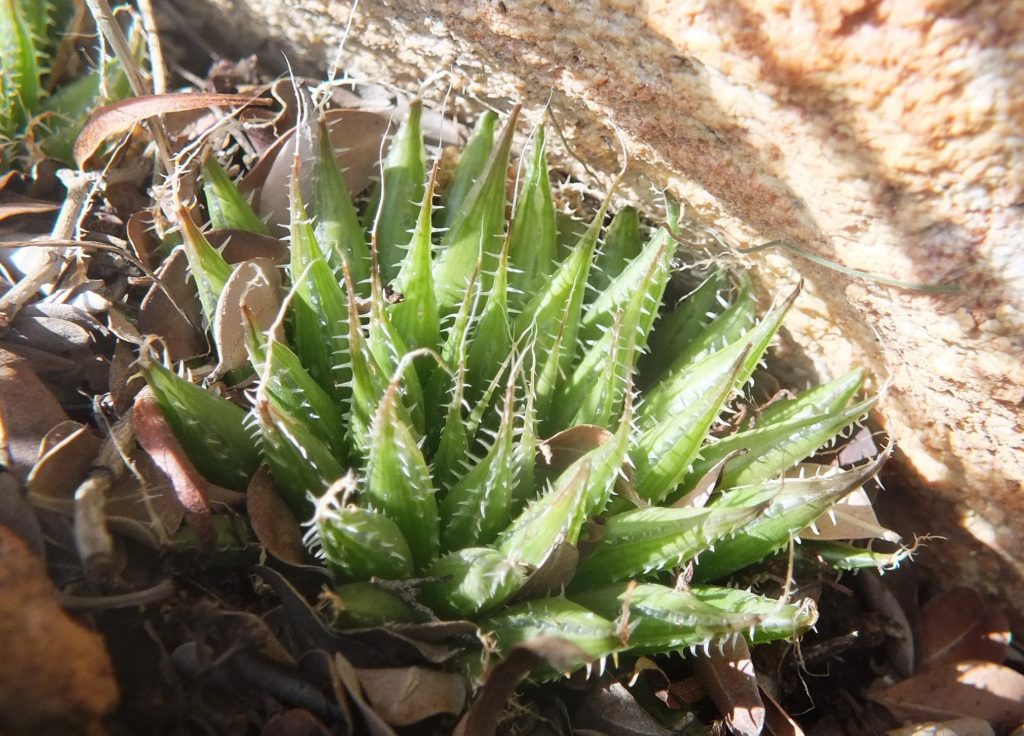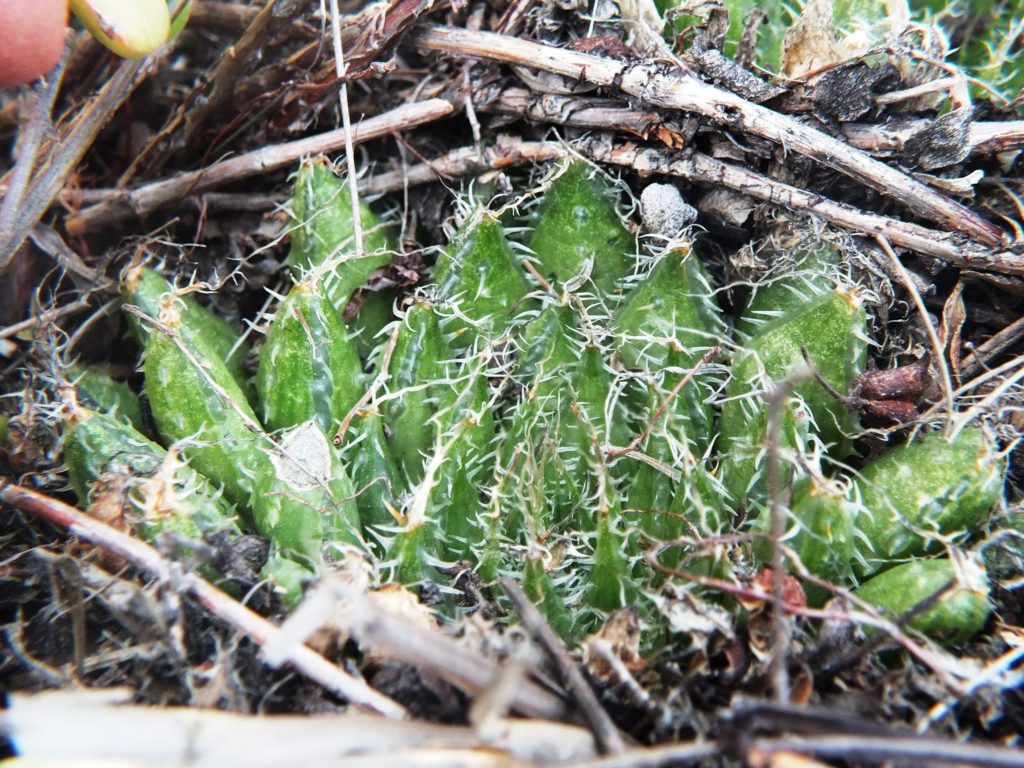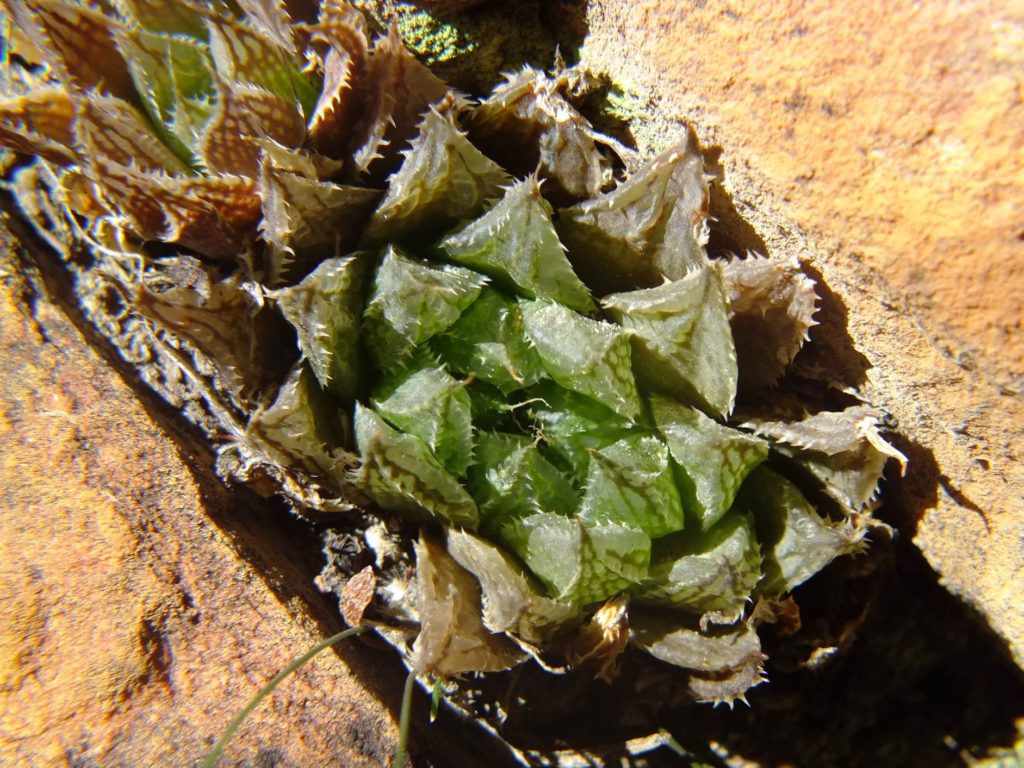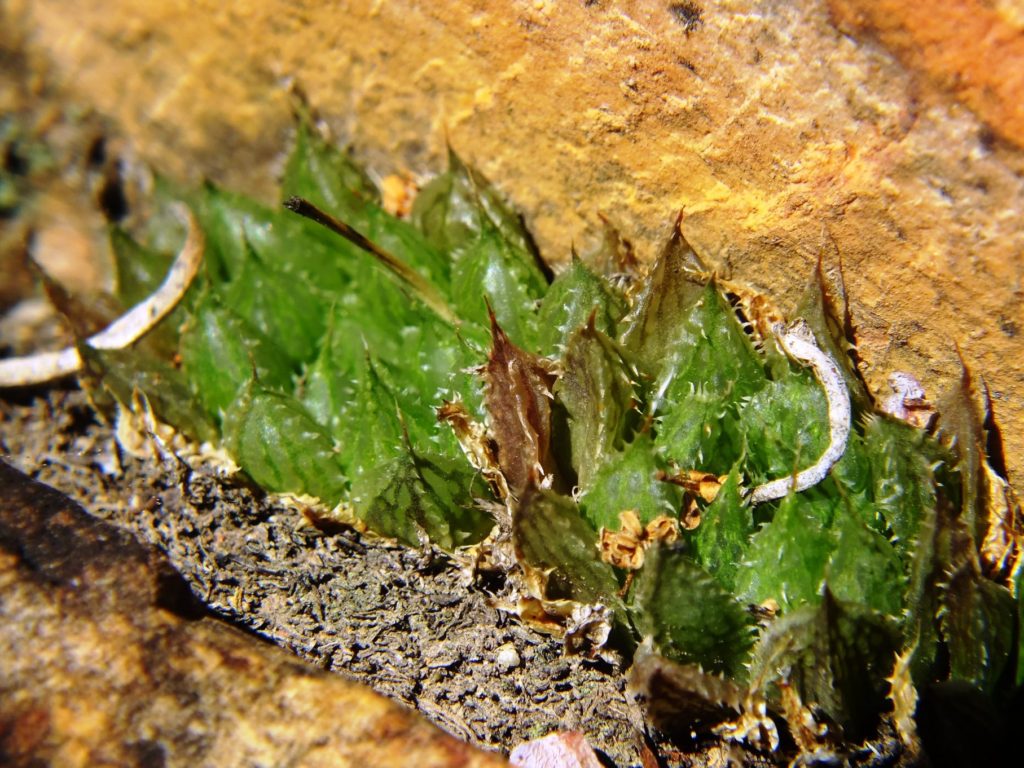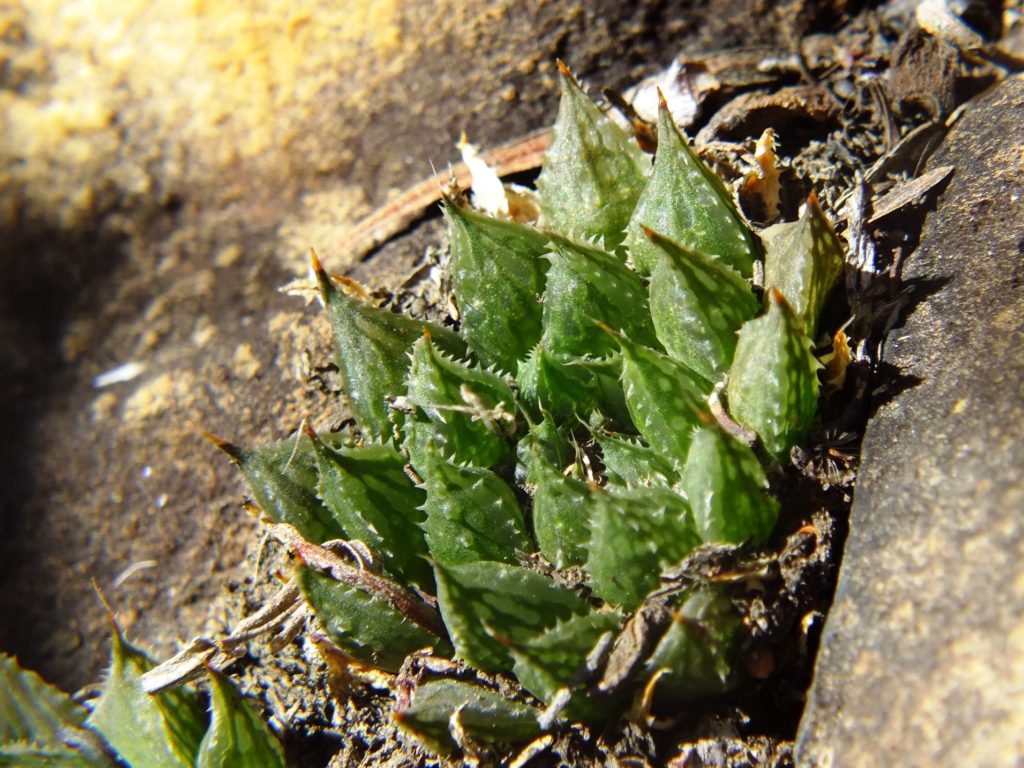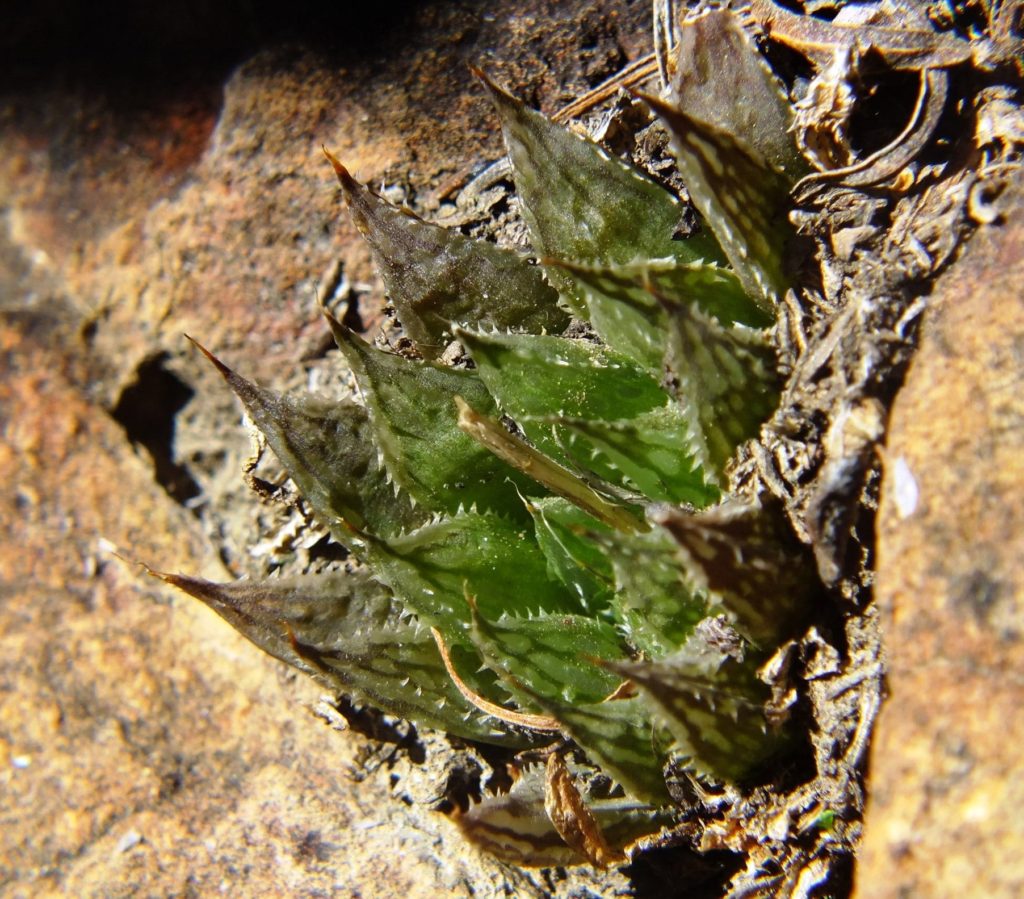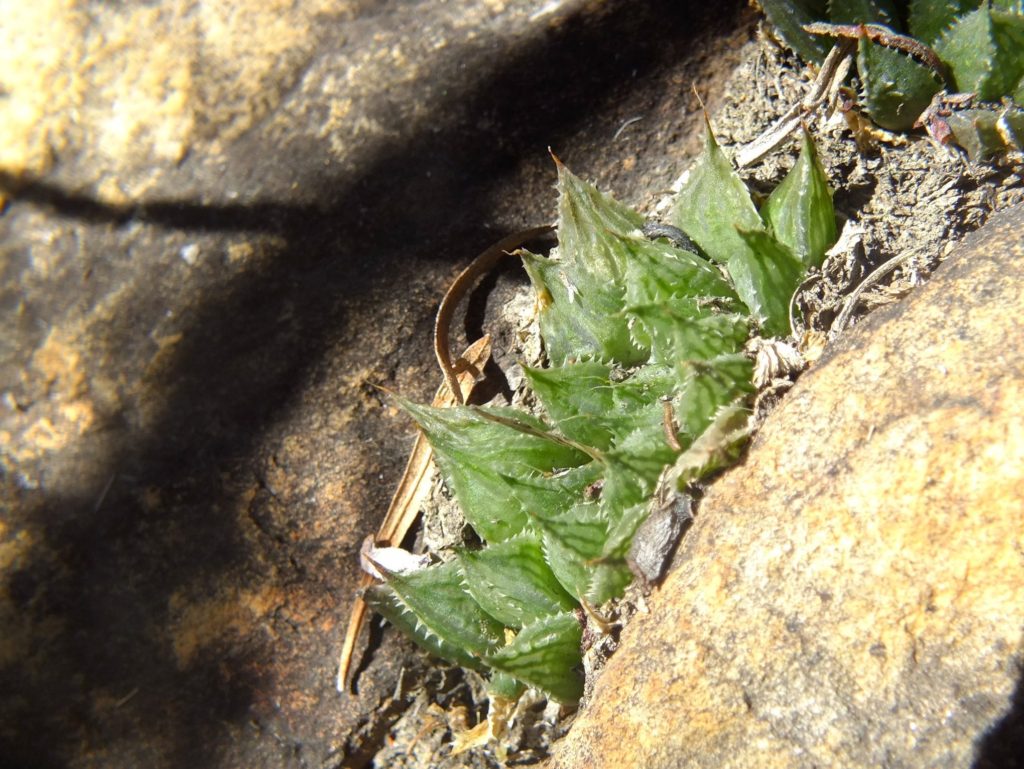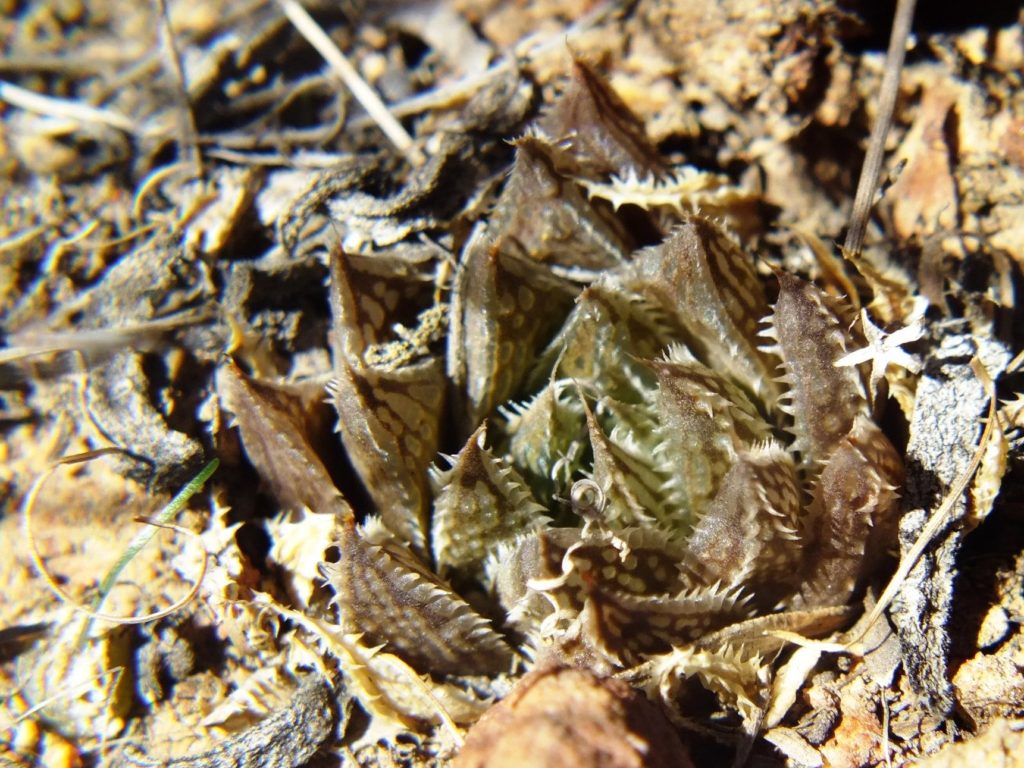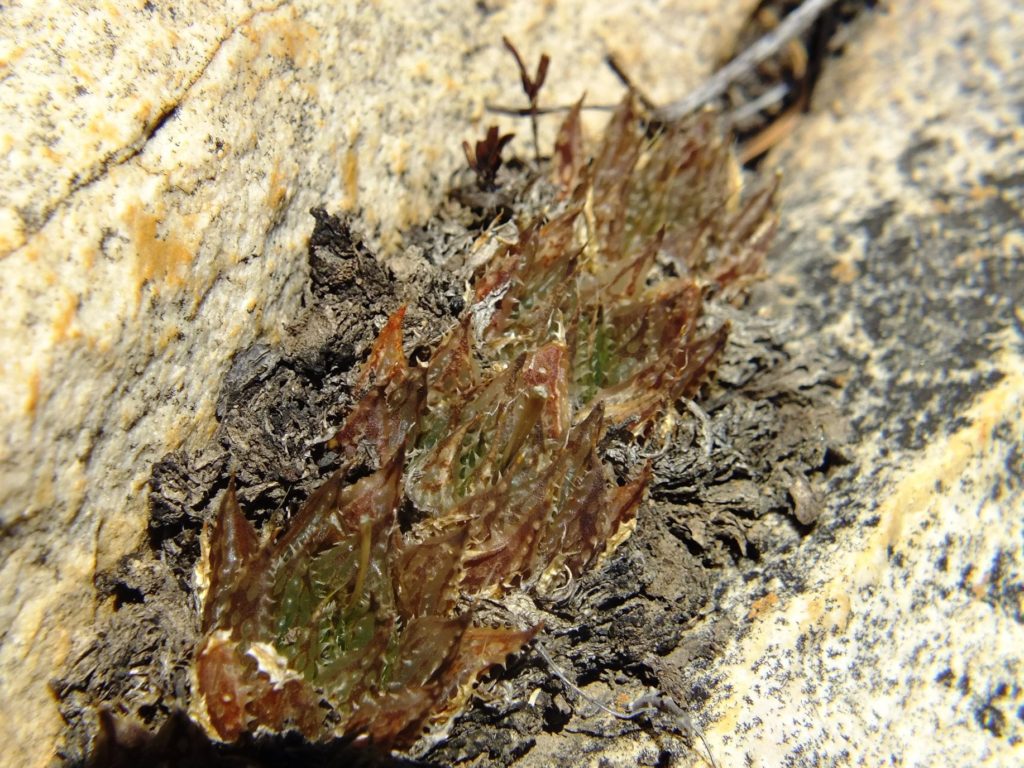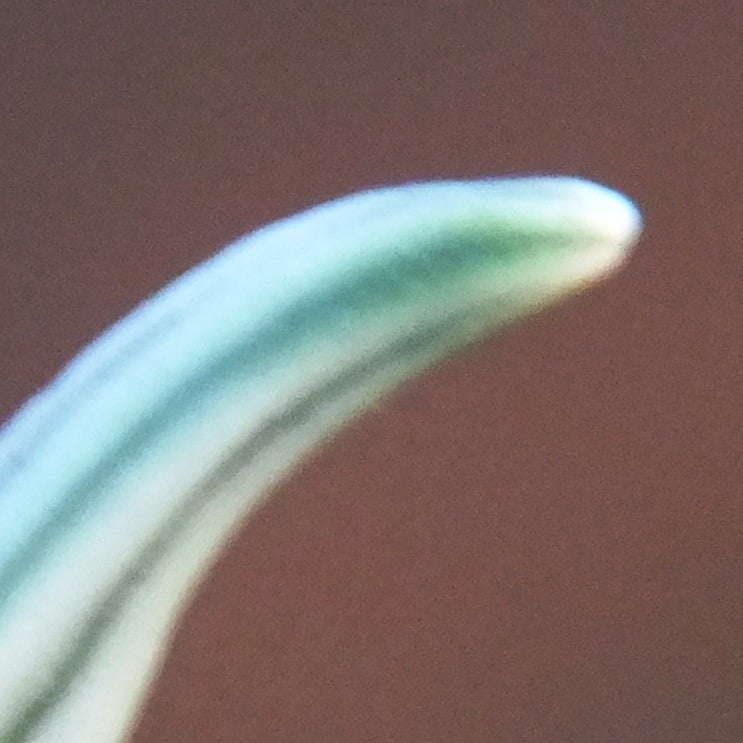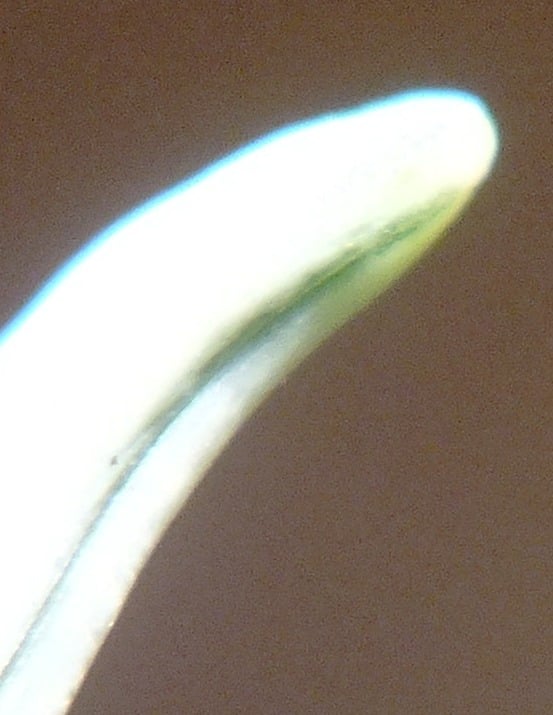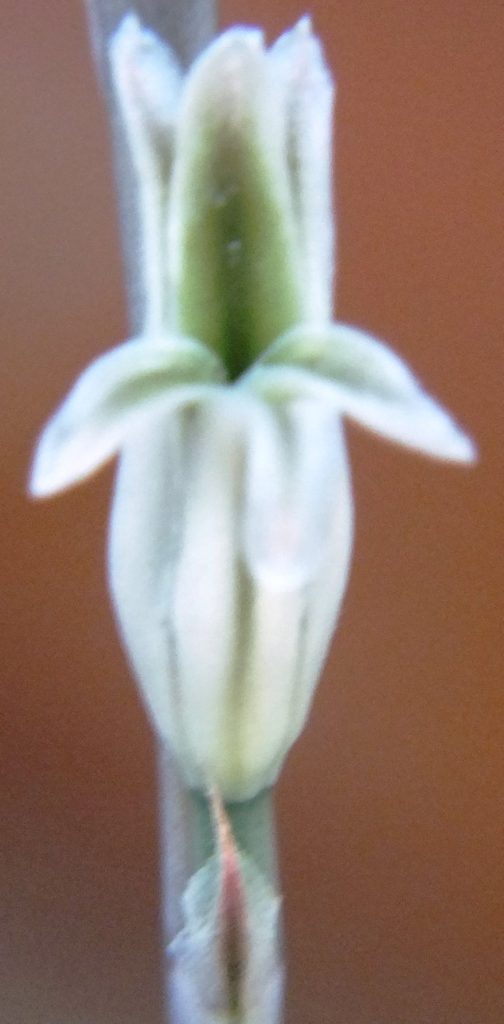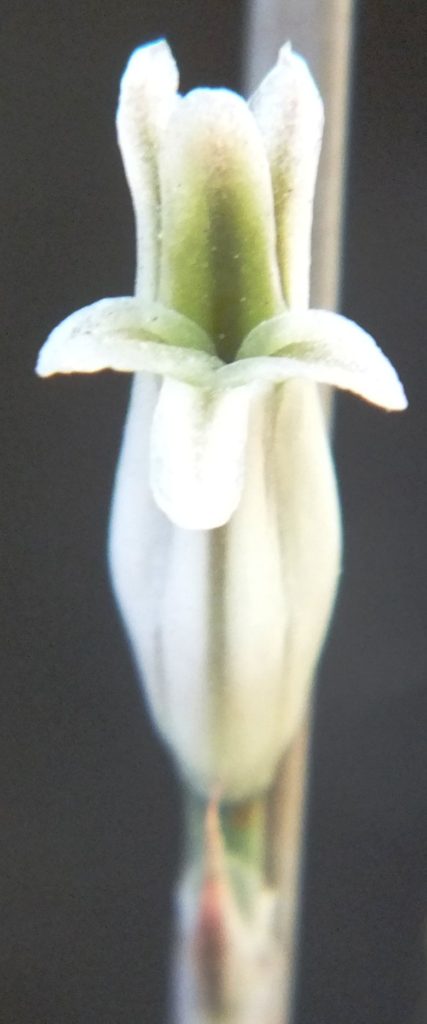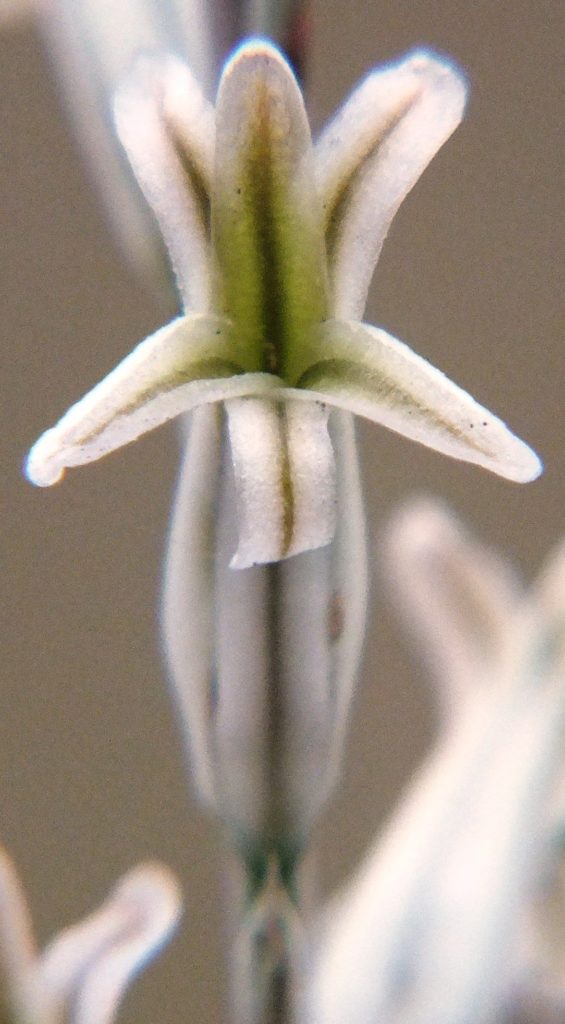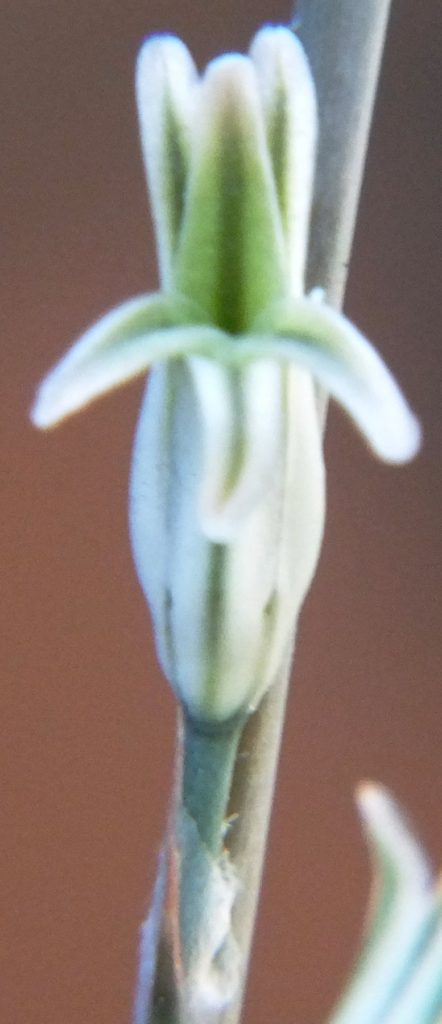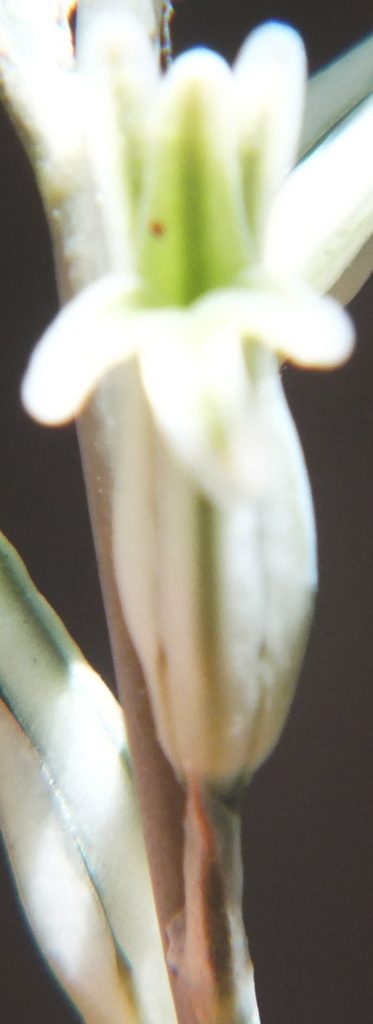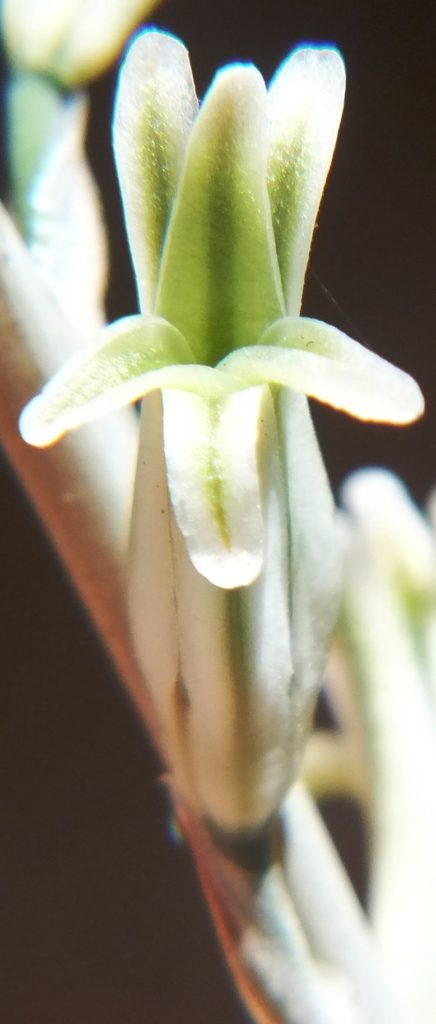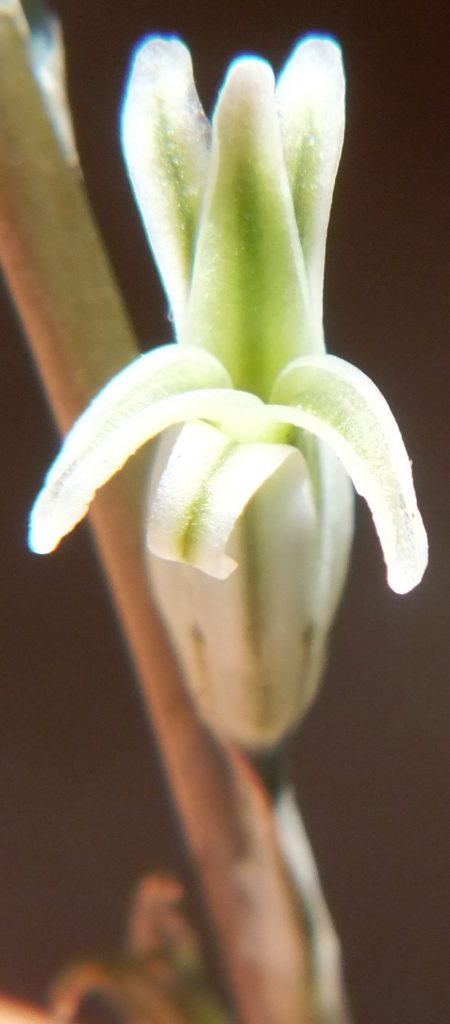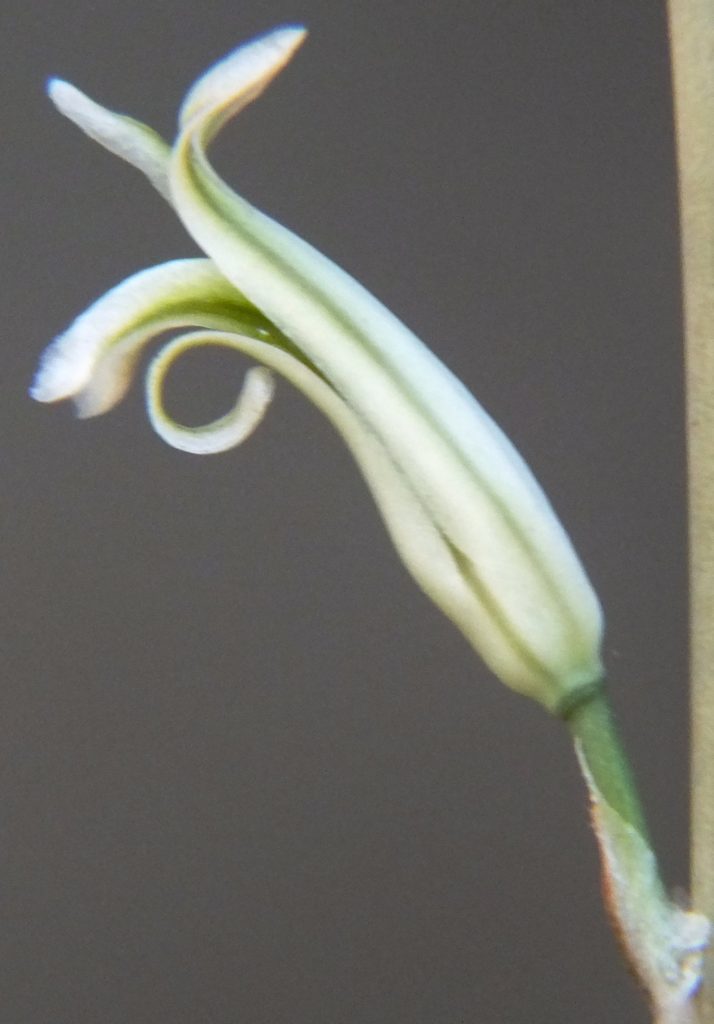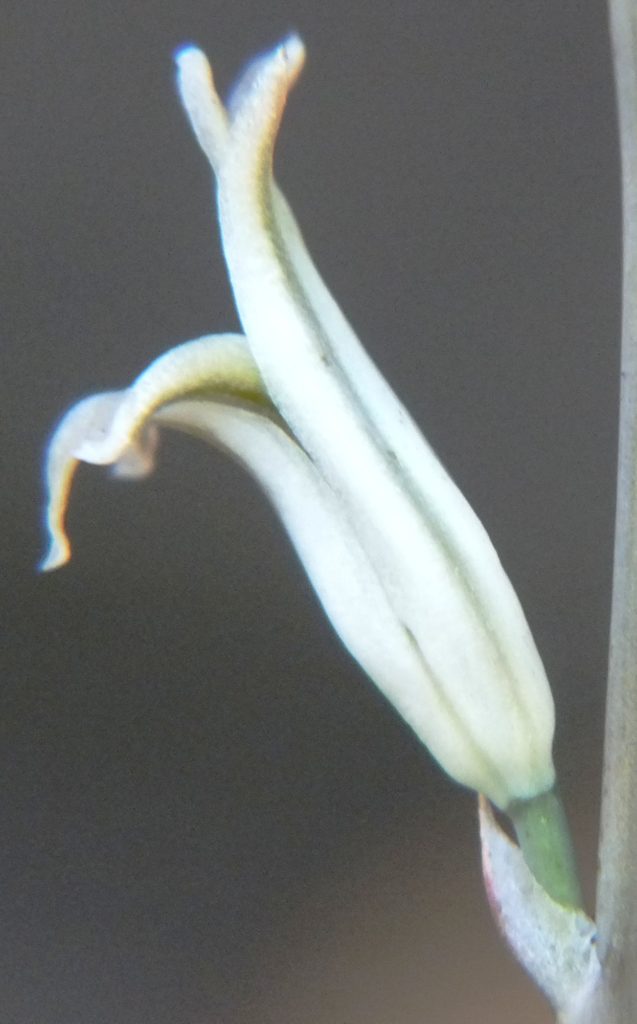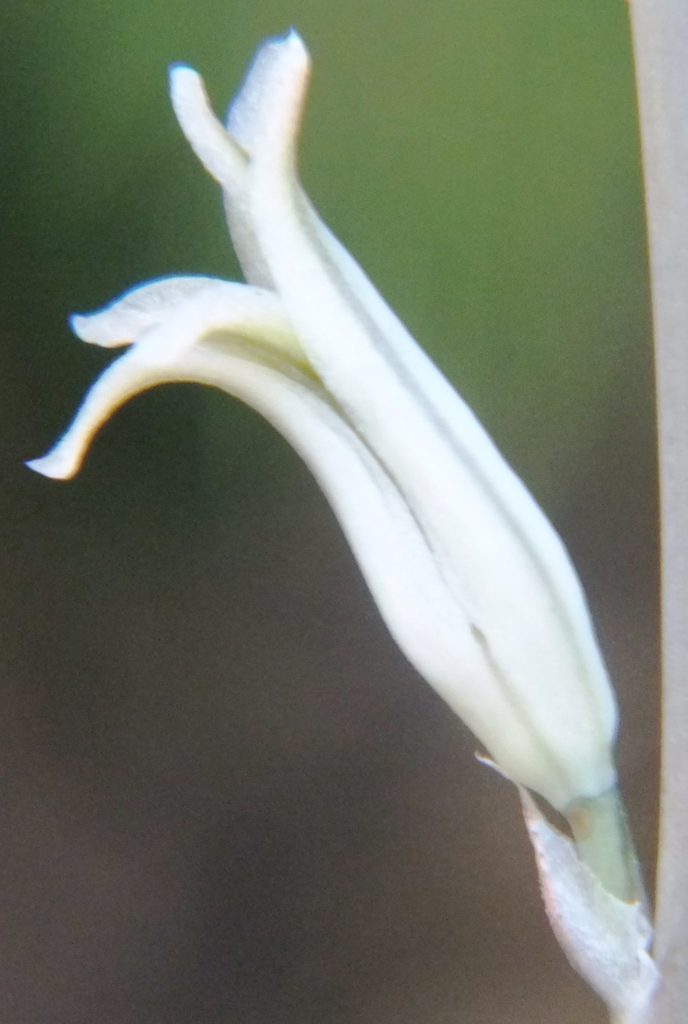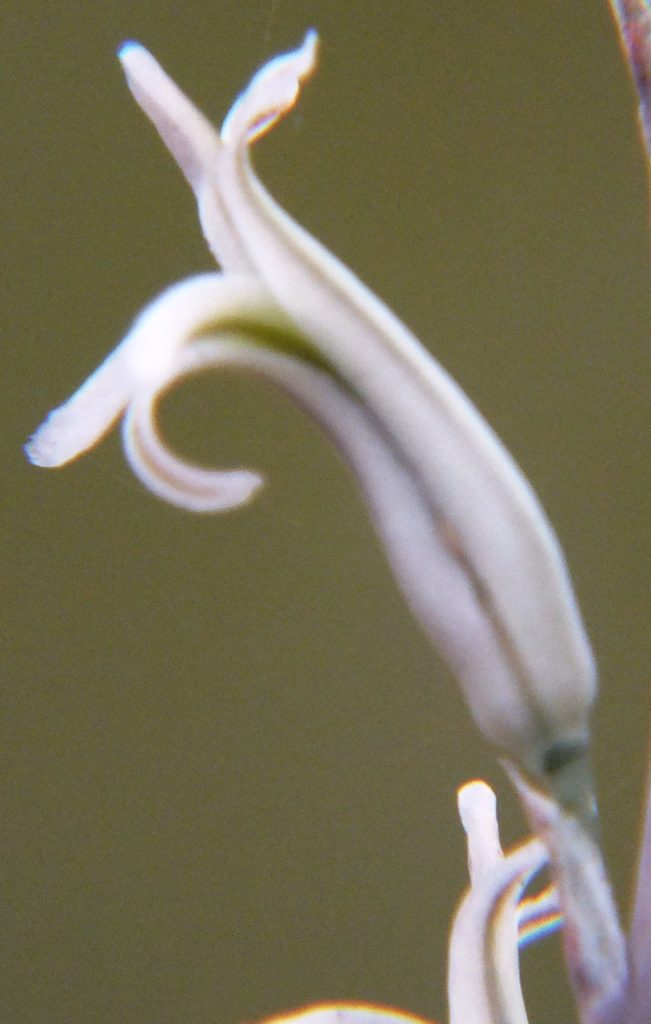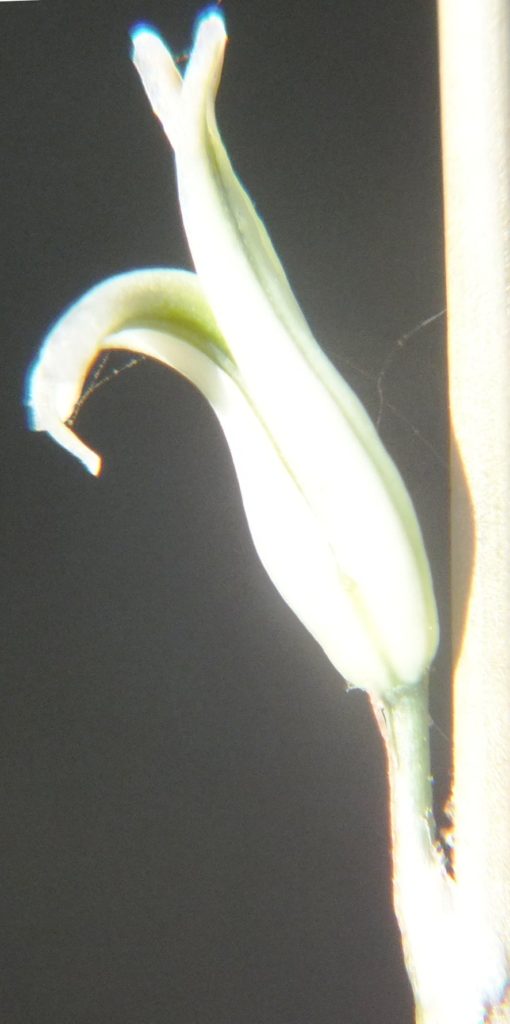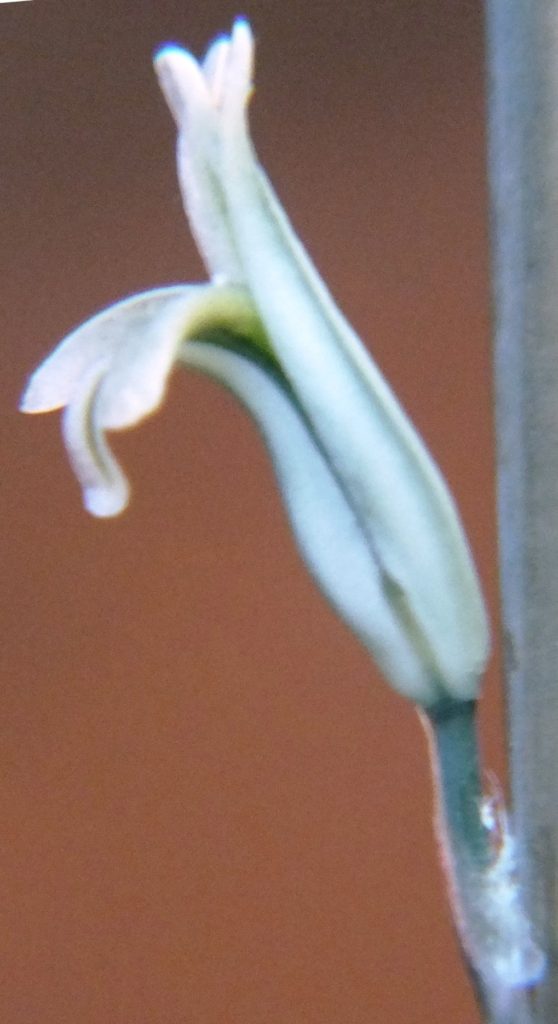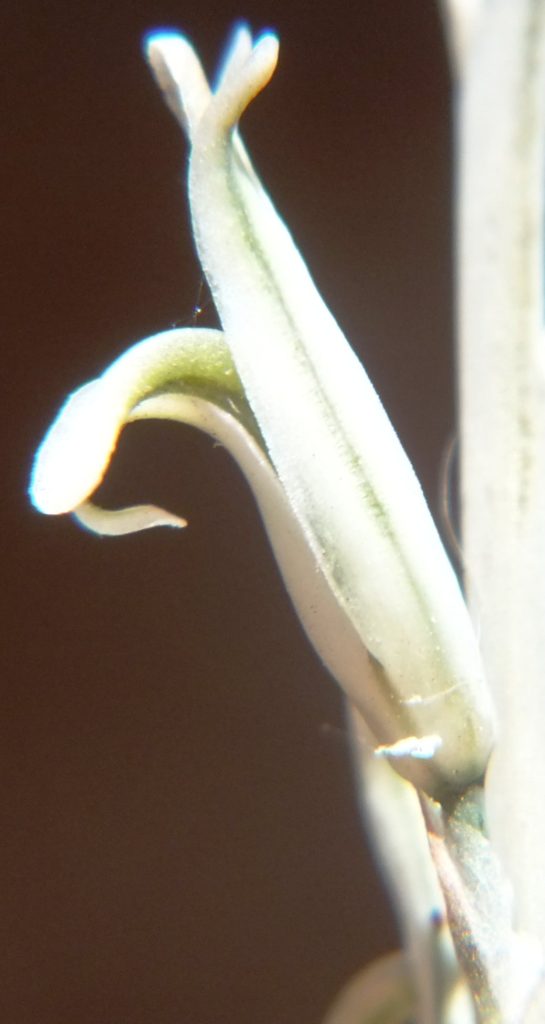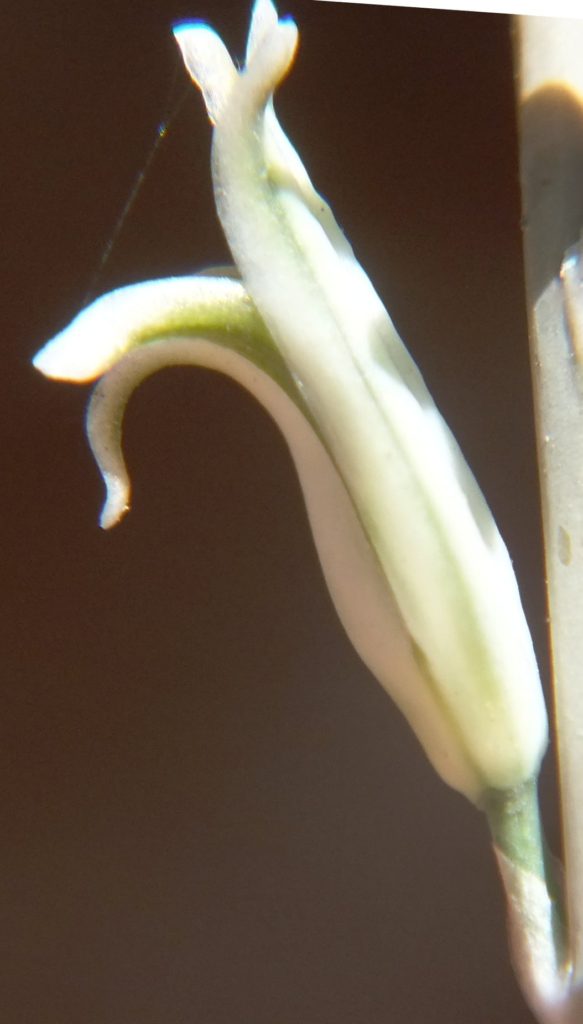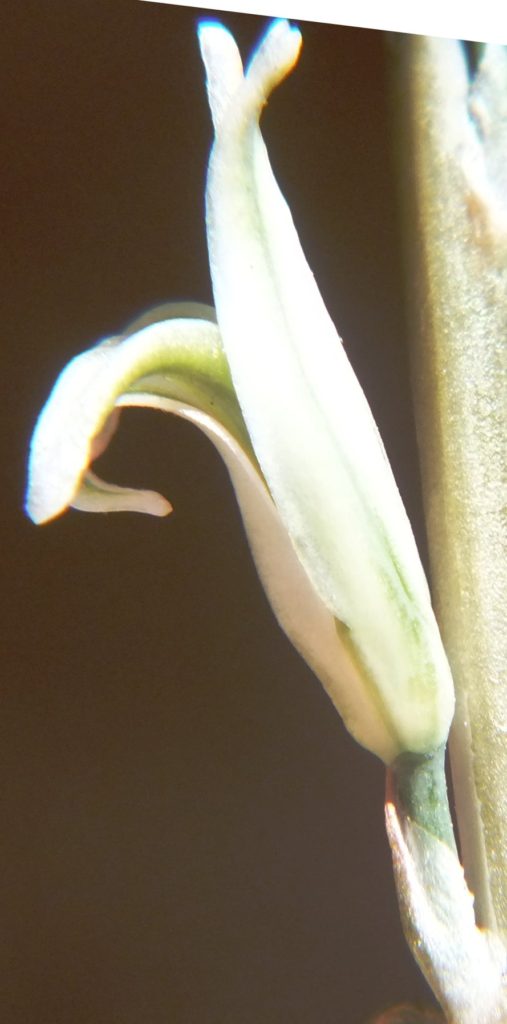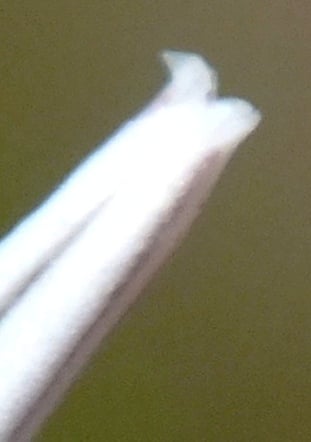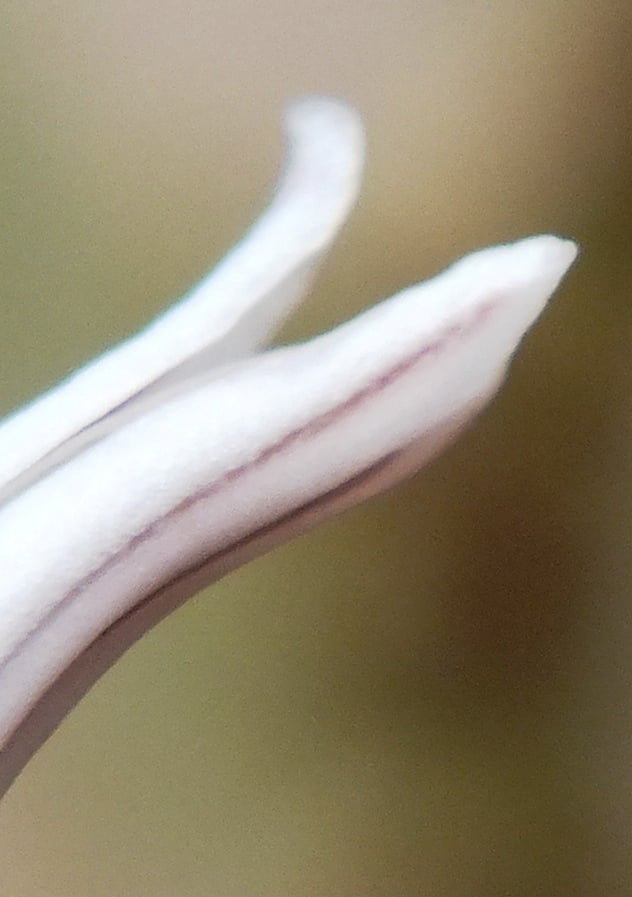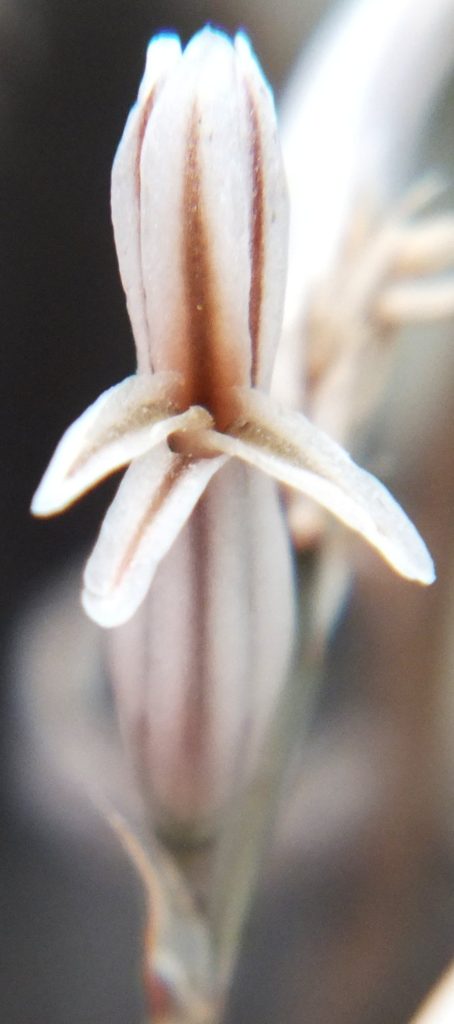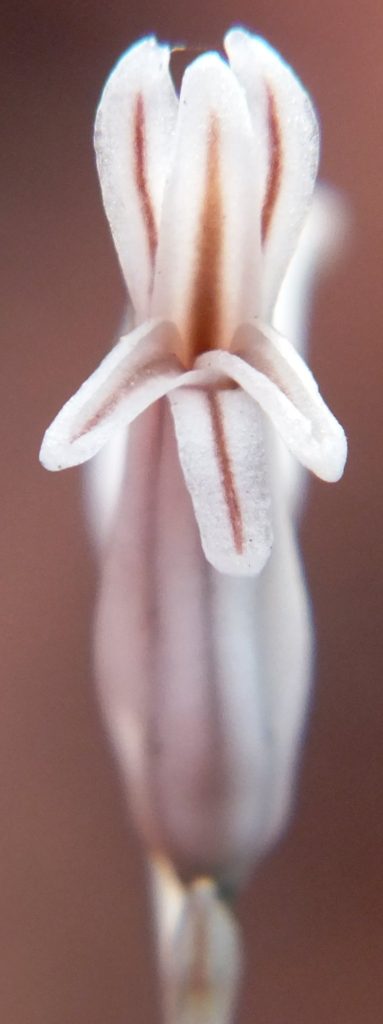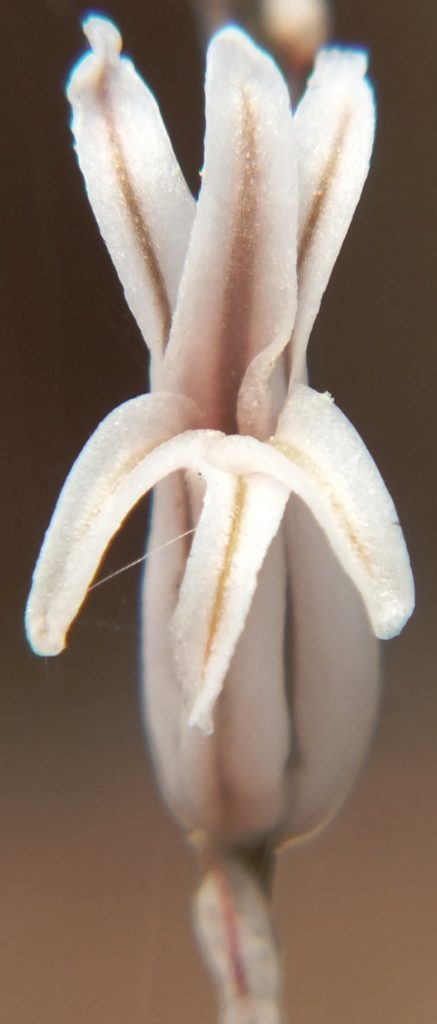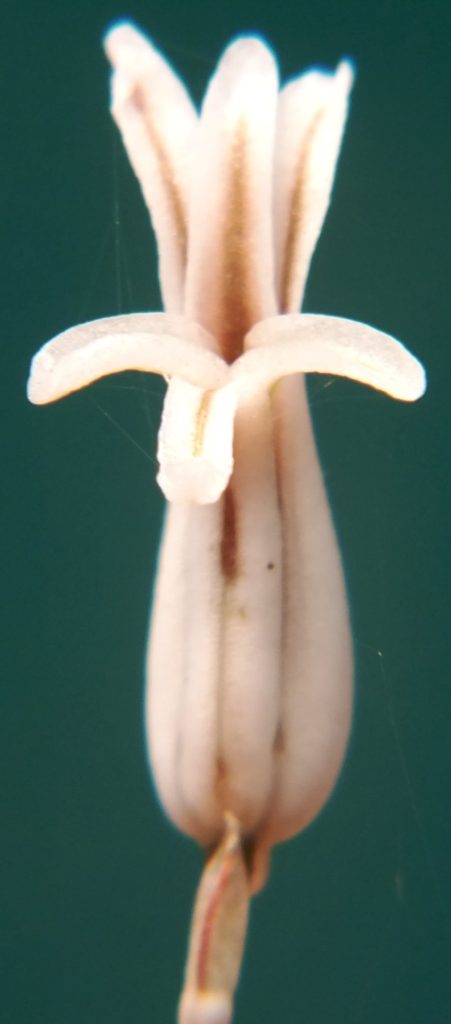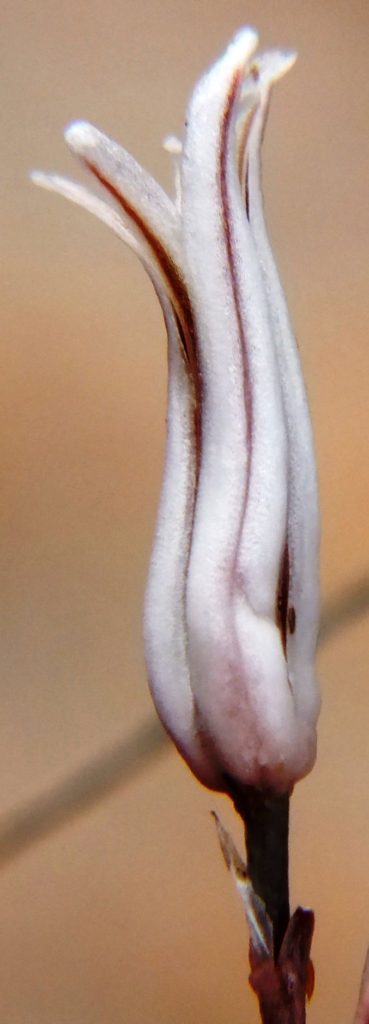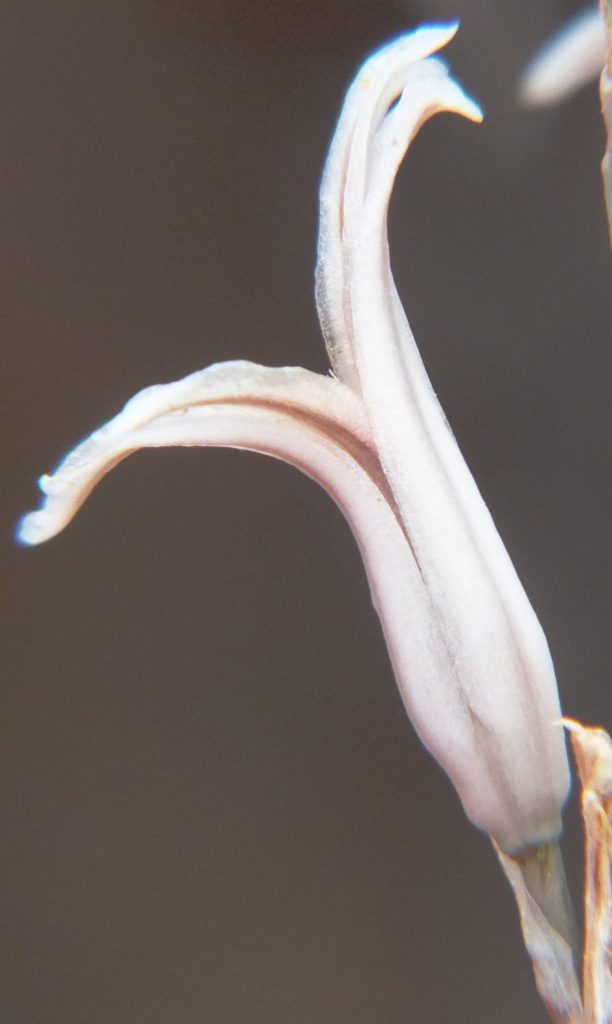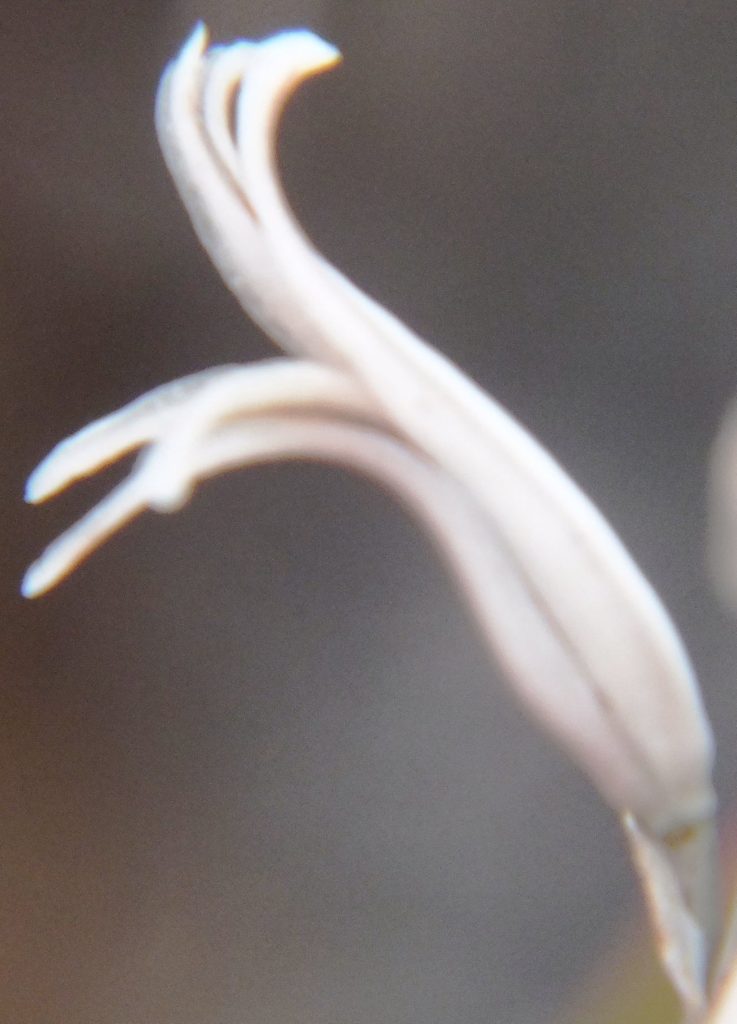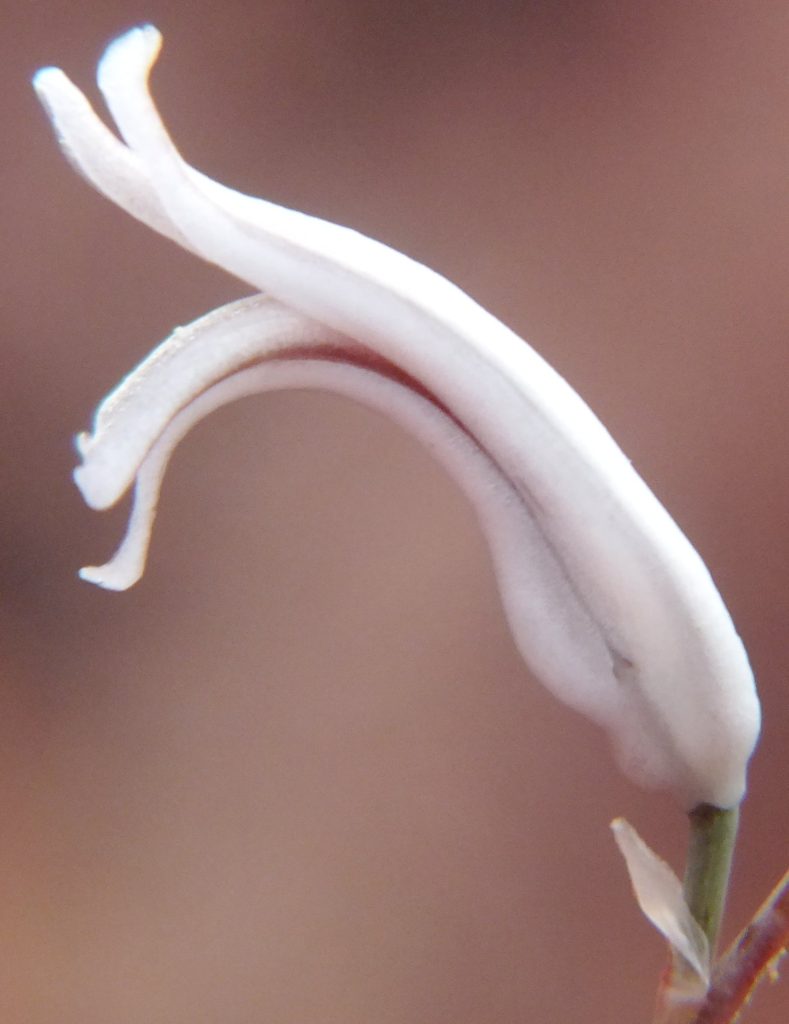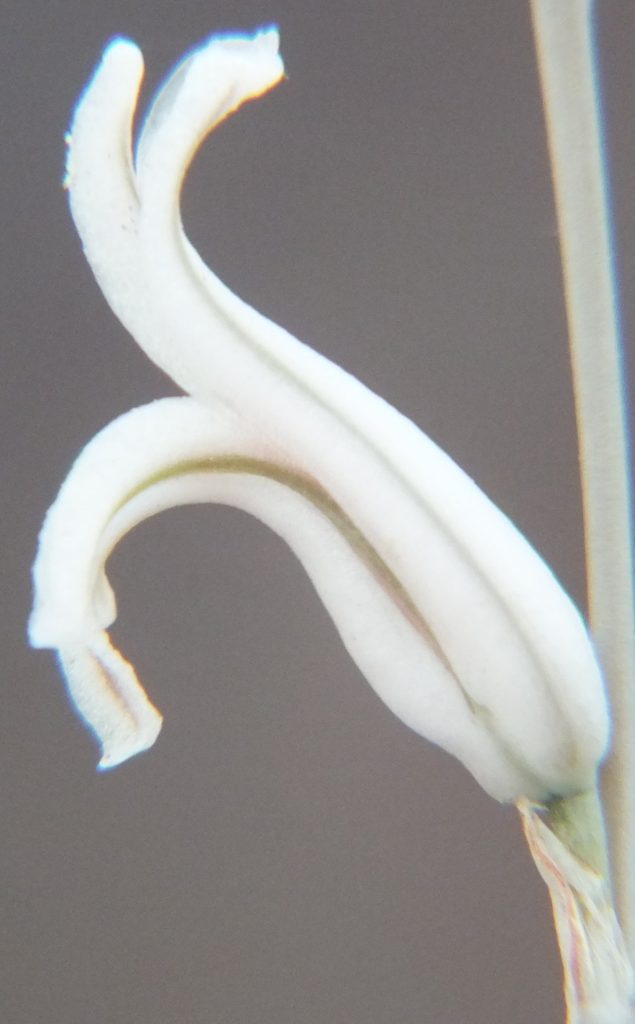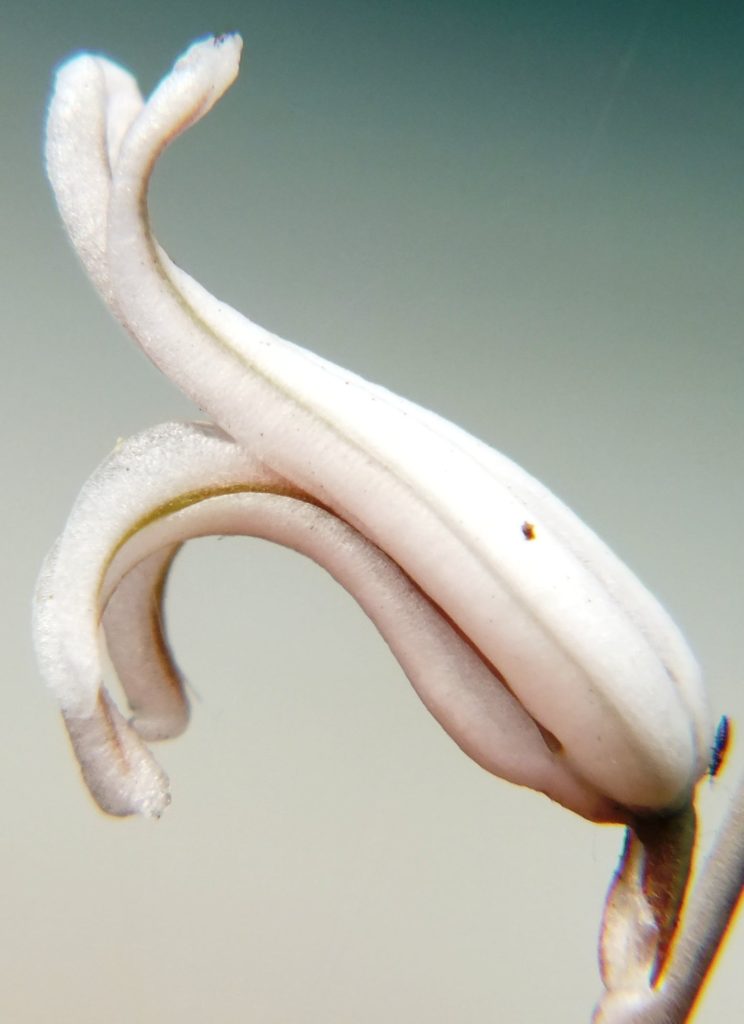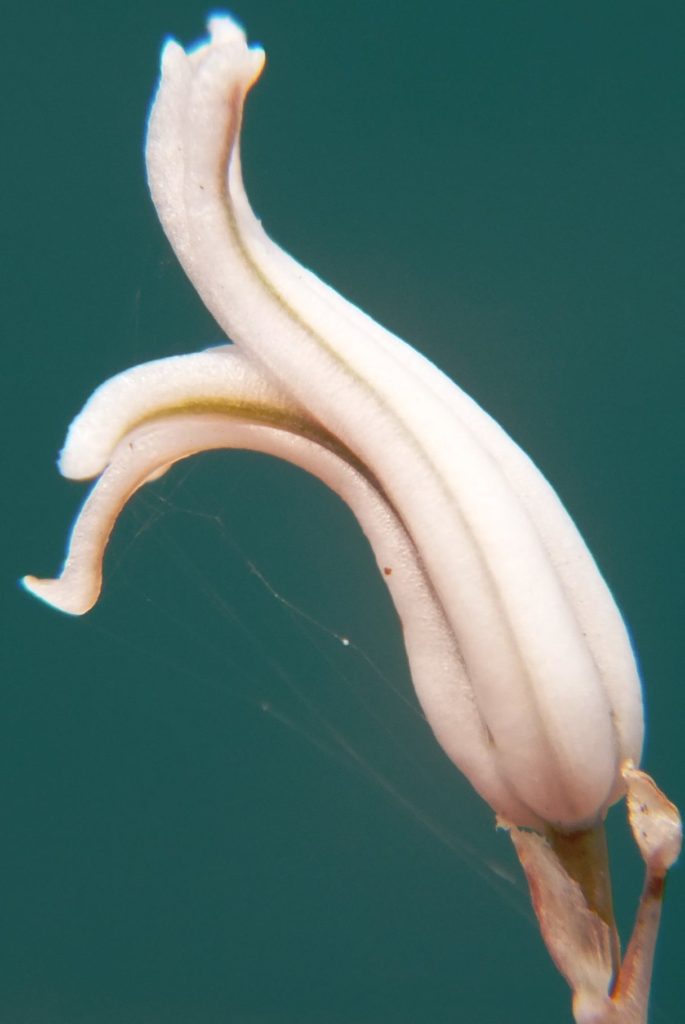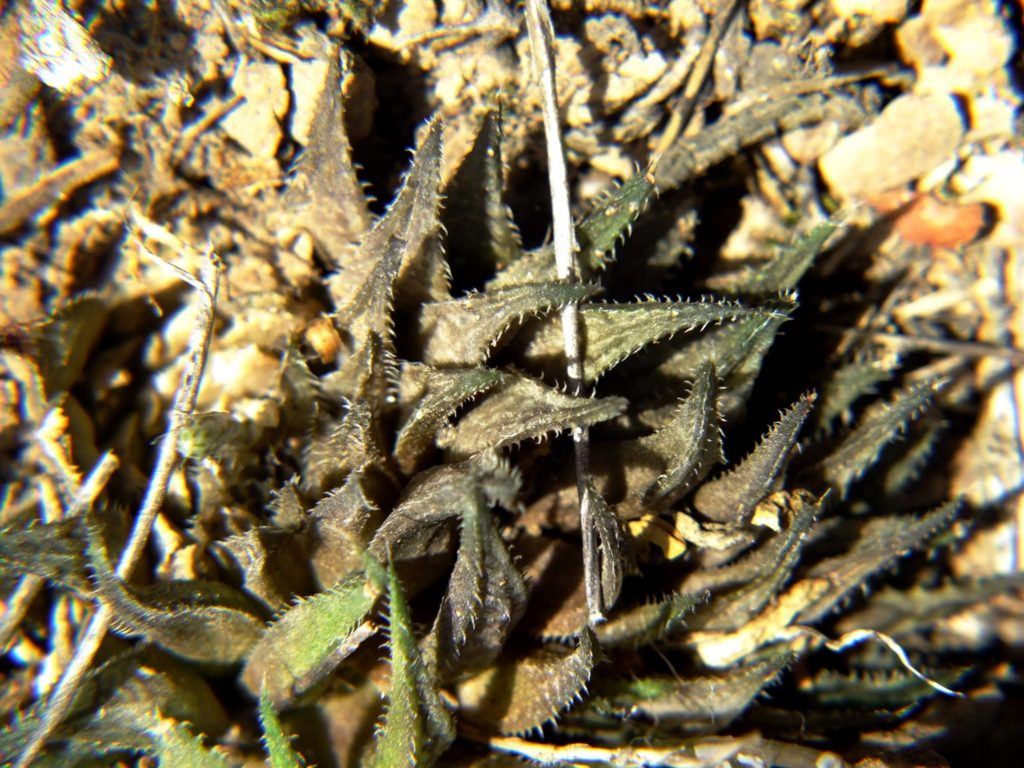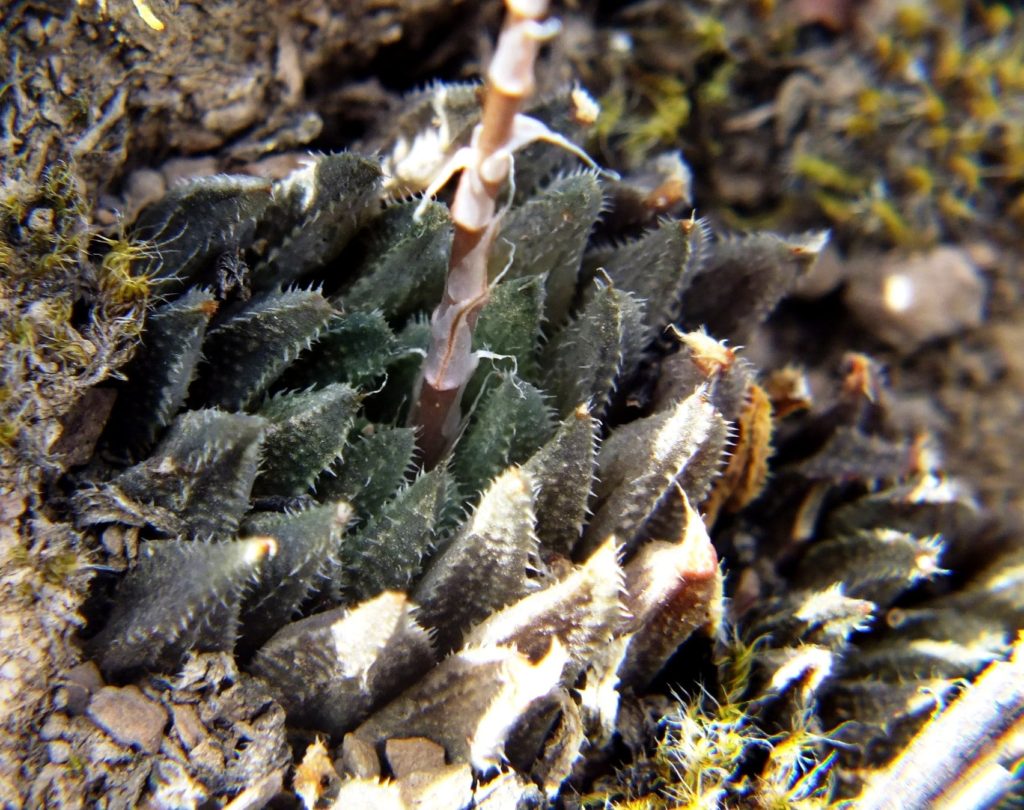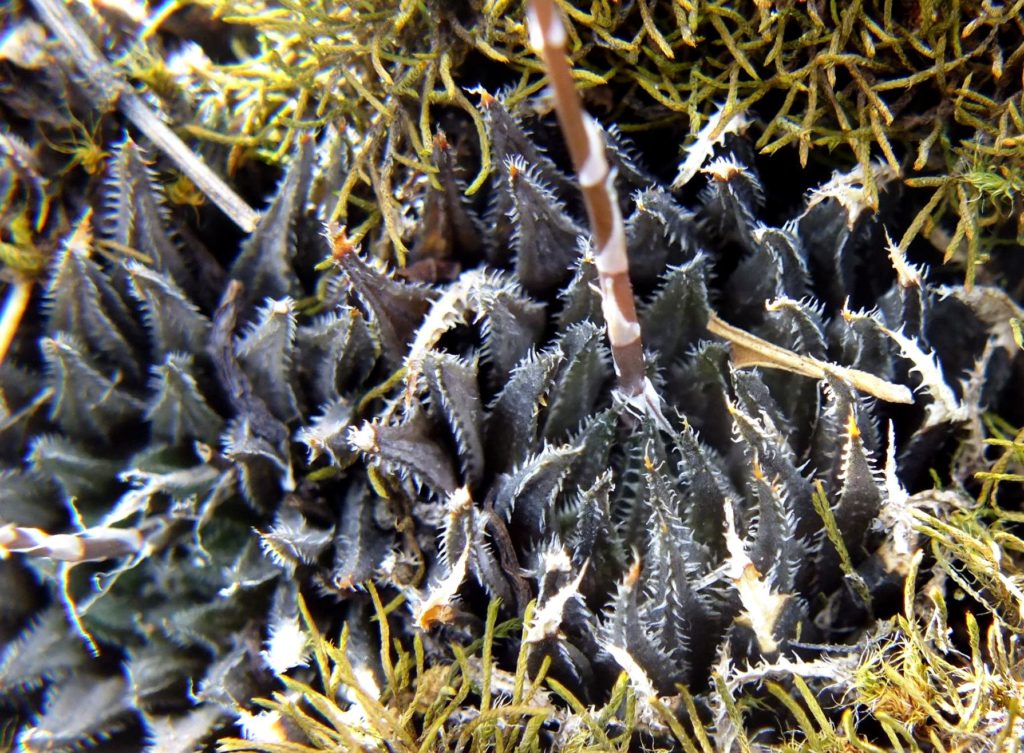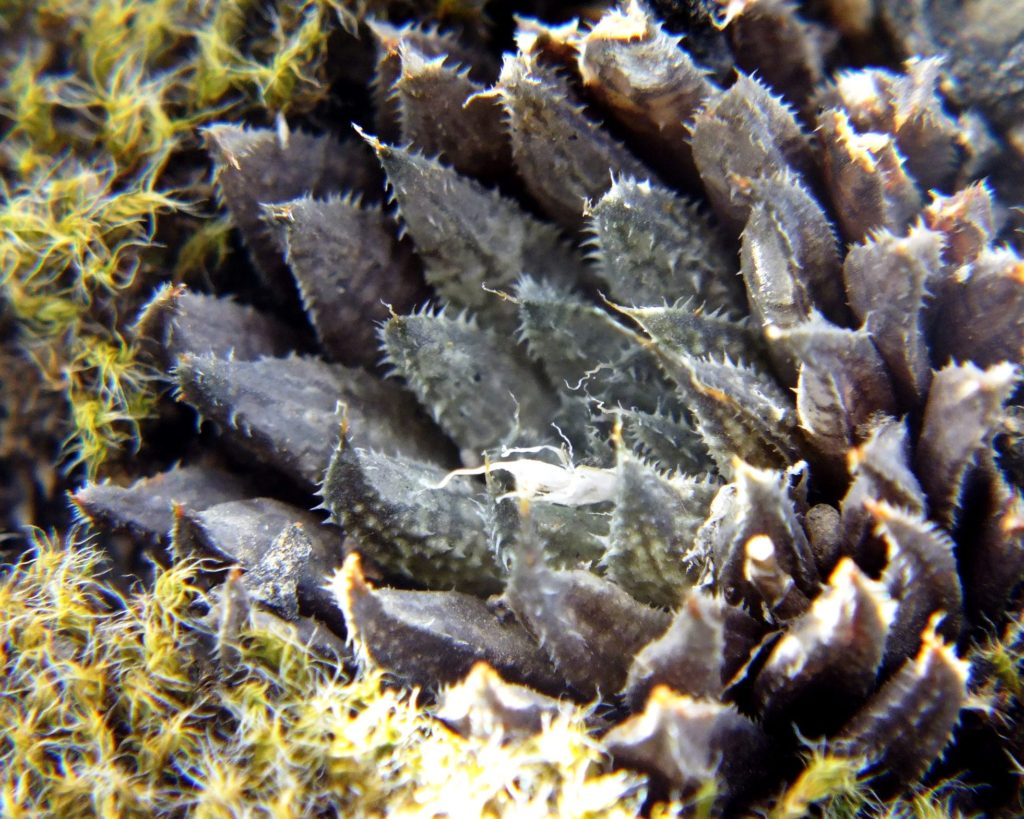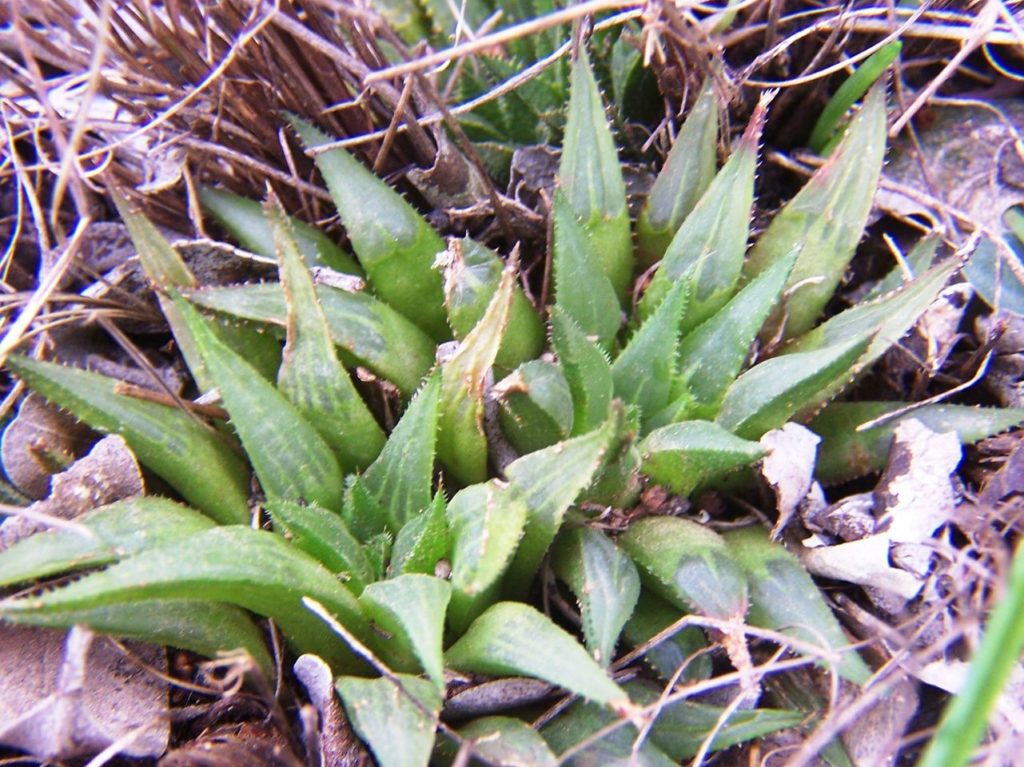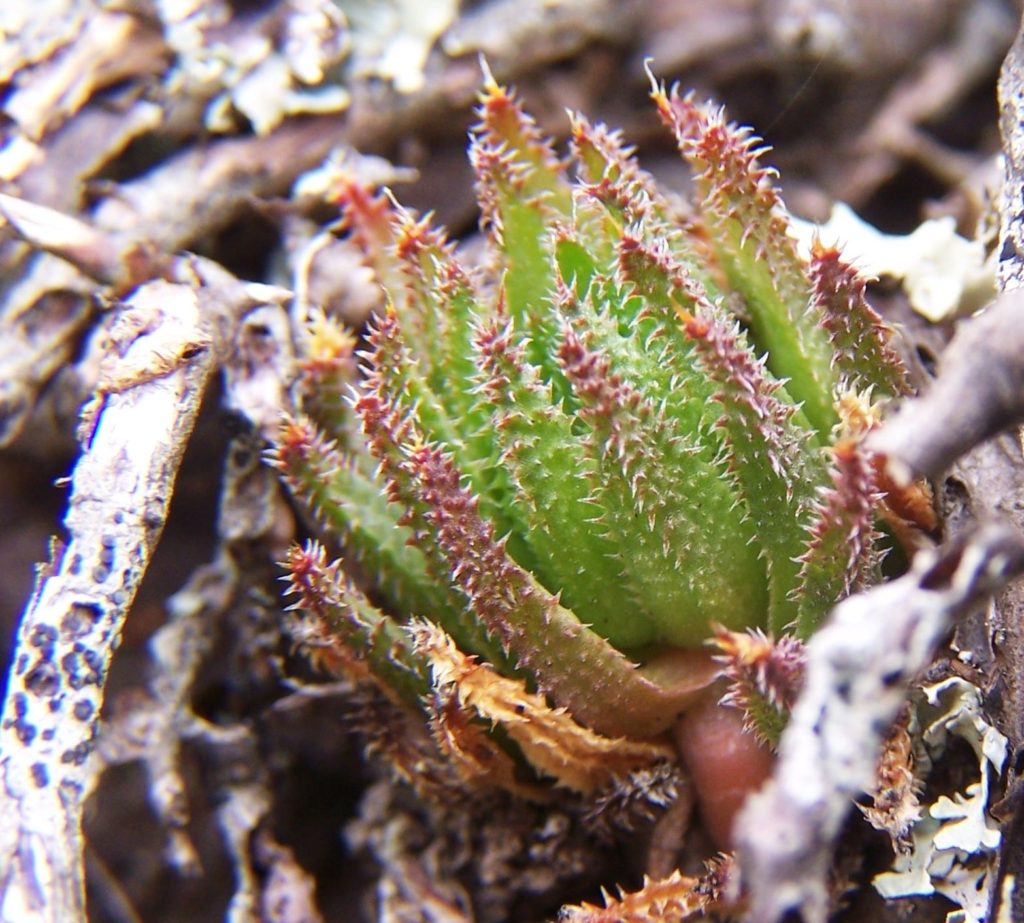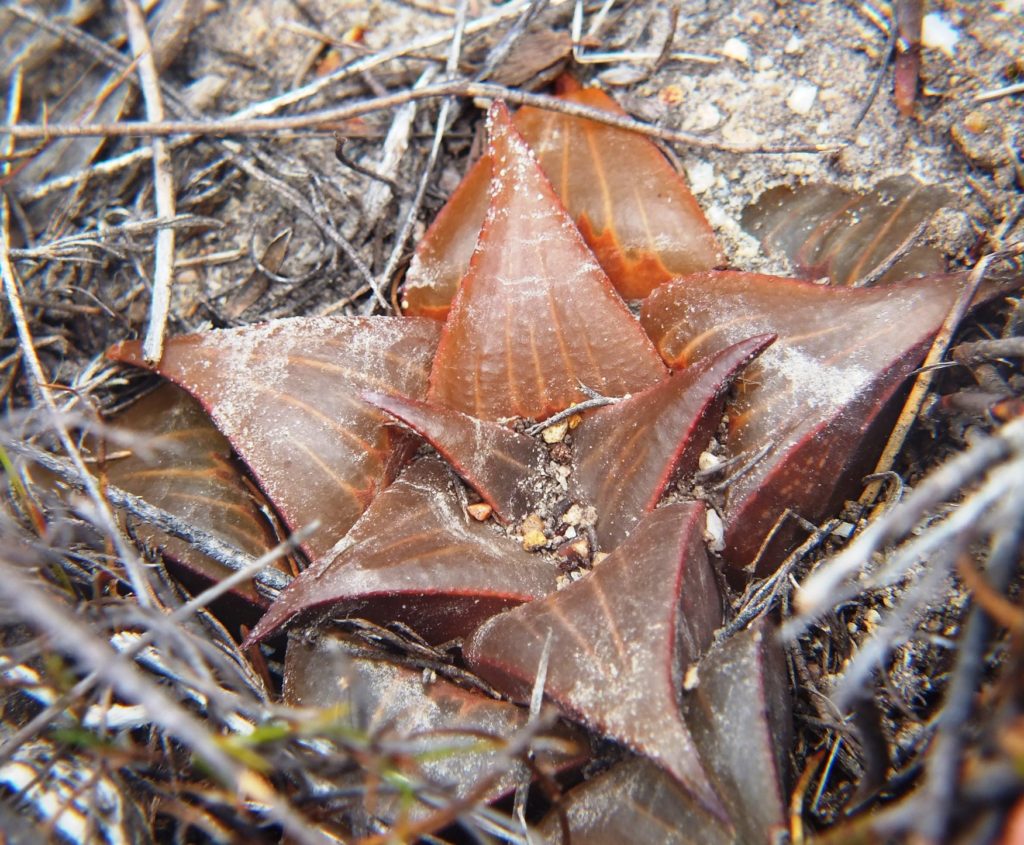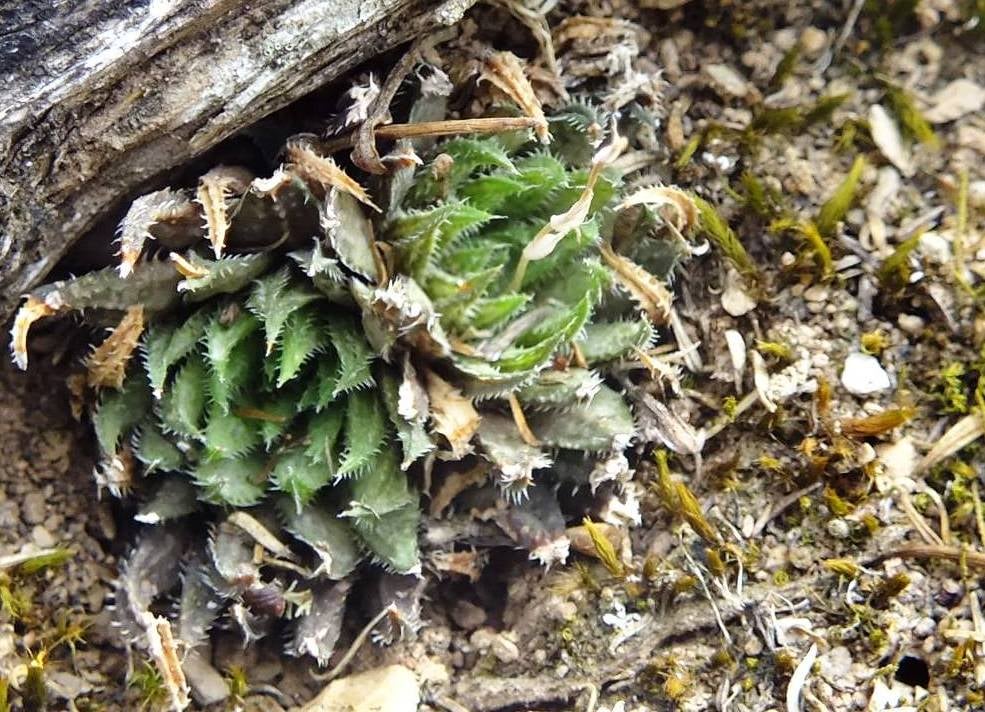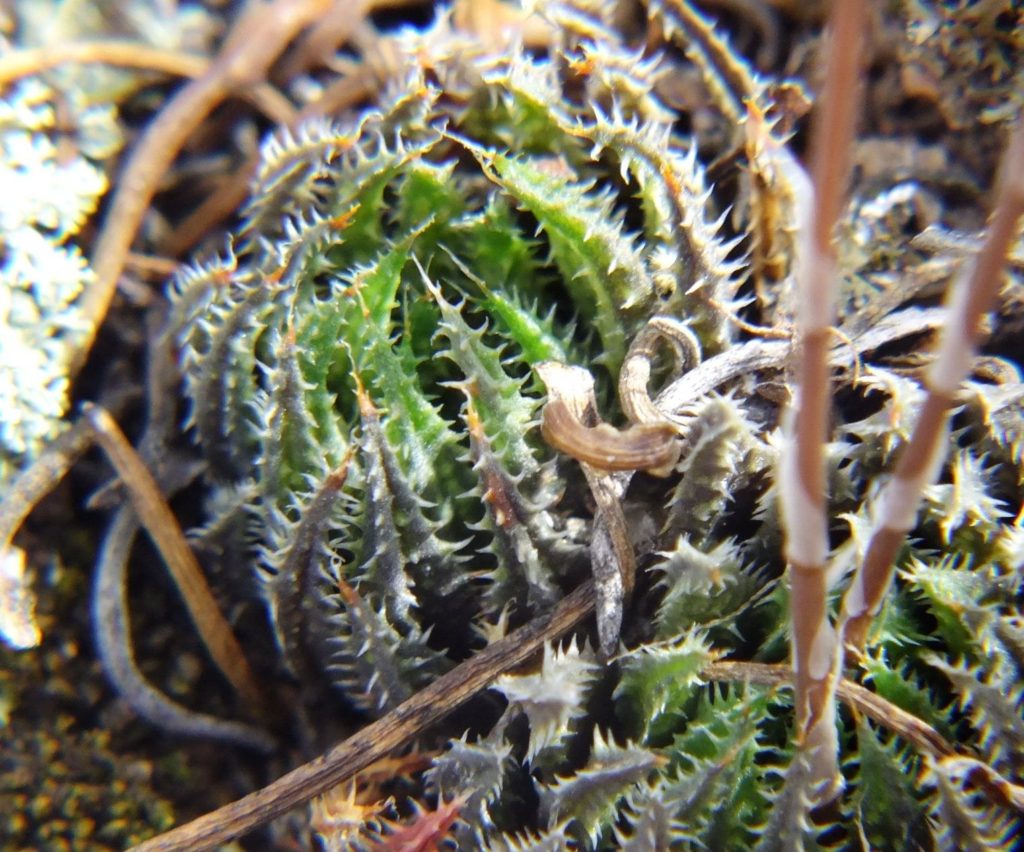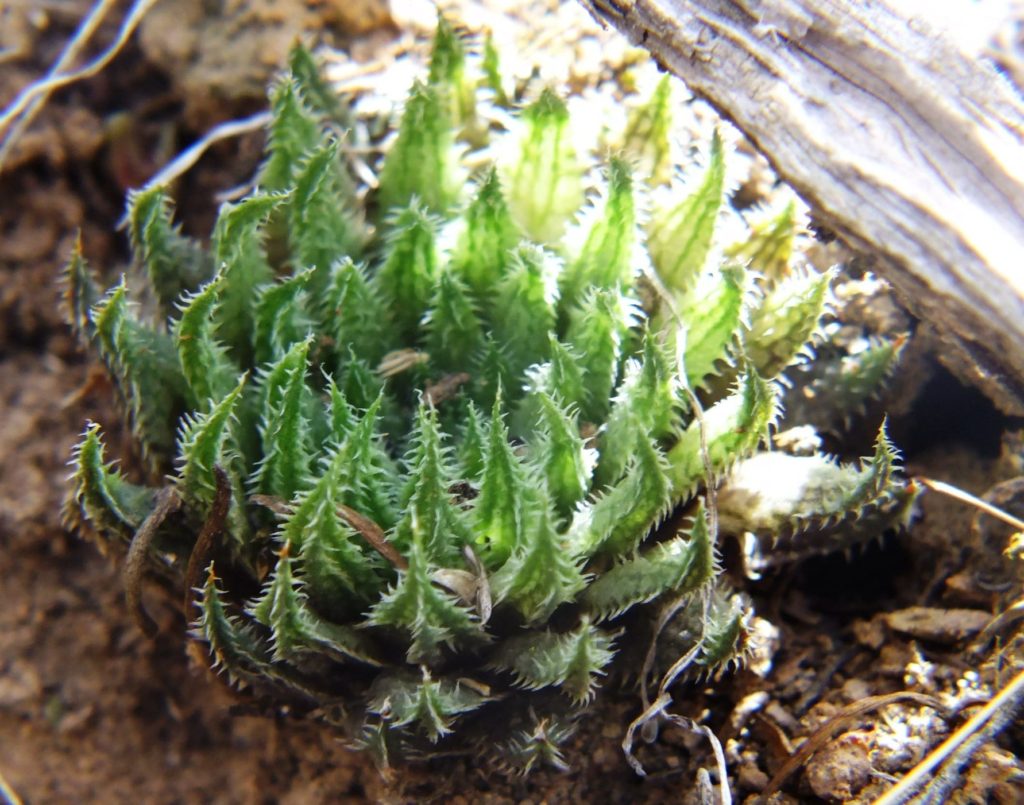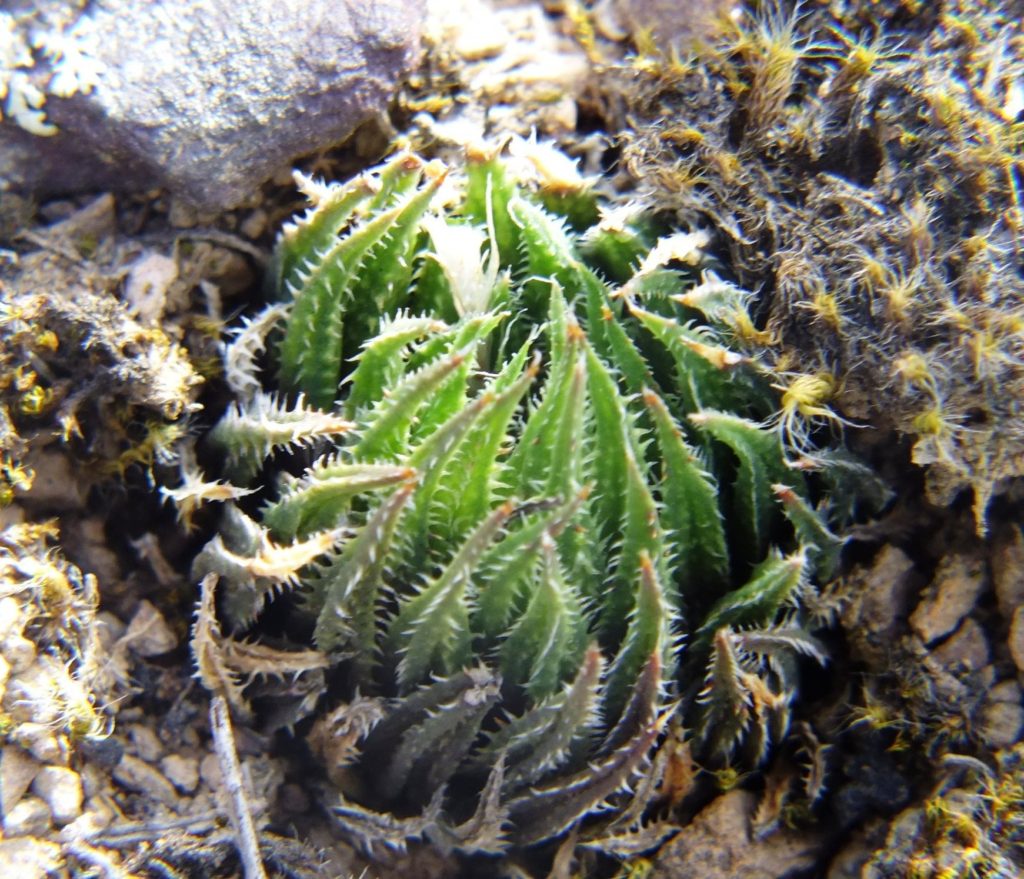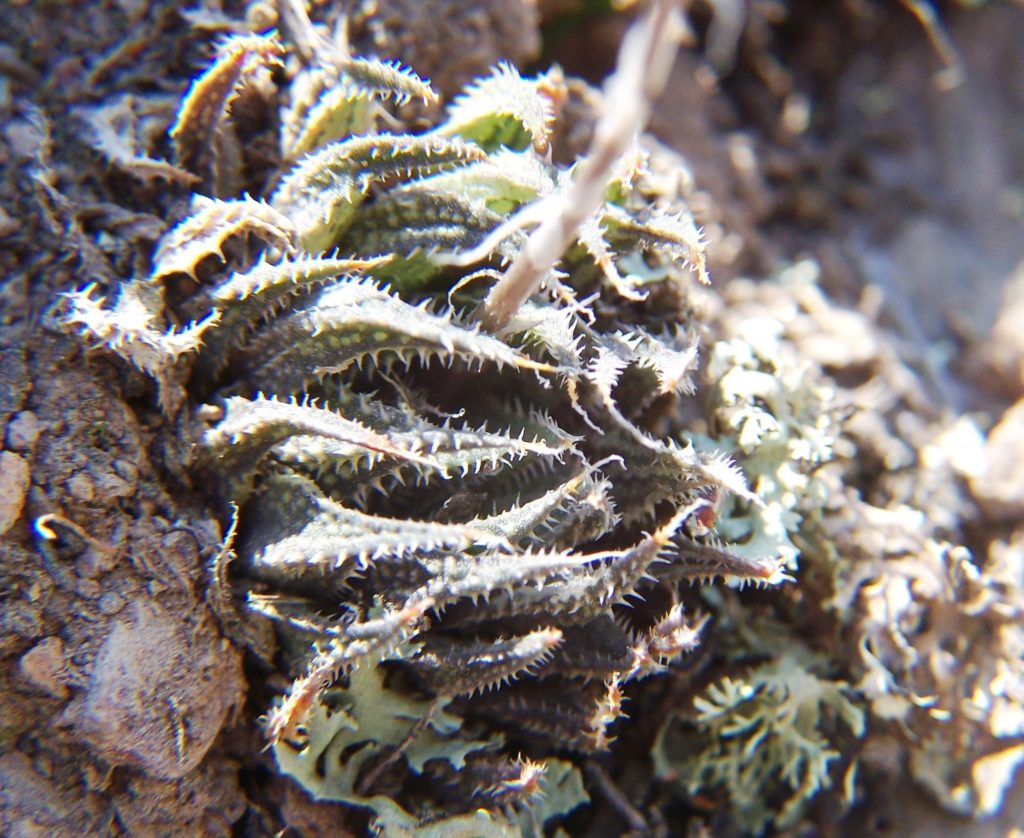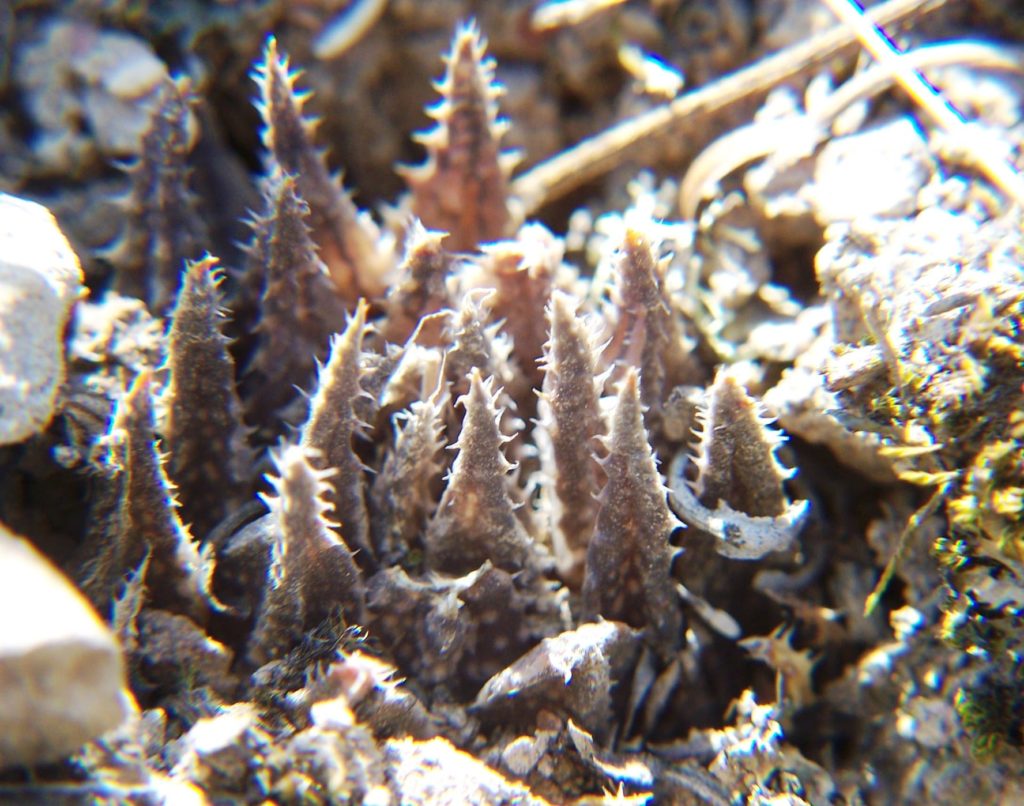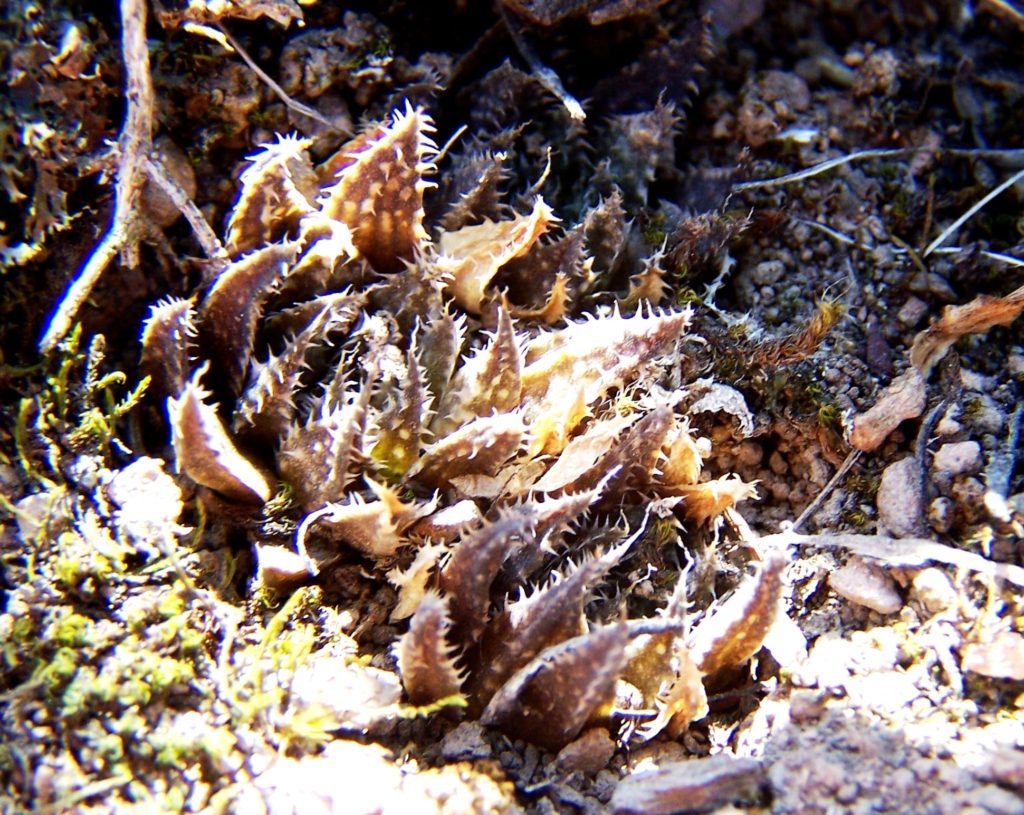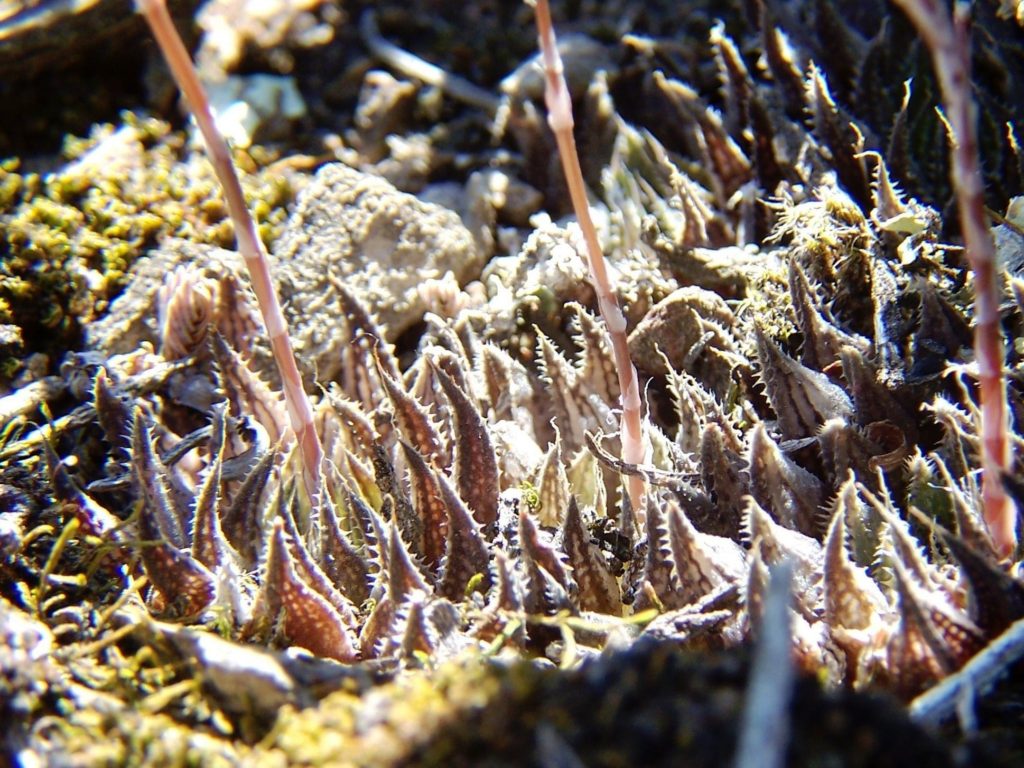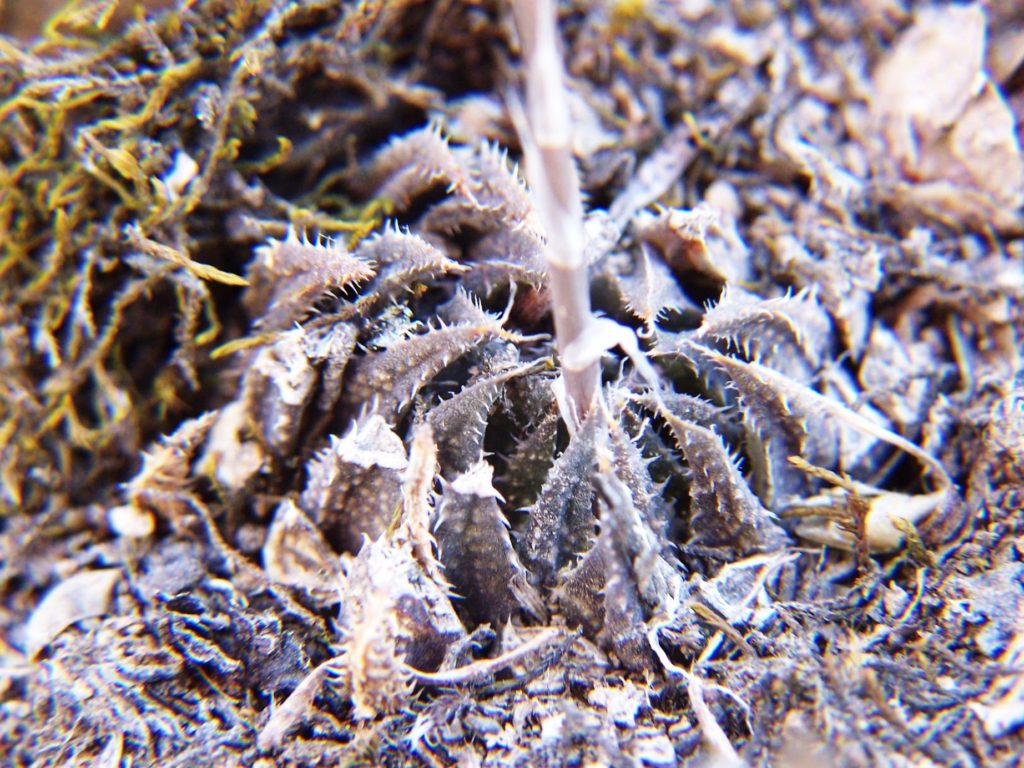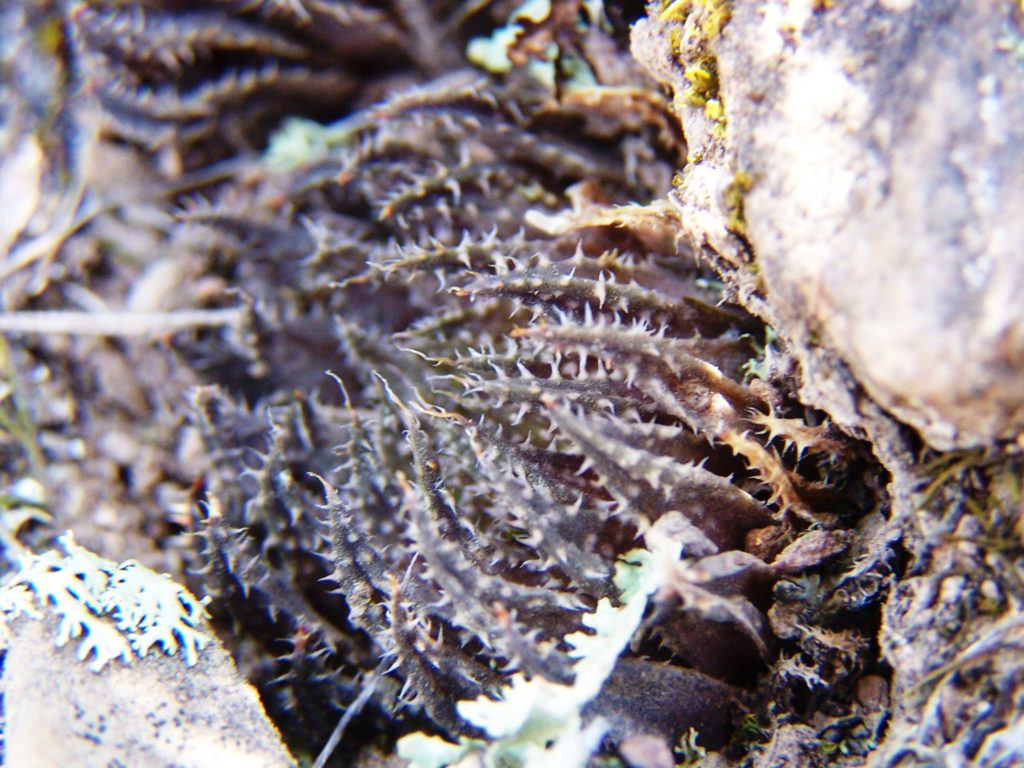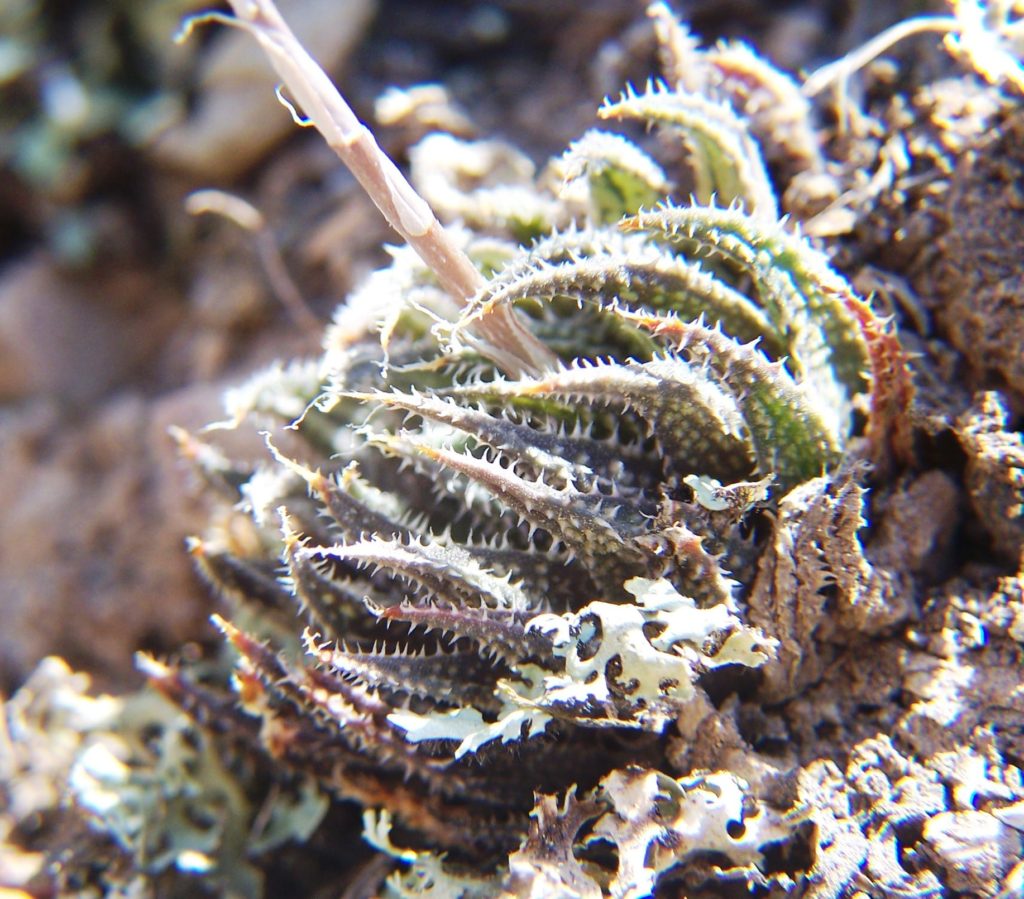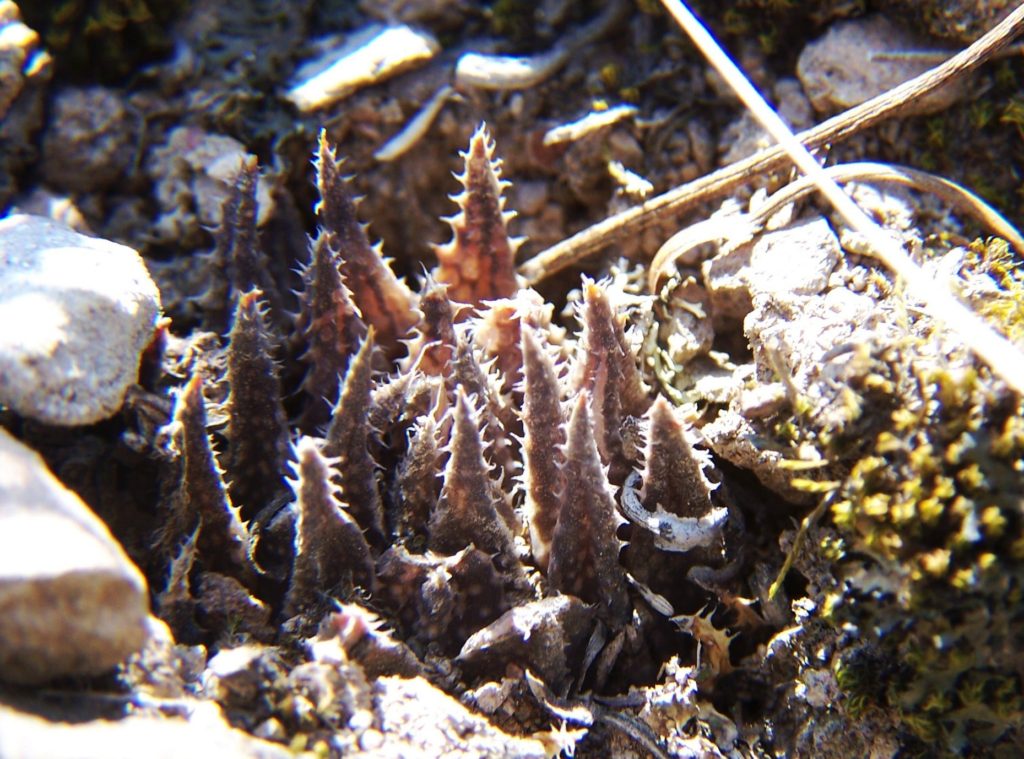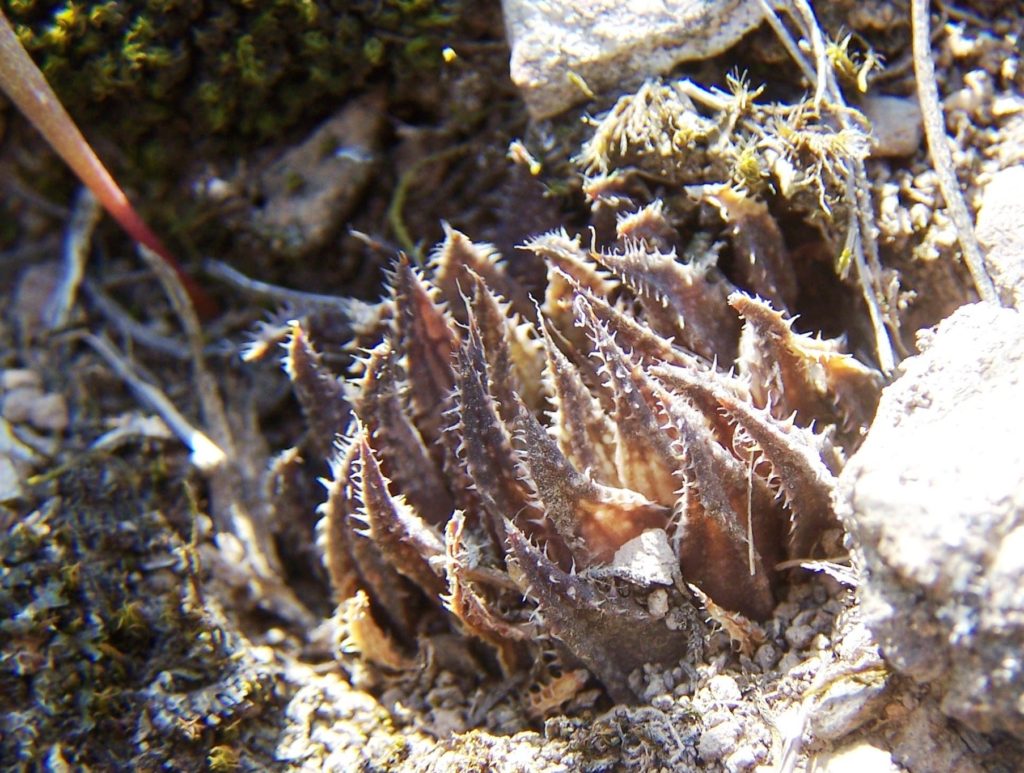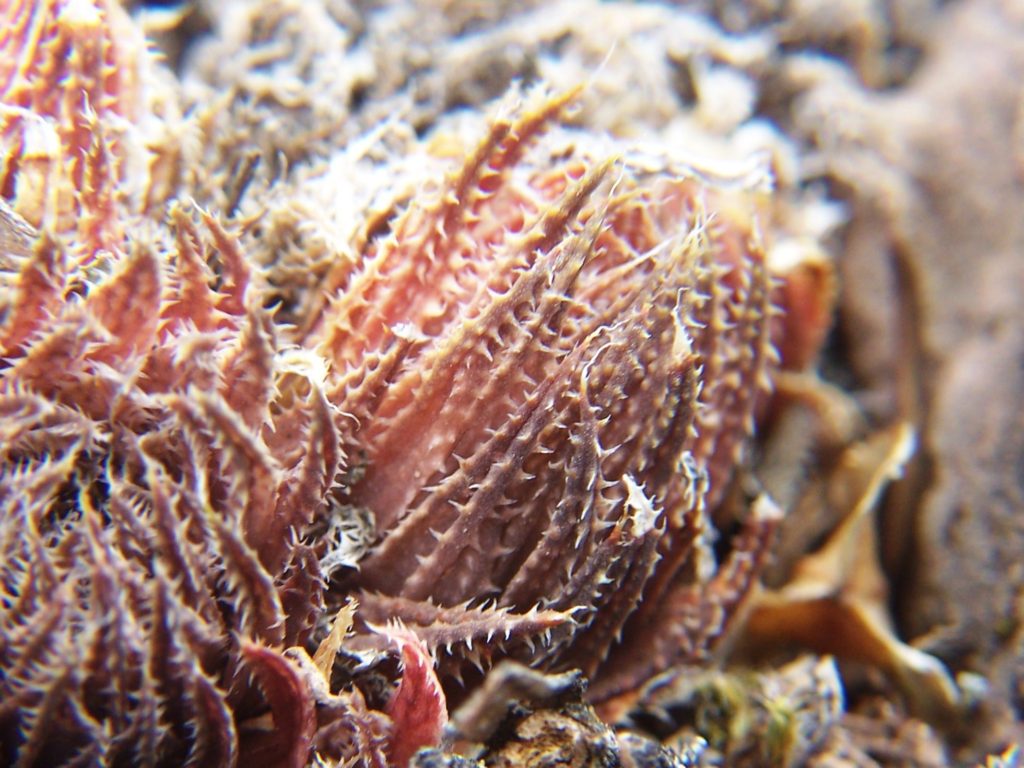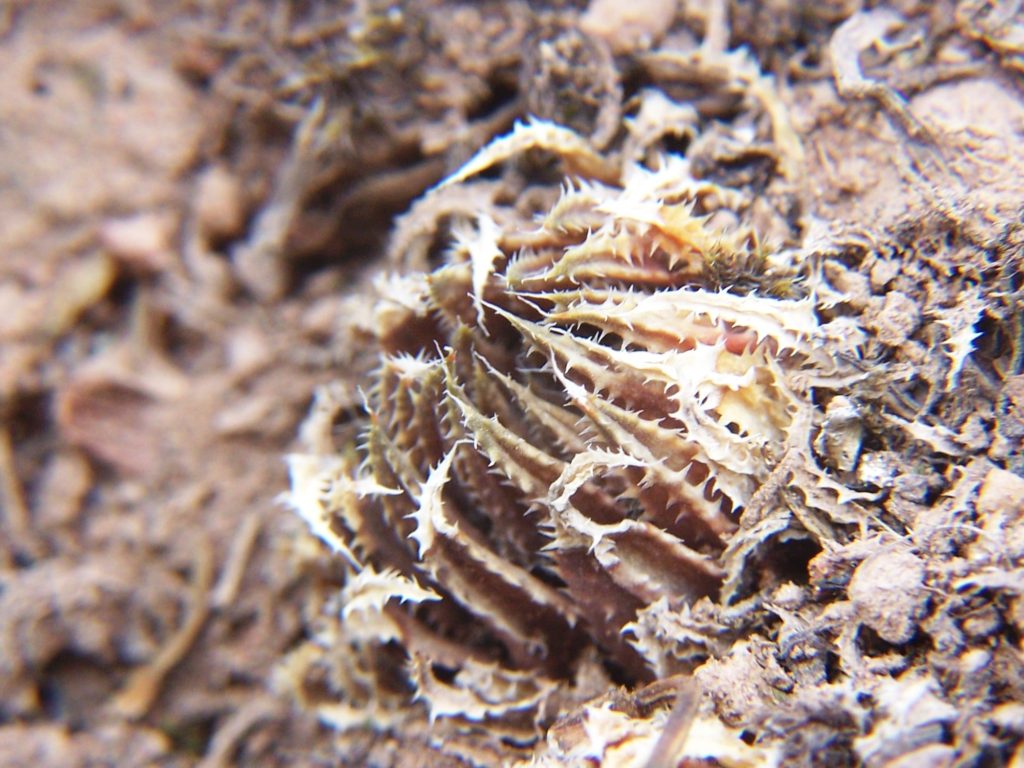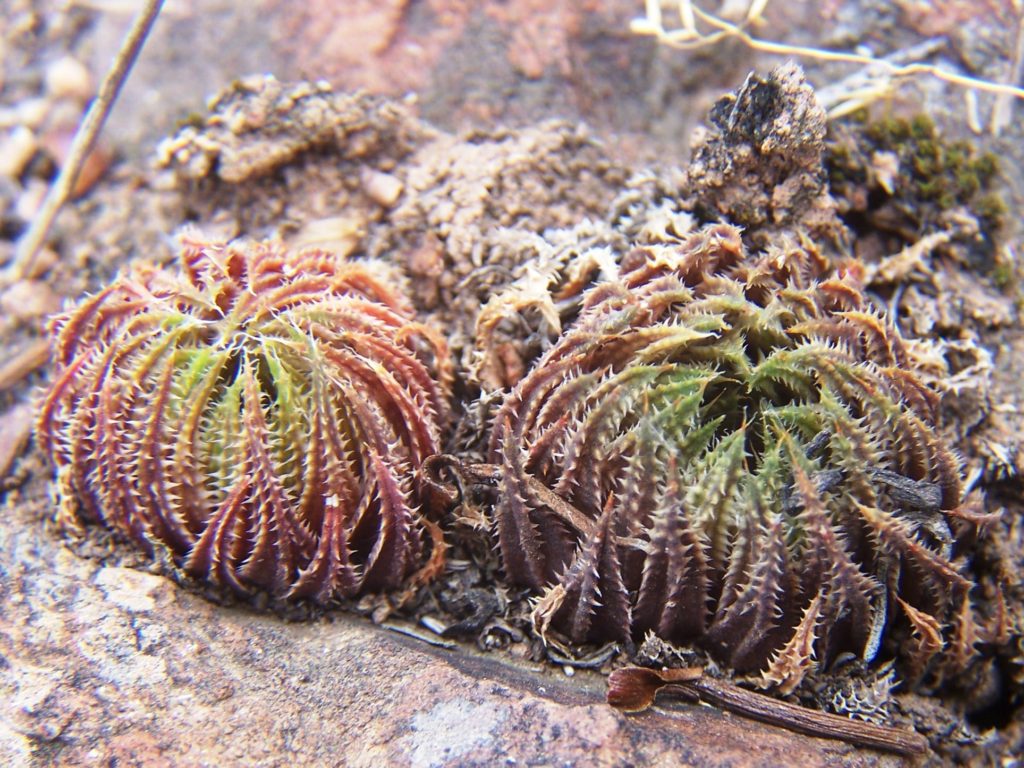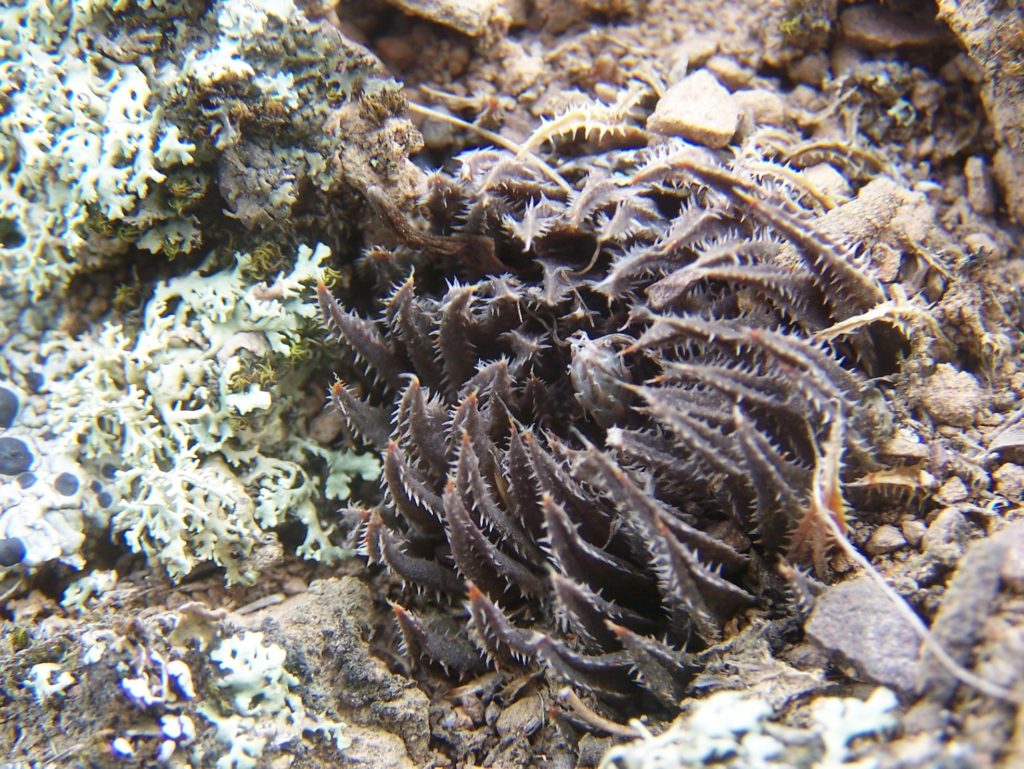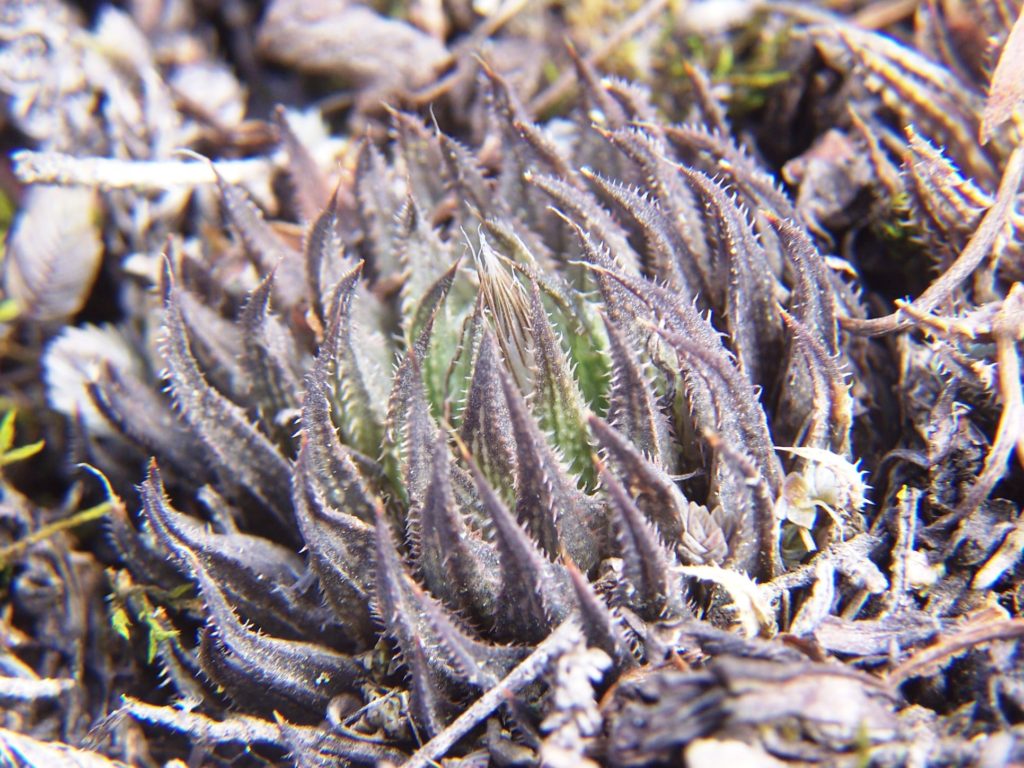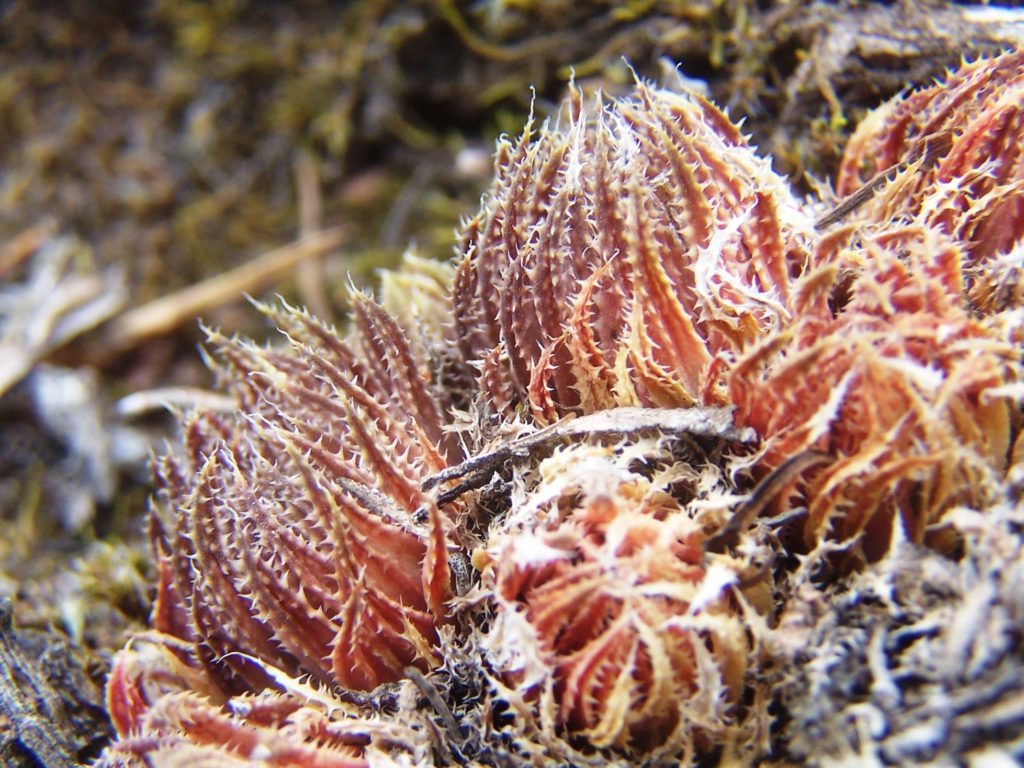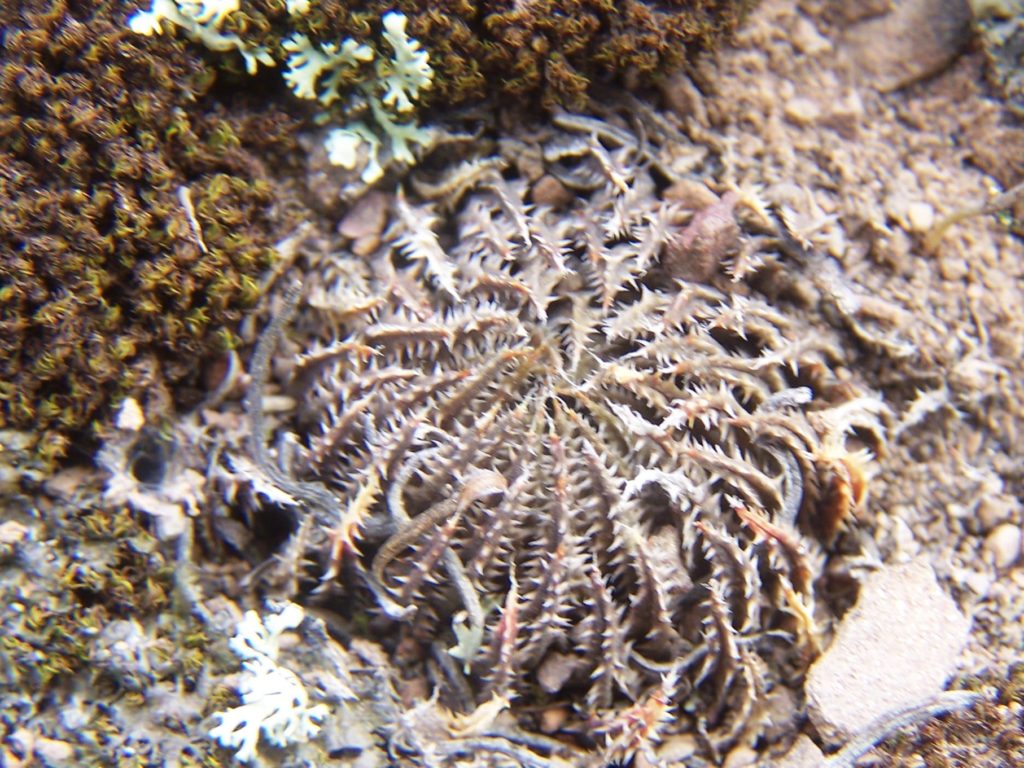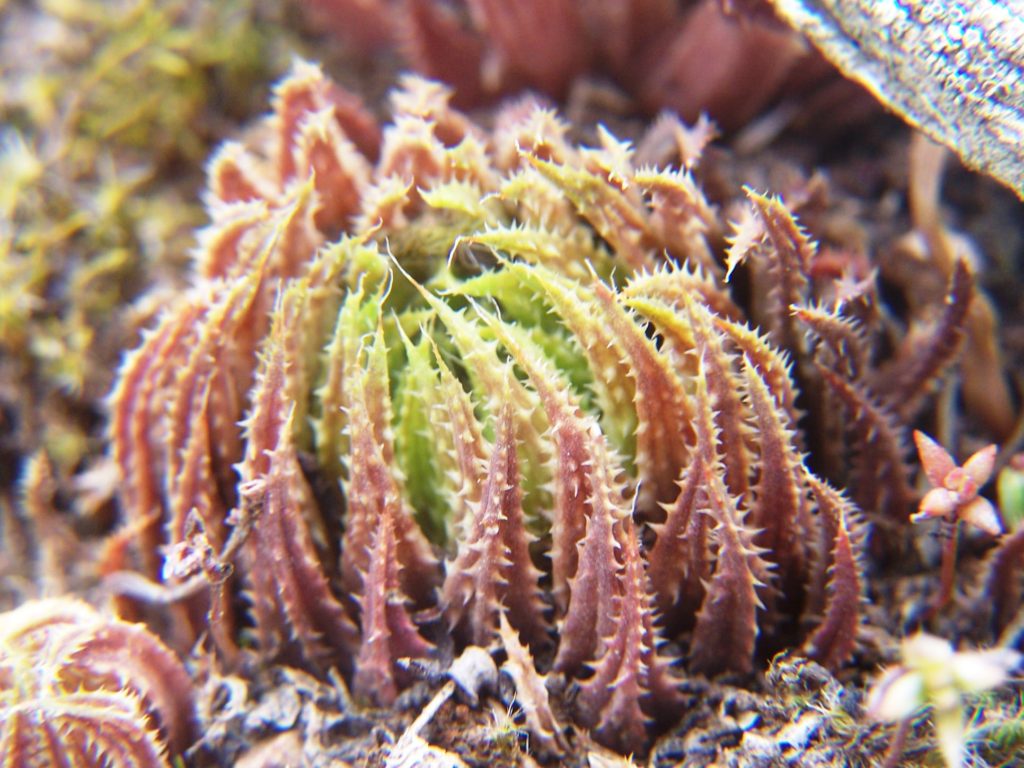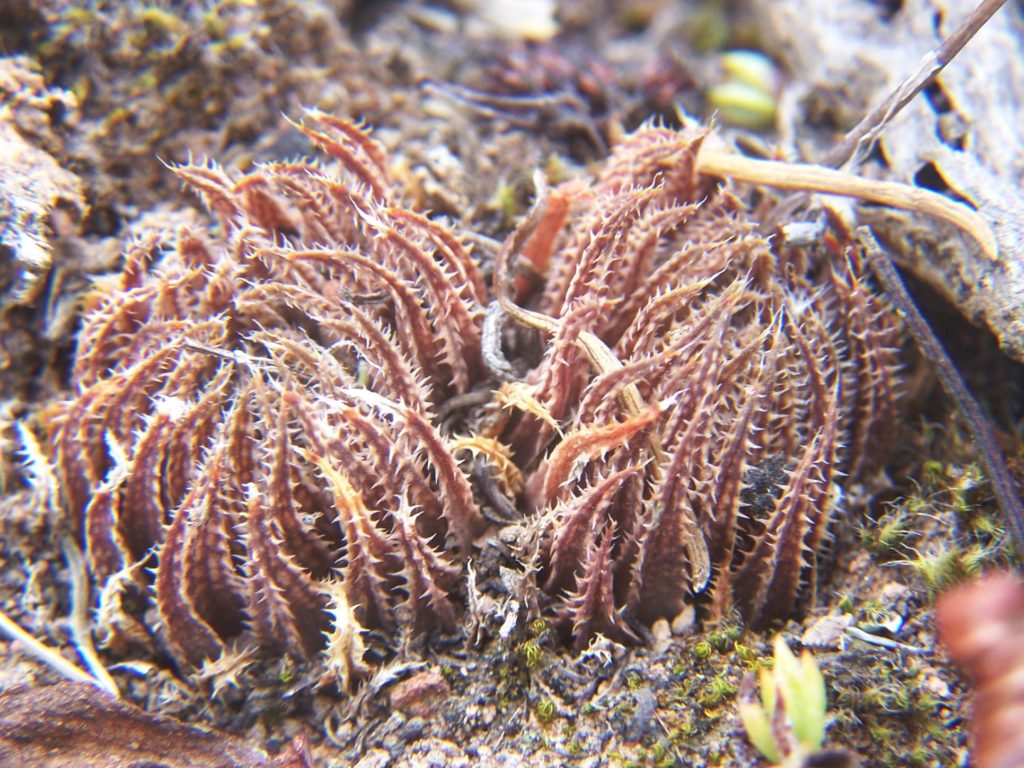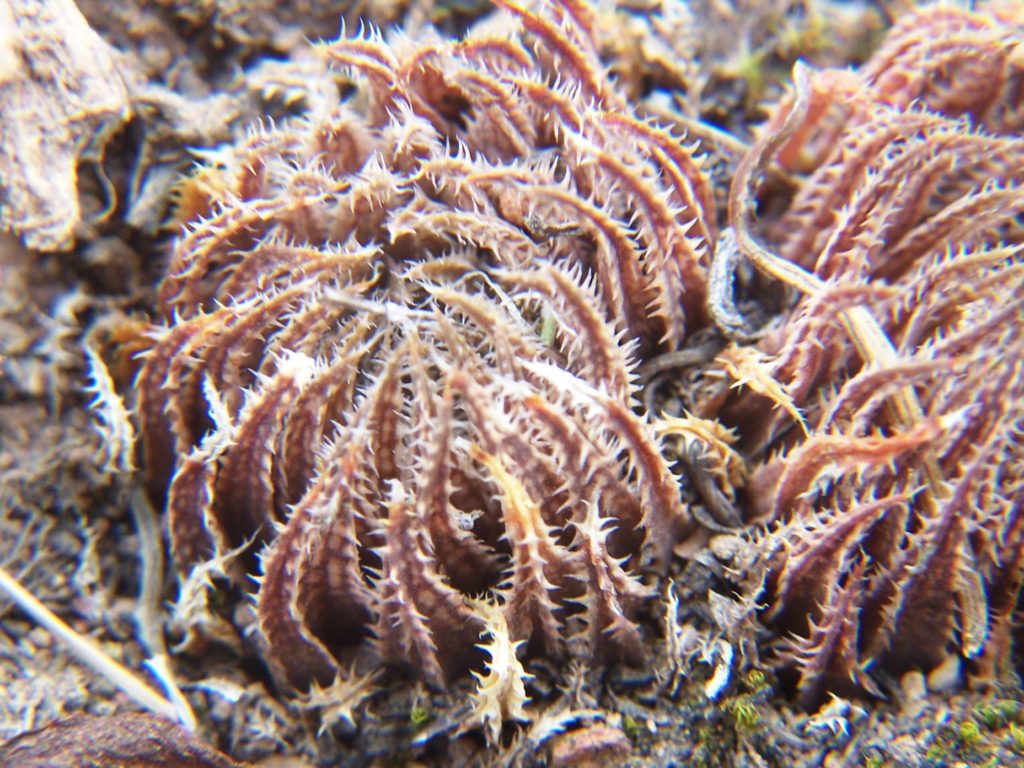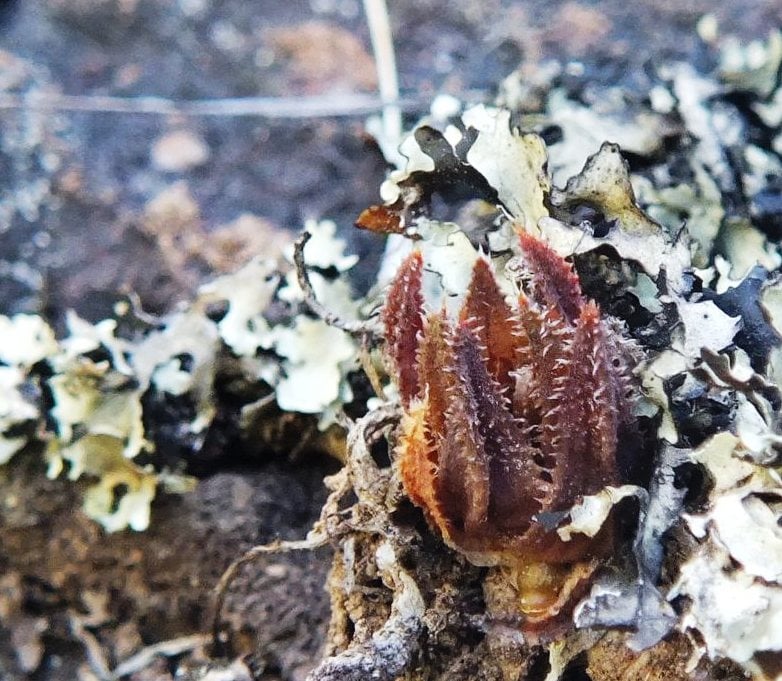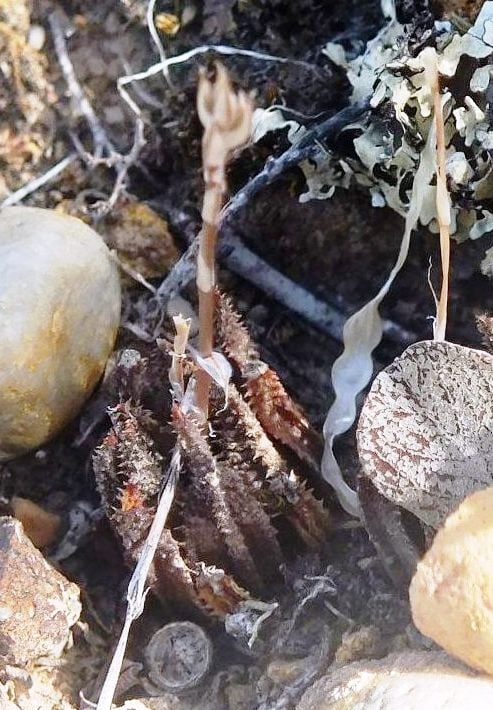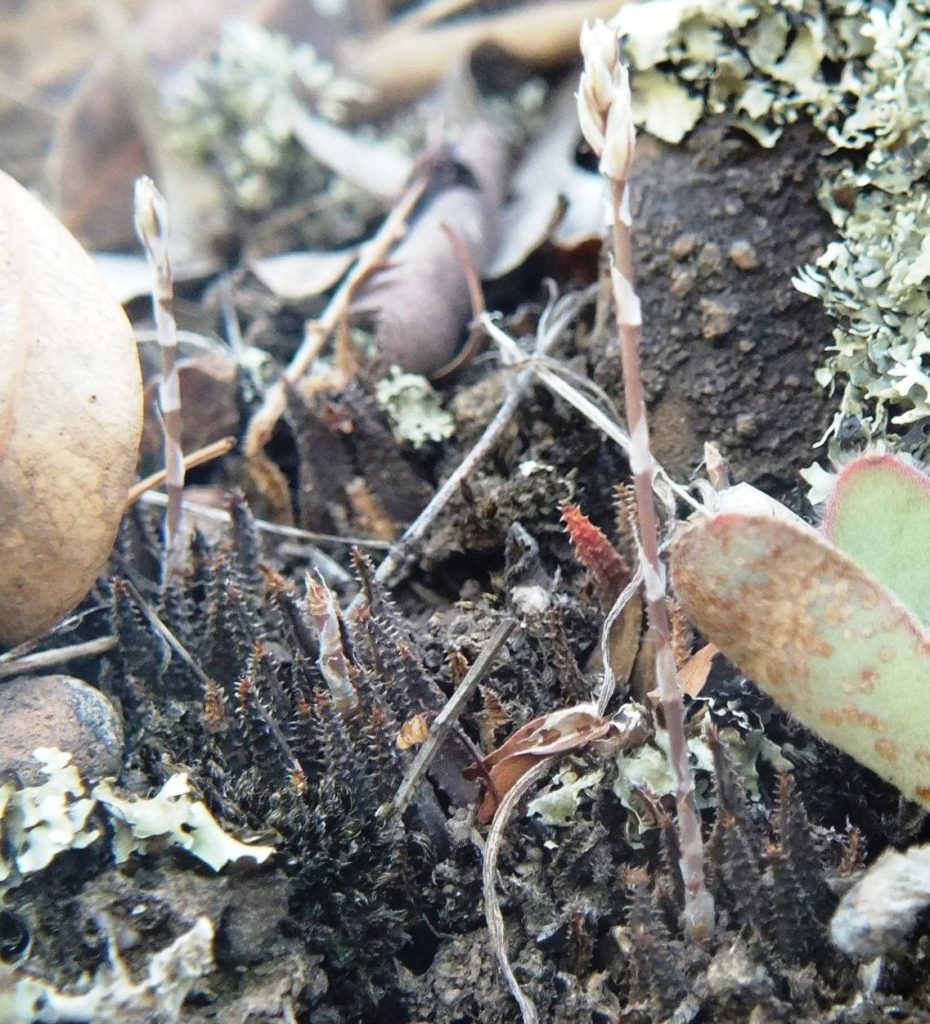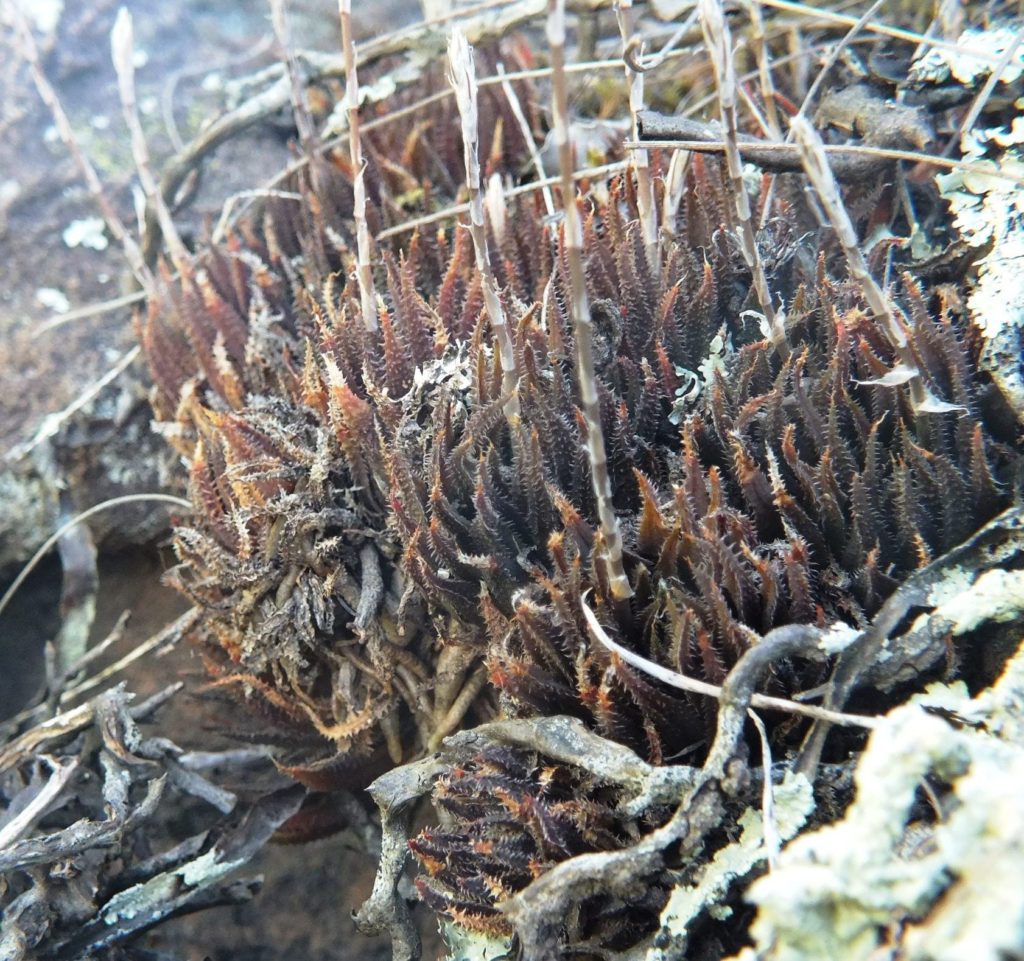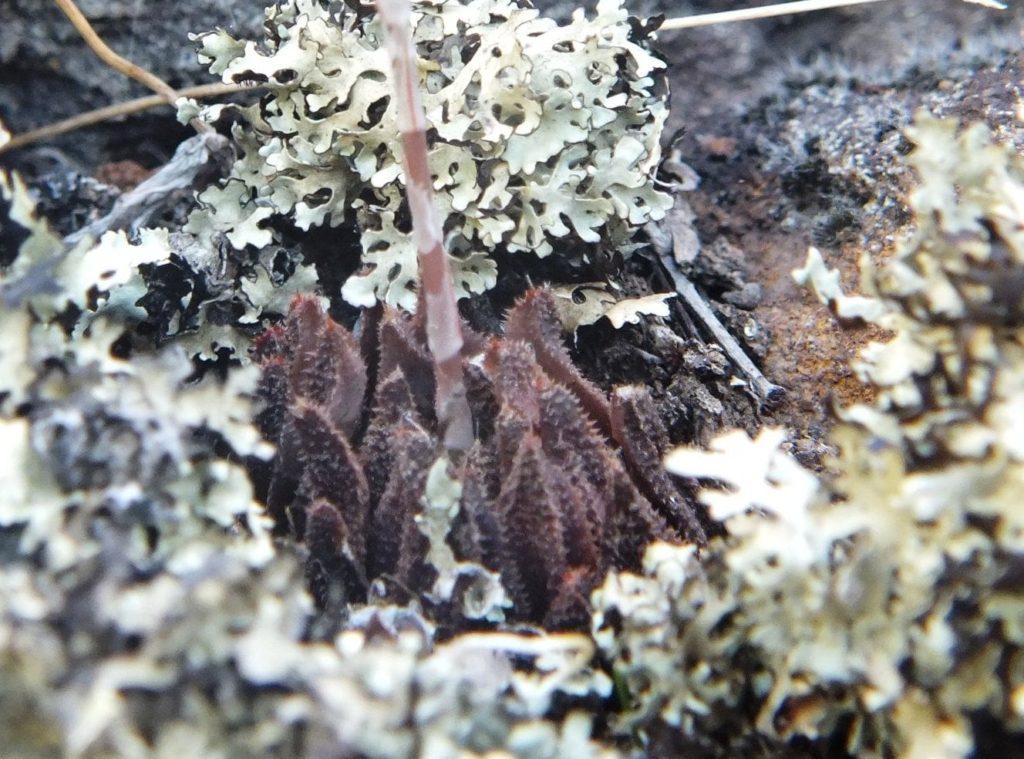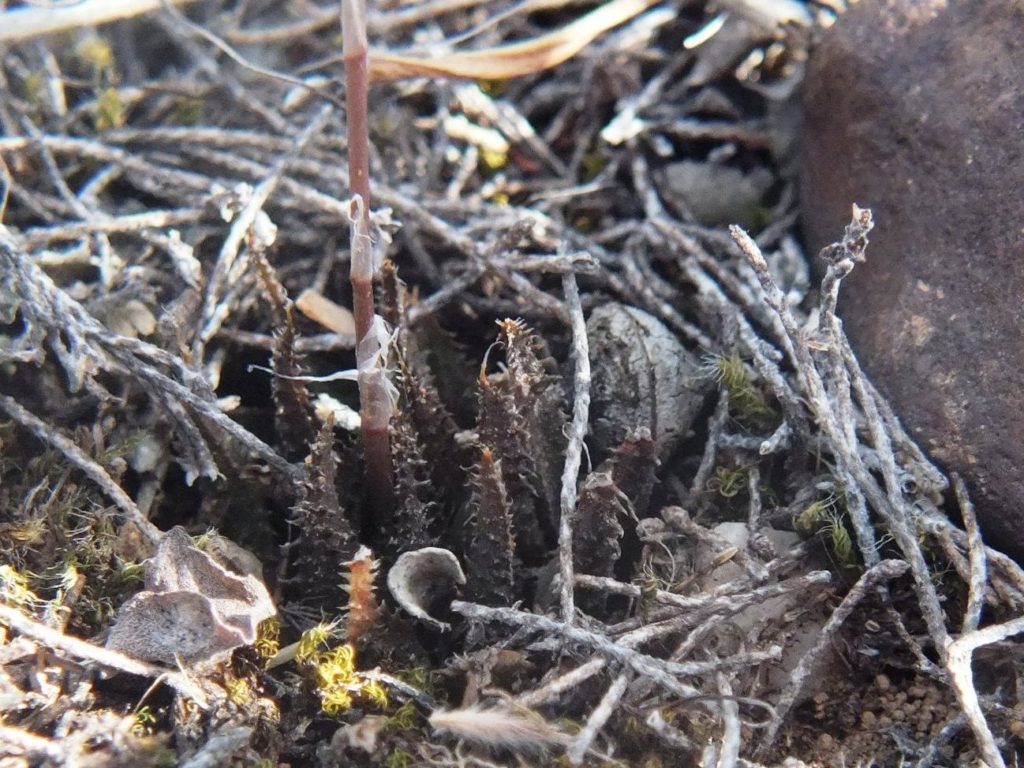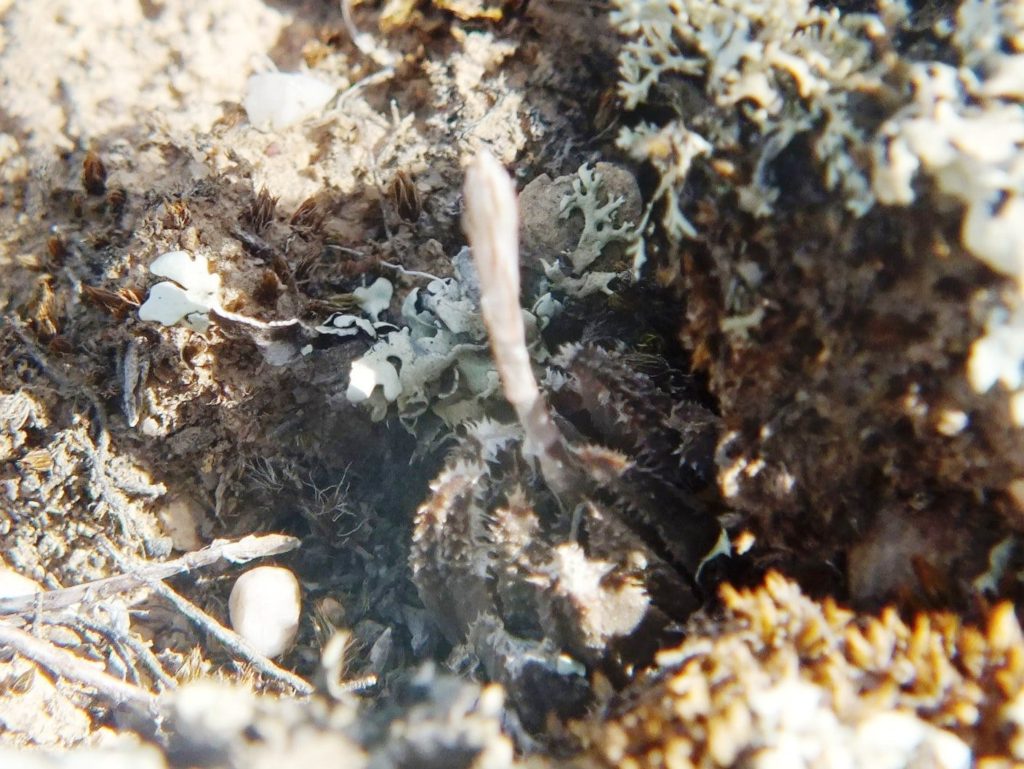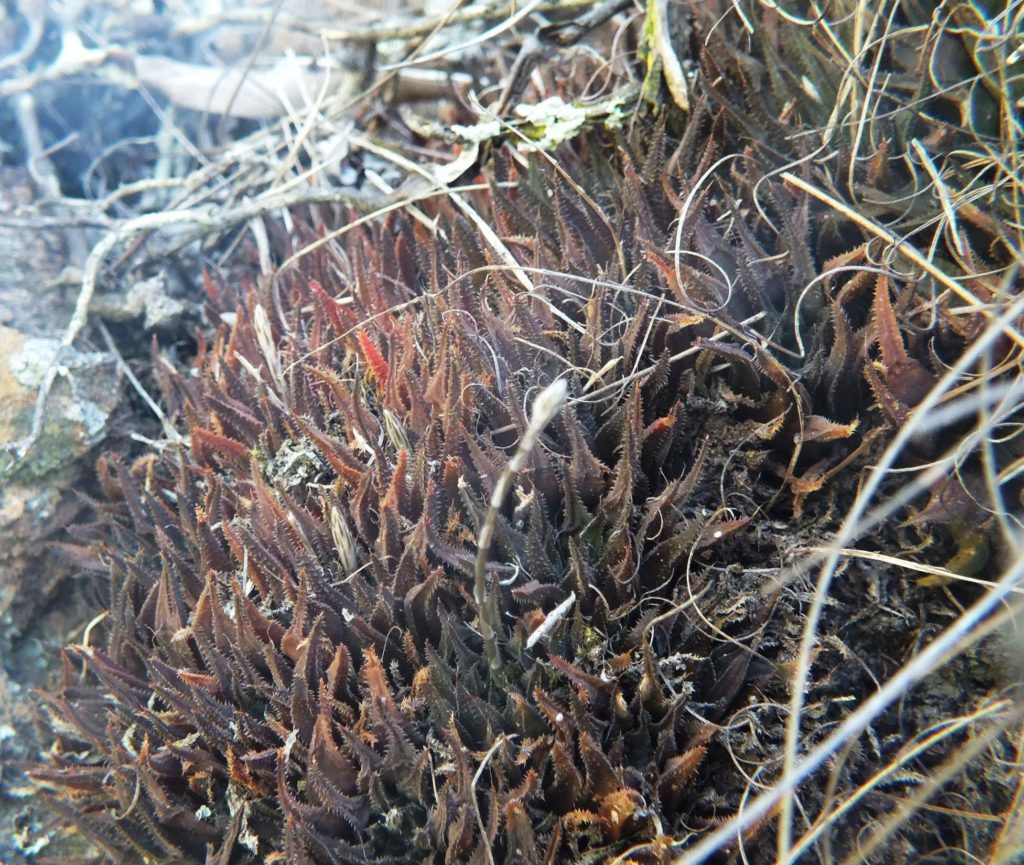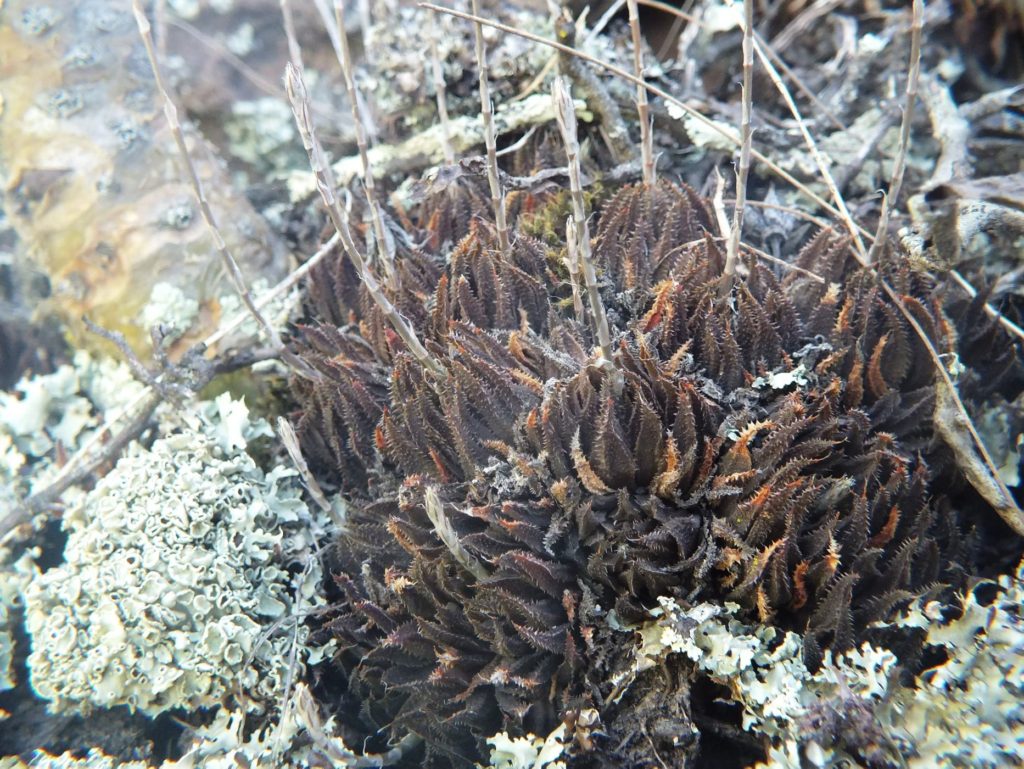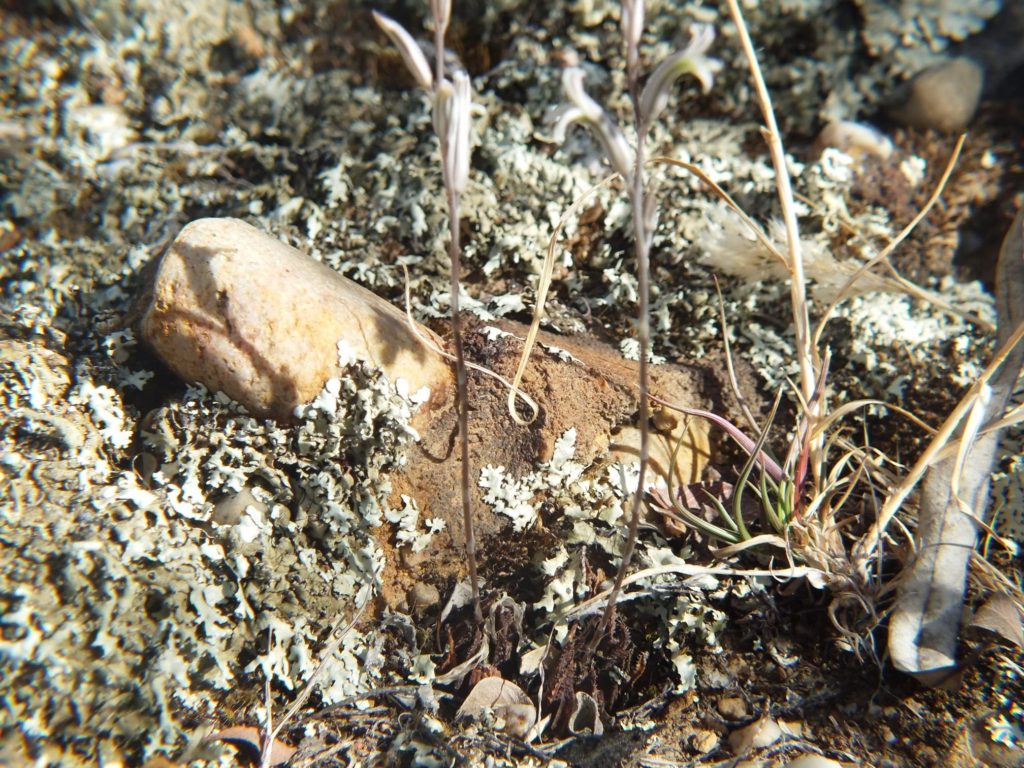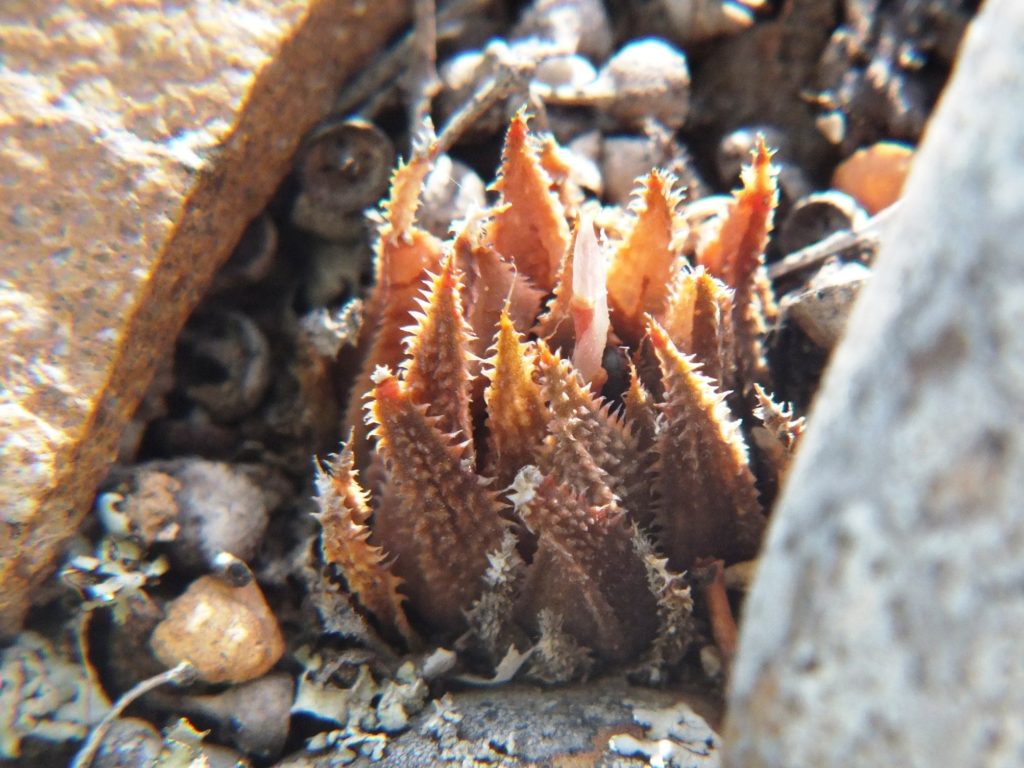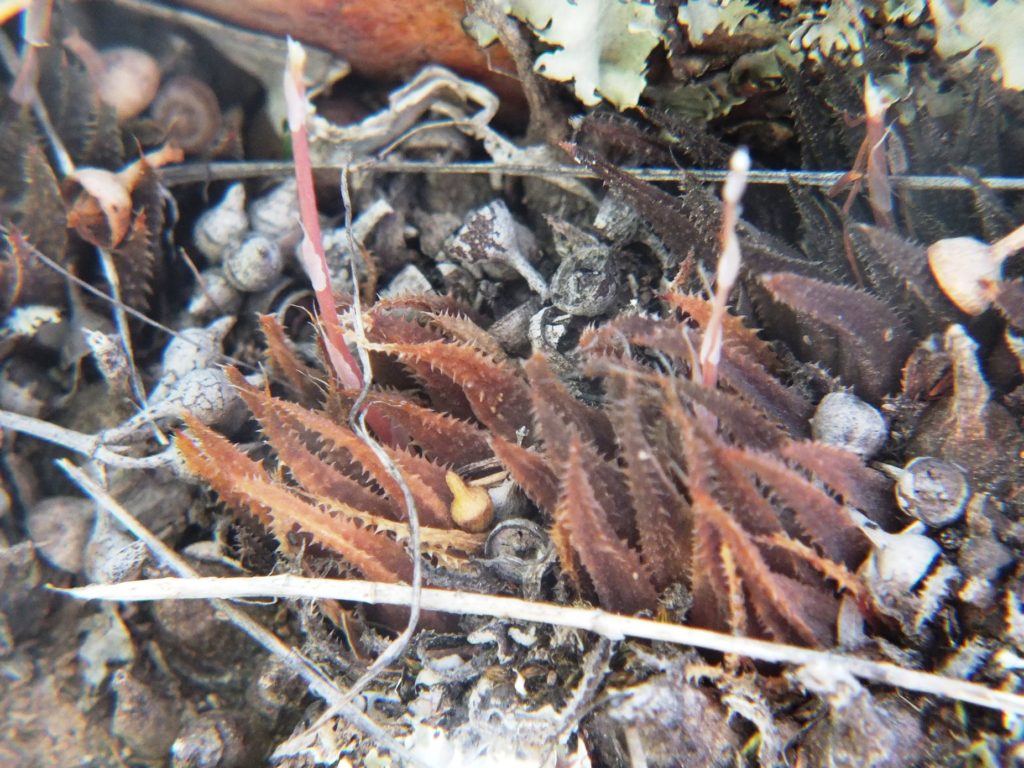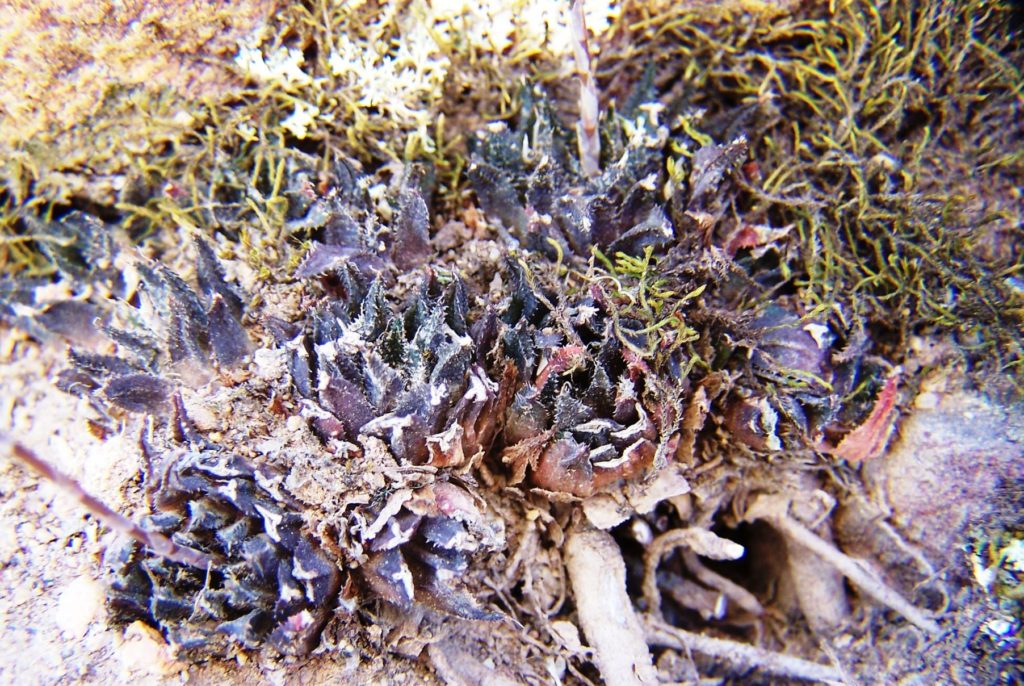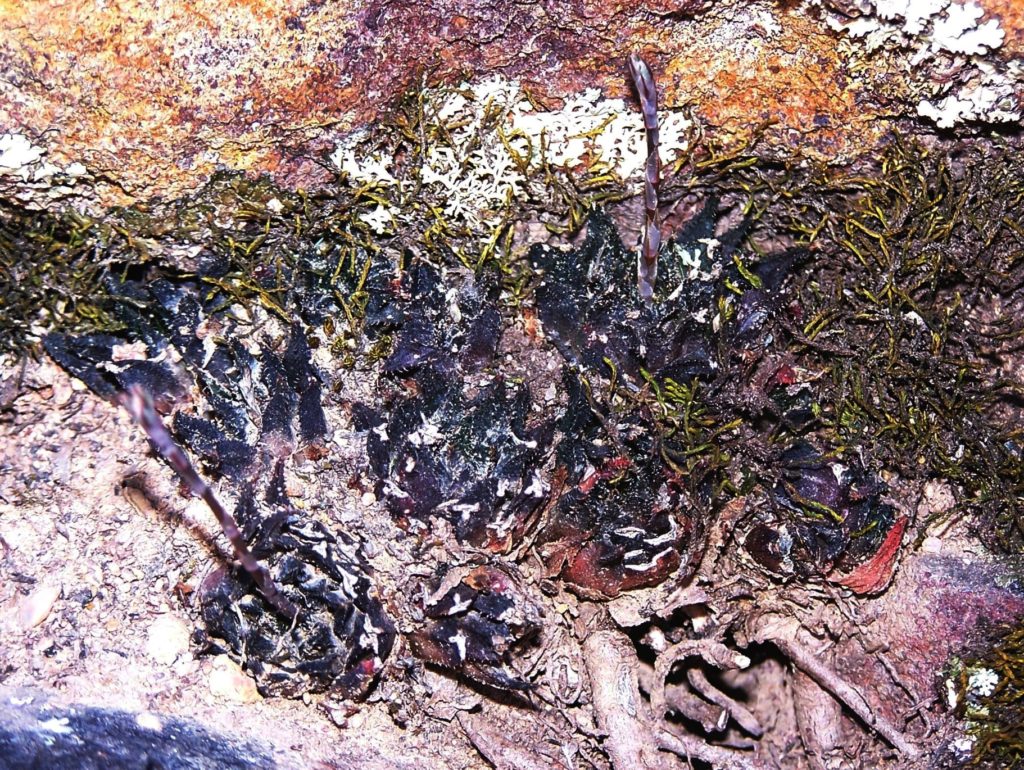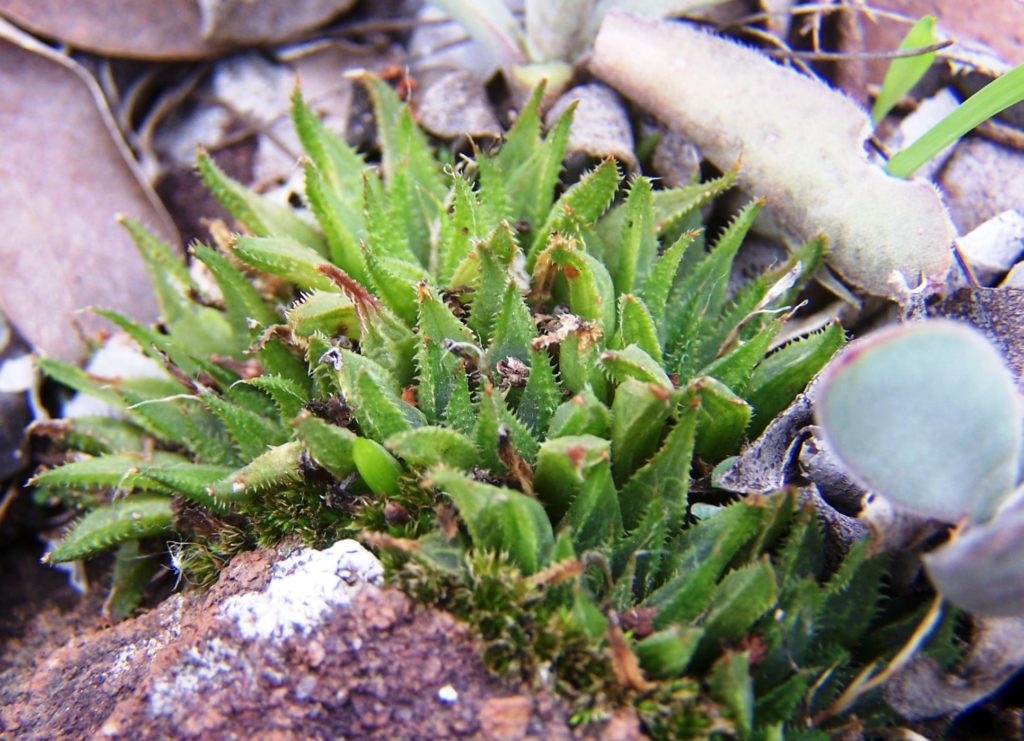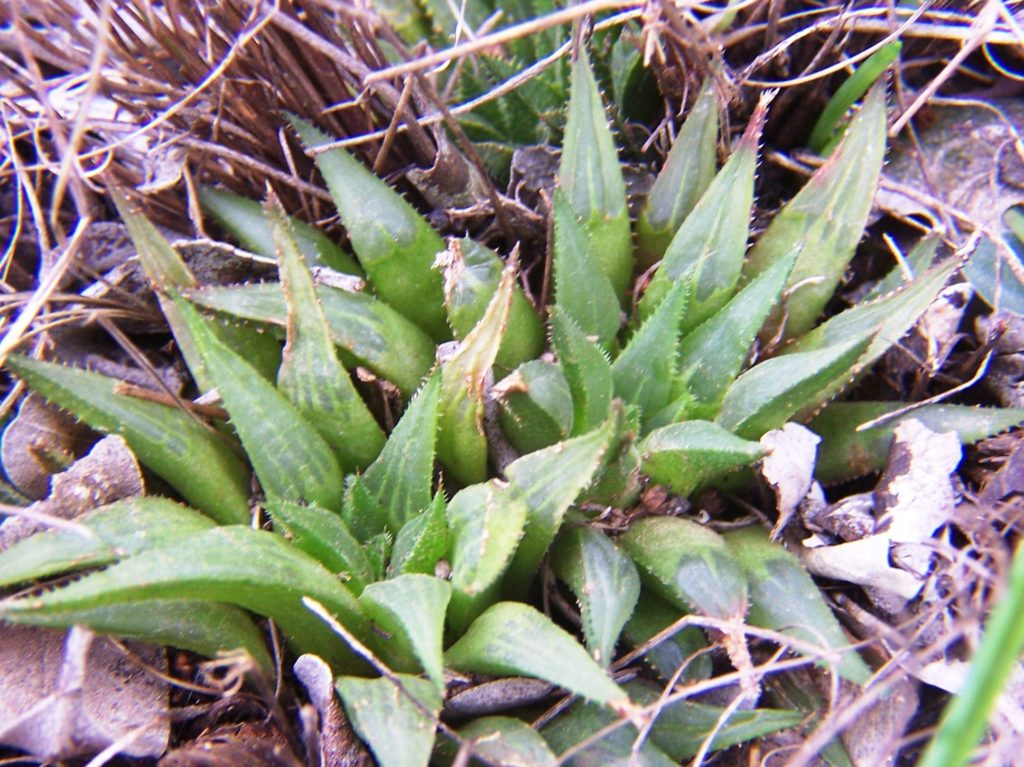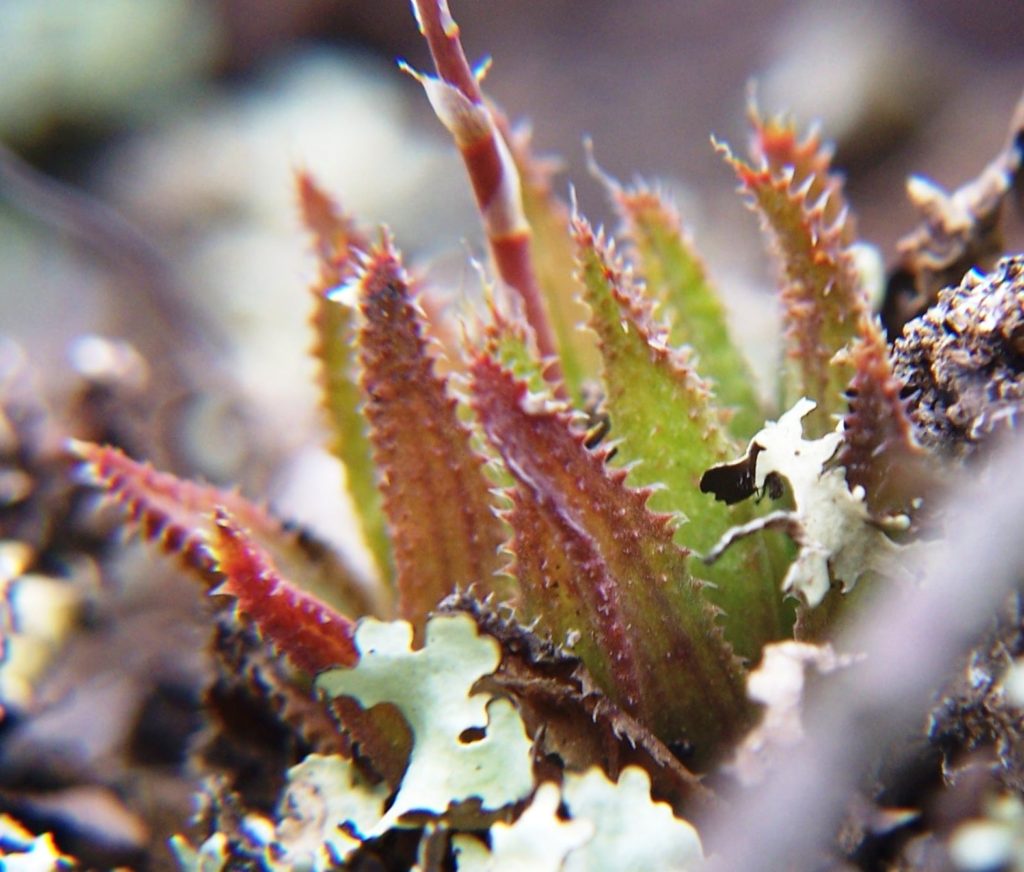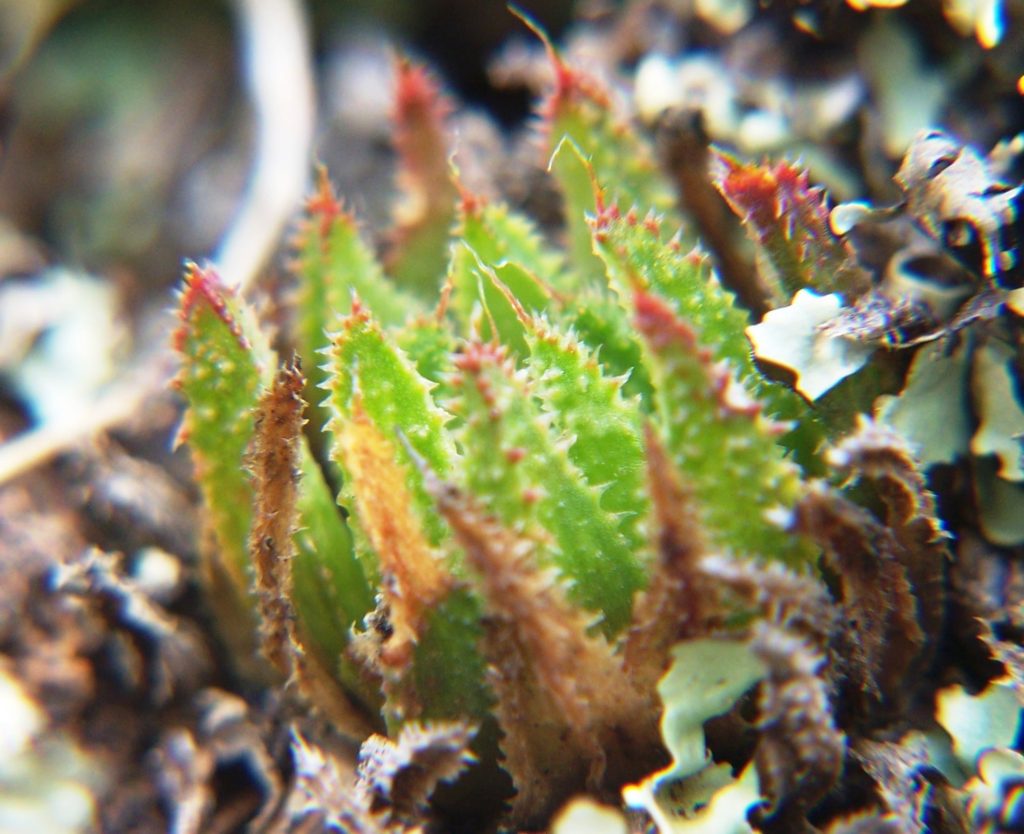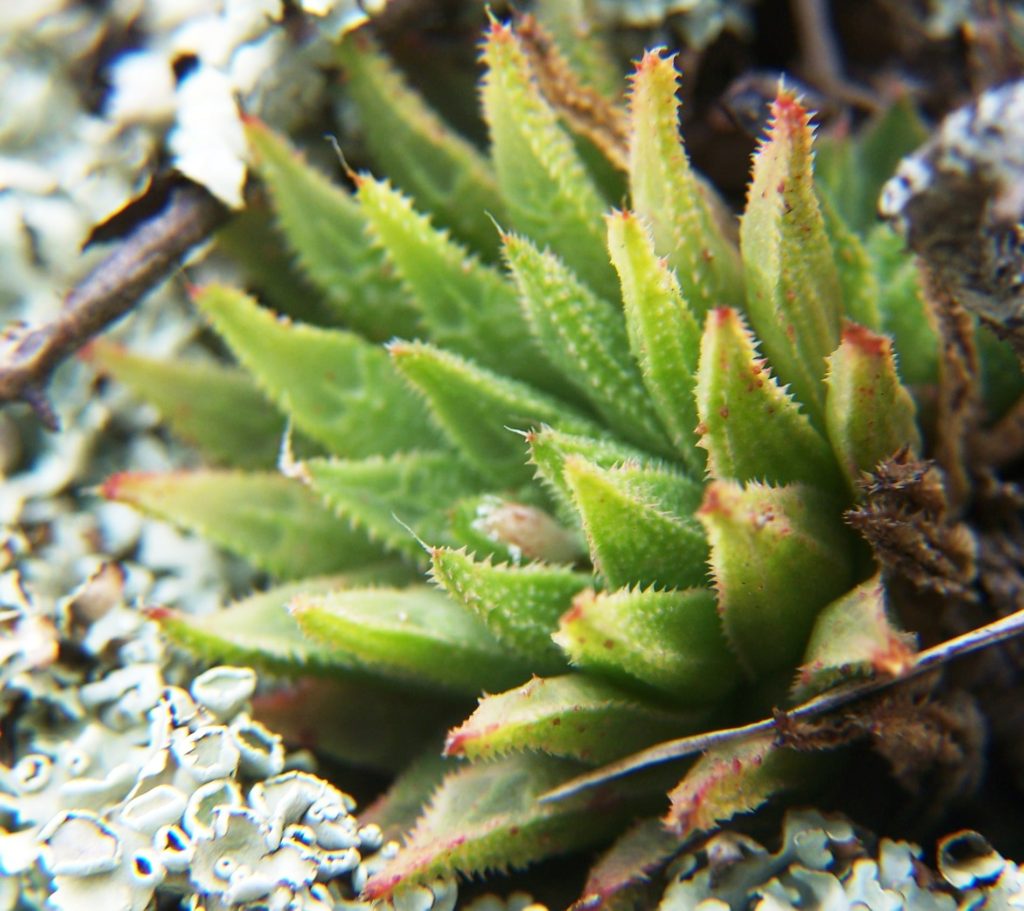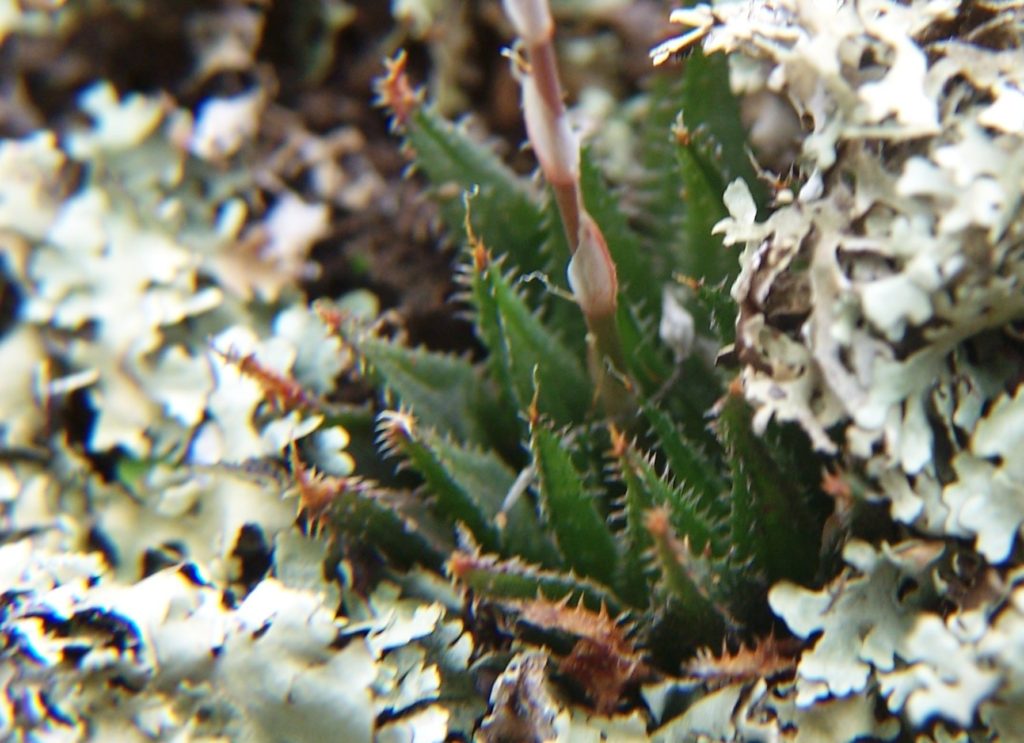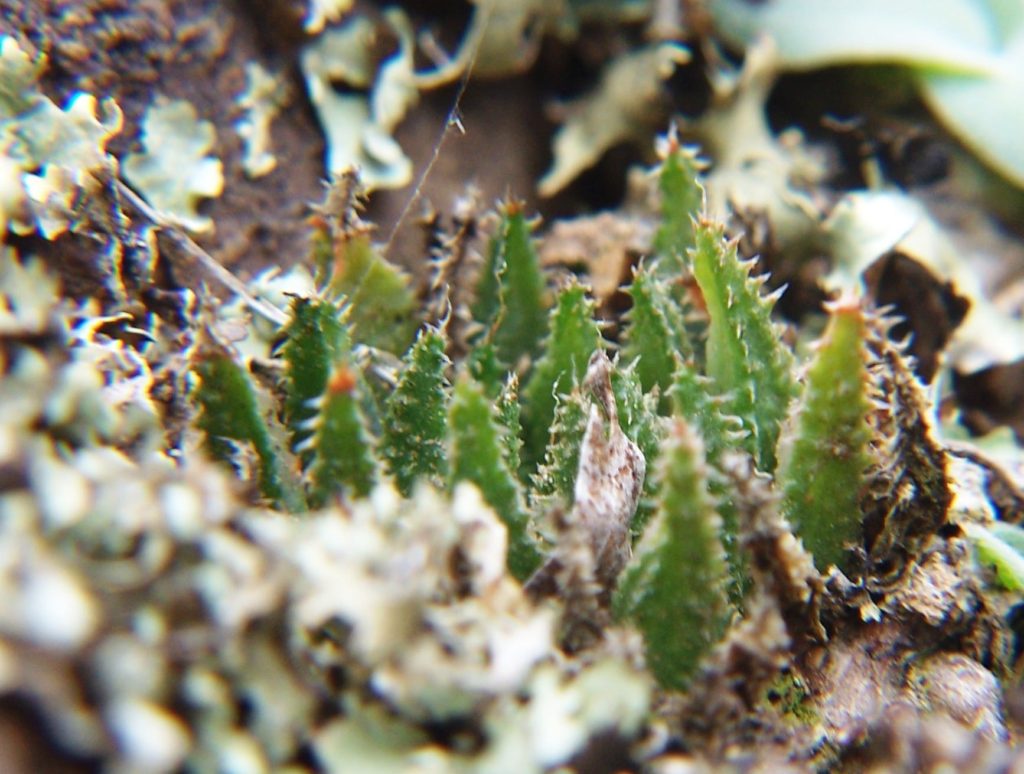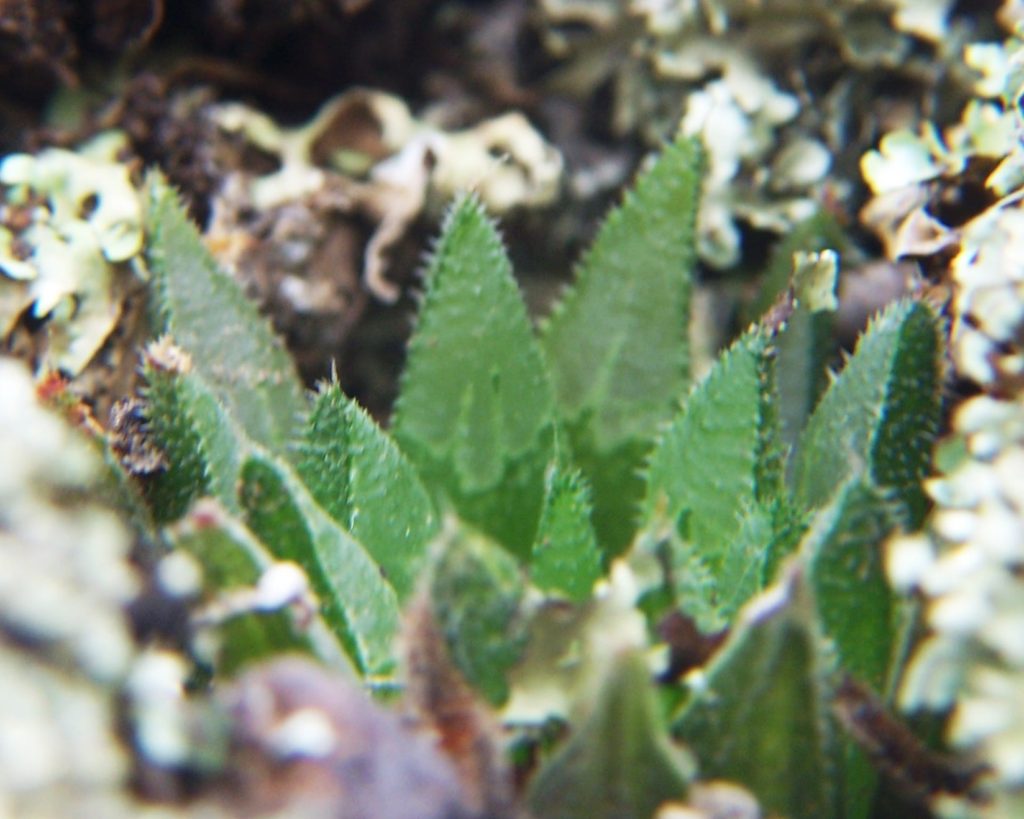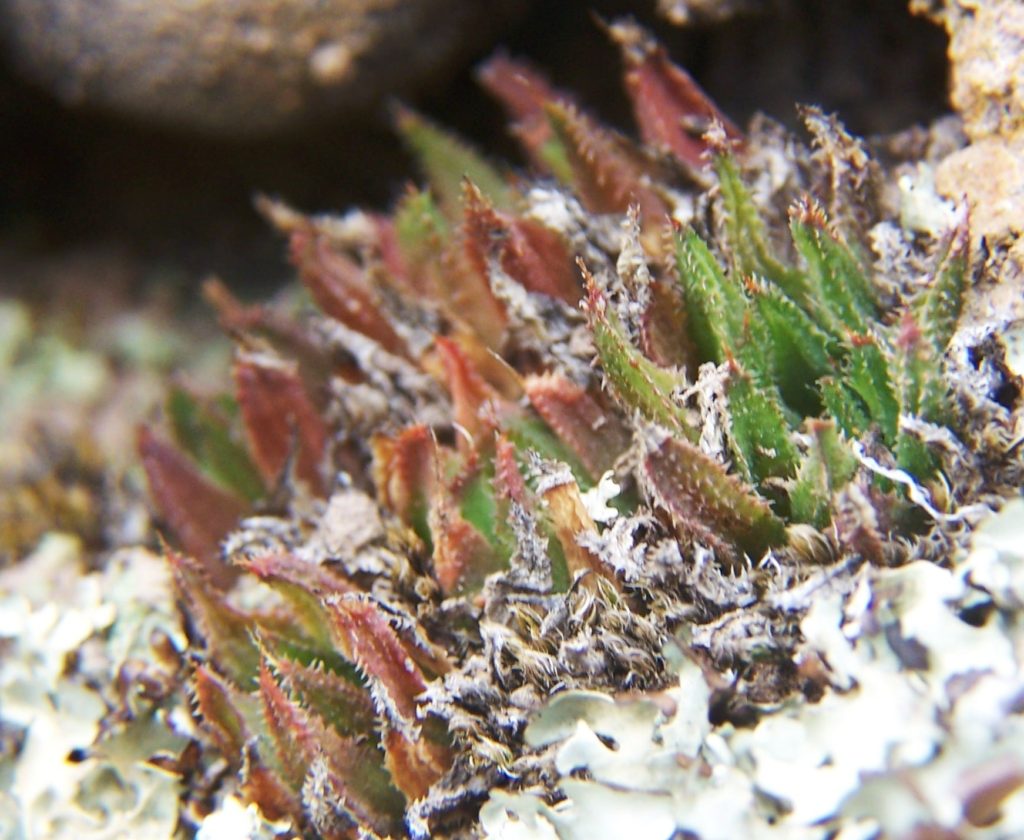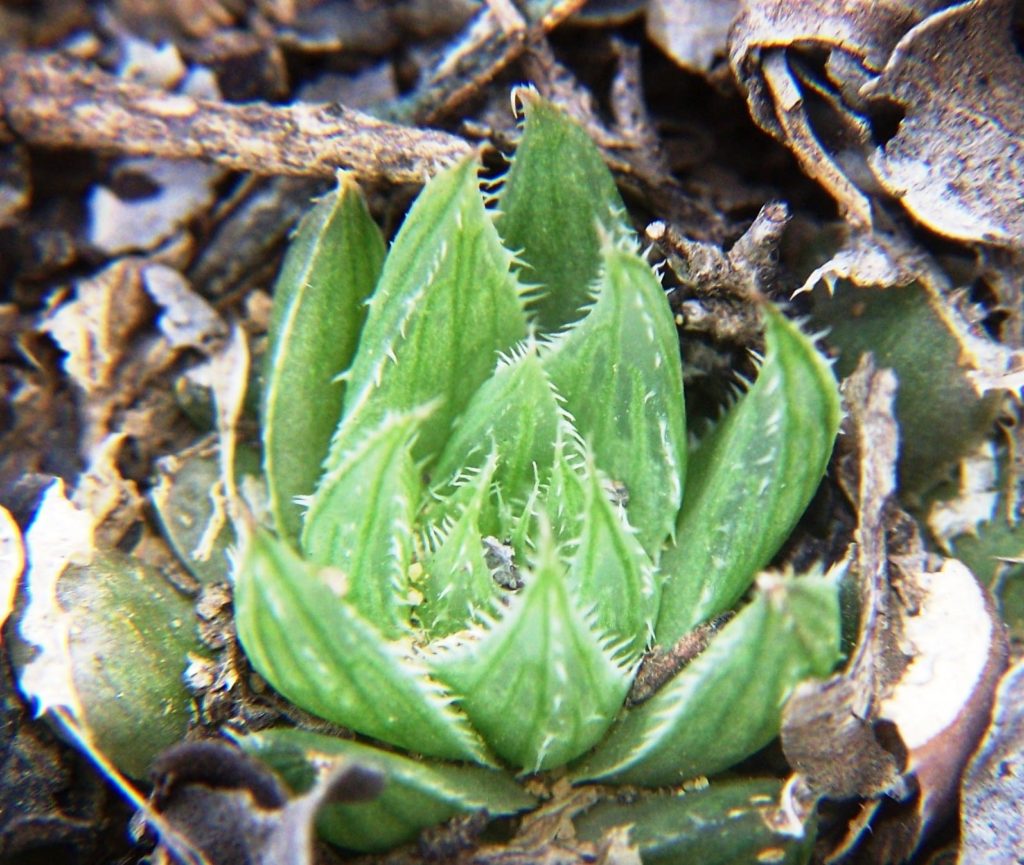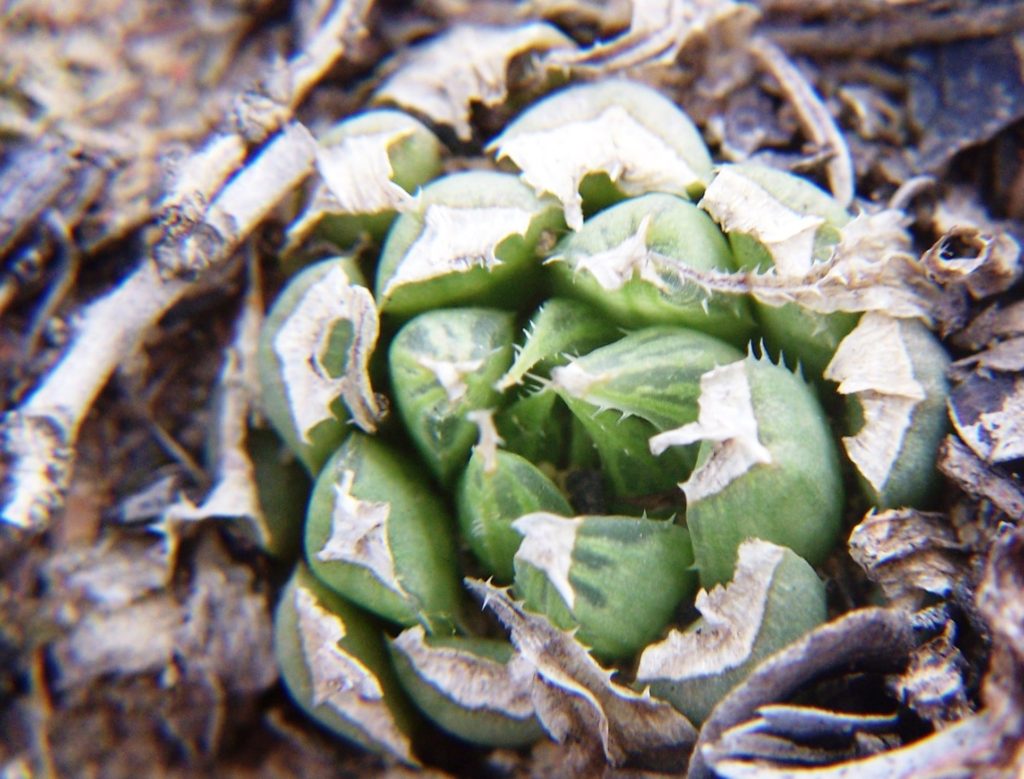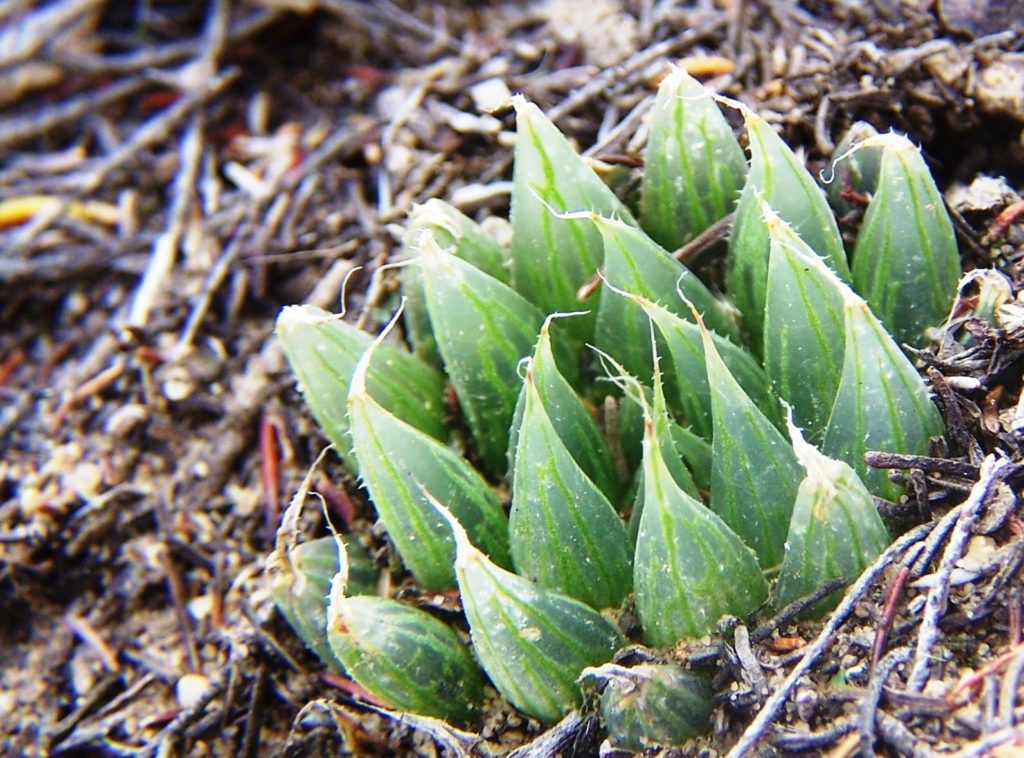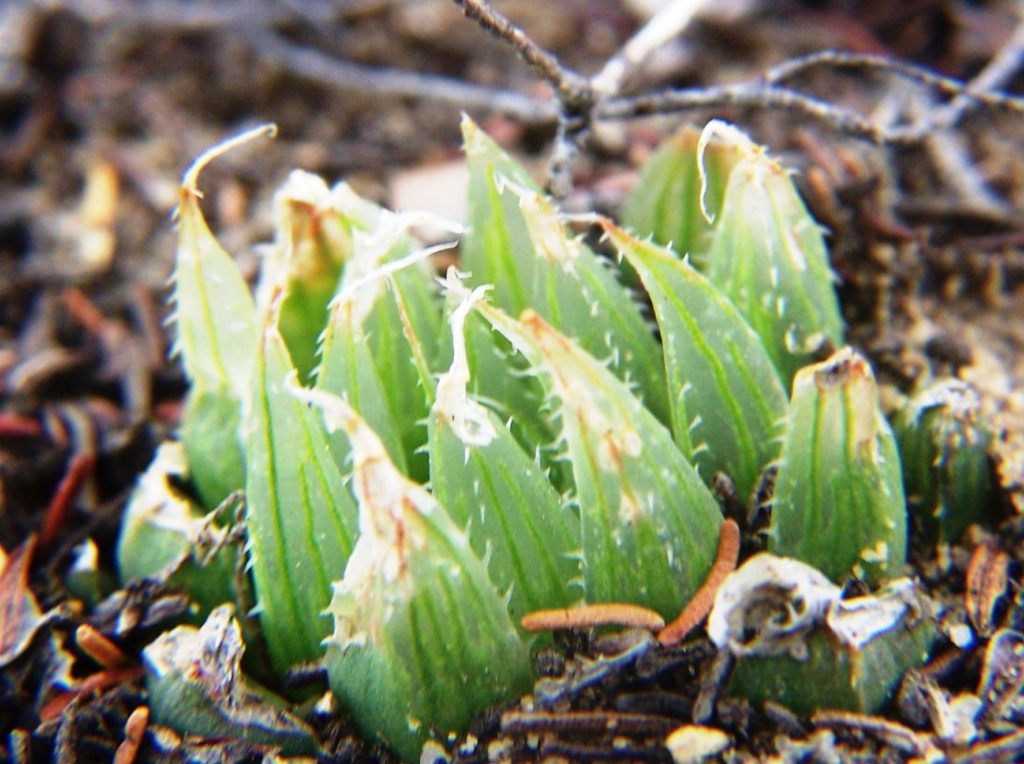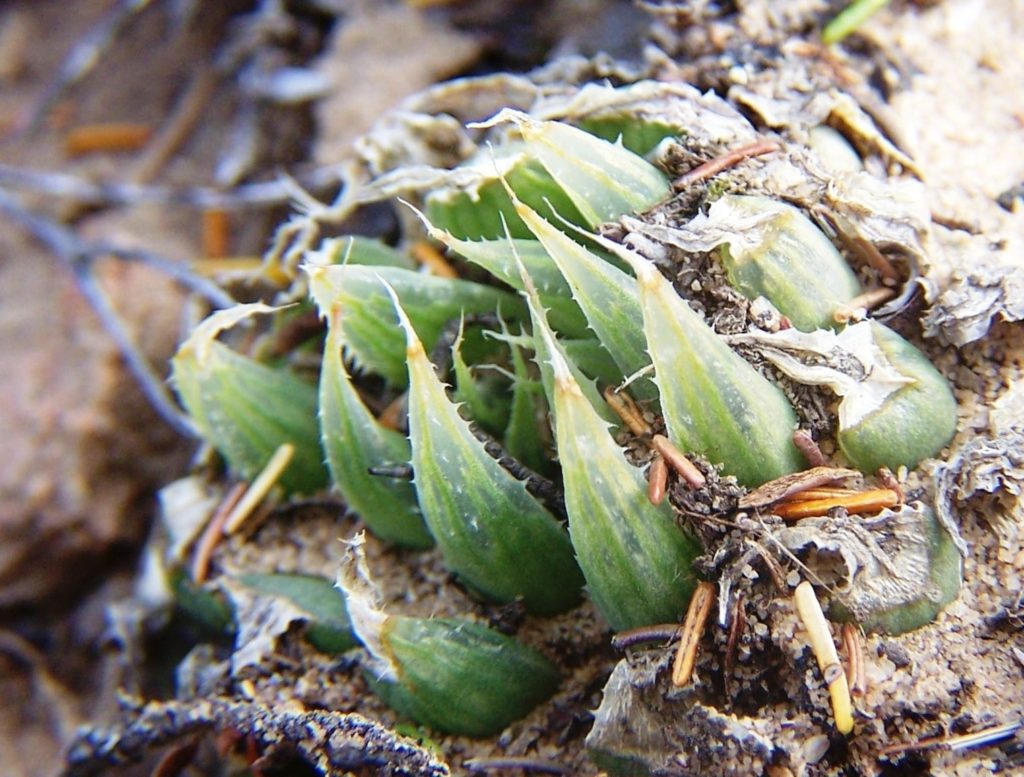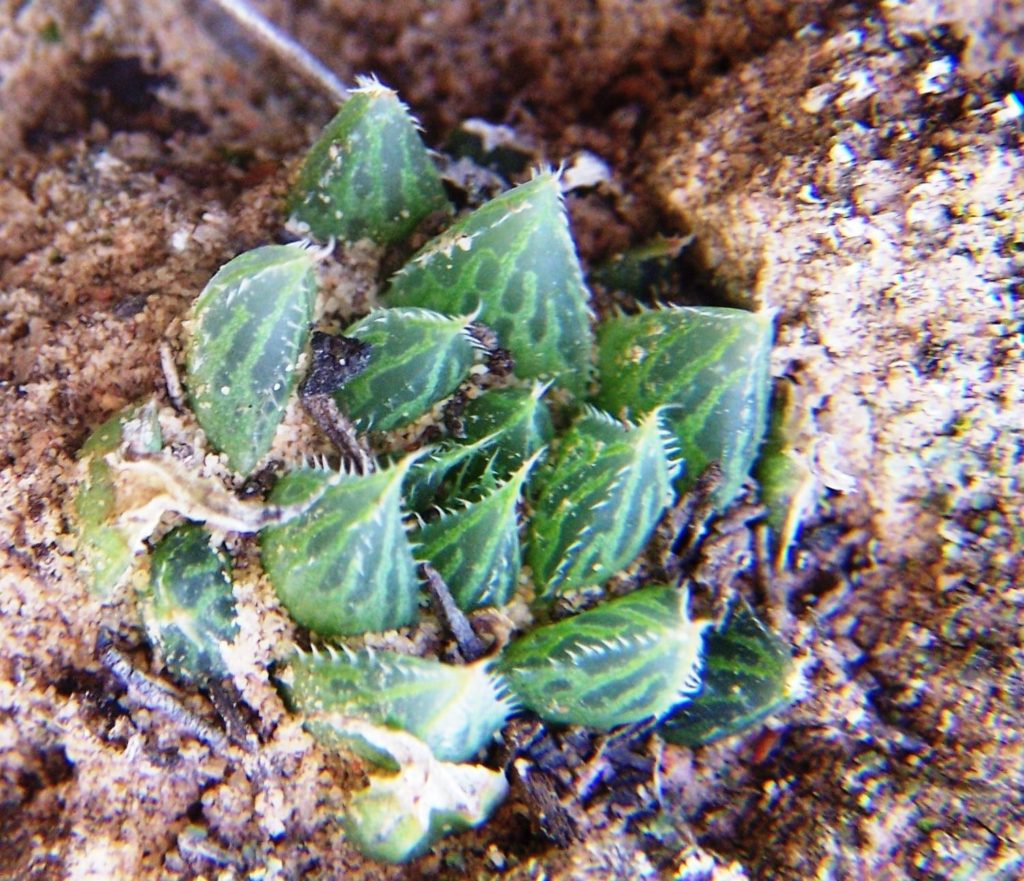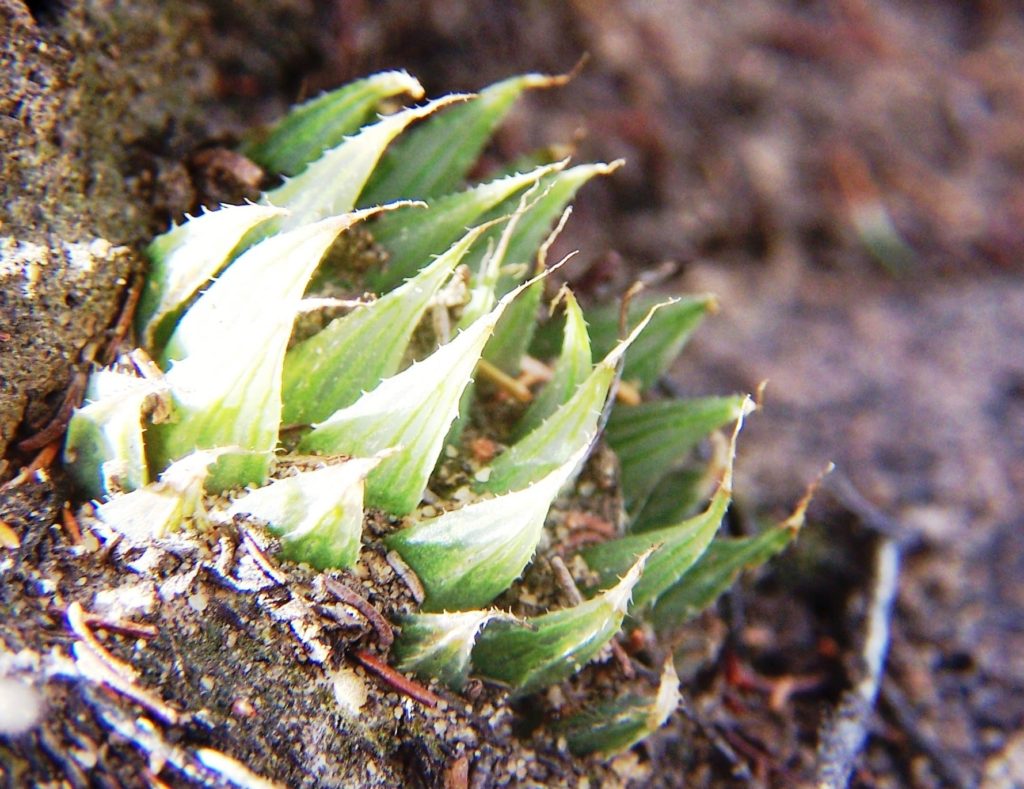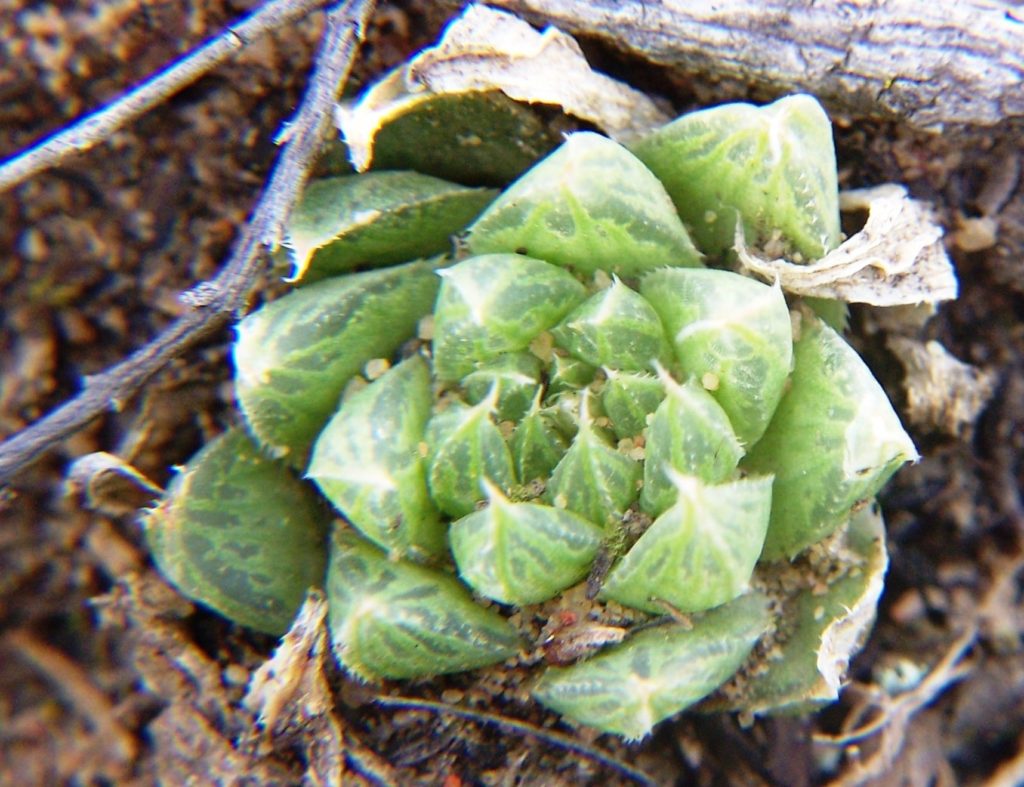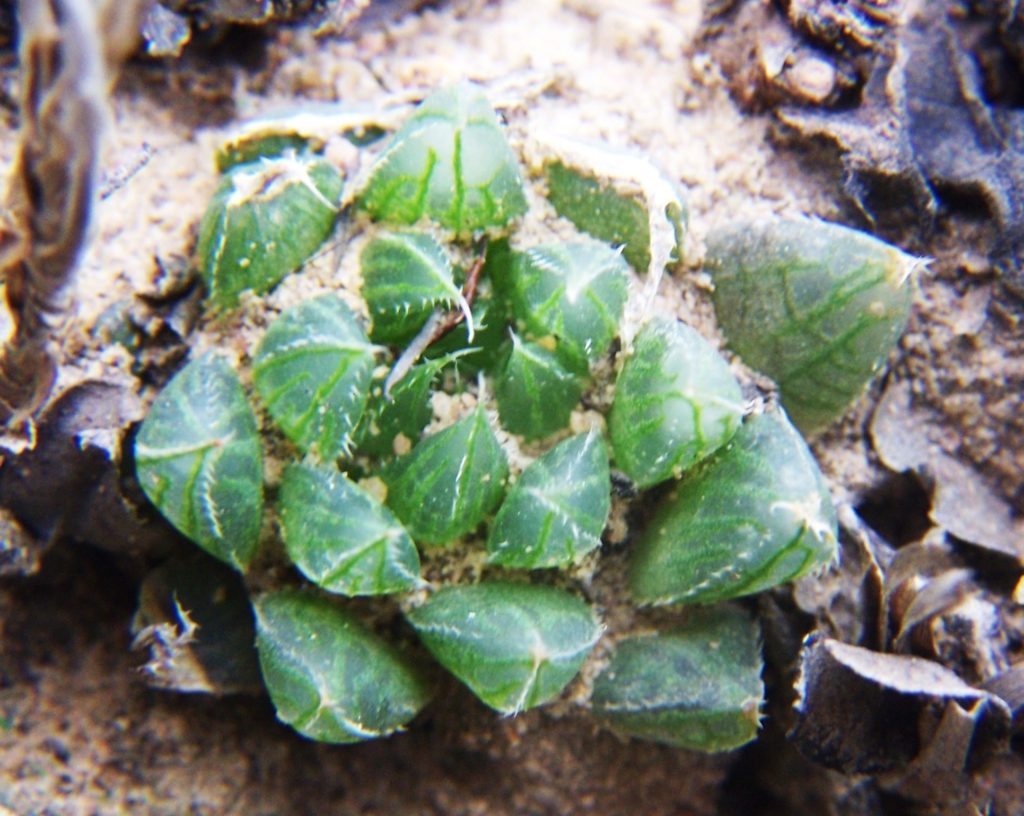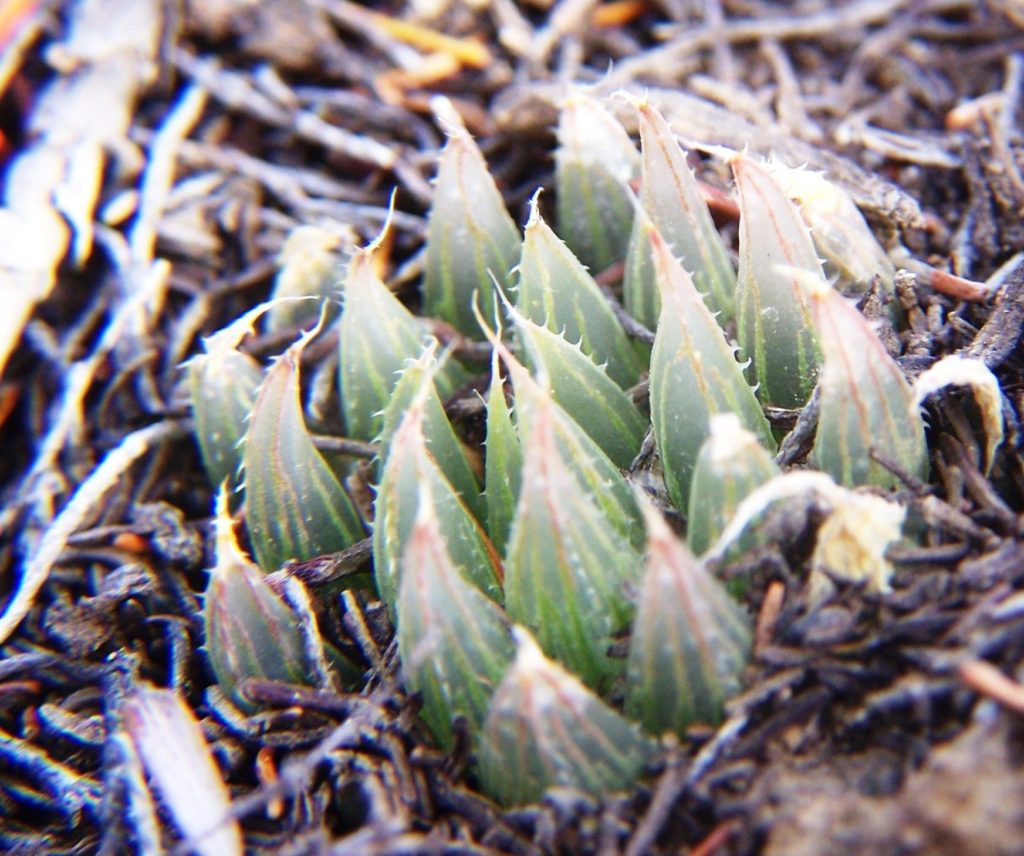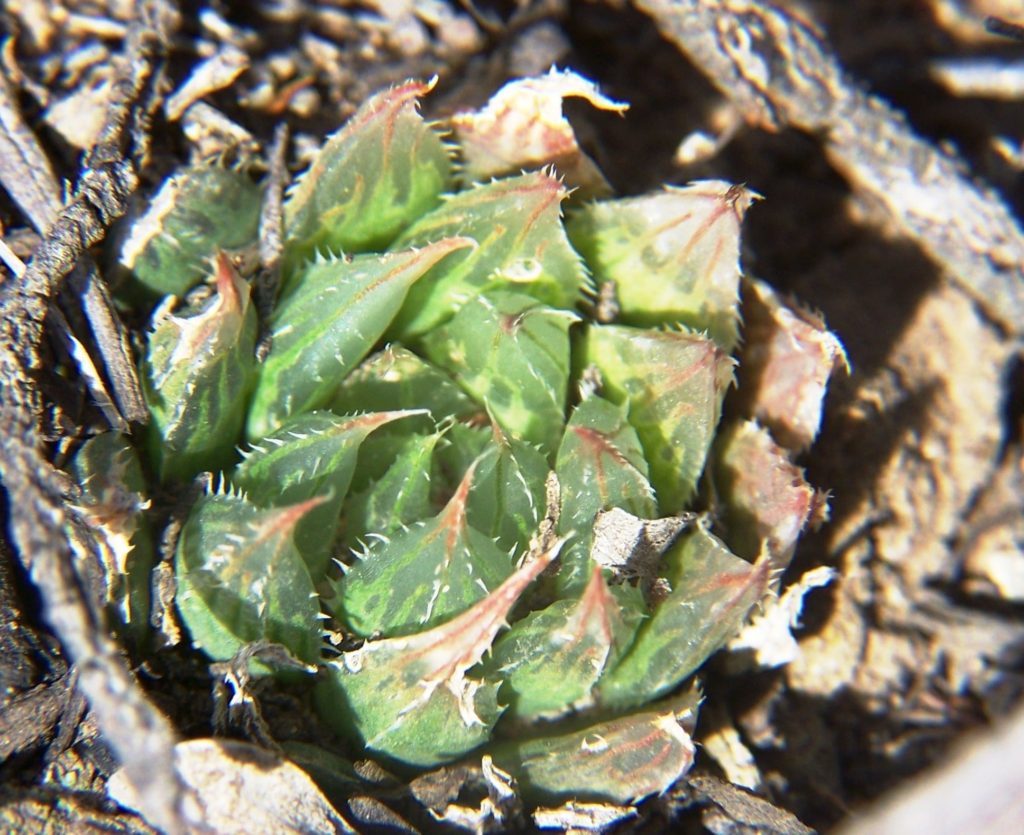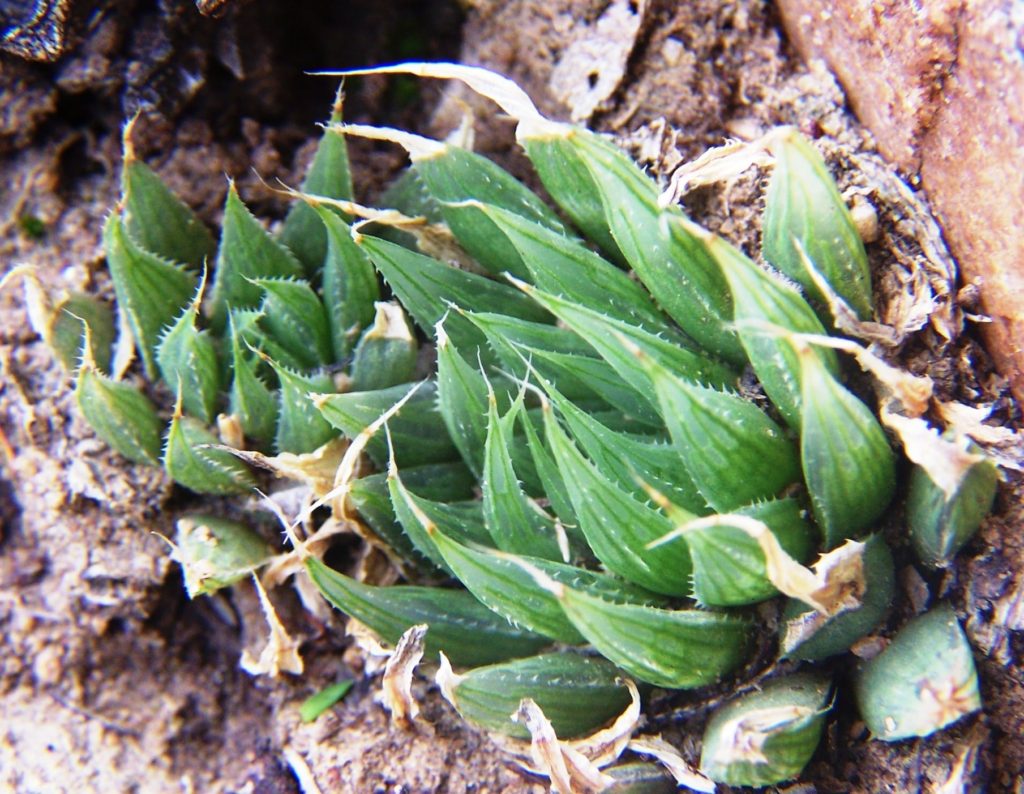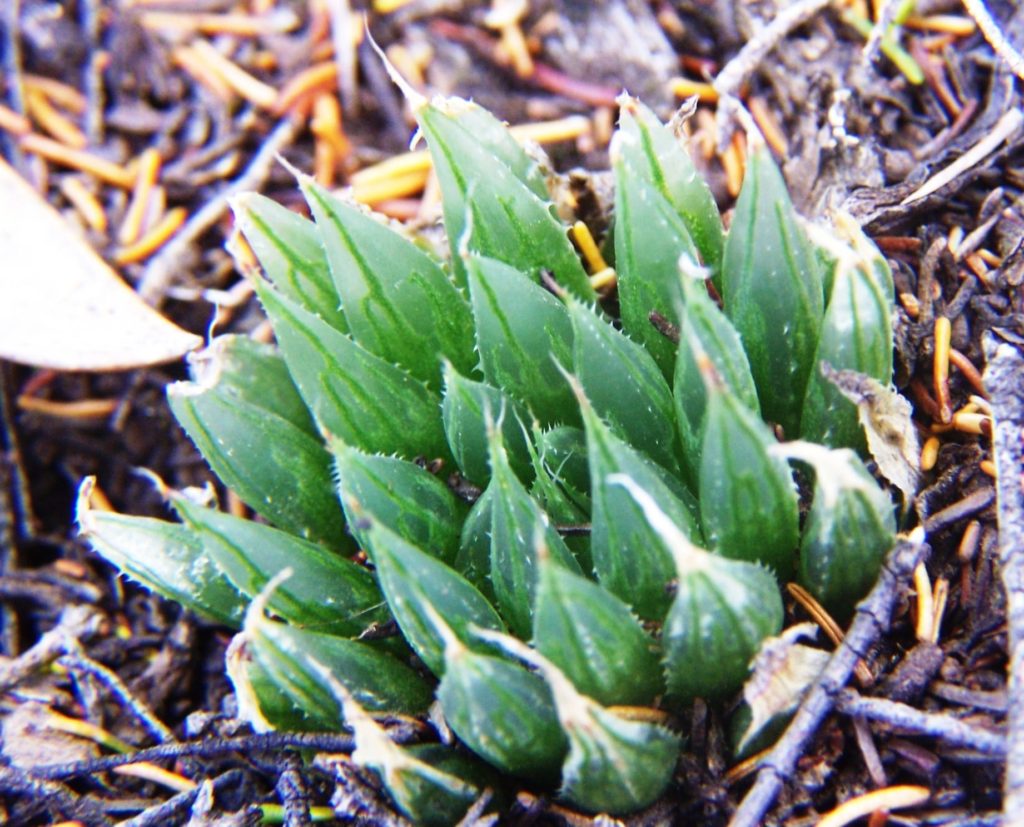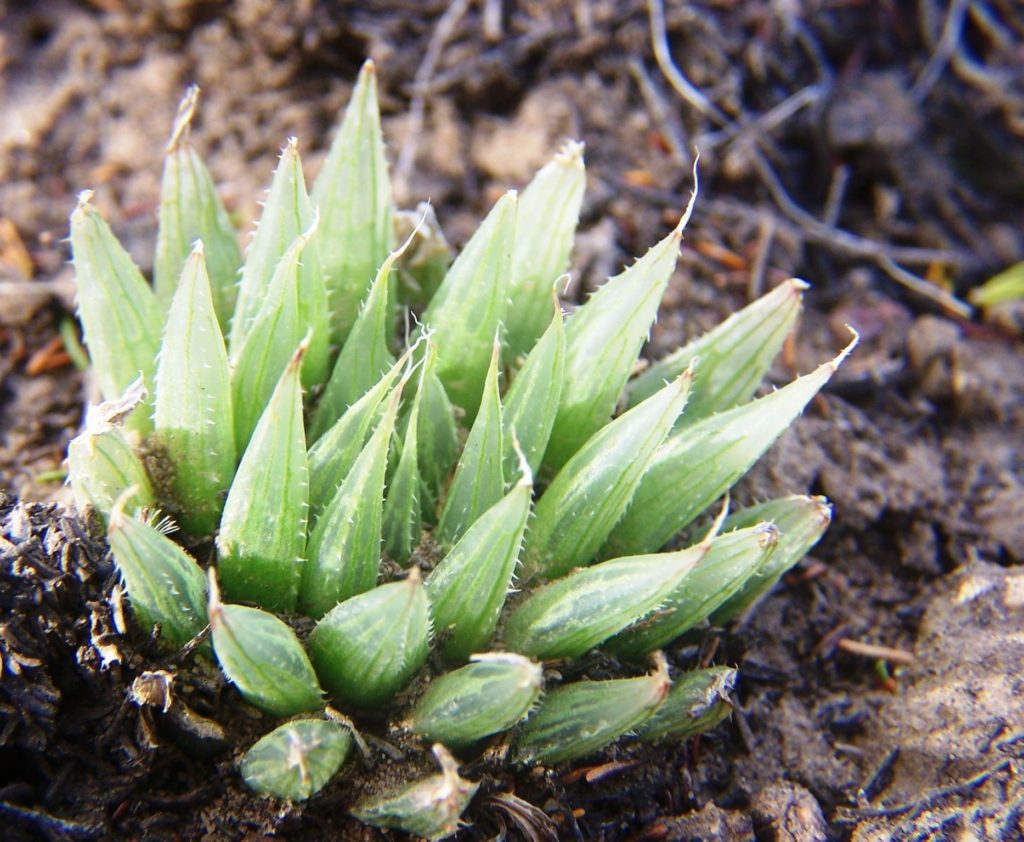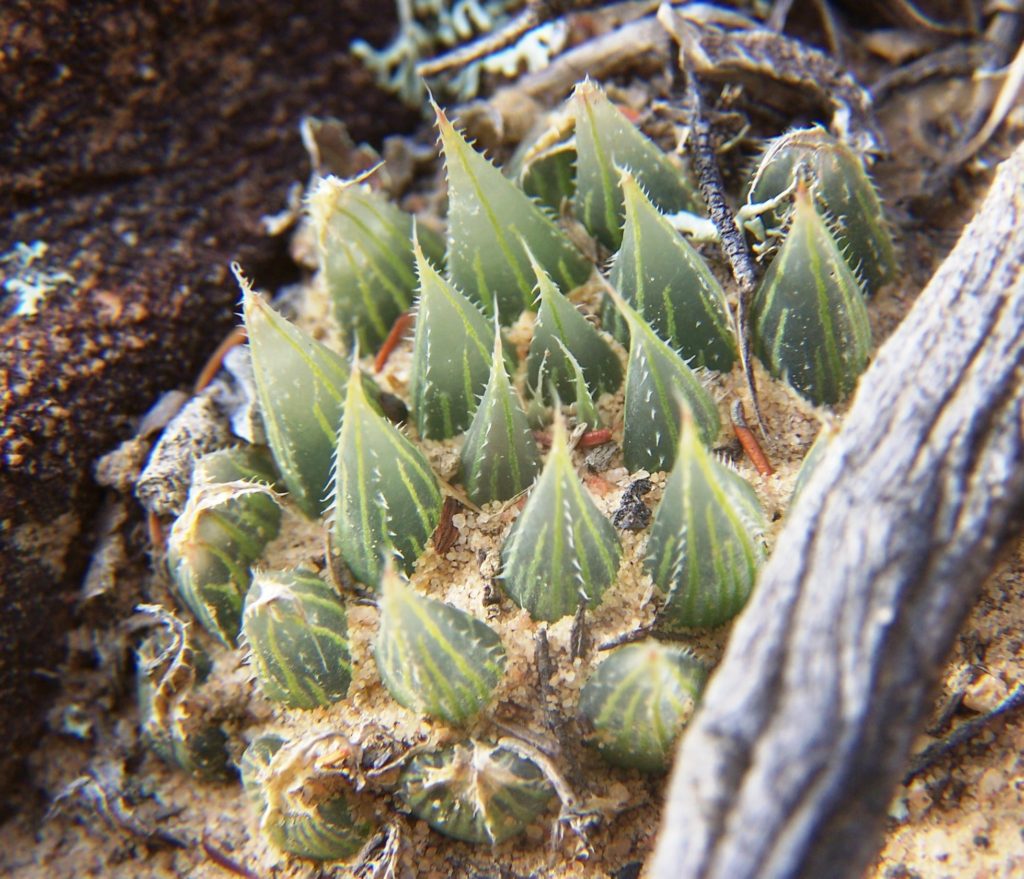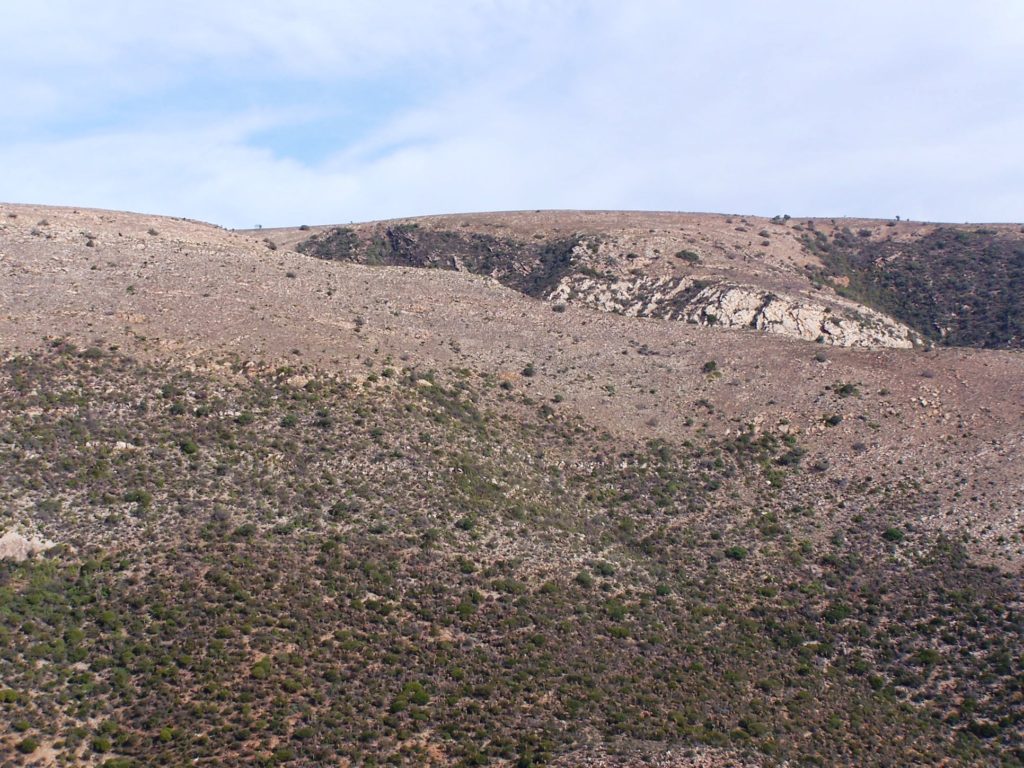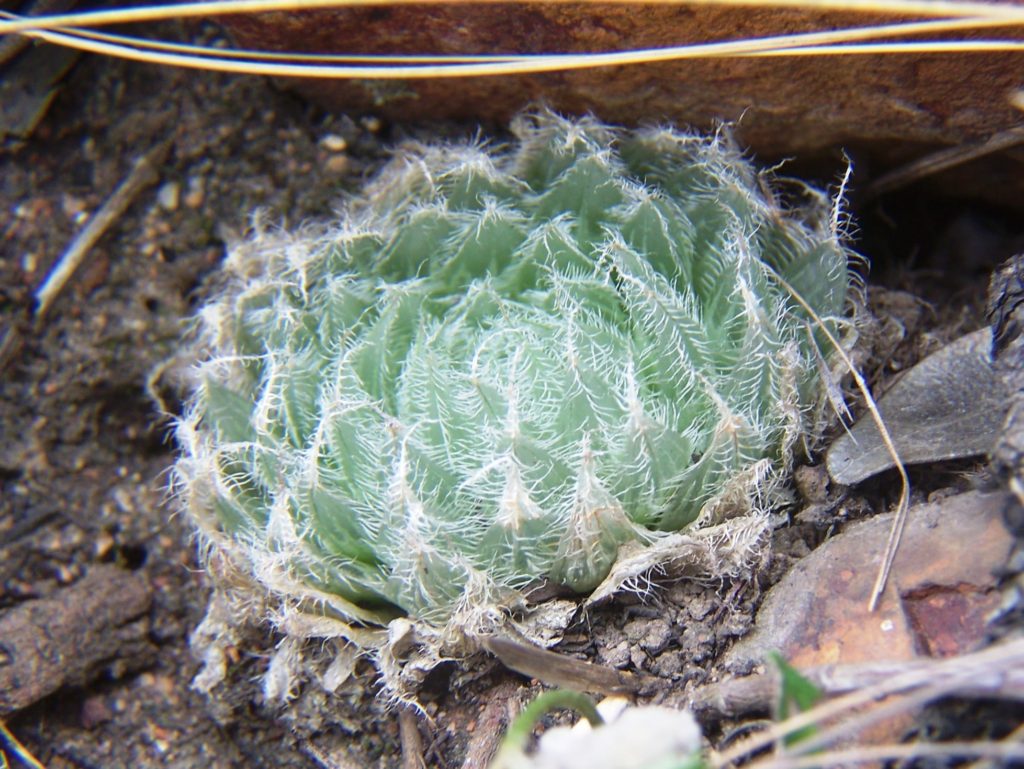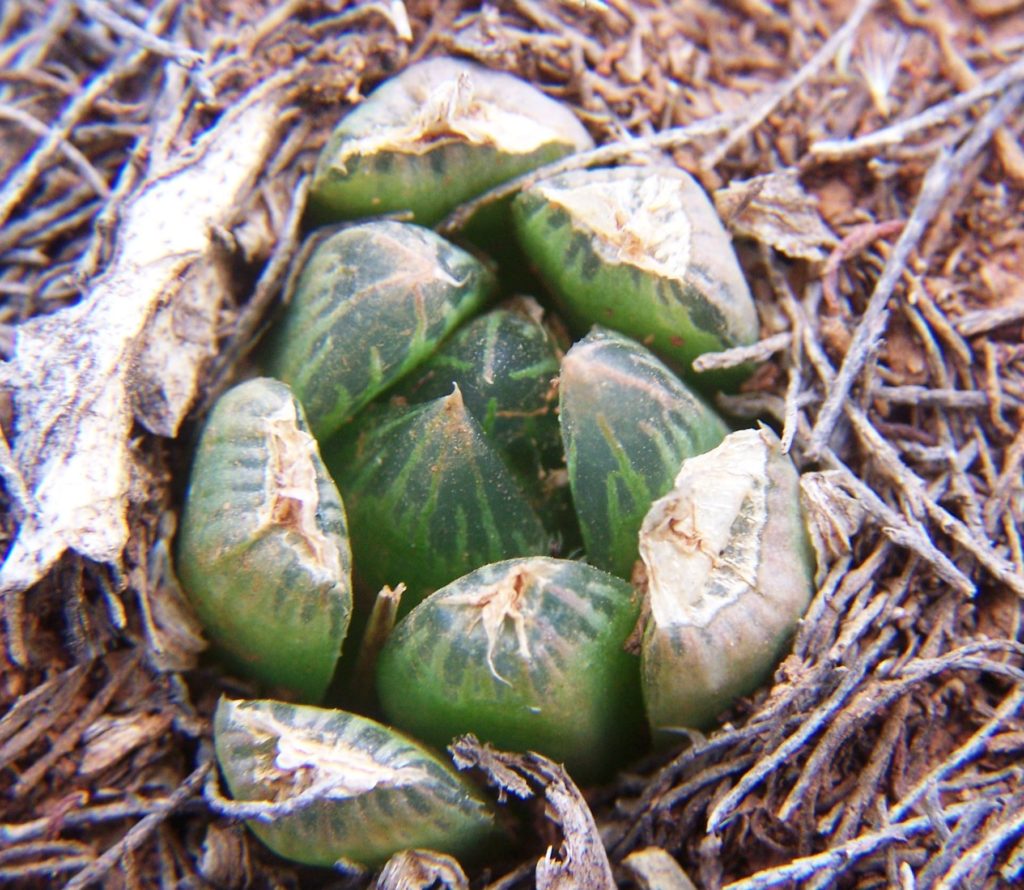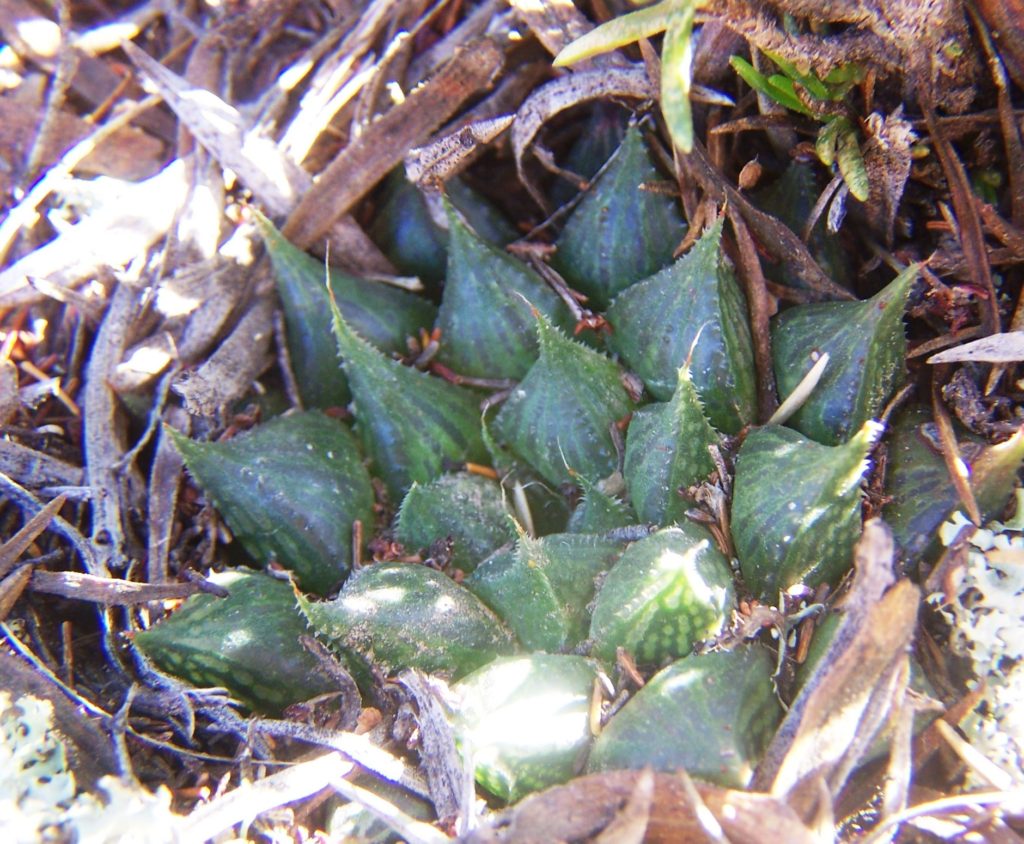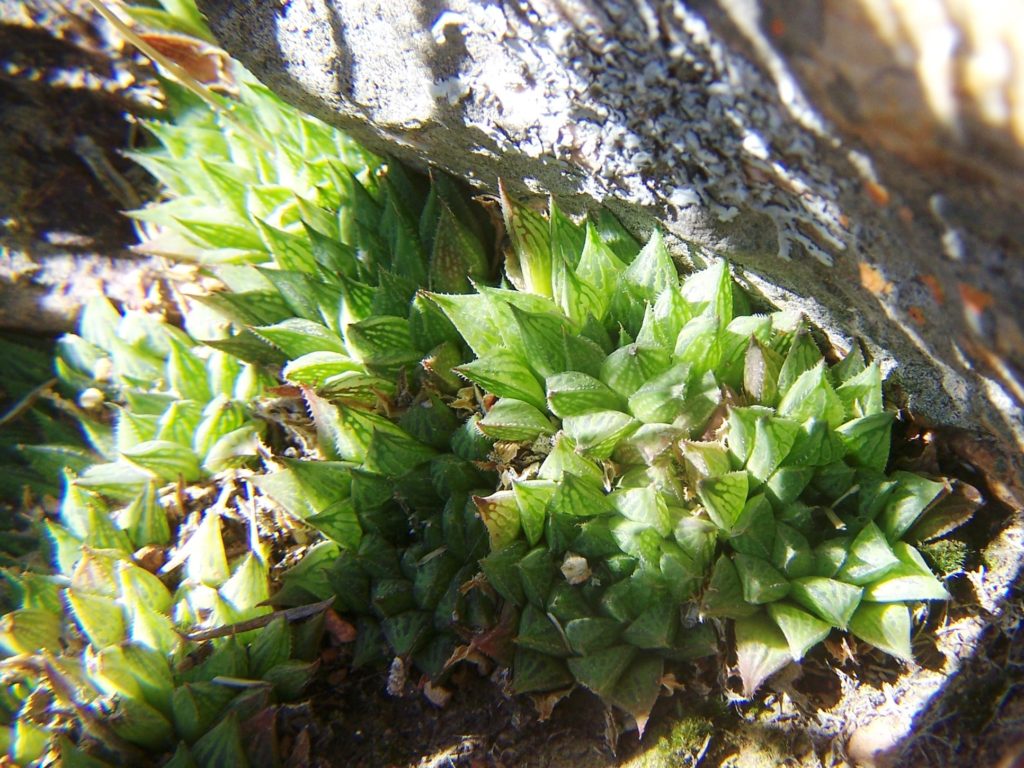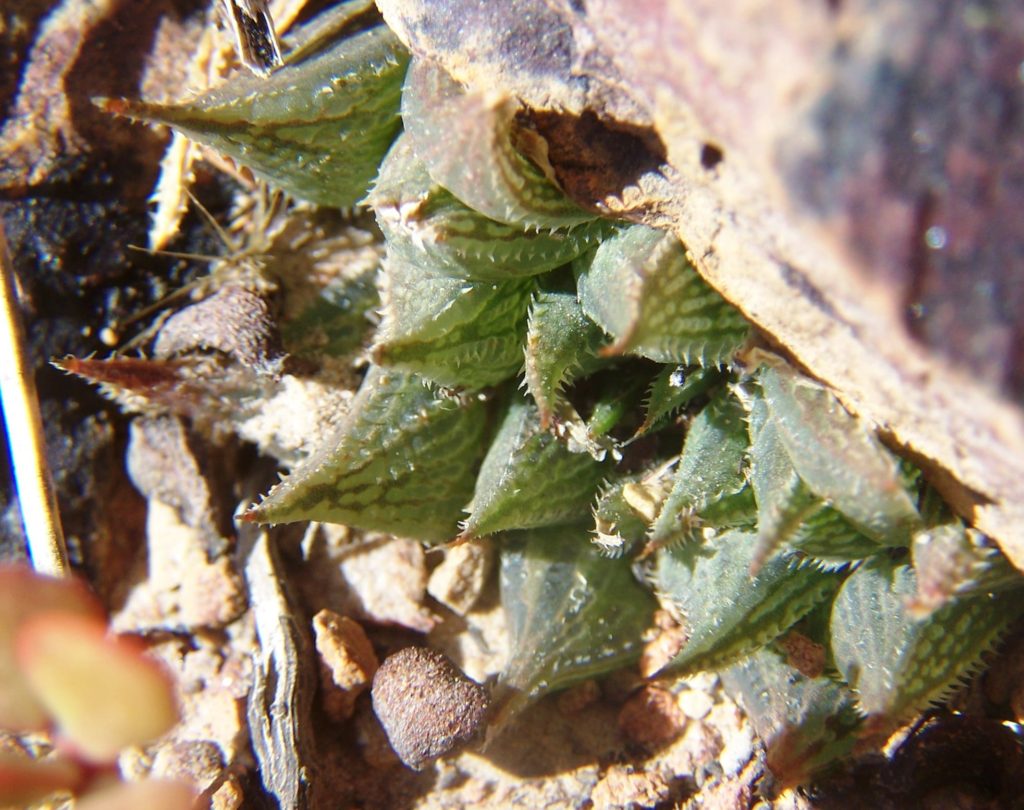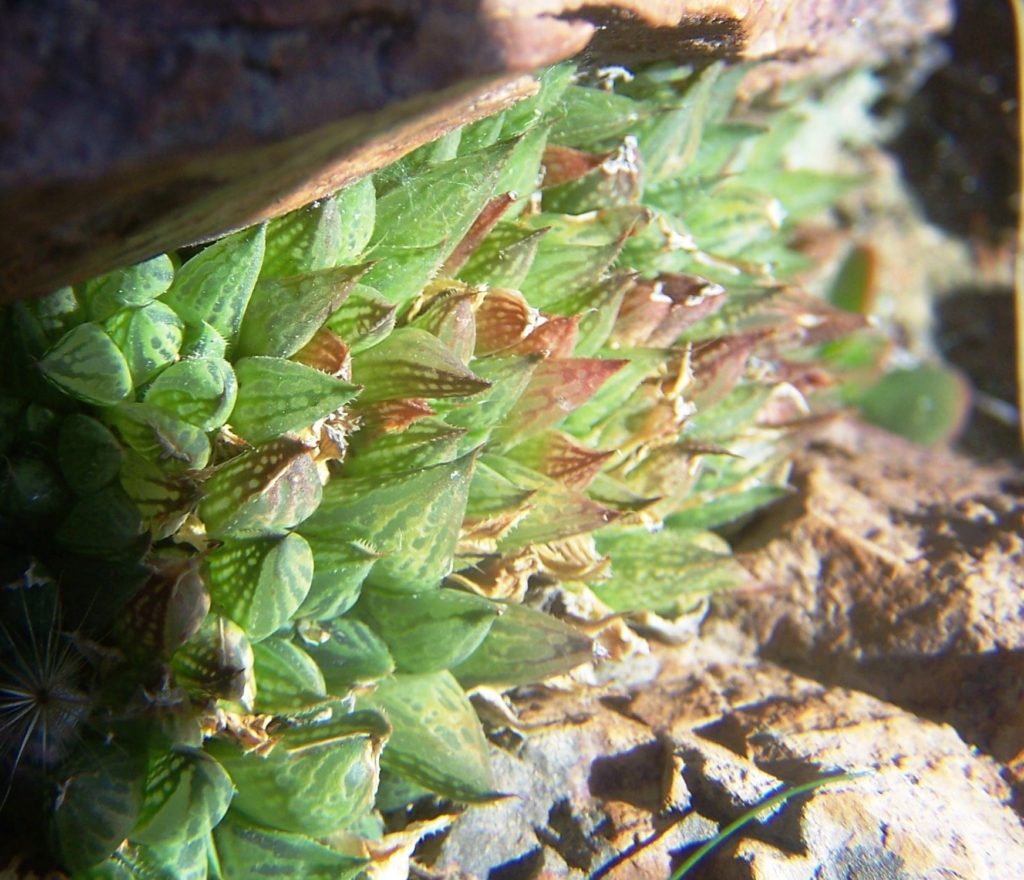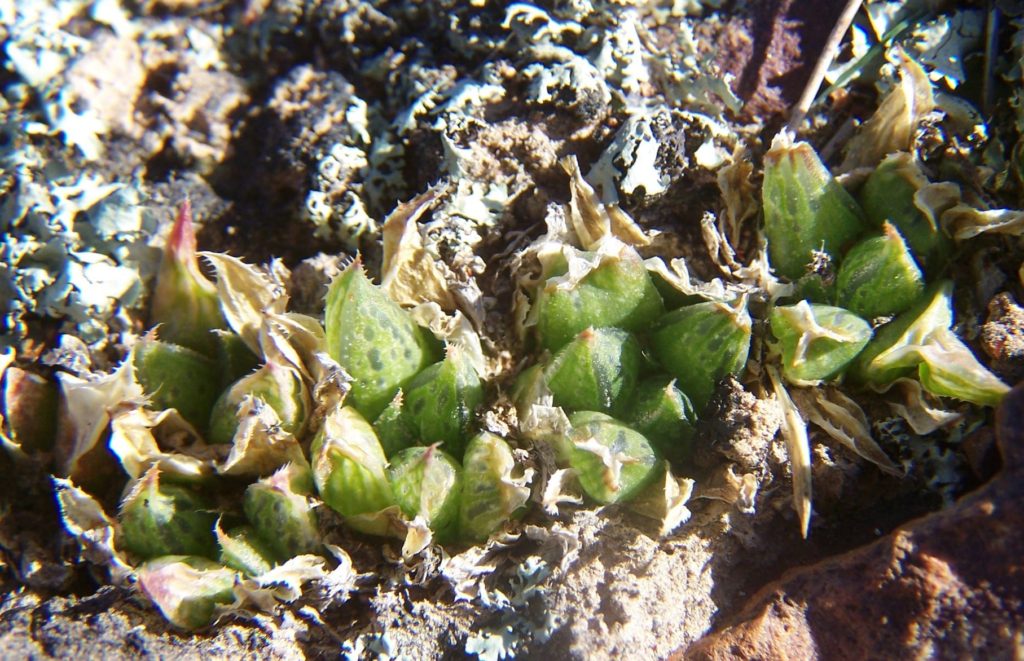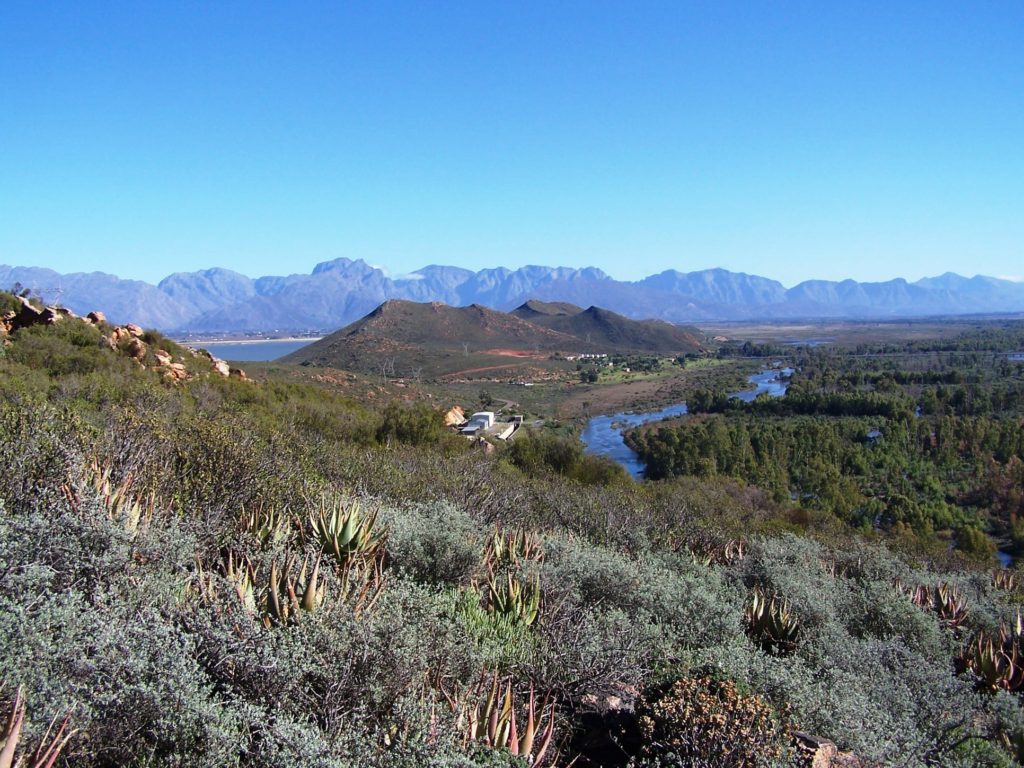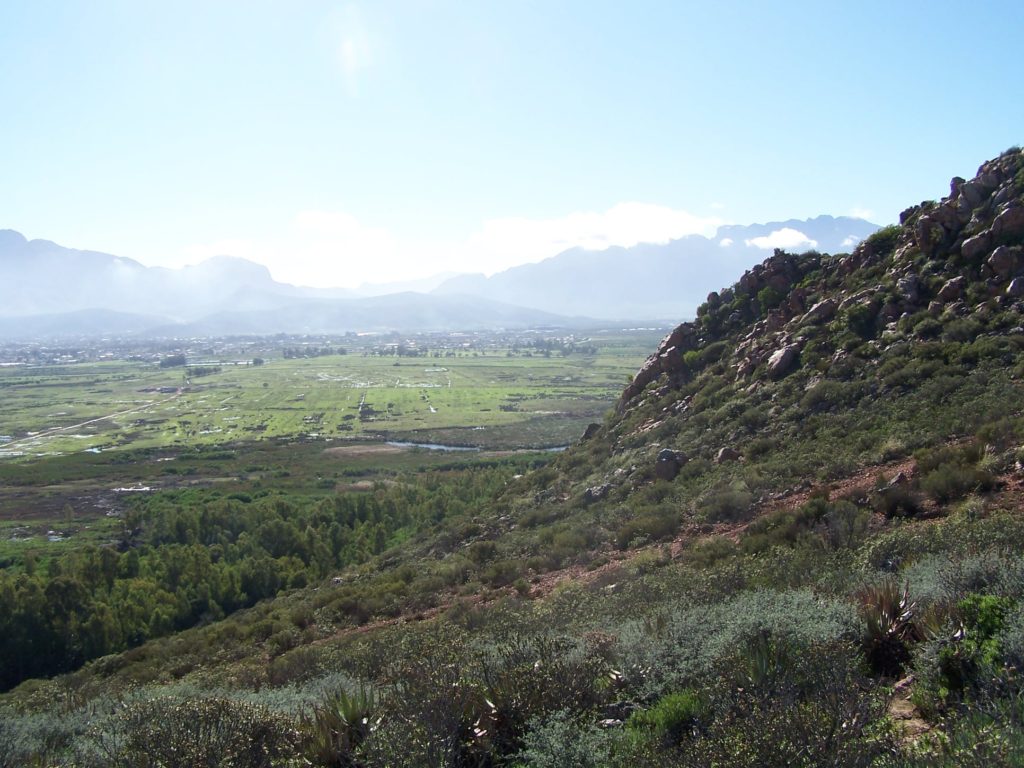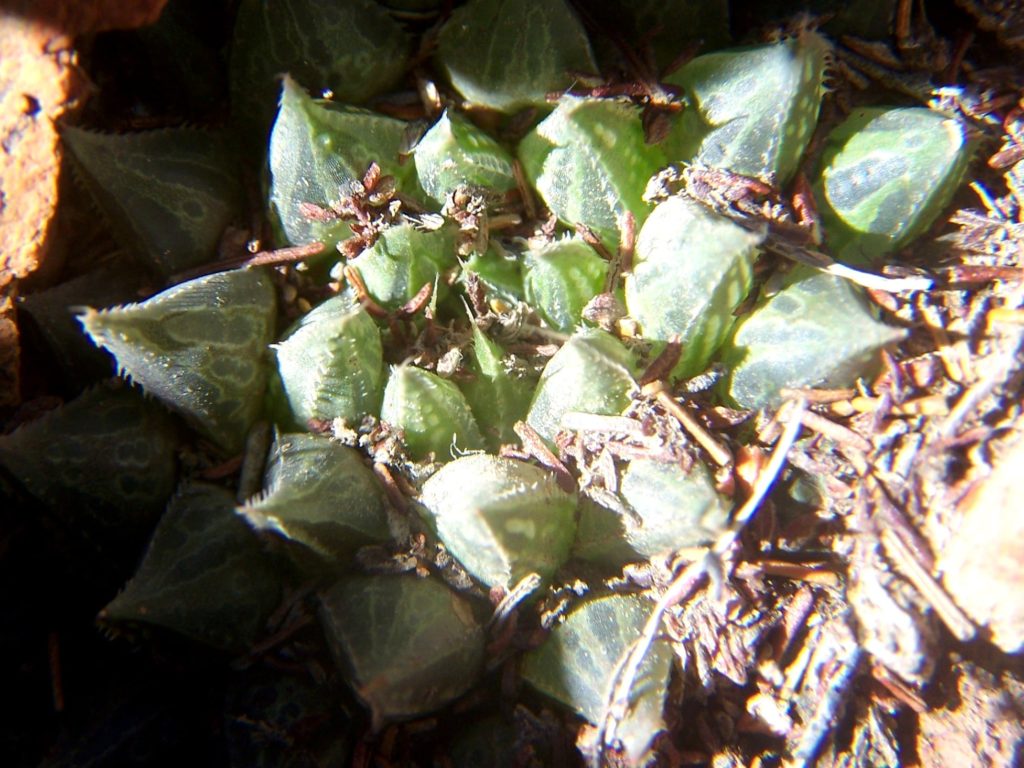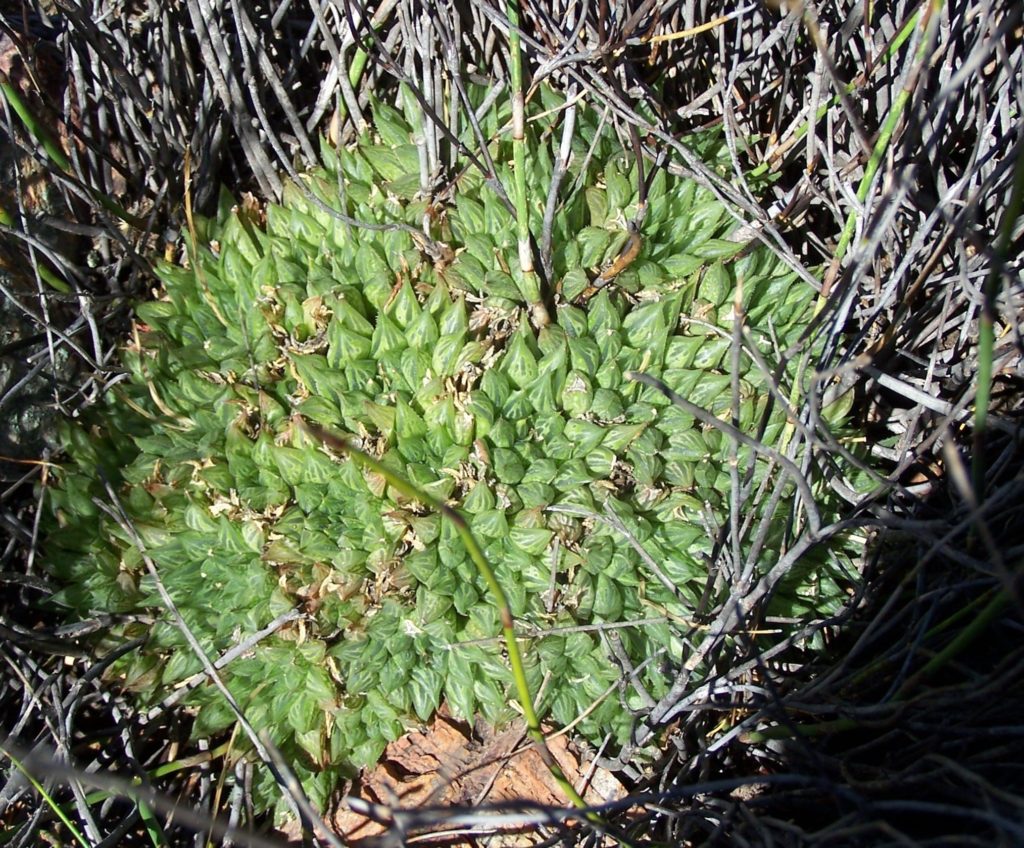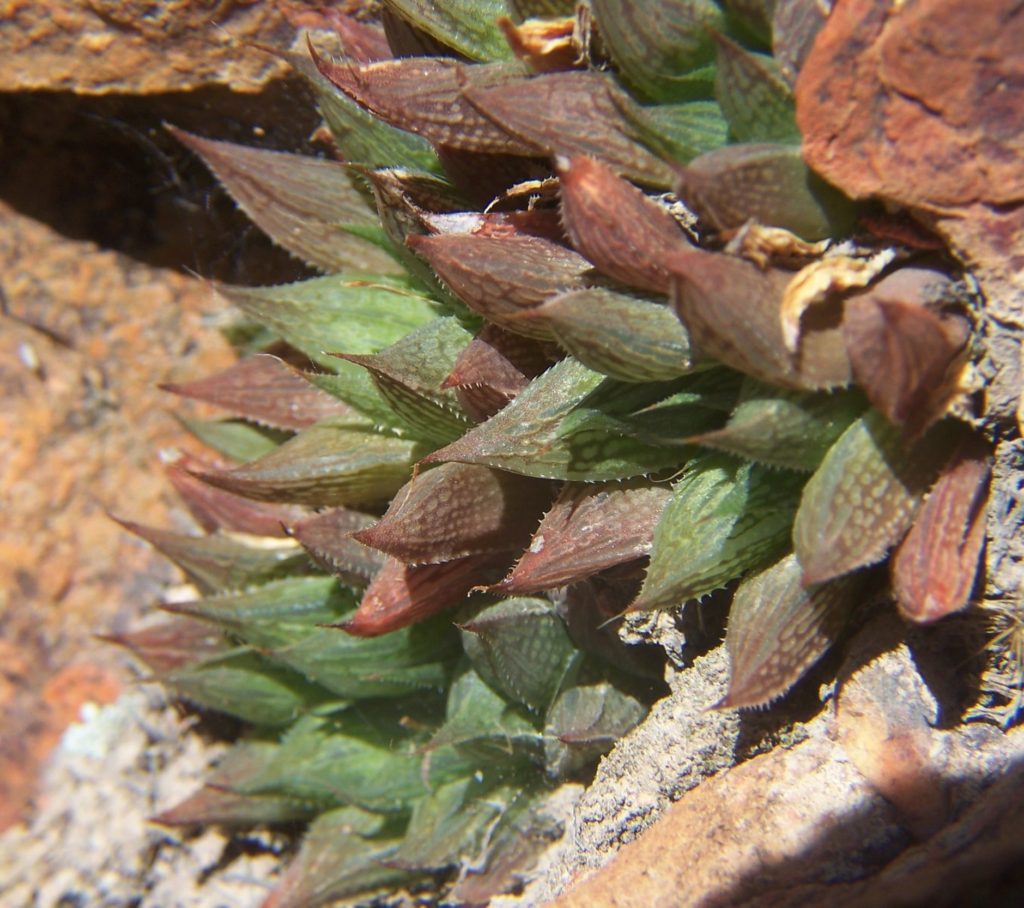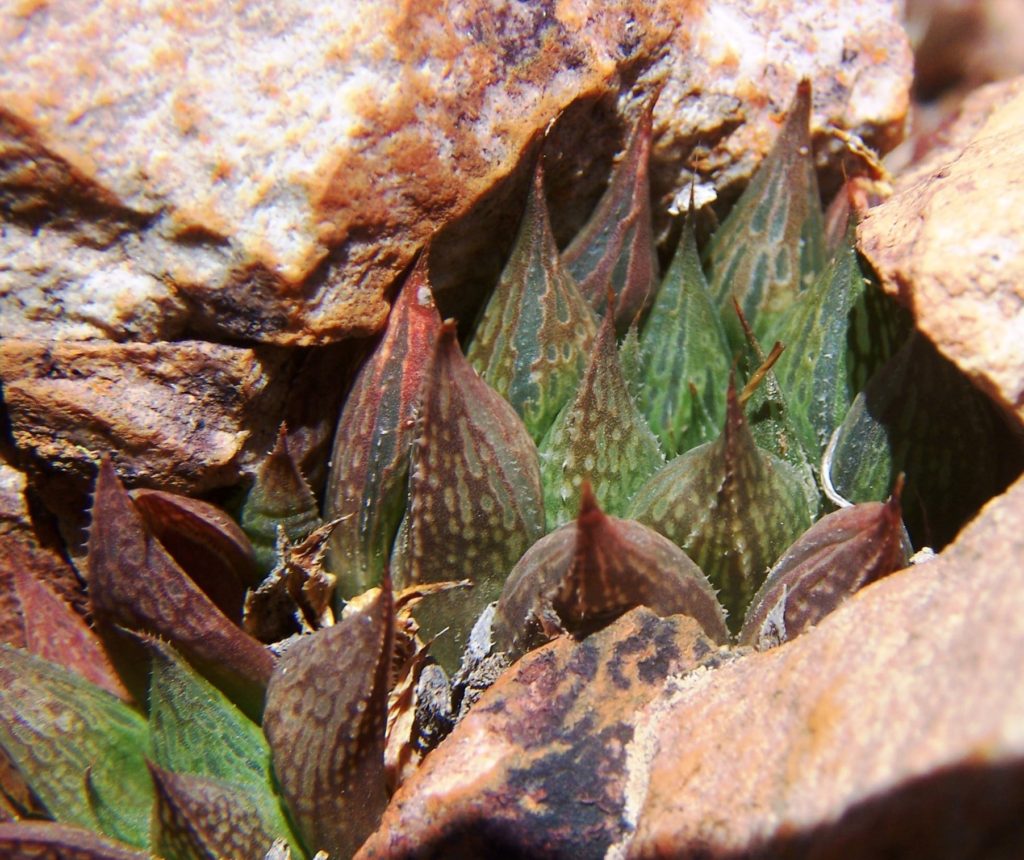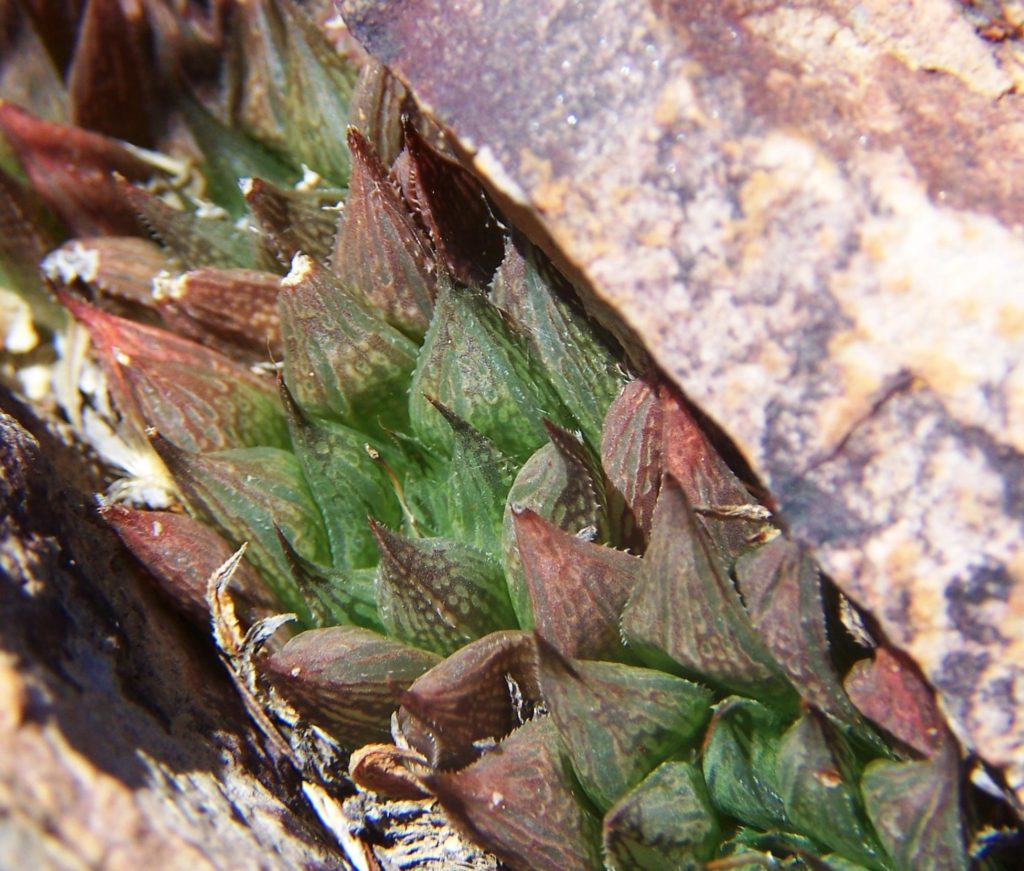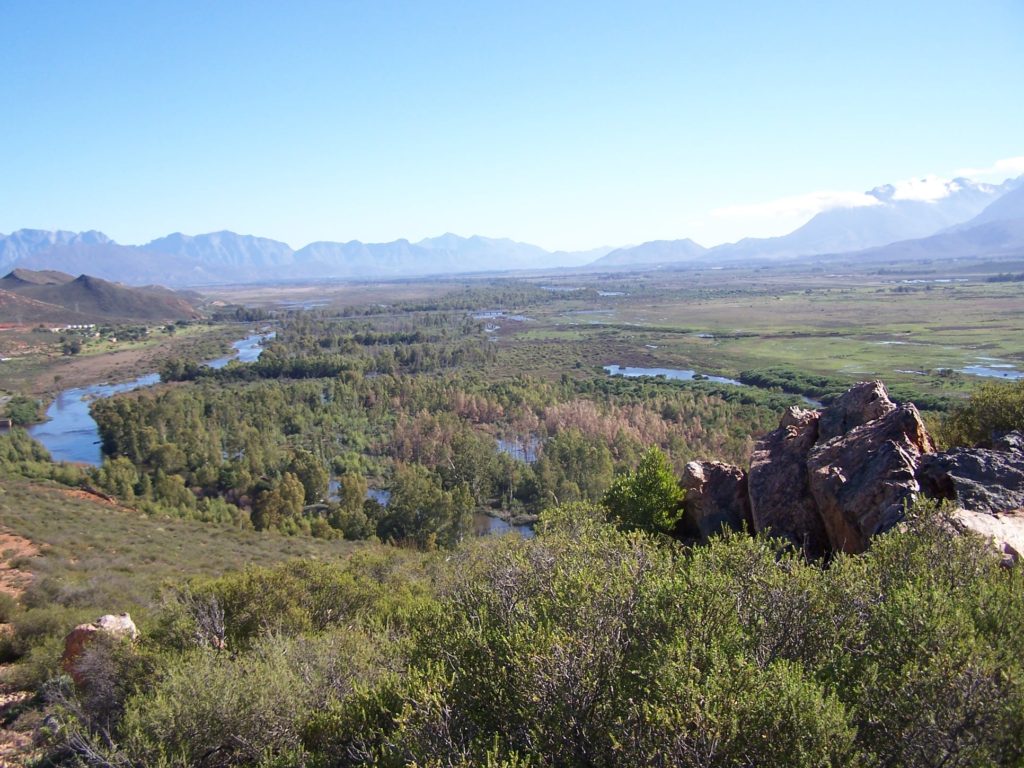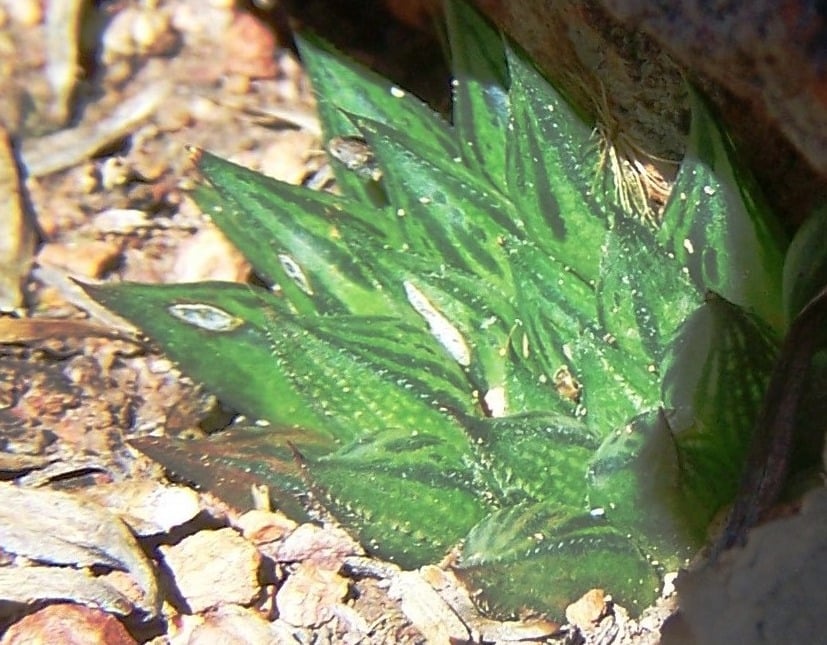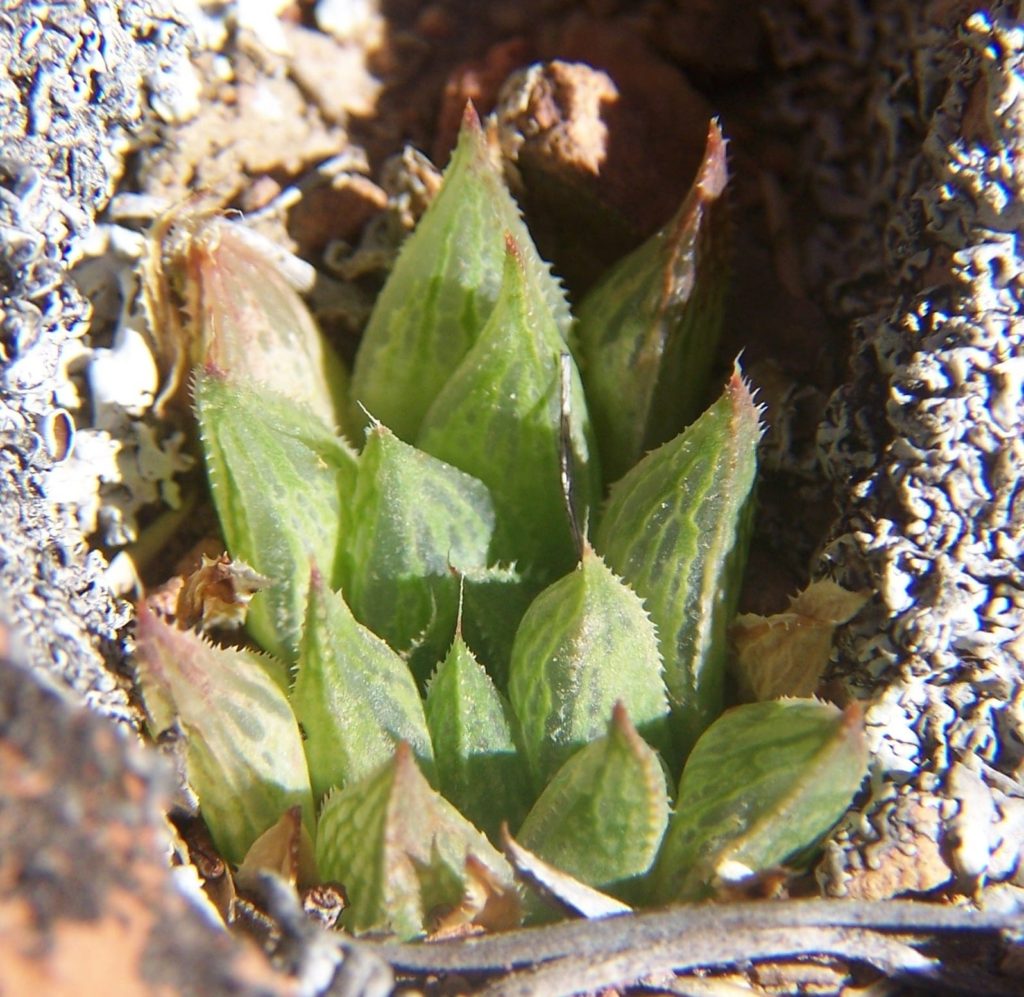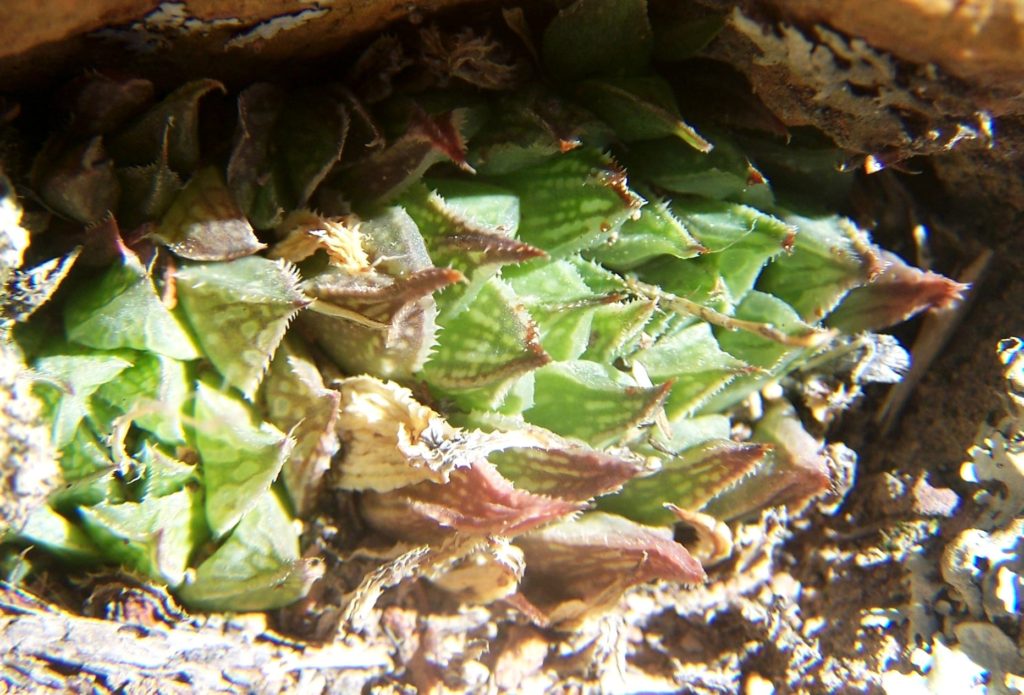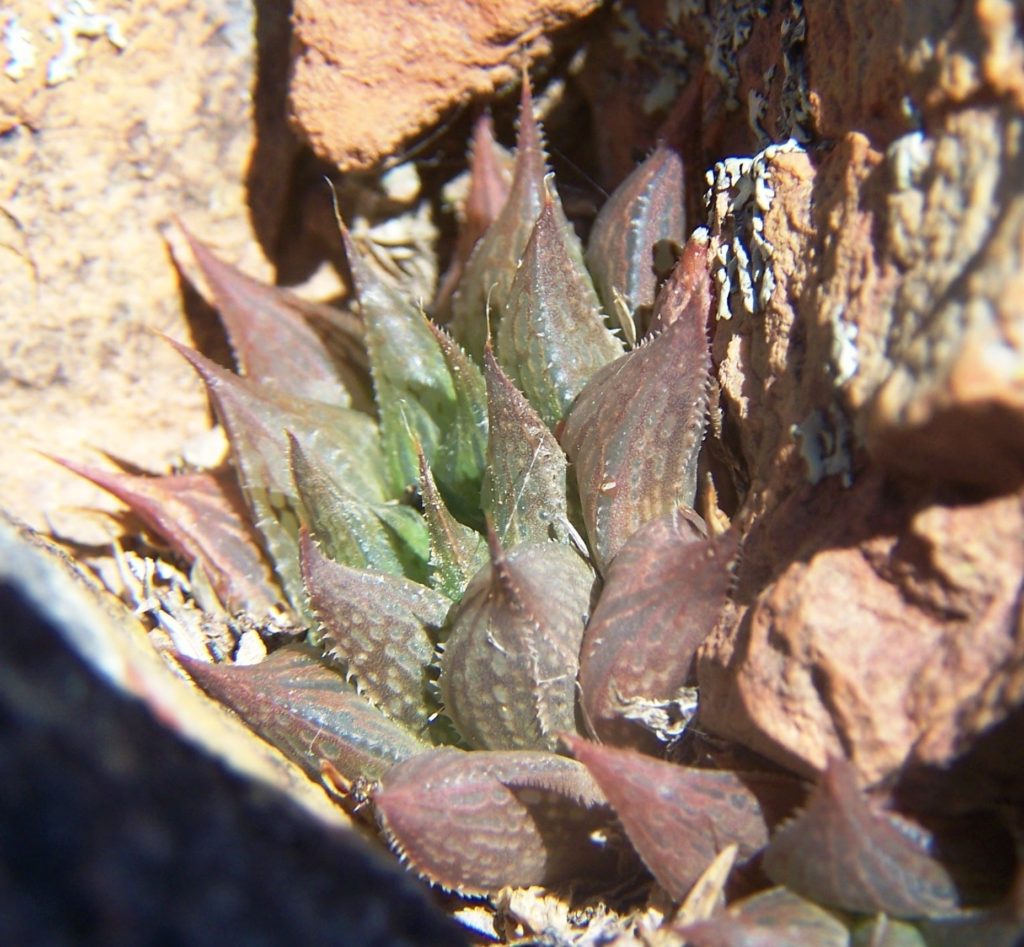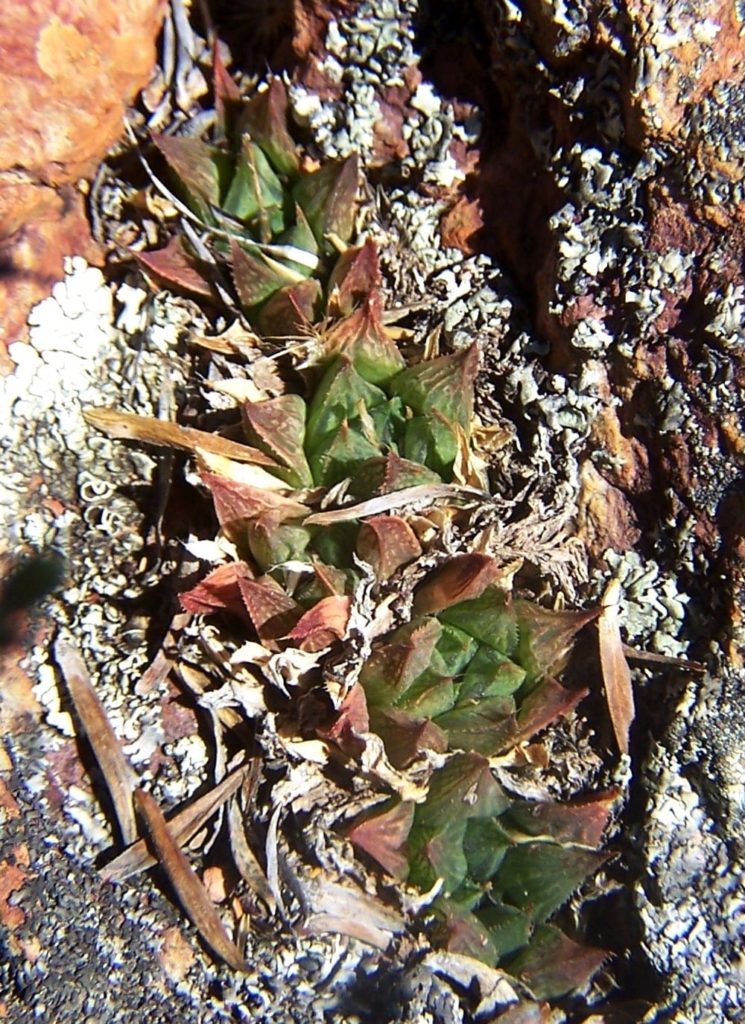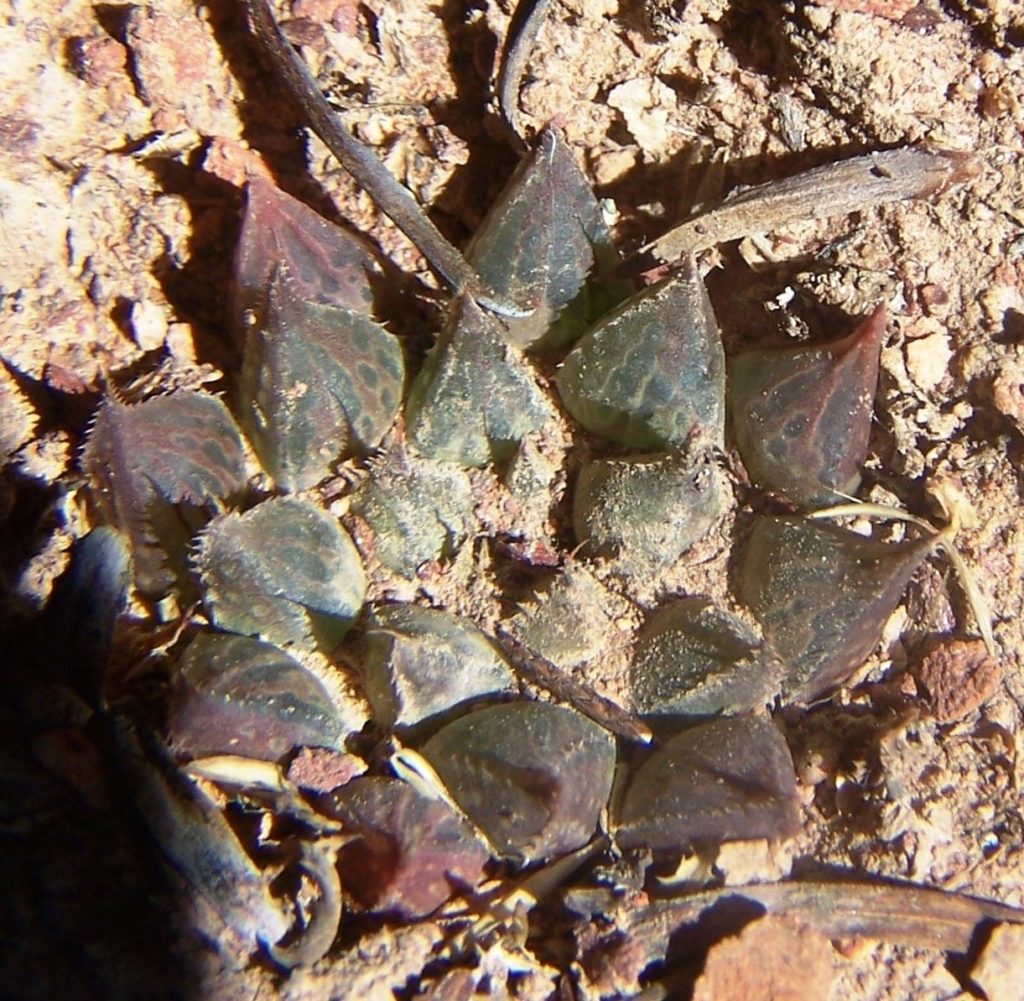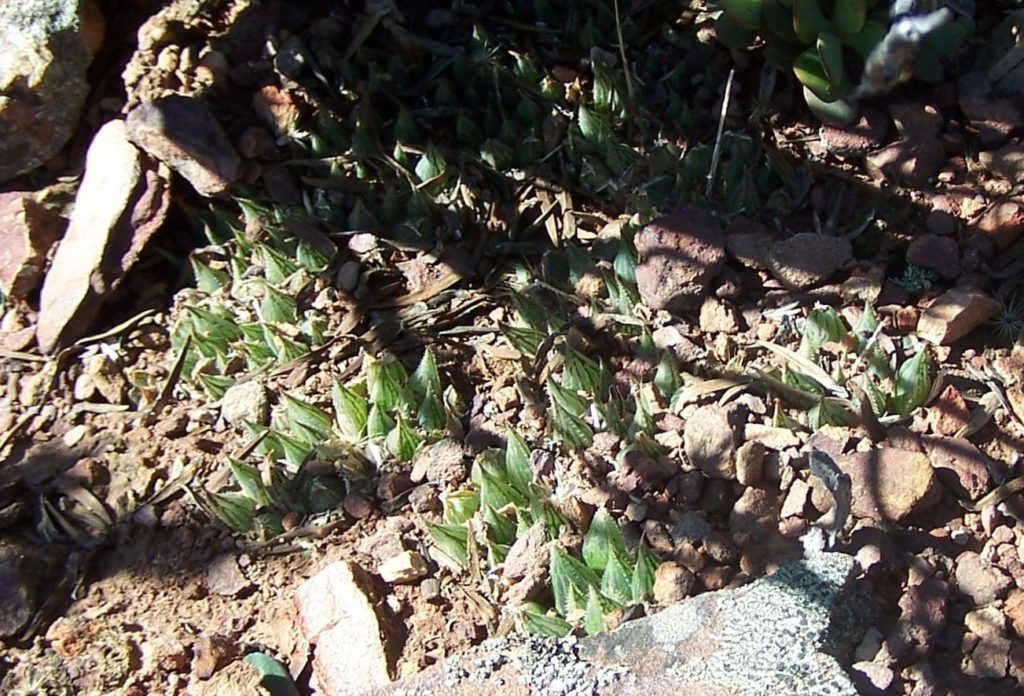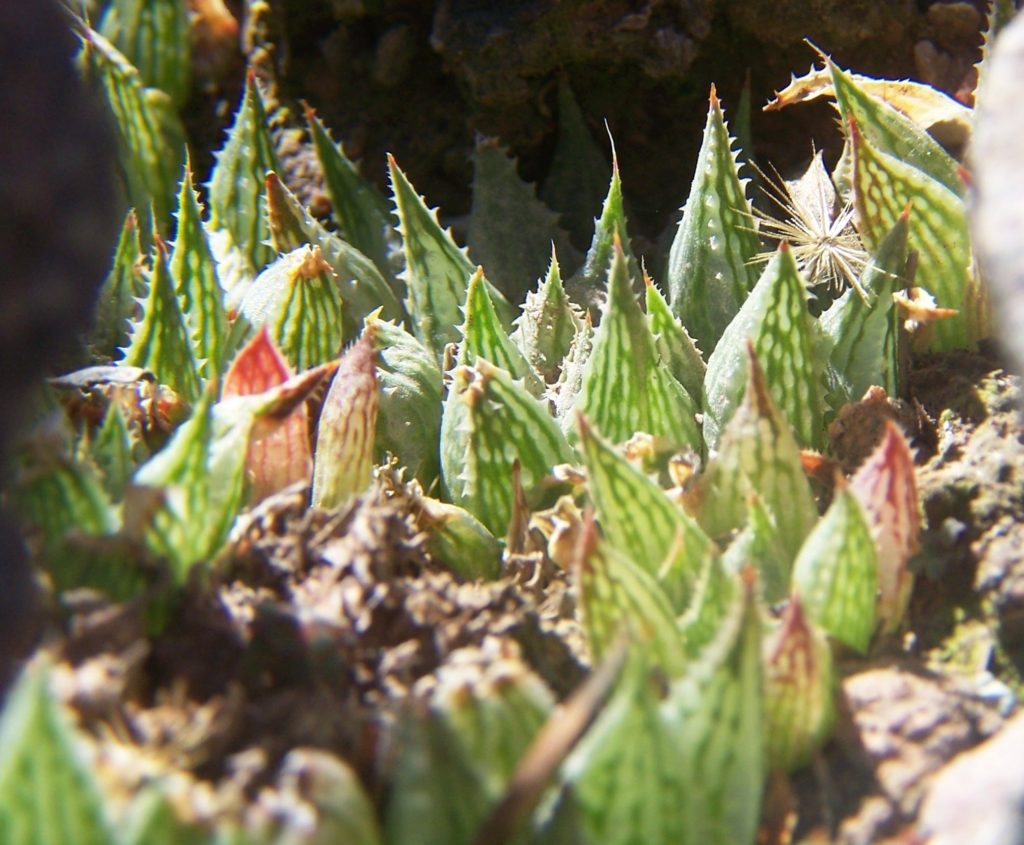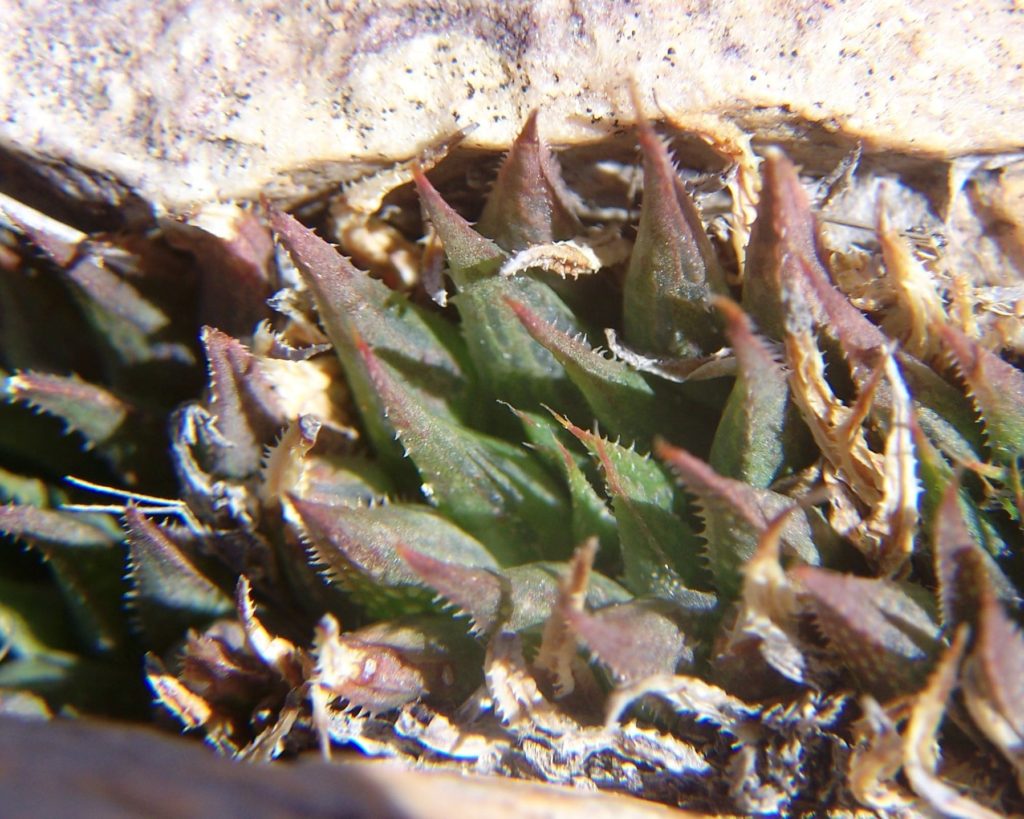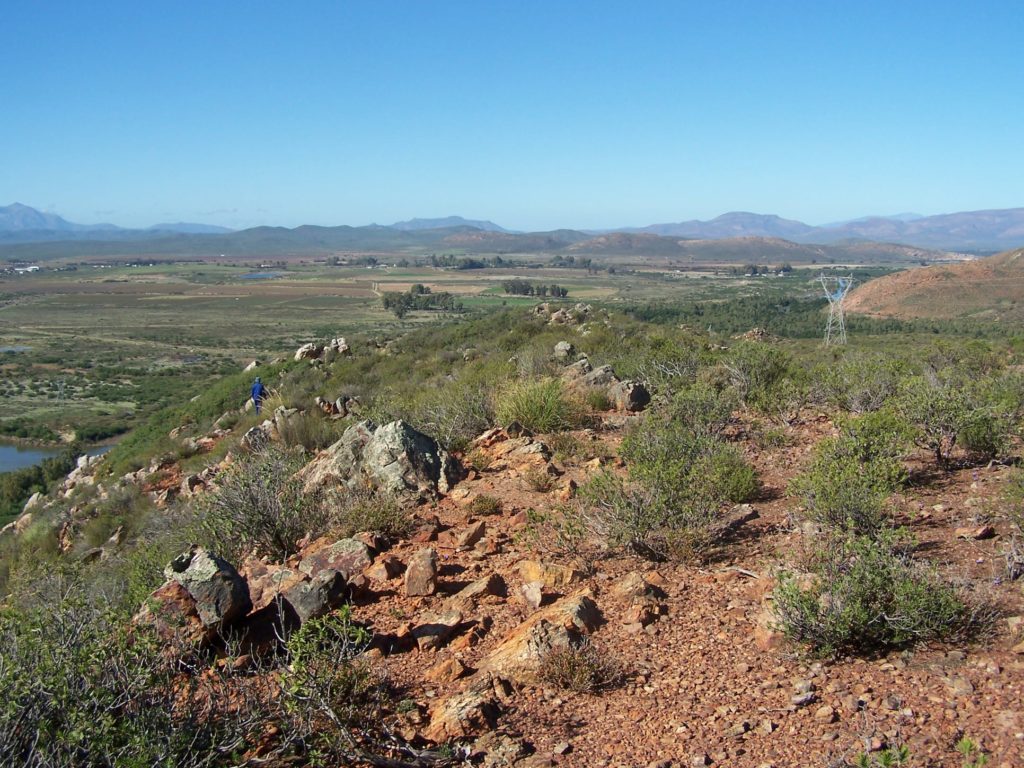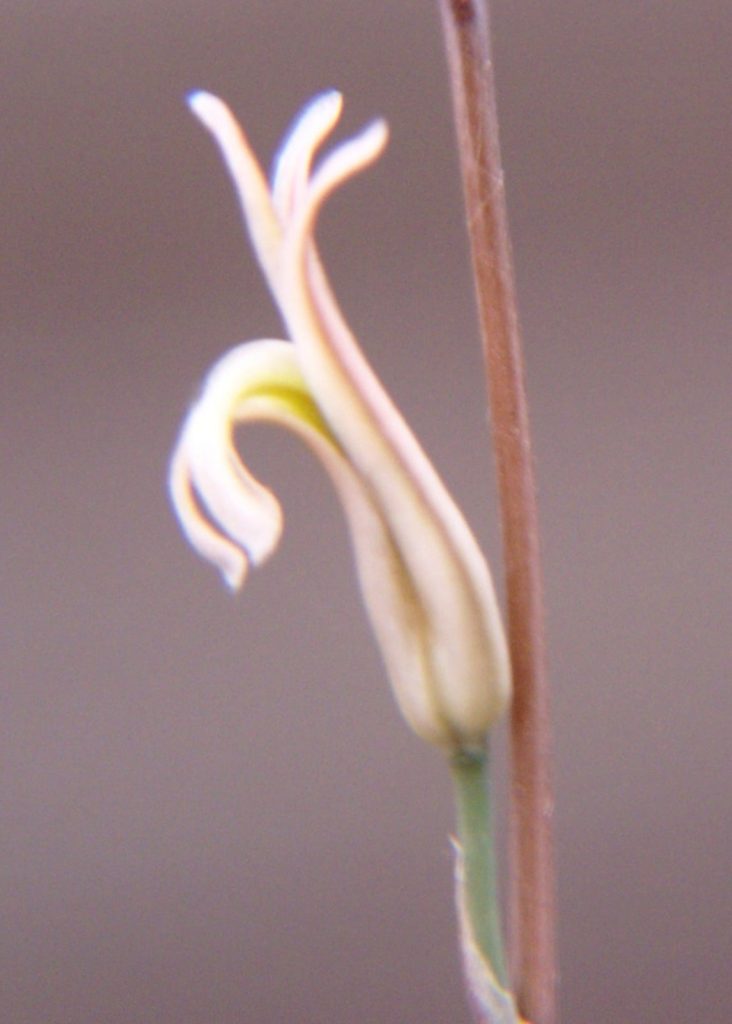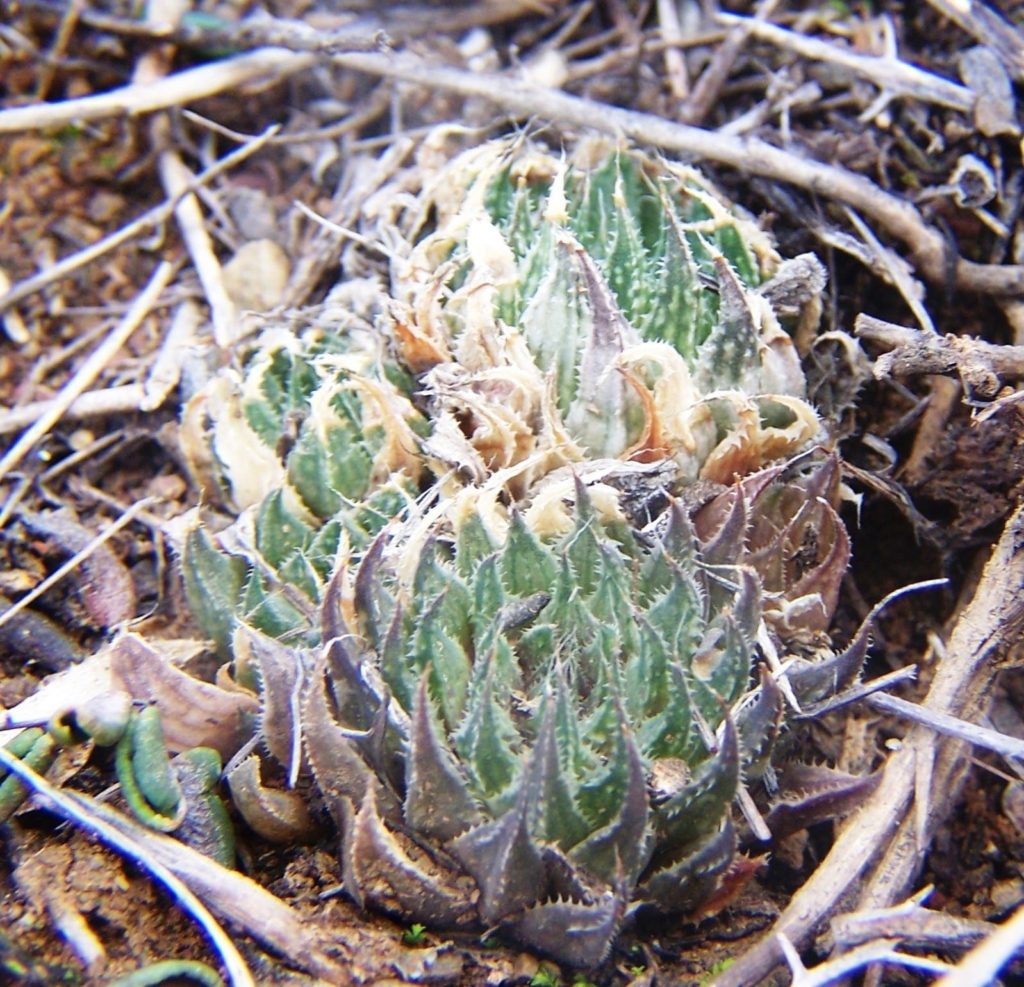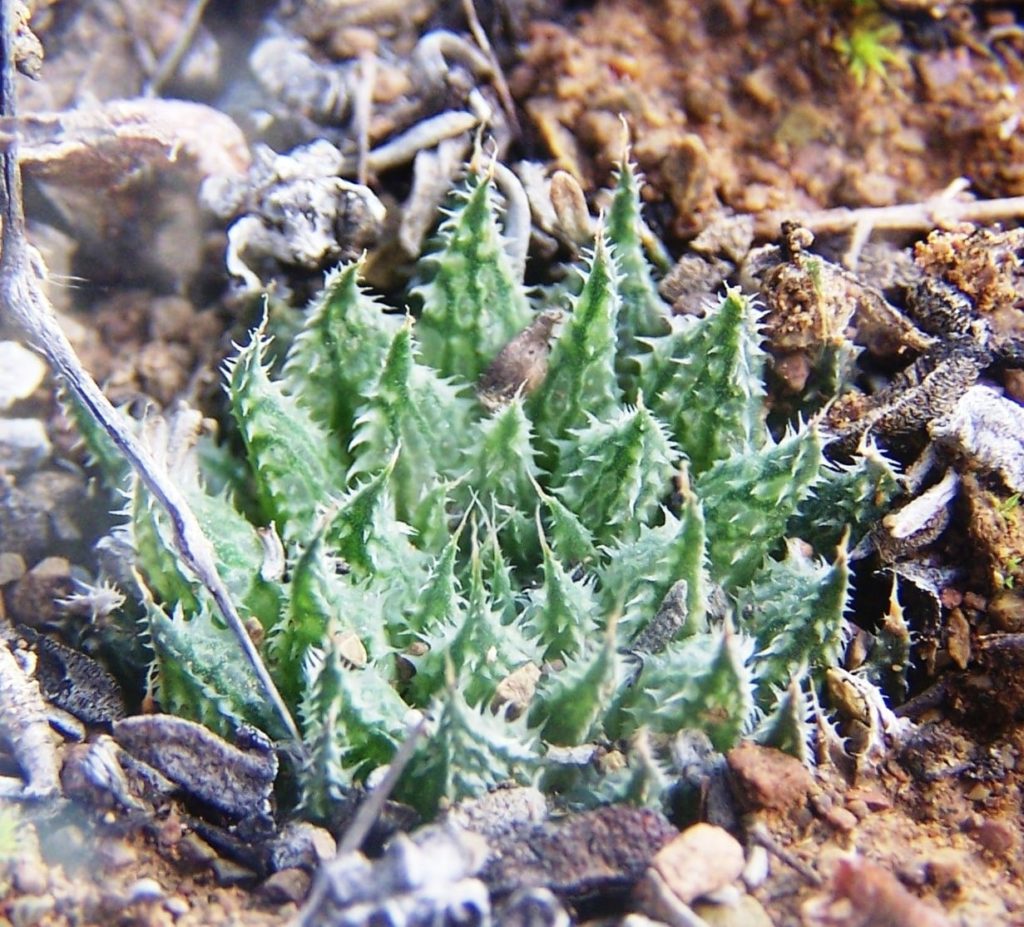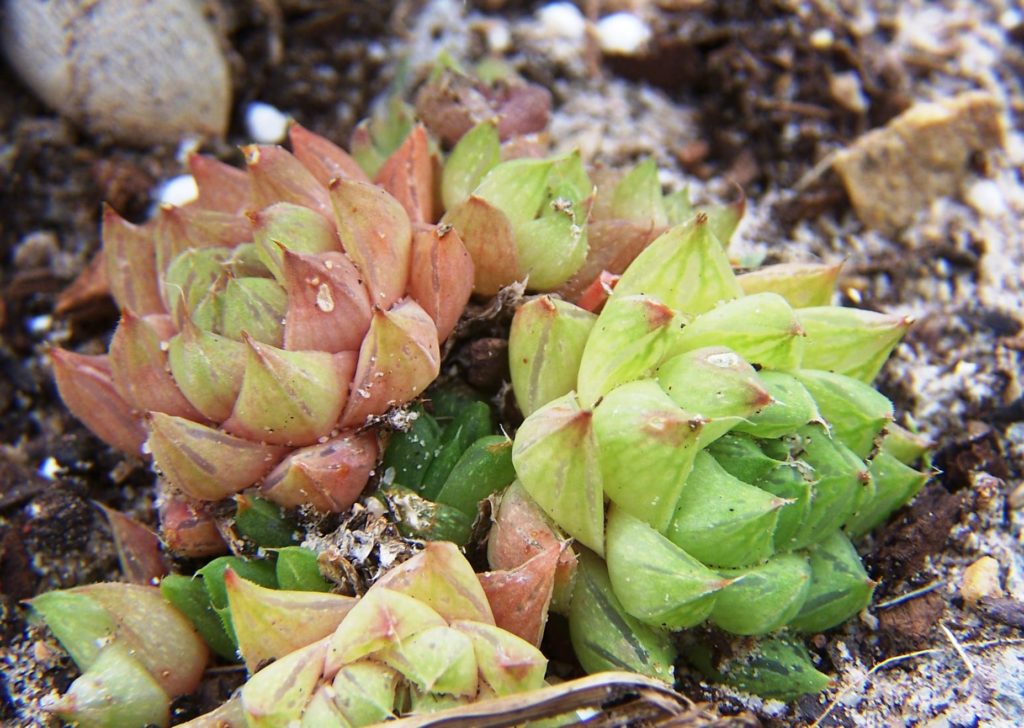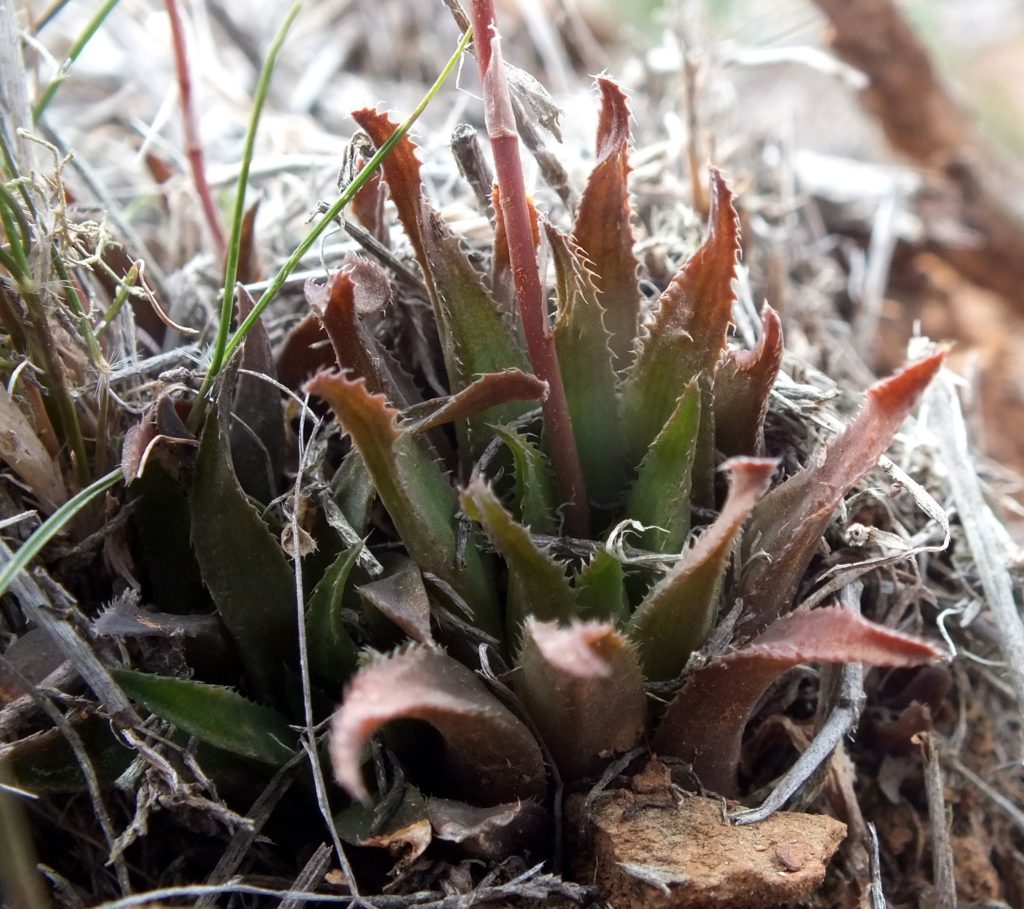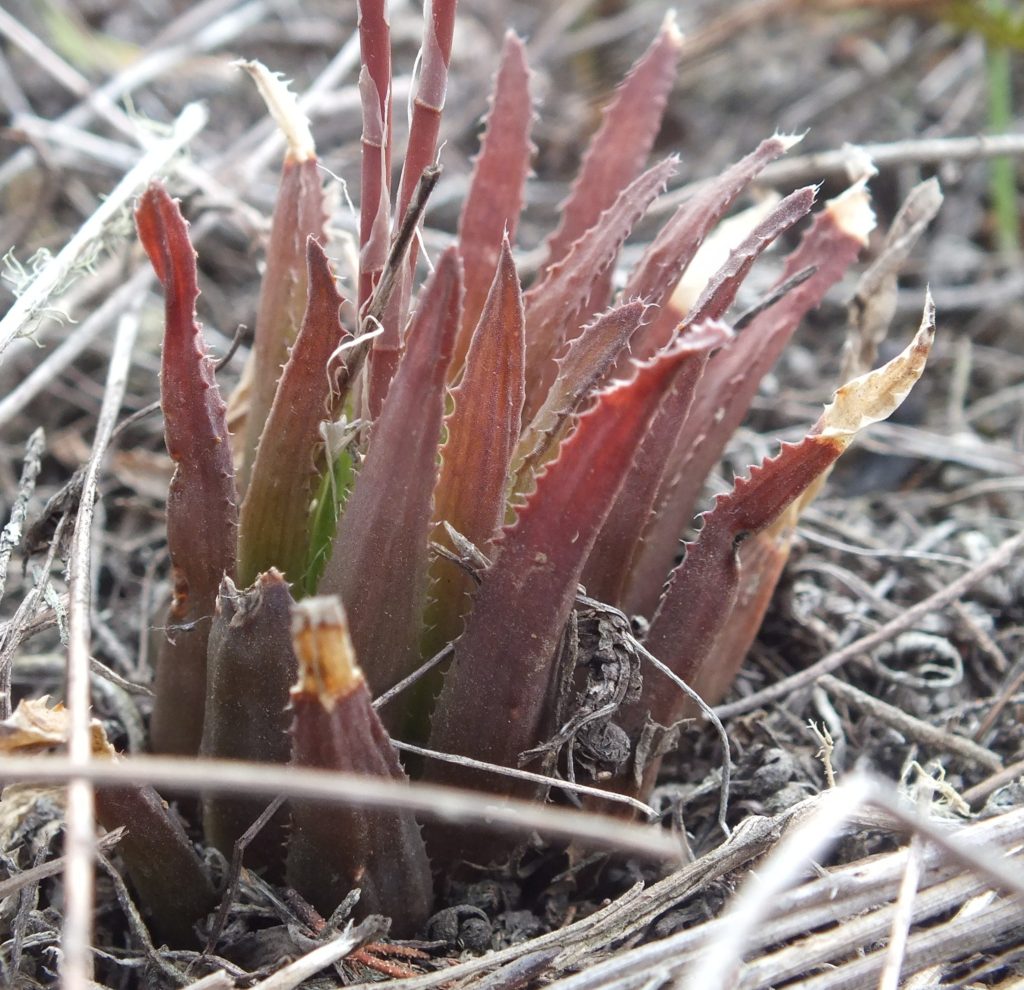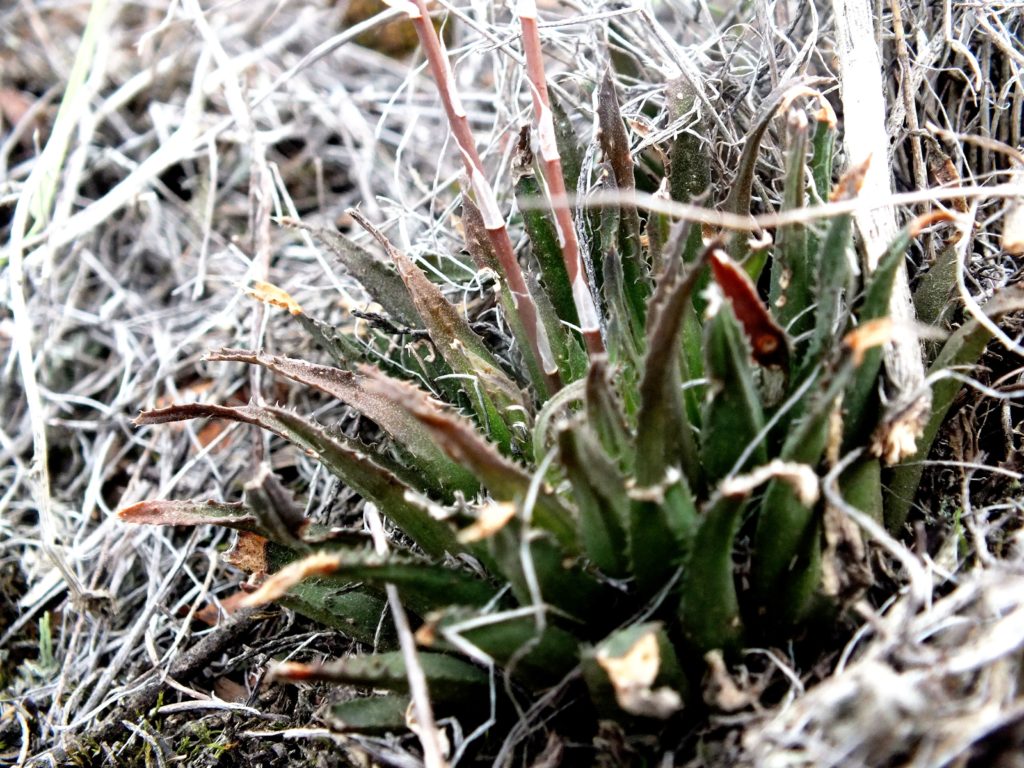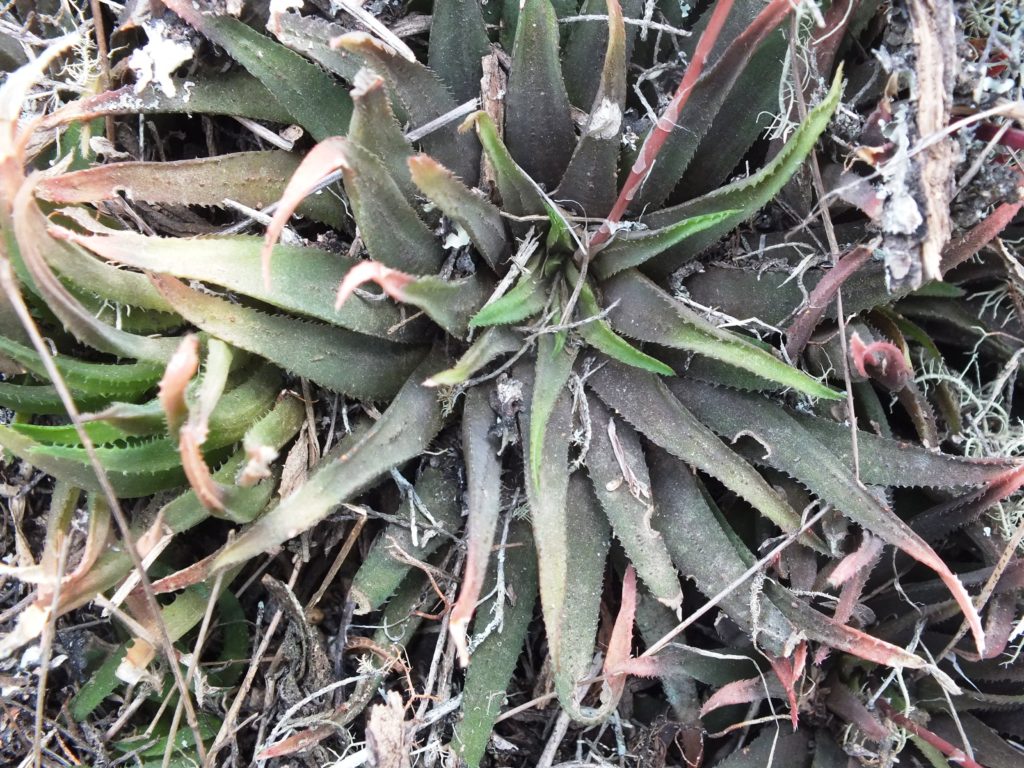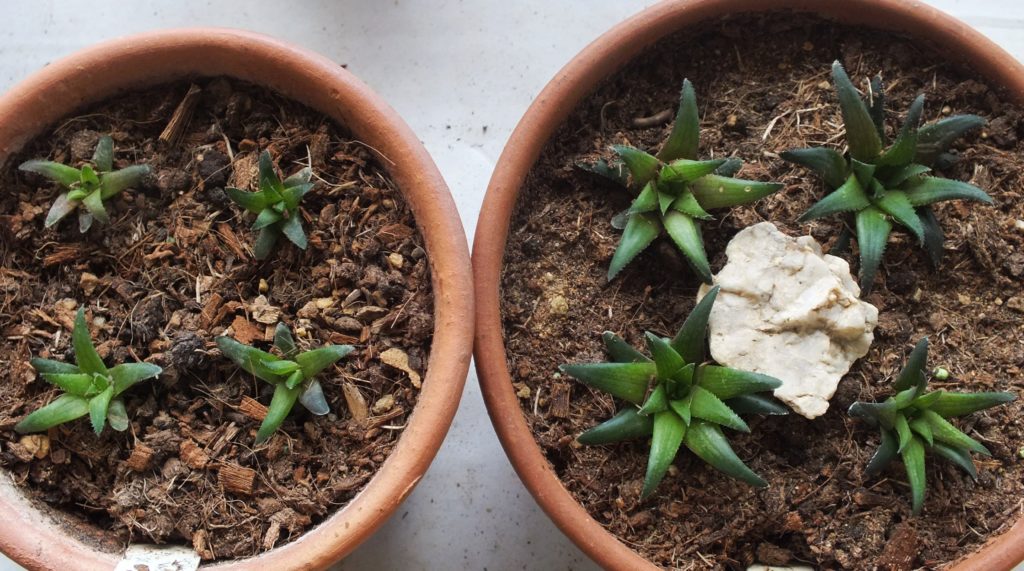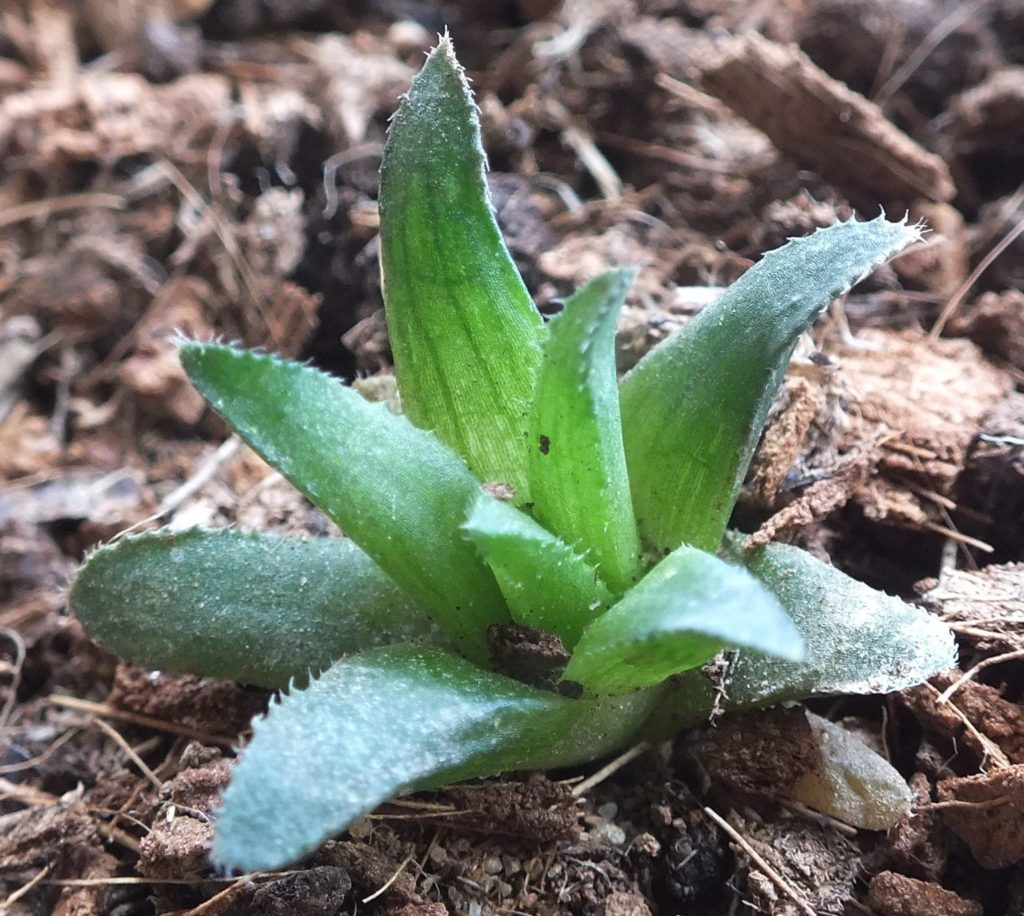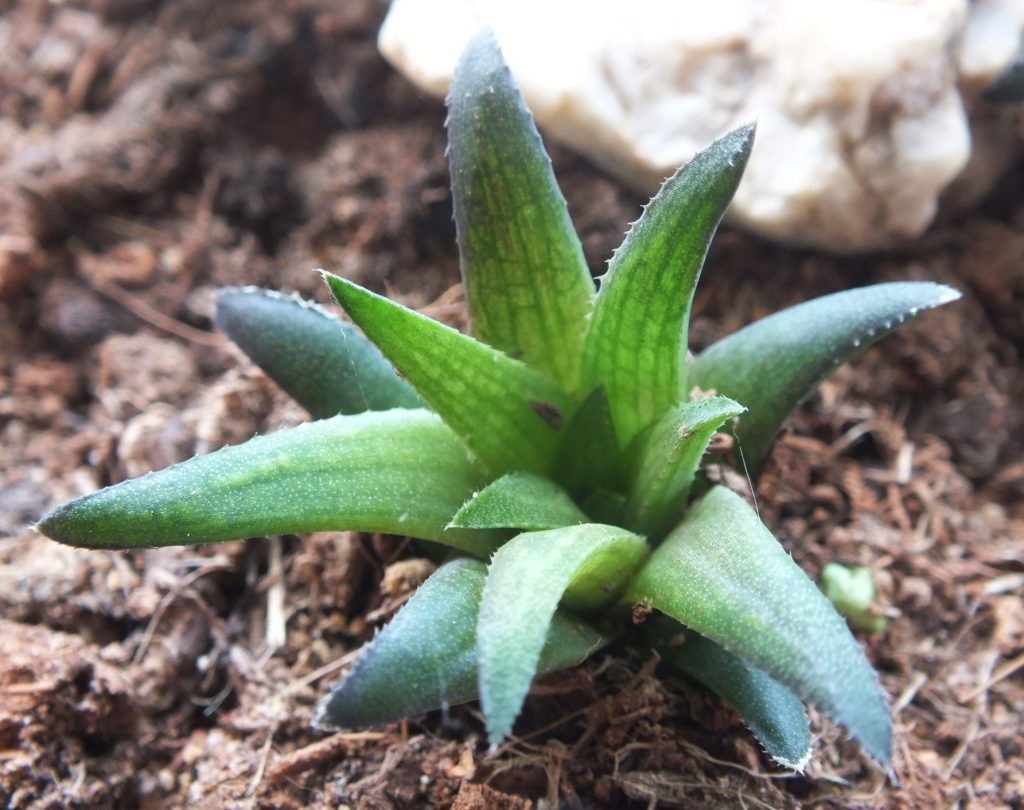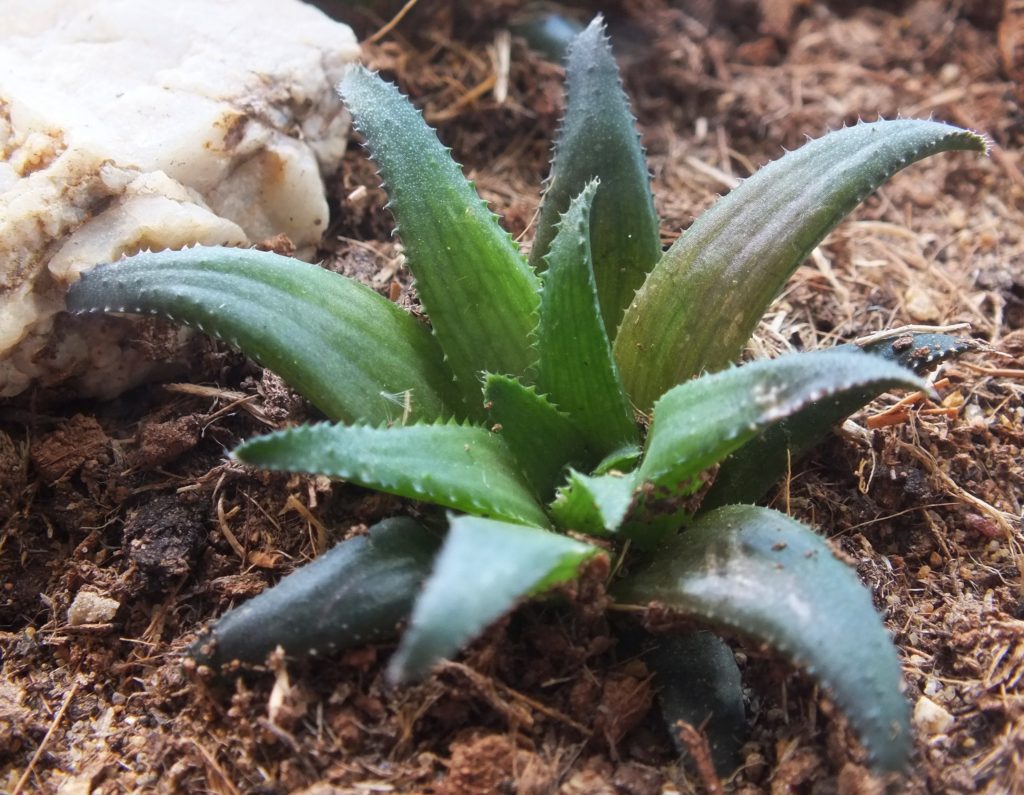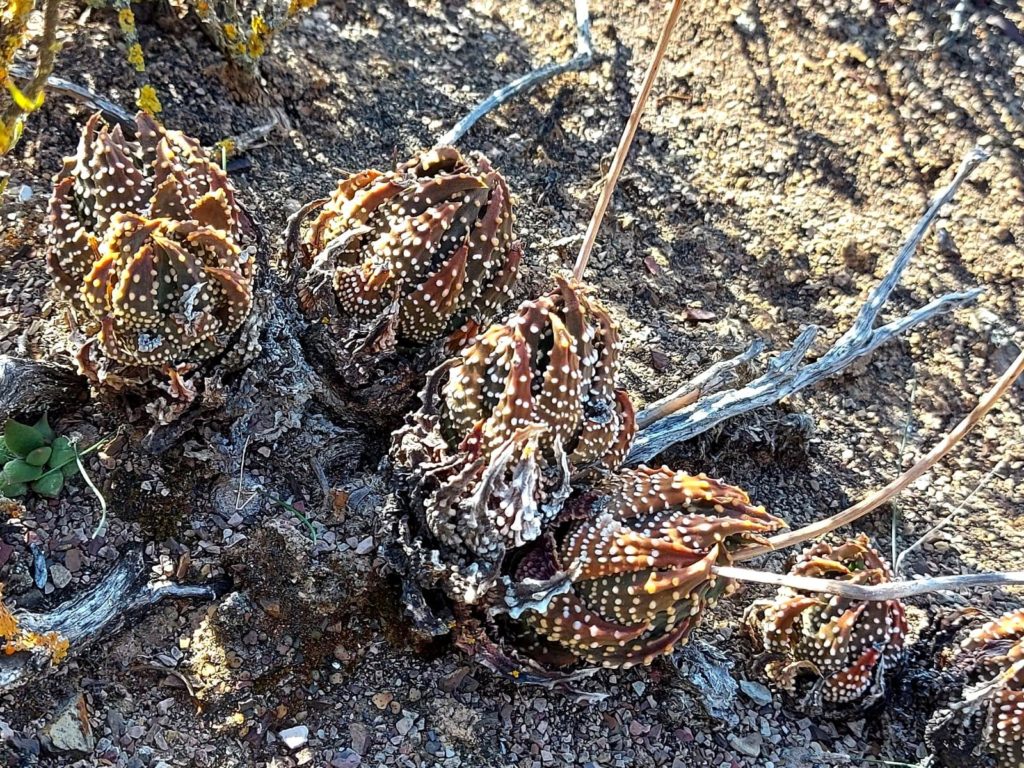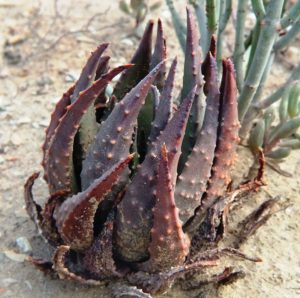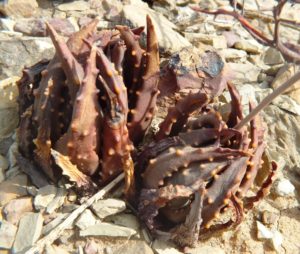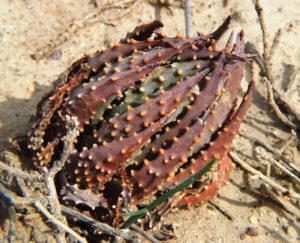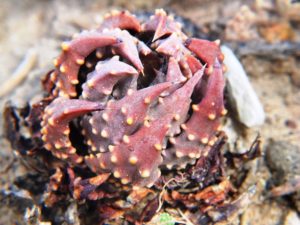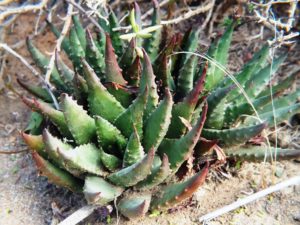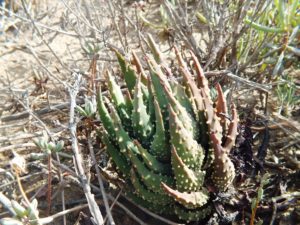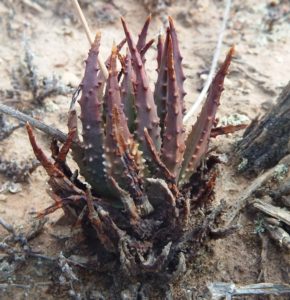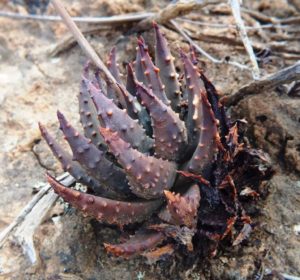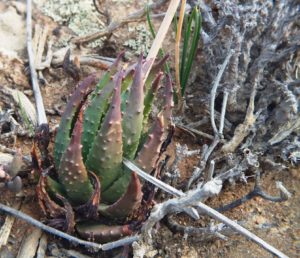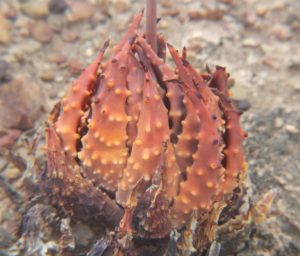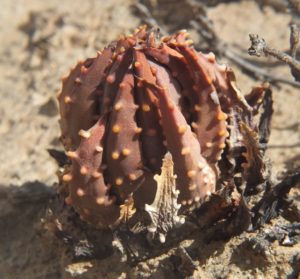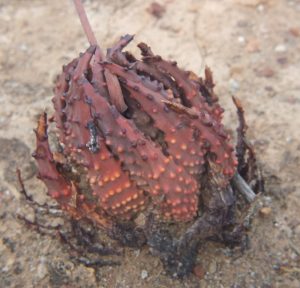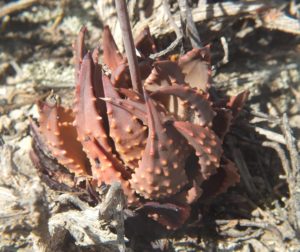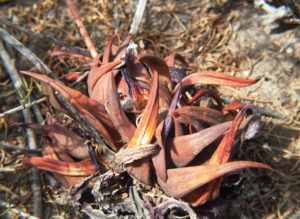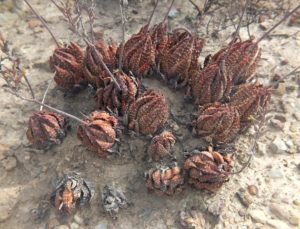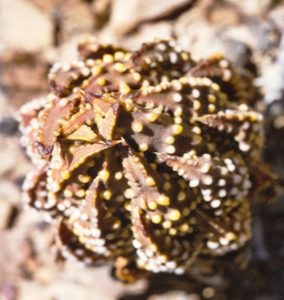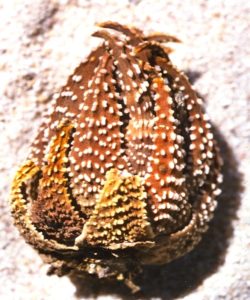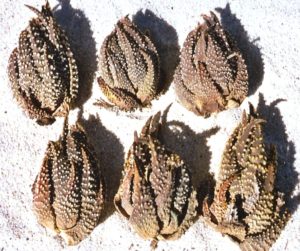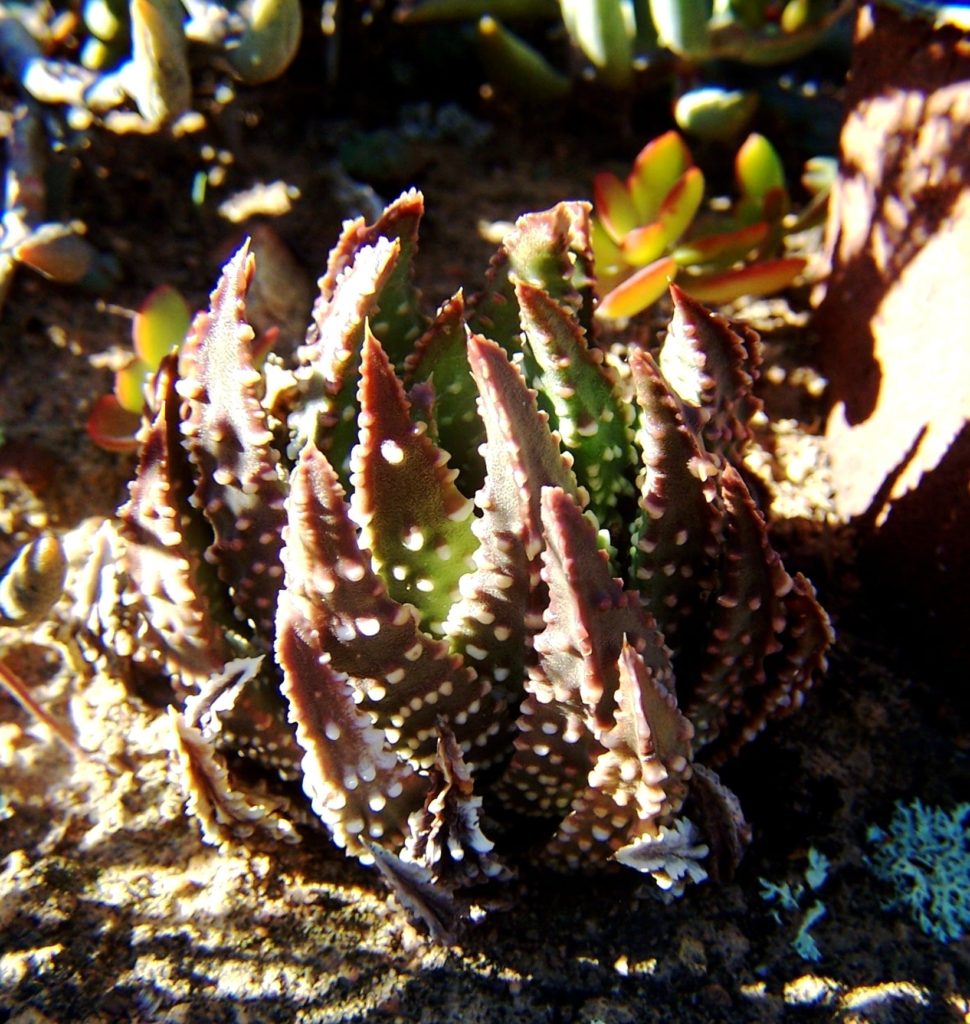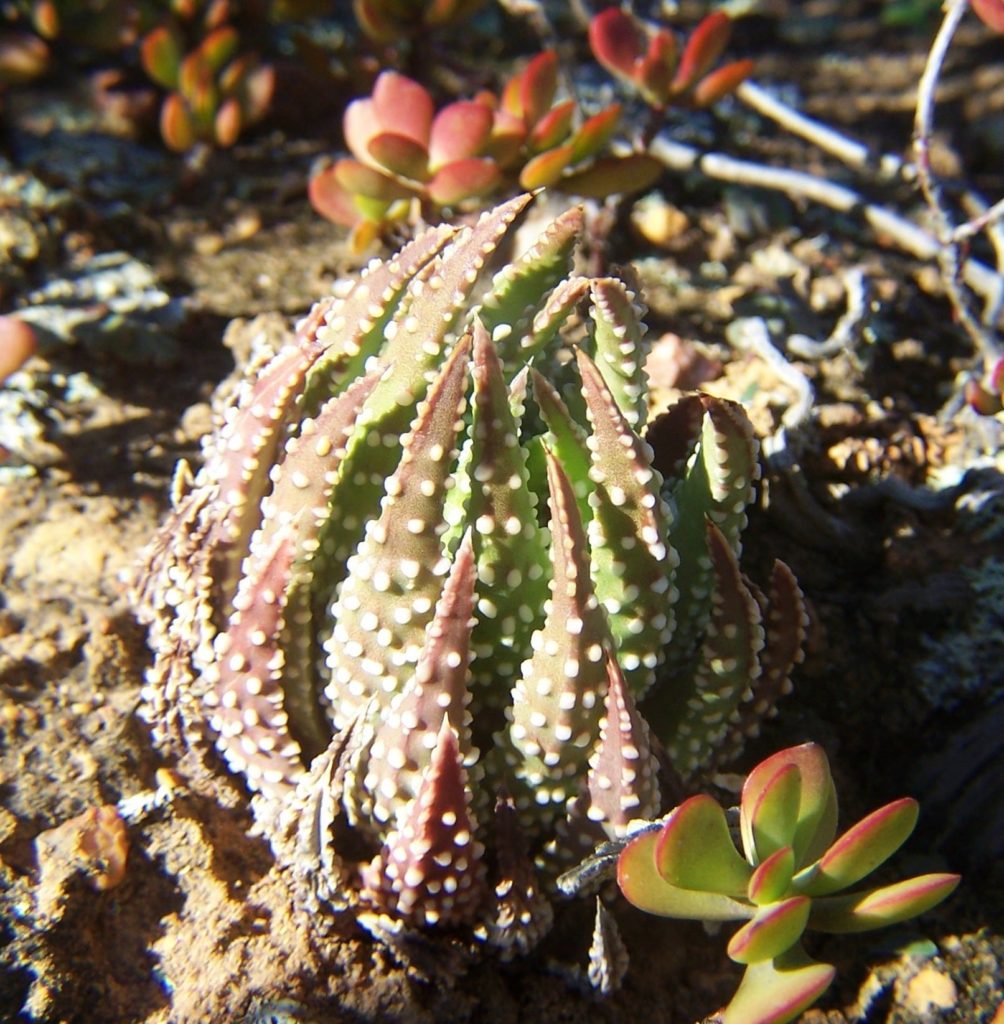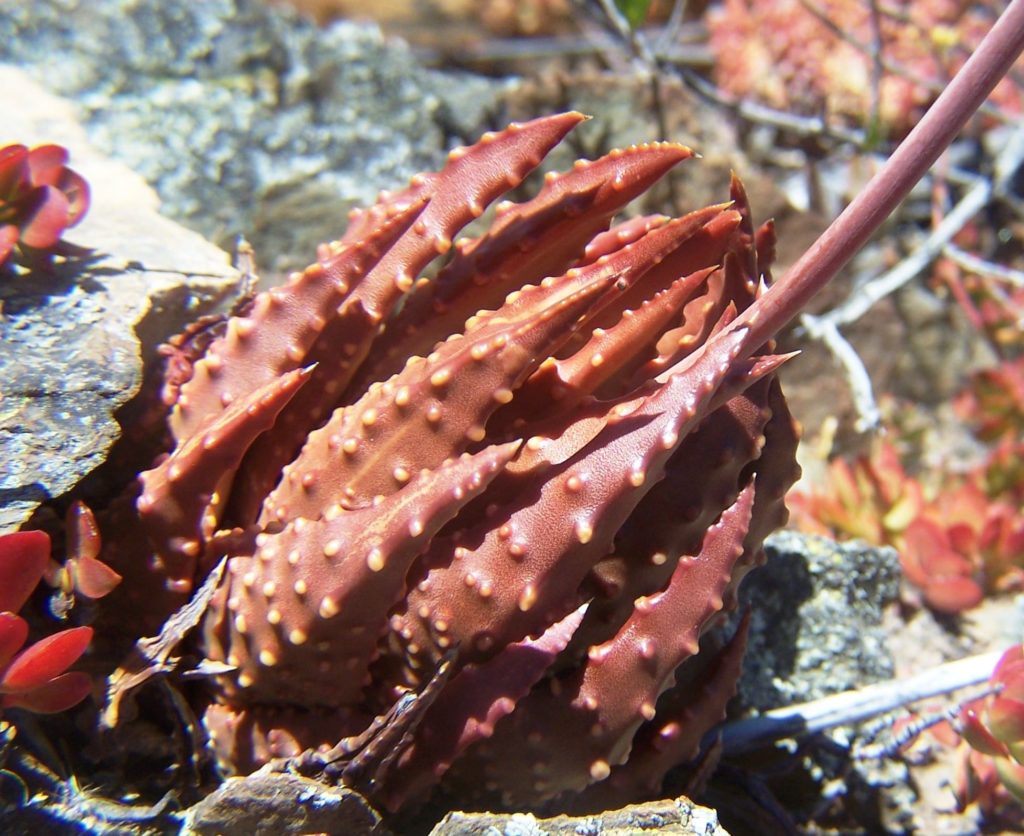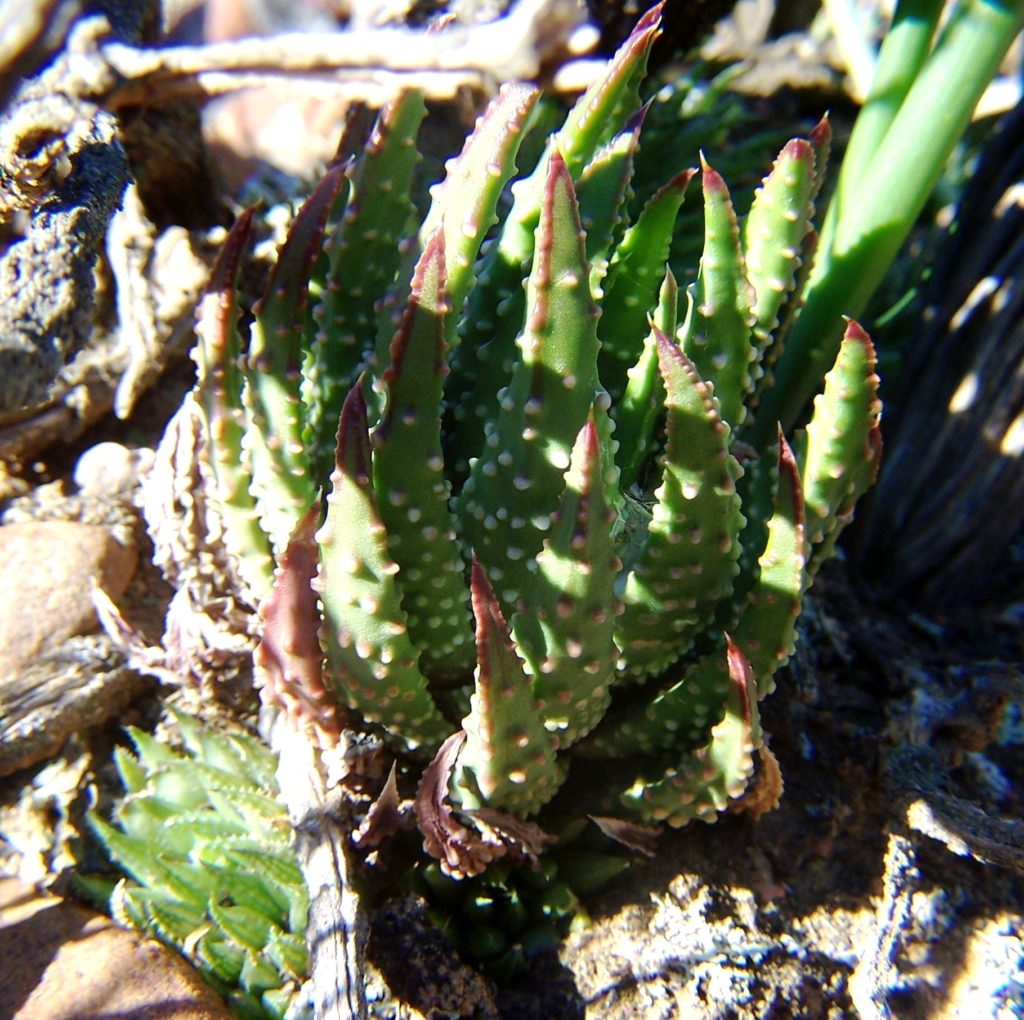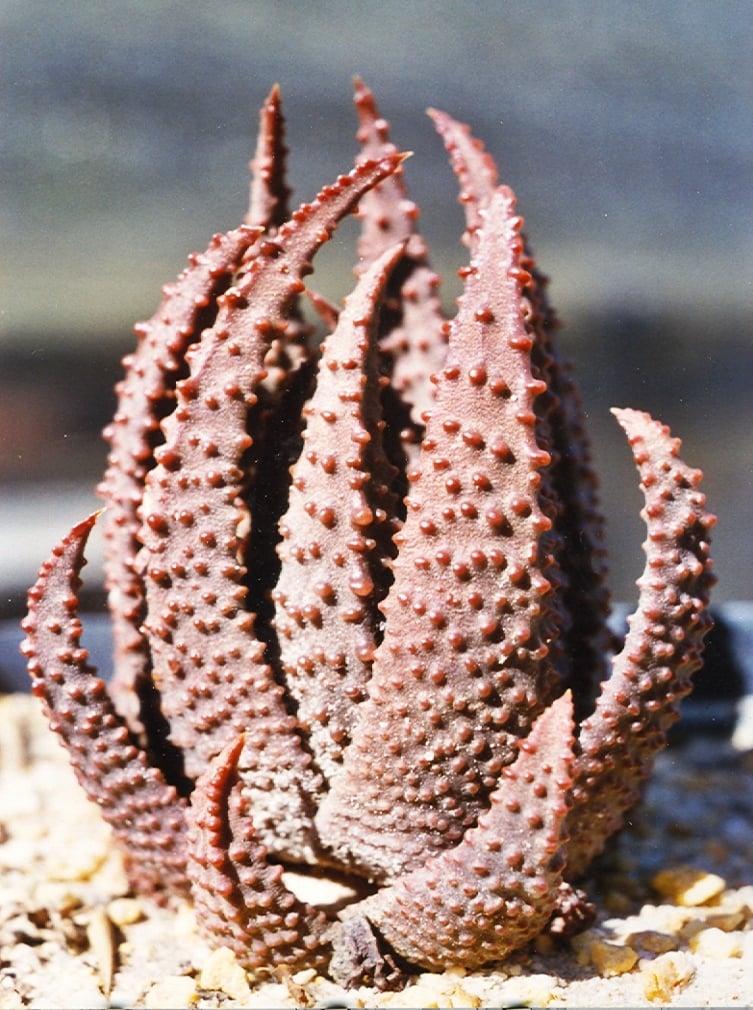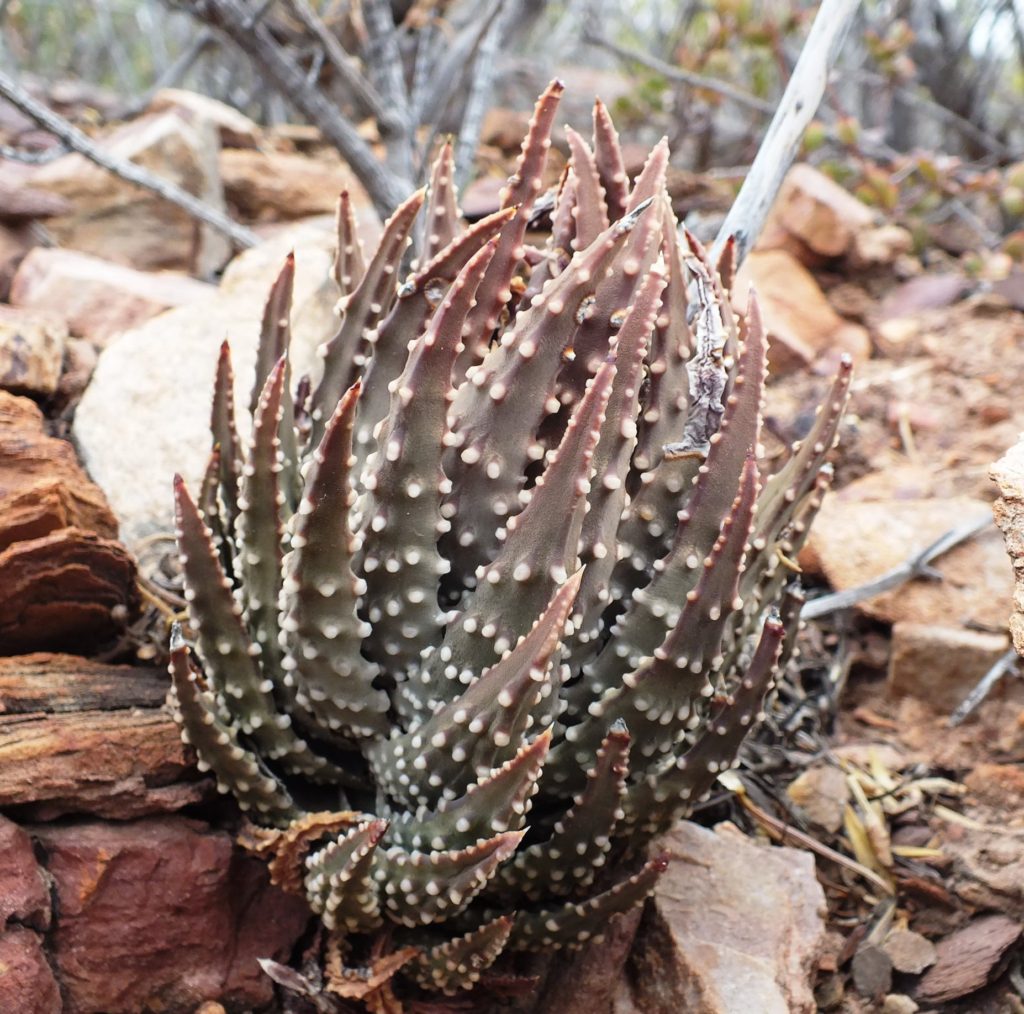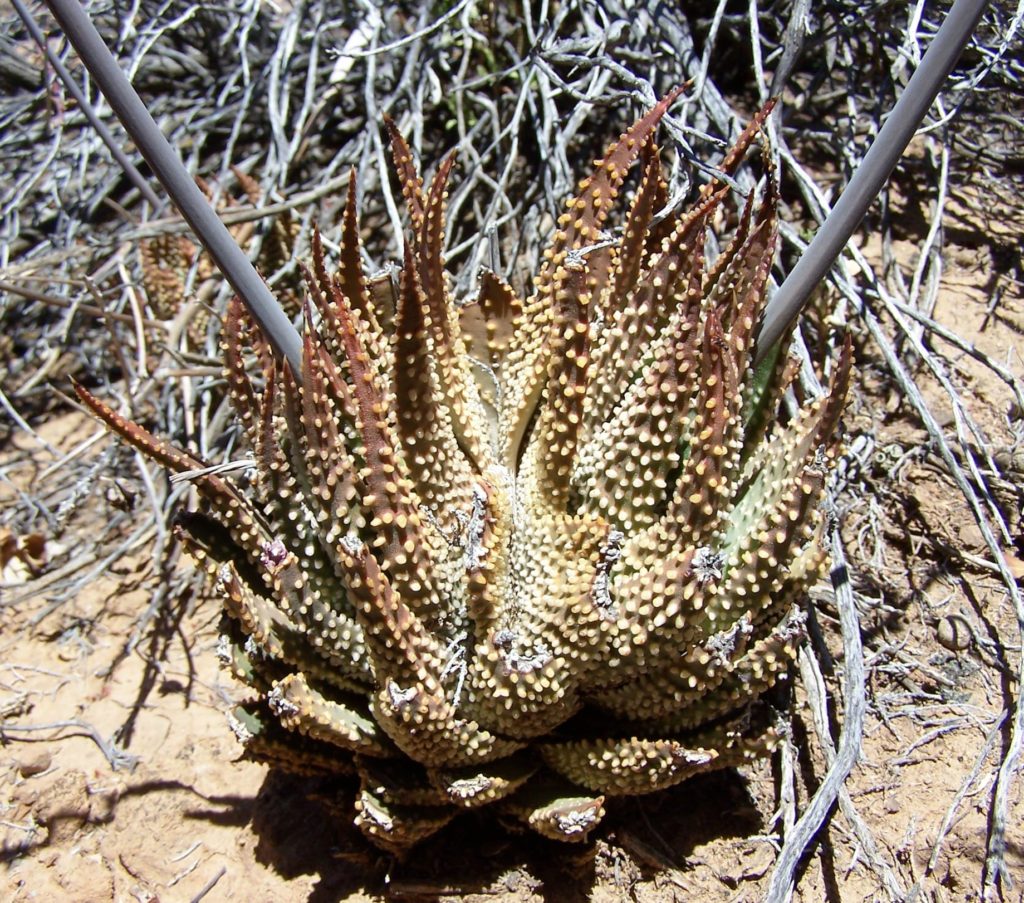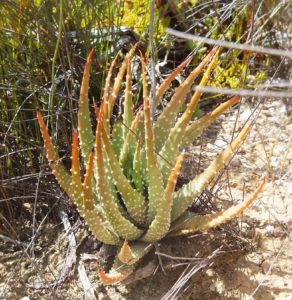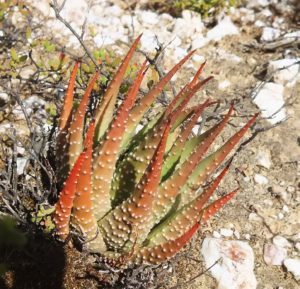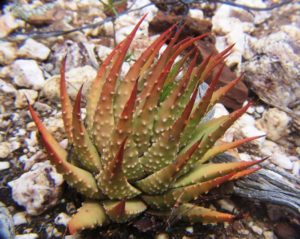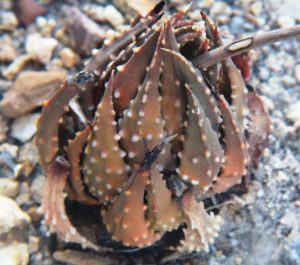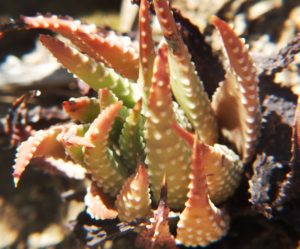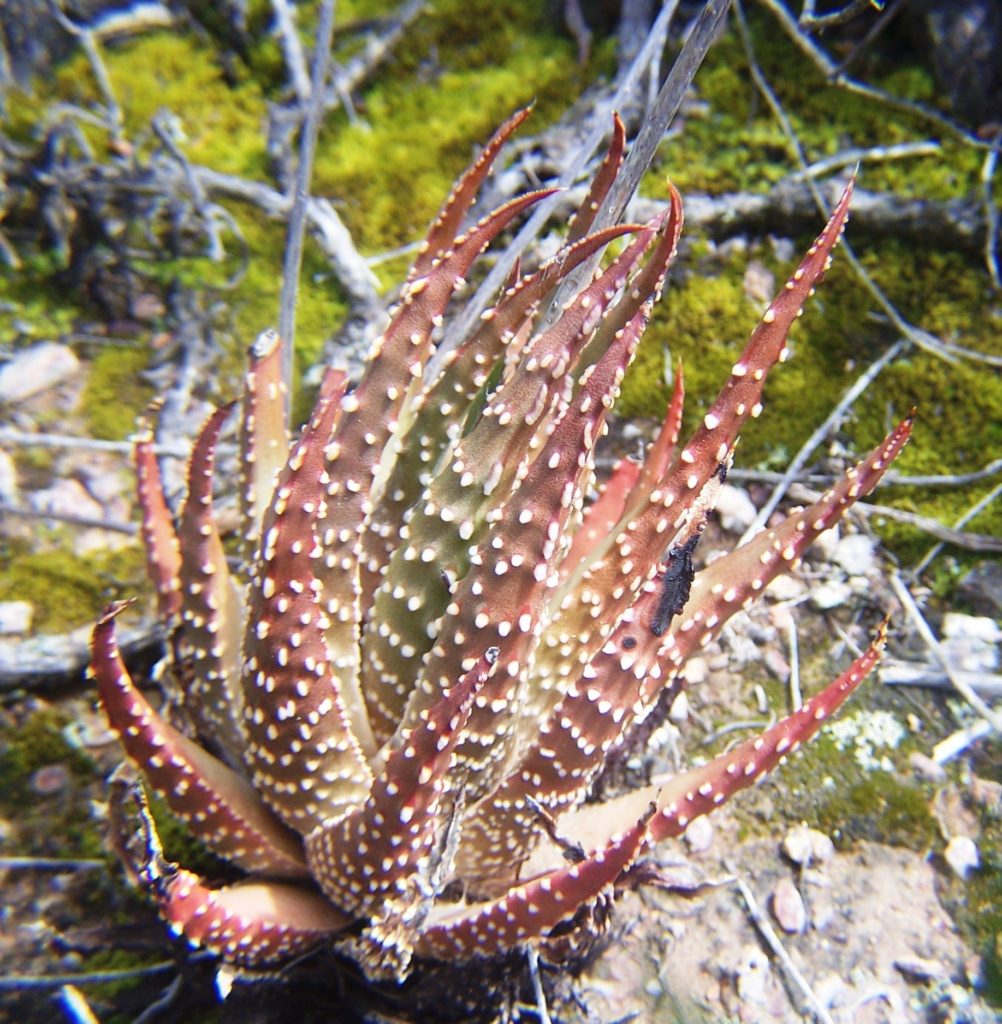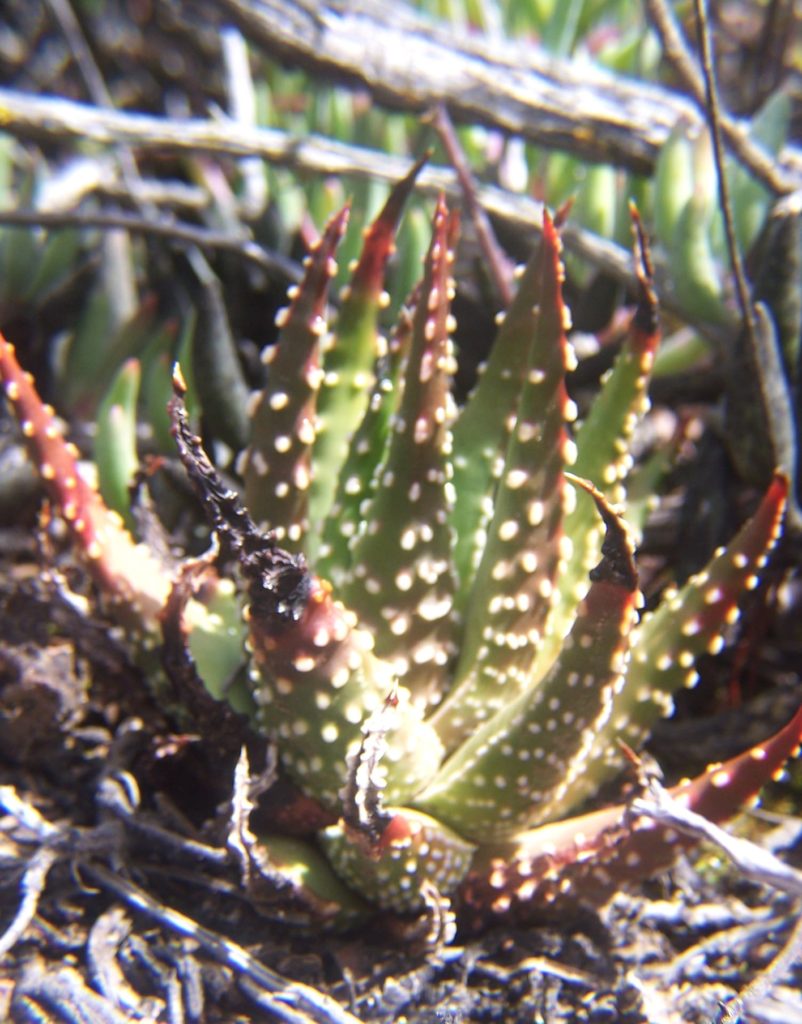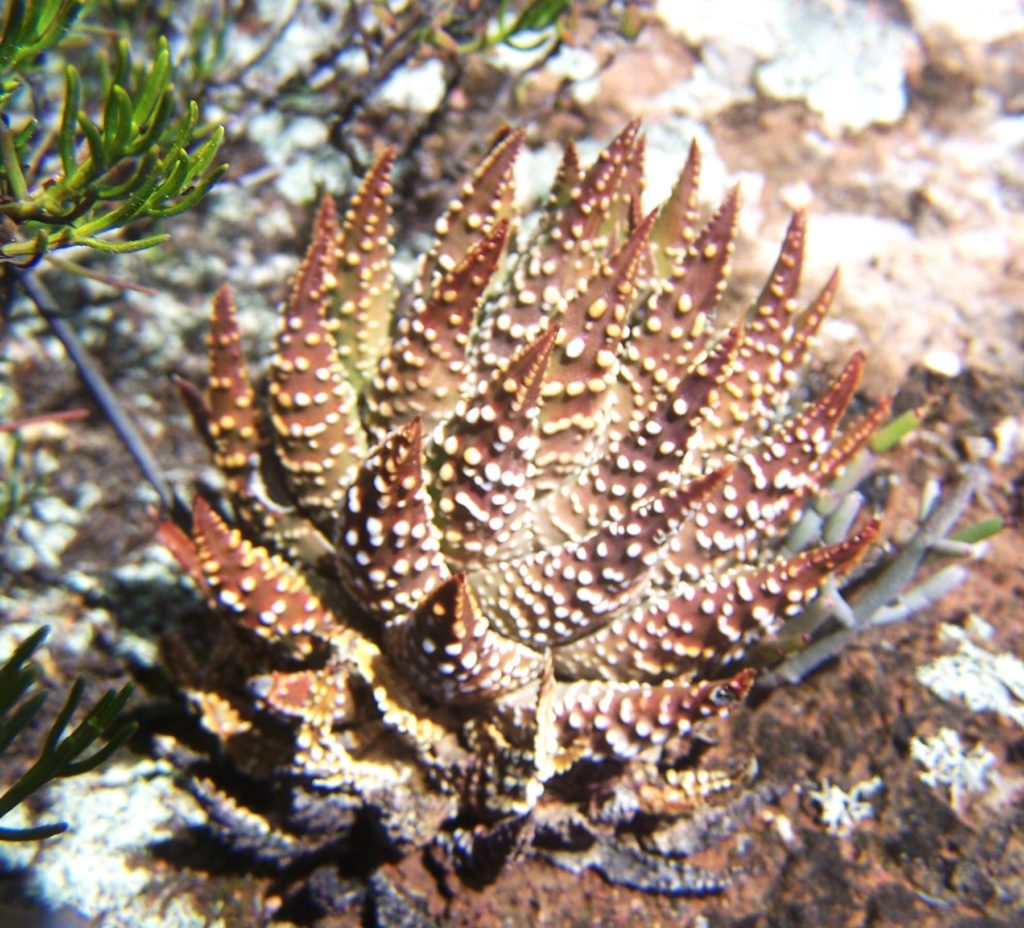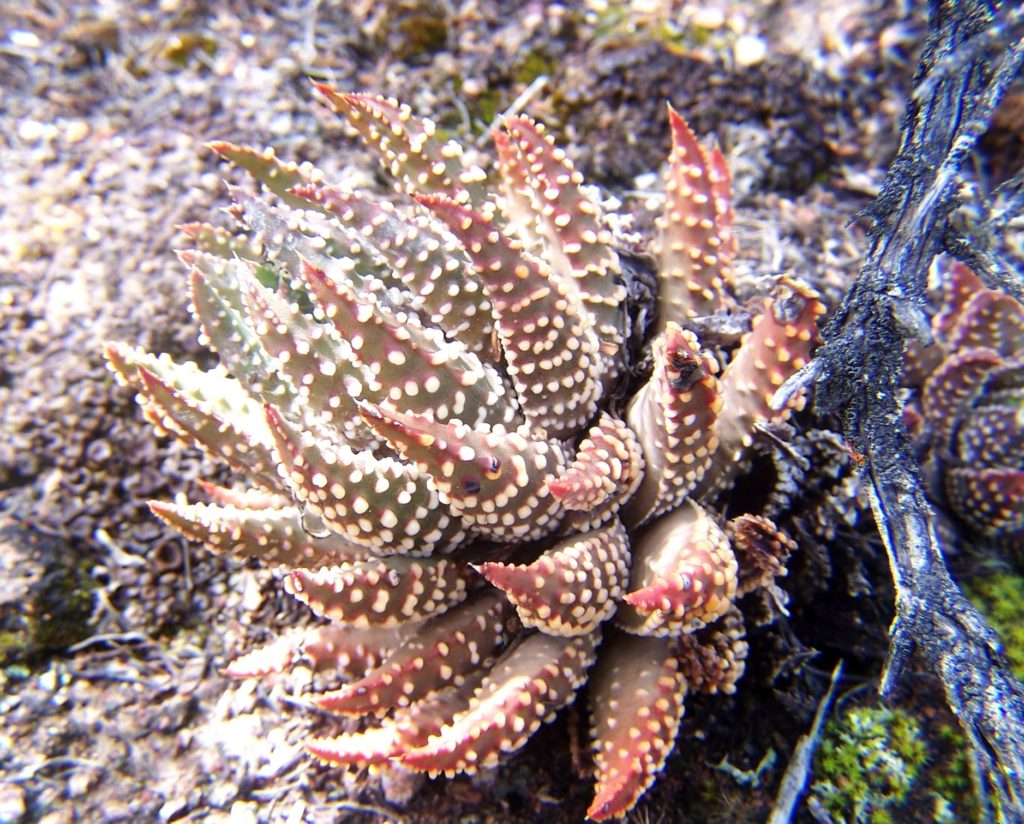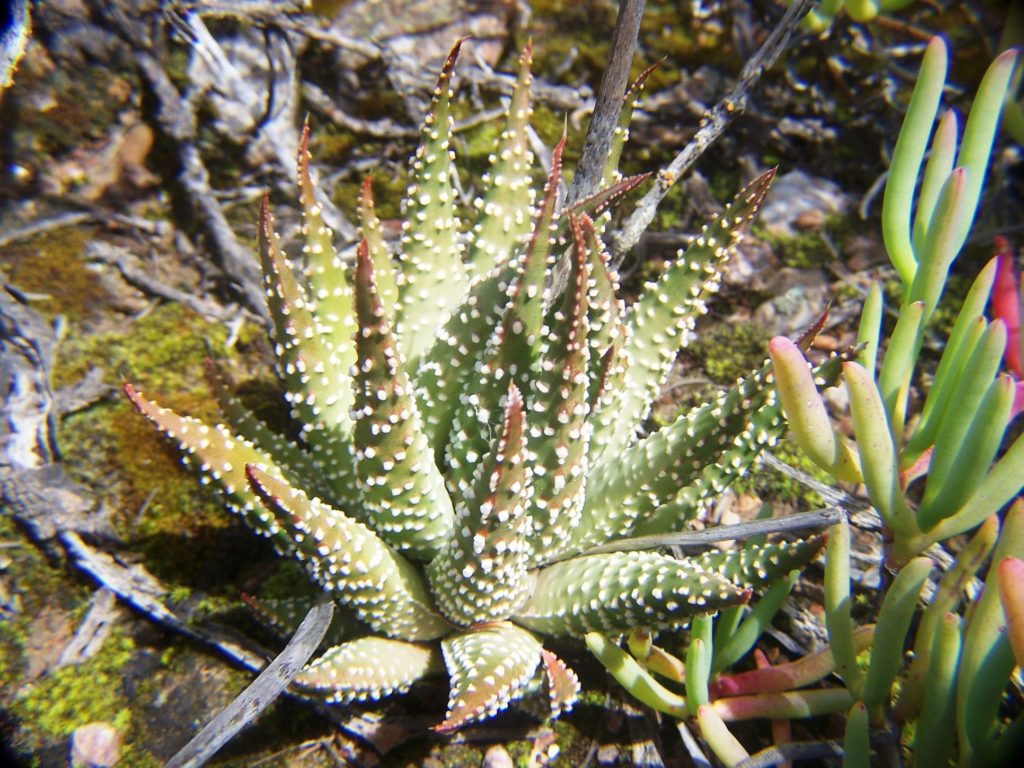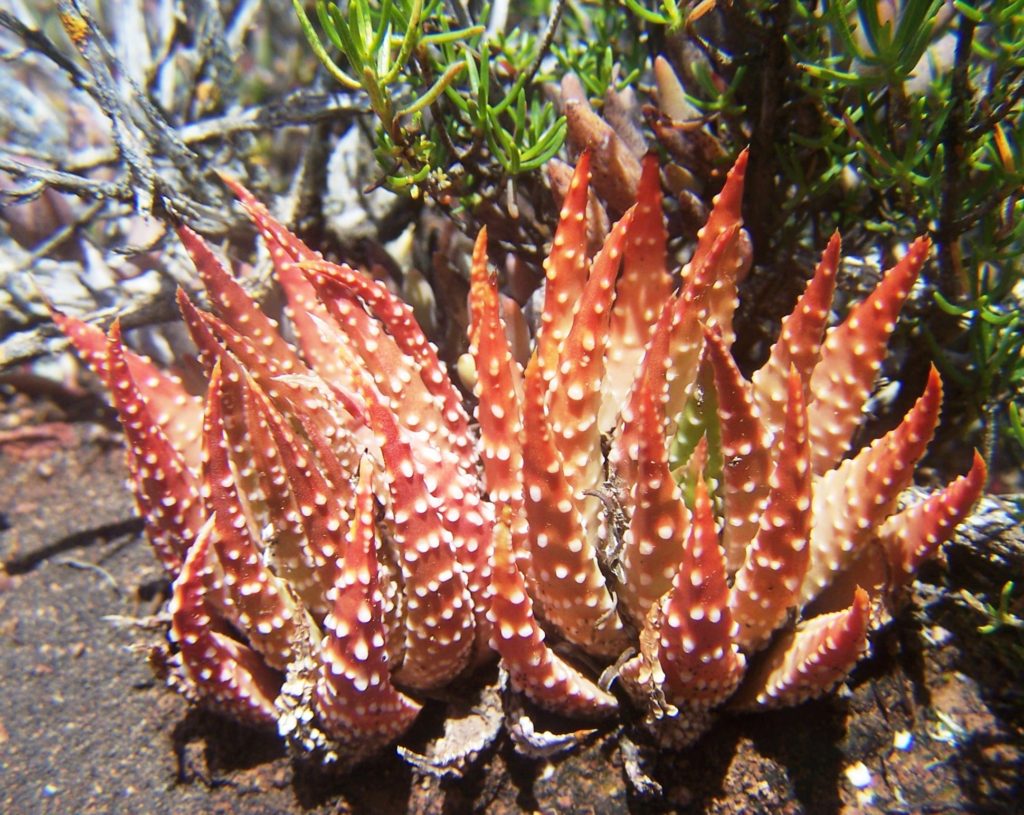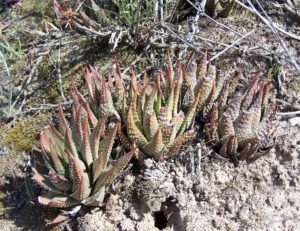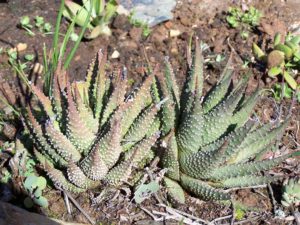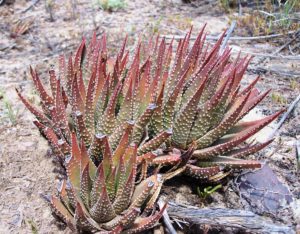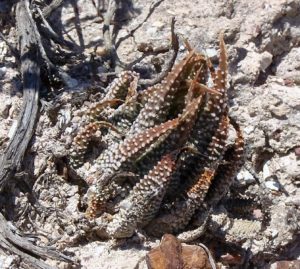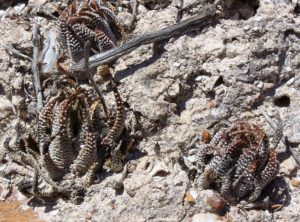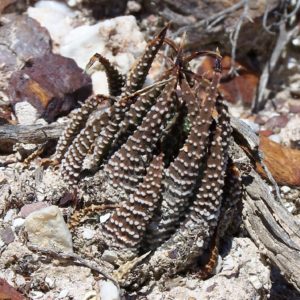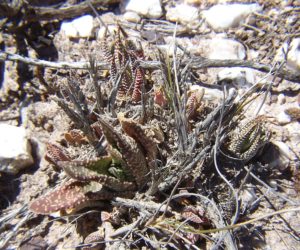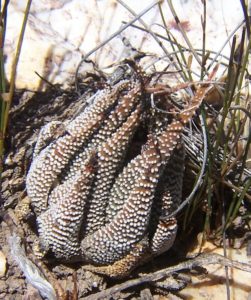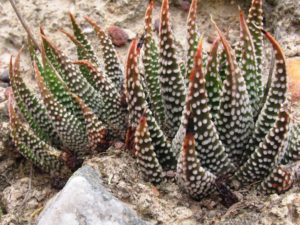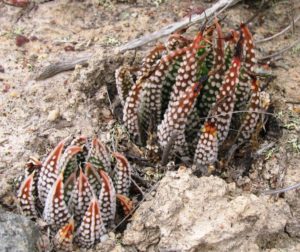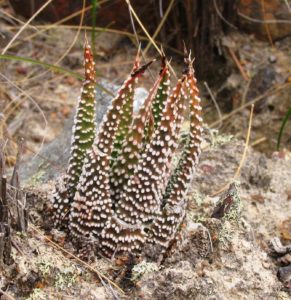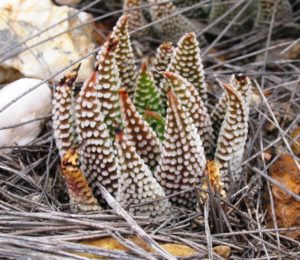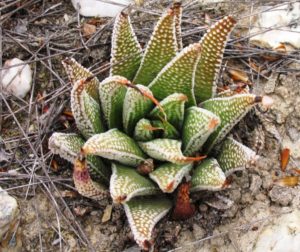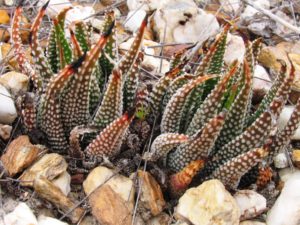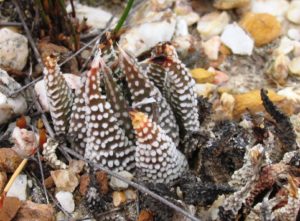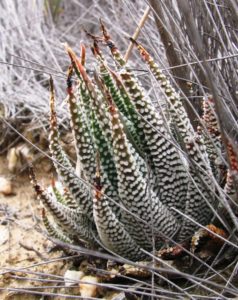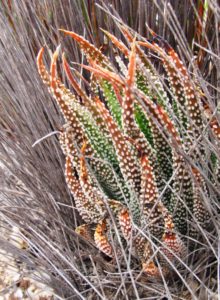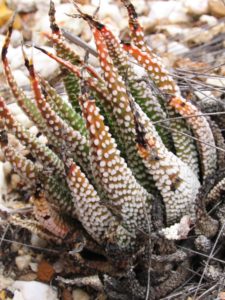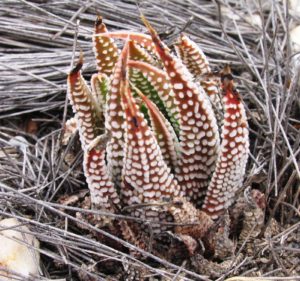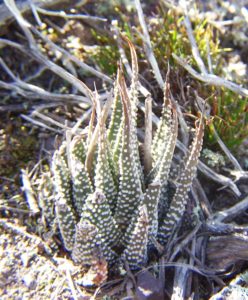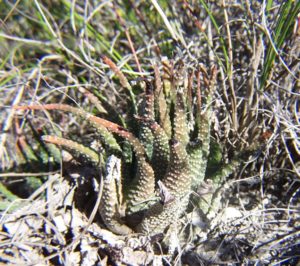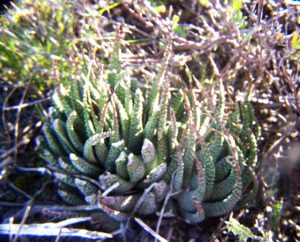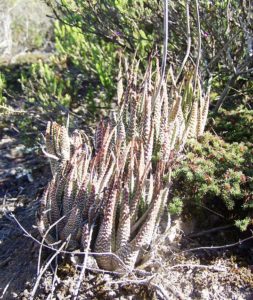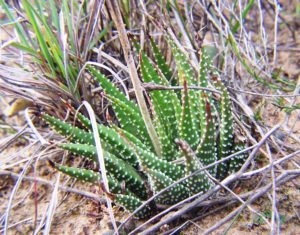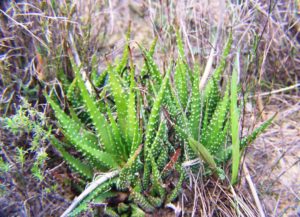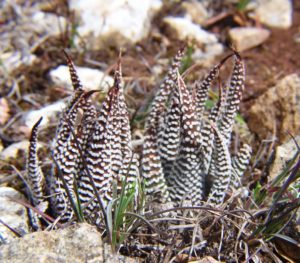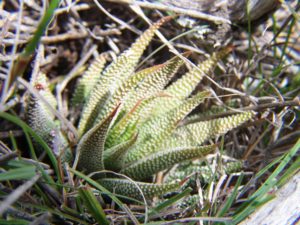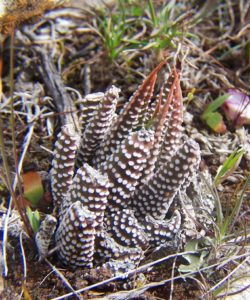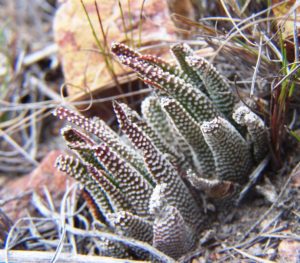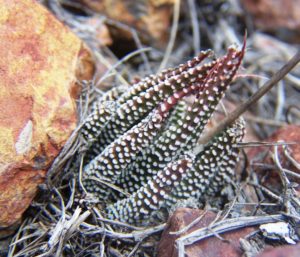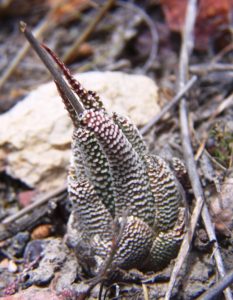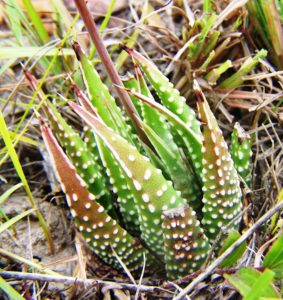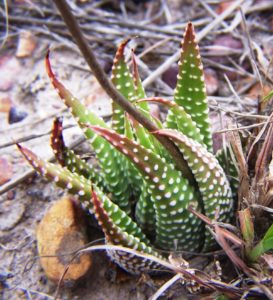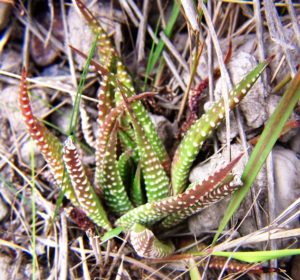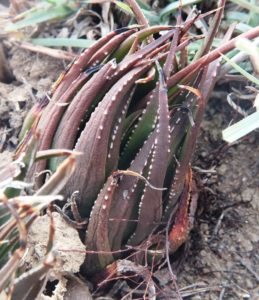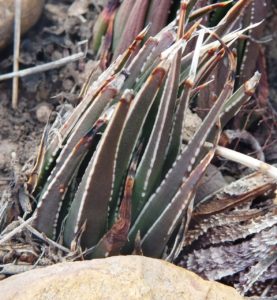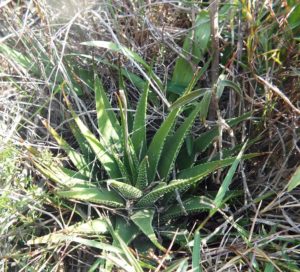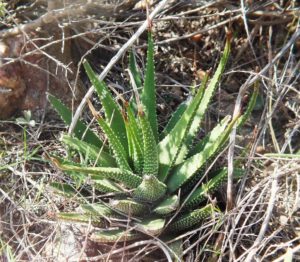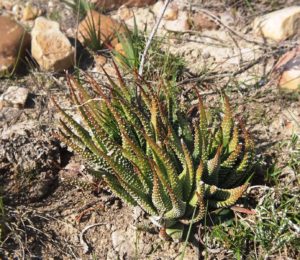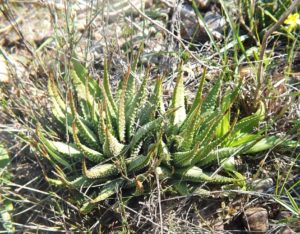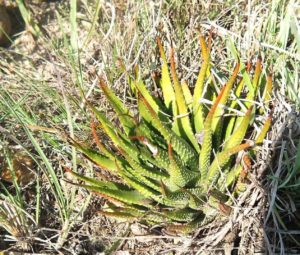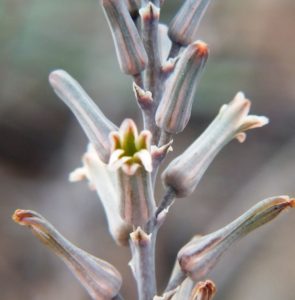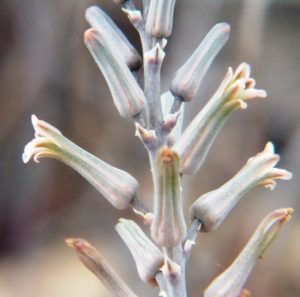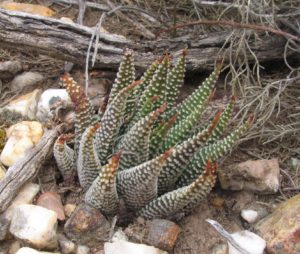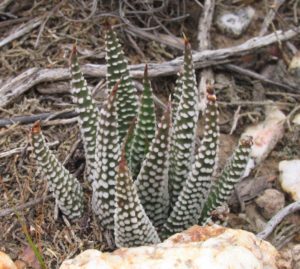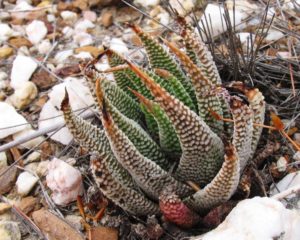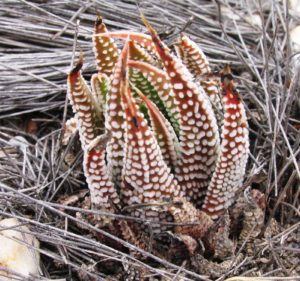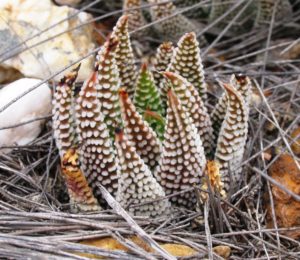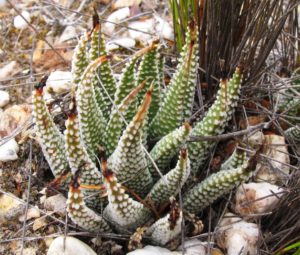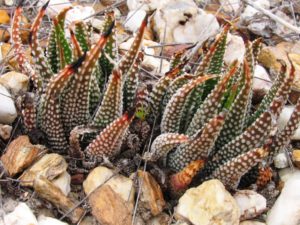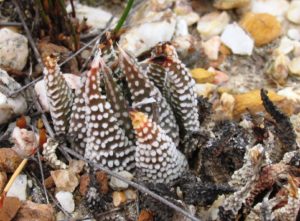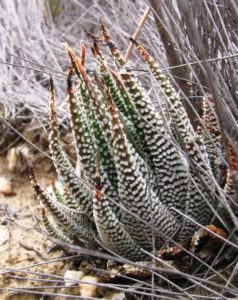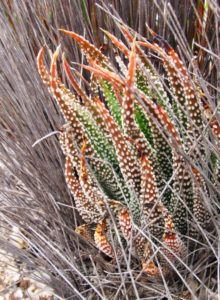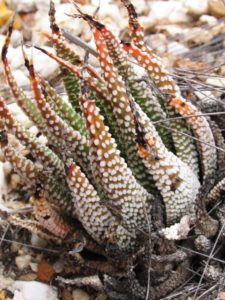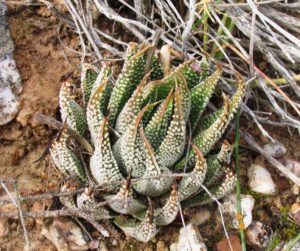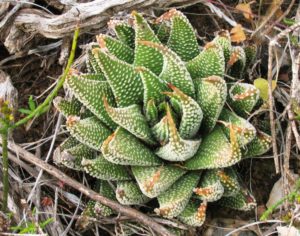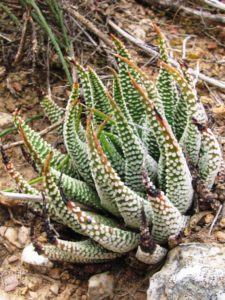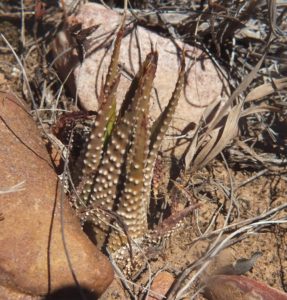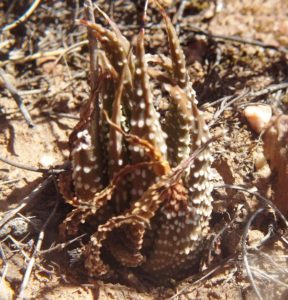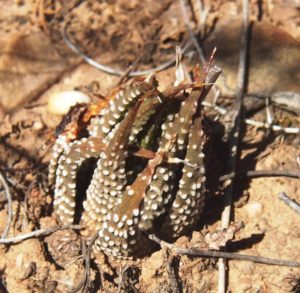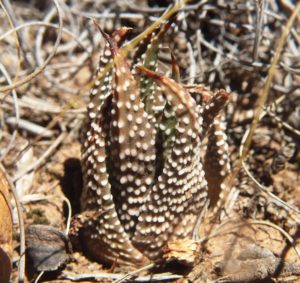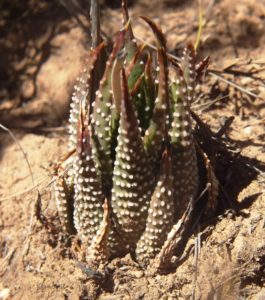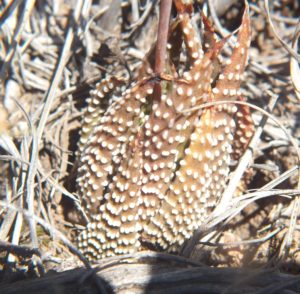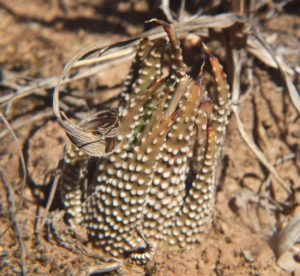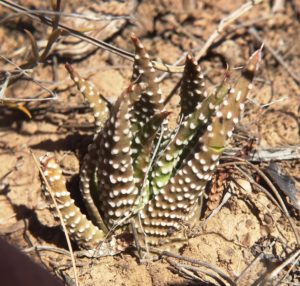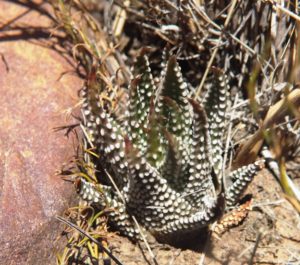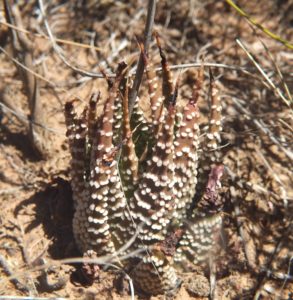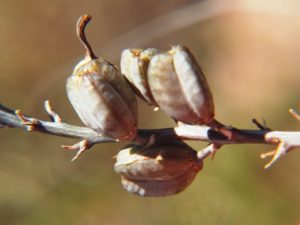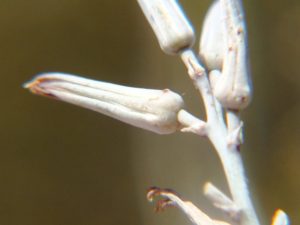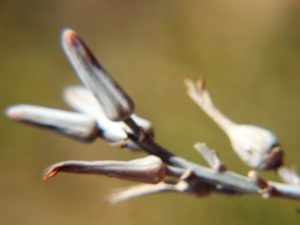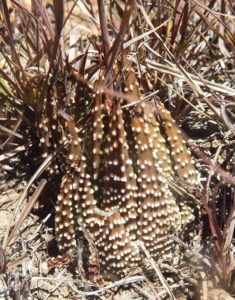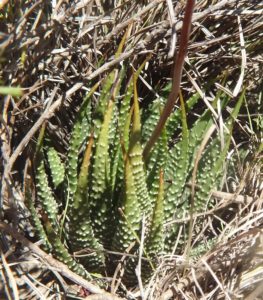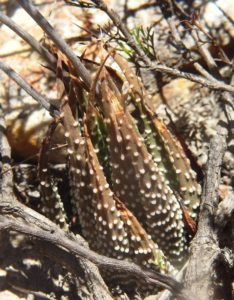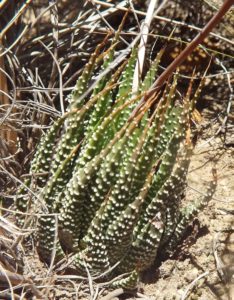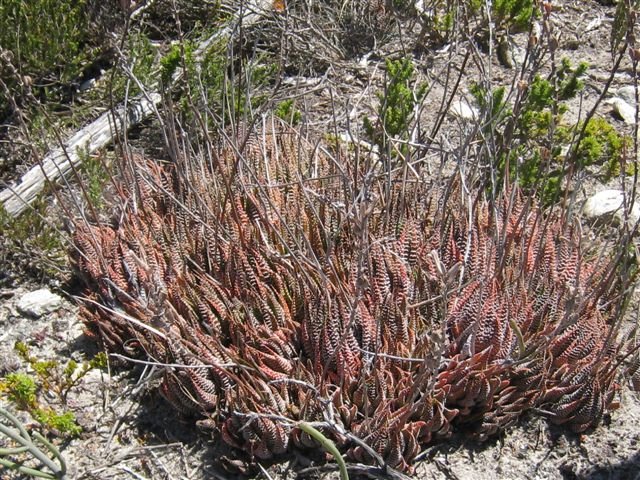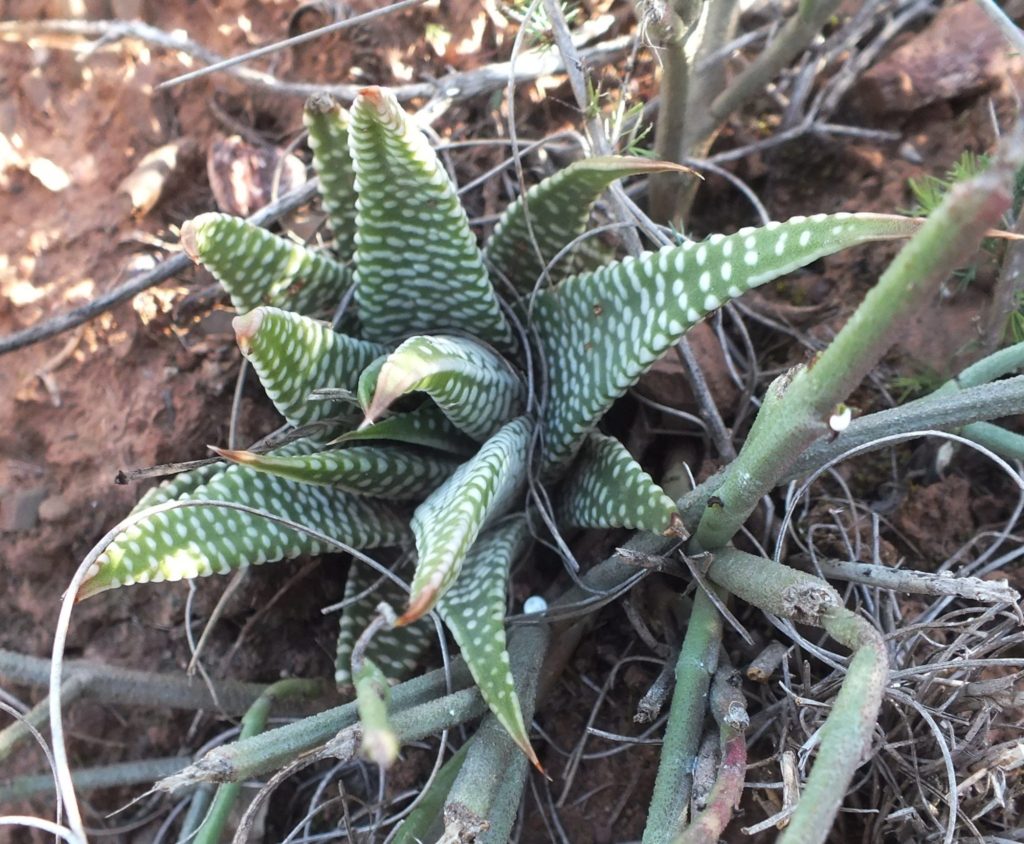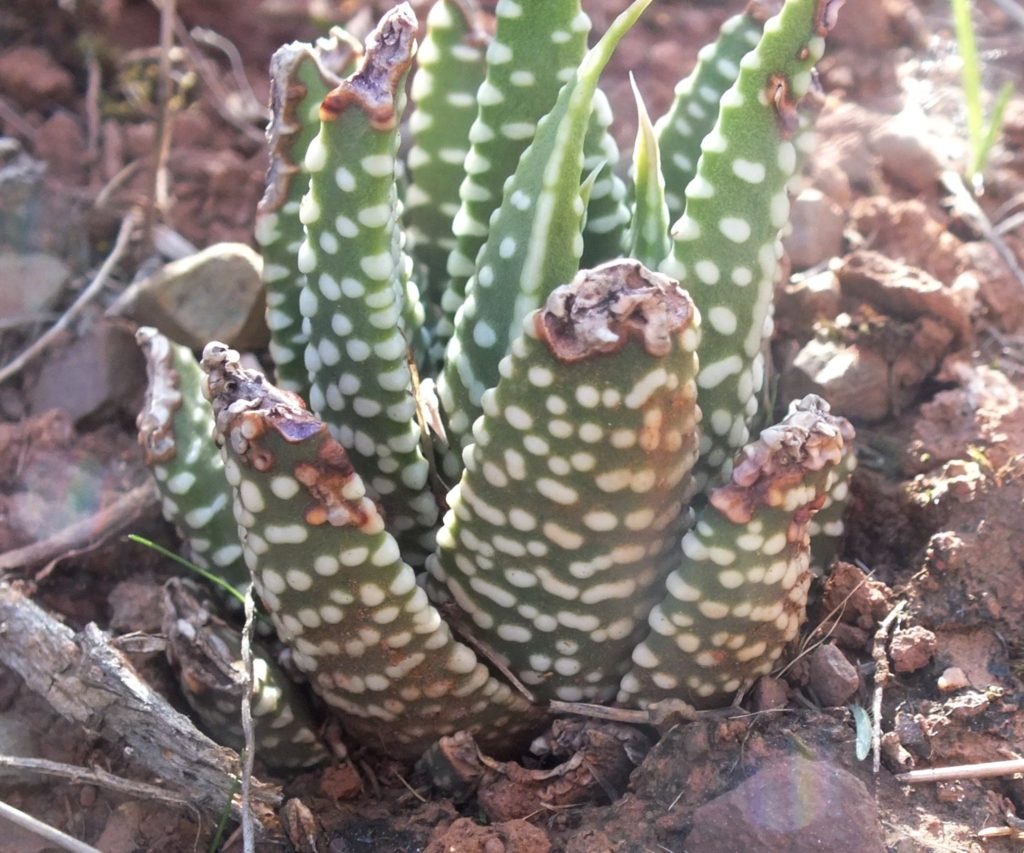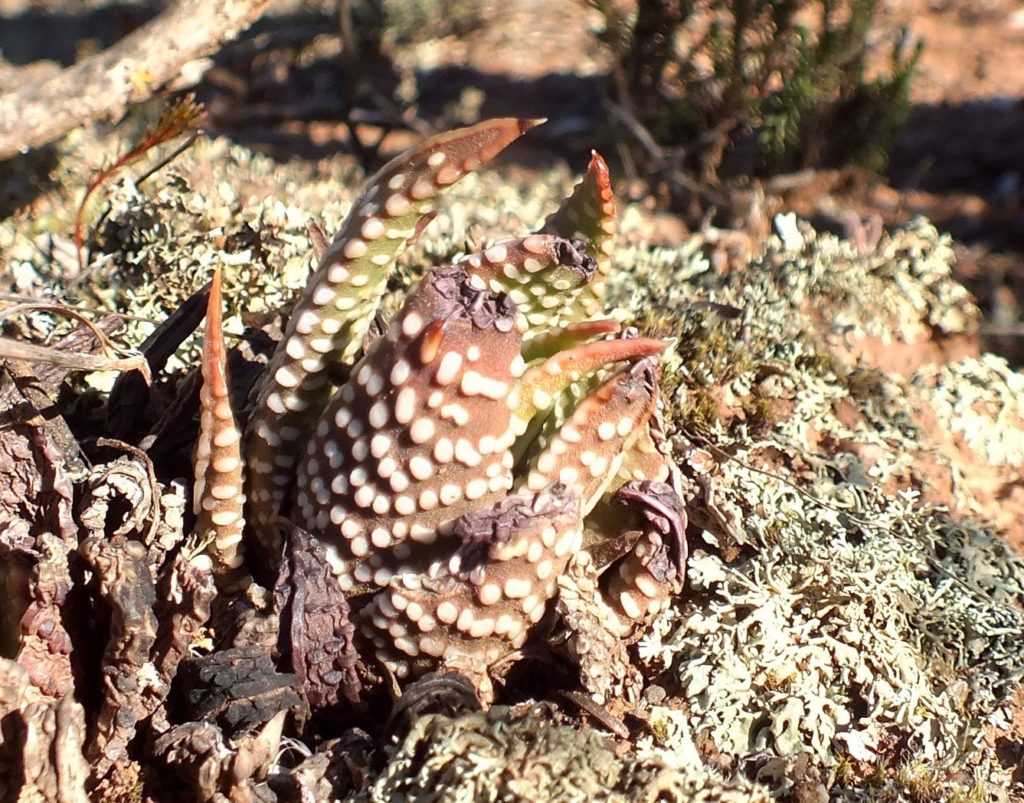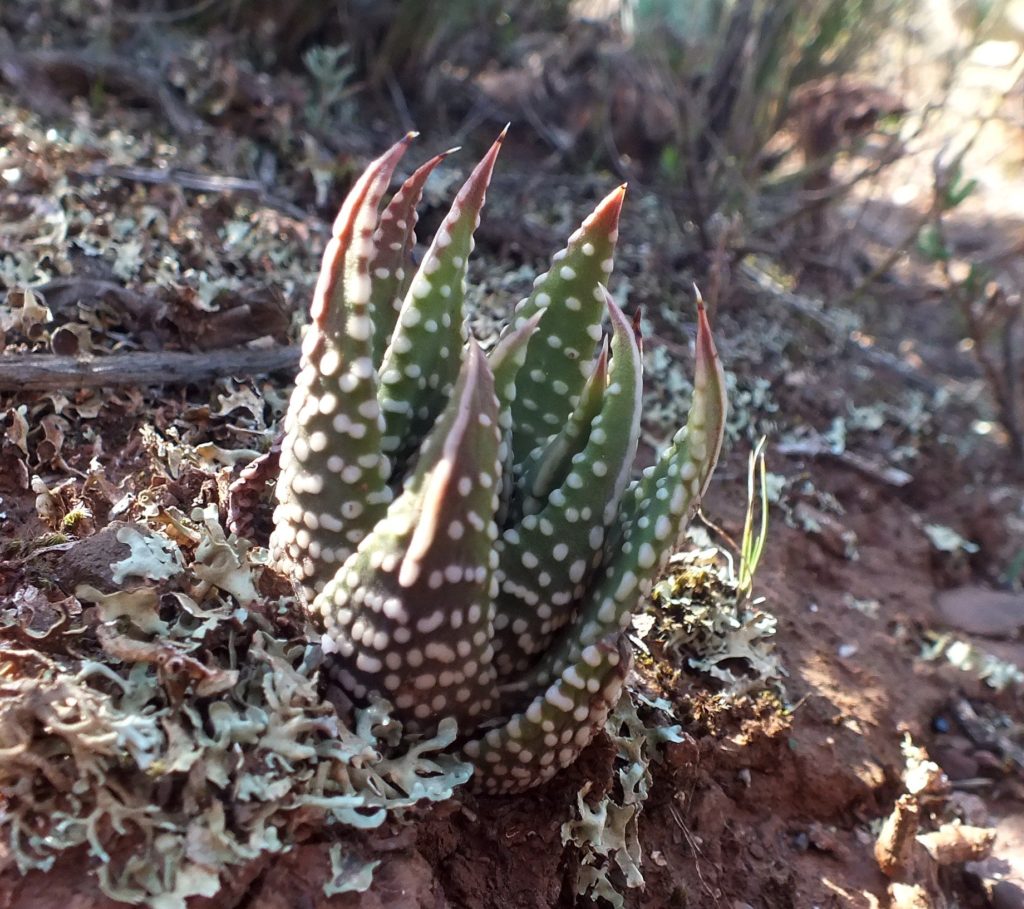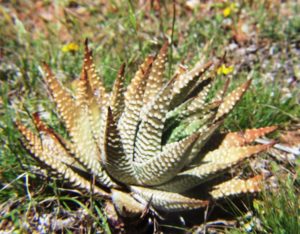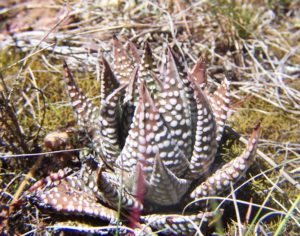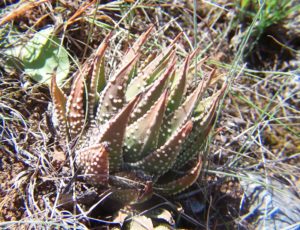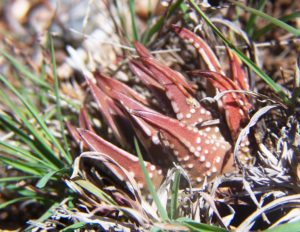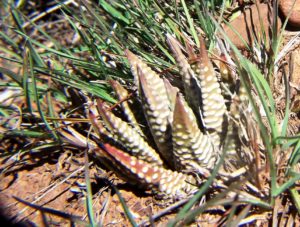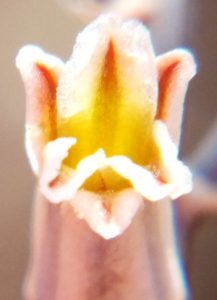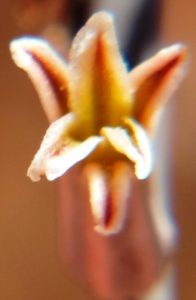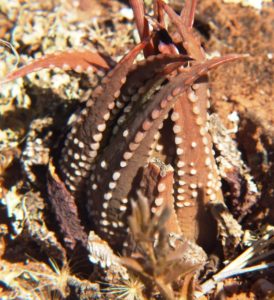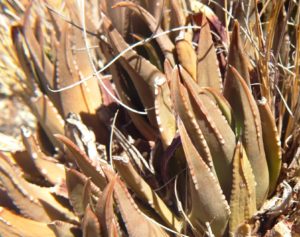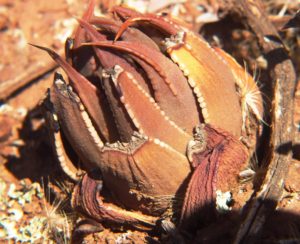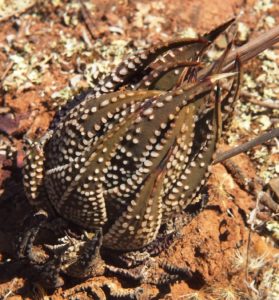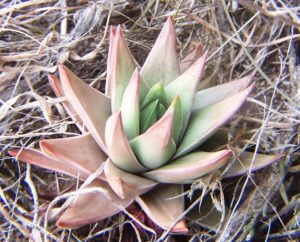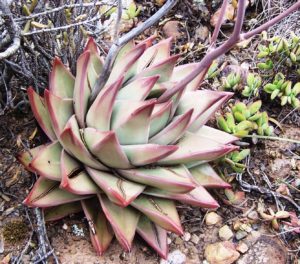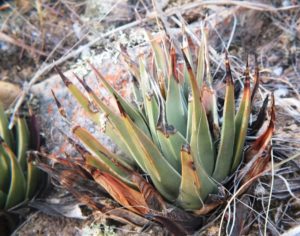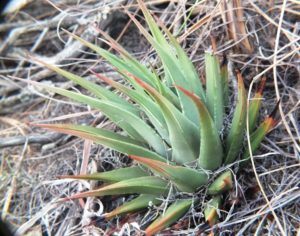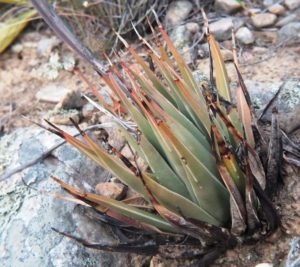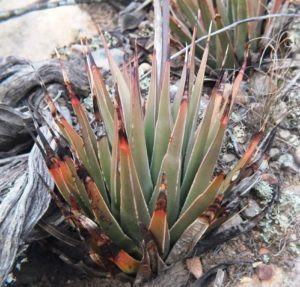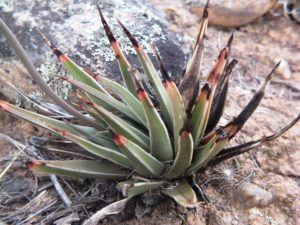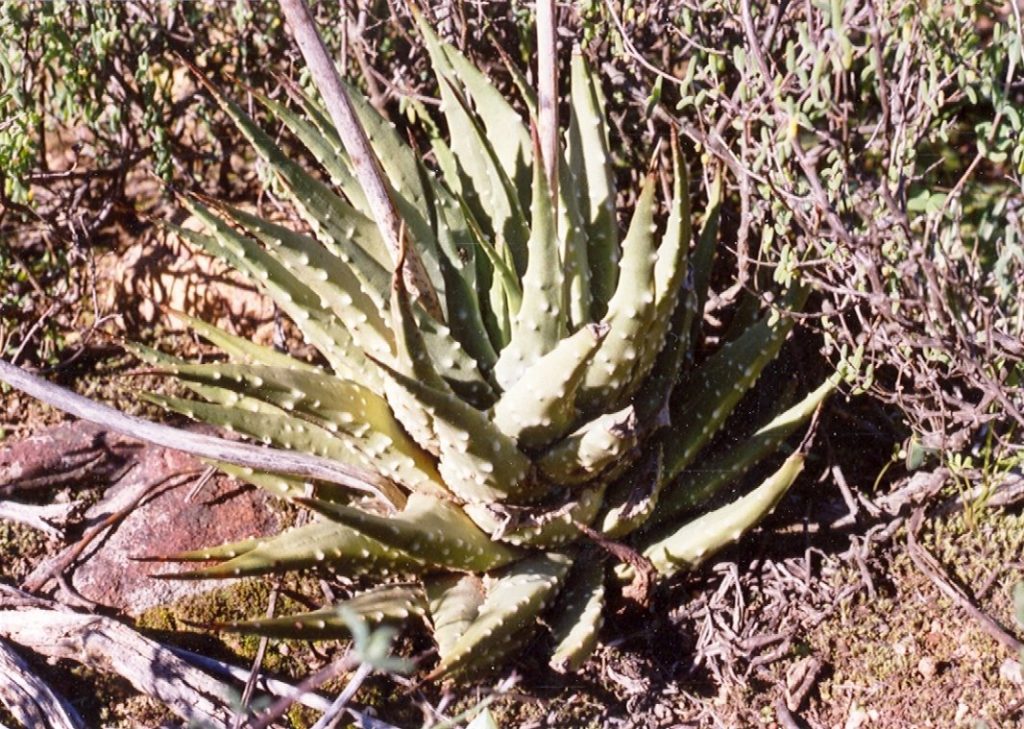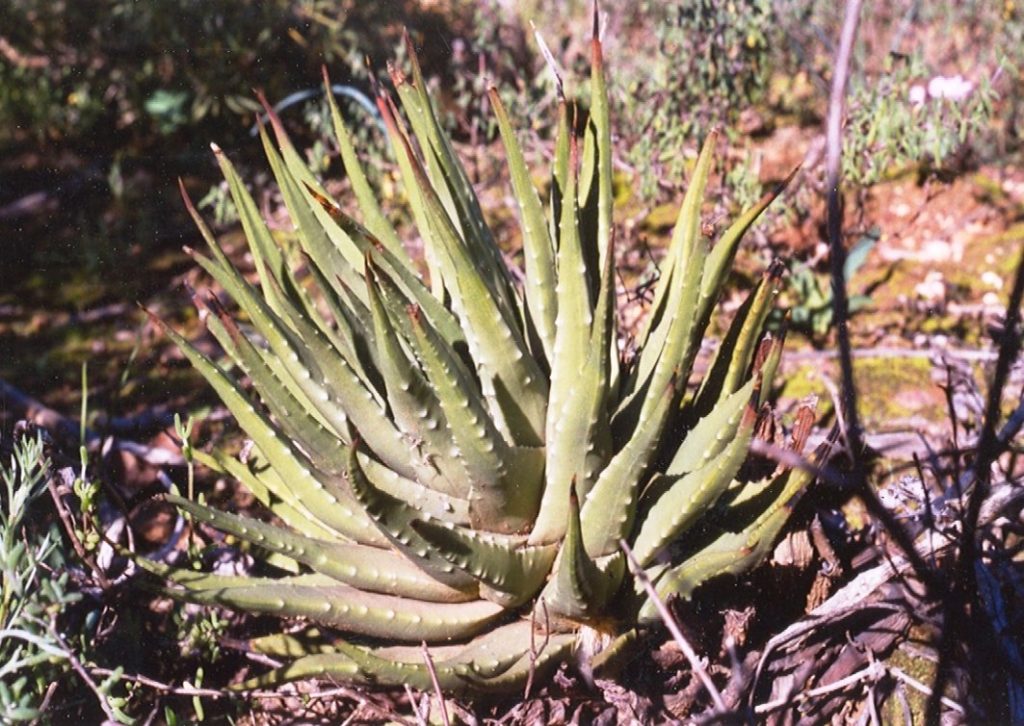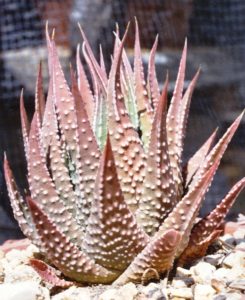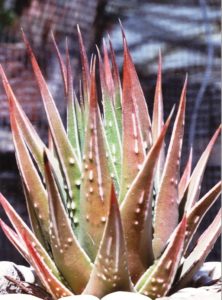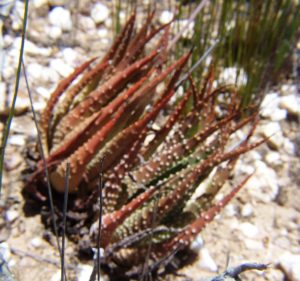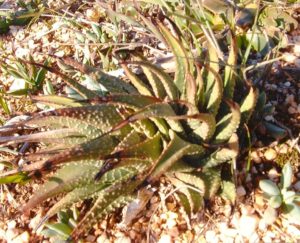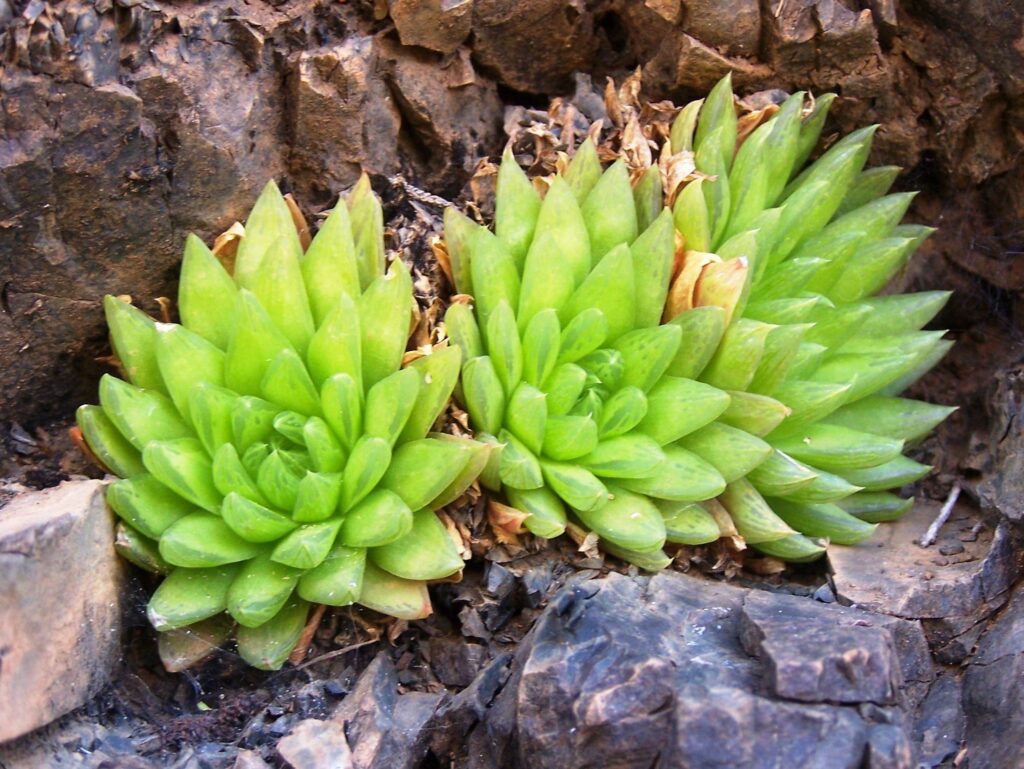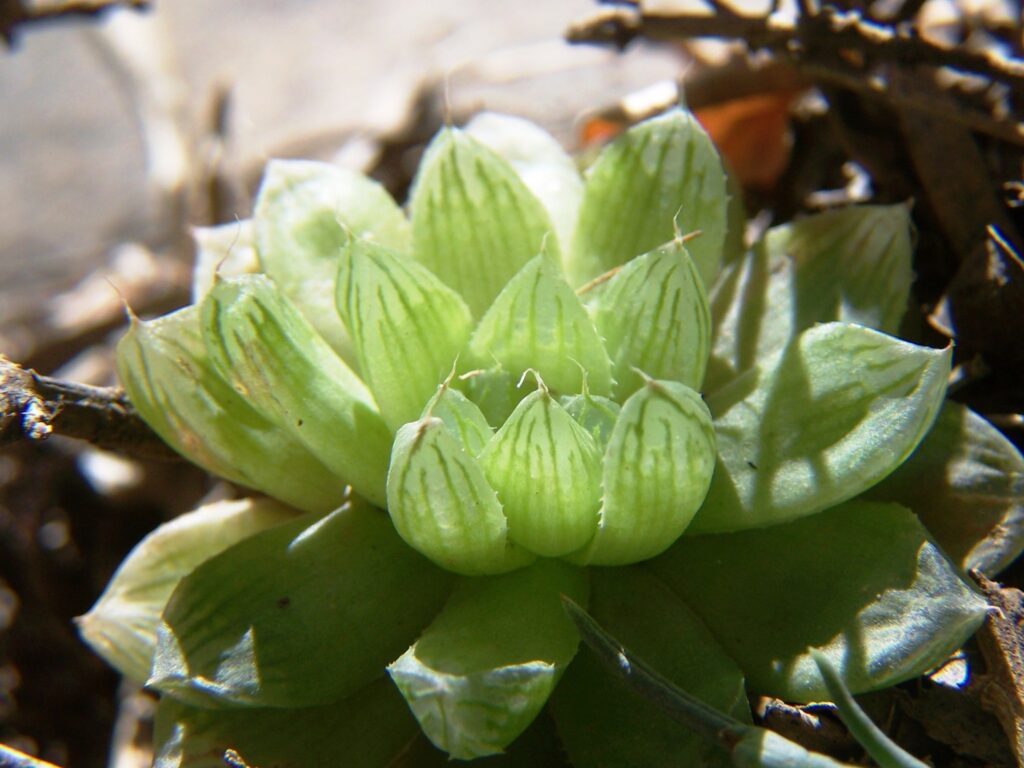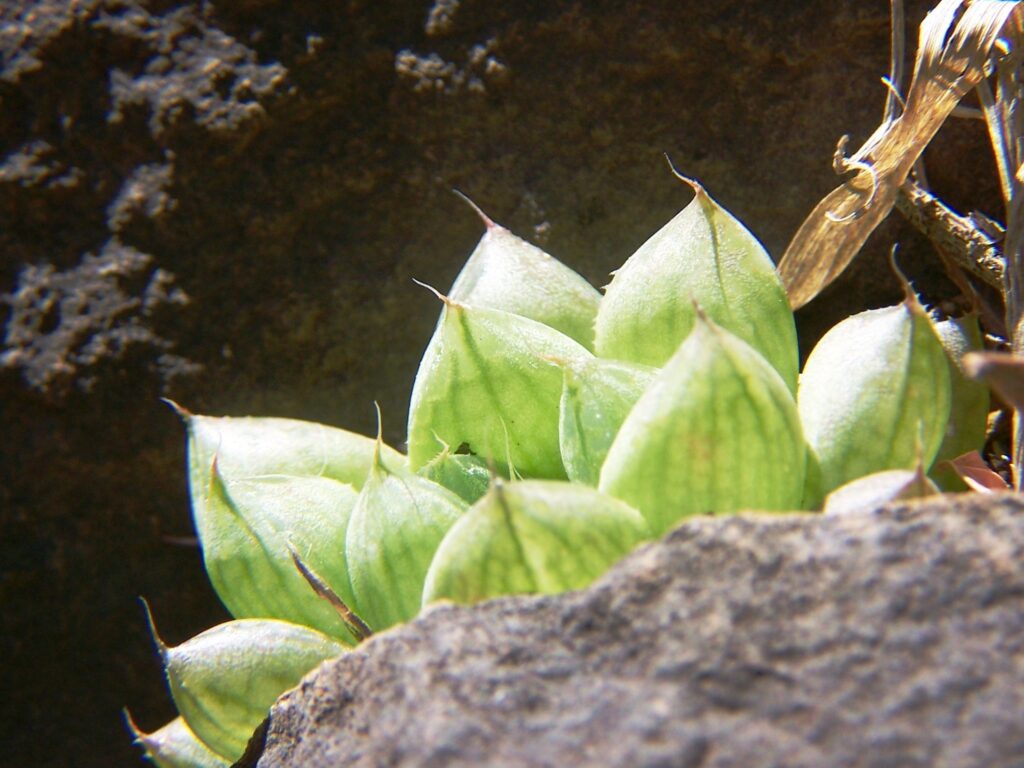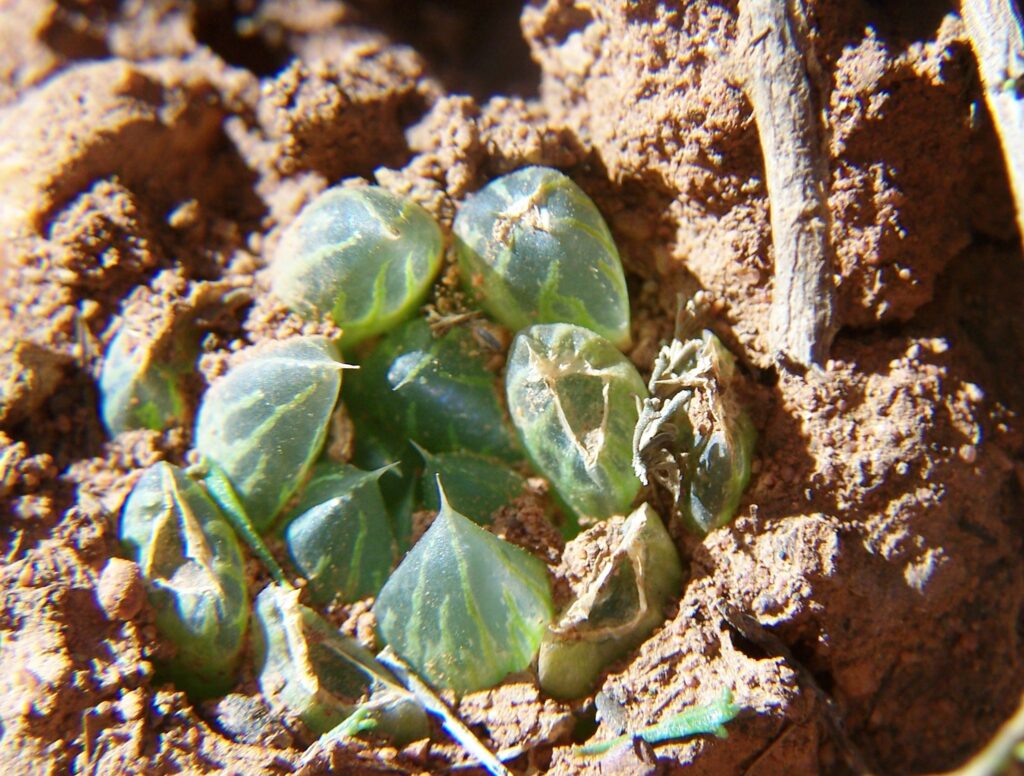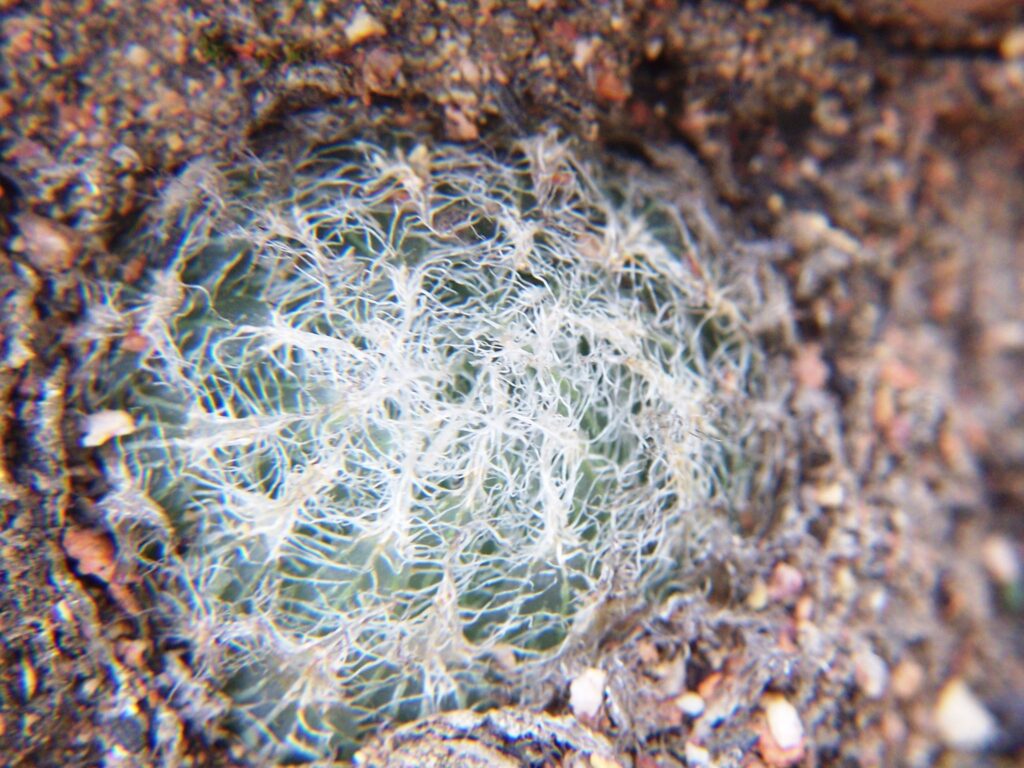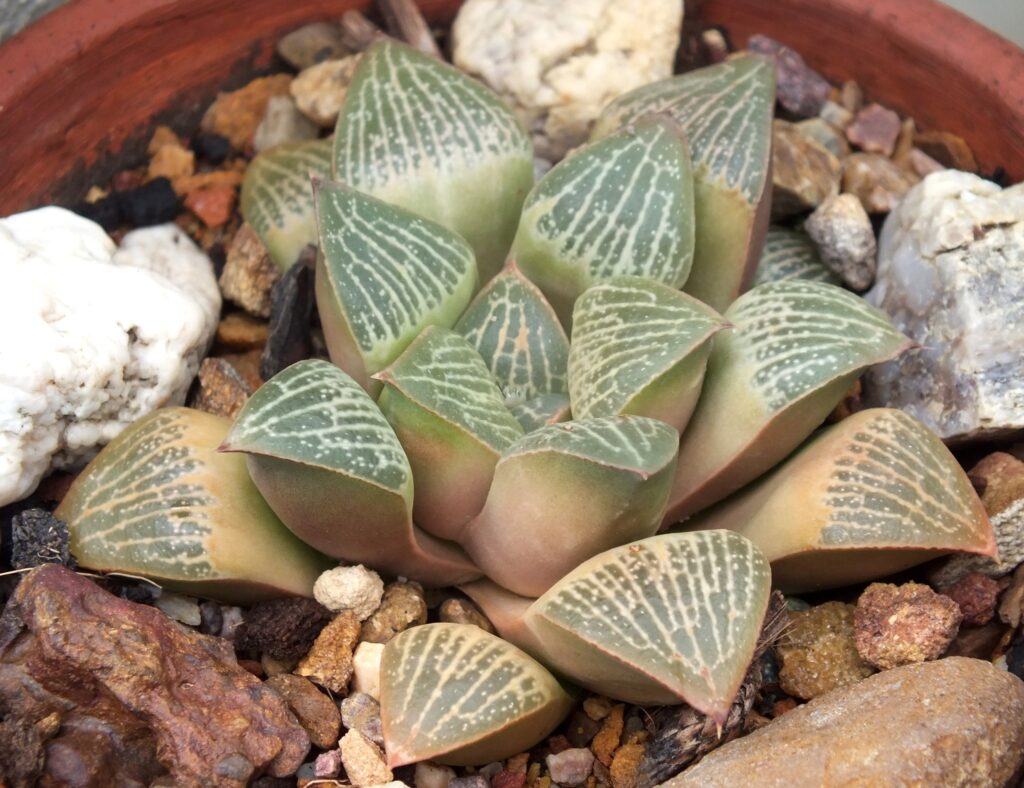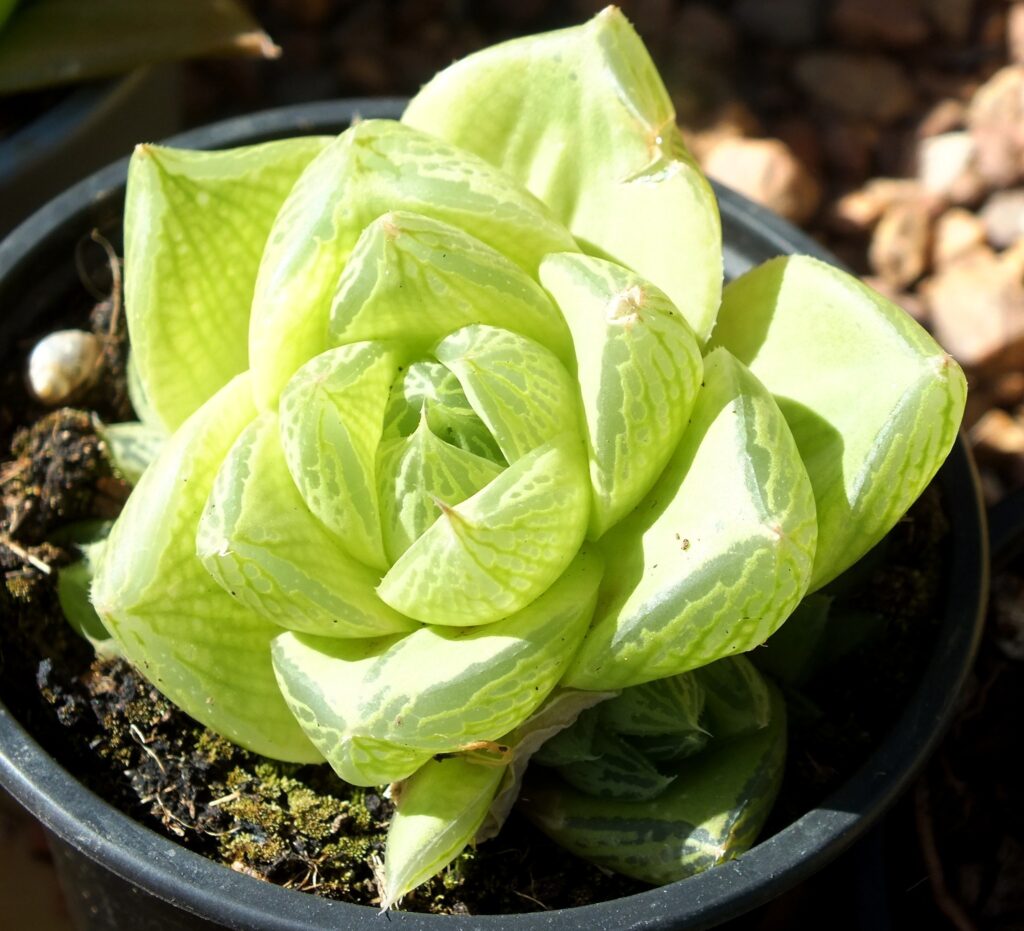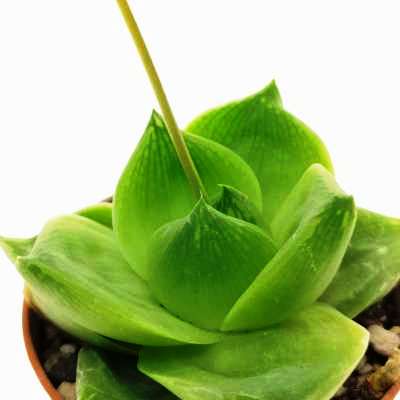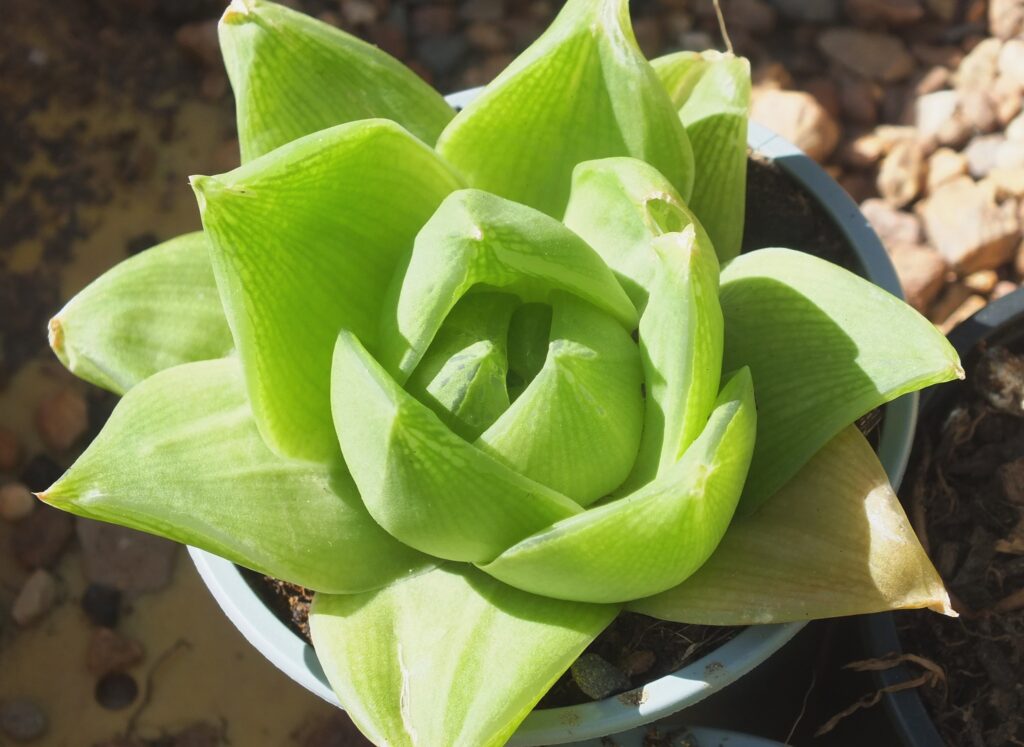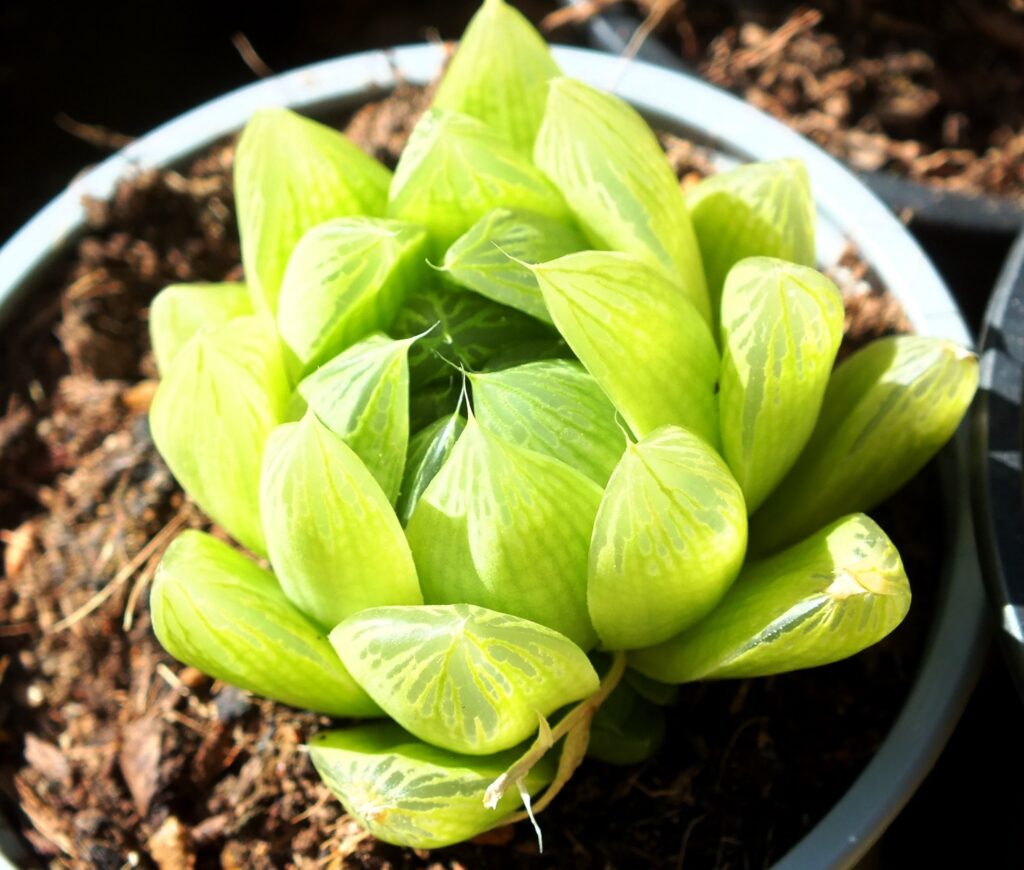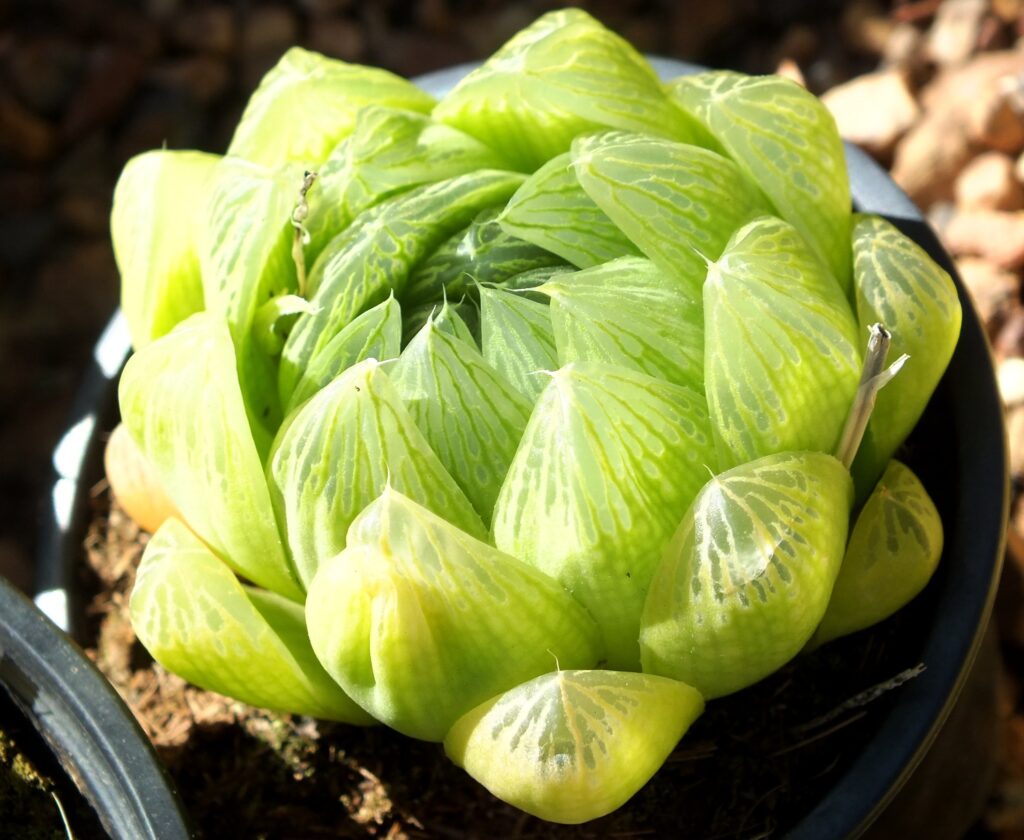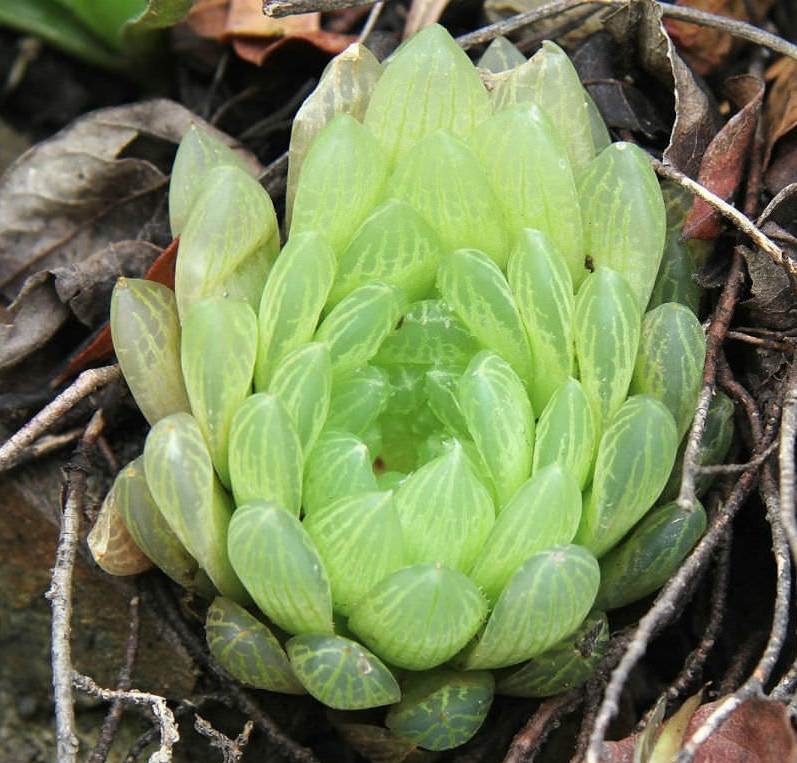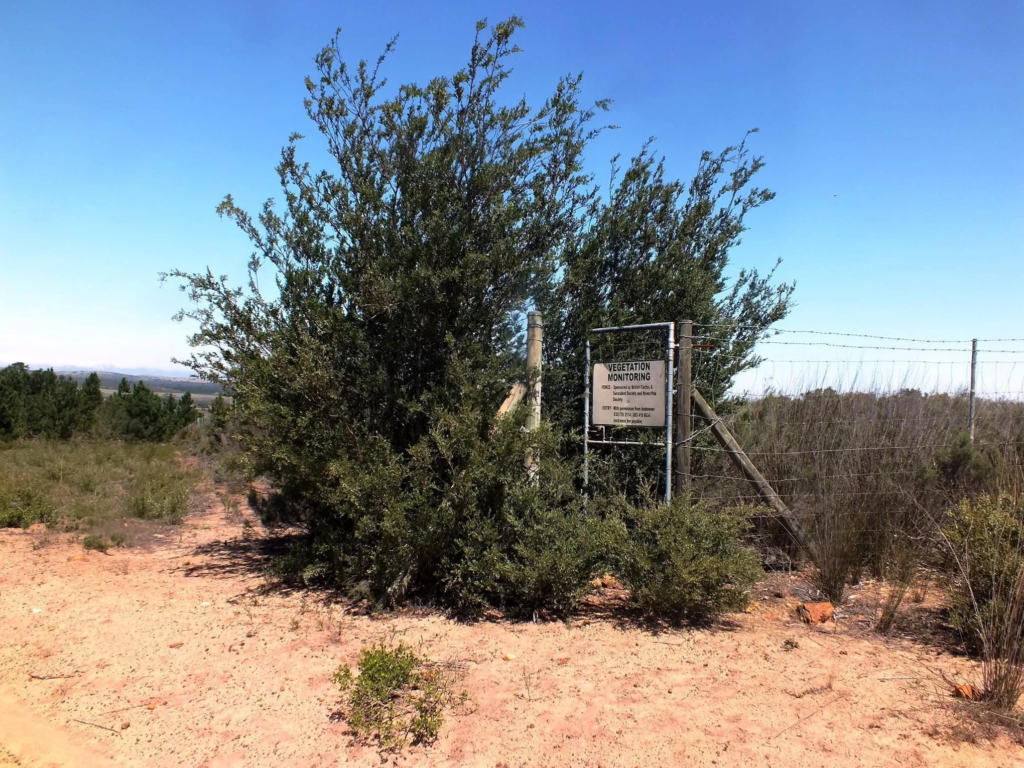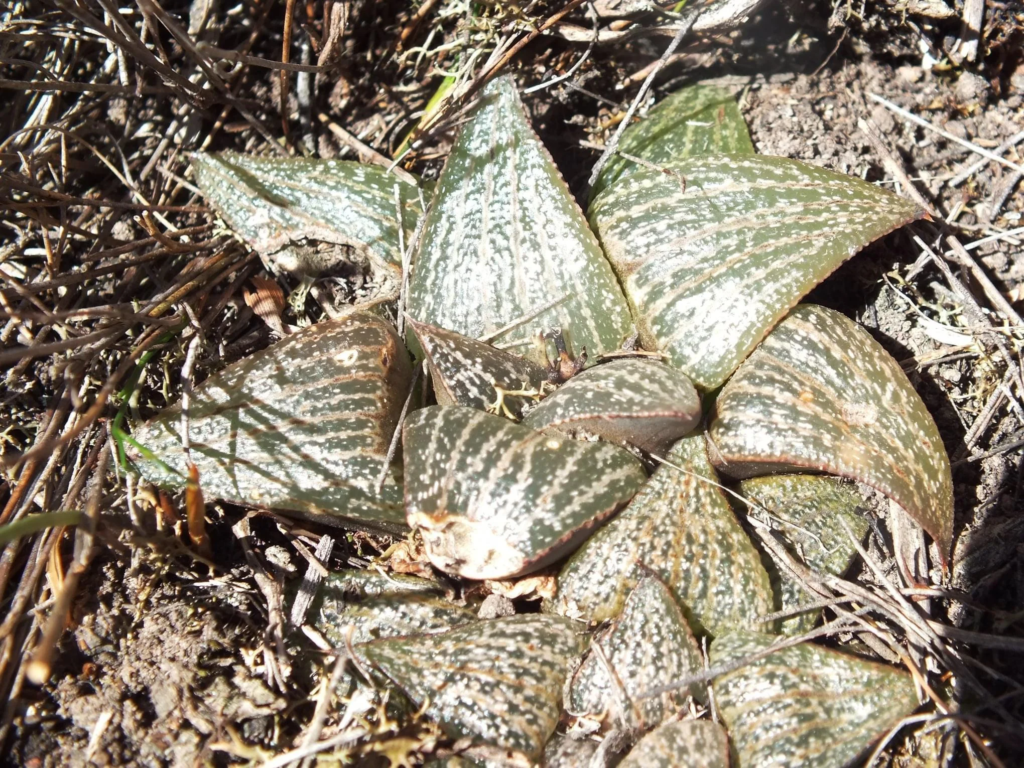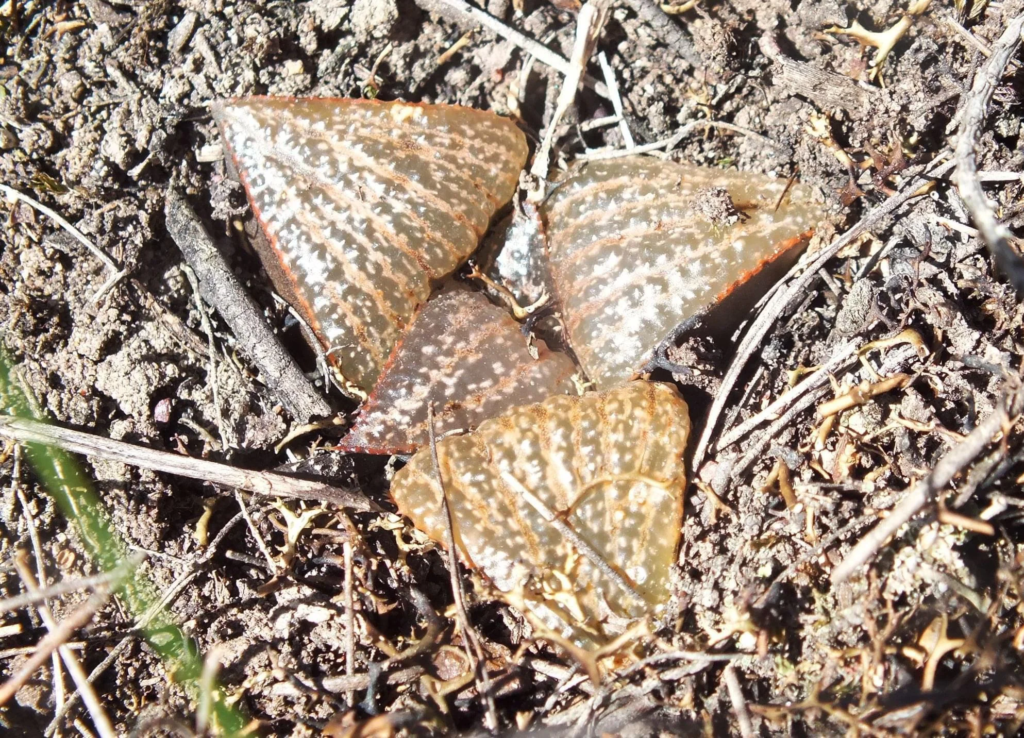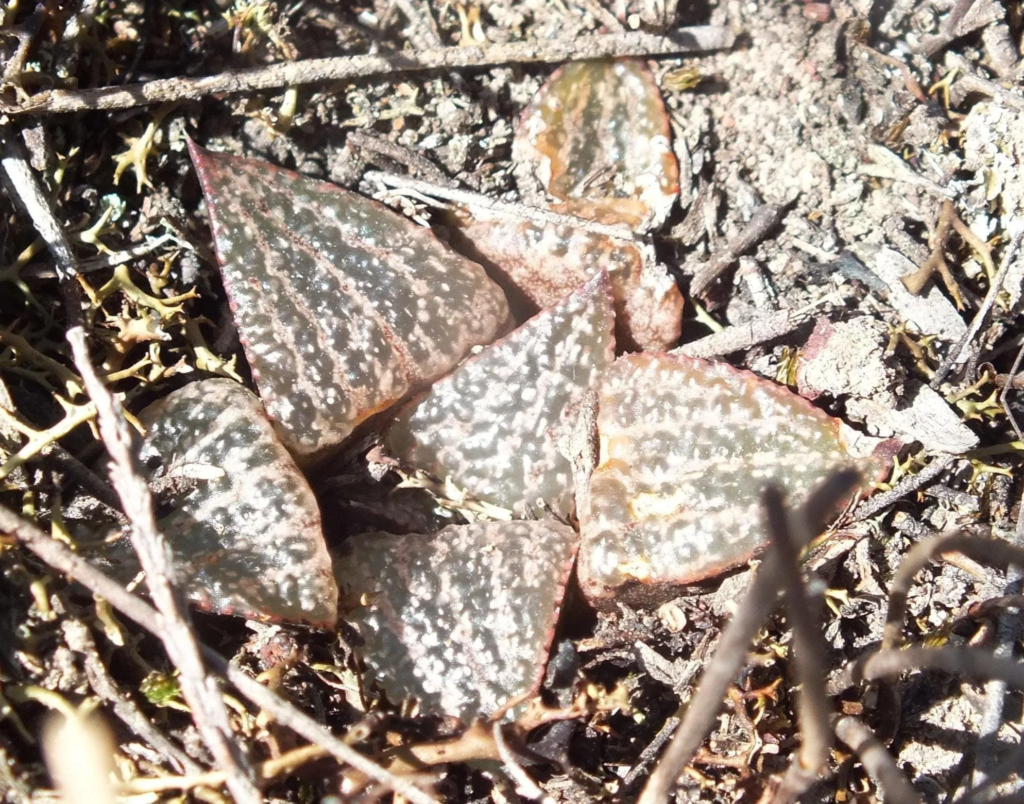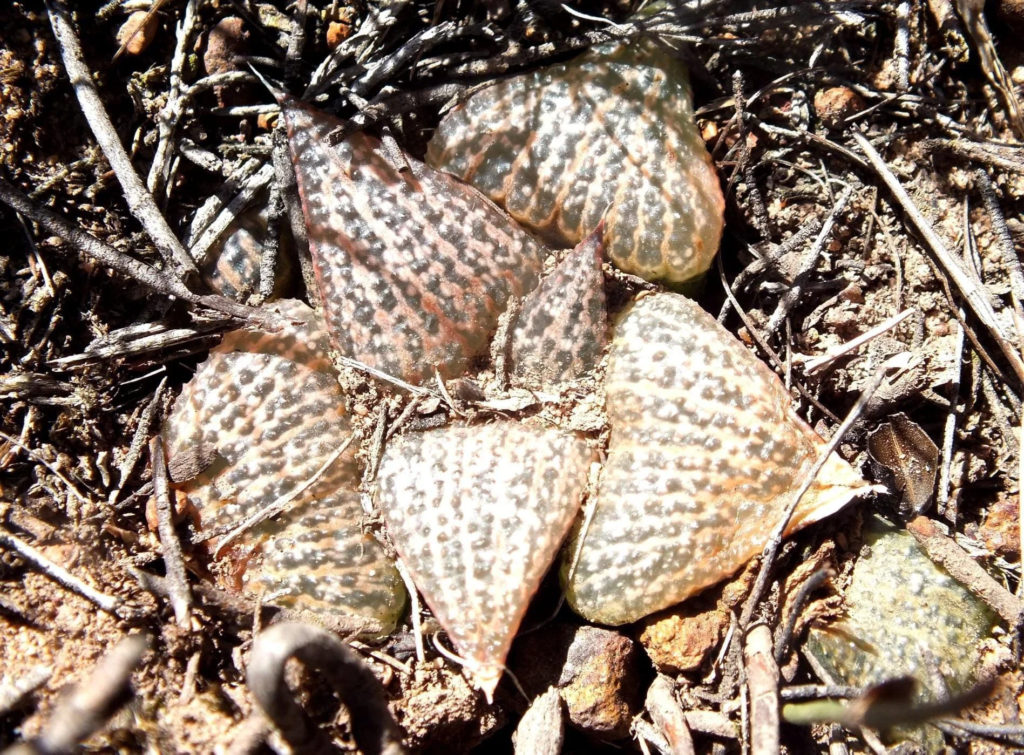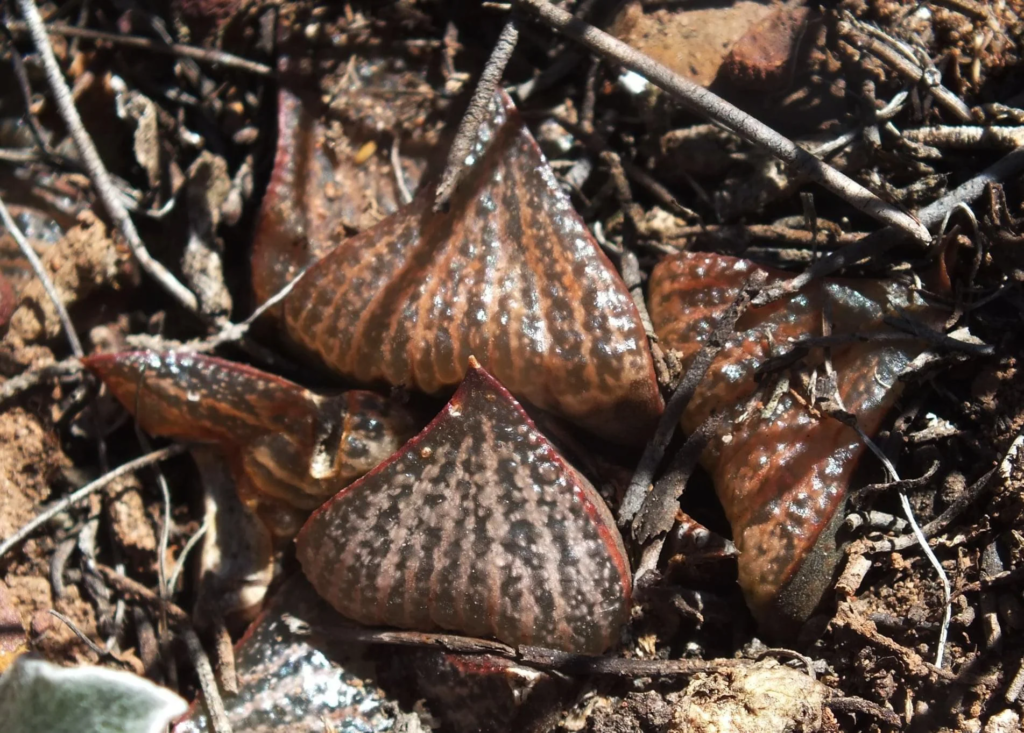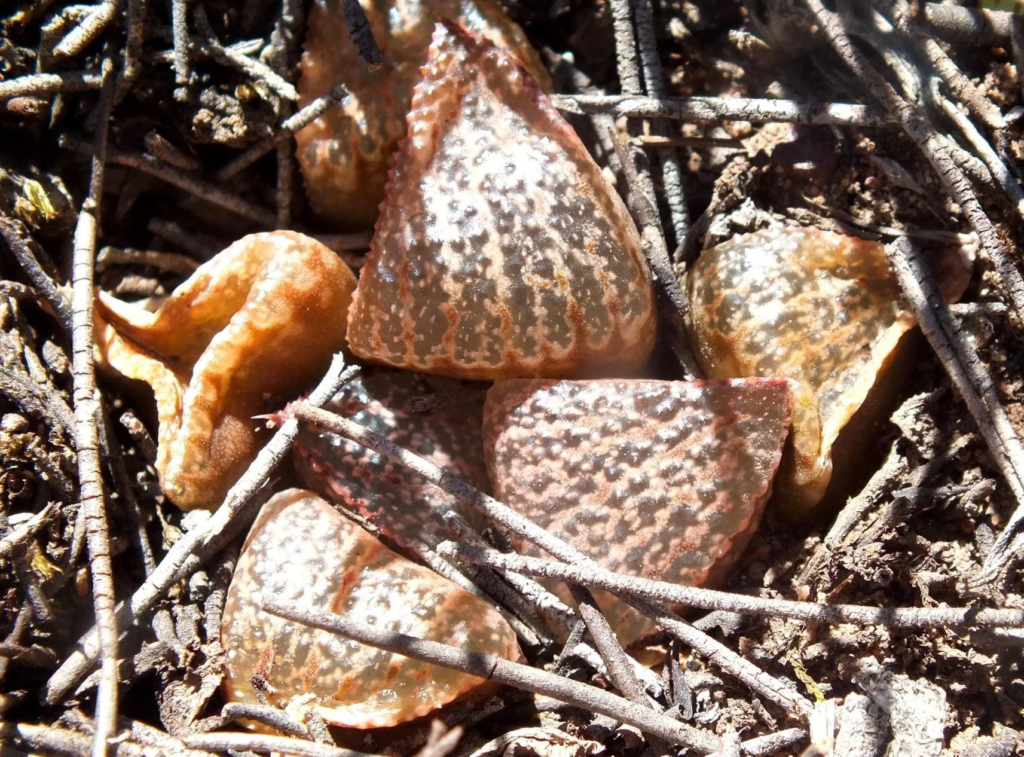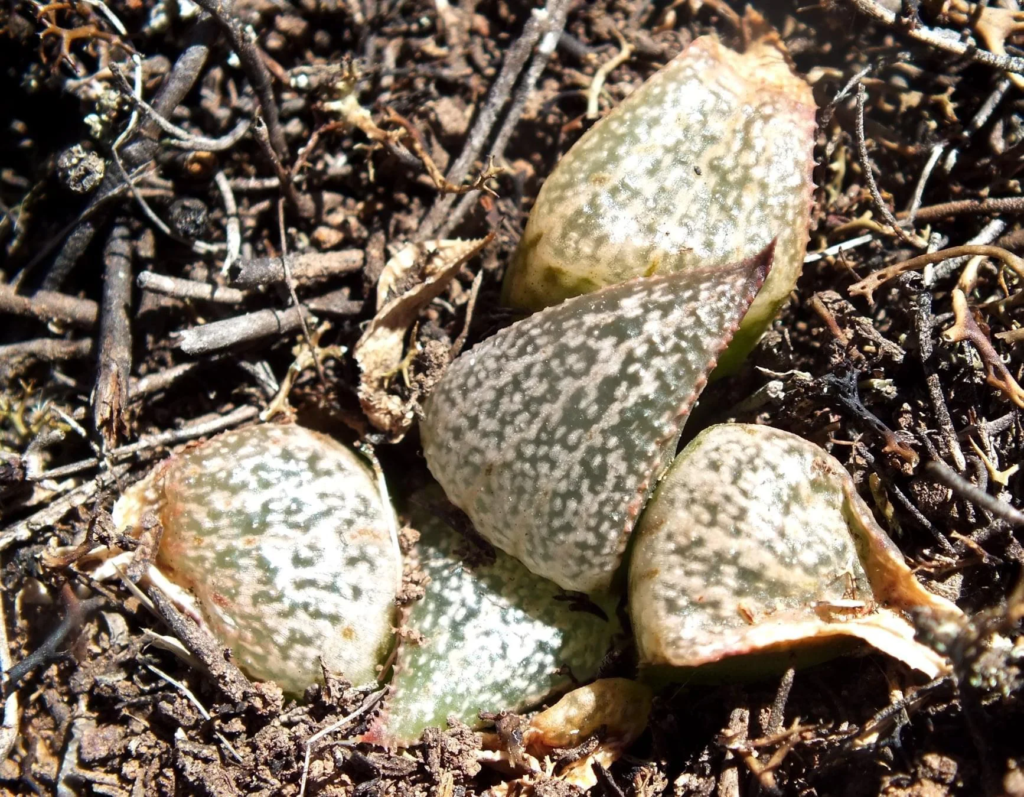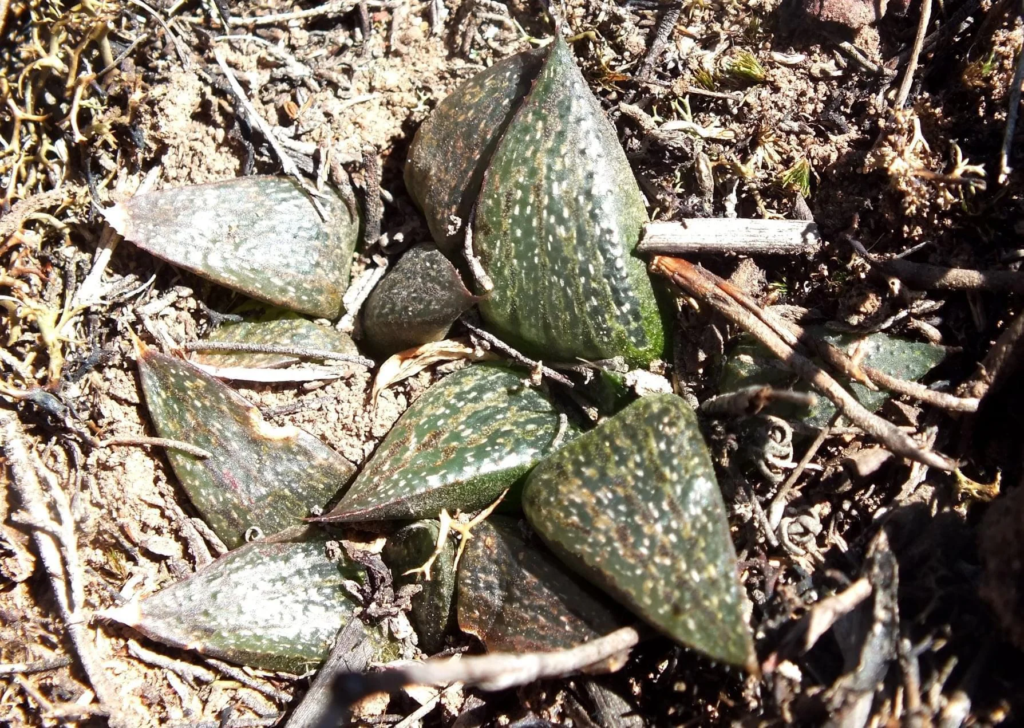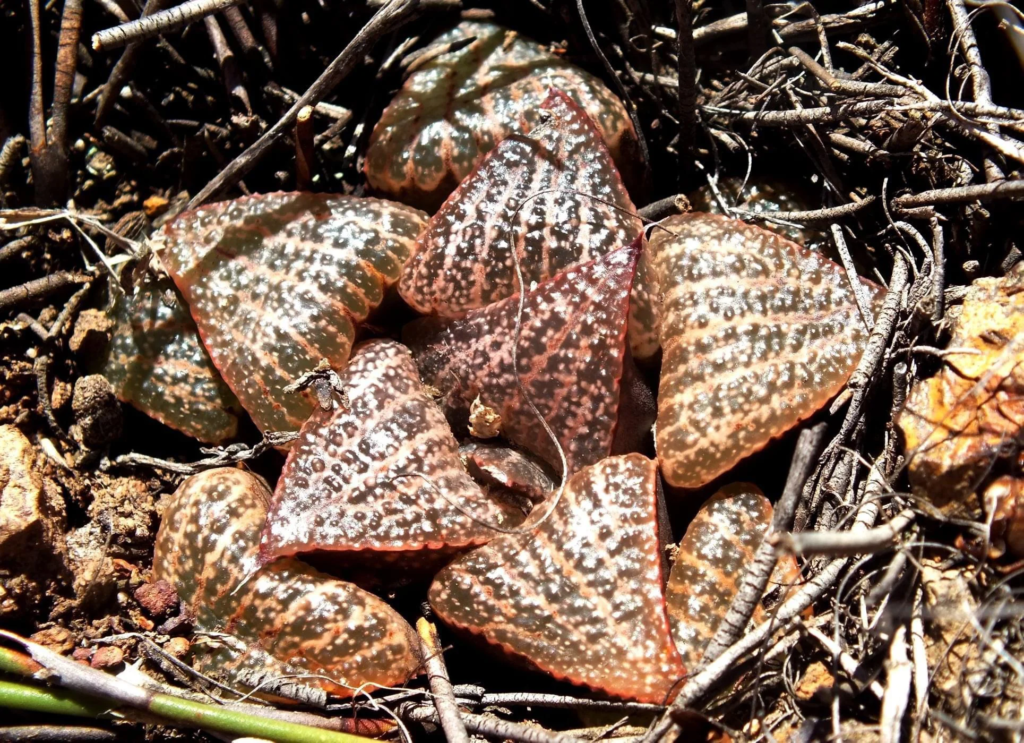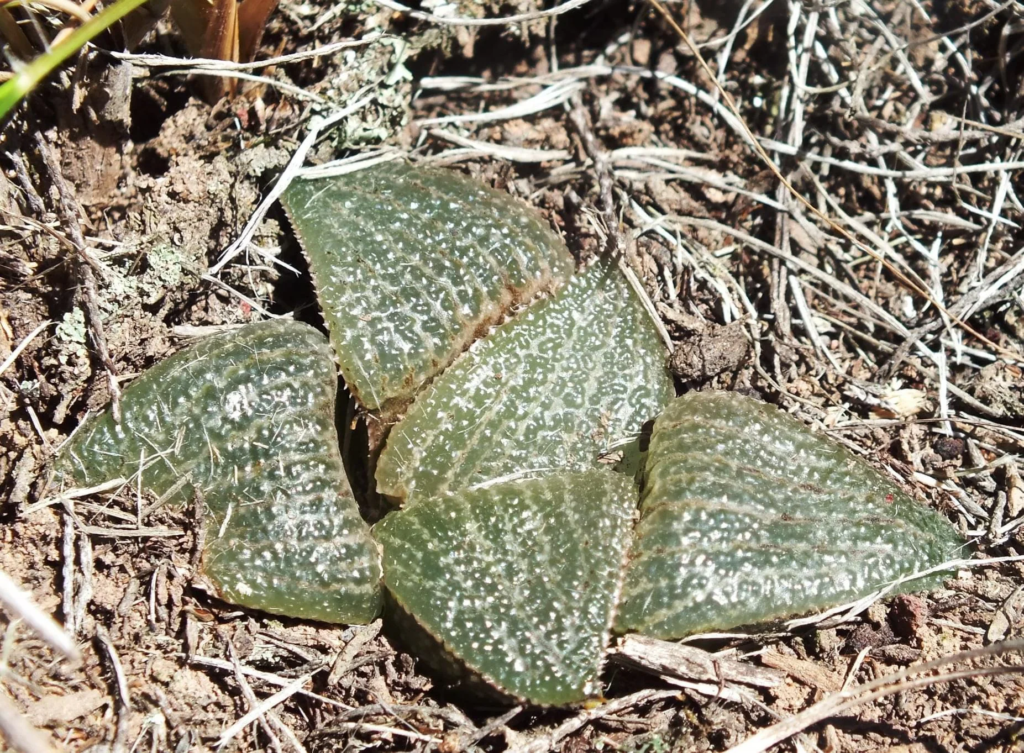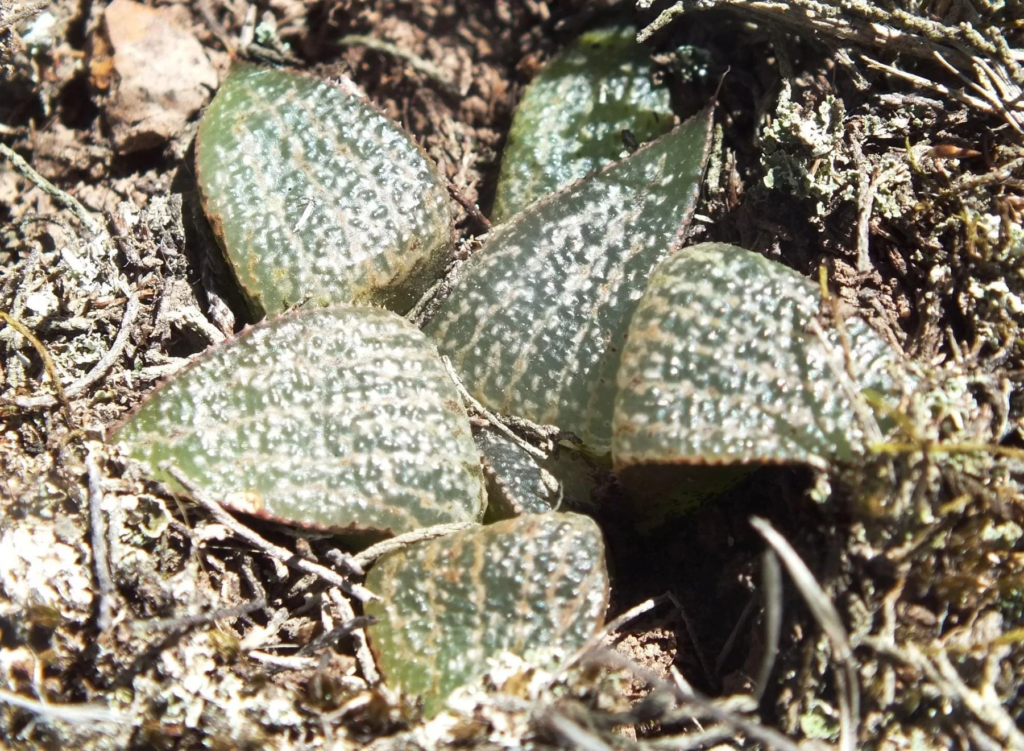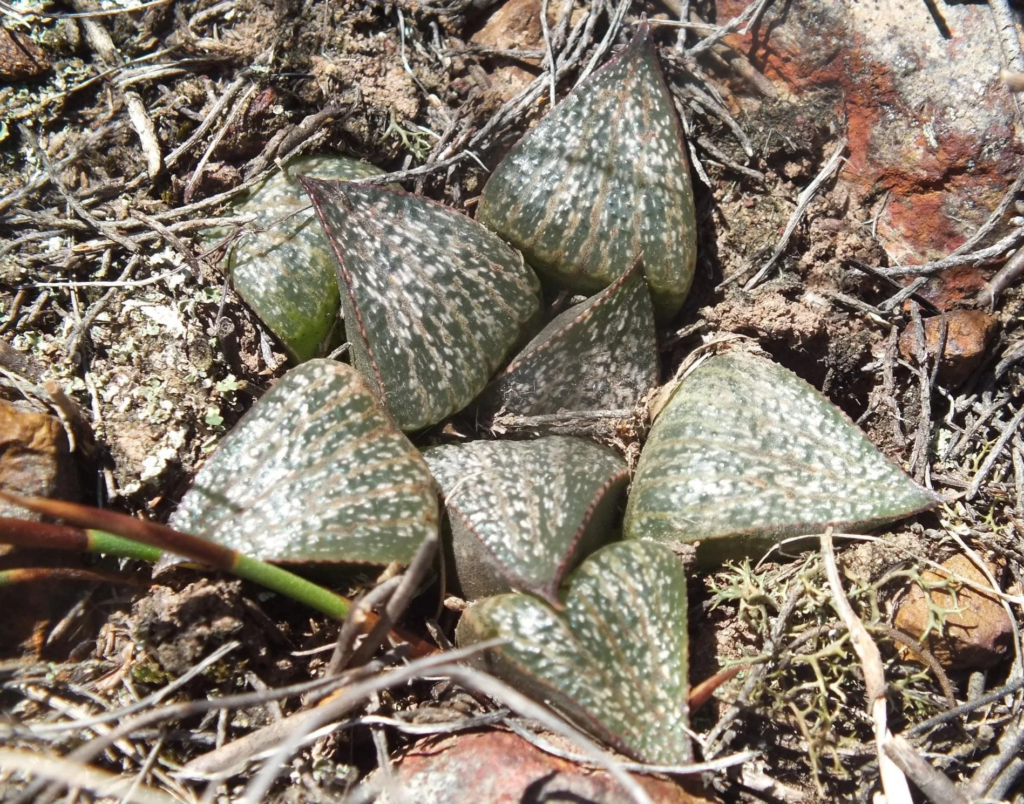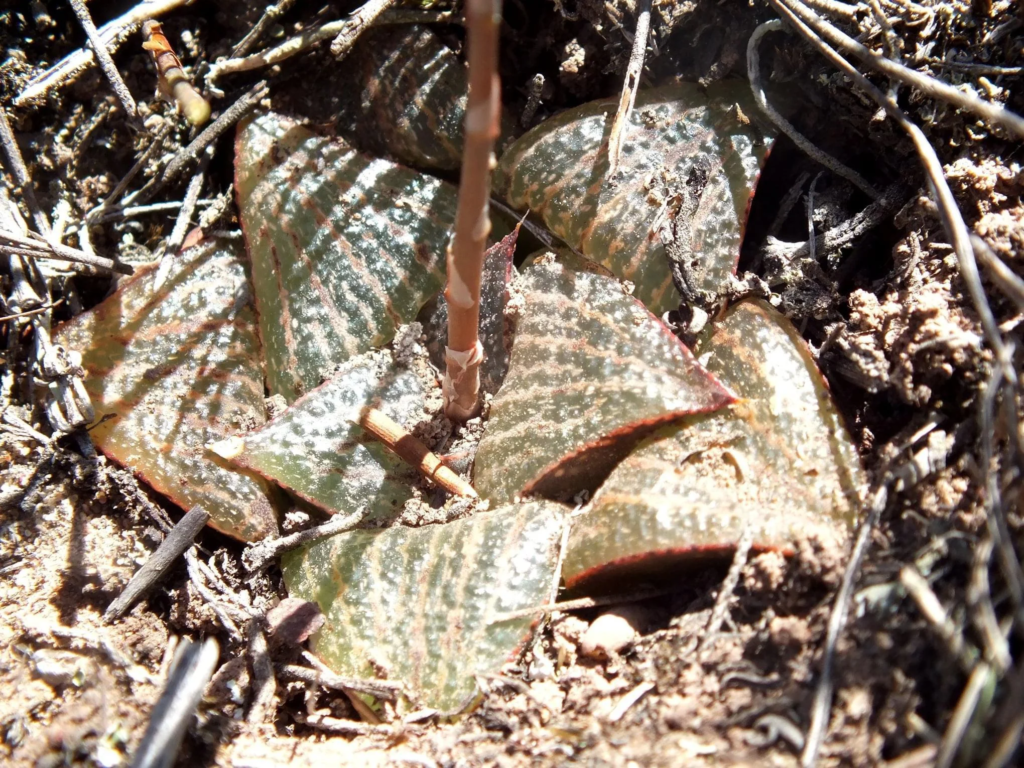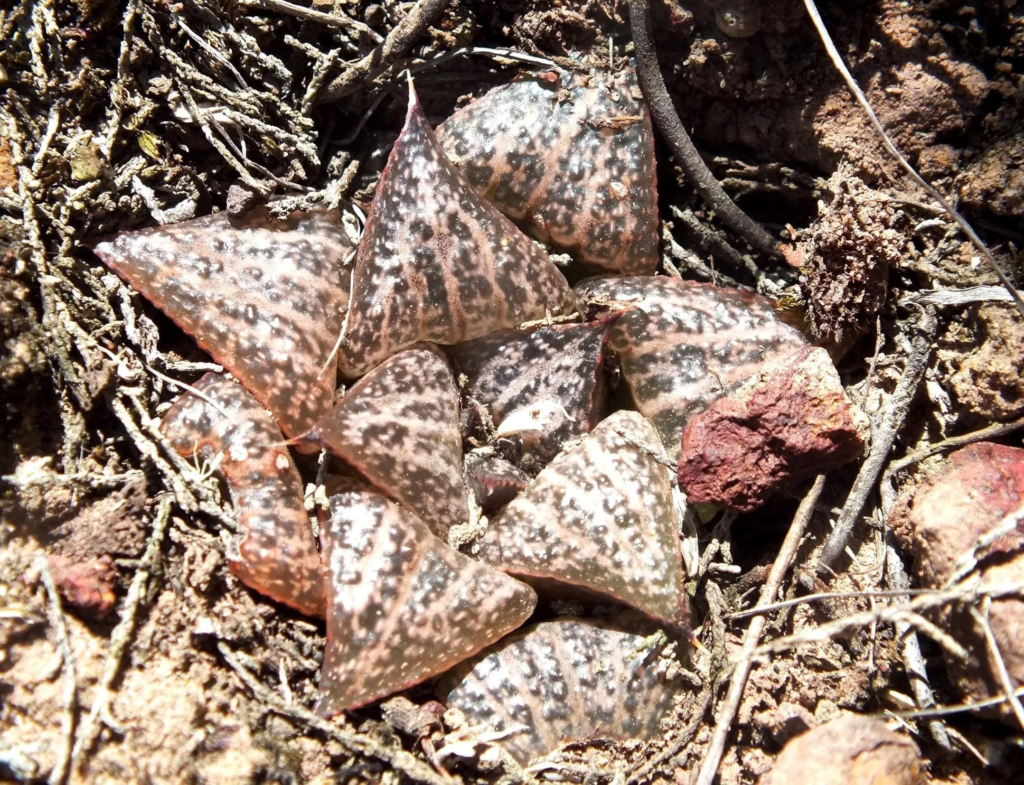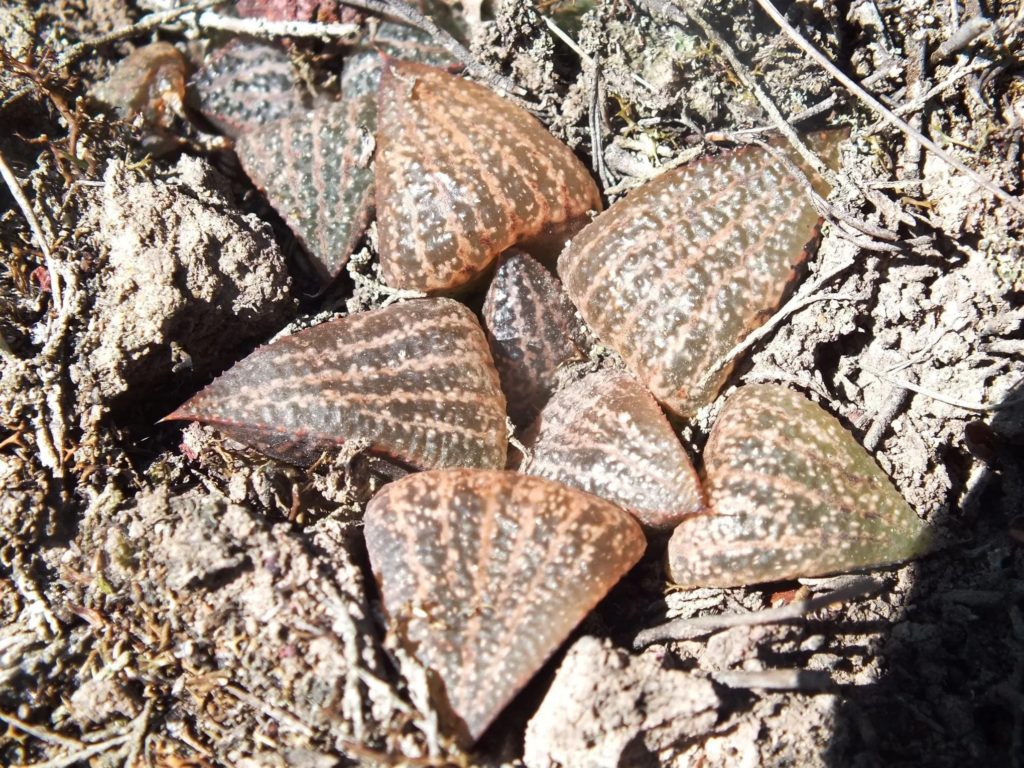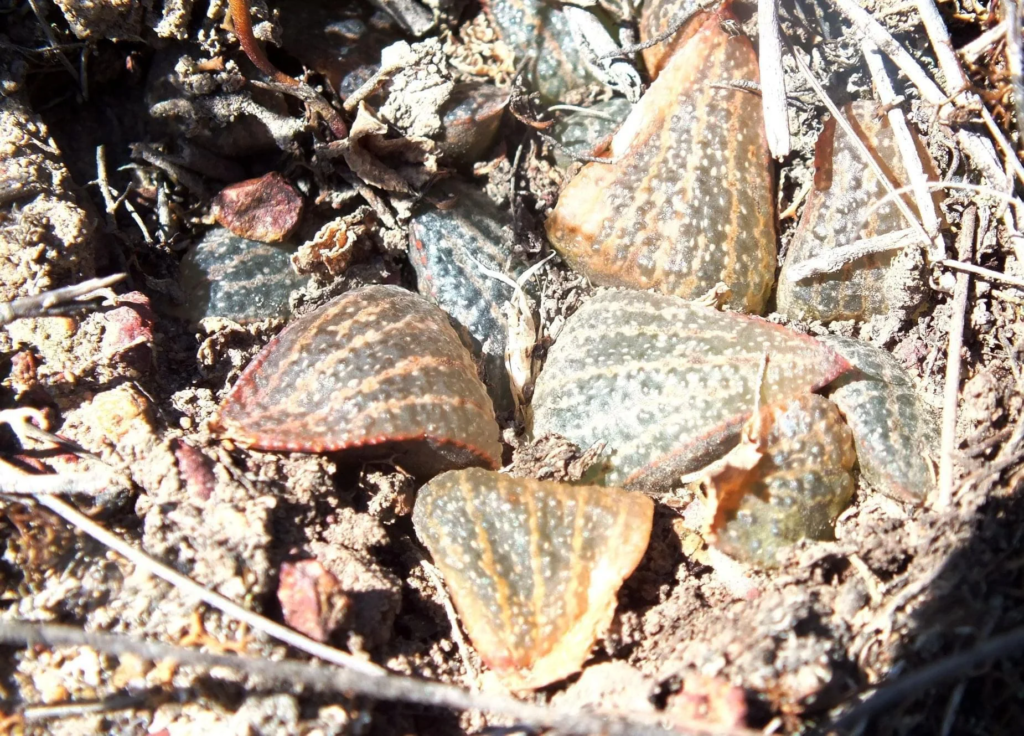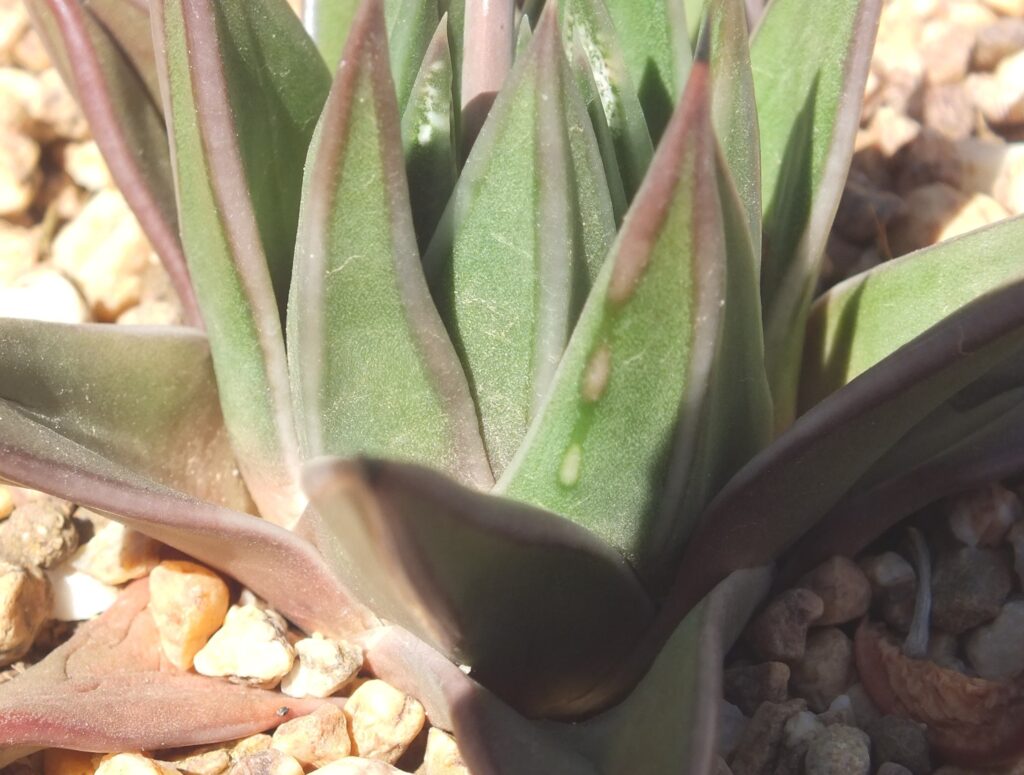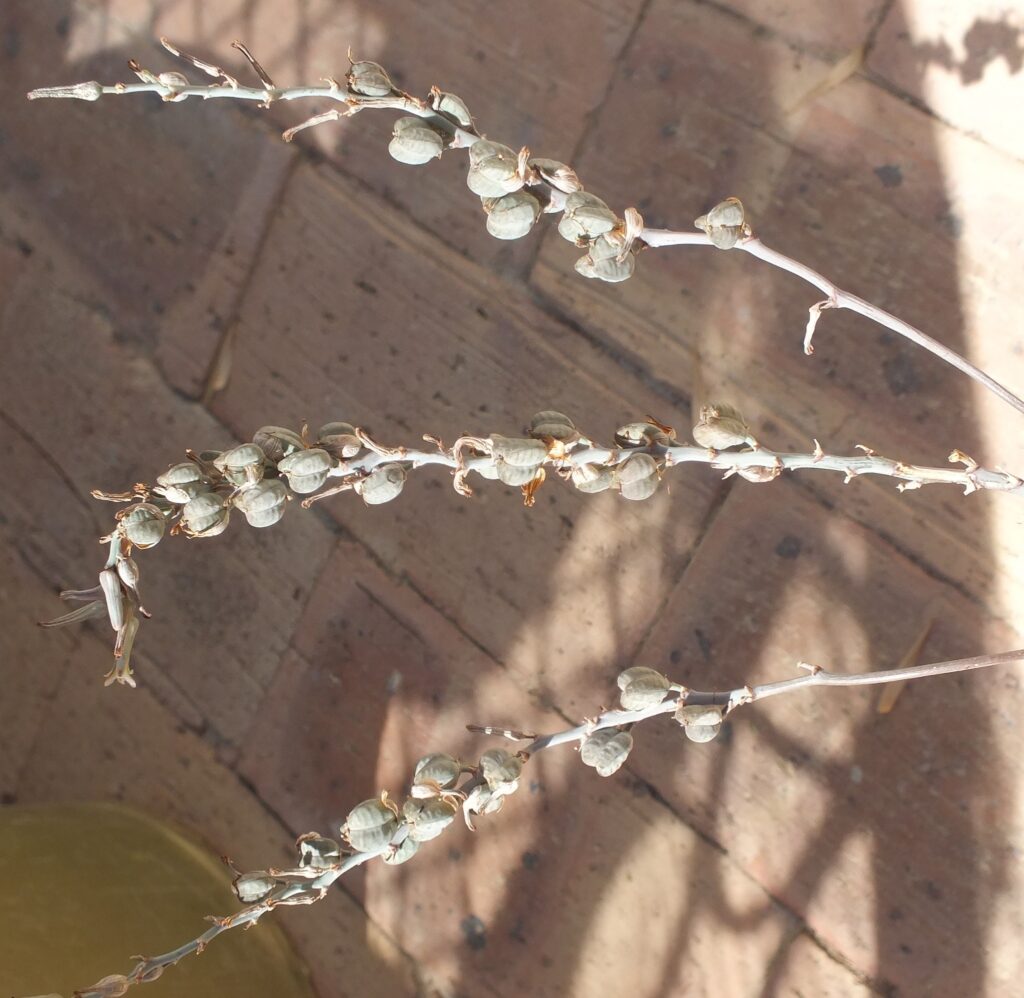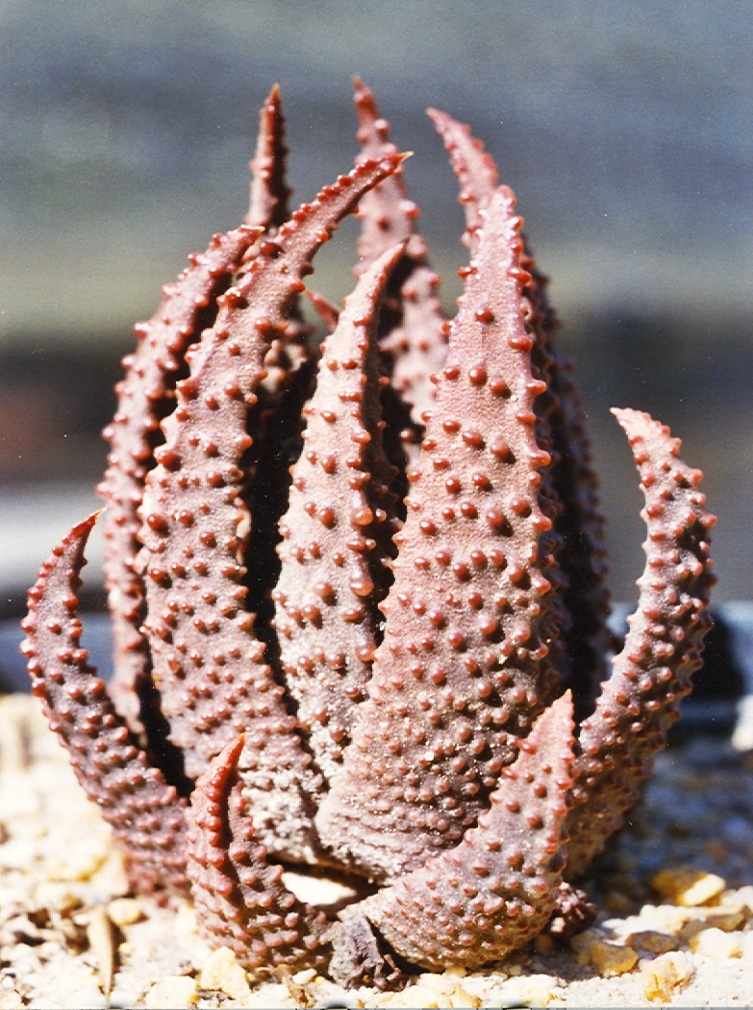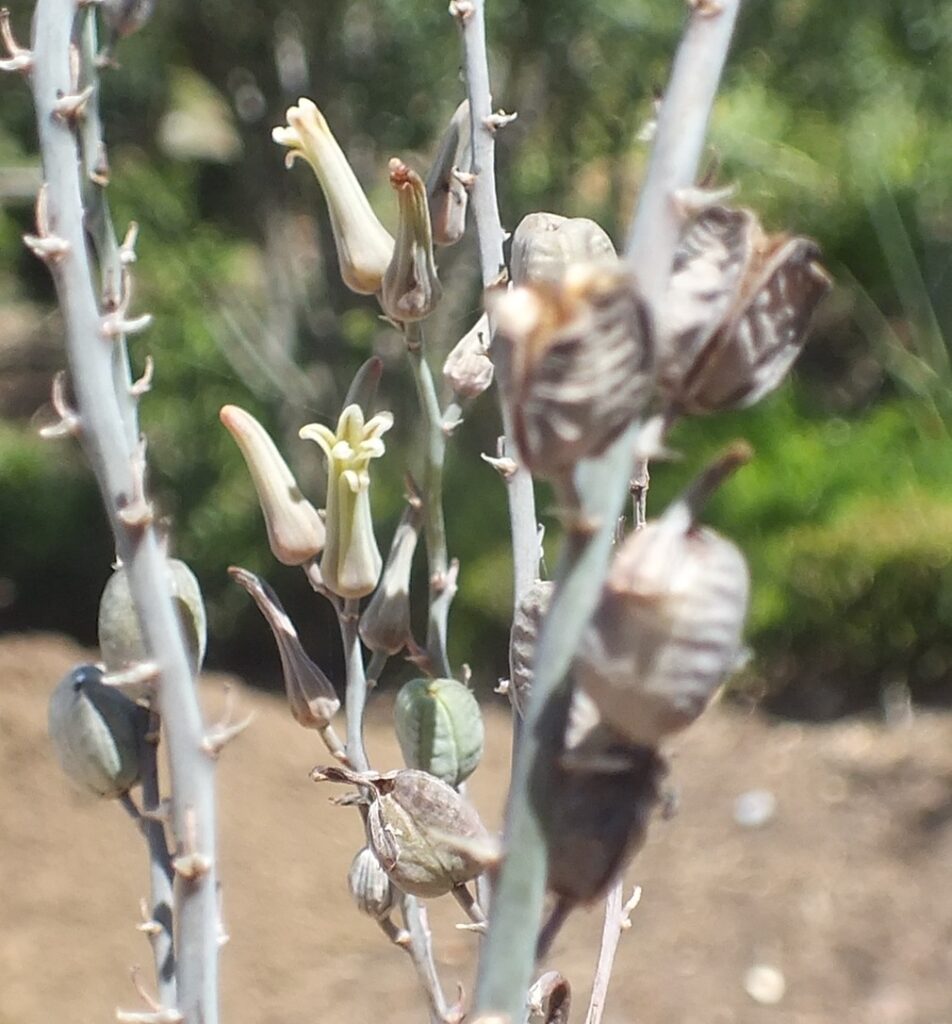| Accession |
Name |
Map1 |
Map |
Location |
|
decipiens var cyanea |
3222 |
DC |
Trakas Kuilen |
|
mucronata var inconfluens |
3321 |
AC |
8km W Ladismith |
|
mirabilis var consanguinea |
3419 |
BA |
Die Galg |
|
limifolia var limifolia |
2631 |
BD |
Mbuluzi gorge, Blue Jay ranch |
|
mucronata var inconfluens |
3321 |
CA |
9km SW Ladismith |
|
heidelberg var scabra |
3420 |
AD |
W Kathoek |
|
cooperi var pilifera |
3227 |
BD |
Fort Murray Bridge |
|
reticulata var reticulata |
3319 |
DB |
Buitenstekloof |
|
parksiana |
3422 |
AA |
Botteliersberg |
|
pygmaea var argenteomaculosa |
3421 |
BB |
Cooper Siding |
|
mutica var mutica |
3419 |
DB |
Klipdale |
|
pumila |
3319 |
CD |
Lemoenpoort |
|
sordida var sordida |
3325 |
AC |
Brakfontein |
|
pulchella var pulchella |
3320 |
CA |
Nougaspoort |
|
reticulata var reticulata |
3319 |
DC |
Dublin |
|
herbacea var paynei |
3319 |
DD |
1km S McGregor |
|
pygmaea var argenteomaculosa |
3421 |
BB |
Humor |
|
marginata |
3420 |
AC |
Adoonskop |
|
pulchella var pulchella |
3320 |
CB |
SW. Anysberg |
|
pumila |
3319 |
BC |
Osplaas, DeDoorns |
|
kingiana |
3422 |
AA |
Little Brak, Barswell |
|
semiviva |
3120 |
CD |
SE Middelpos |
|
marumiana var marumiana |
3124 |
CC |
32km E Murraysburg |
|
mutica var mutica |
3420 |
AB |
Crodini |
| 1404a |
cooperi var tenera |
3325 |
CB |
Groendal Dam |
| 2469a |
nigra var diversifolia |
3221 |
CB |
W Merweville |
| 4168b |
glauca var glauca |
3324 |
AA |
2km E Humefield |
| 6512a |
maraisii var maraisii |
3420 |
AA |
SE Drew |
| 6584a |
glaucaXviscosa |
3324 |
AD |
Waaipoort |
| 6584a |
glaucaXviscosa |
3324 |
AB |
NE Waaipoort |
| KG100/74 |
blackburniae var blackburniae |
3321 |
AC |
W Ladismith |
| KG100/740 |
blackburniae var blackburniae |
3321 |
DB |
Warmbaths |
| KG107/74 |
magnifica var magnifica |
3420 |
BB |
SW Heidelberg |
| KG109/74 |
mucronata var morrisiae |
3322 |
CA |
Volmoed |
| KG111/72 |
bayeri |
3322 |
CA |
S Oudtshoorn |
| KG114/72 |
emelyae var comptoniana |
3323 |
AD |
Georgida |
| KG115/71 |
arachnoidea var nigricans |
3321 |
DB |
Warmwaterbron |
| KG118/70 |
arachnoidea var arachnoidea |
3319 |
DA |
Effata |
| KG118/71 |
emelyae var major |
3321 |
CC |
Muiskraal |
| KG119/72 |
scabra var morrisiae |
3322 |
AD |
Schoemanspoort |
| KG120/71 |
mucronata var morrisiae |
3322 |
CB |
Hazenjacht |
| KG125/73 |
arachnoidea var nigricans |
3321 |
DA |
S Calitzdorp |
| KG126/72 |
arachnoidea var nigricans |
3321 |
DA |
S Calitzdorp |
| KG126/72 |
arachnoidea var nigricans |
3320 |
DD |
E Lemoenshoek |
| KG138/72 |
emelyae var major |
3321 |
CD |
Sandkraal |
| KG140/72 |
decipiens var decipiens |
3323 |
BB |
Constantia |
| KG146/72 |
bayeri |
3322 |
CB |
Doringkloof |
| KG151/72 |
mucronata var morrisiae |
3322 |
CB |
Kamanassie Dam |
| KG155/73 |
fasciata |
3325 |
CB |
Hillwacht |
| KG160/72 |
arachnoidea var setata |
3321 |
CB |
S Ladismith |
| KG160/72 |
arachnoidea var setata |
3322 |
BC |
Meiringspoort |
| KG163/70 |
maraisii var maraisii |
3319 |
DD |
S Goudmyn Bridge |
| KG166/70 |
herbacea var herbacea |
3319 |
CB |
Brandwacht |
| KG166/71 |
arachnoidea var nigricans |
3321 |
CC |
Springfontein |
| KG167/71 |
arachnoidea var nigricans |
3321 |
CC |
W Springfontein |
| KG175/70 |
reticulata var reticulata |
3319 |
DC |
Rooiberg |
| KG193/73 |
cooperi var gordoniana |
3324 |
DD |
5km N Hankey |
| KG202/70 |
magnifica var atrofusca |
3421 |
AA |
Spitzkop, W Riversdale |
| KG218/70 |
herbacea var herbacea |
3319 |
DC |
Mowers |
| KG224/70 |
maraisii var meiringii |
3320 |
CC |
E Bonnievale |
| KG231/70 |
decipiens var decipiens |
3323 |
AD |
Skerpkop, E Willowmore |
| KG240/72 |
turgida var turgida |
3420 |
BB |
N Heidelberg |
| KG241/72 |
turgida var turgida |
3420 |
BB |
N Heidelberg |
| KG257/77 |
emelyae var emelyae |
3321 |
DC |
SE Vanwyksdorp |
| KG26/70 |
mirabilis var triebneriana |
342O |
AA |
Stormsvlei |
| KG28/70 |
mirabilis var triebneriana |
3419 |
AB |
N Uitkyk |
| KG2/71 |
maraisii var meiringii |
3320 |
CC |
W Bonnievale |
| KG30/70 |
mirabilis var triebneriana |
3419 |
BA |
near Greyton |
| KG310/70 |
bolusii var blackbeardiana |
3227 |
AC |
SW Cathcart |
| KG311/7 |
magnifica var acuminata |
3421 |
BD |
N Gouritzmond |
| KG311/70 |
bolusii var blackbeardiana |
3227 |
AA |
Imvani |
| KG312/70 |
bolusii var blackbeardiana |
3126 |
DD |
Bowes’ farm |
| KG315/70 |
decipiens var minor |
3324 |
AA |
Campherpoort |
| KG31/70 |
mirabilis var triebneriana |
3419 |
BA |
near Greyton |
| KG323/70 |
mucronata var morrisiae |
3321 |
BC |
Bergplaas |
| KG324/71 |
reticulata var subregularis |
3319 |
DA |
Boskloof |
| KG326/71 |
maraisii var maraisii |
3420 |
AA |
Rondeheuwel |
| KG327/71 |
mutica var mutica |
3420 |
AC |
N Kykoedie |
| KG329/70 |
herbacea var herbacea |
3319 |
DD |
Koningsrivier |
| KG329/72 |
nortieri var nortieri |
3118 |
DC |
Die Kom |
| KG32/70 |
mirabilis var beukmannii |
3419 |
BA |
Skuitsberg |
| KG336/70 |
gracilis var gracilis |
3326 |
AB |
Hellspoort |
| KG345/71 |
maraisii var maraisii |
3319 |
DD |
9km W Robertson |
| KG34/70 |
turgida var longibracteata |
3420 |
AC |
20km N Bredasdorp |
| KG35/70 |
maraisii var maraisii |
3420 |
AC |
19km N Bredasdorp |
| KG36/70 |
heidelberg var minor |
3420 |
CA |
Rooivlei |
| KG36/71 |
arachnoidea var arachnoidea |
3319 |
BD |
Tonnel Stn. |
| KG382/70 |
cooperi var pilifera |
3326 |
DC |
Brigadoon |
| KG383/70 |
cooperi var pilifera |
3326 |
DA |
Peninsula |
| KG388/71 |
arachnoidea var setata |
3321 |
DA |
E Vanwyksdorp |
| KG392/70 |
cooperi var cooperi |
3227 |
AC |
W Cathcart |
| KG393/70 |
bolusii var blackbeardiana |
3227 |
AC |
SW Cathcart |
| KG402/70 |
springbokvlakensis |
3324 |
BD |
Springbokvlakte |
| KG411/75 |
chloracantha var chloracantha |
3321 |
DD |
N Herbertsdale |
| KG436/75 |
decipiens var cyanea |
3323 |
AD |
Georgida |
| KG441/75 |
arachnoidea var nigricans |
3321 |
BC |
N Calitzdorp |
| KG46/70 |
maraisii var maraisii |
3319 |
DD |
18km Robertson to Bonnievale |
| KG47/72 |
gracilis var tenera |
3326 |
BA |
Plutosvale |
| KG47/72a |
gracilis var tenera |
3326 |
BA |
Plutosvale |
| KG535/71 |
arachnoidea var setata |
3321 |
CB |
W Vanwyksdorp |
| KG567/71 |
mucronata var inconfluens |
3321 |
AC |
Dwarsrivier |
| KG568/71 |
mucronata var morrisiae |
3321 |
CB |
W Vanwyksdorp |
| KG573/51 |
arachnoidea var nigricans |
3321 |
CB |
Ladismith to Vanwyksdorp |
| KG593/71 |
arachnoidea var setata |
3321 |
CB |
14km E Ladismith |
| KG623/69 |
mutica var mutica |
3420 |
AC |
Soesriver |
| KG627/69 |
retusa |
3421 |
AB |
Near Riversdale, Grootvlei |
| KG628/69 |
mirabilis var badia |
3419 |
BD |
Napier |
| KG630/69 |
maraisii var maraisii |
3319 |
DD |
9km W Robertson |
| KG631/69 |
turgida var suberecta |
3422 |
AA |
Brandwacht |
| KG640/69 |
arachnoidea var arachnoidea |
3319 |
CB |
8km NE. Worcester |
| KG662/69 |
reticulata var reticulata |
3319 |
DA |
Keeromskloof |
| KG669/69 |
maculata var maculata |
3319 |
CB |
Brandvlei Dam |
| KG681/69 |
mirabilis var triebneriana |
3419 |
BD |
Mierkraal, Napier |
| KG682/69 |
mirabilis var triebneriana |
3419 |
AB |
Uitkyk |
| KG688/69 |
maraisii var maraisii |
3319 |
DD |
SW Robertson |
| KG692/69 |
mirabilis var triebneriana |
3419 |
BA |
Near Genadendal |
| KG695/69 |
herbacea var paynei |
3319 |
DD |
McGregor |
| KG6/72 |
cooperi var leightonii |
3327 |
BA |
Kaysers Beach |
| KG77/71 |
mucronata var rycroftiana |
3321 |
DD |
23km E Ladismith |
| KG7/71 |
maraisii var meiringii |
3320 |
CC |
W Bonnievale |
| KG806/70 |
longiana |
– |
– |
SE Hankey |
| KG83/71 |
magnifica var magnifica |
3421 |
AA |
S Riversdale at beacon |
| KG83/77 |
mutica var mutica |
3420 |
AC |
Kykoedie |
| KG85/72 |
mutica var mutica |
3420 |
AC |
Badjieskraal |
| KG89/76 |
reticulata var hurlingii |
3320 |
CC |
Goudmyn |
| KG90/76 |
reticulata var reticulata |
3319 |
DC |
Rooiberg |
| KG92/71 |
magnifica var magnifica |
3421 |
AB |
E Riversdale |
| KG93/71 |
variegata var variegata |
3421 |
AB |
Hoekraal |
| KG94/71 |
turgida var longibracteata |
3421 |
AC |
Brakfontein |
| KG98/71 |
chloracantha var subglauca |
3422 |
AA |
E Great Brak |
| KG9/71 |
maraisii var meiringii |
3320 |
CC |
W Bonnievale |
| ? |
marginata |
3320 |
CC |
NE Ashton |
| 112 |
limifolia var gigantea |
2731 |
DA |
Nongoma |
| 121 |
maraisii var notabilis |
3319 |
DD |
Vinkrivier |
| 153 |
arachnoidea var arachnoidea |
3319 |
DB |
Buitenstekloof |
| 154 |
minima var poellnitziana |
3320 |
CC |
W Drew, Swellendam |
| 155 |
lockwoodii |
3320 |
BB |
Floriskraal |
| 157 |
parksiana |
3422 |
AA |
Dumbie Dykes |
| 158 |
floribunda var floribunda |
3420 |
BB |
6km N Heidelberg |
| 159 |
mucronata var inconfluens |
3321 |
BC |
Die Berg |
| 160 |
reticulata var reticulata |
3319 |
DC |
Ribbokkop |
| 161 |
herbacea var herbacea |
3319 |
DC |
Ribbokkop |
| 163 |
pulchella var pulchella |
3320 |
AC |
Avondrust, Touws River |
| 163 |
pubescens var pubescens |
3319 |
CB |
Sandberg Hills |
| 164 |
maculata var maculata |
3319 |
CB |
Brandvlei Dam |
| 166 |
serrata |
3420 |
BA |
Oudekraalkop, Heidelberg |
| 167 |
venosa ssp woolleyi |
3324 |
BD |
Kleinpoort |
| 168 |
venosa ssp venosa |
3420 |
AB |
Swellendam |
| 169 |
attenuata |
– |
– |
– |
| 170 |
glabrata |
– |
– |
– |
| 171 |
arachnoidea var nigricans |
3322 |
AC |
Schoemanspoort |
| 171 |
mucronata var mucronata |
3322 |
AD |
Schoemanspoort |
| 172 |
marumiana var marumiana |
3226 |
AB |
Spring Valley |
| 173 |
bolusii var bolusii |
3225 |
CA |
NE Pearston |
| 174 |
marginata |
3421 |
AB |
S Heidelberg |
| 175 |
monticola var monticola |
3322 |
DD |
Molen River |
| 886 |
fasciata |
3325 |
CB |
Spring Range |
| 887 |
fasciata |
3325 |
CC |
8km E Hankey |
| 1119 |
maculata var maculata |
3319 |
CB |
Audensberg Peak |
| 1120 |
maculata var maculata |
3319 |
DA |
S Sandhills |
| 1128 |
pubescens var livida |
3319 |
CD |
S Lemoenpoort |
| 1145 |
maculata var maculata |
3319 |
CD |
Moddergat |
| 1194 |
coarctata var coarctata |
3326 |
DB |
Fairfax |
| 1208 |
maraisii var notabilis |
3319 |
DD |
Wolfkloof, Robertson |
| 1209 |
maraisii var notabilis |
3319 |
DD |
Wolfkloof, Robertson |
| 1210 |
maraisii var maraisii |
3319 |
DC |
Trappieskraalkloof |
| 1211 |
maraisii var maraisii |
3319 |
DD |
W Robertson |
| 1213 |
maraisii var maraisii |
3420 |
AA |
7km N Stormsvlei |
| 1214 |
maraisii var meiringii |
3320 |
CC |
W Bonnievale |
| 1215 |
maraisii var maraisii |
3319 |
DC |
Langkloof |
| 1216 |
maraisii var maraisii |
3319 |
DD |
Goudmyn |
| 1217 |
maraisii var meiringii |
3320 |
CC |
W Bonnievale |
| 1218 |
maraisii var meiringii |
3320 |
CC |
W Bonnievale |
| 1219 |
maraisii var maraisii |
3320 |
CC |
N Drew |
| 1220 |
maraisii var maraisii |
3319 |
DD |
Klaasvoogds |
| 1221 |
maraisii var maraisii |
3420 |
AD |
Juliusfontein |
| 1221 |
maraisii var maraisii |
3319 |
DD |
Skurweberg |
| 1222 |
maraisii var maraisii |
3319 |
DD |
S McGregor |
| 1351 |
coarctata var adelaidensis |
3326 |
AB |
Hellspoort |
| 1352 |
coarctata var coarctata |
3326 |
AB |
Hellspoort |
| 1354 |
coarctata var adelaidensis |
3326 |
BC |
NW Grahamstown |
| 1355 |
coarctata var adelaidensis |
3326 |
AA |
Willowfountain |
| 1357 |
coarctata var coarctata |
3326 |
BC |
Brooklands |
| 1358 |
coarctata var coarctata |
3326 |
BC |
Manley Flats |
| 1359 |
coarctata var coarctata |
3326 |
DA |
Kowie |
| 1360 |
coarctata var coarctata |
3326 |
BC |
Vaalvlei |
| 1361 |
coarctata var coarctata |
3326 |
DA |
S. Vaalvlei |
| 1363 |
coarctata var coarctata |
3326 |
CB |
Salem to Alexandria |
| 1364 |
coarctata var coarctata |
3326 |
DA |
Hopewell, 20km W Port Alfred |
| 1366 |
coarctata var coarctata |
3326 |
DA |
Hopewell, 20km W Port Alfred |
| 1367 |
coarctata var coarctata |
3326 |
BA |
Rooidrift |
| 1368 |
coarctata var coarctata |
3326 |
BA |
E Plutosvale |
| 1370 |
coarctata var coarctata |
3326 |
CA |
Woodbury |
| 1371 |
coarctata var coarctata |
3325 |
DB |
Orlando |
| 1372 |
coarctata var coarctata |
3326 |
AD |
Yellowwoods |
| 1381 |
reinwardtii |
3326 |
BD |
Frazer’s Camp |
| 1391 |
reinwardtii |
3327 |
AA |
3km W Peddie |
| 1438 |
reticulata var reticulata |
3319 |
DC |
Rooikleigat |
| 1539 |
reticulata var reticulata |
3319 |
DC |
S Gemsbokkop |
| 1543 |
reticulata var reticulata |
3319 |
DD |
Wolfkloof, Robertson |
| 1558 |
emelyae var multifolia |
3321 |
CC |
Muiskraal |
| 1558 |
emelyae var multifolia |
3321 |
CC |
Springfontein, Riversdale |
| 1615 |
arachnoidea var nigricans |
3321 |
CA |
SW Ladismith |
| 1616 |
arachnoidea var nigricans |
3321 |
DB |
Oudtshoorn to Calitzdorp |
| 1617 |
arachnoidea var nigricans |
3321 |
CA |
Adamskraal |
| 1618 |
mucronata var habdomadis |
3321 |
AC |
Dwarsrivier |
| 1619 |
arachnoidea var namaquensis |
3219 |
DD |
Ceres Karoo |
| 1620 |
cymbiformis var cymbiformis |
3326 |
BA |
E Fort Brown |
| 1621 |
cooperi var leightonii |
3327 |
BA |
SW Paynes Hill |
| 1621 |
mucronata var morrisiae |
3321 |
DB |
Warmbron |
| 1622 |
cooperi var pilifera |
3326 |
AA |
Willowfountain |
| 1623 |
cooperi var pilifera |
3227 |
DA |
St Johns Drift |
| 1624 |
arachnoidea var nigricans |
3321 |
CA |
W Ladismith |
| 1628 |
mucronata var inconfluens |
3321 |
CA |
4.5km S Ladismith |
| 1652 |
arachnoidea var namaquensis |
2817 |
CD |
Kliphoogte |
| 1661 |
venosa ssp tessellata |
2817 |
CD |
Kouefontein |
| 1674 |
arachnoidea var namaquensis |
2917 |
AB |
Karrachabpoort |
| 1698 |
heidelberg var toonensis |
3420 |
BB |
Matjestoon |
| 1700 |
heidelberg var scabra |
3420 |
AB |
Leeurivier |
| 1701 |
mucronata var rycroftiana |
3321 |
DC |
Van Wyksdorp to Herbertsdale |
| 1702 |
zantneriana var minor |
3323 |
BB |
near Miller Station |
| 1703 |
maraisii var maraisii |
3319 |
DD |
W Robertson |
| 1704 |
arachnoidea var nigricans |
3320 |
DD |
Warmwaterberg |
| 1706 |
cymbiformis var setulifera |
3228 |
BA |
S Mooiplaas |
| 1707 |
maraisii var maraisii |
3319 |
DD |
Muiskraalkop |
| 1708 |
maraisii var maraisii |
3320 |
CC |
N Ashton |
| 1963 |
arachnoidea var scabrispina |
3320 |
CA |
Nougaspoort |
| 1986 |
mucronata var inconfluens |
3320 |
DA |
Anysberg Pass |
| 1995 |
herbacea var herbacea |
3319 |
CD |
W Doornrivier |
| 1996 |
herbacea var herbacea |
3319 |
CD |
Lemoenpoort |
| 1997 |
herbacea var herbacea |
3319 |
DC |
Wansbek |
| 2022 |
bolusii var bolusii |
3224 |
BA |
Graaff-Reinet |
| 2024 |
cooperi var cooperi |
3225 |
CB |
Bruintjieshoogte |
| 2038 |
marumiana var marumiana |
3126 |
BD |
N Tarkastad |
| 2052 |
angustifolia var baylissii |
3325 |
BC |
Oudekraal |
| 2070 |
decipiens var pringlei |
3224 |
DB |
Ebenezer |
| 2071 |
bolusii var bolusii |
3224 |
DD |
Lootskloof |
| 2072 |
bolusii var bolusii |
3224 |
BA |
Graaff-Reinet |
| 2074 |
gracilis var viridis |
3324 |
AA |
Campherpoort |
| 2076 |
decipiens var minor |
3324 |
AA |
Grootriver, Mara |
| 2083 |
decipiens var cyanea |
3323 |
CA |
N Uniondale |
| 2086 |
arachnoidea var aranea |
3322 |
DC |
Ganskraal |
| 2093 |
pulchella var pulchella |
3320 |
AB |
SE Konstabel Stat. |
| 2099 |
mucronata var morrisiae |
3322 |
CA |
8km S Oudtshoorn |
| 2105 |
arachnoidea var scabrispina |
3320 |
BA |
N Baviaans Stn. |
| 2117 |
viscosa |
3220 |
DD |
43km N Laingsburg |
| 2124 |
arachnoidea var scabrispina |
3220 |
DC |
35km N Laingsburg |
| 2131 |
viscosa |
3220 |
DD |
43km N Laingsburg |
| 2177 |
maraisii var maraisii |
3320 |
CC |
Goedverwacht |
| 2187 |
reticulata var reticulata |
3319 |
DD |
Wolfkloof, Robertson |
| 2241 |
pygmaea var pygmaea |
3422 |
AA |
Great Brak |
| 2271 |
maraisii var maraisii |
3319 |
DD |
Houtbaai Kloof |
| 2287 |
pygmaea var pygmaea |
3422 |
AA |
W Great Brak |
| 2289 |
pygmaea var pygmaea |
3422 |
AA |
Dumbie Dykes |
| 2311 |
floribunda var dentata |
3421 |
BA |
Wydersrivier |
| 2347 |
marumiana var marumiana |
3224 |
AB |
Valley of Desolation |
| 2350 |
nigra var nigra |
3224 |
AB |
St Olives |
| 2356 |
marumiana var marumiana |
3124 |
DC |
Aasvoelkrans |
| 2372 |
venosa ssp tessellata |
3222 |
BC |
E Molteno Pass |
| 2373 |
marumiana var marumiana |
3222 |
BA |
Molteno Pass |
| 2377 |
decipiens var cyanea |
3221 |
CB |
W Merweville |
| 2380 |
bolusii var bolusii |
3124 |
CC |
W Graaff-Reinet |
| 2385 |
venosa ssp tessellata |
3223 |
AA |
Nelspoort |
| 2389 |
bolusii var bolusii |
3123 |
DD |
E Murraysberg |
| 2406 |
semiviva |
3222 |
BC |
S Beaufort West |
| 2418 |
arachnoidea var nigricans |
3321 |
CD |
W Vanwyksdorp |
| 2419 |
arachnoidea var nigricans |
3321 |
CD |
S Vanwyksdorp |
| 2420 |
turgida var longibracteata |
3420 |
AB |
5km SW. Swellendam |
| 2421 |
herbacea var herbacea |
3319 |
CB |
W Worcester |
| 2422 |
herbacea var herbacea |
3319 |
CB |
SE Brandvlei Dam |
| 2423 |
magnifica var acuminata |
3421 |
BD |
N Gouritzmond |
| 2424 |
wittebergensis |
3320 |
BC |
SW Laingsburg |
| 2425 |
lockwoodii |
3320 |
BB |
Ezelsfontein |
| 2453 |
marumiana var archeri |
3221 |
CA |
Langberg |
| 2453 |
mirabilis var beukmannii |
3419 |
BA |
Skuitsberg |
| 2453 |
mirabilis var triebneriana |
3419 |
BA |
Dagbreek |
| 2526 |
mutica var mutica |
3420 |
AA |
Rietfontein |
| 2533 |
turgida var longibracteata |
3420 |
BC |
Diepkloof, S Malgas |
| 2547 |
heidelberg var scabra |
3420 |
AC |
Brakfontein |
| 2550 |
heidelberg var heidelbergensis |
3420 |
BB |
E Heidelberg |
| 2551 |
variegata var modesta |
3420 |
AD |
SW Kathoek |
| 2556 |
heidelberg var scabra |
3420 |
AD |
Beyersdal |
| 2564 |
variegata var hemicrypta |
3420 |
BC |
NE lower slopes of Potberg |
| 2574 |
arachnoidea var namaquensis |
3219 |
DC |
Skitterykloof |
| 2579 |
herbacea var lupula |
3319 |
CD |
Wolfkloof, Villiersdorp |
| 2582 |
pulchella var pulchella |
3319 |
BD |
W Touws River |
| 2591 |
maculata var maculata |
3319 |
CB |
NE Brandvlei Dam |
| 2665 |
magnifica var atrofusca |
3421 |
AA |
Droerivier |
| 2670 |
venosa ssp venosa |
3420 |
BC |
Malgas |
| 2672 |
turgida var longibracteata |
3421 |
AC |
Duiwenhoksriver |
| 2697 |
herbacea var herbacea |
3319 |
DC |
Keerweerder, Jonaskop |
| 2716 |
arachnoidea var nigricans |
3321 |
CA |
Winkelplaas |
| 3363 |
monticola var monticola |
3323 |
AD |
Georgida |
| 3375 |
gracilis var viridis |
3324 |
BC |
Dorschfontein |
| 3384 |
monticola var monticola |
3323 |
CA |
E. Uniondale |
| 3398 |
arachnoidea var namaquensis |
3119 |
AB |
Koringberg |
| 3423 |
arachnoidea var namaquensis |
3119 |
BC |
Beeswater |
| 3439 |
floribunda var dentata |
3420 |
BA |
Bontebok Park |
| 3453 |
venosa ssp venosa |
3420 |
AB |
Bontebok Park |
| 3586 |
chloracantha var denticulifera |
3421 |
BB |
Cooper Siding |
| 3586 |
chloracantha var denticulifera |
3421 |
BD |
3km N Gouritzmond |
| 3612 |
arachnoidea var nigricans |
3320 |
AB |
Jagerskraal |
| 3620 |
marumiana var viridis |
3322 |
AC |
S Prince Albert |
| 3637 |
nortieri var nortieri |
3118 |
DC |
W Doornriver |
| 3906 |
nortieri var pehlemanniae |
3320 |
BB |
5km SW Laingsburg |
| 4160 |
bolusii var bolusii |
3323 |
BB |
NE Fullarton |
| 4179 |
glauca var glauca |
3224 |
CD |
Fairview |
| 4180 |
decipiens var cyanea |
3224 |
CD |
Fairview, W Jansenville |
| 4198 |
gracilis var viridis |
3325 |
AC |
Brakfontein |
| 4294 |
nigra var diversifolia |
3222 |
AC |
Wolwehoek |
| 4320 |
arachnoidea var namaquensis |
3220 |
DA |
Verlatenkloof |
| 4404 |
cooperi var gordoniana |
3323 |
CA |
Uniondale Poort |
| 4428 |
blackburniae var blackburniae |
3321 |
DA |
Rooiberg |
| 4429 |
blackburniae var blackburniae |
3321 |
DA |
Assegaaibos |
| 4430 |
herbacea var paynei |
3319 |
DD |
Olifantsdoorn, McGregor |
| 4432 |
minima var minima |
3420 |
AB |
Bontebok Park |
| 4437 |
maraisii var maraisii |
3319 |
DD |
W McGregor |
| 4438 |
mucronata var inconfluens |
3320 |
DA |
Jakkalsfontein |
| 4439 |
herbacea var herbacea |
3319 |
CD |
N Lemoenpoort |
| 4440 |
decipiens var cyanea |
3322 |
BC |
E Klaarstroom |
| 4450 |
cooperi var pilifera |
3326 |
AD |
NW Salem |
| 4460 |
cooperi var pilifera |
3227 |
DC |
Brigadoon |
| 4461 |
maculata var intermedia |
3319 |
DC |
Buitenstekloof |
| 4462 |
arachnoidea var aranea |
3322 |
AC |
S Cango Caves |
| 4462 |
arachnoidea var scabrispina |
3320 |
CA |
20km W Ladismith |
| 4471 |
turgida var suberecta |
3421 |
BA |
Weltevrede |
| 4473 |
mutica var mutica |
3420 |
AC |
Soesriver |
| 4474 |
cooperi var gordoniana |
3324 |
DD |
NE Hankey |
| 4475 |
cooperi var isabellae |
3324 |
DD |
NE Hankey |
| 4476 |
cooperi var isabellae |
3324 |
DD |
2km E Hankey |
| 4476 |
turgida var suberecta |
3421 |
BA |
Draaihoek, Albertinia |
| 4477 |
turgida var suberecta |
3421 |
BA |
E Valsch River Bridge |
| 4478 |
turgida var suberecta |
3421 |
BB |
Gouritz River |
| 4479 |
mutica var mutica |
3419 |
BB |
10km E Riviersonderend |
| 4479 |
turgida var longibracteata |
3421 |
AB |
Kafferkuils Bridge |
| 4499 |
arachnoidea var nigricans |
3322 |
AC |
N Oudtshoorn |
| 4549 |
cymbiformis var cymbiformis |
3325 |
BC |
Kranspoort, W. Patterson |
| 4575 |
arachnoidea var nigricans |
3320 |
DD |
W Warmwaterberg |
| 4642 |
mirabilis var triebneriana |
3419 |
BD |
Skietpad |
| 4647 |
arachnoidea var aranea |
3322 |
AD |
Raubenheimer Dam |
| 4648 |
cymbiformis var ramosa |
3327 |
AB |
Wooldridge |
| 4648 |
cymbiformis var cymbiformis |
3327 |
AB |
W Woolridge, Peddie |
| 4649 |
cymbiformis var reddii |
3226 |
BB |
Klipplaat Dam |
| 4650 |
cymbiformis var obtusa |
3326 |
AC |
S Alicedale |
| 4651 |
cymbiformis var obtusa |
3226 |
DA |
Blinkwater |
| 4652 |
cymbiformis var cymbiformis |
3326 |
BB |
Ballinafad |
| 4653 |
cymbiformis var obtusa |
3325 |
BB |
|
| 4654 |
cymbiformis var cymbiformis |
3327 |
AC |
Kapp-Fish confluence |
| 4655 |
cymbiformis var cymbiformis |
3226 |
DC |
Sulphur Baths |
| 4656 |
arachnoidea var nigricans |
3322 |
CA |
Volmoed |
| 4657 |
decipiens var cyanea |
3324 |
BD |
Hanekam |
| 4659 |
reticulata var hurlingii |
3320 |
CC |
Goudmyn |
| 4665 |
reticulata var attenuata |
3320 |
CC |
5km SE Bonnievale |
| 4665 |
reticulata var reticulata |
3319 |
DD |
Wolfkloof, Robertson |
| 4667 |
venosa ssp tessellata |
3225 |
BA |
Halesowen |
| 4668 |
venosa ssp granulata |
3320 |
AC |
Touwsriver, Avondrust |
| 4669 |
venosa ssp granulata |
3219 |
DC |
Skitterykloof |
| 4671 |
arachnoidea var nigricans |
3320 |
DC |
E Barrydale |
| 4677 |
venosa ssp tessellata |
3123 |
CD |
Nuwerus |
| 4677 |
heidelberg var scabra |
3420 |
AA |
Kliphoogte |
| 4901 |
marginata |
3420 |
BA |
Koppies |
| 4902 |
serrata |
3420 |
BA |
Koppies |
| 4941 |
sordida var sordida |
3325 |
AD |
SE Kirkwood |
| 5086 |
semiviva |
3120 |
DB |
S Williston |
| 5096 |
semiviva |
3120 |
DC |
S Williston |
| 5101 |
heidelberg var scabra |
3420 |
AD |
Haarwegskloof |
| 5157 |
decipiens var decipiens |
3322 |
AB |
Kleinsleutelftn, Prince Alb. |
| 5182 |
decipiens var decipiens |
3322 |
AA |
W Prince Albert |
| 5209 |
marumiana var marumiana |
3221 |
DD |
Tierberg |
| 5225 |
scabra var scabra |
3322 |
AC |
Cango |
| 5226 |
scabra var scabra |
3322 |
AC |
Cango |
| 5261 |
decipiens var decipiens |
3322 |
CA |
S Prince Albert |
| 5296 |
mucronata var inconfluens |
3320 |
CB |
Touwsfontein |
| 5296 |
mucronata var morrisiae |
3320 |
CB |
Touwsfontein |
| 5750 |
venosa ssp granulata |
3220 |
CC |
Bantamsfontein |
| 5753 |
arachnoidea var setata |
3321 |
DA |
E Vanwyksdorp |
| 6486 |
arachnoidea var scabrispina |
|
|
SW Laingsburg |
| 6488 |
venosa ssp tessellata |
3120 |
|
Beaufort West Dam |
| 6488 |
semiviva |
3120 |
BC |
Beaufort West dam |
| 6490 |
venosa ssp tessellata |
|
|
Karoo National Park |
| 6495 |
nigra var nigra |
|
|
E Merweville |
| 6496 |
nigra var nigra |
|
|
W Merweville |
| 6497 |
decipiens var cyanea |
|
|
15km Merweville to Koup |
| 6498 |
marumiana var marumiana |
3222 |
BA |
Molteno Pass |
| 6501 |
semiviva |
|
|
Langberg |
| 6502 |
nigra var nigra |
|
|
Langberg |
| 6505 |
nortieri var nortieri |
3219 |
AC |
N Dwarsrivier |
| 6505 |
nortieri var nortieri |
3219 |
AC |
N Dwarsrivier |
| 6506 |
nortieri var nortieri |
3219 |
AC |
Wolkberg Cracks |
| 6506 |
nortieri var nortieri |
3219 |
AD |
Dwarsrivier |
| 6509 |
heidelberg var scabra |
3320 |
CC |
W Bonnievale |
| 6509 |
maraisii var maraisii |
3320 |
CC |
0.25km W Bonnievale |
| 6510 |
maraisii var maraisii |
3320 |
CC |
5km W Bonnievale |
| 6511 |
maraisii var maraisii |
3319 |
DD |
Goudmyn W River |
| 6512 |
mutica var mutica |
3420 |
AA |
SE Drew |
| 6512 |
mutica |
3420 |
AA |
SE Drew |
| 6513 |
mirabilis var triebneriana |
3420 |
BD |
3km SW Swellendam |
| 6514 |
maculata var intermedia |
3319 |
DD |
Buitenstekloof |
| 6515 |
reticulata var acuminata |
3320 |
CC |
Aurora, Bonnievale |
| 6516 |
maraisii var meiringii |
3319 |
DD |
Rooiberg, Goudmyn |
| 6518 |
maraisii var maraisii |
3319 |
DD |
Lower N Slopes, Rooiberg, Goudmyn |
| 6519 |
maraisii var maraisii |
3319 |
DD |
Agter Vink |
| 6520 |
maraisii var maraisii |
3319 |
DD |
Die Nekkie, W Robertson |
| 6521 |
maraisii var maraisii |
3420 |
AA |
N Stormsvlei |
| 6522 |
arachnoidea var arachnoidea |
3319 |
DD |
Buitenstekloof |
| 6523 |
venosa ssp venosa |
3420 |
AB |
Swellendam |
| 6524 |
limifolia var limifolia |
|
|
Komatipoort |
| 6525 |
rossouwii var calcarea |
3420 |
AD |
De Hoop |
| 6527 |
variegata var variegata |
3420 |
AB |
NW Swellendam |
| 6528 |
floribunda var floribunda |
3420 |
AB |
SW Swellendam |
| 6533 |
maraisii var maraisii |
3420 |
AB |
N Napky |
| 6534 |
maraisii var maraisii |
3420 |
AA |
SE Drew |
| 6535 |
reticulata var reticulata |
3320 |
CC |
N slopes Rooiberg Goudmyn |
| 6536 |
mutica var mutica |
3420 |
AB |
S Napky Witklipkop |
| 6537 |
mirabilis var triebneriana |
3419 |
BC |
NE Goudini |
| 6538 |
mirabilis var triebneriana |
3419 |
BD |
10km W Napier |
| 6539 |
maraisii var maraisii |
3420 |
AD |
Tarentaal |
| 6540 |
minima var minima |
3420 |
AD |
Tarentaal |
| 6541 |
heidelberg var scabra |
3420 |
AD |
NE Kathoek |
| 6542 |
variegata var modesta |
3420 |
BC |
E Potberg residence |
| 6544 |
heidelbergensis |
3420 |
BC |
NN boundary Potberg reserve |
| 6545 |
heidelbergensis |
3420 |
BC |
inside N Boundary Potberg |
| 6546 |
heidelberg var scabra |
3420 |
AD |
NW Kathoek entrance |
| 6548 |
|
|
|
Bosfontein |
| 6551 |
floribundaXmagnifica |
|
|
NE Cooper siding |
| 6552 |
fasciata |
3324 |
DD |
NE Zuurbron |
| 6553 |
cooperi var gordoniana |
3324 |
DD |
5km N Zuurbron |
| 6554 |
cooperi var gordoniana |
3324 |
DD |
8km N. Zuurbron |
| 6555 |
cooperi var isabellae |
3325 |
CC |
Longmore Forest |
| 6556 |
bolusii var pringlei |
3225 |
DD |
NW Rippon Stn. |
| 6557 |
cooperi var pilifera |
3325 |
BB |
NW Ripppon stn |
| 6558 |
cooperi var dielsiana |
3225 |
DB |
N Eastpoort |
| 6559 |
cooperi var dielsiana |
3225 |
DB |
SE Eastpoort |
| 6560 |
cooperi var dielsiana |
3225 |
DB |
S Eastpoort |
| 6561 |
bolusii var pringlei |
3225 |
DB |
Baviaanskranz, Patryshoogte |
| 6562 |
cymbiformis var obtusa |
3226 |
CD |
Kagasmond |
| 6563 |
cooperi var cooperi |
3226 |
CD |
Koonap Bridge |
| 6564 |
cooperi var dielsiana |
3226 |
CB |
Chancery Hall |
| 6565 |
cooperi var dielsiana |
3225 |
DA |
5km W Somerset East |
| 6566 |
bolusii var bolusii |
3225 |
AC |
NE Ashbourne |
| 6567 |
cymbiformis var reddii |
3226 |
BB |
Klipplaat Dam |
| 6568 |
nigra var nigra |
3225 |
BD |
Klipplaat Dam |
| 6569 |
bolusii var blackbeardiana |
3226 |
BD |
Waterdown Dam |
| 6570 |
bolusii var blackbeardiana |
3226 |
BD |
S Estrelle |
| 6571 |
bolusii var blackbeardiana |
3227 |
AB |
Turnstream |
| 6572 |
cymbiformis var reddii |
3227 |
AB |
Turnstream, SE Queenstown |
| 6573 |
cymbiformis var setulifera |
3227 |
AB |
Highclere |
| 6574 |
nigra var nigra |
3224 |
DA |
5km ENE Kendrew |
| 6575 |
nigra var nigra |
3226 |
CB |
Adelaide |
| 6580 |
decipiens var virella |
3224 |
DC |
Meerlust |
| 6581 |
decipiens var virella |
3224 |
DC |
Welgelegen |
| 6582 |
decipiens var virella |
3324 |
AB |
SW Mt Steward |
| 6583 |
decipiens var virella |
3324 |
AB |
NW Waaipoort |
| 6584 |
glauca var herrei |
3324 |
AD |
Waaipoort |
| 6585 |
zantneriana |
3324 |
AB |
NE Waaipoort |
| 6585 |
zantneriana var zantneriana |
3324 |
AD |
Waaipoort |
| 6586 |
glauca var herrei |
3324 |
BC |
Zeekoeisnek |
| 6587 |
decipiens var minor |
3324 |
BC |
NW Die Bordjie |
| 6588 |
sordida var lavranii |
3324 |
BC |
NE Die Bordjie, Baroe |
| 6589 |
gracilis var viridis |
3324 |
BC |
NE Dorschfontein |
| 6591 |
cooperi var pilifera |
3226 |
DC |
S The Tower, Ft Beaufort |
| 6592 |
cooperi var dielsiana |
3226 |
DC |
W Fort Beaufort |
| 6593 |
cymbiformis var cymbiformis |
3226 |
DC |
W Sulphur Baths ne Tower |
| 6596 |
kingiana |
3322 |
CC |
Moeras River |
| 6597 |
cooperi var gordoniana |
3424 |
BB |
Jeffrey’s Bay |
| 6598 |
glauca var glauca |
3325 |
CB |
Bauerskraal |
| 6599 |
cooperi var pilifera |
3325 |
CB |
Bauerskraal, Uitenhage |
| 6600 |
cooperi var viridis |
3325 |
AC |
N Perdepoort |
| 6601 |
arachnoidea var aranea |
3322 |
CC |
Moeras River |
| 6602 |
cooperi var pilifera |
3326 |
BC |
Glen Craig, NE Gstwn |
| 6603 |
cooperi var gracilis |
3326 |
BA |
7km NE Grahamstown |
| 6604 |
arachnoidea var xiphiophylla |
3325 |
DC |
Coega |
| 6608 |
arachnoidea var setata |
3322 |
CB |
N Dysselsdorp |
| 6609 |
truncata |
3322 |
CB |
N Dysseldorp |
| 6610 |
arachnoidea var setata |
3324 |
AC |
N Steytlerville |
| 6611 |
sordida var sordida |
3325 |
DA |
Soutkloof |
| 6612 |
aristata |
3325 |
DA |
Soutkloof |
| 6613 |
sordida var sordida |
3325 |
BC |
Bluecliff Stn |
| 6614 |
cooperi var gracilis |
3326 |
AB |
Hellspoort |
| 6615 |
glauca var glauca |
3325 |
AC |
Paardepoort |
| 6616 |
decipiens var xiphiophylla |
3325 |
CA |
Bauerskraal |
| 6618 |
decipiens var minor |
3325 |
AC |
Sapkamma/Perdepoort river |
| 6619 |
decipiens var minor |
3325 |
AC |
Sapkamma/Perdepoort S slope |
| 6620 |
decipiens var minor |
3325 |
AC |
Sapkamma entrance |
| 6621 |
outeniquensis |
3322 |
CC |
Moerasriver |
| 6622 |
pumila |
3319 |
DA |
Mowers |
| 6623 |
pumila |
3319 |
DC |
W Rooiberg |
| 6624 |
minima var poellnitziana |
3320 |
CC |
W Drew, Swellendam |
| 6625 |
maraisii var maraisii |
3320 |
CC |
Sandrift Drew |
| 6626 |
heidelberg var scabra |
3320 |
CC |
N Sanddrift |
| 6627 |
marginata |
3320 |
CC |
N Sanddrift |
| 6628 |
minima var poellnitziana |
3320 |
CC |
Sanddrift |
| 6629 |
marginataXminima |
3320 |
CC |
E Sanddrift |
| 6630 |
minima var minima |
3419 |
DB |
W Moddervlei, Elim |
| 6631 |
mirabilis var mirabilis |
3419 |
DB |
Mierkraal |
| 6632 |
rossouwii var calcarea |
3420 |
CA |
Renosterfontein, Karsriver |
| 6633 |
marginata |
3420 |
AC |
Adoonskop |
| 6634 |
marginata |
3420 |
AC |
Adoonskop |
| 6635 |
mirabilis var badia |
3419 |
BD |
Napier |
| 6636 |
mirabilis var triebneriana |
3419 |
BA |
S Greyton |
| 6637 |
minima var minima |
3419 |
DB |
Mierkraal |
| 6638 |
maraisii var maraisii |
3420 |
AC |
Rooivlei, Bredasdorp |
| 6639 |
mirabilis var sublineata |
3420 |
CA |
S Bredasdorp |
| 6640 |
maraisii var maraisii |
3420 |
AC |
Adoonskop |
| 6641 |
mutica var mutica |
3420 |
AC |
Hasiesdrift |
| 6642 |
pumila |
3419 |
DD |
Agtervinkrivier |
| 6643 |
mirabilis var triebneriana |
3419 |
BD |
15km W Fairfield |
| 6644 |
mirabilis var triebneriana |
3420 |
BD |
3km SW Swellendam |
| 6645 |
pumila |
3319 |
CB |
Worcester airfield |
| 6646 |
maraisii var maraisii |
3319 |
DD |
N Macgregor |
| 6647 |
maraisii var maraisii |
3319 |
DD |
AgterVink |
| 6648 |
maraisii var maraisii |
3319 |
DD |
SW Robertson (Oliva) |
| 6649 |
arachnoidea var setata |
3320 |
CC |
4km E Montagu |
| 6650 |
mutica var nitida |
3420 |
BB |
Diepkloof, 1km SE Heidelberg |
| 6651 |
magnifica var magnifica |
3421 |
AA |
3km S Riversdale |
| 6653 |
emelyae var emelyae |
3321 |
CD |
N Sandkraal |
| 6654 |
emelyae var emelyae |
3321 |
CD |
N Sandkraal |
| 6655 |
emelyae var emelyae |
3321 |
CD |
N Sandkraal |
| 6658 |
arachnoidea var aranea |
3321 |
CD |
E. Sandkraal |
| 6659 |
emelyae var emelyae |
3321 |
CD |
SE Vanwyksdorp to Herbertsdale |
| 6660 |
emelyae var multifolia |
3321 |
CC |
W Muiskraal farmhouse |
| 6661 |
arachnoidea var nigricans |
3321 |
CC |
W Muiskraal farmhouse |
| 6662 |
magnifica var atrofusca |
3421 |
AA |
Kweekkraal road |
| 6663 |
magnifica var magnifica |
3420 |
BB |
2-3km SW Heidelberg |
| 6666 |
magnifica var magnifica |
3420 |
BA |
S Tradouw Pass |
| 6667 |
maraisii var maraisii |
3320 |
DC |
SW Barrydale |
| 6668 |
maraisii var maraisii |
3320 |
CC |
N. Ashton |
| 6670 |
maraisii var maraisii |
3319 |
DD |
12km W Robertson to le Chasseur |
| 6672 |
maraisii var maraisii |
3319 |
DD |
Koningsriver turn-off |
| 6673 |
maraisii var maraisii |
3319 |
DD |
McGregor Nature Reserve |
| 6674 |
pumila |
3319 |
DD |
McGregor Nature Reserve |
| 6676 |
maraisii var meiringii |
3320 |
CC |
E Goudmyn |
| 6678 |
maraisii var maraisii |
3319 |
DD |
Grootrivier, SW Goudmyn |
| 6680 |
herbacea var paynei |
3319 |
DD |
Koningsriverberg |
| 6681 |
maraisii var maraisii |
3319 |
DD |
Koningriver Dam |
| 6682 |
maraisii var maraisii |
3319 |
DD |
2km N Koningriver Dam |
| 6683 |
maraisii var notabilis |
3319 |
DD |
N Klaasvoogds |
| 6684 |
reticulata var attenuata |
3320 |
CC |
E Dankbaar, SE Bonnievale |
| 6685 |
mirabilis var diversicolor |
3320 |
BB |
Olifantsdoornkloof |
| 6686 |
mirabilis/maraisii |
3320 |
BB |
Olifantsdoornkloof |
| 6687 |
maraisii var maraisii |
3319 |
DD |
SE McGregor |
| 6688 |
herbacea var herbacea |
3319 |
DA |
Mowers |
| 6690 |
arachnoidea/mucronata |
3320 |
CA |
Watervalkloof, Rietvlei 2 |
| 6691 |
maraisii var maraisii |
3319 |
DC |
NW Boschfontein |
| 6692 |
reticulata var reticulata |
3319 |
DC |
NW Boschfontein |
| 6693 |
reticulata var subregularis |
3319 |
DC |
Uitvlug |
| 6694 |
arachnoidea var arachnoidea |
3319 |
DA |
Kanetvlei t/o |
| 6696 |
arachnoidea var arachnoidea |
3319 |
BD |
W Osplaas tunnel |
| 6697 |
arachnoidea var arachnoidea |
3319 |
BD |
E Osplaas tunnel |
| 6698 |
venosa ssp granulata |
3319 |
BA |
Karoopoort |
| 6700 |
arachnoidea var arachnoidea |
3320 |
CA |
Soutkuil |
| 6702 |
pulchella var pulchella |
3320 |
CA |
Soutkuil |
| 6703 |
arachnoidea var arachnoidea |
3320 |
DA |
Bellair Dam |
| 6704 |
arachnoidea/mucronata |
3320 |
CB |
Ouberg, Below proteas |
| 6705 |
arachnoidea/mucronata |
3320 |
CB |
Ouberg, with E Enopla |
| 6706 |
arachnoidea/mucronata |
3320 |
CB |
Ouberg, with Pteronia paniculata] |
| 6710 |
mirabilis var depauperata |
3420 |
BB |
Boesmansrivier |
| 6711 |
mirabilis var depauperata |
3420 |
BB |
Boesmansrivier |
| 6712 |
mirabilis var depauperata |
3420 |
BB |
Boesmansrivier |
| 6713 |
mirabilis var depauperata |
3420 |
BB |
Boesmansrivier |
| 6714 |
mirabilis var depauperata |
3319 |
DC |
Koeniesriver |
| 6719 |
pumila |
3319 |
DD |
Dassiehoek, N Robertson |
| 6720 |
mirabilis var depauperata |
3319 |
DC |
Rietvleikloof |
| 6721 |
reticulata var reticulata |
3319 |
DD |
12km W Robertson |
| 6722 |
pumila |
3319 |
DC |
Boschfontein |
| 6723 |
mirabilis var depauperata |
3319 |
DC |
Takkap |
| 6724 |
emelyae var emelyae |
3322 |
CD |
Klipdrif, 30km S Oudtshoorn |
| 6725 |
pungens |
3323 |
DD |
W Braamrivier |
| 6727 |
outeniquensis |
3322 |
CD |
Herold |
| 6727 |
scabra var scabra |
3323 |
DB |
Braamrivier |
| 6728 |
scabra var scabra |
3323 |
CC |
W DeVlugt, ALfreds Pass |
| 6729 |
transiens |
3323 |
CC |
just N De Vlugt |
| 6730 |
mucronata var habdomadis |
3321 |
|
Seweweekspoort |
| 6732 |
scabra var starkiana |
3322 |
AD |
Lentelus, Schoemanspoort |
| 6737 |
reticulata var reticulata |
3319 |
DC |
N Mowers Stn |
| 6738 |
arachnoidea var arachnoidea |
3319 |
DC |
N Mowers Stn |
| 6739 |
arachnoidea var nigricans |
3321 |
CC |
W Springfontein |
| 6740 |
arachnoidea var aranea |
3320 |
DD |
Kleindoringrivier |
| 6741 |
emelyae var major |
3320 |
DD |
Kleindoringrivier |
| 6743 |
mucronata var mucronata |
3320 |
DD |
5km SSE Barrydale |
| 6744 |
arachnoidea var setata |
3320 |
DC |
Tradouw Pass |
| 6745 |
floribunda var floribunda |
3421 |
AB |
RoseInnis Drive |
| 6746 |
chloracantha var denticulifera |
3321 |
BB |
NWHerbertsdale |
| 6747 |
magnifica var acuminata |
3421 |
BD |
Vleesbaai |
| 6749 |
turgida var suberecta |
3421 |
BB |
Die Hoek, Gouritz Gorge |
| 6750 |
minima var minima |
3421 |
BD |
Melkhoutfontein |
| 6751 |
magnifica var splendens |
3421 |
AB |
Soutpan, W Albertinia |
| 6756 |
herbacea var paynei |
3319 |
DD |
S Olifantsdoorn |
| 6757 |
mirabilis var depauperata |
3419 |
BB |
Hoeksrivierkloof |
| 6758 |
nortieri var nortieri |
3219 |
CD |
5km SE Sneeukop |
| 6759 |
nortieri var nortieri |
3219 |
CD |
10km SE Sneeukop |
| 6760 |
maraisii var maraisii |
3319 |
DD |
Houtbaaiskloof |
| 6761 |
maraisii var meiringii |
3319 |
DD |
Top Bakenskop |
| 6762 |
arachnoidea var setata |
3320 |
DB |
Kuitfontein, NE Plathuis |
| 6763 |
pulchella var globifera |
3320 |
DB |
Wolwefontein, Plathuis |
| 6764 |
blackburniae var blackburniae |
3320 |
DB |
Wolwefontein, Plathuis |
| 6767 |
outeniquensis |
3322 |
CC |
Herold |
| 6768 |
fasciata |
3324 |
CD |
Moordenaarskloof |
| 6769 |
viscosa |
3324 |
CD |
Moordenaarskloof |
| 6770 |
viscosaXfasciata |
3324 |
CD |
Moordenaarskloof |
| 6771 |
transiens |
3324 |
CD |
Moordenaarskloof, at River |
| 6772 |
pungens |
3324 |
CC |
Joubertskraal |
| 6773 |
cooperi var isabellae |
3324 |
CC |
Joubertskraal |
| 6774 |
scabra var scabra |
3323 |
DD |
Braamrivier |
| 6775 |
scabraXpungens |
3323 |
DD |
Braamrivier |
| 6776 |
cooperi var cooperi |
3225 |
DA |
SW Glen Avon |
| 6777 |
nigra var nigra |
3225 |
DA |
N Slagtersnek |
| 6778 |
cooperi var pilifera |
3225 |
DD |
New Slagtersnek |
| 6780 |
pungens |
3323 |
DD |
W Braamrivier |
| 6781 |
maraisii var notabilis |
3319 |
DD |
Bergplaas |
| 6783 |
mirabilis var mirabilis |
3419 |
DB |
Mierkraal |
| 6784 |
cooperi var gordoniana |
3324 |
DC |
Draaihoek, 10,5km SW Patensie |
| 6786 |
cooperi var gordoniana |
3324 |
DC |
Draaihoek, 10km SW Patensie |
| 6788 |
viscosa |
3324 |
DA |
Komdomo, Baviaanskl. |
| 6789 |
cooperi var picturata |
3324 |
DA |
2km N Komdomo |
| 6790 |
cooperi var picturata |
3324 |
DC |
W Kranz, E Wistaria |
| 6791 |
cooperi var picturata |
3324 |
DC |
E Kranz, E Wistaria |
| 6792 |
cooperi var gordoniana |
3424 |
CB |
N Jeffrey’s Bay |
| 6793 |
cooperi var gordoniana |
3324 |
DD |
N Zuurbron |
| 6794 |
fasciata |
3324 |
DD |
Hankey Pass, N Zuurbron |
| 6795 |
fasciata |
3424 |
BB |
Kabeljouws |
| 6796 |
fasciata |
3424 |
BB |
N Jeffrey’s Bay |
| 6797 |
fasciata |
3424 |
BB |
W Bank Zeekoevlei River |
| 6798 |
cooperi var isabellae |
3324 |
DB |
Houtkloof, Elandsriver |
| 6799 |
cooperi var gordoniana |
3324 |
DD |
E Roodewal, W Patensie |
| 6801 |
cooperi var isabellae |
3324 |
DD |
Milton, SW Hankey |
| 6802 |
cooperi var isabellae |
3324 |
DD |
Philips Tunnel, Hankey |
| 6803 |
attenuata var radula |
3324 |
DD |
Hallelujah, N Hankey |
| 6804 |
cooperi var gordoniana |
3324 |
DD |
immed. NE Hankey |
| 6805 |
cooperi var gordoniana |
3324 |
DD |
N Hankey, Hallelujah |
| 6806 |
fasciata |
3325 |
CC |
Loerie Dam |
| 6807 |
fasciata |
3324 |
DD |
2km E Hankey |
| 6808 |
cooperi var isabellae |
3325 |
CC |
E Gamtoos Bridge |
| 6809 |
fasciata |
3325 |
CC |
S Gamtoos Bridge |
| 6810 |
cooperi var gordoniana |
3323 |
DD |
N Joubertina |
| 6811 |
cooperi var gordoniana |
3323 |
CA |
Uniondale Poort |
| 6813 |
pygmaea var pygmaea |
3422 |
AA |
Moss Gas, W Mossel Bay |
| 6815 |
maculata var maculata |
3319 |
CB |
Audensberg Peak |
| 6816 |
sordida var sordida |
3325 |
BC |
SE. Kirkwood |
| 6817 |
magnifica var atrofusca |
3421 |
AA |
NW Kweekkraal farmhouse |
| 6820 |
monticola var monticola |
3322 |
DB |
W Uniondale, NE Kykoe to. |
| 6821 |
scabra var scabra |
3322 |
DB |
NE Kykoe to. |
| 6822 |
viscosa |
3323 |
DA |
Bottom Nuwekloof |
| 6823 |
monticola var bavensis |
3324 |
CA |
Top Bosrug |
| 6824 |
cooperi var isabellae |
3324 |
CA |
Koutnek Kougaberg |
| 6825 |
transiens |
3324 |
CA |
S Geelhoutboskloof camp |
| 6826 |
cooperi var tenera |
3324 |
CA |
Rooikloof |
| 6827 |
cooperi var picturata |
3324 |
CB |
E. Rooihoek campsite |
| 6828 |
attenuata |
3324 |
DA |
Sandlands Cambria |
| 6830 |
cooperi var gordoniana |
3324 |
DA |
E Komdomo |
| 6831 |
attenuata |
3324 |
DD |
Hallelujah, N Hankey |
| 6832 |
cooperi var tenera |
3326 |
BA |
E foot Plutosvale |
| 6833 |
cooperi var tenera |
3326 |
BA |
ft Plutosvale |
| 6834 |
cooperi var tenera |
3326 |
BA |
W ft Plutosvale |
| 6835 |
cooperi var tenera |
3326 |
BA |
WW ft Plutosvale |
| 6836 |
cymbiformis var incurvula |
3326 |
BA |
W Rolfs Rock, Plutosvale |
| 6837 |
cymbiformis var incurvula |
3326 |
BA |
S Rolfs Rock, Plutosvale |
| 6838 |
cymbiformis var incurvula |
3326 |
BA |
SE Rolfs Rock, Plutosvale |
| 6839 |
cymbiformis var incurvula |
3326 |
BA |
W Mindmill, Plutosvale |
| 6840 |
cooperi var tenera |
3326 |
BA |
opposite windmill, mid Plutosvale |
| 6841 |
attenuata |
3326 |
BA |
Rolfs Rock Plutosvale |
| 6842 |
bolusii var blackbeardiana |
3227 |
BC |
Inverbolo |
| 6843 |
cymbiformis var reddii |
3227 |
BC |
Inverbolo |
| 6844 |
angustifolia |
3326 |
AC |
E Alicedale |
| 6845 |
cooperi var cooperi |
3326 |
AC |
E Alicedale |
| 6847 |
cymbiformis var obtusa |
3326 |
AC |
SW Alicedale |
| 6848 |
cymbiformis var obtusa |
3326 |
AC |
NW Alicedale |
| 6849 |
angustifolia |
3325 |
BB |
Aalwynspoort Stn |
| 6850 |
cymbiformis var obtusa |
3325 |
BB |
Swartwaterpoort |
| 6851 |
aristata |
3325 |
BB |
Modderfontein, S Verdun |
| 6852 |
aristata |
3325 |
BA |
Stonefountain |
| 6855 |
decipiens var virella |
3325 |
AA |
E Waterford Bridge |
| 6856 |
arachnoidea var xiphiophylla |
3323 |
BB |
NE Fullarton Siding |
| 6858 |
glauca var herrei |
3323 |
BB |
NE Fullarton Siding |
| 6859 |
floribunda var floribunda |
3420 |
AB |
SW Swellendam |
| 6860 |
maraisii/mirabilis |
3420 |
AB |
4km SW Swellendam |
| 6861 |
maraisii/heidelbergenis |
3420 |
AB |
SW Swellendam, Bredasdorp to. |
| 6862 |
mirabilis/maraisii |
3420 |
AA |
NW Rondeheuwel, Stormsvlei |
| 6863 |
mirabilis var diversicolor |
3419 |
BB |
Boesmansriv/Olifantsdoorn |
| 6864 |
mirabilis var depauperata |
3319 |
DD |
Whipstock, W McGregor |
| 6865 |
mirabilis var consanguinea |
3319 |
DD |
Dwarswaterkloof, W McGregor |
| 6867 |
arachnoidea var arachnoidea |
3320 |
CB |
5km NE Ouberg farmhouse |
| 6868 |
arachnoidea var arachnoidea |
3320 |
CD |
W Twistniet, E Montagu |
| 6871 |
arachnoidea var arachnoidea |
3319 |
DD |
Pietersfontein, NW Montagu |
| 6873 |
arachnoidea var arachnoidea |
3319 |
DD |
NW Pietersfontein, Montagu |
| 6875 |
maraisii var maraisii |
3320 |
CC |
NE Ashton. Cogmanskloof |
| 6876 |
mirabilis var depauperata |
3419 |
BB |
E Olifantsdoornkloof |
| 6877 |
maraisii var maraisii |
3319 |
DD |
Die Nekkie, W Robertson |
| 6878 |
maraisii/mirabilis |
3419 |
BB |
SW Swellendam |
| 6879 |
maraisii/floribunda |
3420 |
BA |
Koppies, SE Swellendam |
| 6880 |
rossouwii |
3420 |
BA |
Oudekraalkop |
| 6881 |
floribunda |
3420 |
BA |
S Oudekraalkop |
| 6882 |
heidlbergensis |
3420 |
AD |
W Juliesfontein |
| 6883 |
mucronata var mucronata |
3320 |
CD |
Poortjieskloof Dam |
| 6884 |
cymbiformis var incurvula |
3326 |
BA |
Rolf’s Rock, N Plutosvale |
| 6885 |
decipiens var cyanea |
3222 |
DC |
Trakaskuilen, S Beaufort West] |
| 6886 |
heidelbergensis/mirabilis |
3420 |
AD |
N Juliesfnt, S Brakfnt. |
| 6888 |
variegata var modesta |
3420 |
BC |
NW Slopes Potberg |
| 6889 |
heidelbergensis var scabra |
3420 |
BC |
NW slopes Potberg |
| 6890 |
heidelbergensis var scabra |
3420 |
AD |
Witkop, N Brakfontein |
| 6891 |
cooperi var tenera |
3326 |
BA |
300m W lower Roff’s Rock windmill |
| 6892 |
cymbiformis var incurvula |
3326 |
BA |
below 6891, Roff’s Rock |
| 6893 |
cymbiformis var incurvula |
3326 |
BA |
400m W Roff’s Rock |
| 6894 |
angustifolia |
3326 |
AB |
Thornkloof, NW Grahamstown |
| 6895 |
cymbiformis var obtusa |
3326 |
AB |
SE Thornkloof house |
| 6896 |
coarctata var adelaidensis |
3326 |
AB |
SE Thornkloof house |
| 6897 |
aristata |
3325 |
BB |
SE Commadagga house |
| 6899 |
aristata |
3325 |
AB |
Paddafontein crossing |
| 6901 |
aristata |
3325 |
AB |
400m W Hopewell farm |
| 6903 |
cymbiformis var cymbiformis |
3325 |
AD |
S slopes Spekboomkop |
| 6904 |
cooperi var gordoniana |
3325 |
AD |
Top mnt. Wilgerfontein |
| 6905 |
cooperi var isabellae |
3325 |
AD |
Top mnt. Wilgerfontein |
| 6907 |
glauca/coarctata |
3325 |
AD |
Top mnt. Wilgerfontein |
| 6908 |
glauca |
3325 |
AD |
SE DePlaat |
| 6909 |
cooperi var gracilis |
3325 |
AD |
SE DePlaat |
| 6910 |
cooperi var isabellae |
3325 |
AD |
SE DePlaat |
| 6911 |
cooperi var gracilis |
3325 |
AD |
Kaboegapoort, Cliff face |
| 6914 |
cooperi var gracilis |
3325 |
AD |
East Spekboomberg |
| 6915 |
cooperi var gracilis |
3325 |
AD |
SE above, Koch’s Dam |
| 6916 |
aristata |
3325 |
AB |
Spitzkop, Kaboega |
| 6917 |
aristata |
3325 |
AB |
Original Kaboega gate |
| 6920 |
aristata |
3325 |
DA |
Soutkloof |
| 6921 |
cooperi var doldii |
3327 |
BA |
Chalumna crossing |
| 6922 |
cooperi var pilifera |
3325 |
BA |
Oudekraal |
| 6924 |
cooperi var gracilis |
3325 |
AD |
Kaboega Dam |
| 6925 |
cymbiformis var cymbiformis |
3325 |
AD |
Kok se Pad |
| 6927 |
bolusii var pringlei |
3325 |
BB |
3km W Ripon Stn |
| 6928 |
cooperi var isabellae |
3324 |
DC |
Nuwelande, Patensie |
| 6929 |
longiana |
3324 |
DC |
Nuwelande, Patensie |
| 6930 |
cooperi var picturata |
3324 |
DC |
E. Andrieskraal |
| 6932 |
cooperi var isabellae |
3424 |
BB |
Krom River, Ripon |
| 6933 |
cooperi var gordoniana |
3424 |
BB |
7km E Humansdorp |
| 6934 |
fasciata |
3424 |
BB |
4km SW Humansdorp |
| 6935 |
cooperi var gracilis |
3325 |
AD |
S DePlaat |
| 6936 |
cooperi var gordoniana |
3323 |
CA |
N Uniondale |
| 6937 |
decipiens var scottiana |
3323 |
CA |
Vetvlei, N Uniondale |
| 6938 |
decipiens var scottiana |
3323 |
CA |
Woedjieskloof, NE Uniondale |
| 6939 |
decipiens var scottiana |
3323 |
AD |
Ghwarriepoort, Keurfontein |
| 6940 |
cooperi var gracilis |
3325 |
AB |
Klipfontein, E DePlaat |
| 6942 |
aristata |
3325 |
AB |
DePlaat Weir |
| 6943 |
cooperi var gracilis |
3325 |
AD |
Dassiekop |
| 6945 |
nigra |
3325 |
AB |
N DePlaat house |
| 6947 |
sordida |
3325 |
AD |
S DePlaat house |
| 6949 |
cooperi var pilifera |
3325 |
AD |
Vyeboomfontein |
| 6951 |
maraisii var |
3320 |
CC |
NN Ashton |
| 6952 |
marginata |
3320 |
CC |
N Ashton |
| 6953 |
maraisii var maraisii |
3319 |
DD |
Le Chasseur Nek, S Sandberg |
| 6954 |
maraisii var maraisii |
3420 |
AA |
N Stormsvlei |
| 6955 |
mirabilis var triebneriana |
3420 |
AA |
Stormsvlei Pass |
| 6956 |
maraisii var maraisii |
3319 |
DD |
SWslopes,Rooiberg, Eilandia |
| 6957 |
reticulata |
3319 |
DD |
S valley Rooiberg |
| 6958 |
pumila |
3319 |
DD |
S slopes Rooiberg |
| 6959 |
maraisii var maraisii |
3319 |
DD |
Upper SE slopes, Rooiberg |
| 6959 |
maraisii var maraisii |
3319 |
DD |
Kleinspitzkop, Vrolikheid |
| 6960 |
maraisii var maraisii |
3320 |
CC |
W Sanddrift |
| 6961 |
maraisii var maraisii |
3319 |
DD |
Muiskraalkop, Robertson |
| 6962 |
maraisii var maraisii |
3320 |
CC |
Goudmyn, E river |
| 6963 |
maraisii var maraisii |
3320 |
CC |
5km W Bonnievale |
| 6964 |
maraisii var maraisii |
3320 |
CC |
5km E Zandvliet |
| 6965 |
maraisii var maraisii |
3320 |
CC |
2km E Zandvliet |
| 6966 |
maraisii var maraisii |
3319 |
DD |
Steenbokshoogte, Vrolikheid |
| 6967 |
maraisii var maraisii |
3319 |
DD |
W Kanonkop, Vrolikheid |
| 6968 |
maraisii var maraisii |
3319 |
DD |
Witkranz, Vrolikheid |
| 6969 |
maraisii var maraisii |
3319 |
DD |
Kleinspitzkop, Vrolikheid |
| 6970 |
herbacea var flaccida |
3319 |
DD |
Rooiberg, Vinkrivier |
| 6971 |
heidelbergensis/maraisii |
3320 |
CC |
Jakkalshoek, E Bonnievale |
| 6972 |
maraisii |
3319 |
DD |
with flaccida, Rooiberg |
| 6973 |
maraisii var maraisii |
3419 |
BD |
N Napier |
| 6974 |
heidelbergensis var scabra |
3320 |
CC |
Tonteldooskop |
| 6976 |
heidelbergensis var scabra |
3320 |
CC |
S Tonteldooskop |
| 6977 |
heidelbergensis var scabra |
3320 |
CC |
south aspect at 6974 |
| 6978 |
heidelbergensis var scabra |
3320 |
CC |
between 6974/6977 |
| 6979 |
heidelbergensis/maraisii |
3320 |
CC |
Loerkop, E. Ashton |
| 6981 |
heidelbergensis/maraisii |
3320 |
CC |
SE Loerkop |
| 6982 |
mutica var mutica |
3420 |
AC |
Hasiesdrift |
| 6983 |
rossouwii var rossouwii |
3420 |
CA |
Soutkloof, NW Bredsadorp |
| 6984 |
rossouwii var rossouwii |
3420 |
CA |
Nooitgedacht, NW Bredasdorp |
| 6985 |
rossouwii var calcarea |
3420 |
AD |
DeHoop at cottages |
| 6986 |
rossouwii var petrophila |
3420 |
CA |
Karsriver W Limeworks |
| 6987 |
mirabilis var badia |
3419 |
BD |
Sandfontein, W Napier |
| 6988 |
pumila |
3319 |
DD |
Pietersfontein, NW Montagu |
| 6988 |
heidelbergensis var scabra |
3320 |
CC |
Nooitgedacht at Farmhouse |
| 6989 |
heidelbergensis var scabra |
3320 |
CC |
2km SE Nooitgedacht farmhouse |
| 6990 |
heidelbergensis var scabra |
3320 |
CC |
2km NE Mardouw farmhse. |
| 6991 |
mucronata |
3320 |
DA |
Jakkalsfontein |
| 6992 |
heidelbergensis var scabra |
3320 |
CD |
Langverwacht |
| 6994 |
arachnoidea var nigricans |
3321 |
DB |
NE Tierkloof, Gamka |
| 6995 |
viscosa |
3321 |
DB |
E. Tierkloof |
| 6996 |
arachnoidea var setata |
3321 |
DB |
SE Tierkloof |
| 6997 |
viscosa |
3321 |
DB |
S Tierkloof |
| 6998 |
arachnoidea var setata |
3321 |
DA |
Top Rooiberg |
| 7001 |
arachnoidea var setata |
3321 |
DA |
Groenefontein |
| 7002 |
viscosa |
3321 |
DA |
Groenefontein |
| 7003 |
arachnoidea var setata |
3321 |
DA |
W Groenefontein |
| 7006 |
bolusii var pringlei |
3225 |
CC |
Moederzoonpoort |
| 7008 |
bolusii var pringlei |
3225 |
CC |
Rietvlei NE Waterford |
| 7010 |
aristata |
3325 |
AB |
SE DePlaat Weir |
| 7011 |
aristata |
3325 |
AB |
SE DePlaat Weir |
| 7012 |
aristata |
3325 |
AB |
Buffelsnek, Kaboega |
| 7014 |
truncata |
3322 |
CB |
N Dysseldorp |
| 7017 |
cooperi var isabellae |
3325 |
BC |
S Klipfontein |
| 7021 |
bolusii var bolusii |
3225 |
CC |
SE Pearston |
| 7022 |
decipiens var virella |
3225 |
CC |
SE Pearston |
| 7023 |
decipiens var virella |
3224 |
DB |
SW Pearston |
| 7024 |
viscosa |
3322 |
AB |
Sleutelfontein, Prince Albert |
| 7025 |
decipiens var cyanea |
3222 |
DC |
Trakaskuilen |
| 7026 |
decipiens var decipiens |
3322 |
BC |
Klaarstroom |
| 7028 |
decipiens var virella |
3325 |
AA |
Darlington Dam |
| 7029 |
mutica var mutica |
3420 |
AD |
25km SW Swellendam |
| 7030 |
maraisii var maraisii |
3420 |
AB |
22km SW Swellendam |
| 7031 |
mutica var mutica |
3420 |
ab |
18km SW Swellendam |
| 7032 |
mutica var mutica |
3420 |
AA |
Rietfontein, S Stormsvlei |
| 7033 |
arachnoidea |
3319 |
DD |
W. Cape Lime works, Mowers |
| 7035 |
kingiana/minima |
3321 |
AD |
Rooiberg, S Calitzdorp |
| 7036 |
heidelbergensis var scabra |
3320 |
CC |
Witkop, SW Janharmsgat |
| 7037 |
heidelbergensis var scabra |
3320 |
CC |
Middelrivier, Drew |
| 7038 |
marginataXpumila |
3320 |
CC |
NW Sanddrift |
| 7041 |
decipiens var virella |
3224 |
DD |
Palmietfontein, NE Jansenville |
| 7042 |
bolusii var bolusii |
3224 |
DD |
Hinchenbrook |
| 7043 |
decipiens var virella |
3224 |
DD |
Langollen |
| 7046 |
bolusii var bolusii |
3224 |
DD |
DeRust, S Lootskloof. |
| 7047 |
decipiens var virella |
3224 |
DD |
DeRust, S Lootskloof |
| 7049 |
cooperi var pilifera |
3325 |
AD |
SE Klipfontein, Kaboega |
| 7051 |
cooperi var gracilis |
3326 |
AB |
Helspoort, upper W facing |
| 7052 |
cooperi var gracilis |
3326 |
AB |
Helspoort, lower east |
| 7053 |
cooperi var gracilis |
3326 |
AB |
Helspoort, lower west |
| 7054 |
cooperi var gracilis |
3326 |
AB |
Helspoort, upper east |
| 7055 |
maraisii var nov |
3420 |
CC |
Rietvlei (Shielam) |
| 7056 |
heidelbergensis va scabr |
3420 |
CC |
NW Sandrift, Drew |
| 7057 |
heidelbergensis var scabra |
3420 |
CC |
W Sanddrift, Drew |
| 7058 |
pumilaXmarginata |
3420 |
CC |
S Sanddrift, Drew |
| 7059 |
mirabilis var triebneriana |
3419 |
BC |
Jongensklip |
| 7060 |
mutica var mutica |
3420 |
AD |
Beyersdal |
| 7061 |
variegata var modesta |
3420 |
AD |
Kathoek |
| 7063 |
heidelbergensis |
3420 |
AD |
SE Beyersdal |
| 7064 |
mutica var mutica |
3320 |
CC |
Sanddrift |
| 7065 |
pubescens var pubescens |
3319 |
DC |
Sandberg |
| 7066 |
pubescens var livida |
3319 |
CD |
Lemoenpoort |
| 7067 |
herbacea |
3319 |
DC |
Sandberg |
| 7068 |
arachnoidea var scabrispina |
3320 |
BB |
Witteberg Rd |
| 7069 |
viscosa |
3320 |
BB |
Witteberg Rd |
| 7070 |
nortieri var pehlemanniae |
3320 |
BB |
NW Laingsburg |
| 7071 |
arachnoidea var scabrispina |
3320 |
BB |
NW Laingsburg |
| 7072 |
marumiana var dimorpha |
|
|
Konstabel |
| 7073 |
wittebergensis |
|
|
S Laingsburg |
| 7074 |
mirabilis var triebneriana |
3419 |
BB |
Verdwaalskloof, Riviersonderend |
| 7075 |
mutica var mutica |
3420 |
DD |
Grootvlakte, E Riviersonderend |
| 7076 |
herbacea var paynei |
3419 |
DD |
S Grootrivier |
| 7077 |
maraisii var maraisii |
3319 |
DD |
Wolwedrif, SW Bonnievale |
| 7078 |
pumila |
3319 |
DD |
Wolwedrif, SW Bonnievale |
| 7079 |
maraisii var meiringii |
3319 |
DD |
W Middelplaas |
| 7080 |
maraisii var meiringii |
3320 |
CC |
W Wakkerstroom |
| 7081 |
maraisii var meiringii |
3320 |
CC |
E Goudmyn |
| 7082 |
maraisii var meiringii |
3320 |
CC |
Bobbejaanskloof |
| 7083 |
maraisii var meiringii |
3320 |
CC |
NE Goudmyn |
| 7084 |
maraisii var meiringii |
3320 |
CC |
E Olive grove |
| 7085 |
maraisii var meiringii |
3320 |
CC |
Station Hill |
| 7086 |
maraisii var maraisii |
3420 |
AA |
SE Bokdam |
| 7087 |
mirabilis var triebneriana |
3420 |
AA |
Brakfontein |
| 7088 |
reticulata var reticulata |
3319 |
DD |
W Middelplaas |
| 7089 |
pumila |
3320 |
CC |
E Bonnievale |
| 7090 |
mirabilis var mirabilis |
3419 |
DB |
Mierkraal |
| 7091 |
mirabilis var triebneriana |
3419 |
BD |
NW Napier |
| 7092 |
mirabilis var triebneriana |
3420 |
AB |
Elandskloof |
| 7096 |
pumila |
3319 |
DD |
Koningsriver |
| 7097 |
maraisii var notabilis |
3319 |
DD |
Kranzkop |
| 7098 |
maraisii var notabilis |
3319 |
DD |
Bergplaas |
| 7099 |
heidelbergensis |
3420 |
AA |
Nuutbegin |
| 7100 |
minima |
3420 |
AA |
Nuutbegin |
| 7101 |
variegata |
3321 |
AB |
Hoekraal |
| 7102 |
magnifica var splendens |
3321 |
BA |
Welgevonden |
| 7103 |
floribunda var dentata |
3321 |
BA |
N Ouvloer |
| 7104 |
floribunda var dentata |
3321 |
BA |
NE Ouvloer |
| 7105 |
turgida var suberecta |
3321 |
BA |
NE Ouvloer |
| 7106 |
floribunda var dentata |
3321 |
AB |
Snymanskraal |
| 7107 |
retusa |
3321 |
AA |
NE Melkboom |
| 7108 |
heidelbergensis |
3321 |
AA |
NE Melkboom |
| 7109 |
heidelbergensis |
3321 |
AA |
Klien Kragga |
| 7110 |
retusa |
3321 |
AA |
N Melkboom |
| 7111 |
heidelbergensis |
3321 |
AA |
N Melkboom |
| 7112 |
heidelbergensis |
3321 |
AA |
NW Kweekkraal |
| 7113 |
heidelbergensis |
3321 |
AA |
NW Kweekkraal |
| 7114 |
heidelbergensis |
3321 |
AA |
NW Kweekkraal |
| 7115 |
heidelbergensis |
3321 |
AA |
NW Kweekkraal |
| 7116 |
heidelbergensis |
3321 |
AA |
NW Kweekkraal |
| 7117 |
heidelbergensis |
3321 |
AA |
NW Kweekkraal |
| 7118 |
heidelbergensis |
3321 |
AA |
NW Kweekkraal |
| 7121 |
cymbiformis |
3325 |
BD |
Gatjewolf |
| 7125 |
attenuata |
3325 |
BC |
N Enon |
| 7126 |
cooperi var puberula |
3325 |
AD |
Wilgerfontein |
| 7127 |
glauca |
3325 |
AD |
Buffelsnek |
| 7128 |
angustifolia var baylissii |
3325 |
BD |
Wells Gate |
| 7130 |
venosa subsp granulata |
3319 |
BA |
Karoopoort |
| 7131 |
venosa subsp granulata |
3220 |
CC |
E Bizansgat |
| 7133 |
mutica var nigra |
3420 |
BB |
Goedehoop |
| 7134 |
mutica var nigra |
3420 |
BB |
Klipdrift |
| 7135 |
venosa subsp venosa |
3420 |
BB |
Sandkraal |
| 7136 |
limifolia |
|
|
Bridgewater Nursery |
| 7137 |
limifolia |
2732 |
CD |
Pumalanga |
| 7138 |
limifolia |
2732 |
CB |
Inxwala, Mkhuze |
| 7139 |
limifolia |
2731 |
BC |
Ncotshane, Pongola |
| 7140 |
limifolia |
2731 |
BC |
Draaiwater, Pakamisa |
| 7141 |
limifolia |
2531 |
CC |
N Rymers Creek |
| 7142 |
limifolia |
2531 |
CC |
Mays Mine |
| 7143 |
limifolia |
2531 |
CB |
Boondoks |
| 7144 |
limifolia |
2531 |
CB |
N Manders Dam |
| 7145 |
limifolia |
2531 |
CB |
Three Sisters |
| 7146 |
limifolia |
2731 |
CA |
Bivaan Dam |
| 7147 |
limifolia |
2731 |
CB |
Ithala |
| 7148 |
limifolia |
2731 |
AD |
Ithala |
| 7149 |
viscosa |
|
|
N.Koup Stn |
| 7150 |
decipiens var cyanea |
|
|
W.Merweville |
| 7151 |
heidelbergensis |
3421 |
AA |
N Kweekkraal W |
| 7152 |
heidelbergensis |
3421 |
AA |
N Kweekkraal W |
| 7153 |
heidelbergensis |
3421 |
AA |
N Kweekkraal W |
| 7154 |
heidelbergensis |
3421 |
AA |
N Kweekkraal W |
| 7155 |
floribunda |
3421 |
AA |
SW Pretoriuskop |
| 7156 |
floribunda |
3421 |
AA |
W Pretoriuskop |
| 7157 |
atrofusca |
3421 |
AA |
N Bosgasiekop |
| 7158 |
floribunda |
3421 |
AA |
N Bosgasiekop |
| 7159 |
atrofusca/floribunda |
3421 |
AA |
N Bosgasiekop |
| 7160 |
magnifica |
3421 |
AA |
N Kweekkraal E |
| 7161 |
magnifica |
3421 |
AA |
N Kweekkraal E |
| 7162 |
magnifica |
3421 |
AA |
N Kweekkraal E |
| 7163 |
magnifica |
3421 |
AA |
S Riversdale t.loc |
| 7164 |
floribunda cf. |
3420 |
BD |
Dassieklip |
| 7165 |
heidelbergensis |
3420 |
BB |
Matjestoon |
| 7166 |
pumila |
3319 |
BD |
Mowers Stn |
| 7167 |
pumila |
3319 |
BC |
Apiesklip |
| 7168 |
cooperi var |
3325 |
AD |
Kabouga |
| 7169 |
attenuata |
3325 |
BC |
Enon |
| 7170 |
cymbiformis var |
3325 |
BC |
Enon |
| 7171 |
glauca/coarctata |
3325 |
AD |
S Wilgefontein |
| 7172 |
floribunda |
3421 |
AA |
N Kweekkraal E |
| 7173 |
retusa |
3421 |
AA |
N Kweekkraal E |
| 7174 |
maraisii |
3319 |
DD |
Skurweberg |
| 7175 |
pumila |
3319 |
DD |
W Highlands, Goree |
| 7176 |
maraisii |
3319 |
DD |
N Agtervink |
| 7178 |
viscosa |
3323 |
BD |
Ruiterspoort |
| 7179 |
viscosa |
3323 |
BD |
Constantia |
| 7180 |
decipiens |
3323 |
BD |
Constantia |
| 7182 |
monticola |
3323 |
BC |
SW Koegoeroe |
| 7183 |
momticola |
3323 |
BC |
SE Koegoeroe |
| 7184 |
bayeri |
3323 |
CA |
Uniondale Fort |
| 7185 |
monticola |
3323 |
CA |
Uniondale Height |
| 7188 |
decipiens/scottiana |
3323 |
CA |
5km E Hoekplaas |
| 7189 |
decipiens/scottiana |
3323 |
CA |
2km NW Hoekplaas |
| 7190 |
mucronata |
3322 |
BD |
3km E Rooiloop Stn. |
| 7193 |
cf scottiana |
3322 |
BC |
5km W Rooiloop Stn |
| 7194 |
arachnoidea |
3322 |
DA |
E Middelplaas Stn |
| 7195 |
arachnoidea |
3322 |
BC |
2km E Vlakteplaas |
| 7196 |
bayeri |
3322 |
BC |
SW Derust |
| 7200 |
truncata |
3322 |
CA |
NE Oudtshoorn |
| 7201 |
truncata |
3322 |
CA |
Volmoed |
| 7202 |
morrisiae |
3322 |
CA |
Volmoed |
| 7203 |
arachnoidea |
3321 |
CB |
Ladismith |
| 7204 |
scabra |
3322 |
DA |
SE Doornkloof |
| 7205 |
arachnoidea var nigricans |
3321 |
DA |
W Vensterkranz. |
| 7206 |
arachnoidea var nigricans |
3321 |
CA |
Buffelsdrif S |
| 7207 |
arachnoidea var nigricans |
3321 |
CA |
Buffelsdrif |
| 7208 |
arachnoidea var nigricans |
3321 |
CA |
Bakenskop |
| 7210 |
arachnoidea var nigricans |
3321 |
CA |
E Vensterkrans |
| 7211 |
arachnoidea var nigricans |
3321 |
CC |
W Springfontein |
| 7212 |
mucronata var mucronata |
3321 |
CC |
Tradouwshoek |
| 7213 |
mucronata var mucronata |
3321 |
CC |
S Barrydale S aspect |
| 7214 |
maraisii |
3321 |
CC |
S Barrydale S aspect |
| 7216 |
mucronata var mucronata |
3321 |
CC |
S Barrydale |
| 7217 |
heidelbergensis/magnifica |
3421 |
AA |
Rooikop Melkboom |
| 7218 |
floribunda/magnifica |
3420 |
BB |
Duiwenhoks Morn Star |
| 7219 |
turgida |
3420 |
BB |
Duiwenhoks Morn Star |
| 7220 |
floribunda/magnifica |
3420 |
BB |
NE Morning Star |
| 7221 |
mutica var nigra |
3420 |
BB |
NE Morning Star |
| 7223 |
scabra |
3322 |
DA |
Diepkloof, E De Rust |
| 7224 |
floribunda/chloracantha |
3421 |
BB |
Cooper Siding |
| 7225 |
retusa |
3421 |
AA |
S Droekloof Riversd. |
| 7226 |
turgida |
3420 |
BB |
Witheuwel Pienaarsr |
| 7227 |
heidelbergensis/magnifica |
3420 |
BB |
Witheuwel Pienaarsr |
| 7228 |
turgida |
3420 |
BB |
Somona S Heidelberg |
| 7229 |
heidelbergensis/magnifica |
3420 |
BB |
Somona S Heidelberg |
| 7231 |
bayer1 (seed) |
3322 |
DA |
Kleingeluk, E DeRust |
| 7232 |
turgida/heidelbergenss |
3420 |
BB |
S Heidelberg Reserve |
| 7233 |
turgida/heidelbergenss |
3420 |
BB |
Hooikraal (Die Plotte N)Bayer |
| 7234 |
turgida/heidelbergenss |
3420 |
BB |
Hooikraal (Die Plotte S) |
| 7236 |
turgida/retusa |
3420 |
BB |
E Heidelberg Dam |
| 7237 |
magnifica cf.var atrofusca |
3420 |
BB |
Andrieskraal/Skeideing |
| 7238 |
magnifica cf.var atrofusca |
3420 |
BB |
Andrieskraal/Skeiding |
| 7239 |
magnifica cf.var atrofusca |
3420 |
BB |
Andrieskraal/Skeiding |
| 7240 |
turgida/retusa |
3420 |
BB |
Skeiding |
| 7241 |
maraisii |
3419 |
DD |
Voordieberg, McGregor |
| 7242 |
mirabilis/maraisii |
3420 |
AA |
Witkop, N Uitvlug Annex |
| 7243 |
mirabilis/maraisii |
3420 |
AA |
SE Uitvlug Annex |
| 7244 |
mirabilis/maraisii |
3420 |
AB |
E Die Kop, SE sh345 |
| 7245 |
mirabilis/maraisii |
3420 |
AB |
do E sh345 |
| 7246 |
mutica |
3420 |
AC |
Verbrandskloof |
| 7247 |
mirabilis/maraisii |
3419 |
BD |
0.5km NE Napier |
| 7248 |
mirabilis/maraisii |
3420 |
DB |
Ballyfar N, Infanta |
| 7249 |
mirabilis/maraisii |
3420 |
DB |
Ballyfar S, Infanta |
| 7250 |
maraisii/heidelbergensis |
3420 |
BC |
Uitrus (Whisky Creek) |
| 7251 |
mirabilis |
3420 |
BC |
Sandhoogte, DeHoop |
| 7252 |
mirabilis |
3420 |
AA |
NE Klipfontein |
| 7253 |
mirabilis |
3420 |
AA |
N Klipfontein |
| 7254 |
mirabilis |
3420 |
AA |
NW Noukloof Homestead |
| 7255 |
elizeae |
3420 |
AA |
28km E Riviersonderend |
| 7257 |
maraisii |
3420 |
AA |
SW Stormsvlei homestead |
| 7258 |
minima |
3420 |
BC |
Uitrus (Whisky Creek) |
| 7259 |
mirabilis |
3419 |
BD |
Napier Stn |
| 7260 |
mirabilis |
3419 |
BD |
S Mierkraal, Napier |
| 7261 |
mirabilis |
3420 |
AC |
NW Bredasdorp |
| 7262 |
mirabilis |
3420 |
BA |
Ouplaas, SE Greyton |
| 7263 |
maraisii |
3319 |
DC |
Droerivierberg B |
| 7264 |
maraisii |
3319 |
DC |
Droerivierberg A |
| 7265 |
maraisii |
3319 |
DC |
Haumanskloof |
| 7266 |
pubescens var livida |
3319 |
CD |
E Lemoenpoort S |
| 7268 |
herbacea |
3319 |
CD |
E Lemoenpoort S |
| 7269 |
maraisii v meiringii |
3320 |
CC |
Edendale, Bonnievale |
| 7270 |
maculata |
3319 |
CD |
Ouhoek Mt Moddergat |
| 7271 |
maculata |
3319 |
CB |
S Kwaggaskloof Dam |
| 7273 |
herbacea |
3319 |
CD |
Draaivlei Kop |
| 7280 |
mirabilis |
3419 |
BD |
N Mierkraal Napier |
| 7283 |
mirabiis var |
3420 |
AC |
W Adoonskop |
| 7285 |
mirabiis var |
3420 |
AC |
N Brakkloof |
| 7287 |
mirabiis var |
3420 |
AC |
SW Adoonskop roadside |
| 7288 |
mirabilis var |
3419 |
BC |
N Diepkloof, Oudebakho. |
| 7295 |
mirabilis var |
3419 |
BC |
N Diepkloof, Oudebakho. |
| 7299 |
rossouwii |
3420 |
AC |
NW Soutkloof |
| 7325 |
maraisii |
3320 |
CC |
Laastewater |
| 7327 |
maraisii |
3320 |
CC |
4km E Bonnievale |
| 7334 |
maraisii |
3420 |
CA |
4km NE Bredasdorp |
| 7337 |
heidelbergensis var scabra |
3420 |
BC |
SE Brakfontein |
| 7356 |
mirabilis var pilosa |
3420 |
BC |
NE Buffelsfontein |
| 7374 |
decipiens cf. var. minor |
3322 |
AC |
Malvadraai, Swartberg. |
| 7375 |
decipiens var. decipiens |
3322 |
AC |
Scholtzkloof. |
| 7376 |
marumiana cf var. viridis |
3322 |
AC |
Scholtzkloof. |
| 7377 |
viscosa |
3322 |
AC |
Scholtzkloof. |
| 7382 |
nortieri var. devriesii |
3322 |
AC |
N Prince Albert |
| 7384 |
viscosa |
3322 |
AC |
Syferfontein |
| 7386 |
nigra |
3322 |
AC |
Toekomsrus |
| 7417 |
floribunda/chlorcantha |
3421 |
BD |
Melkhoutfontein |
| 7419 |
venosa var. venosa |
3421 |
BA |
Die Eiland Albertinia |
| 7420 |
chloracantha var.choracantha |
3421 |
BA |
Die Eiland Albertinia |
| 7425 |
chloracantha var.choracantha |
3422 |
AA |
Wolwedans Dam |
| 7453 |
marginataXminima |
3420 |
CA |
NE Bredasdorp |
| 7485 |
herbacea |
3319 |
DC |
Droogeriviersberg |
| 7486 |
cooperi var.pilifera |
3325 |
AB |
Vygeboomfontein |
| 7487 |
floribunda var. floribunda |
3420 |
BC |
Byeneskop |
| 7488 |
minima |
3420 |
BC |
Byeneskop |
| 7492 |
floribunda var. floribunda |
3420 |
BC |
SE Klipfontein Potberg |
| 7494 |
floribunda var. floribunda |
3420 |
BC |
SE above |
| 7495 |
floribunda var. scabra? |
3420 |
BC |
SE above |
| 7497 |
maraisii cf. atrofusca |
3420 |
BC |
SE Kleinberg |
| 7499 |
floribunda/heidelbergensis |
3420 |
BC |
SW Byeneskop |
| 7500 |
mirabilis/mutica |
3420 |
AD |
Die Kop E |
| 7502 |
mirabilis/maraisii |
3420 |
AD |
Die Kop W |
| 7503 |
mrabilis/maraisii |
3420 |
AD |
Die Kop mid |
| 7504 |
mirabilis/heidelbergensis |
3420 |
AD |
Die Kop N |
| 7507 |
magnifica var fusca |
3421 |
AD |
W Albertinia |
| 7508 |
magnifica var. dekenahii |
3421 |
BA |
Draaihoek |
| 7509 |
floribunda var dentata |
3421 |
BA |
Draaihoek |
| 7510 |
maraisii var. maraisii |
3420 |
CA |
NE Bredasdorp |
| 7511 |
variegata var. variegata |
3421 |
BA |
Swartklip |
| 7512 |
turgida var. suberecta |
3421 |
BA |
Draaihoek |
| 7513 |
maraisii/heidelbergensis |
3420 |
AA |
Klipfontein Vaan+F1269drigsdrift |
| 7514 |
mirabilis |
3420 |
AD |
Stoffelsriver |
| 7515 |
variegata |
3420 |
AD |
Stoffelsriver |
| 7516 |
mirabilis/floribunda |
3420 |
AD |
W Kleinberg, Malgas |
| 7518 |
variegata |
3420 |
AD |
S Kleinberg |
| 7519 |
minima |
3420 |
AD |
S Kleinberg |
| 7520 |
mirabilis |
3420 |
AD |
NW Stoffelsriver |
| 7522 |
nortieri |
3118 |
BC |
Arizona |
| 7523 |
nortieri |
3118 |
DD |
Giftberg |
| 7524 |
nortier |
3118 |
BB |
N Clanwilliam |
| 7525 |
nortieri |
3118 |
BB |
S Clanwilliam |
| 7526 |
maculata |
3319 |
CD |
Nekkies W |
| 7527 |
mucronata |
3320 |
DD |
Orange Grove S Barrydale |
| 7577 |
arachnoidea |
3119 |
AD |
Nuweplaas NWDville |
| 7578 |
nortieri |
3119 |
AD |
Nuweplaas NWDville |
| 7579 |
nortieri |
3118 |
AC |
Trawal Bridge |
| 7580 |
nortieri |
3219 |
CB |
Bakkamerfontein |
| 7586 |
cooperi gordoniana |
|
|
Kliprivier Uniondale |
| 7593 |
aristata |
|
|
DePlaat to |
| 7594 |
nortieri albispina |
|
|
Koup |
| 7595 |
nortieri |
3219 |
AC |
N Dwarsriver |
| 7597 |
nortieri |
3219 |
CA |
Kunje |
| 7599 |
nortieri |
3219 |
CA |
SE Kunje |
| 7604 |
minima |
3420 |
CA |
NW Bredasdorp |
| 7605 |
mirabilis |
3420 |
CA |
NW Bredasdorp |
| 7608 |
mirabilis ‘pilosa’ |
3420 |
BC |
Melkhoutrivier |
| 7609 |
mirabilis ‘pilosa’ |
3420 |
BC |
Melkhoutrivier |
| 7612 |
mirabilis |
3420 |
AB |
Diamant W |
| 7615 |
mirabilis |
3420 |
BC |
Aalwee Malgas |
| 7622 |
mirabilis |
3420 |
CC |
Bergendal Ashton |
| 7623 |
mirabilis |
3420 |
CC |
Sarahsriver |
| 7634 |
cooperi/cymbiformis |
3225 |
DA |
Glen Avon |
| 7635 |
sordida |
|
|
Swartkop Kaboega |
| 7636 |
cooperi/cymbiformis |
|
|
N Swartkop Kaboega |
| 7640 |
granulata |
|
|
Oskopvlakte |
| 7641 |
viscosa |
|
|
Blokhuis |
| 7642 |
wittebergensis |
|
|
Ezelsfontein |
| 7644 |
arachnoidea |
|
|
Bakoven |
| 7646 |
arachnoidea |
|
|
Bizamsgat |
| 7658 |
arachnoidea |
|
|
SW Perdekraal |
| 7659 |
ganulata |
|
|
Bantamsfontein |
| 7660 |
arachnoidea |
|
|
Bantamsfontein NW |
| 7666 |
arachnoidea |
|
|
Patatsriver |
| 7670 |
arachnoidea |
|
|
Keurkloof |
| 7671 |
arachnoidea |
|
|
Bulhouer |
| 7672 |
arachnoidea |
|
|
NW Bulhouer |
| 7673 |
arachnoidea |
|
|
N Bulhouer |
| 7676 |
arachnoidea |
|
|
8km N Bulhouer |
| 7677 |
arachnoidea |
|
|
Dwarsindieweg |
| 7678 |
arachnoidea |
|
|
SW Josefskraal |
| 7679 |
arachnoidea |
|
|
N Josefskraal |
| 7681 |
marumiana |
|
|
Lospersberg |
| 7686 |
arachnoidea |
|
|
N Dwarsindieweg |
| 7688 |
arachnoidea |
|
|
Klein Tafelkop |
| 7692 |
nortieri? |
|
|
Volstruisfontein |
| 7693 |
arachnoidea |
|
|
Volstruisfontein |
| 7695 |
glauca |
3325 |
AD |
SW Darlington Dam |
| 7697 |
aristata |
3325 |
AD |
2km N Swartkops |
| 7698 |
aristata |
3325 |
AD |
E Buffelsnek |
| 7701 |
cooperi ‘puberula’ |
3325 |
AD |
S Klipfontein |
| 7702 |
glauca |
3325 |
AD |
S Klipfontein |
| 7703 |
aristata |
|
|
7697 |
| 7704 |
mirabilis |
3420 |
AB |
Bontebok Pk SE Office |
| 7705 |
mirabilis’atrofusca’ |
3420 |
BA |
Uitvlugt NW |
| 7706 |
mirabilis ‘atrofusca’ |
3420 |
BA |
Uitvlugt NNW |
| 7707 |
retusa ‘nigra’ |
3420 |
BA |
Goedverwagting |
| 7708 |
floribunda |
3420 |
BA |
Goedverwagting |
| 7709 |
rossouwii |
3420 |
BA |
SW Grootkloof |
| 7710 |
rossouwii |
3420 |
BA |
WSW Grootkloof |
| 7711 |
rossouwii |
3420 |
BA |
NE Grootkloof |
| 7713 |
mirabilis ‘atrofusca’ |
3420 |
BA |
W Uitvlugt |
| 7714 |
mirabilis ‘atrofusca’ |
3420 |
BA |
E Uitvlugt |
| 7715 |
mirabilis ‘atrofusca’ |
3420 |
BA |
N Uitvlugt |
| 7716 |
rossouwii |
3420 |
BA |
E Uitvlugt |
| 7717 |
mirabilis |
3420 |
BA |
SW Koppies |
| 7719 |
mirabilis |
3420 |
AB |
S Dagbreek |
| 7722 |
floribunda |
3420 |
AB |
Appelbos |
| 7723 |
mirabilis |
3420 |
BA |
S Koppies |
| 7724 |
mirabilis ‘paradoxa’ |
3421 |
AC |
NE Oshoek |
| 7726 |
mirabilis ‘paradoxa’ |
3421 |
AC |
SE Vermaaklikheid |
| 7727 |
mirabilis ‘paradoxa’ |
3421 |
AC |
Koenserus |
| 7728 |
mirabilis |
3420 |
BB |
NE Lilliendal |
| 7729 |
mirabilis |
3420 |
BB |
NW Lilliendal |
| 7732 |
rossouwii |
3420 |
BC |
NW Stuurmanskraal |
| 7733 |
rossouwii |
3420 |
BC |
N Stuurmanskraal |
| 7734 |
mirabilis |
3420 |
BC |
Stuurmanskraal |
| 7735 |
marginata |
3420 |
BA |
E Koppies |
| 7737 |
minima |
3420 |
BA |
W Koppies |
| 7738 |
floribunda major |
3420 |
AB |
S Swellendam |
| 7739 |
herbacea |
3319 |
CB |
Glen Heatlie |
| 7740 |
pumila |
3319 |
CB |
Glen Heatlie |
| 7741 |
mutica |
3420 |
AB |
Dankbaar |
| 7742 |
mirabilis |
3420 |
AB |
Dankbaar |
| 7743 |
minima |
3420 |
AB |
Bontebok Park |
| 7744 |
mirabilis |
3420 |
AB |
Bontebok Park SW |
| 7747 |
minima |
3420 |
BD |
Sandfontein, N Witsand |
| 7749 |
mirabilis |
3420 |
BC |
Kadies Landing |
| 7751 |
mirabilis |
3420 |
BC |
Kadies Landing |
| 7753 |
mirabilis |
3420 |
BD |
Brakkuil |
| 7754 |
retusa turgida |
3420 |
BD |
Brakkuil |
| 7756 |
retusa turgida |
3420 |
BD |
Dassieklip |
| 7757 |
minima |
3421 |
AB |
Klipheuwel |
| 7758 |
retusa |
3421 |
AB |
Skietbaan Rdal. |
| 7760 |
floribunda |
3421 |
AB |
Witkleikop |
| 7761 |
mirabilis |
3421 |
AB |
Plattekop farm |
| 7762 |
mirabilis |
3421 |
AB |
W Plattekop |
| 7763 |
mirabilis |
3421 |
AB |
E Plattekop |
| 7764 |
floribunda |
3421 |
AB |
NW Platkop |
| 7765 |
mirabilis |
3421 |
AB |
NNW Plattekop |
| 7765a |
retusa |
3421 |
AB |
Plaatjieskop |
| 7767 |
floribunda |
3421 |
AB |
Platjieskop |
| 7769 |
mirabilis |
3421 |
AB |
Toringskop |
| 7770 |
mirabilis |
3421 |
AB |
W Soetmelksrivier |
| 7771 |
retusa |
3421 |
AB |
W Soetmelksrivier |
| 7772 |
retusa |
3421 |
AB |
Platkop Annexe |
| 7774 |
floribunda ‘major’ |
3420 |
AB |
S Swellendam |
| 7776 |
retusa |
3421 |
AA |
Pienaarsrivier |
| 7778 |
mirabilis |
3421 |
AB |
Komserante |
| 7779 |
mirabilis |
3421 |
AB |
Komserante |
| 7780 |
retusa |
3421 |
AB |
Komserante |
| 7781 |
retusa |
3421 |
AB |
Komserante |
| 7782 |
minima |
3421 |
AB |
Komserante |
| 7783 |
mirabilis |
3421 |
AB |
W Soetmelksrivier |
| 7784 |
mirabilis |
3421 |
AB |
W Soetmelksrivier |
| 7785 |
retusa |
3421 |
AB |
W Soetmelksrivier |
| 7786 |
mirabilis |
3421 |
AB |
W Soetmelksrivier |
| 7790 |
retusa |
3421 |
AB |
Groothoogtekop |
| 7791 |
minima |
3421 |
AB |
Groothoogtekop |
| 7792 |
floribunda |
3421 |
AB |
Groothoogtekop |
| 7794 |
retusa nigra |
3421 |
BB |
Droerivier |
| 7797 |
limifolia |
2632 |
CA |
E. Isiteki |
| 7801 |
mutica |
3420 |
BA |
Mullersrus |
| 7803 |
rossouwii |
3420 |
BB |
Morning Star |
| 7804 |
retusa nigra |
3420 |
BB |
Kransriviermond |
| 7805 |
mirabilis |
3420 |
AB |
Bontebok Park N |
| 7807 |
minima |
3420 |
BB |
Diepkloof |
| 7808 |
mirabilis |
3420 |
BB |
Diepkloof |
| 7809 |
mirabilis |
3420 |
BB |
Koeisekop |
| 7810 |
retusa turgida |
3420 |
BB |
Tierkloof |
| 7811 |
mirabilis |
3420 |
BB |
Kransriviermond |
| 7812 |
retusa turgida |
3420 |
BB |
Kransriviermond |
| 7813 |
minima |
3420 |
BB |
Skeiding |
| 7814 |
mirabilis atrofusca |
3420 |
BB |
Skeiding |
| 7815 |
retusa turgida |
3421 |
AB |
Klipdrift |
| 7816 |
retusa turgida |
3421 |
AB |
Heuningfontein |
| 7817 |
variegata |
3421 |
AB |
Klipfontein |
| 7818 |
mirabilis |
3421 |
AB |
Windsor |
| 7819 |
marumiana dimorpha |
3320 |
AD |
W Konstabel |
| 7820 |
mirabilis jakubi |
3421 |
AB |
Klipfontein |
| 7821 |
rossouwi minor |
3420 |
CA |
Rooivlei |
| 7822 |
mirabilis |
3420 |
CA |
Rooivlei |
| 7823 |
mirabilis |
3420 |
BA |
Klipbult |
| 7825 |
chloracantha |
3421 |
BB |
N Herbertsdale |
| 7827 |
chloracantha |
3421 |
BB |
S Herbertsdale |
| 7828 |
parksiana |
3422 |
AA |
Rooiheuwel |
| 7829 |
chloracantha |
3422 |
AA |
Rooiheuwel |
| 7835 |
kingiana |
3422 |
AA |
Rooiheuwel |
| 7844 |
emelyae |
3321 |
CC |
Brandrivier |
| 7845 |
minima |
3321 |
CC |
Brandrivier |
| 7846 |
emelyae |
3321 |
CC |
W Springfontein |
| 7847 |
emelyae |
3320 |
DD |
Kleindoringrivier |
| 7848 |
emelyae |
3321 |
CC |
E Springfontein |
| 7849 |
retusa turgida |
3321 |
DC |
Towerland |
| 7850 |
emelyae |
3321 |
DC |
Aasvoelvallei |
| 7851 |
arachnoidea nigricans |
3320 |
DD |
Kleindoornrivier |
| 7856 |
emelyae major |
|
|
S Muiskraal |
| 7857 |
emelyae multifolia |
|
|
W Muisktraal |
| 7858 |
emelyae multifolia |
|
|
NW Muiskraal |
| 7859 |
emelyae multifolia |
|
|
N Muiskraal. |
| 7860 |
emelyae major |
|
|
3km ENE Onverwacht |
| 7861 |
emelyae |
|
|
W Zandkraal |
| 7863 |
arachnoidea |
|
|
Orange Grove |
| 7865 |
arachnoidea cf |
|
|
Keurkloof De Doorns |
| 7866 |
chloracantha |
|
|
3km E Herbertsdale |
| 7867 |
chloracantha |
|
|
S above |
| 7868 |
kingiana |
|
|
3km E Herbertsdale |
| 7869 |
monticola |
|
|
Williamsburg |
| 7870 |
cooperi |
|
|
Williamsburg |
| 7873 |
parksiana |
|
|
W Botlierskop |
| 7876 |
mirabilis |
|
|
Dysselfontein SW Swellendam |
| 7877 |
venosa var. venosa |
|
|
Doringrivier |
| 7882 |
mirabilis ‘meiringii’ |
|
|
Edendale, Bonnievale |
| 7886 |
mirabilis |
|
|
N Sandhoogte |
| 7887 |
mirabilis |
|
|
W Rotterdam |
| 7888 |
mutica |
|
|
SW Rotterdam |
| 7889 |
mutica |
|
|
W Rotterdam |
| 7890 |
mutica |
|
|
NW Rotterdfam |
| 7891 |
minima |
|
|
W Rotterdam |
| 7892 |
marginata |
|
|
W Rotterdam |
| 7895 |
turgida |
|
|
Diepkloof, Malgas |
| 7896 |
retusa nigra |
|
|
Heuningklip Tradouw |
| 7897 |
retusa nigra |
|
|
Heuningklip Tradouw |
| 7898 |
retusa nigra |
|
|
Heuningklip Tradouw |
| 7899 |
mirabilis |
|
|
Heuningklip Tradouw |
| 7901 |
mirabilis |
|
|
Felix Unite |
| 7902 |
mirabilis |
|
|
Felix Unite |
| 7903 |
mirabilis |
|
|
Felix Unite |
| 7904 |
mirabilis |
|
|
Felix Unite |
| 7905 |
mirabilis |
|
|
Felix Unite |
| 7906 |
mirabilis |
|
|
Felix Unite |
| 7907 |
mirabilis |
|
|
Felix Unite |
| 7908 |
mirabilis |
|
|
Felix Unite |
| 7910 |
floribunda |
|
|
Rietkuil |
| 7912 |
mirabilis |
|
|
Rietkuil |
| 7913 |
mirabilis |
|
|
Rietkuil |
| 7914 |
mirabilis |
|
|
Van Reenens Crest |
| 7915 |
mirabilis |
|
|
Van Reenens Crest |
| 7916 |
mirabilis |
|
|
Van Reenens Crest |
| 7917 |
mirabilis |
|
|
Van Reenens Crest |
| 7918 |
mirabilis |
|
|
Van Reenens Crest |
| 7919 |
mirabilis |
|
|
Van Reenens Crest |
| 7920 |
retusa var nigra |
|
|
Van Reenens Crest |
| 7921 |
retusa var nigra |
|
|
Van Reenens Crest |
| 7922 |
mirabilis |
|
|
Diepkloof NW |
| 7923 |
variegata |
|
|
Diepkloof |
| 7924 |
variegata |
|
|
Diepkloof |
| 7925 |
variegata |
|
|
Diepkloof. |
| 7926 |
minima |
|
|
Diepkloof |
| 7927 |
variegata |
|
|
Diepkloof |
| 7928 |
minima |
|
|
Diepkloof |
| 7930 |
minima |
|
|
W Diepkloof |
| 7931 |
mirabilis |
|
|
S 7516 Kleinberg |
| 7932 |
minima |
|
|
S Kleinberg |
| 7933 |
mirabilis |
|
|
S7496 Se Kleinberg |
| 7934 |
mutica |
|
|
Wolwefontein |
| 7935 |
mutica |
|
|
W Crodini |
| 7936 |
mirabilis |
|
|
Langvlei |
| 7937 |
mutica |
|
|
Platkop |
| 7938 |
mirabilis |
|
|
SE Stoffelsriver |
| 7941 |
mutica |
|
|
Ouplaas, SE Greyton |
| 7943 |
mutica |
|
|
E. Klipbankskloof |
| 7944 |
mirabilis |
|
|
SE Klipbankskloof |
| 7945 |
mutica |
|
|
SE Klipbankskloof |
| 7949 |
marginata |
|
|
Middelrivier Drew |
| 7950 |
mutica |
|
|
De Draai Kpbankskloof |
| 7951 |
mutica |
|
|
Klipbankskloof West |
| 7952 |
mutica |
|
|
NW Klipbankskloof West |
| 7953 |
mutica |
|
|
N Klipbankskloof West |
| 7954 |
mutica |
|
|
Rondeheuwel |
| 7955 |
mirabilis |
|
|
Van Reenens Crest |
| 7956 |
mirabilis |
|
|
Van Reenens Crest |
| 7957 |
mirabilis |
|
|
Van Reenens Crest |
| 7958 |
mirabilis |
|
|
Van Reenens Crest |
| 7959 |
mirabilis |
|
|
Van Reenens Crest |
| 7960 |
mirabilis |
|
|
Postdal |
| 7961 |
retusa nigra |
|
|
Postdal |
| 7962 |
floribunda |
|
|
Niekerkshek W STn |
| 7963 |
floribunda |
|
|
Niekerkshek SW STn |
| 7964 |
mirabilis |
|
|
W Spitskop De Hoop |
| 7965 |
mirabilis |
|
|
W Spitskop De Hoop |
| 7966 |
mirabilis |
|
|
W Spitskop De Hoop |
| 7967 |
mutica |
|
|
Spitzkop W Rd |
| 7968 |
mutica |
|
|
Spitzkop W Rd |
| 7969 |
mutica |
|
|
Spitzkop E Rd |
| 7970 |
mirabilis |
|
|
Die Kop East(dutoit) |
| 7973a |
mirabilis |
|
|
NW Die Kop |
| 7973b |
mirabilis |
|
|
NE Die Kop (Uys =7502) |
| 7974 |
mirabilis |
|
|
S Klipfontein, Potberg |
| 7975 |
floribunda |
|
|
Rotterdam W |
| 7976 |
floribunda |
|
|
N Rotterdam W |
| 7977 |
mirabilis |
|
|
NW Van Reenens Crest |
| 7978 |
mirabilis |
|
|
Schuitsberg S |
| 7979 |
mirabilis |
|
|
Nethercourt |
| 7980 |
mirabilis |
|
|
Ouplaas, SE Greyton |
| 7982 |
mirabilis |
|
|
Schuitberg N |
| 7983 |
marginataXminima |
|
|
S BlueCrane Rest. |
| 7984 |
mirabilis |
|
|
Droogerivierberg W |
| 7985 |
mirabilis |
|
|
Droogerivierberg SE |
| 7986 |
mirabilis |
|
|
Damsekop Montagu |
| 7987 |
arachnoidea |
|
|
Uitkyk Montagu |
| 7988 |
mirabilis |
|
|
SE Sandberg Trappieskraalkloof |
| 7989 |
pumila |
|
|
Lemoenpoort |
| 7990 |
mirabilis |
|
|
Klipkop Montagu |
| 7991a |
maculata |
|
|
Top Moddergat E |
| 7991b |
maculata |
|
|
west above |
| 7992 |
maculata |
|
|
Hammansberg Radio Stat |
| 7993 |
maculata |
|
|
Hammansberg top west |
| 7994 |
maculata |
|
|
Vreesniet, Kanetvlei |
| 7995 |
herbacea |
|
|
S Brandvlei Brickworks |
| 7996 |
herbacea |
|
|
E Brandvlei Brickworks |
| 7997 |
pubescens |
|
|
N Cilmor Cellar |
| 7998 |
floribunda |
|
|
Kruisriver N |
| 7999 |
mirabilis |
|
|
Kruisriver N |
| 8000 |
mirabilis |
|
|
Wegwysersriver |
| 8001 |
floribunda |
|
|
Kleinkruis, Platkop |
| 8002 |
maculata/pubescens |
|
|
W Cilmor Cellar |
| 8003 |
retusa/mirabilis |
|
|
350m W Bloekombos Rsdal |
| 8004 |
retusa/mirabilis |
|
|
50m W Bloekombos |
| 8005 |
retusa/turgida |
|
|
S Wegwysersriver |
| 8006 |
floribunda |
|
|
S Wegwysersriver |
| 8007 |
retusa/turgida |
|
|
650m W Bloekombos Rsdal |
| 8008 |
retusa/turgida |
|
|
1km W Bloekombos |
| 8009 |
retusa |
|
|
3km S Riversdale |
| 8010 |
retusa |
|
|
8km S Riversdale |
| 8011 |
pubescens |
|
|
SW point Sandberg |
| 8012 |
herbacea |
|
|
Klipkranz camp Sandberg |
| 8013 |
pubescensXherbacea |
|
|
SW point Sandberg |
| 8014 |
herbacea |
|
|
SE Sandberg, Ribbokkop |
| 8015 |
herbacea |
|
|
Spes Bona |
| 8016 |
herbacea |
|
|
N Spes Bona |
| 8017 |
floribunda |
|
|
Bontebok Park |
| 8018 |
mutica |
|
|
Sanddrift Drew |
| 8019 |
maculata |
|
|
Die Nekkies Yt Club |
| 8020 |
maculata |
|
|
East end Nekkies |
| 8021 |
maculata |
|
|
400 W above |
| 8022 |
maculata |
|
|
800 W |
| 8023 |
maculata |
|
|
1000m W |
| 8024 |
maculata |
|
|
1100m W |
| 8025 |
maculata |
|
|
1500m W |
| 8026 |
maculata |
|
|
2000m W |
| 8027 |
maculata |
|
|
500m W resort entrance |
| 8028 |
mirabilis |
|
|
S Klipport N Bromberg |
| 8029 |
marginata |
|
|
Bontebok N Pk |
| 8030 |
mirabilis |
|
|
SW Klipport |
| 8031 |
mirabilis |
|
|
SWW |
| 8032 |
pumila |
|
|
Iminga, N Ouhangsberg |
| 8033 |
herbacea |
|
|
Iminga, N Ouhangsberg |
| 8034 |
maculata |
|
|
Iminga, N Ouhangsberg |
| 8035 |
mirabilis |
|
|
Bontebok Pk SW |
| 8036 |
minima |
|
|
Bontebok Pk SW |
| 8037 |
minima |
|
|
E of 8035 and 6 |
| 8038 |
venosa |
|
|
Felix Unite |
| 8039 |
venosa |
|
|
Elsies Camp BNPk. |
| 8040 |
mirabilis |
|
|
NE Greyton |
| 8041 |
mirabilis |
|
|
Eshuitsberg E |
| 8042 |
maculata |
|
|
E Iminga 8034 |
| 8043 |
mirabilis |
|
|
Bontebok N Pk S6644 |
| 8044 |
mirabilis |
|
|
with rossouwii minor |
| 8045 |
rossouwii ‘minor’ |
|
|
SW t.loc Rooivlei |
| 8046 |
mirabilis |
|
|
Brakkloof SW |
| 8047 |
mirabilis |
|
|
Brakkloof SE |
| 8048 |
mirabilis |
|
|
Rooivlei W |
| 8049 |
mirabilis |
|
|
Rooivlei N of above |
| 8050 |
mirabilis |
|
|
Rooivlei NW |
| 8051 |
mirabilis |
|
|
E. Rooivlei |
| 8052 |
mirabilis |
|
|
S Welgegund S above |
| 8053 |
mirabilis |
|
|
S Welgegund S above |
| 8054 |
arachnoidea |
|
|
Grootkloof, DeDoorns |
| 8055 |
mirabilis |
|
|
Hammanskraal, Caledon |
| 8056 |
mirabilis |
|
|
E Uitkyk Greyton |
| 8057 |
mirabilis |
|
|
Uitkyk, N Breede |
| 8058 |
mirabilis |
|
|
Wolfkloof Swellendam |
| 8059 |
floribunda |
|
|
E Wolfkloof Swellendam |
| 8060 |
mutica |
|
|
Bontebok |
| 8061 |
marginata |
|
|
Adoonskop rd verge |
| 8062 |
mirabilis |
|
|
Rietkuil |
| 8063 |
floribunda |
|
|
W Keurenboom Estate |

